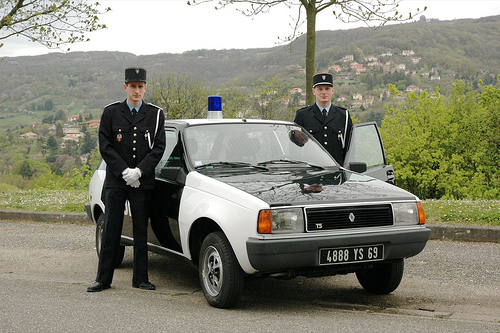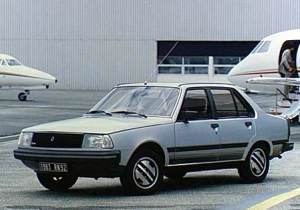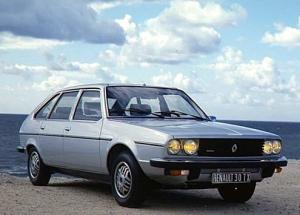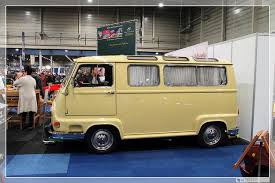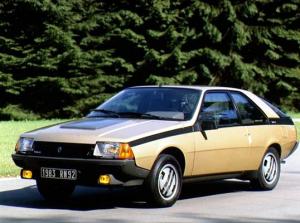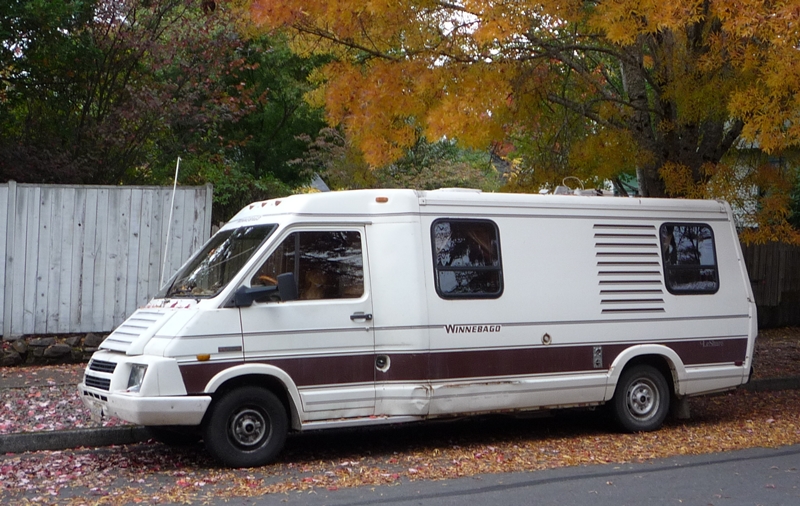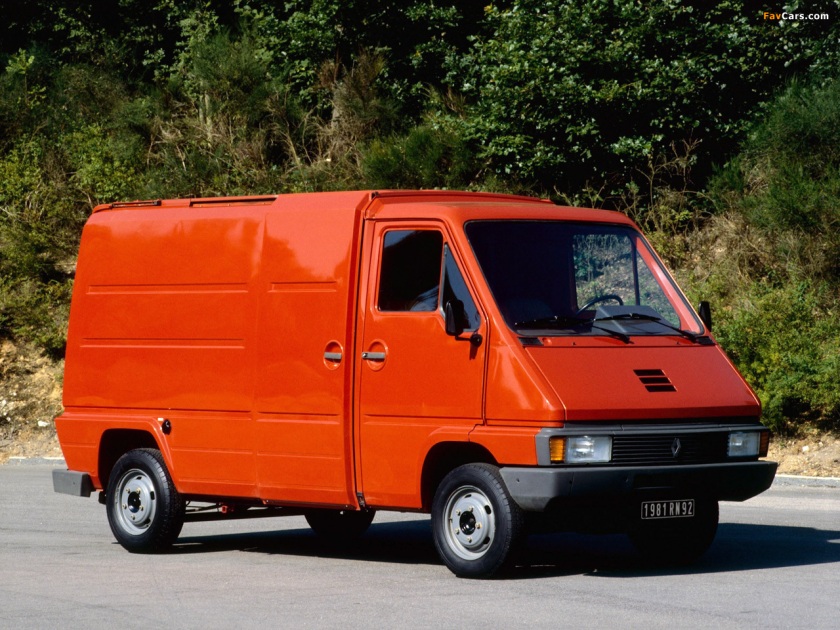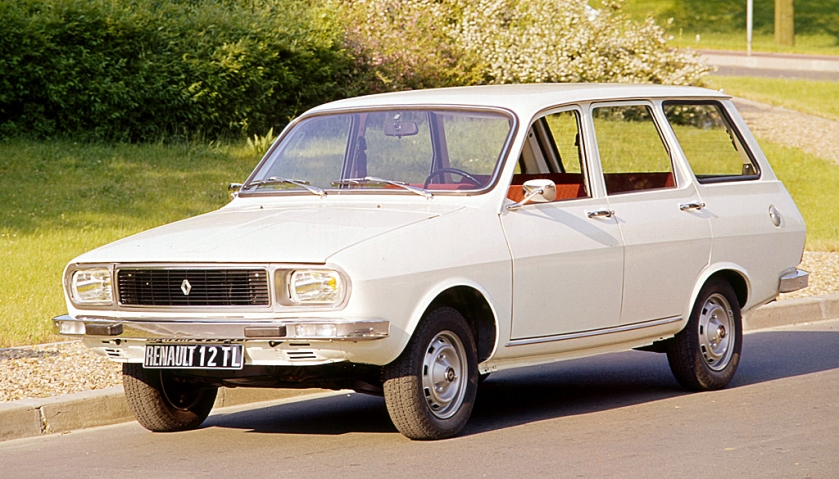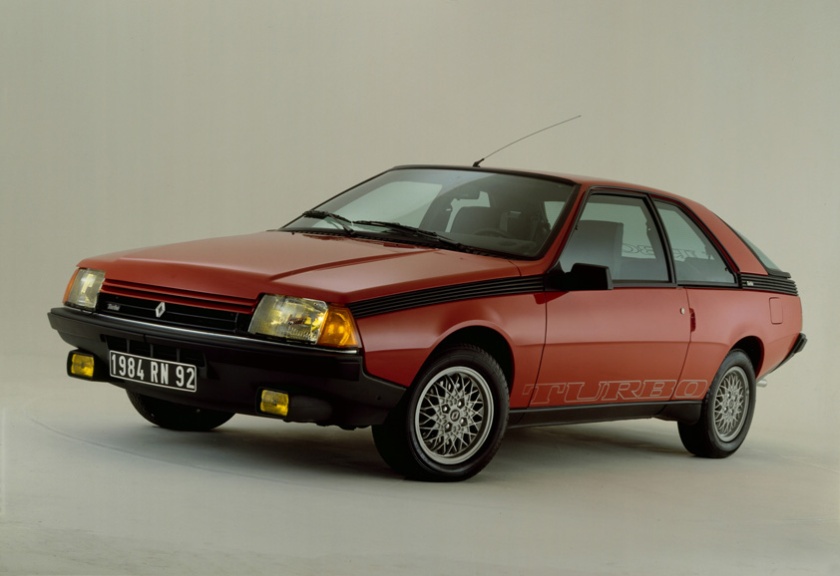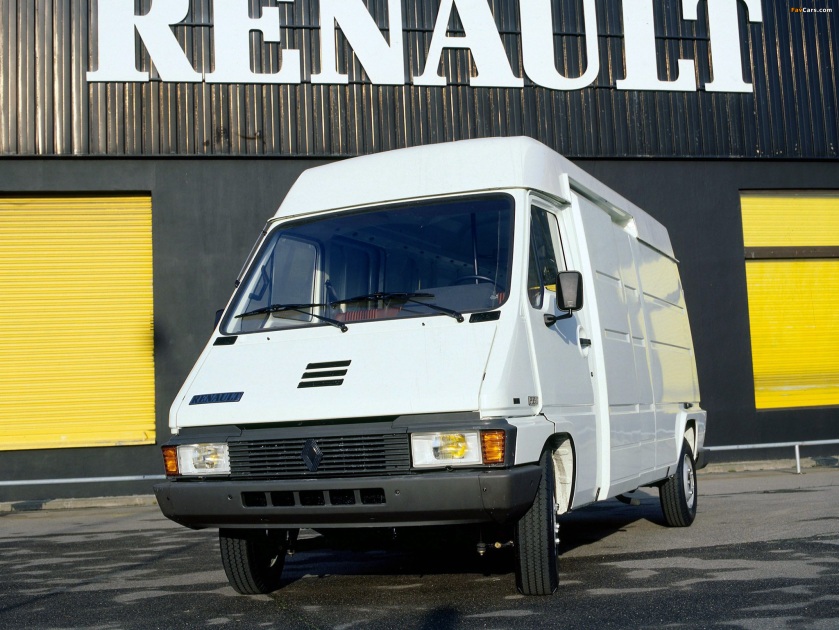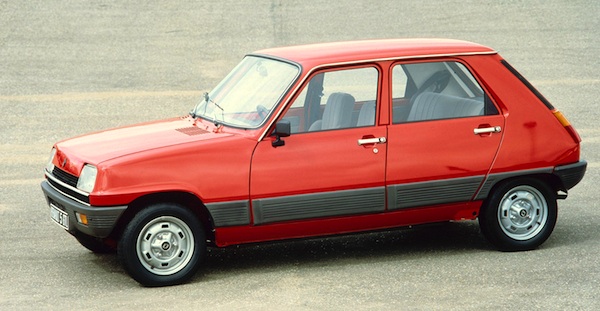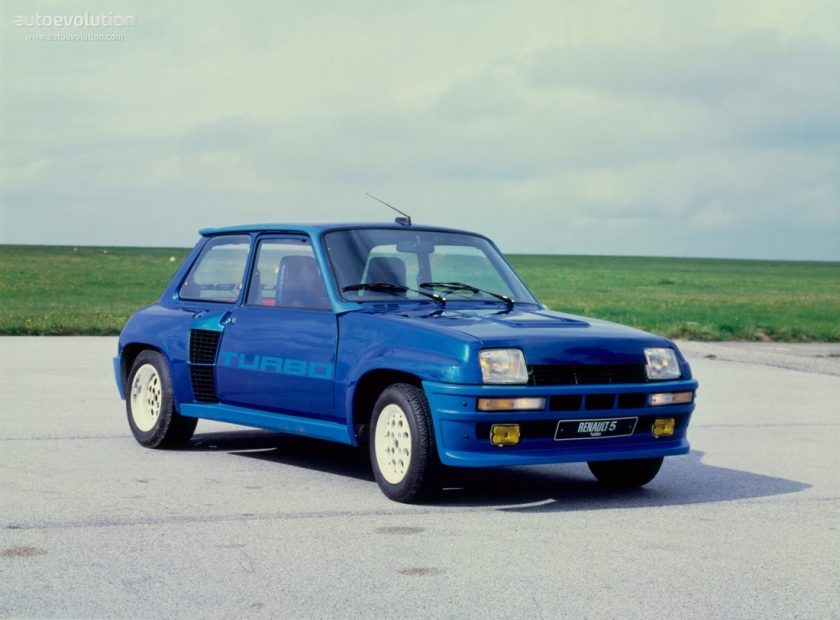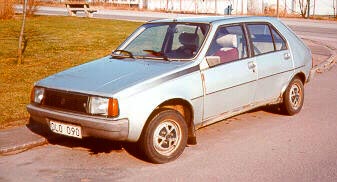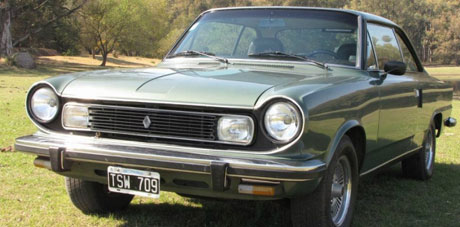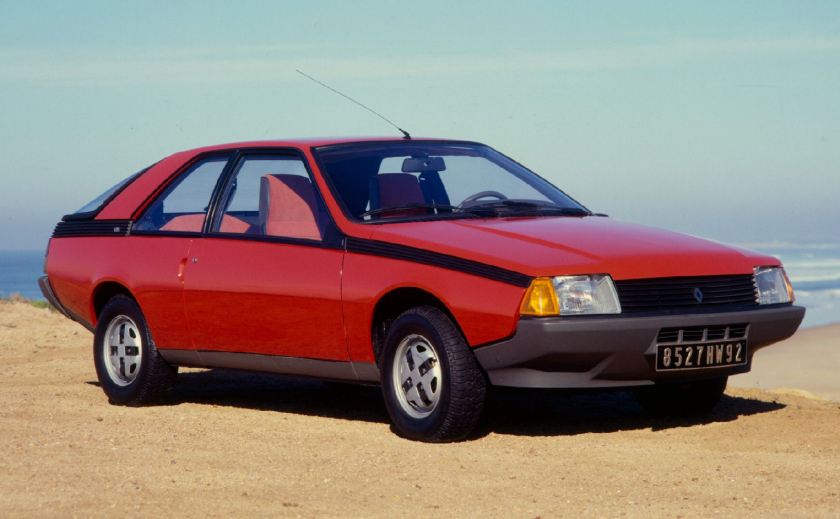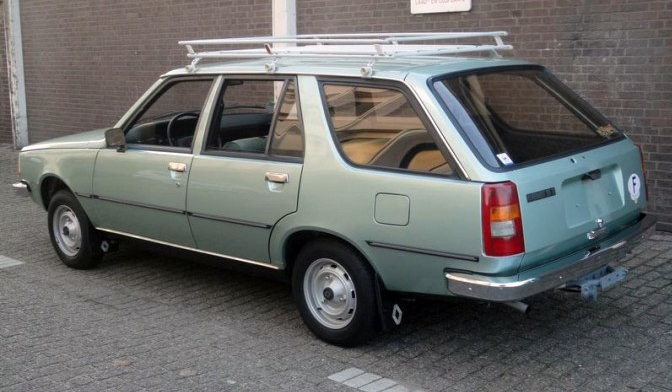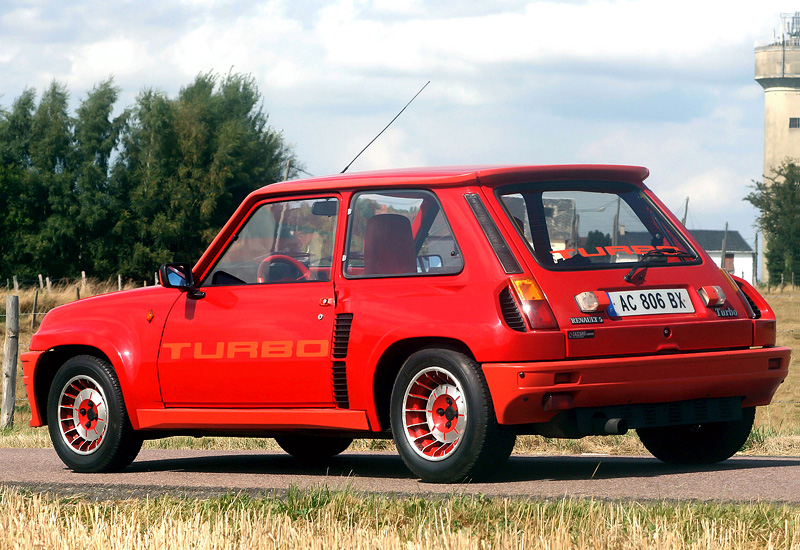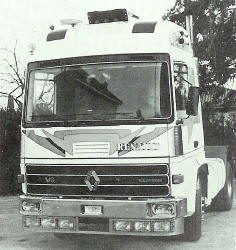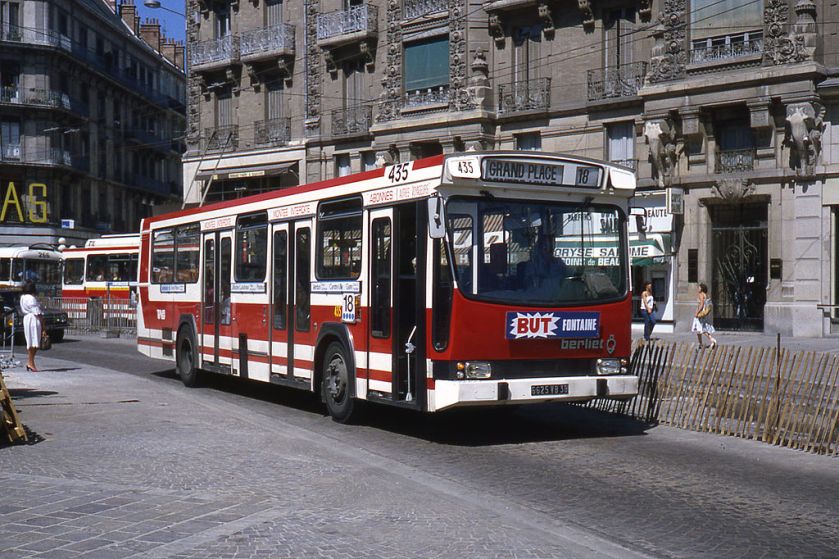|
|
|
|
Audi head office in Ingolstadt
|
|
| Aktiengesellschaft | |
| Traded as | FWB: NSU |
| Industry | Automotive |
| Predecessor | Auto Union GmbH NSU Motorenwerke AG |
| Founded | Historic Zwickau, Germany (25 April 1910) Modern-era Neckarsulm, Germany (1 January 1969) |
| Founder | August Horch |
| Headquarters | Ingolstadt, Germany |
|
Number of locations
|
11 production facilities in 9 countries |
|
Area served
|
Worldwide |
|
Key people
|
|
| Products | Luxury vehicles |
|
Production output
|
|
| Revenue | |
| Total assets | |
| Total equity | |
| Owner | Volkswagen Group (99.55%) |
|
Number of employees
|
84,435 (2015) |
| Divisions | |
| Subsidiaries |
|
| Website | audi.com |
| Footnotes / references Audi History: Chronicle, 2011 Annual Financial Report |
|
Audi AG (German: [ˈʔaʊ̯diː ʔaːˈgeː] (![]() listen)) is a German automobile manufacturer that designs, engineers, produces, markets and distributes luxury vehicles. Audi is a member of the Volkswagen Group and has its roots at Ingolstadt, Bavaria, Germany. Audi-branded vehicles are produced in nine production facilities worldwide.
listen)) is a German automobile manufacturer that designs, engineers, produces, markets and distributes luxury vehicles. Audi is a member of the Volkswagen Group and has its roots at Ingolstadt, Bavaria, Germany. Audi-branded vehicles are produced in nine production facilities worldwide.
The origins of the company are complex, going back to the early 20th century and the initial enterprises (Horch and the Audiwerke) founded by engineer August Horch; and two other manufacturers (DKW and Wanderer), leading to the foundation of Auto Union in 1932. The modern era of Audi essentially began in the 1960s when Auto Union was acquired by Volkswagen from Daimler-Benz. After relaunching the Audi brand with the 1965 introduction of the Audi F103 series, Volkswagen merged Auto Union with NSU Motorenwerke in 1969, thus creating the present day form of the company.
The company name is based on the Latin translation of the surname of the founder, August Horch. “Horch”, meaning “listen” in German, becomes “audi” in Latin. The four rings of the Audi logo each represent one of four car companies that banded together to create Audi’s predecessor company, Auto Union. Audi’s slogan is Vorsprung durch Technik, meaning “Being Ahead through Technology”. However, Audi USA had used the slogan “Truth in Engineering” from 2007 to 2016, and have not used the slogan since 2016. Audi, along with BMW and Mercedes-Benz, is among the best-selling luxury automobile brands in the world.
History
Birth of the company and its name
Automobile company Wanderer was originally established in 1885, later becoming a branch of Audi AG. Another company, NSU, which also later merged into Audi, was founded during this time, and later supplied the chassis for Gottlieb Daimler‘s four-wheeler.
On 14 November 1899, August Horch (1868–1951) established the company A. Horch & Cie. in the Ehrenfeld district of Cologne. In 1902, he moved with his company to Reichenbach im Vogtland. On 10 May 1904, he founded the August Horch & Cie. Motorwagenwerke AG, a joint-stock company in Zwickau (State of Saxony).
After troubles with Horch chief financial officer, August Horch left Motorwagenwerke and founded in Zwickau on 16 July 1909, his second company, the August Horch Automobilwerke GmbH. His former partners sued him for trademark infringement. The German Reichsgericht(Supreme Court) in Leipzig, eventually determined that the Horch brand belonged to his former company.
Since August Horch was prohibited from using “Horch” as a trade name in his new car business, he called a meeting with close business friends, Paul and Franz Fikentscher from Zwickau. At the apartment of Franz Fikentscher, they discussed how to come up with a new name for the company. During this meeting, Franz’s son was quietly studying Latin in a corner of the room. Several times he looked like he was on the verge of saying something but would just swallow his words and continue working, until he finally blurted out, “Father – audiatur et altera pars… wouldn’t it be a good idea to call it audi instead of horch?” “Horch!” in German means “Hark!” or “hear”, which is “Audi” in the singular imperative form of “audire” – “to listen” – in Latin. The idea was enthusiastically accepted by everyone attending the meeting. On 25 April 1910 the Audi Automobilwerke GmbH Zwickau (from 1915 on Audiwerke AG Zwickau) was entered in the company’s register of Zwickau registration court.
The first Audi automobile, the Audi Type A 10/22 hp (16 kW) Sport-Phaeton, was produced in the same year, followed by the successor Type B 10/28PS in the same year.
Audi started with a 2,612 cc inline-four engine model Type A, followed by a 3,564 cc model, as well as 4,680 cc and 5,720 cc models. These cars were successful even in sporting events. The first six-cylinder model Type M, 4,655 cc appeared in 1924.
August Horch left the Audiwerke in 1920 for a high position at the ministry of transport, but he was still involved with Audi as a member of the board of trustees. In September 1921, Audi became the first German car manufacturer to present a production car, the Audi Type K, with left-handed drive. Left-hand drive spread and established dominance during the 1920s because it provided a better view of oncoming traffic, making overtaking safer.
The merger of the four companies under the logo of four rings
In August 1928, Jørgen Rasmussen, the owner of Dampf-Kraft-Wagen (DKW), acquired the majority of shares in Audiwerke AG. In the same year, Rasmussen bought the remains of the U.S. automobile manufacturer Rickenbacker, including the manufacturing equipment for eight-cylinder engines. These engines were used in Audi Zwickau and Audi Dresden models that were launched in 1929. At the same time, six-cylinder and four-cylinder (the ”four” with a Peugeot engine) models were manufactured. Audi cars of that era were luxurious cars equipped with special bodywork.
In 1932, Audi merged with Horch, DKW, and Wanderer, to form Auto Union AG, Chemnitz. It was during this period that the company offered the Audi Front that became the first European car to combine a six-cylinder engine with front-wheel drive. It used a powertrain shared with the Wanderer, but turned 180-degrees, so that the drive shaft faced the front.
Before World War II, Auto Union used the four interlinked rings that make up the Audi badge today, representing these four brands. However, this badge was used only on Auto Union racing cars in that period while the member companies used their own names and emblems. The technological development became more and more concentrated and some Audi models were propelled by Horch or Wanderer built engines.
Reflecting the economic pressures of the time, Auto Union concentrated increasingly on smaller cars through the 1930s, so that by 1938 the company’s DKW brand accounted for 17.9% of the German car market, while Audi held only 0.1%. After the final few Audis were delivered in 1939 the “Audi” name disappeared completely from the new car market for more than two decades.
Post-World War II
Like most German manufacturing, at the onset of World War II the Auto Union plants were retooled for military production, and were a target for allied bombing during the war which left them damaged.
Overrun by the Soviet Army in 1945, on the orders of the Soviet Union military administration the factories were dismantled as part of war reparations. Following this, the company’s entire assets were expropriated without compensation. On 17 August 1948, Auto Union AG of Chemnitz was deleted from the commercial register. These actions had the effect of liquidating Germany’s Auto Union AG. The remains of the Audi plant of Zwickau became the VEB (for “People Owned Enterprise”) Automobilwerk Zwickau or AWZ (in English: Automobile Works Zwickau).
With no prospect of continuing production in Soviet-controlled East Germany, Auto Union executives began the process of relocating what was left of the company to West Germany. A site was chosen in Ingolstadt, Bavaria, to start a spare parts operation in late 1945, which would eventually serve as the headquarters of the reformed Auto Union in 1949.
The former Audi factory in Zwickau restarted assembly of the pre-war-models in 1949. These DKW models were renamed to IFA F8 and IFA F9 and were similar to the West German versions. West and East German models were equipped with the traditional and renowned DKW two-stroke engines. The Zwickau plant manufactured the infamous Trabant until 1991, when it came under Volkswagen control—effectively bringing it under the same umbrella as Audi since 1945.
New Auto Union unit
A new West German headquartered Auto Union was launched in Ingolstadt with loans from the Bavarian state government and Marshall Plan aid. The reformed company was launched 3 September 1949 and continued DKW’s tradition of producing front-wheel drive vehicles with two-stroke engines. This included production of a small but sturdy 125 cc motorcycle and a DKW delivery van, the DKW F89 Lat Ingolstadt. The Ingolstadt site was large, consisting of an extensive complex of formerly military buildings which was suitable for administration as well as vehicle warehousing and distribution, but at this stage there was at Ingolstadt no dedicated plant suitable for mass production of automobiles: for manufacturing the company’s first post-war mass-market passenger car plant capacity in Düsseldorf was rented from Rheinmetall-Borsig. It was only ten years later, after the company had attracted an investor, when funds became available for construction of major car plant at the Ingolstadt head office site.
In 1958, in response to pressure from Friedrich Flick, then the company’s largest single shareholder, Daimler-Benz took an 87% holding in the Auto Union company, and this was increased to a 100% holding in 1959. However, small two-stroke cars were not the focus of Daimler-Benz’s interests, and while the early 1960s saw major investment in new Mercedes models and in a state of the art factory for Auto Union’s, the company’s aging model range at this time did not benefit from the economic boom of the early 1960s to the same extent as competitor manufacturers such as Volkswagen and Opel. The decision to dispose of the Auto Union business was based on its lack of profitability. Ironically, by the time they sold the business, it also included a large new factory and near production-ready modern four-stroke engine, which would enable the Auto Union business, under a new owner, to embark on a period of profitable growth, now producing not Auto Unions or DKWs, but using the “Audi” name, resurrected in 1965 after a 25-year gap.
In 1964, Volkswagen acquired a 50% holding in the business, which included the new factory in Ingolstadt, the DKW and Audi brands along with the rights to the new engine design which had been funded by Daimler-Benz, who in return retained the dormant Horch trademark and the Düsseldorf factory which became a Mercedes-Benz van assembly plant. Eighteen months later, Volkswagen bought complete control of Ingolstadt, and by 1966 were using the spare capacity of the Ingolstadt plant to assemble an additional 60,000 Volkswagen Beetles per year. Two-stroke engines became less popular during the 1960s as customers were more attracted to the smoother four-stroke engines. In September 1965, the DKW F102 was fitted with a four-stroke engine and a facelift for the car’s front and rear. Volkswagen dumped the DKW brand because of its associations with two-stroke technology, and having classified the model internally as the F103, sold it simply as the “Audi”. Later developments of the model were named after their horsepower ratings and sold as the Audi 60, 75, 80, and Super 90, selling until 1972. Initially, Volkswagen was hostile to the idea of Auto Union as a standalone entity producing its own models having acquired the company merely to boost its own production capacity through the Ingolstadt assembly plant – to the point where Volkswagen executives ordered that the Auto Union name and flags bearing the four rings were removed from the factory buildings. Then VW chief Heinz Nordhoff explicitly forbade Auto Union from any further product development. Fearing that the Volkswagen had no long term ambition for the Audi brand, Auto Union engineers under the leadership of Ludwig Kraus developed the first Audi 100 in secret, without Nordhoff’s knowledge. When presented with a finished prototype, Nordhoff was so impressed he authorised the car for production, which when launched in 1968, went on to be a huge success. With this, the resurrection of the Audi brand was now complete, this being followed by the first generation Audi 80 in 1972, which would in turn provide a template for VW’s new front-wheel-drive water-cooled range which debuted from the mid-1970s onward.
In 1969, Auto Union merged with NSU, based in Neckarsulm, near Stuttgart. In the 1950s, NSU had been the world’s largest manufacturer of motorcycles, but had moved on to produce small cars like the NSU Prinz, the TT and TTS versions of which are still popular as vintage race cars. NSU then focused on new rotary engines based on the ideas of Felix Wankel. In 1967, the new NSU Ro 80 was a car well ahead of its time in technical details such as aerodynamics, light weight, and safety. However, teething problems with the rotary engines put an end to the independence of NSU. The Neckarsulm plant is now used to produce the larger Audi models A6 and A8. The Neckarsulm factory is also home of the “quattro GmbH” (from November 2016 “Audi Sport GmbH“), a subsidiary responsible for development and production of Audi high-performance models: the R8 and the “RS” model range.
Modern era
The new merged company was incorporated on 1 January 1969 and was known as Audi NSU Auto Union AG, with its headquarters at NSU’s Neckarsulm plant, and saw the emergence of Audi as a separate brand for the first time since the pre-war era. Volkswagen introduced the Audi brand to the United States for the 1970 model year. That same year, the mid-sized car that NSU had been working on, the K70, originally intended to slot between the rear-engined Prinz models and the futuristic NSU Ro 80, was instead launched as a Volkswagen.
After the launch of the Audi 100 of 1968, the Audi 80/Fox (which formed the basis for the 1973 Volkswagen Passat) followed in 1972 and the Audi 50 (later rebadged as the Volkswagen Polo) in 1974. The Audi 50 was a seminal design because it was the first incarnation of the Golf/Polo concept, one that led to a hugely successful world car. Ultimately, the Audi 80 and 100 (progenitors of the A4 and A6, respectively) became the company’s biggest sellers, whilst little investment was made in the fading NSU range; the Prinz models were dropped in 1973 whilst the fatally flawed NSU Ro80 went out of production in 1977, spelling the effective end of the NSU brand. Production of the Audi 100 had been steadily moved from Ingolstadt to Neckarsulm as the 1970s had progressed, any by the appearance of the second generation C2 version in 1976, all production was now at the former NSU plant. Neckarsulm from that point onward would produce Audi’s higher end models.
The Audi image at this time was a conservative one, and so, a proposal from chassis engineer Jörg Bensinger was accepted to develop the four-wheel drive technology in Volkswagen‘s Iltis military vehicle for an Audi performance car and rally racing car. The performance car, introduced in 1980, was named the “Audi Quattro“, a turbocharged coupé which was also the first German large-scale production vehicle to feature permanent all-wheel drive through a centre differential. Commonly referred to as the “Ur-Quattro” (the “Ur-” prefix is a German augmentative used, in this case, to mean “original” and is also applied to the first generation of Audi’s S4 and S6 Sport Saloons, as in “UrS4” and “UrS6”), few of these vehicles were produced (all hand-built by a single team), but the model was a great success in rallying. Prominent wins proved the viability of all-wheel drive racecars, and the Audi name became associated with advances in automotive technology.
In 1985, with the Auto Union and NSU brands effectively dead, the company’s official name was now shortened to simply Audi AG. At the same time the company’s headquarters moved back to Ingolstadt and two new wholly owned subsidiaries; Auto Union GmbH and NSU GmbH, were formed to own and manage the historical trademarks and intellectual property of the original constituent companies (the exception being Horch, which had been retained by Daimler-Benz after the VW takeover), and to operate Audi’s heritage operations.
In 1986, as the Passat-based Audi 80 was beginning to develop a kind of “grandfather’s car” image, the type 89 was introduced. This completely new development sold extremely well. However, its modern and dynamic exterior belied the low performance of its base engine, and its base package was quite spartan (even the passenger-side mirror was an option.) In 1987, Audi put forward a new and very elegant Audi 90, which had a much superior set of standard features. In the early 1990s, sales began to slump for the Audi 80 series, and some basic construction problems started to surface.
In the early part of the 21st century, Audi set forth on a German racetrack to claim and maintain several world records, such as top speed endurance. This effort was in-line with the company’s heritage from the 1930s racing era Silver Arrows.
Through the early 1990s, Audi began to shift its target market upscale to compete against German automakers Mercedes-Benz and BMW. This began with the release of the Audi V8 in 1990. It was essentially a new engine fitted to the Audi 100/200, but with noticeable bodywork differences. Most obvious was the new grille that was now incorporated in the bonnet.
By 1991, Audi had the four-cylinder Audi 80, the 5-cylinder Audi 90 and Audi 100, the turbocharged Audi 200 and the Audi V8. There was also a coupe version of the 80/90 with both 4- and 5-cylinder engines.
Although the five-cylinder engine was a successful and robust powerplant, it was still a little too different for the target market. With the introduction of an all-new Audi 100 in 1992, Audi introduced a 2.8L V6 engine. This engine was also fitted to a face-lifted Audi 80 (all 80 and 90 models were now badged 80 except for the USA), giving this model a choice of four-, five-, and six-cylinder engines, in Saloon, Coupé and Cabriolet body styles.
The five-cylinder was soon dropped as a major engine choice; however, a turbocharged 230 hp (170 kW) version remained. The engine, initially fitted to the 200 quattro 20V of 1991, was a derivative of the engine fitted to the Sport Quattro. It was fitted to the Audi Coupé, and named the S2 and also to the Audi 100 body, and named the S4. These two models were the beginning of the mass-produced S seriesof performance cars.
Audi 5000 unintended acceleration allegations
Sales in the United States fell after a series of recalls from 1982 to 1987 of Audi 5000 models associated with reported incidents of sudden unintended acceleration linked to six deaths and 700 accidents. At the time, NHTSA was investigating 50 car models from 20 manufacturers for sudden surges of power.
A 60 Minutes report aired 23 November 1986, featuring interviews with six people who had sued Audi after reporting unintended acceleration, showing an Audi 5000 ostensibly suffering a problem when the brake pedal was pushed. Subsequent investigation revealed that 60 Minutes had engineered the failure – fitting a canister of compressed air on the passenger-side floor, linked via a hose to a hole drilled into the transmission.
Audi contended, prior to findings by outside investigators, that the problems were caused by driver error, specifically pedal misapplication. Subsequently, the National Highway Traffic Safety Administration (NHTSA) concluded that the majority of unintended acceleration cases, including all the ones that prompted the 60 Minutes report, were caused by driver error such as confusion of pedals. CBS did not acknowledge the test results of involved government agencies, but did acknowledge the similar results of another study.
In a review study published in 2012, NHTSA summarized its past findings about the Audi unintended acceleration problems: “Once an unintended acceleration had begun, in the Audi 5000, due to a failure in the idle-stabilizer system (producing an initial acceleration of 0.3g), pedal misapplication resulting from panic, confusion, or unfamiliarity with the Audi 5000 contributed to the severity of the incident.”
This summary is consistent with the conclusions of NHTSA’s most technical analysis at the time: “Audi idle-stabilization systems were prone to defects which resulted in excessive idle speeds and brief unanticipated accelerations of up to 0.3g [which is similar in magnitude to an emergency stop in a subway car]. These accelerations could not be the sole cause of [(long-duration) sudden acceleration incidents (SAI)], but might have triggered some SAIs by startling the driver. The defective idle-stabilization system performed a type of electronic throttle control. Significantly: multiple “intermittent malfunctions of the electronic control unit were observed and recorded … and [were also observed and] reported by Transport Canada.”
With a series of recall campaigns, Audi made several modifications; the first adjusted the distance between the brake and accelerator pedal on automatic-transmission models. Later repairs, of 250,000 cars dating back to 1978, added a device requiring the driver to press the brake pedal before shifting out of park. A legacy of the Audi 5000 and other reported cases of sudden unintended acceleration are intricate gear stick patterns and brake interlock mechanisms to prevent inadvertent shifting into forward or reverse. It is unclear how the defects in the idle-stabilization system were addressed.
Audi’s U.S. sales, which had reached 74,061 in 1985, dropped to 12,283 in 1991 and remained level for three years. – with resale values falling dramatically. Audi subsequently offered increased warranty protection and renamed the affected models – with the 5000 becoming the 100 and 200 in 1989 – and reached the same sales levels again only by model year 2000.
A 2010 BusinessWeek article – outlining possible parallels between Audi’s experience and 2009–2010 Toyota vehicle recalls – noted a class-action lawsuit filed in 1987 by about 7,500 Audi 5000-model owners remains unsettled and is remains contested in Chicago‘s Cook Countyafter appeals at the Illinois state and U.S. federal levels.
Model introductions
In the mid-to-late 1990s, Audi introduced new technologies including the use of aluminum construction. Produced from 1999 to 2005, the Audi A2 was a futuristic super mini, born from the Al2 concept, with many features that helped regain consumer confidence, like the aluminium space frame, which was a first in production car design. In the A2 Audi further expanded their TDI technology through the use of frugal three-cylinder engines. The A2 was extremely aerodynamic and was designed around a wind tunnel. The Audi A2 was criticised for its high price and was never really a sales success but it planted Audi as a cutting-edge manufacturer. The model, a Mercedes-Benz A-Class competitor, sold relatively well in Europe. However, the A2 was discontinued in 2005 and Audi decided not to develop an immediate replacement.
The next major model change came in 1995 when the Audi A4 replaced the Audi 80. The new nomenclature scheme was applied to the Audi 100 to become the Audi A6 (with a minor facelift). This also meant the S4 became the S6 and a new S4 was introduced in the A4 body. The S2 was discontinued. The Audi Cabriolet continued on (based on the Audi 80 platform) until 1999, gaining the engine upgrades along the way. A new A3 hatchback model (sharing the Volkswagen Golf Mk4‘s platform) was introduced to the range in 1996, and the radical Audi TT coupé and roadster were debuted in 1998 based on the same underpinnings.
The engines available throughout the range were now a 1.4 L, 1.6 L and 1.8 L four-cylinder, 1.8 L four-cylinder turbo, 2.6 L and 2.8 L V6, 2.2 L turbo-charged five-cylinder and the 4.2 L V8 engine. The V6s were replaced by new 2.4 L and 2.8 L 30V V6s in 1998, with marked improvement in power, torque and smoothness. Further engines were added along the way, including a 3.7 L V8 and 6.0 L W12 engine for the A8.
Audi AG today
Audi’s sales grew strongly in the 2000s, with deliveries to customers increasing from 653,000 in 2000 to 1,003,000 in 2008. The largest sales increases came from Eastern Europe (+19.3%), Africa (+17.2%) and the Middle East (+58.5%). China in particular has become a key market, representing 108,000 out of 705,000 cars delivered in the first three quarters of 2009. One factor for its popularity in China is that Audis have become the car of choice for purchase by the Chinese government for officials, and purchases by the government are responsible for 20% of its sales in China. As of late 2009, Audi’s operating profit of €1.17-billion ($1.85-billion) made it the biggest contributor to parent Volkswagen Group’s nine-month operating profit of €1.5-billion, while the other marques in Group such as Bentley and SEAT had suffered considerable losses. May 2011 saw record sales for Audi of America with the new Audi A7 and Audi A3 TDI Clean Diesel. In May 2012, Audi reported a 10% increase in its sales—from 408 units to 480 in the last year alone.
Audi manufactures vehicles in seven plants around the world, some of which are shared with other VW Group marques although many sub-assemblies such as engines and transmissions are manufactured within other Volkswagen Group plants.
Audi’s two principal assembly plants are:
- Ingolstadt, Opened by Auto Union in 1964, (A3, A4, A5, Q5)
- Neckarsulm, Acquired from NSU in 1969 (A4, A6, A7, A8, R8 & all RS variants)
Outside of Germany, Audi produces vehicles at:
- Aurangabad, India since 2006
- Bratislava, Slovakia, shared with Volkswagen, SEAT, Škoda and Porsche (Q7)
- Brussels, Belgium, acquired from Volkswagen in 2007 (A1)
- Changchun, China since 1995
- Győr, Hungary, (TT and some A3 variants)
- Jakarta, Indonesia since 2011
- Martorell, Spain shared with SEAT and Volkswagen (Q3)
- San José Chiapa, Mexico (Q5)
In September 2012, Audi announced the construction of its first North American manufacturing plant in Puebla, Mexico. This plant is expected to be operative in 2016 and produce the second generation Q5.
From 2002 up to 2003, Audi headed the Audi Brand Group, a subdivision of the Volkswagen Group’s Automotive Division consisting of Audi, Lamborghini and SEAT, that was focused on sporty values, with the marques’ product vehicles and performance being under the higher responsibility of the Audi brand.
On January 2014, Audi, along with the Wireless Power Consortium, operated a booth which demonstrated a phone compartment using the Qi open interface standard at the Consumer Electronics Show (CES). In May, most of the Audi dealers in UK falsely claimed that the Audi A7, A8, and R8 were Euro NCAP safety tested, all achieving five out of five stars. In fact none were tested.
In 2015, Audi admitted that at least 2.1 million Audi cars had been involved in the Volkswagen emissions testing scandal in which software installed in the cars manipulated emissions data to fool regulators and allow the cars to pollute at higher than government-mandated levels. The A1, A3, A4, A5, A6, TT, Q3 and Q5 models were implicated in the scandal. Audi promised to quickly find a technical solution and upgrade the cars so they can function within emissions regulations. Ulrich Hackenberg, the head of research and development at Audi, was suspended in relation to the scandal. Despite widespread media coverage about the scandal through the month of September, Audi reported that U.S. sales for the month had increased by 16.2%. Audi’s parent company Volkswagen announced on 18 June 2018 that Audi chief executive Rupert Stadler had been arrested.
In November 2015, the U.S. Environmental Protection Agency implicated the 3-liter diesel engine versions of the 2016 Audi A6 Quattro, A7 Quattro, A8, A8L and the Q5 as further models that had emissions regulation defeat-device software installed. Thus, these models emitted nitrogen oxide at up to nine times the legal limit when the car detected that it was not hooked up to emissions testing equipment.
In November 2016, Audi expressed an intention to establish an assembly factory in Pakistan, with the company’s local partner acquiring land for a plant in Korangi Creek Industrial Park in Karachi. Approval of the plan would lead to an investment of $30 million in the new plant.
Technology
Audi AI
Audi AI is a driver assist feature offered by Audi. The company’s stated intent is to offer fully autonomous driving at a future time, acknowledging that legal, regulatory and technical hurdles must be overcome to achieve this goal. On June 4, 2017, Audi stated that its new A8 will be fully self-driving for speeds up to 60 km/h using its Audi AI. Contrary to other cars, the driver will not have to do safety checks such as touching the steering wheel every 15 seconds to use this feature. The Audi A8 will therefore be the first production car to reach level 3 autonomous driving, meaning that the driver can safely turn their attention away from driving tasks, e.g. the driver can text or watch a movie. Audi will also be the first manufacturer to use a 3D LIDAR system in addition to cameras and ultrasonic sensors for their AI.
Bodyshells
Audi produces 100% galvanised cars to prevent corrosion, and was the first mass-market vehicle to do so, following introduction of the process by Porsche, c. 1975. Along with other precautionary measures, the full-body zinc coating has proved to be very effective in preventing rust. The body’s resulting durability even surpassed Audi’s own expectations, causing the manufacturer to extend its original 10-year warranty against corrosion perforation to currently 12 years (except for aluminium bodies which do not rust).
Space frame
Audi introduced a new series of vehicles in the mid-1990s and continues to pursue new technology and high performance. An all-aluminium car was brought forward by Audi, and in 1994 the Audi A8was launched, which introduced aluminium space frame technology (called Audi Space Frame or ASF) which saves weight and improves torsion rigidity compared to a conventional steel frame. Prior to that effort, Audi used examples of the Type 44 chassis fabricated out of aluminium as test-beds for the technique. The disadvantage of the aluminium frame is that it is very expensive to repair and requires a specialized aluminium bodyshop. The weight reduction is somewhat offset by the quattro four-wheel drive system which is standard in most markets. Nonetheless, the A8 is usually the lightest all-wheel drive car in the full-size luxury segment, also having best-in-class fuel economy. The Audi A2, Audi TT and Audi R8 also use Audi Space Frame designs.
Drivetrains
Layout
For most of its lineup (excluding the A3, A1, and TT models), Audi has not adopted the transverse engine layout which is typically found in economy cars (such as Peugeot and Citroën), since that would limit the type and power of engines that can be installed. To be able to mount powerful engines (such as a V8 engine in the Audi S4 and Audi RS4, as well as the W12 engine in the Audi A8L W12), Audi has usually engineered its more expensive cars with a longitudinally front-mounted engine, in an “overhung” position, over the front wheels in front of the axle line – this layout dates back to the DKW and Auto Union saloons from the 1950s. But while this allows for the easy adoption of all-wheel drive, it goes against the ideal 50:50 weight distribution.
In all its post Volkswagen-era models, Audi has firmly refused to adopt the traditional rear-wheel drive layout favored by its two archrivals Mercedes-Benz and BMW, favoring either front-wheel drive or all-wheel drive. The majority of Audi’s lineup in the United States features all-wheel drive standard on most of its expensive vehicles (only the entry-level trims of the A4 and A6 are available with front-wheel drive), in contrast to Mercedes-Benz and BMW whose lineup treats all-wheel drive as an option. BMW did not offer all-wheel drive on its V8-powered cars (as opposed to crossover SUVs) until the 2010 BMW 7 Series and 2011 BMW 5 Series, while the Audi A8 has had all-wheel drive available/standard since the 1990s. Regarding high-performance variants, Audi S and RS models have always had all-wheel drive, unlike their direct rivals from BMW M and Mercedes-AMG whose cars are rear-wheel drive only (although their performance crossover SUVs are all-wheel drive).
Audi has recently applied the quattro badge to models such as the A3 and TT which do not use the Torsen-based system as in prior years with a mechanical center differential, but with the Haldex Traction electro-mechanical clutch AWD system.
Engines
Prior to the introduction of the Audi 80 and Audi 50 in 1972 and 1974, respectively, Audi had led the development of the EA111 and EA827 inline-four engine families. These new power units underpinned the water-cooled revival of parent company Volkswagen (in the Polo, Golf, Passat and Scirocco), whilst the many derivatives and descendants of these two basic engine designs have appeared in every generation of VW Group vehicles right up to the present day.
In the 1980s, Audi, along with Volvo, was the champion of the inline-five cylinder, 2.1/2.2 L engine as a longer-lasting alternative to more traditional six-cylinder engines. This engine was used not only in production cars but also in their race cars. The 2.1 L inline five-cylinder engine was used as a base for the rally cars in the 1980s, providing well over 400 horsepower (300 kilowatts) after modification. Before 1990, there were engines produced with a displacement between 2.0 L and 2.3 L. This range of engine capacity allowed for both fuel economy and power.
For the ultra-luxury version of its Audi A8 fullsize luxury flagship sedan, the Audi A8L W12, Audi uses the Volkswagen Group W12 engine instead of the conventional V12 engine favored by rivals Mercedes-Benz and BMW. The W12 engine configuration (also known as a “WR12”) is created by forming two imaginary narrow-angle 15° VR6 engines at an angle of 72°, and the narrow angle of each set of cylinders allows just two overhead camshafts to drive each pair of banks, so just four are needed in total. The advantage of the W12 engine is its compact packaging, allowing Audi to build a 12-cylinder sedan with all-wheel drive, whereas a conventional V12 engine could have only a rear-wheel drive configuration as it would have no space in the engine bay for a differential and other components required to power the front wheels. In fact, the 6.0 L W12 in the Audi A8L W12 is smaller in overall dimensions than the 4.2 L V8 that powers the Audi A8 4.2 variants. The 2011 Audi A8 debuted a revised 6.3-litre version of the W12 (WR12) engine with 500 PS (370 kW; 490 hp).
Fuel Stratified Injection
New models of the A3, A4, A6 and A8 have been introduced, with the ageing 1.8-litre engine now having been replaced by new Fuel Stratified Injection (FSI) engines. Nearly every petroleum burning model in the range now incorporates this fuel-saving technology.
Direct-Shift Gearbox
In 2003 Volkswagen introduced the Direct-Shift Gearbox (DSG), a type of dual clutch transmission. It is an automated semi-automatic transmission, drivable like a conventional automatic transmission. Based on the gearbox found in the Group B S1, the system includes dual electrohydraulically controlled clutches instead of a torque converter. This is implemented in some VW Golfs, Audi A3, Audi A4 and TT models where DSG is called S-tronic.
LED daytime running lights
Beginning in 2005, Audi has implemented white LED technology as daytime running lights (DRL) in their products. The distinctive shape of the DRLs has become a trademark of sorts. LEDs were first introduced on the Audi A8 W12, the world’s first production car to have LED DRLs, and have since spread throughout the entire model range. The LEDs are present on some Audi billboards.
Since 2010, Audi has also offered the LED technology in low- and high-beam headlights.
Multi Media Interface
Audi cars
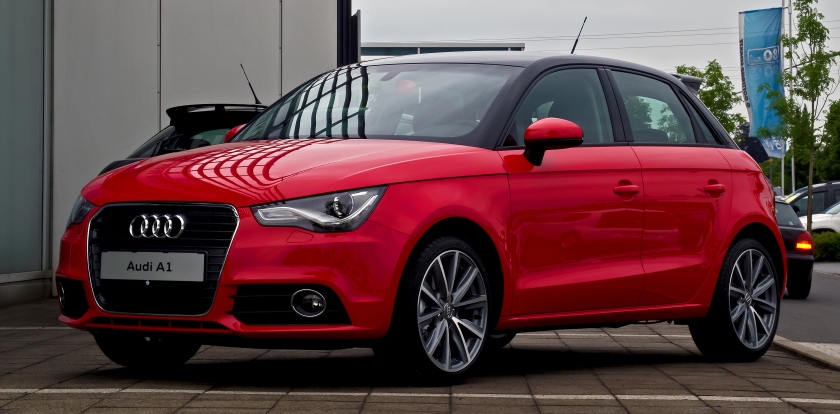
2012 Audi A1 Sportback 1.4 TFSI Ambition – A1 – Supermini –
3-door Hatchback – 5-door Hatchback – Sportback (5-door Hatchback)
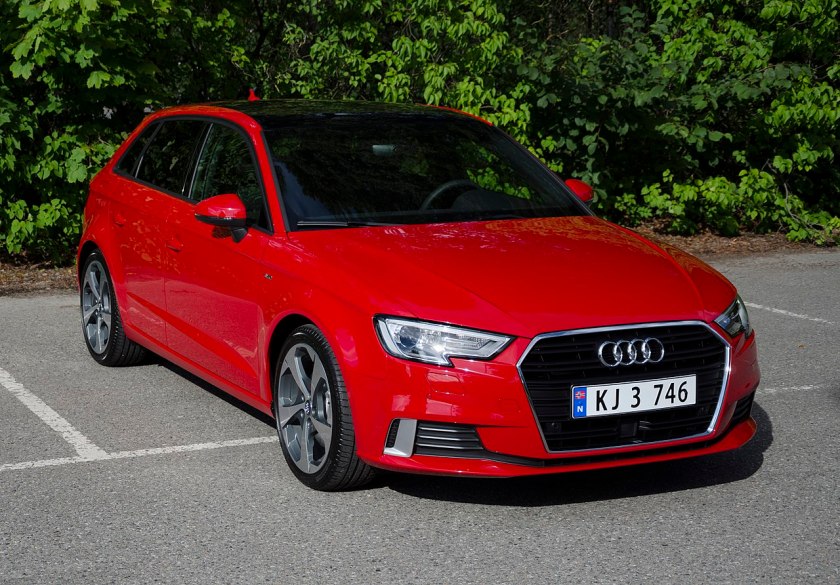
2017 Audi A3 SportBack 2.0 TFSI S-line – A3 – Small Family car
3-door Hatchback – Saloon (Sedan) – Sportback (5-door Hatchback) – Cabriolet
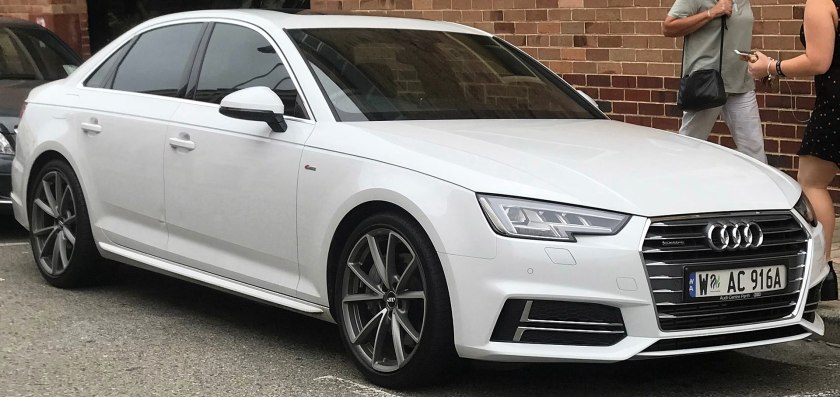
2017 Audi A4 (8W) S-Line quattro sedan – A4 – Compact
Executive Car – Saloon (Sedan) – Avant (Estate/Wagon) – Allroad (Crossover
Estate/Wagon)
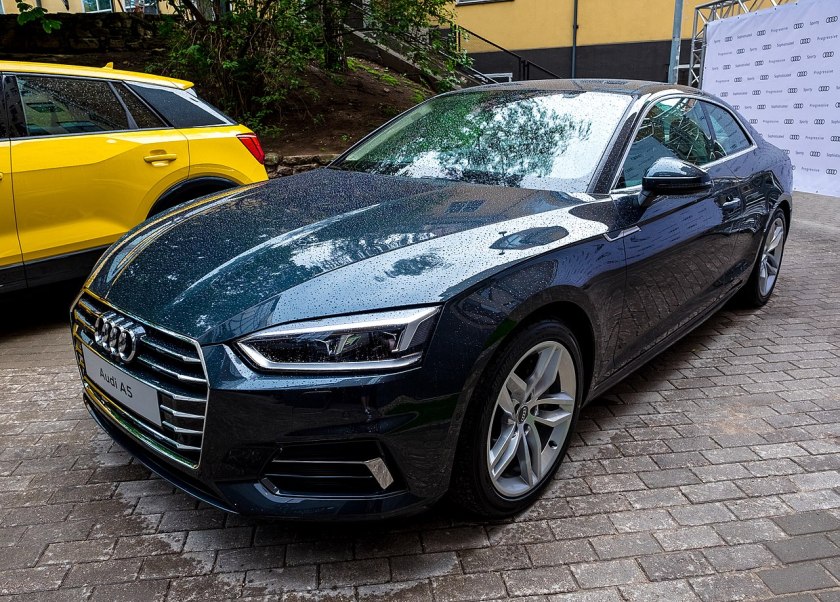
2016 Audi A5 II coupé – A5 – Compact
Executive Car – Coupé – Sportback (5-door Hatchback) – Cabriolet (Convertible)
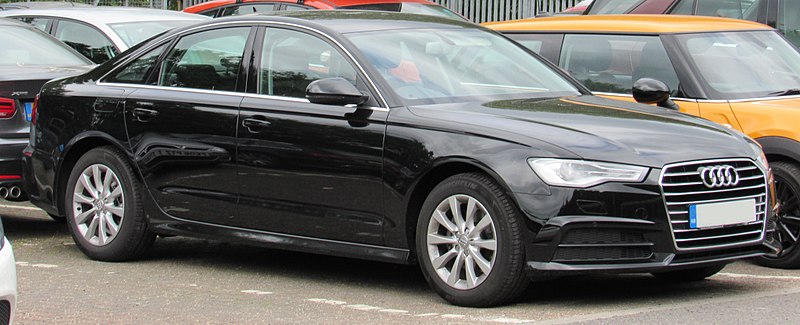
2017 Audi A6 2.0 – A6 – Executive Car – Saloon (Sedan) – Avant (Estate/Wagon) – Allroad (Crossover Estate/Wagon)
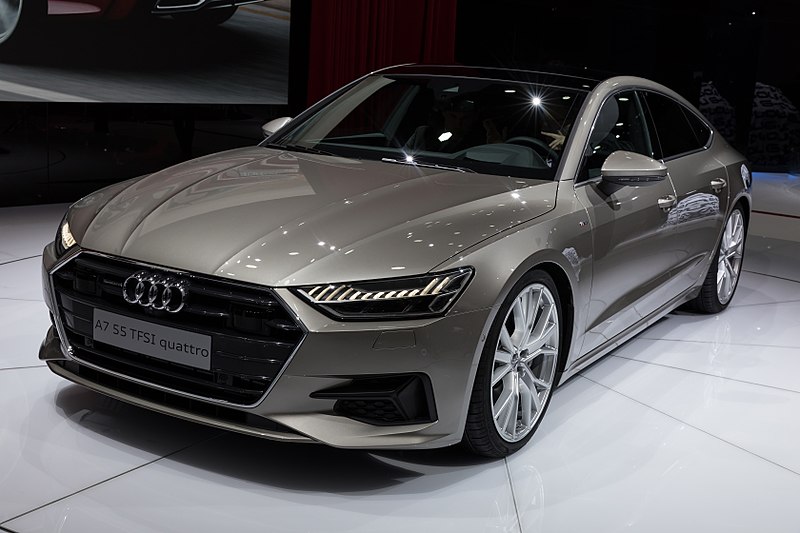
2018 Audi A7 55 TFSI Quattro – A7 – Executive Car – Sportback (5-door Hatchback)
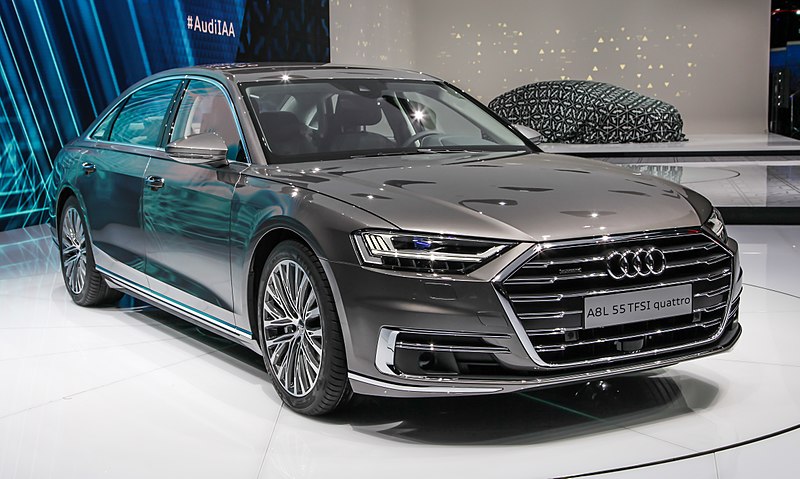
2017 Audi A8L 55 TFSI Quattro D5 – A8 – Full-size
Luxury Car – Saloon (Sedan)
Audi coupés and SUVs
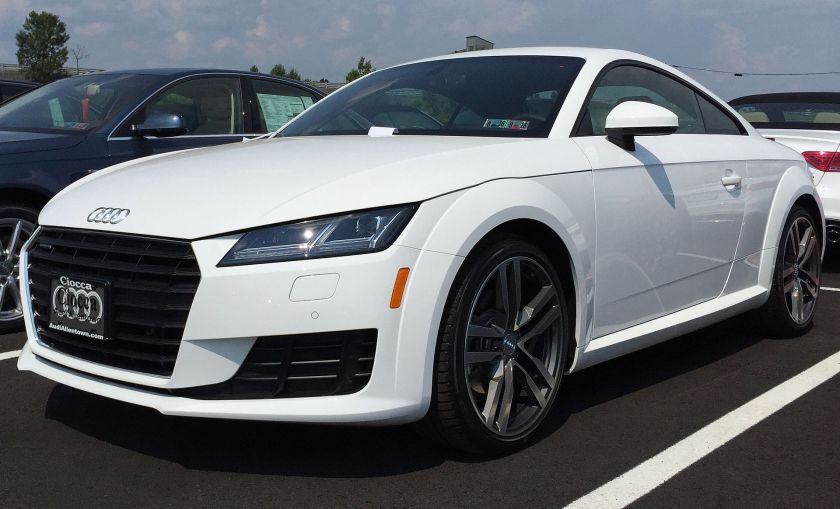
2015 Audi TT (20444900760) – TT – Compact Sports Car – Coupé – Roadster (Convertible)
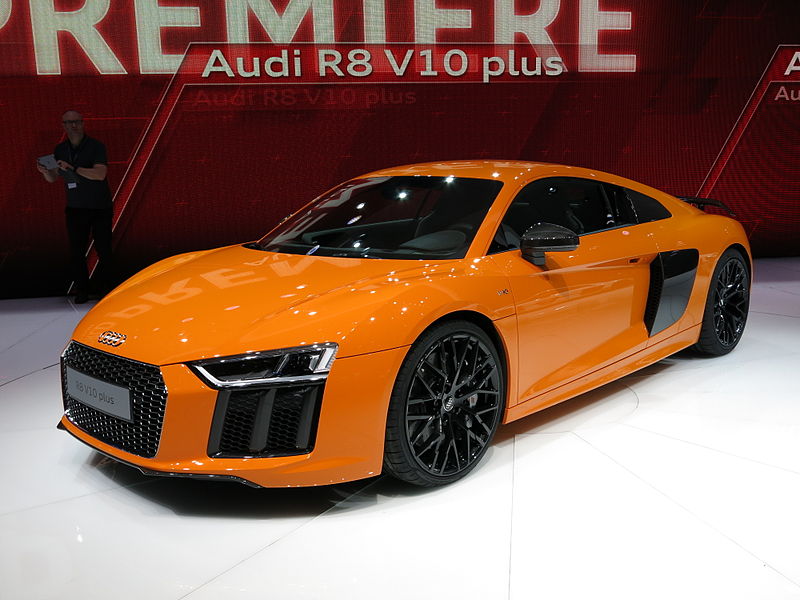
2015 Audi R8 V10 Plus – R8 – Sports Car – Coupé – Spyder (Convertible)
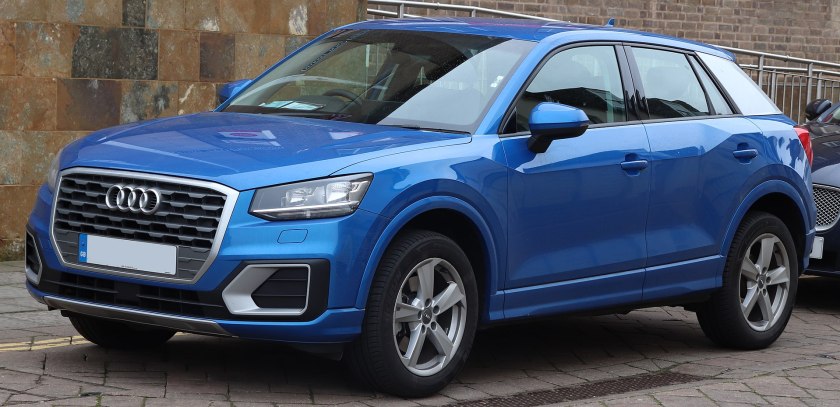
2017 Audi Q2 Sport TDi 1.6 – Q2 – Subcompact Crossover SUV – SUV
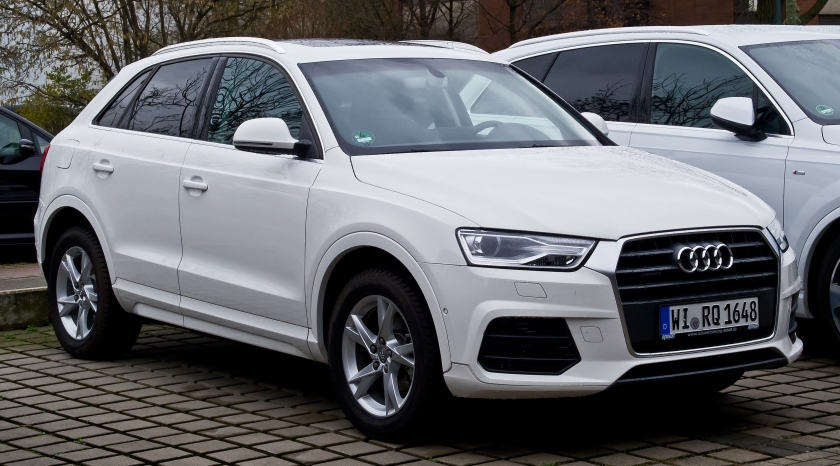
2016 Audi Q3 quattro Sport (Facelift) – Q3 – Compact Crossover SUV – SUV
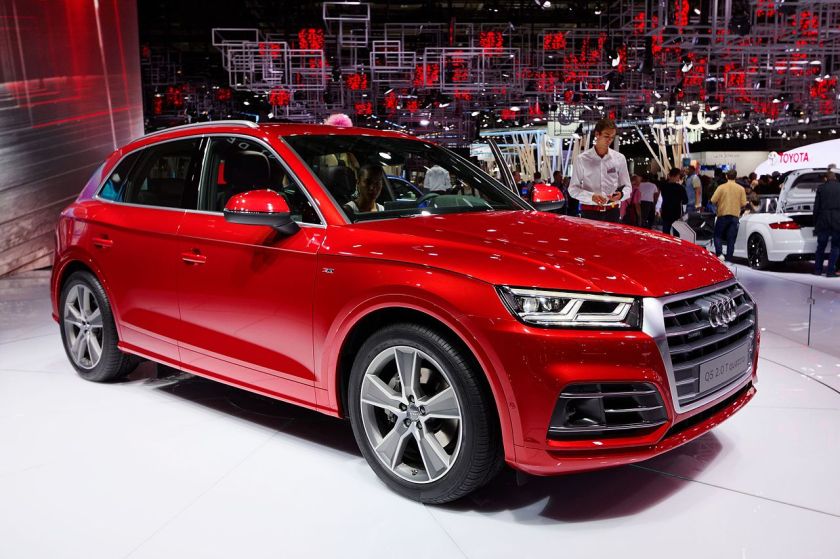
2016 Audi Q5 2.0 T quattro – Q5 – Compact Crossover SUV – SUV
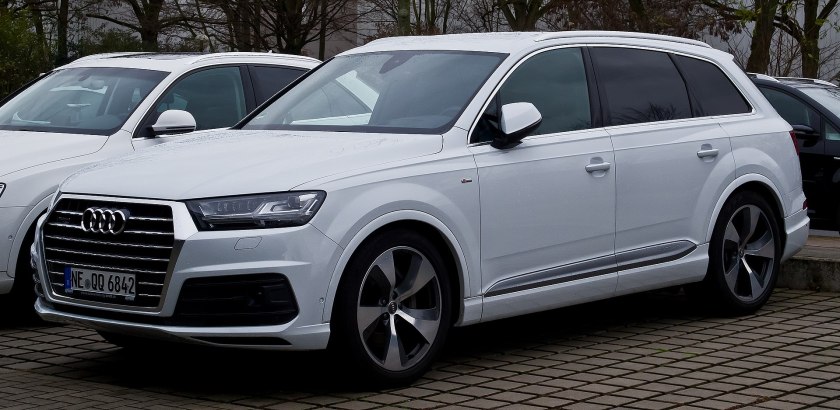
2016 Audi Q7 3.0 TDI quattro S-line (II) – Q7 – Full-size Crossover SUV – SUV
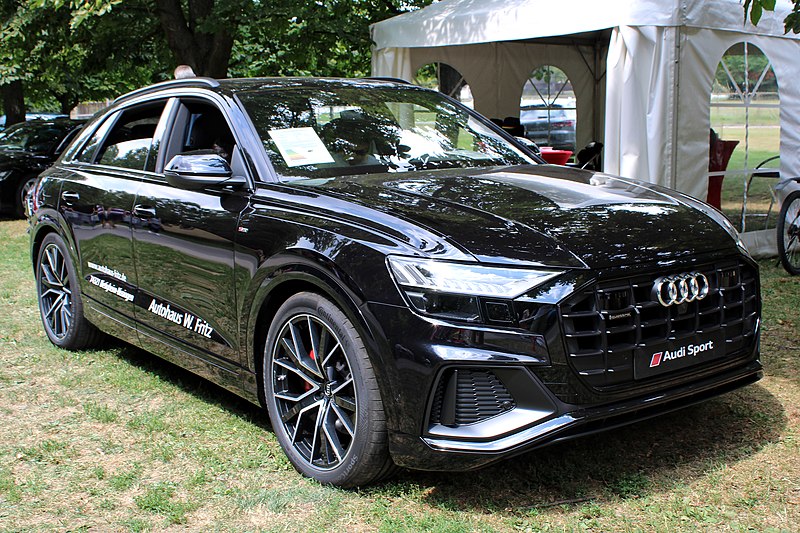
2018 Audi Q8 – Q8 – Full-size Crossover SUV – SUV
S (Sport) models
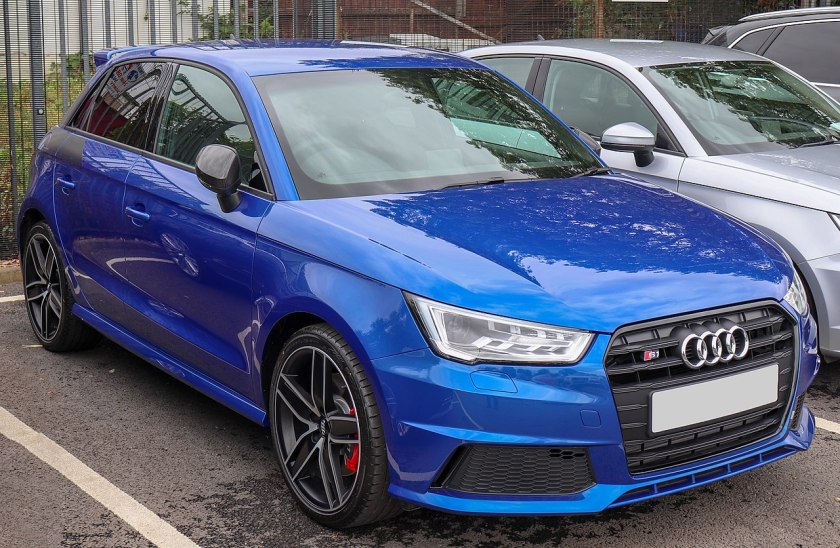
2018 Audi S1 Competition Quattro 2.0 – S1 – Supermini – 3-door Hatchback – Sportback (5-door Hatchback)
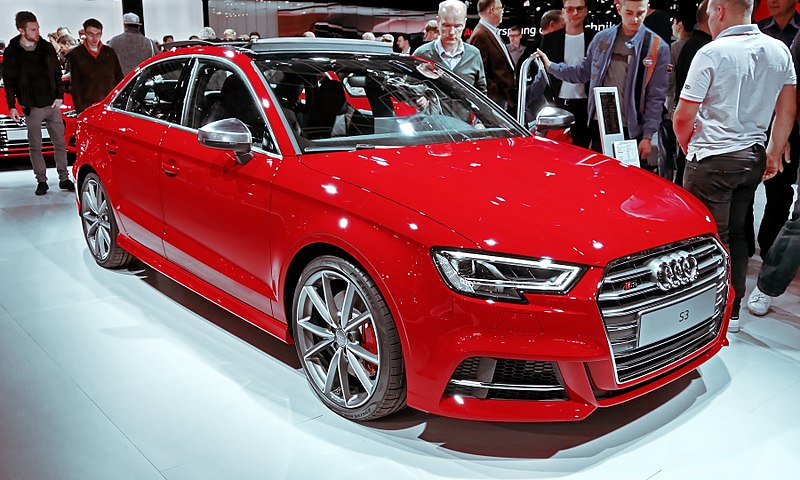
2017 Audi S3 (26176952539) – S3 – Small Family Car – 3-door Hatchback – Sportback (5-door Hatchback)
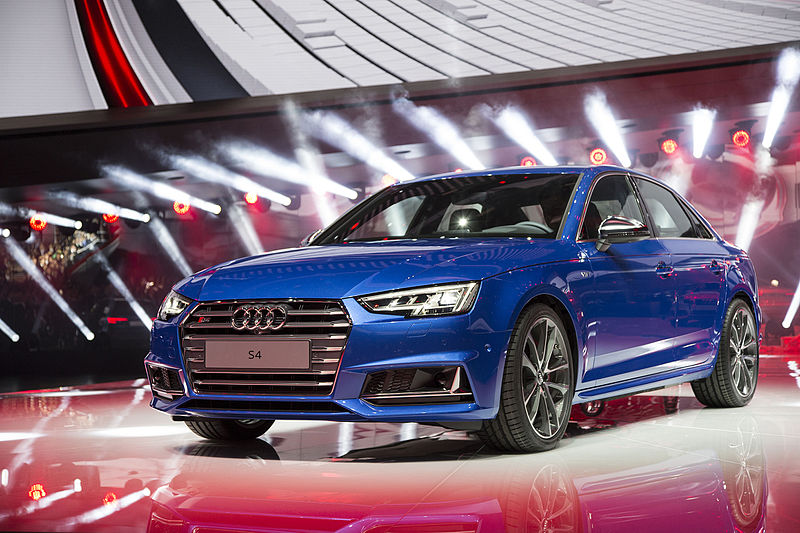
2015 Audi S4 IAA 2015 – S4 – Compact Executive Car – Saloon (Sedan) – Avant(Estate/Wagon)
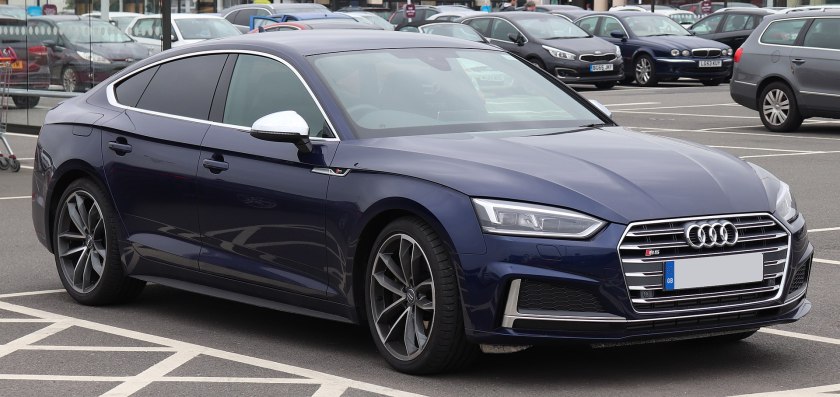
2018 Audi S5 TFSi Quattro Automatic 3.0 – S5 – Compact Executive Car – Coupé – Cabriolet (Convertible) – Sportback (5-door Hatchback
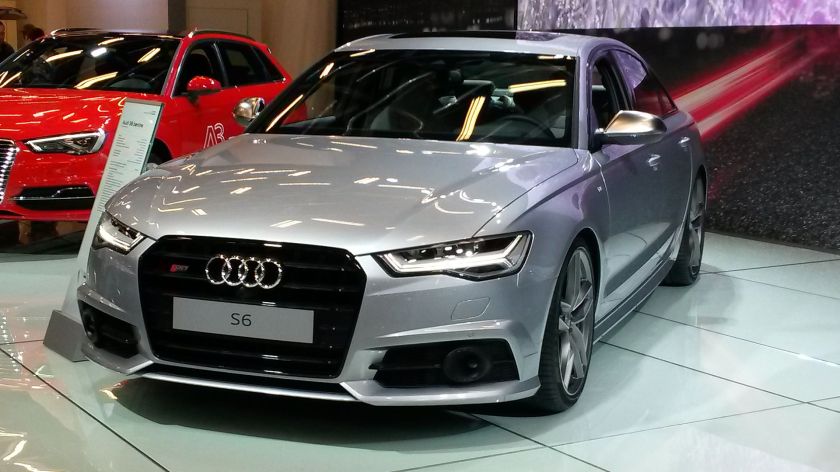
2015 Audi S6 – S6 – Executive Car – Saloon (Sedan) – Avant (Estate/Wagon)
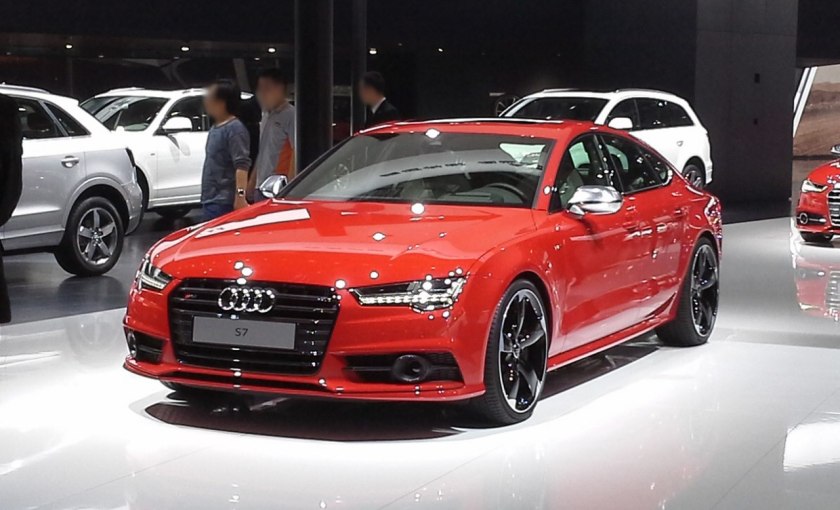
2015 Audi S7 Sportback C7 facelift 03 – S7 – Executive Car – Sportback (5-door Hatchback)
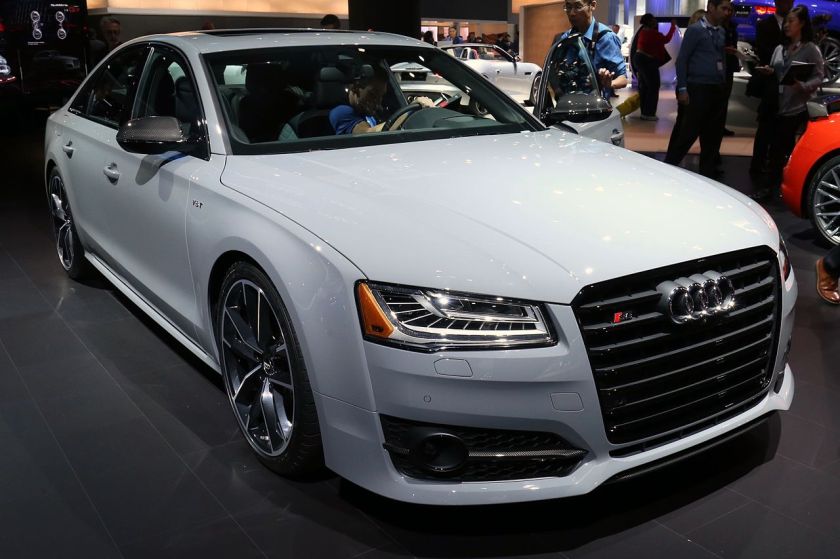
2015 Audi S8 plus – S8 – Full-size Luxury Car – Saloon (Sedan)
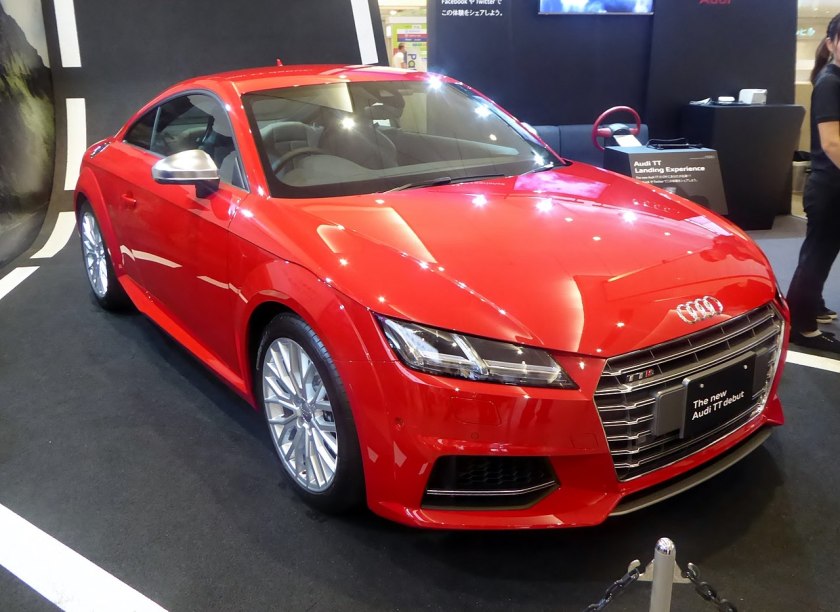
2015 Audi TTS (8S) – TTS – Compact Sports Car – Coupé – Roadster (Convertible)
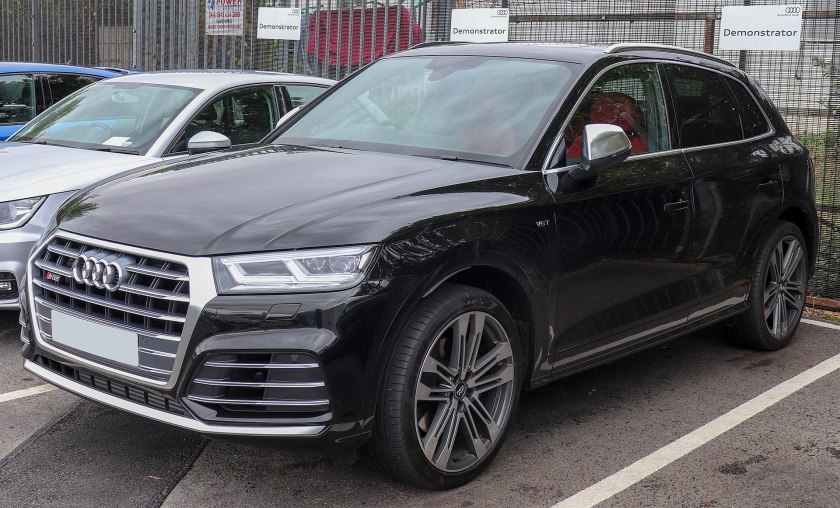
2018 Audi SQ5 3.0 – SQ5 – Mid-size SUV – Crossover
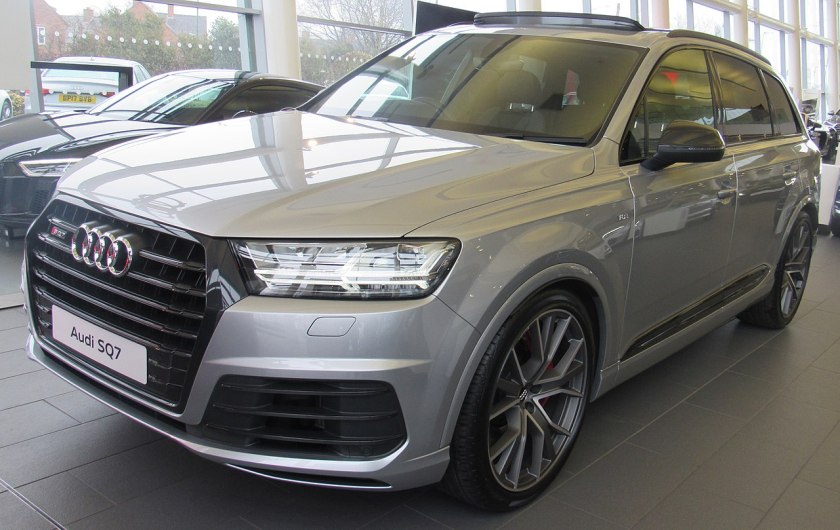
2017 Audi SQ7 – SQ7 – Full-size SUV – Crossover
RS (RennSport/Racing Sport) models
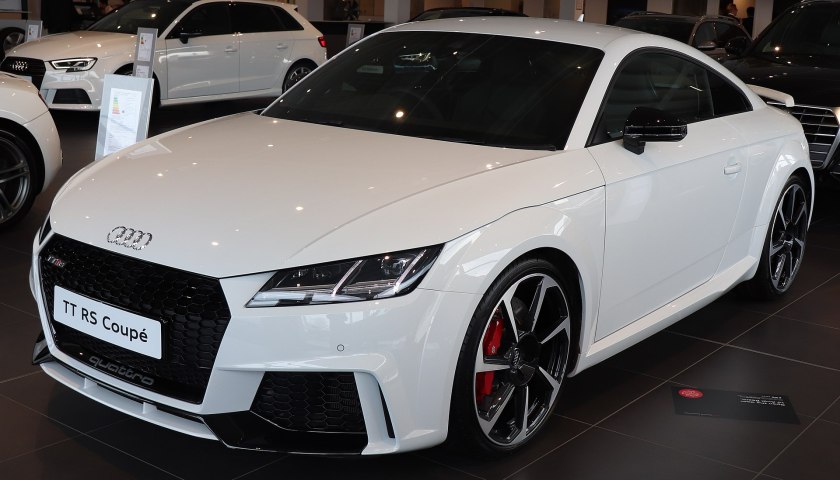
2018 Audi TT RS Coupe – TT RS – Compact Sports Car – Coupé – Roadster (Convertible)
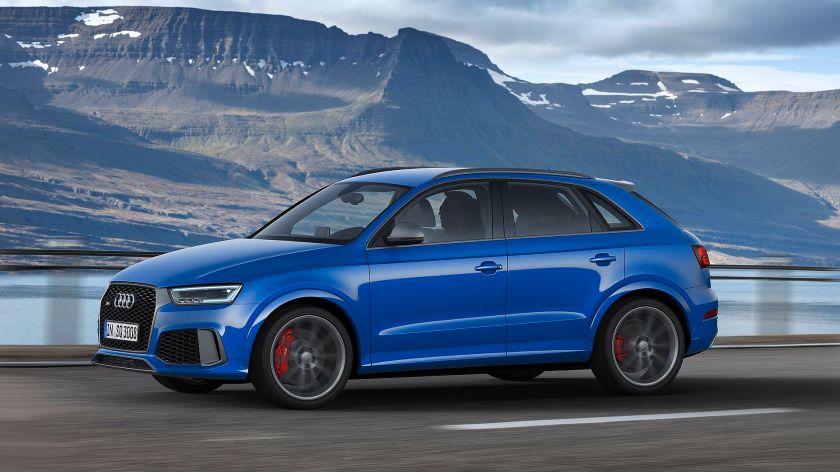
2016 Audi RS Q3 performance – RS Q3 – Compact SUV – Crossover
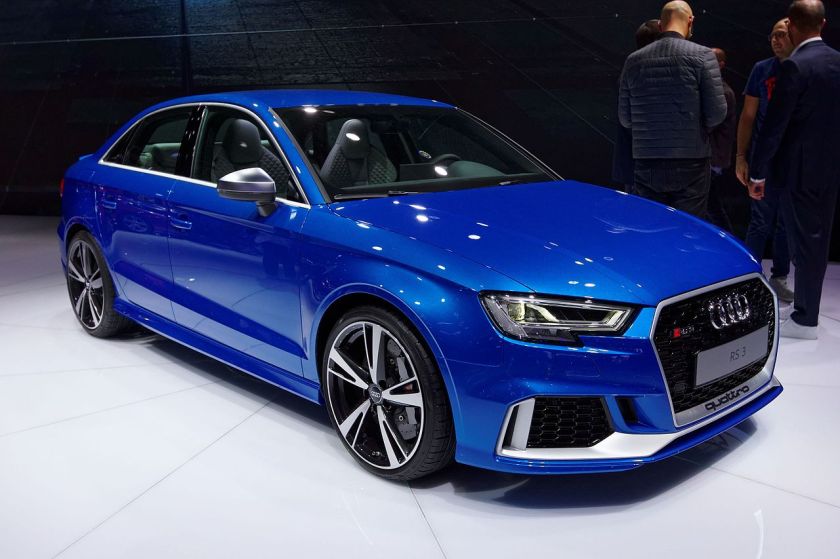
2016 Audi RS 3 quattro – RS 3 – Small Family Car – Saloon (Sedan) – 5-door Hatchback
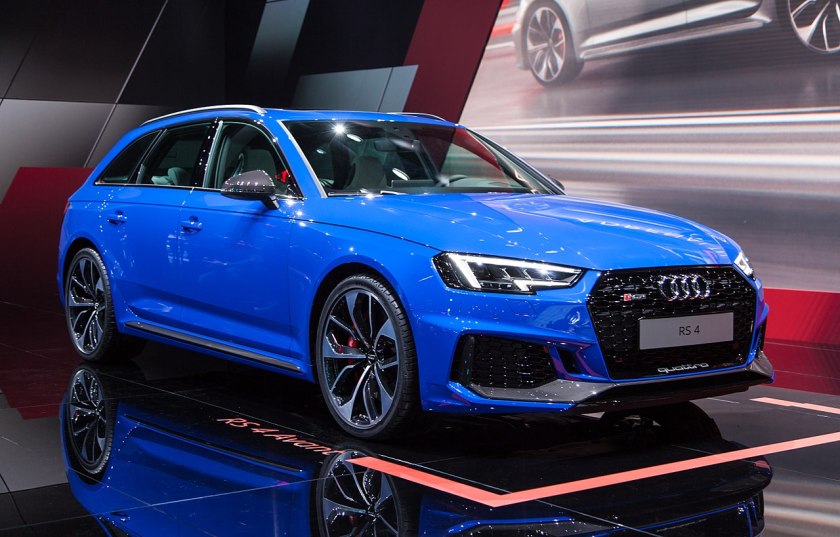
2017 Audi RS4 Avant
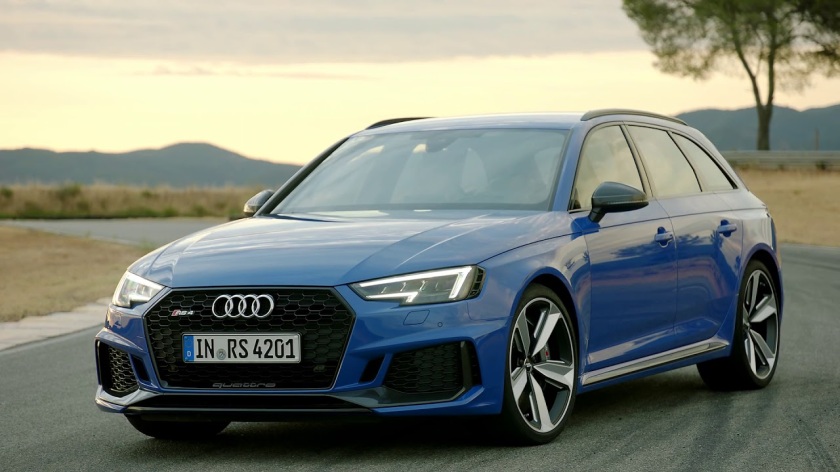
2018 Audi RS4 Avant – RS 4 – Compact Executive Car – Avant (Estate/Wagon)
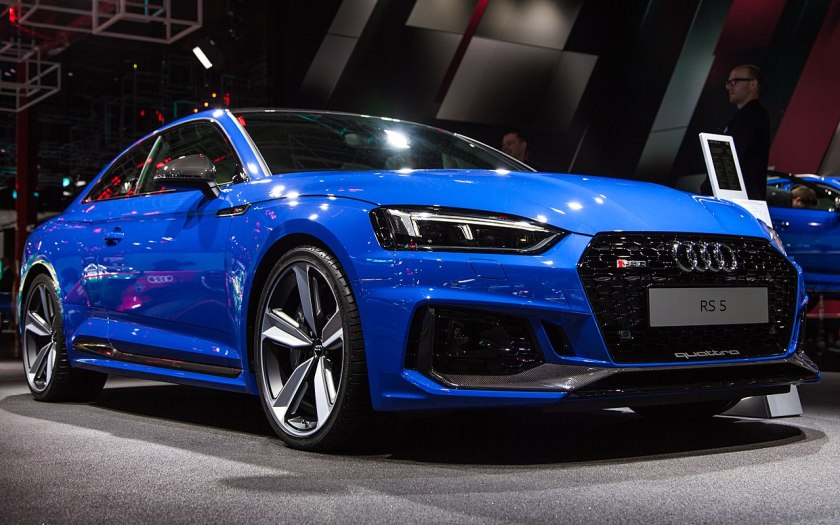
2017 Audi RS5 Coupe Quattro – RS 5 – Compact Executive Car – Coupé – Cabriolet (Convertible)
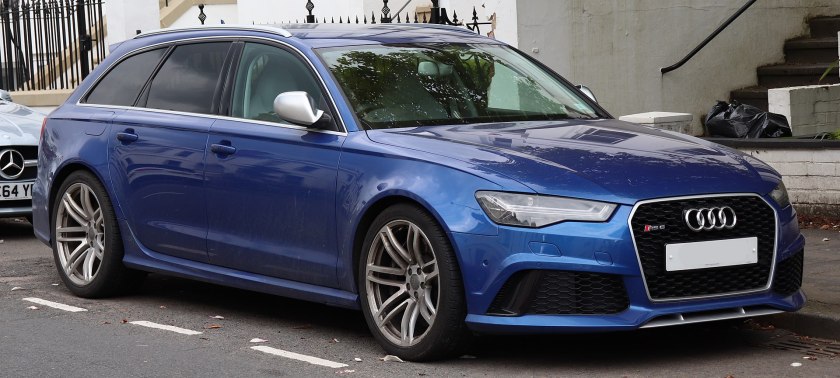
2015 Audi RS6 Avant TFSi Quattro Automatic 4.0 – RS 6 – Executive Car – Avant (Estate/Wagon)
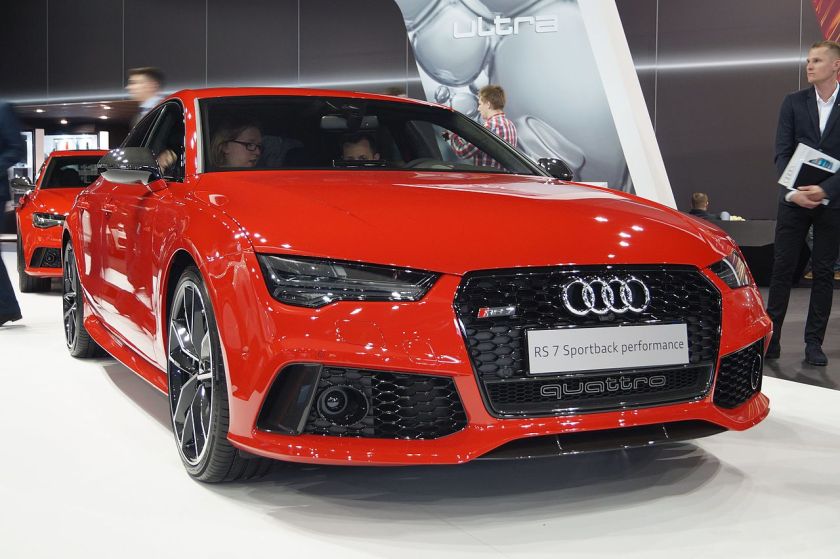
2016 Audi RS7 Sportback Performance Quattro – RS 7 – Executive Car – Sportback (5-door Liftback)
Electric vehicles
Audi is planning an alliance with the Japanese electronics giant Sanyo to develop a pilot hybrid electric project for the Volkswagen Group. The alliance could result in Sanyo batteries and other electronic components being used in future models of the Volkswagen Group. Concept electric vehicles unveiled to date include the Audi A1 Sportback Concept, Audi A4 TDI Concept E, and the fully electric Audi e-tron Concept Supercar.
Production figures
| A1 | A2 | A3 | A4 | A5 | A6 | A7 | A8 | Q3 | Q5 | Q7 | TT | R8 | |
|---|---|---|---|---|---|---|---|---|---|---|---|---|---|
| 1998 | — | — | 143,974 | 271,152 | — | 174,867 | — | 15,355 | — | — | — | 13,682 | — |
| 1999 | — | — | 143,505 | 252,514 | — | 162,573 | — | 14,636 | — | — | — | 52,579 | — |
| 2000 | — | 32,164 | 136,141 | 231,869 | — | 180,715 | — | 12,894 | — | — | — | 56,776 | — |
| 2001 | — | 49,369 | 131,082 | 308,778 | — | 186,467 | — | 11,708 | — | — | — | 39,349 | — |
| 2002 | — | 37,578 | 125,538 | 360,267 | — | 178,773 | — | 10,942 | — | — | — | 34,711 | — |
| 2003 | — | 27,323 | 159,417 | 353,836 | — | 168,612 | — | 21,748 | — | — | — | 32,337 | — |
| 2004 | — | 19,745 | 181,274 | 345,231 | — | 195,529 | — | 22,429 | — | — | — | 23,605 | — |
| 2005 | — | 10,026 | 224,961 | 337,705 | — | 215,437 | — | 21,515 | — | — | 1,185 | 12,307 | — |
| 2006 | — | — | 231,752 | 341,110 | 487 | 229,021 | — | 22,468 | — | — | 72,169 | 23,675 | 164 |
| 2007 | — | — | 231,117 | 289,806 | 25,549 | 243,842 | — | 22,182 | — | 162 | 77,395 | 56,766 | 4,125 |
| 2008 | — | — | 222,164 | 378,885 | 57,650 | 214,074 | — | 20,140 | — | 20,324 | 59,008 | 41,789 | 5,656 |
| 2009 | — | — | 206,747 | 282,033 | 84,883 | 182,090 | — | 8,599 | — | 105,074 | 27,929 | 22,821 | 2,101 |
| 2010 | 51,937 | — | 198,974 | 306,291 | 111,270 | 211,256 | 8,496 | 22,435 | — | 154,604 | 48,937 | 26,217 | 3,485 |
| 2011 | 117,566 | — | 189,068 | 321,045 | 111,758 | 241,862 | 37,301 | 38,542 | 19,613 | 183,678 | 53,703 | 25,508 | 3,551 |
| 2012 | 123,111 | — | 164,666 | 329,759 | 103,357 | 284,888 | 28,950 | 35,932 | 106,918 | 209,799 | 54,558 | 21,880 | 2,241 |
- Data from 1998 to 2010. Figures for different body types/versions of models have been merged to create overall figures for each model.
Motorsport
Audi has competed in various forms of motorsports. Audi’s tradition in motorsport began with their former company Auto Union in the 1930s. In the 1990s, Audi found success in the Touring and Super Touring categories of motor racing after success in circuit racing in North America.
Rallying
In 1980, Audi released the Quattro, a four-wheel drive (4WD) turbocharged car that went on to win rallies and races worldwide. It is considered one of the most significant rally cars of all time, because it was one of the first to take advantage of the then-recently changed rules which allowed the use of four-wheel drive in competition racing. Many critics doubted the viability of four-wheel drive racers, thinking them to be too heavy and complex, yet the Quattro was to become a successful car. Leading its first rally it went off the road, however the rally world had been served notice 4WD was the future. The Quattro went on to achieve much success in the World Rally Championship. It won the 1983 (Hannu Mikkola) and the 1984 (Stig Blomqvist) drivers’ titles, and brought Audi the manufacturers’ title in 1982 and 1984.
In 1984, Audi launched the short-wheelbase Sport Quattrowhich dominated rally races in Monte Carlo and Sweden, with Audi taking all podium places, but succumbed to problems further into WRC contention. In 1985, after another season mired in mediocre finishes, Walter Röhrl finished the season in his Sport Quattro S1, and helped place Audi second in the manufacturers’ points. Audi also received rally honours in the Hong Kong to Beijing rally in that same year. Michèle Mouton, the only female driver to win a round of the World Rally Championship and a driver for Audi, took the Sport Quattro S1, now simply called the “S1”, and raced in the Pikes Peak International Hill Climb. The 1,439-metre (4,721 ft) climb race pits a driver and car to drive to the summit of the 4,302-metre (14,114 ft) Pikes Peak mountain in Colorado, and in 1985, Michèle Mouton set a new record of 11:25.39, and being the first woman to set a Pikes Peak record. In 1986, Audi formally left international rally racing following an accident in Portugal involving driver Joaquim Santos in his Ford RS200. Santos swerved to avoid hitting spectators in the road, and left the track into the crowd of spectators on the side, killing three and injuring 30. Bobby Unser used an Audi in that same year to claim a new record for the Pikes Peak Hill Climb at 11:09.22.
In 1987, Walter Röhrl claimed the title for Audi setting a new Pikes Peak International Hill Climb record of 10:47.85 in his Audi S1, which he had retired from the WRC two years earlier. The Audi S1 employed Audi’s time-tested inline-five-cylinder turbocharged engine, with the final version generating 441 kW (600 PS; 591 bhp). The engine was mated to a six-speed gearbox and ran on Audi’s famous four-wheel drive system. All of Audi’s top drivers drove this car; Hannu Mikkola, Stig Blomqvist, Walter Röhrl and Michèle Mouton. This Audi S1 started the range of Audi ‘S’ cars, which now represents an increased level of sports-performance equipment within the mainstream Audi model range.
In the United States
As Audi moved away from rallying and into circuit racing, they chose to move first into America with the Trans-Am in 1988.
In 1989, Audi moved to International Motor Sports Association (IMSA) GTO with the Audi 90, however as they avoided the two major endurance events (Daytona and Sebring) despite winning on a regular basis, they would lose out on the title.
Touring cars
In 1990, having completed their objective to market cars in North America, Audi returned to Europe, turning first to the Deutsche Tourenwagen Meisterschaft (DTM) series with the Audi V8, and then in 1993, being unwilling to build cars for the new formula, they turned their attention to the fast-growing Super Touring series, which are a series of national championships. Audi first entered in the French Supertourisme and Italian Superturismo. In the following year, Audi would switch to the German Super Tourenwagen Cup (known as STW), and then to British Touring Car Championship (BTCC) the year after that.
The Fédération Internationale de l’Automobile (FIA), having difficulty regulating the quattro four-wheel drive system, and the impact it had on the competitors, would eventually ban all four-wheel drive cars from competing in 1998, but by then, Audi switched all their works efforts to sports car racing.
By 2000, Audi would still compete in the US with their RS4 for the SCCA Speed World GT Challenge, through dealer/team Champion Racingcompeting against Corvettes, Vipers, and smaller BMWs (where it is one of the few series to permit 4WD cars). In 2003, Champion Racing entered an RS6. Once again, the quattro four-wheel drive was superior, and Champion Audi won the championship. They returned in 2004 to defend their title, but a newcomer, Cadillac with the new Omega Chassis CTS-V, gave them a run for their money. After four victories in a row, the Audis were sanctioned with several negative changes that deeply affected the car’s performance. Namely, added ballast weights, and Champion Audi deciding to go with different tyres, and reducing the boost pressure of the turbocharger.
In 2004, after years of competing with the TT-R in the revitalised DTM series, with privateer team Abt Racing/Christian Abt taking the 2002 title with Laurent Aïello, Audi returned as a full factory effort to touring car racing by entering two factory supported Joest Racing A4 DTMcars.
24 Hours of Le Mans
Audi began racing prototype sportscars in 1999, debuting at the Le Mans 24 hour. Two car concepts were developed and raced in their first season – the Audi R8R (open-cockpit ‘roadster’ prototype) and the Audi R8C (closed-cockpit ‘coupé’ GT-prototype). The R8R scored a credible podium on its racing debut at Le Mans and was the concept which Audi continued to develop into the 2000 season due to favourable rules for open-cockpit prototypes.
However, most of the competitors (such as BMW, Toyota, Mercedes and Nissan) retired at the end of 1999. The factory-supported Joest Racing team won at Le Mans three times in a row with the Audi R8 (2000–2002), as well as winning every race in the American Le Mans Series in its first year. Audi also sold the car to customer teams such as Champion Racing.
In 2003, two Bentley Speed 8s, with engines designed by Audi, and driven by Joest drivers loaned to the fellow Volkswagen Group company, competed in the GTP class, and finished the race in the top two positions, while the Champion Racing R8 finished third overall, and first in the LMP900 class. Audi returned to the winner’s podium at the 2004 race, with the top three finishers all driving R8s: Audi Sport Japan Team Goh finished first, Audi Sport UK Veloqx second, and Champion Racing third.
At the 2005 24 Hours of Le Mans, Champion Racing entered two R8s, along with an R8 from the Audi PlayStation Team Oreca. The R8s (which were built to old LMP900 regulations) received a narrower air inlet restrictor, reducing power, and an additional 50 kg (110 lb) of weight compared to the newer LMP1 chassis. On average, the R8s were about 2–3 seconds off pace compared to the Pescarolo–Judd. But with a team of excellent drivers and experience, both Champion R8s were able to take first and third, while the Oreca team took fourth. The Champion team was also the first American team to win Le Mans since the Gulf Ford GTs in 1967. This also ends the long era of the R8; however, its replacement for 2006, called the Audi R10 TDI, was unveiled on 13 December 2005.
The R10 TDI employed many new and innovative features, the most notable being the twin-turbocharged direct injection diesel engine. It was first raced in the 2006 12 Hours of Sebring as a race-test in preparation for the 2006 24 Hours of Le Mans, which it later went on to win. Audi has been on the forefront of sports car racing, claiming a historic win in the first diesel sports car at 12 Hours of Sebring (the car was developed with a Diesel engine due to ACO regulations that favor diesel engines). As well as winning the 24 Hours of Le Mans in 2006 making history, the R10 TDI has also shown its capabilities by beating the Peugeot 908 HDi FAP in 2007, and beating Peugeot again in 2008, (however Peugeot won the 24h in 2009) and, in a podium clean-sweep by proving its reliability throughout the race (compared to all four 908 entries retired before the end of the race) while breaking a new distance record (set way back by the Porsche 917K of Martini Racing in 1971), in 2010 with the R15 TDI Plus.
Audi’s sports car racing success would continue with the Audi R18‘s victory at the 2011 24 Hours of Le Mans. Audi Sport Team Joest‘s Benoît Tréluyer earned Audi their first pole position in five years while the team’s sister car locked out the front row. Early accidents eliminated two of Audi’s three entries, but the sole remaining Audi R18 TDI of Tréluyer, Marcel Fässler, and André Lotterer held off the trio of Peugeot 908s to claim victory by a margin of 13.8 seconds.
Results
| Car | Year | 1999 | 2000 | 2001 | 2002 | 2003 | 2004 | 2005 | 2006 | 2007 | 2008 | 2009 | 2010 | 2011 | 2012 | 2013 | 2014 | 2015 | 2016 |
|---|---|---|---|---|---|---|---|---|---|---|---|---|---|---|---|---|---|---|---|
| 1 | Position | 4 | 3 | 1 | 1 | 4 | 3 | 3 | 3 | 1 | 6 | 3 | 3 | Ret | 1 | 5 | 2 | 3 | 4 |
| 2 | 3 | 1 | 2 | 2 | 3 | 1 | 1 | 1 | Ret | 1 | Ret | 2 | 1 | 2 | 1 | 1 | 4 | 3 | |
| 3 | Ret | 2 | Ret | 3 | Ret | 5 | 4 | Ret | 4 | 17 | 1 | Ret | 5 | 3 | Ret | 7 | |||
| 4 | Ret | Ret | 7 | 2 | 3 |
American Le Mans Series
Audi entered a factory racing team run by Joest Racing into the American Le Mans Series under the Audi Sport North America name in 2000. This was a successful operation with the team winning on its debut in the series at the 2000 12 Hours of Sebring. Factory backed Audi R8s were the dominant car in ALMS taking 25 victories between 2000 and the end of the 2002 season. In 2003 Audi sold customer cars to Champion Racing as well as continuing to race the factory Audi Sport North America team. Champion Racing won many races as a private team running Audi R8s and eventually replaced Team Joest as the Audi Sport North America between 2006 and 2008. Since 2009 Audi has not taken part in full American Le Mans Series Championships, but has competed in the series opening races at Sebring, using the 12-hour race as a test for Le Mans, and also as part of the 2012 FIA World Endurance Championship season calendar.
Results
| Year | Manufacturer | Chassis | Team | Rd1 | Rd2 | Rd3 | Rd4 | Rd5 | Rd6 | Rd7 | Rd8 | Rd9 | Rd10 | Rd11 | Rd12 |
|---|---|---|---|---|---|---|---|---|---|---|---|---|---|---|---|
| 2000 | R8 | ||||||||||||||
| 2 | 20 | 3 | Ret | 1 | 1 | 2 | 1 | 1 | 1 | 2 | 1 | ||||
| 1 | 6 | 4 | 3 | 2 | Ret | 1 | 4 | 2 | 2 | 1 | 15 | ||||
| 2001 | R8 | 1 | 1 | 1 | 1 | 1 | 5 | Ret | 2 | Ret | Ret | ||||
| 2 | 2 | 2 | 2 | 2 | 2 | 1 | 4 | 1 | 1 | ||||||
| 2002 | R8 | 5 | 14 | 1 | 2 | 3 | 2 | Ret | 1 | 1 | 6 | ||||
| 1 | 2 | 1 | 2 | 1 | 1 | 4 | 3 | 1 | |||||||
| 2003 | R8 | 1 | 2 | 2 | 1 | 1 | 7 | 1 | 2 | 3 | |||||
| 2 | 1 | 3 | 2 | 20 | 1 | 4 | 1 | 1 | |||||||
| 2004 | R8 | 1 | |||||||||||||
| 2 | |||||||||||||||
| 3 | 1 | 1 | 1 | 1 | 2 | 1 | 1 | 1 | |||||||
| 2005 | R8 | 1 | 1 | 18 | 1 | 3 | Ret | 3 | 2 | 7 | 4 | ||||
| 2 | 3 | 3 | 2 | 1 | 1 | 1 | 3 | 1 | 2 | ||||||
| 2006 | R8 | 1 | 3 | 1 | |||||||||||
| R10 | Ret | 1 | 2 | 1 | 4 | 7 | 2 | ||||||||
| 1 | 4 | 1 | 2 | 1 | 1 | 1 | |||||||||
| 2007 | R10 | 4 | 1 | 7 | 3 | 2 | 5 | 5 | 2 | 2 | 3 | 1 | 1 | ||
| 1 | 2 | 12 | 6 | 23 | 3 | 3 | 4 | 2 | 17 | 3 | |||||
| 2008 | R10 | 3 | Ret | 2 | Ret | 21 | 2 | 2 | 2 | DSQ | 1 | 2 | |||
| 6 | 1 | 1 | 7 | 4 | 1 | 1 | 1 | Ret | 3 | 1 | |||||
| 2009 | R15 | 5 | |||||||||||||
| 4 | |||||||||||||||
| 2010 | R15 | 1 | |||||||||||||
| 3 | |||||||||||||||
| 2012 | R18 | 16 | |||||||||||||
| 1 | |||||||||||||||
| 2 | |||||||||||||||
| 2013 | R18 | 1 | |||||||||||||
| 2 |
European Le Mans Series
Audi participated in the 2003 1000km of Le Mans which was a one-off sports car race in preparation for the 2004 European Le Mans Series. The factory team Audi Sport UK won races and the championship in the 2004 season but Audi was unable to match their sweeping success of Audi Sport North America in the American Le Mans Series, partly due to the arrival of a factory competitor in LMP1, Peugeot. The French manufacturer’s 908 HDi FAP became the car to beat in the series from 2008 onwards with 20 LMP wins. However, Audi were able to secure the championship in 2008 even though Peugeot scored more race victories in the season.
Results
| Year | Manufacturer | Chassis | Team | Rd1 | Rd2 | Rd3 | Rd4 | Rd5 |
|---|---|---|---|---|---|---|---|---|
| 2003 | R8 | 1 | ||||||
| 2004 | R8 | 2 | 1 | 1 | Ret | |||
| 1 | 2 | 3 | 1 | |||||
| 3 | 4 | 2 | 2 | |||||
| 2005 | R8 | Ret | 1 | 2 | 2 | |||
| 2008 | R10 | 5 | 6 | 4 | 4 | 1 | ||
| 2 | 2 | 2 | 3 | 4 | ||||
| 2010 | R15 | 1 | 3 | Ret | ||||
| 5 | 3 | |||||||
| 12 |
World Endurance Championship
2012
In 2012, the FIA sanctioned a World Endurance Championship which would be organised by the ACO as a continuation of the ILMC. Audi competed won the first WEC race at Sebring and followed this up with a further three successive wins, including the 2012 24 Hours of Le Mans. Audi scored a final 5th victory in the 2012 WEC in Bahrain and were able to win the inaugural WEC Manufacturers’ Championship.
2013
As defending champions, Audi once again entered the Audi R18 e-tron quattro chassis into the 2013 WEC and the team won the first five consecutive races, including the 2013 24 Hours of Le Mans. The victory at Round 5, Circuit of the Americas, was of particular significance as it marked the 100th win for Audi in Le Mans prototypes. Audi secured their second consecutive WEC Manufacturers’ Championship at Round 6 after taking second place and half points in the red-flagged Fuji race.
2014
For the 2014 season Audi entered a redesigned and upgraded R18 e-tron quattro which featured a 2 MJ energy recovery system. As defending champions, Audi would once again face a challenge in LMP1 from Toyota, and additionally from Porsche who returned to endurance racing after a 16-year absence. The season opening 6hrs of Silverstone was a disaster for Audi who saw both cars retire from the race, marking the first time that an Audi car has failed to score a podium in a World Endurance Championship race.
Results
| Year | Manufacturer | Chassis | SEB |
SPA |
LMS |
SIL |
SÃO |
BHR |
FUJ |
SHA |
Total points |
Pos. |
|---|---|---|---|---|---|---|---|---|---|---|---|---|
| 2012 | R18 e-tron quattro | 1 | 1 | 1 | 1 | 2 | 1 | 2 | 2 | 173 (209) | 1st |
| Year | Manufacturer | Chassis | SIL |
SPA |
LMS |
SÃO |
COA |
FUJ |
SHA |
BHR |
Total points |
Pos. |
|---|---|---|---|---|---|---|---|---|---|---|---|---|
| 2013 | R18 e-tron quattro | 1 | 1 | 1 | 1 | 1 | 2 | 1 | 2 | 207 (207) | 1st |
| Year | Manufacturer | Chassis | Car | SIL |
SPA |
LMS |
COA |
FUJ |
SHA |
BHR |
SÃU |
Total points |
Pos. |
|---|---|---|---|---|---|---|---|---|---|---|---|---|---|
| 2014 | R18 e-tron quattro | 1 | Ret | 2 | 1 | 1 | 5 | 4 | 4 | 3 | 244 | 2nd | |
| 2 | Ret | 5 | 2 | 2 | 6 | 5 | 5 | 5 |
Formula E
Audi provide factory support to Abt Sportsline in the FIA Formula E Championship, The team competed under the title of Audi Sport Abt Formula E Team in the inaugural 2014-15 Formula E season. On 13 February 2014 the team announced its driver line up as Daniel Abtand World Endurance Championship driver Lucas di Grassi.
| Team | Chassis | Driver | CHI |
MAL |
URU |
ARG |
TBA |
MIA |
LBH |
MON |
GER |
GBR |
Total points |
|---|---|---|---|---|---|---|---|---|---|---|---|---|---|
| Spark-Renault SRT 01E | Daniel Abt | 10 | 10 | 15 | 2015 | 62 | |||||||
| Lucas di Grassi | 1 | 2 | 3 | 2015 |
Formula One
Audi has been linked to Formula One in recent years but has always resisted due to the company’s opinion that it is not relevant to road cars, but hybrid power unit technology has been adopted into the sport, swaying the company’s view and encouraging research into the program by former Ferrari team principal Stefano Domenicali.
Marketing
Branding
The Audi emblem is four overlapping rings that represent the four marques of Auto Union. The Audi emblem symbolises the amalgamation of Audi with DKW, Horch and Wanderer: the first ring from the left represents Audi, the second represents DKW, third is Horch, and the fourth and last ring Wanderer. The design is popularly believed to have been the idea of Klaus von Oertzen, the director of sales at Wanderer – when Berlin was chosen as the host city for the 1936 Summer Olympics and that a form of the Olympic logo symbolized the newly established Auto Union’s desire to succeed. Somewhat ironically, the International Olympic Committeelater sued Audi in the International Trademark Court in 1995, where they lost.
The original “Audi” script, with the distinctive slanted tails on the “A” and “d” was created for the historic Audi company in 1920 by the famous graphic designer Lucian Bernhard, and was resurrected when Volkswagen revived the brand in 1965. Following the demise of NSU in 1977, less prominence was given to the four rings, in preference to the “Audi” script encased within a black (later red) ellipse, and was commonly displayed next to the Volkswagen roundel when the two brands shared a dealer network under the V.A.G banner. The ellipse (known as the Audi Oval) was phased out after 1994, when Audi formed its own independent dealer network, and prominence was given back to the four rings – at the same time Audi Sans (a derivative of Univers) was adopted as the font for all marketing materials, corporate communications and was also used in the vehicles themselves.
As part of Audi’s centennial celebration in 2009, the company updated the logo, changing the font to left-aligned Audi Type, and altering the shading for the overlapping rings. The revised logo was designed by Rayan Abdullah.
Audi developed a Corporate Sound concept, with Audi Sound Studio designed for producing the Corporate Sound. The Corporate Sound project began with sound agency Klangerfinder GmbH & Co KG and s12 GmbH. Audio samples were created in Klangerfinder’s sound studio in Stuttgart, becoming part of Audi Sound Studio collection. Other Audi Sound Studio components include The Brand Music Pool, The Brand Voice. Audi also developed Sound Branding Toolkit including certain instruments, sound themes, rhythm and car sounds which all are supposed to reflect the AUDI sound character.
Audi started using a beating heart sound trademark beginning in 1996. An updated heartbeat sound logo, developed by agencies KLANGERFINDER GmbH & Co KG of Stuttgart and S12 GmbH of Munich, was first used in 2010 in an Audi A8 commercial with the slogan “The Art of Progress.”
Slogans
Audi’s corporate tagline is Vorsprung durch Technik, meaning “Progress through Technology”. The German-language tagline is used in many European countries, including the United Kingdom, and in other markets, such as Latin America, Oceania and parts of Asia including Japan. A few years ago, the North American tagline was “Innovation through technology”, but in Canada the German tagline Vorsprung durch Technik was used in advertising. Since 2007, Audi has used the slogan “Truth in Engineering” in the U.S. However, since the Audi emissions testing scandal came to light in September 2015, this slogan was lambasted for being discordant with reality. In fact, just hours after disgraced Volkswagen CEO Martin Winterkorn admitted to cheating on emissions data, an advertisement during the 2015 Primetime Emmy Awards promoted Audi’s latest advances in low emissions technology with Kermit the Frog stating, “It’s not that easy being green.”
It was first used in English-language advertising after Sir John Hegarty of the Bartle Bogle Hegarty advertising agency visited the Audi factory in 1982. In the original British television commercials, the phrase was voiced by Geoffrey Palmer. After its repeated use in advertising campaigns, the phrase found its way into popular culture, including the British comedy Only Fools and Horses, the U2 song “Zooropa” and the Blur song “Parklife“. Similar-sounding phrases have also been used, including as the punchline for a joke in the movie Lock, Stock, and Two Smoking Barrels and in the British TV series Peep Show.
Typography
Audi Sans (based on Univers Extended) was originally created in 1997 by Ole Schäfer for MetaDesign. MetaDesign was later commissioned for a new corporate typeface called Audi Type, designed by Paul van der Laan and Pieter van Rosmalen of Bold Monday. The font began to appear in Audi’s 2009 products and marketing materials.
Sponsorships
Audi is a strong partner of different kinds of sports. In football, long partnerships exist between Audi and domestic clubs including Bayern Munich, Hamburger SV, 1. FC Nürnberg, Hertha BSC, and Borussia Mönchengladbach and international clubs including Chelsea, Real Madrid, FC Barcelona, A.C. Milan, AFC Ajax and Perspolis. Audi also sponsors winter sports: The Audi FIS Alpine Ski World Cup is named after the company. Additionally, Audi supports the German Ski Association (DSV) as well as the alpine skiing national teams of Switzerland, Sweden, Finland, France, Liechtenstein, Italy, Austria and the U.S. For almost two decades, Audi fosters golf sport: for example with the Audi quattro Cup and the HypoVereinsbank Ladies German Open presented by Audi. In sailing, Audi is engaged in the Medcup regatta and supports the team Luna Rossa during the Louis Vuitton Pacific Series and also is the primary sponsor of the Melges 20 sailboat. Further, Audi sponsors the regional teams ERC Ingolstadt (hockey) and FC Ingolstadt 04 (soccer). In 2009, the year of Audi’s 100th anniversary, the company organized the Audi Cup for the first time. Audi also sponsor the New York Yankees as well. In October 2010 they agreed to a three sponsorship year-deal with Everton. Audi also sponsors the England PoloTeam and holds the Audi Polo Awards.
Multitronic campaign
In 2001, Audi promoted the new multitronic continuously variable transmission with television commercials throughout Europe, featuring an impersonator of musician and actor Elvis Presley. A prototypical dashboard figure – later named “Wackel-Elvis” (“Wobble Elvis” or “Wobbly Elvis”) – appeared in the commercials to demonstrate the smooth ride in an Audi equipped with the multitronic transmission. The dashboard figure was originally intended for use in the commercials only, but after they aired the demand for Wackel-Elvis fans grew among fans and the figure was mass-produced in China and marketed by Audi in their factory outlet store.
Audi TDI
As part of Audi’s attempt to promote its Diesel technology in 2009, the company began Audi Mileage Marathon. The driving tour featured a fleet of 23 Audi TDI vehicles from 4 models (Audi Q73.0 TDI, Audi Q5 3.0 TDI, Audi A4 3.0 TDI, Audi A3 Sportback 2.0 TDI with S tronic transmission) travelling across the American continent from New York to Los Angeles, passing major cities like Chicago, Dallas and Las Vegas during the 13 daily stages, as well as natural wonders including the Rocky Mountains, Death Valley and the Grand Canyon.
Audi e-tron
The next phase of technology Audi is developing is the e-tron electric drive powertrain system. They have shown several concept cars as of March 2010, each with different levels of size and performance. The original e-tron concept shown at the 2009 Frankfurt motor show is based on the platform of the R8 and has been scheduled for limited production. Power is provided by electric motors at all four wheels. The second concept was shown at the 2010 Detroit Motor Show. Power is provided by two electric motors at the rear axle. This concept is also considered to be the direction for a future mid-engined gas-powered 2-seat performance coupe. The Audi A1 e-tron concept, based on the Audi A1 production model, is a hybrid vehicle with a range extending Wankel rotary engine to provide power after the initial charge of the battery is depleted. It is the only concept of the three to have range extending capability. The car is powered through the front wheels, always using electric power.
It is all set to be displayed at the Auto Expo 2012 in New Delhi, India, from 5 January. Powered by a 1.4 litre engine, and can cover a distance up to 54 km s on a single charge. The e-tron was also shown in the 2013 blockbuster film Iron Man 3 and was driven by Tony Stark (Iron Man).
In video games
In PlayStation Home, the PlayStation 3‘s online community-based service, Audi has supported Home by releasing a dedicated Home spacein the European version of Home. Audi is the first carmaker to develop a space for Home. On 17 December 2009, Audi released the Audi Space as two spaces; the Audi Home Terminal and the Audi Vertical Run. The Audi Home Terminal features an Audi TV channel delivering video content, an Internet Browser feature, and a view of a city. The Audi Vertical Run is where users can access the mini-game Vertical Run, a futuristic mini-game featuring Audi’s e-tron concept. Players collect energy and race for the highest possible speeds and the fastest players earn a place in the Audi apartments located in a large tower in the centre of the Audi Space. In both the Home Terminal and Vertical Run spaces, there are teleports where users can teleport back and forth between the two spaces. Audi has stated that additional content will be added in 2010.
The pictures I collected the last 15 years on the www:
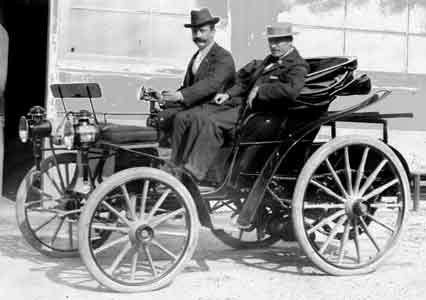
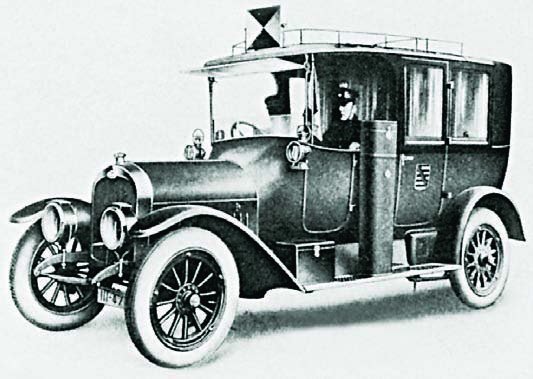
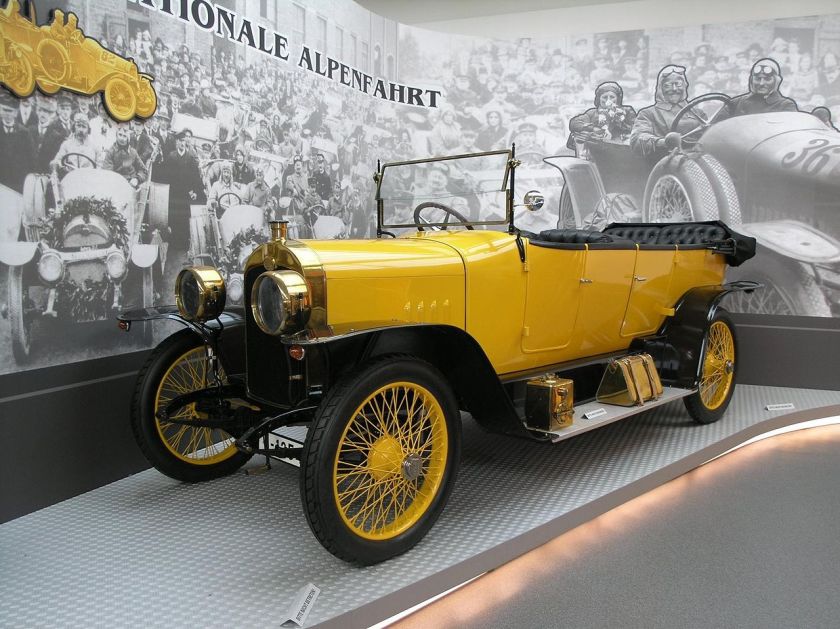
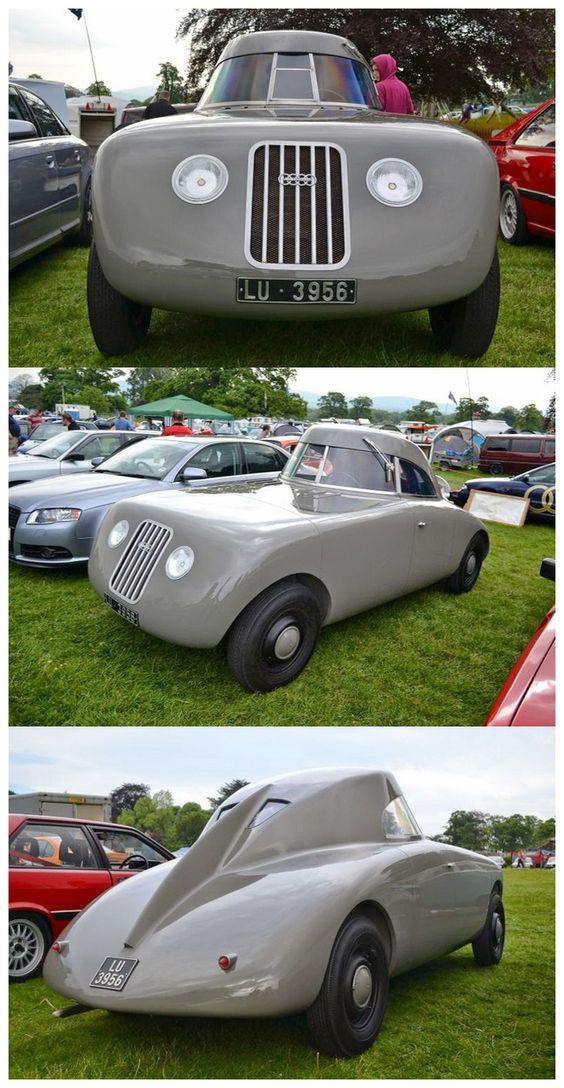
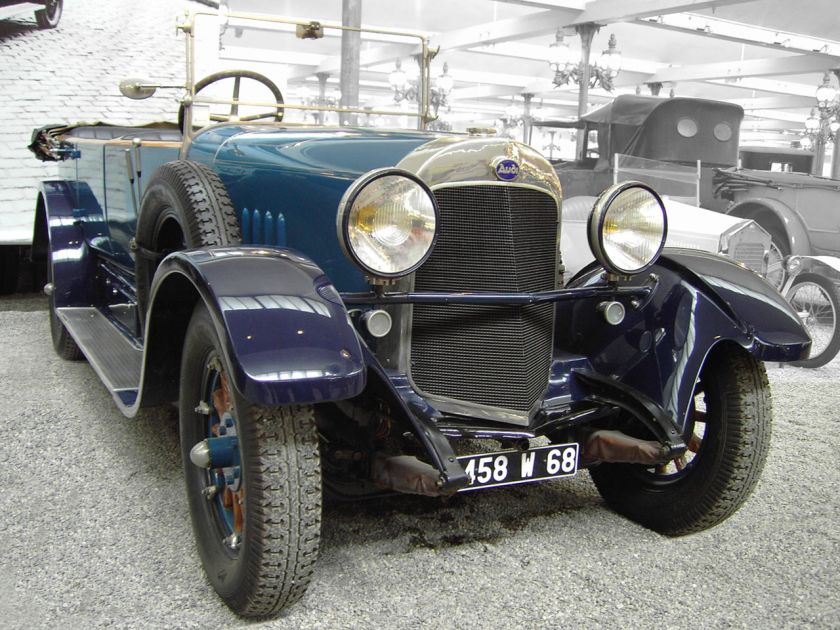
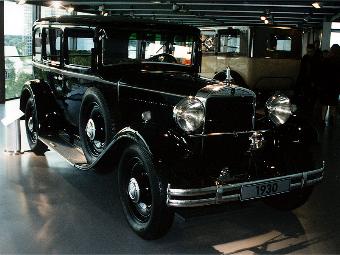
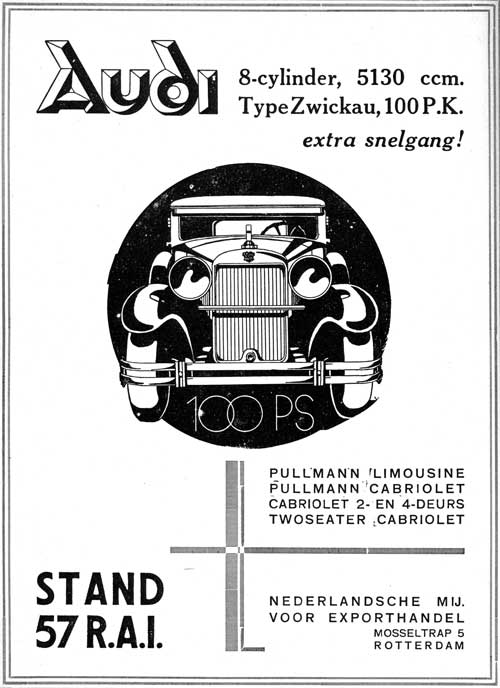
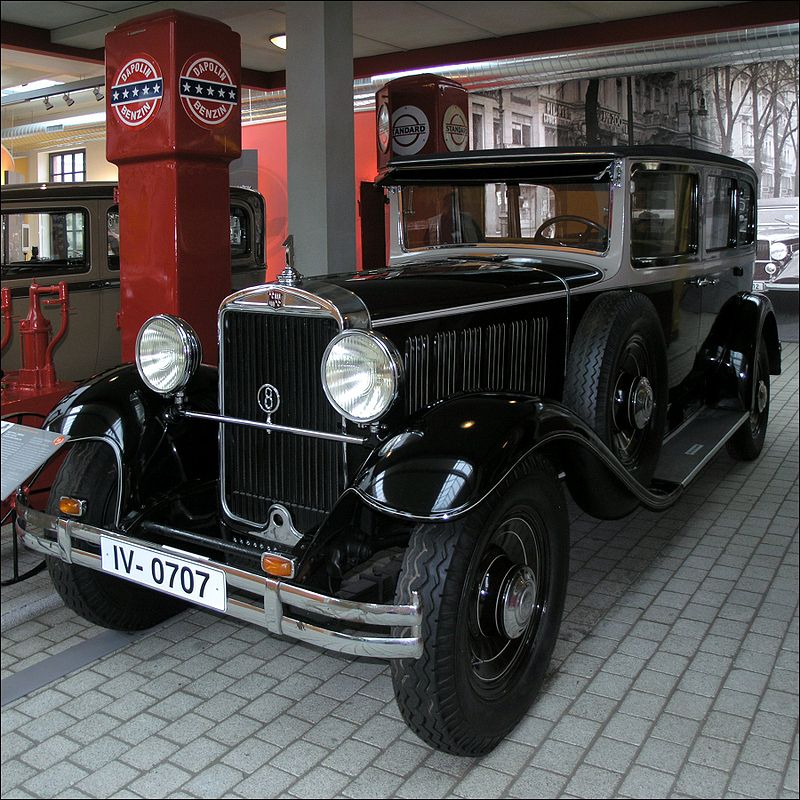
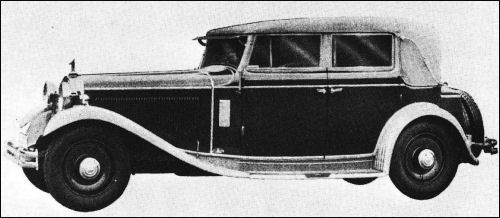

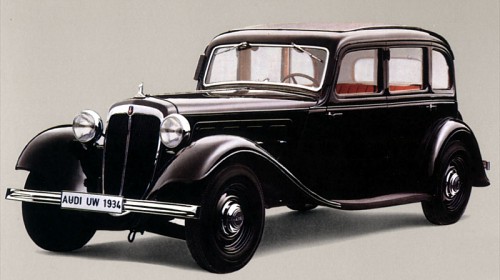
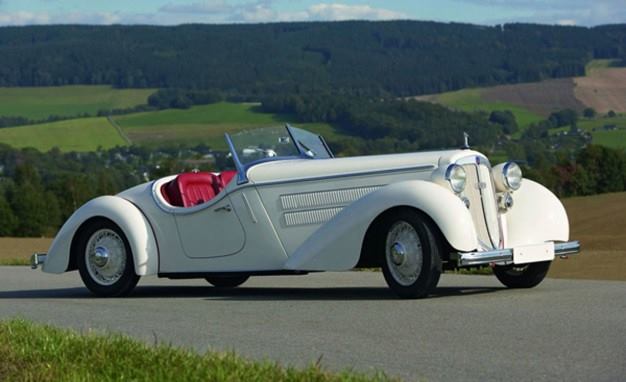
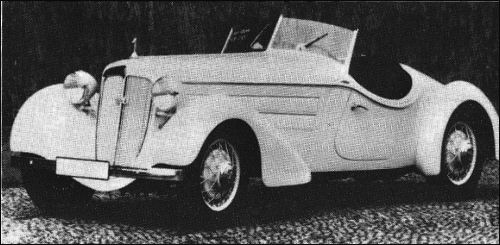
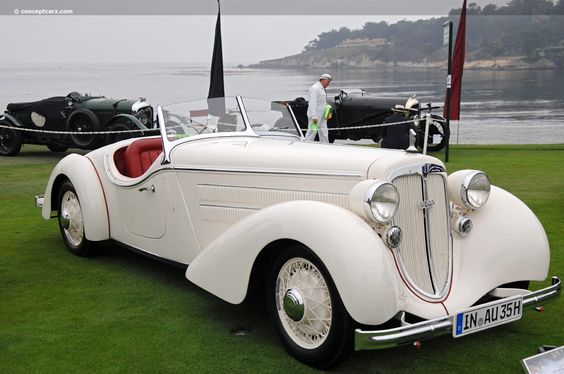
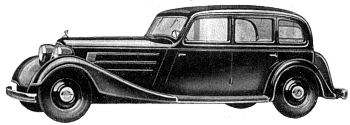
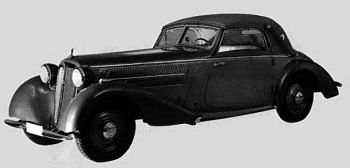
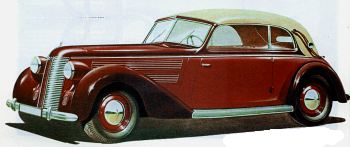
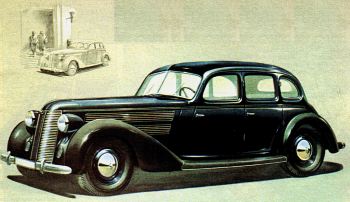

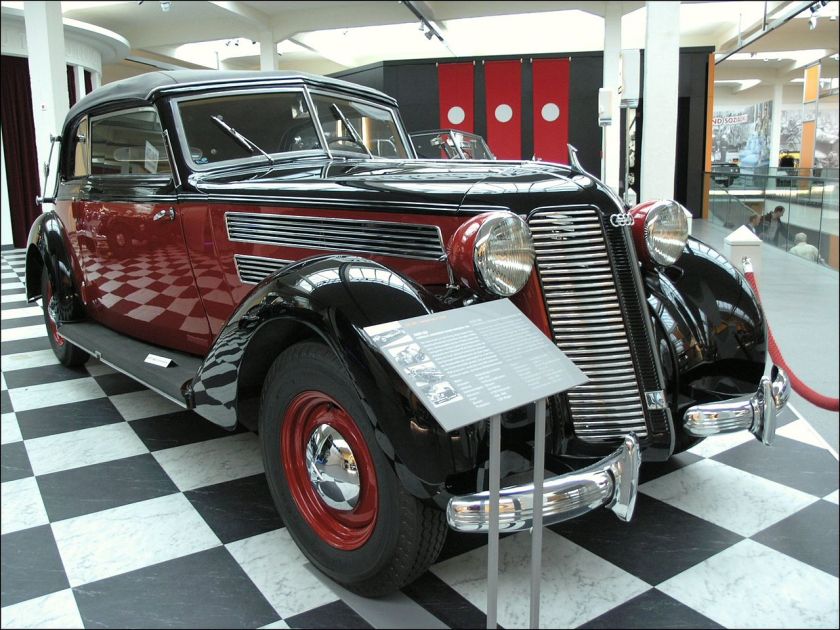
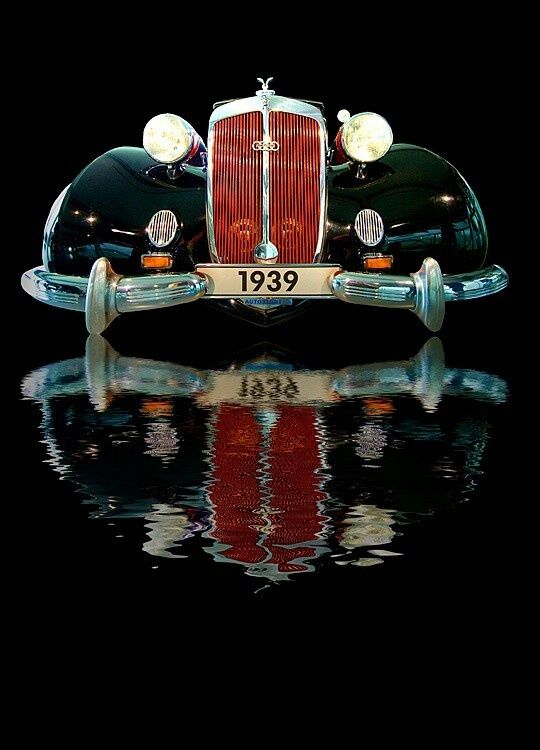
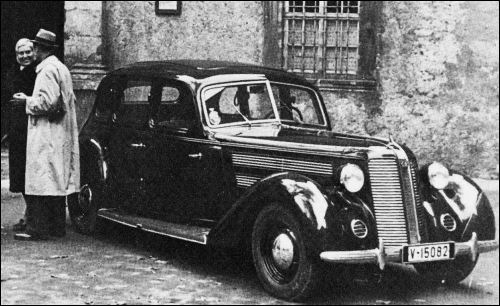
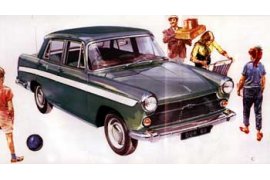
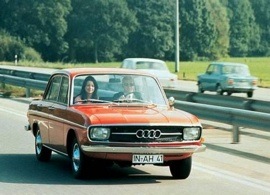
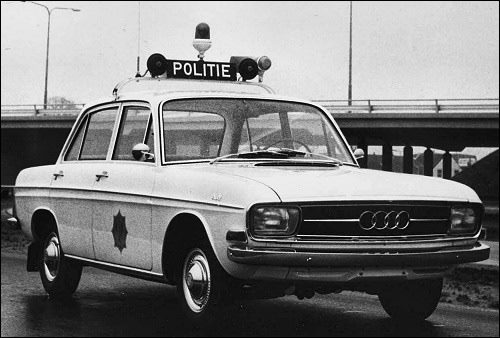

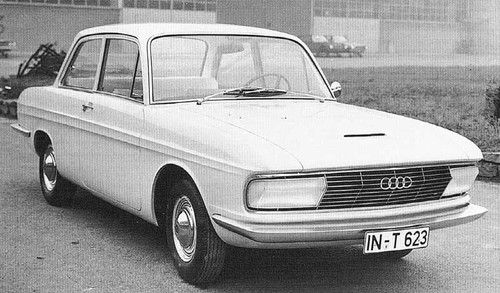
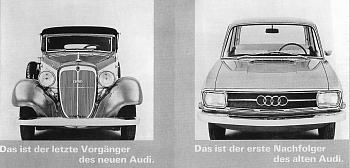
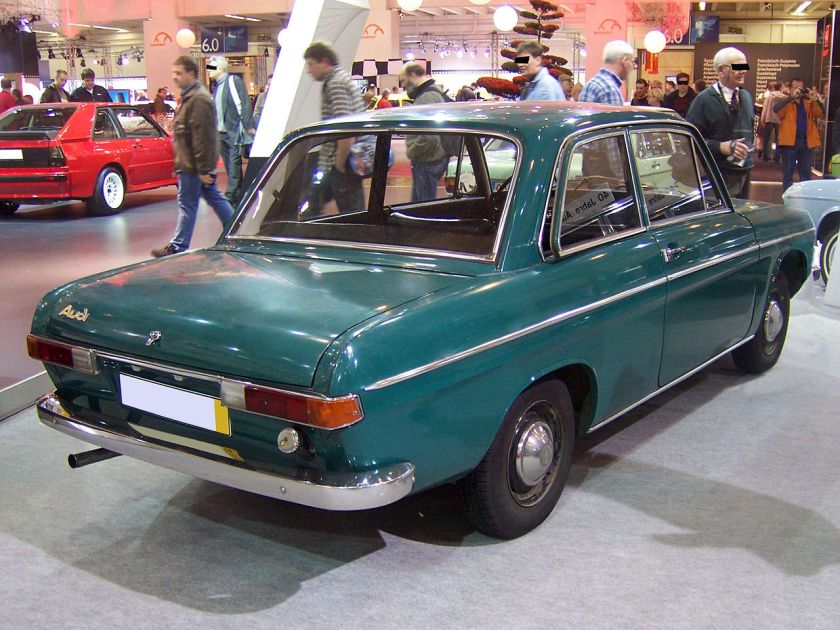
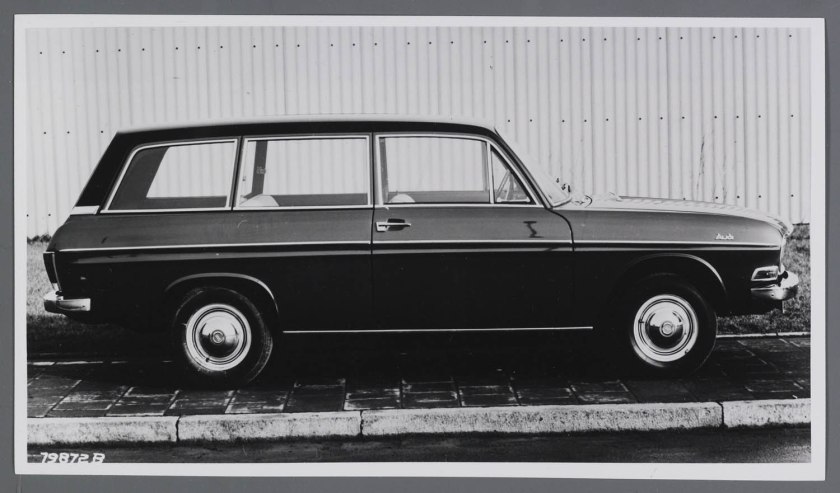
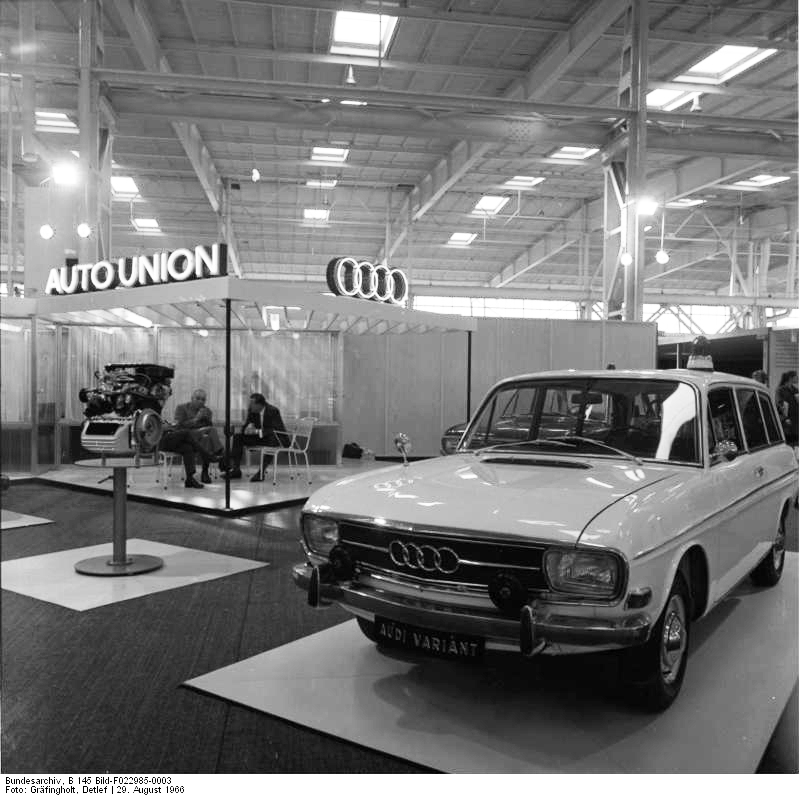
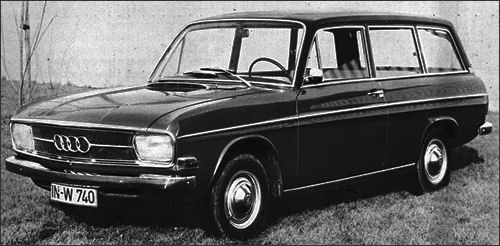
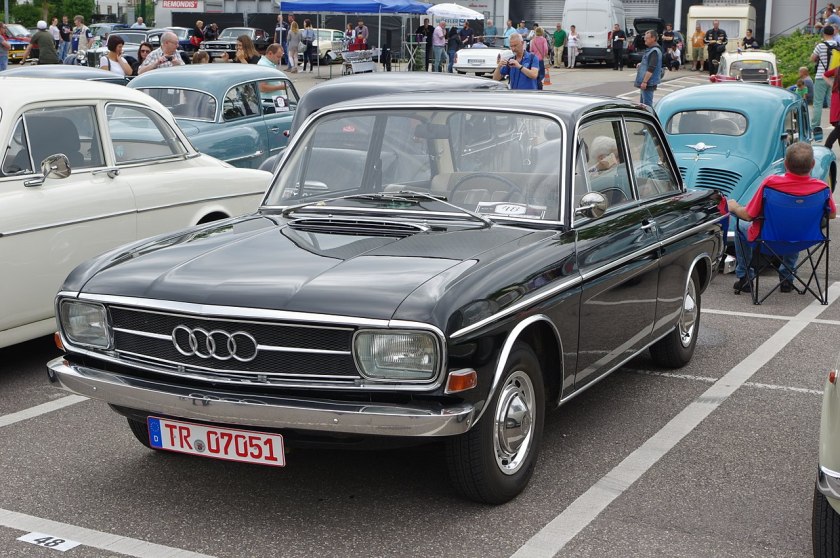
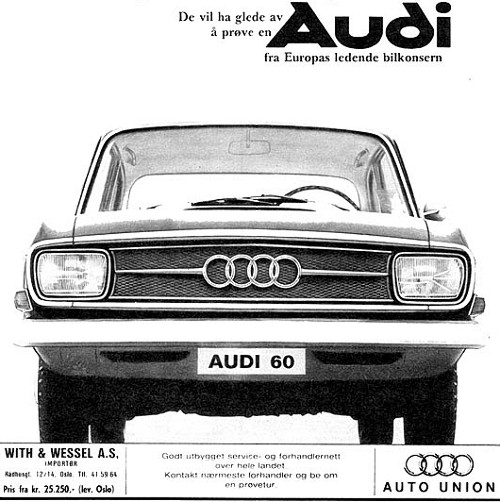
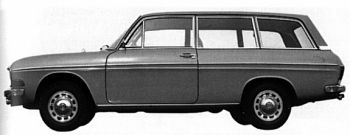
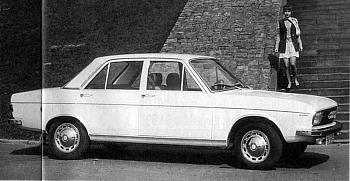
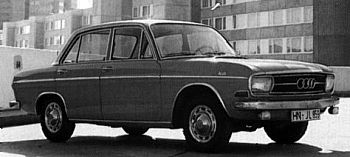
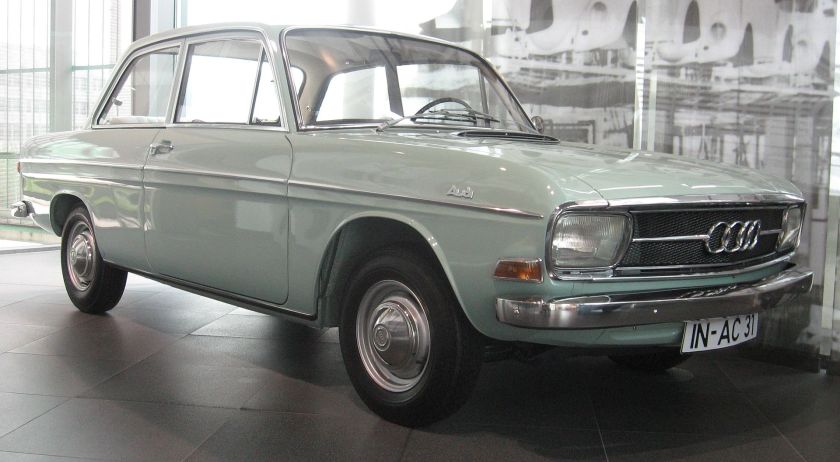

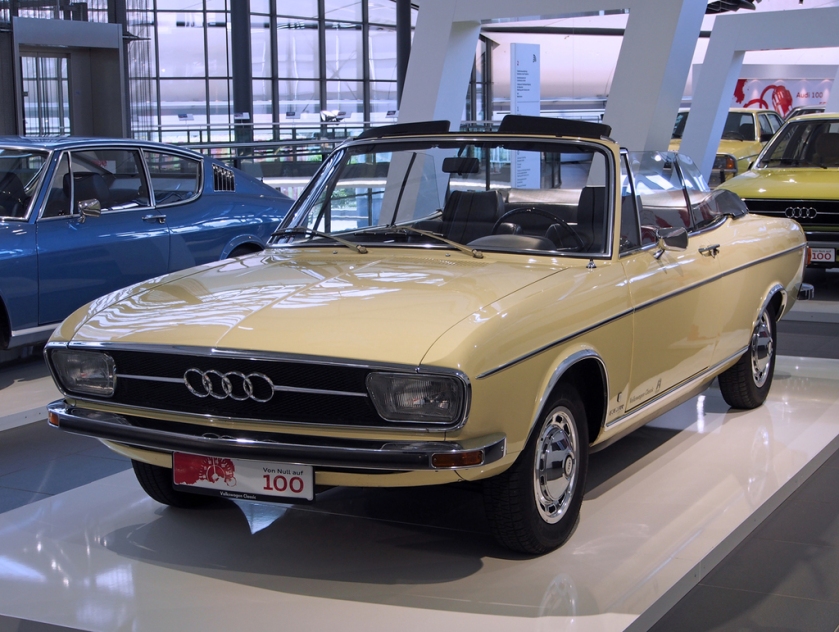
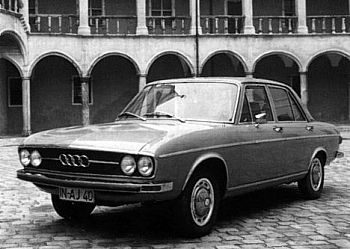
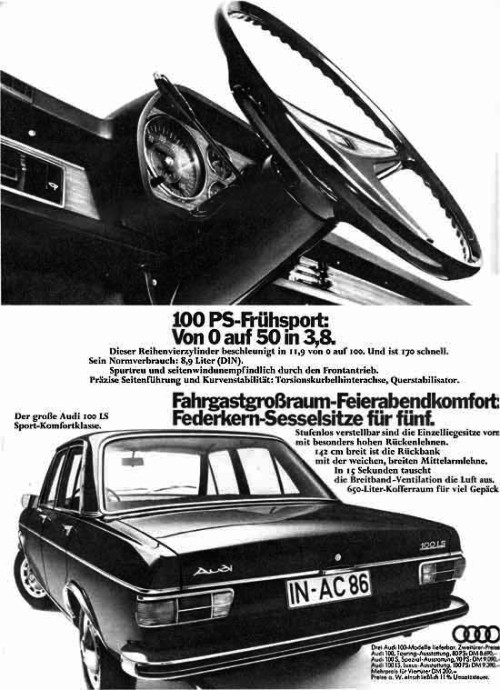
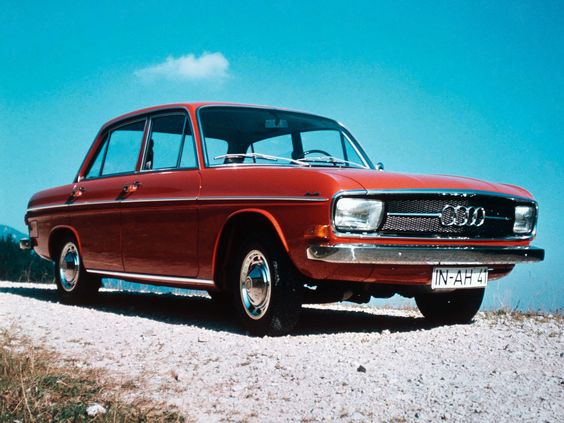
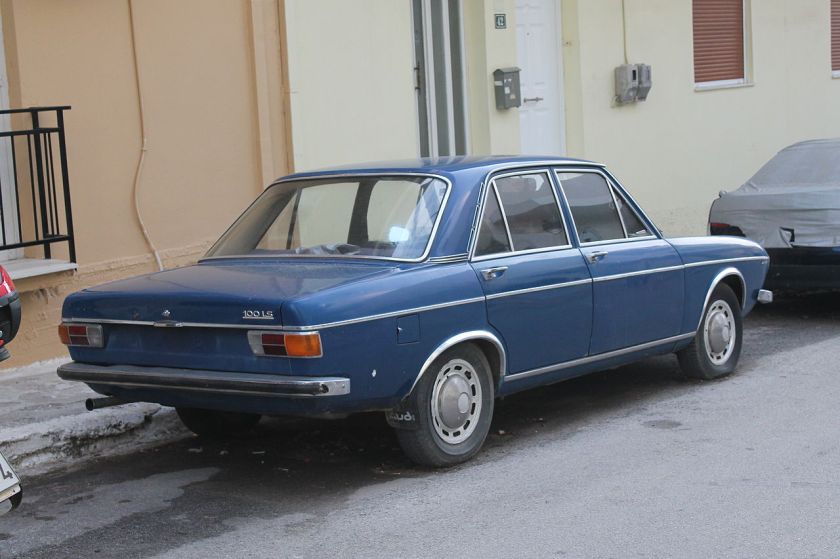
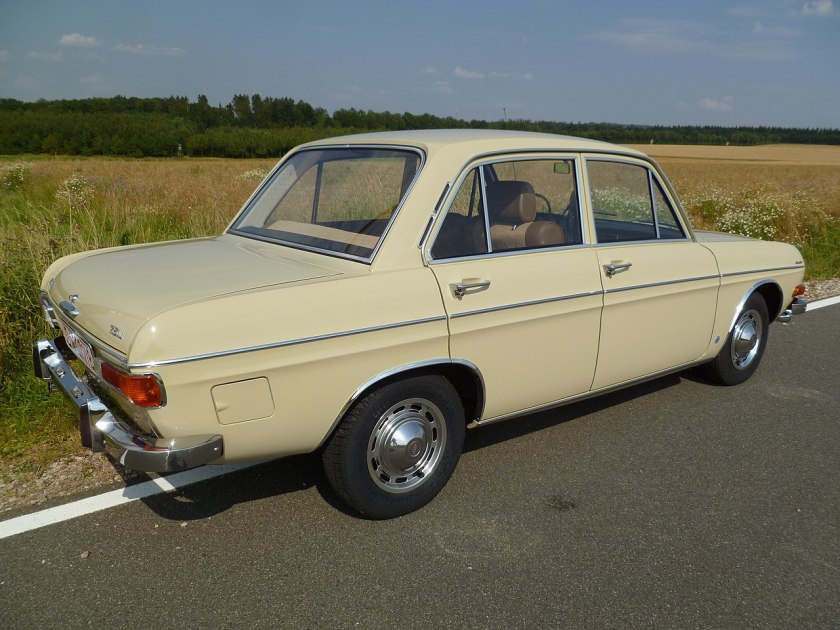
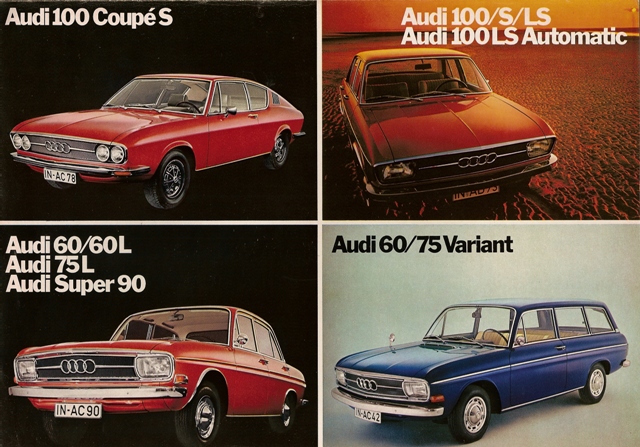
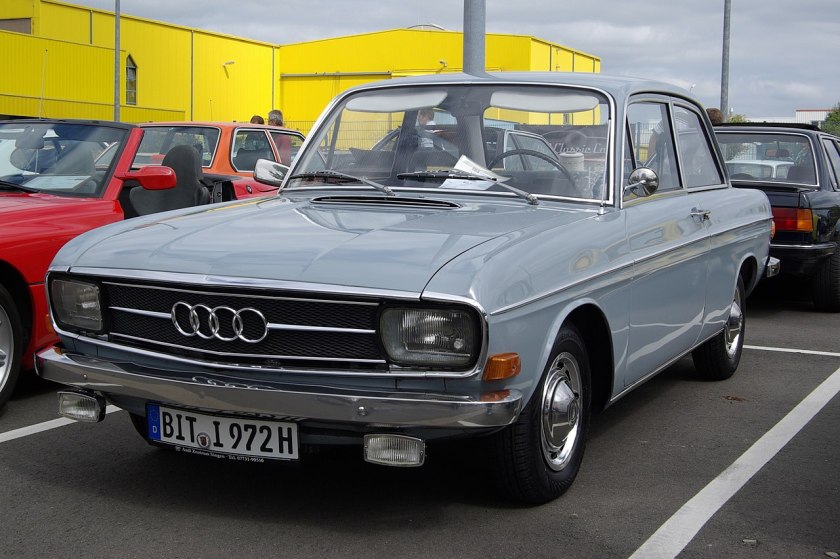
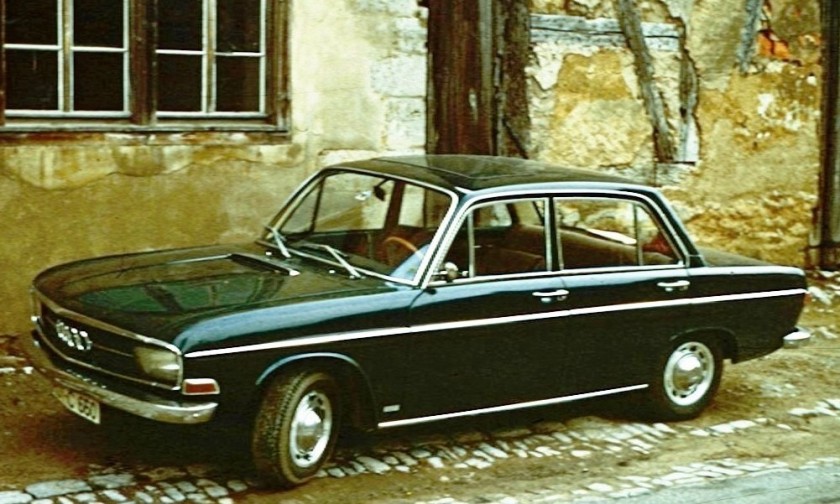
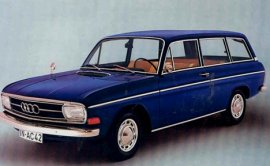
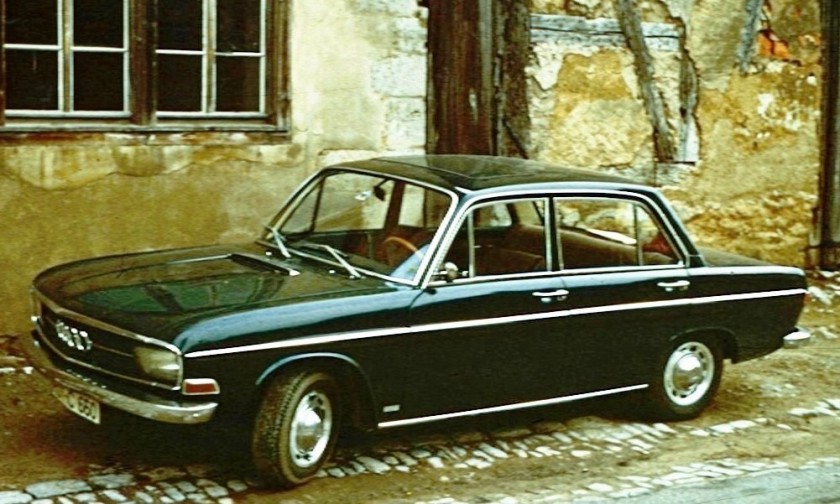
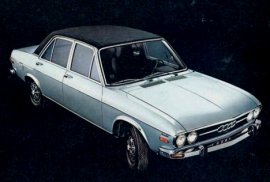
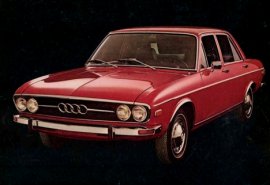
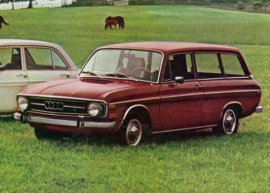
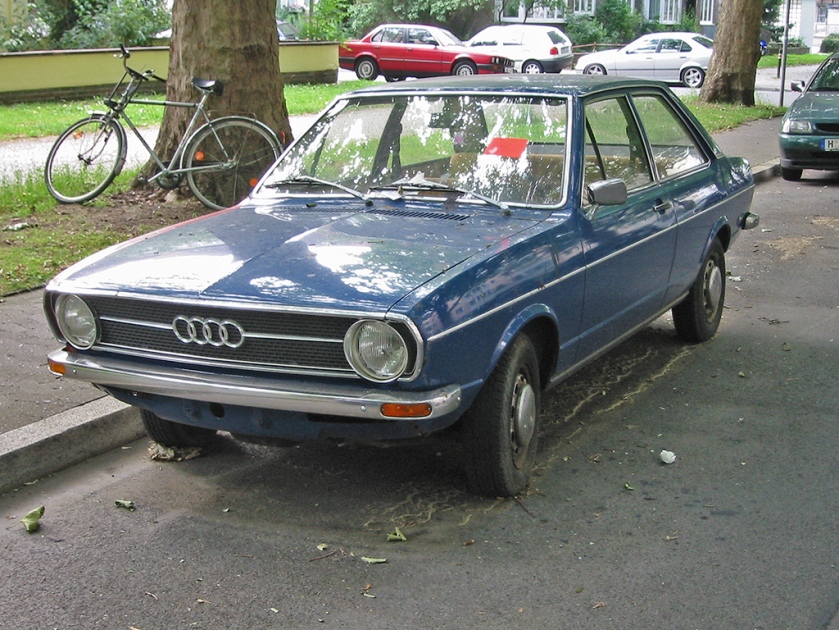
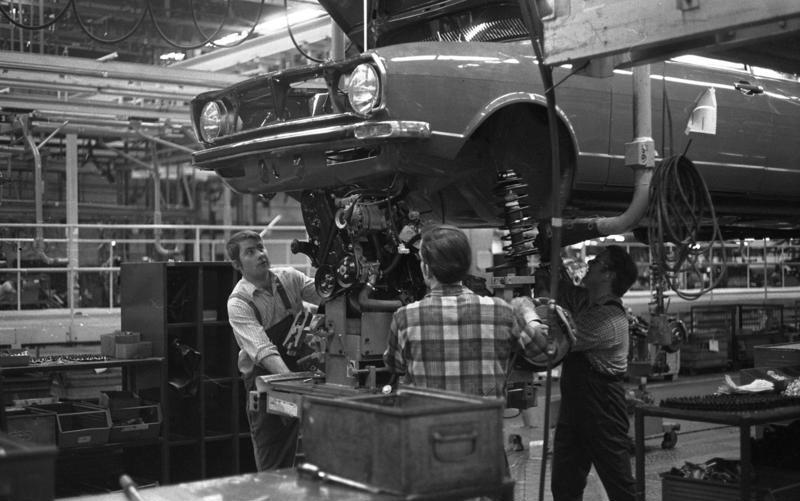
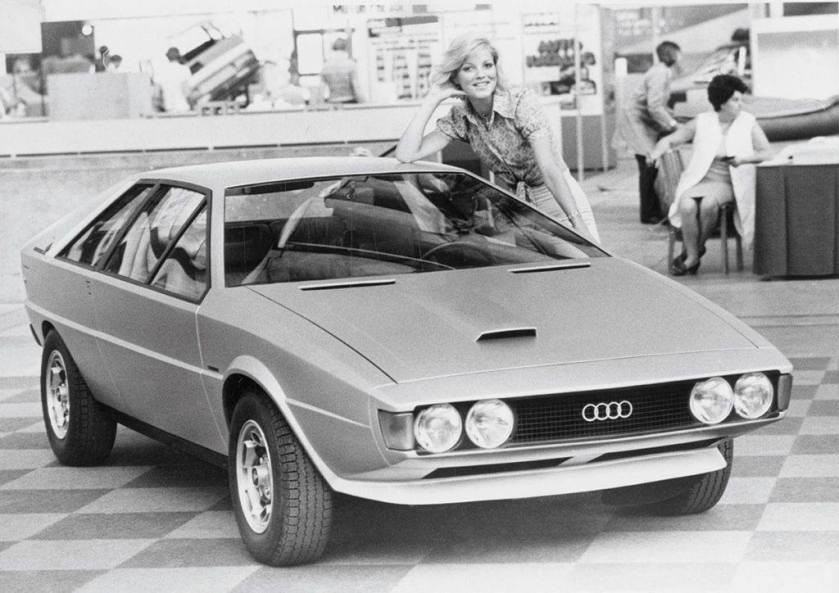
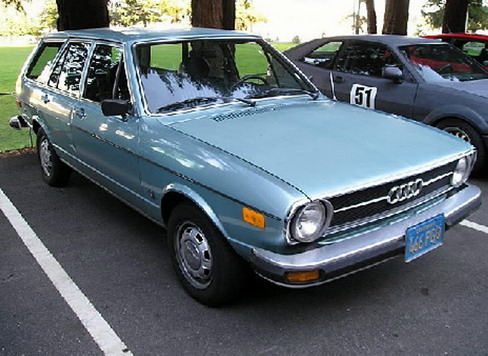
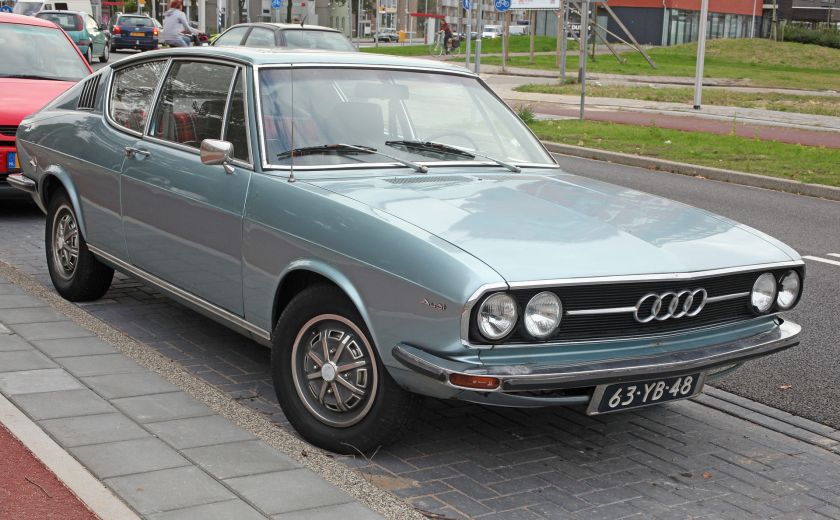
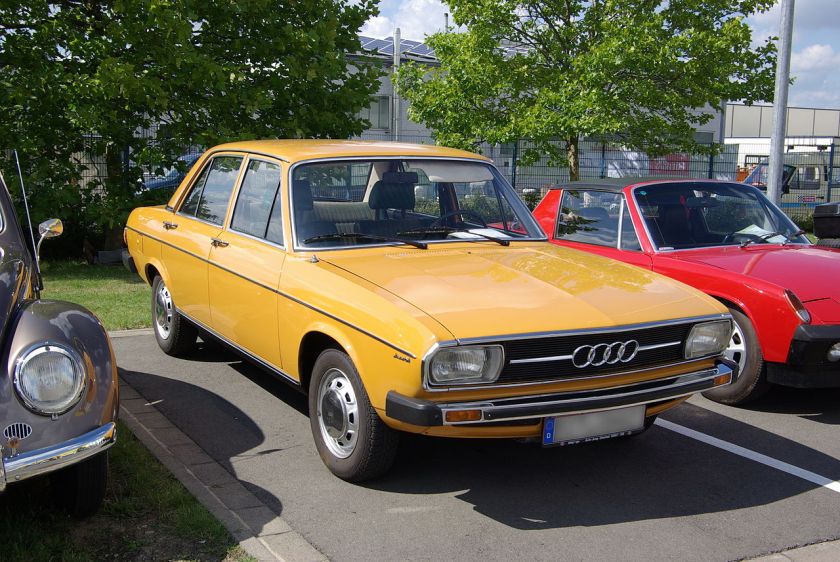
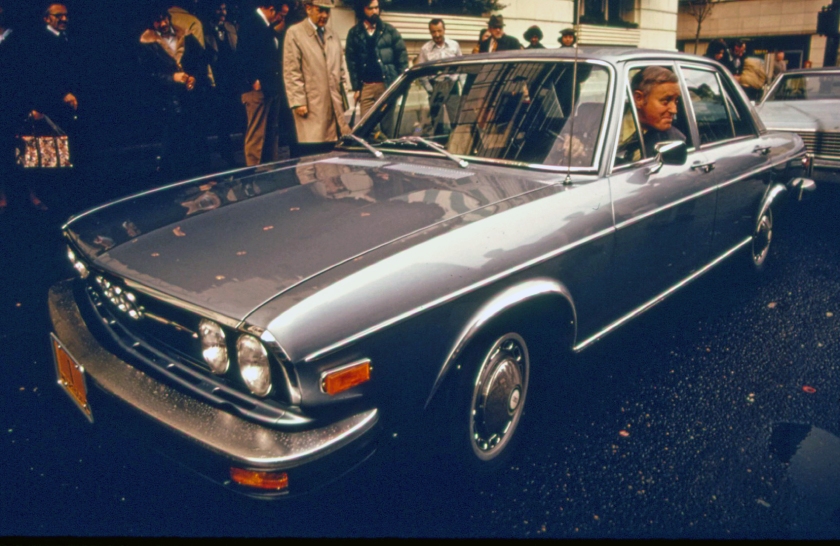
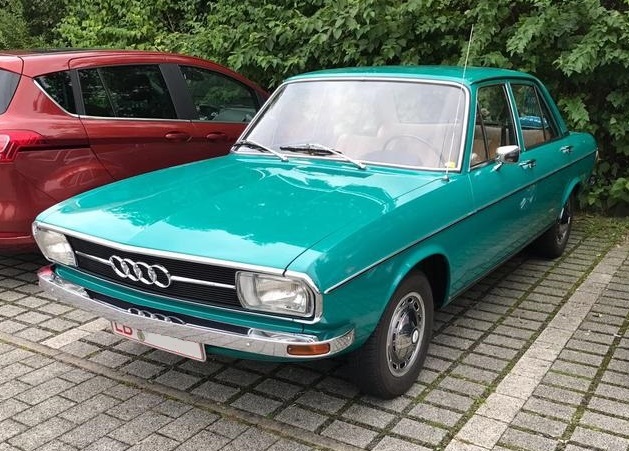
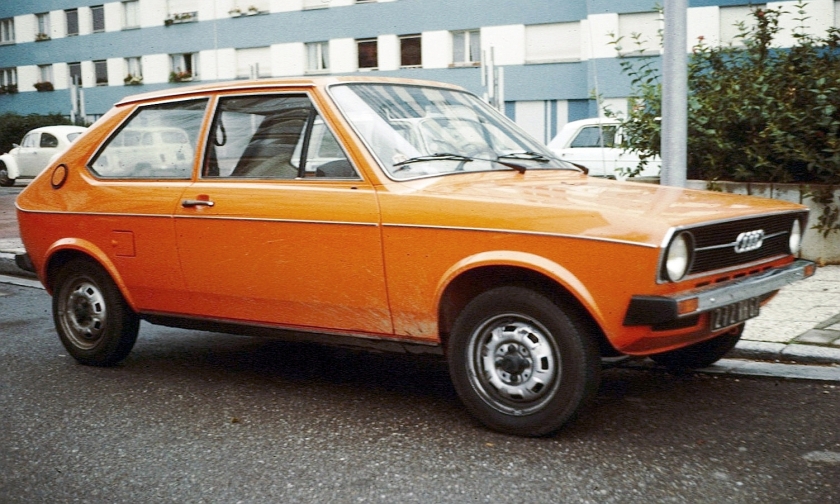
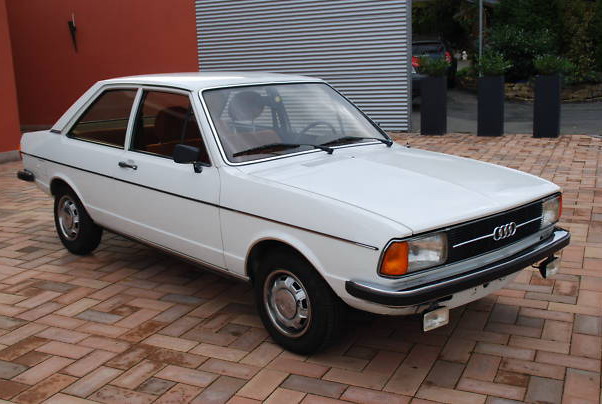
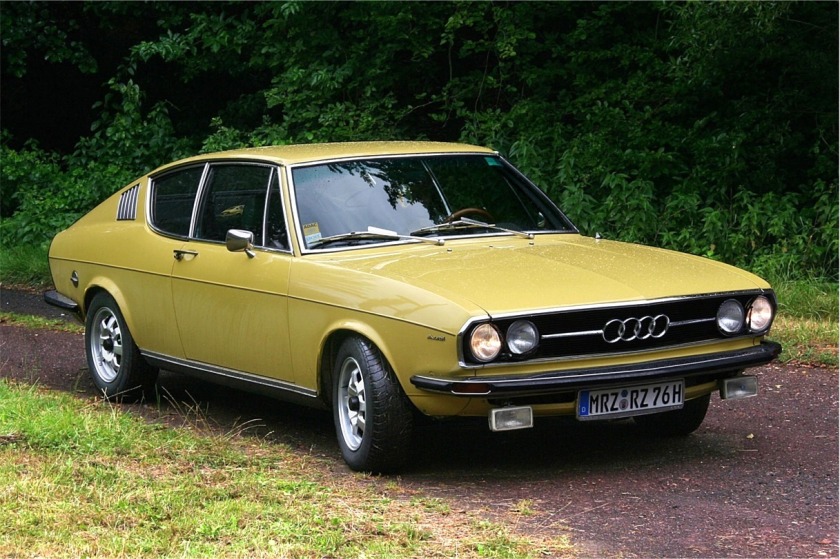
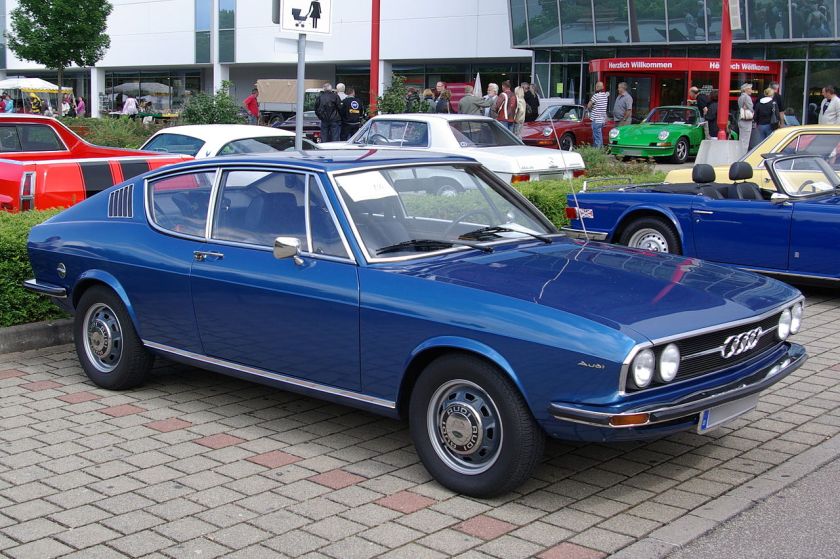
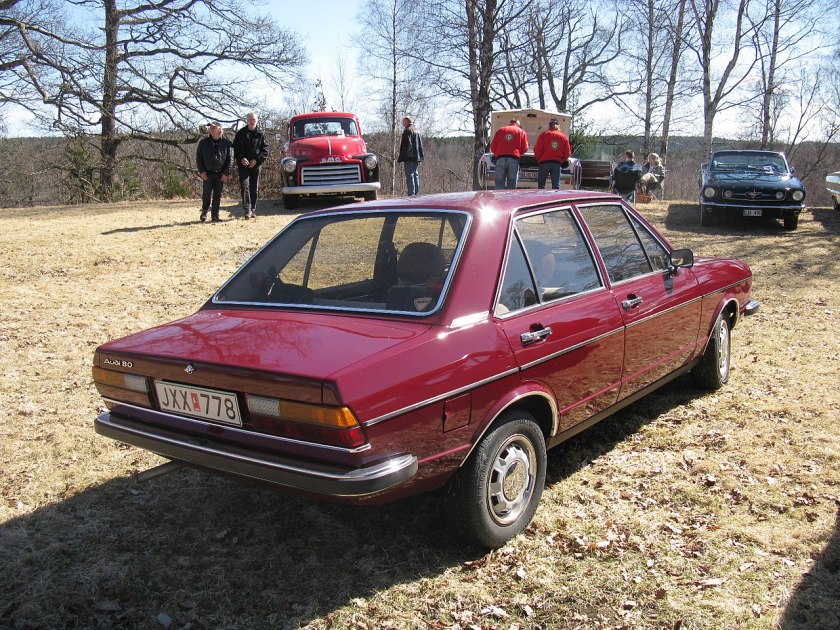
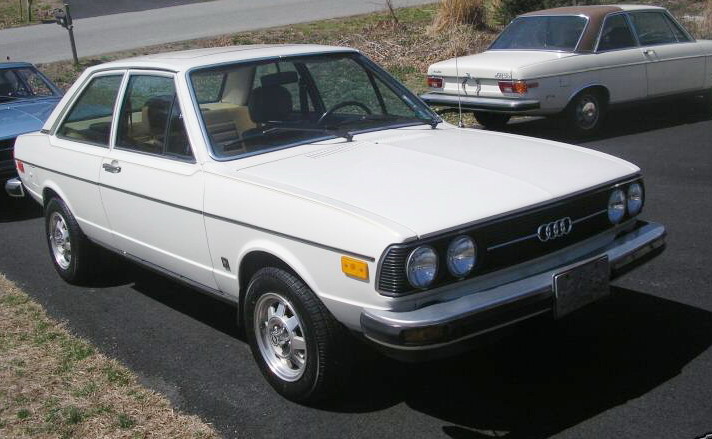
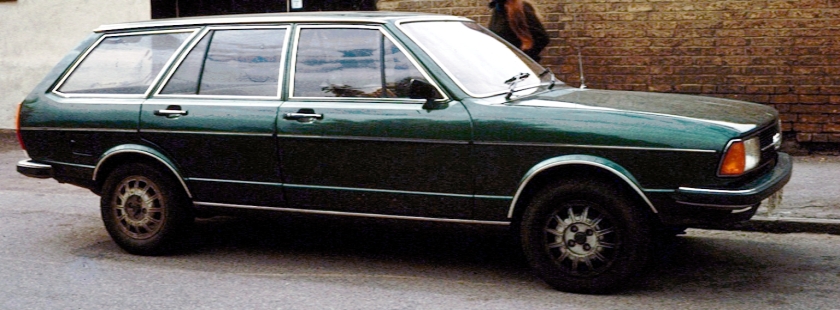
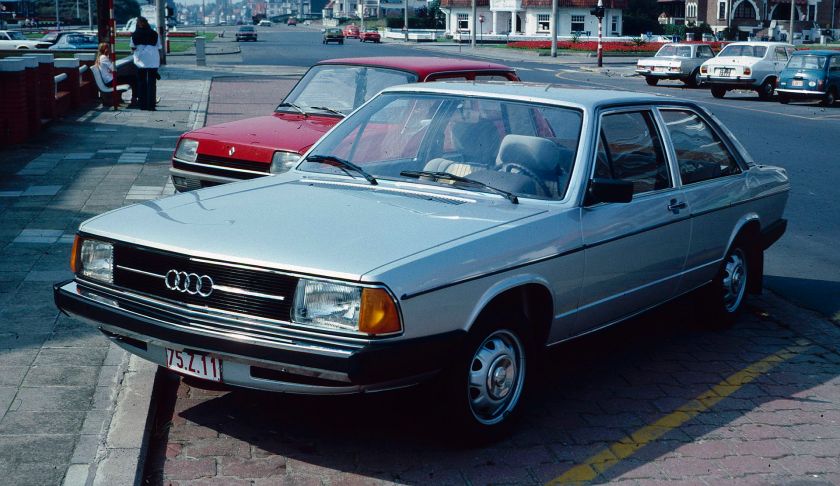
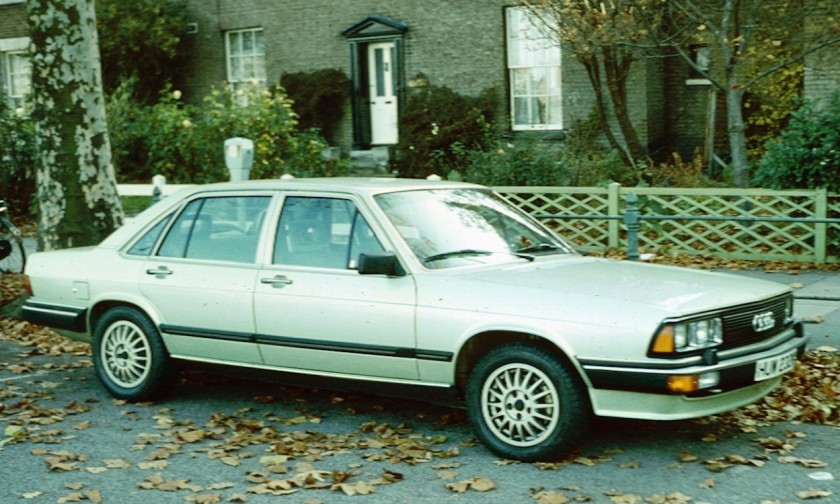
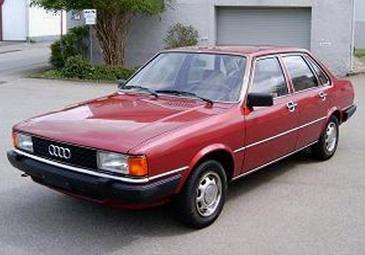
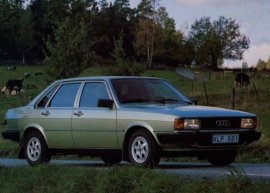
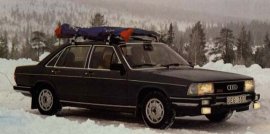
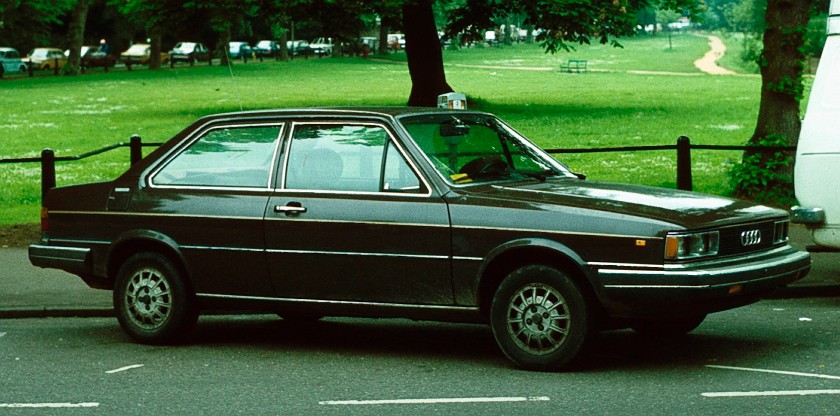
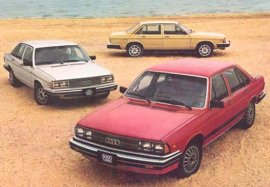
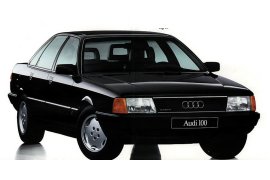
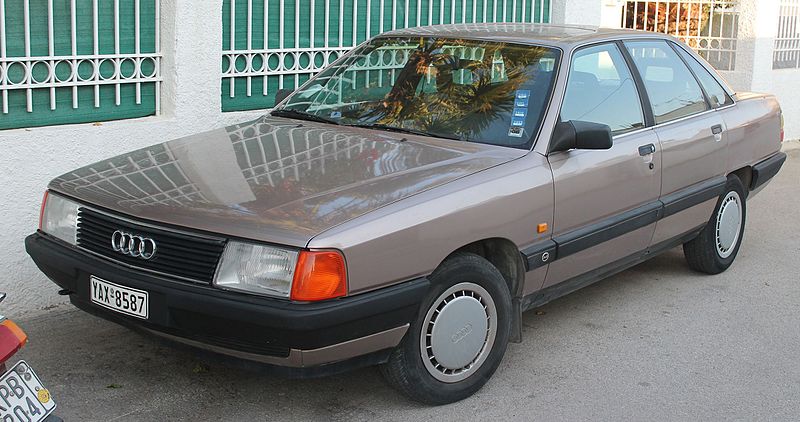
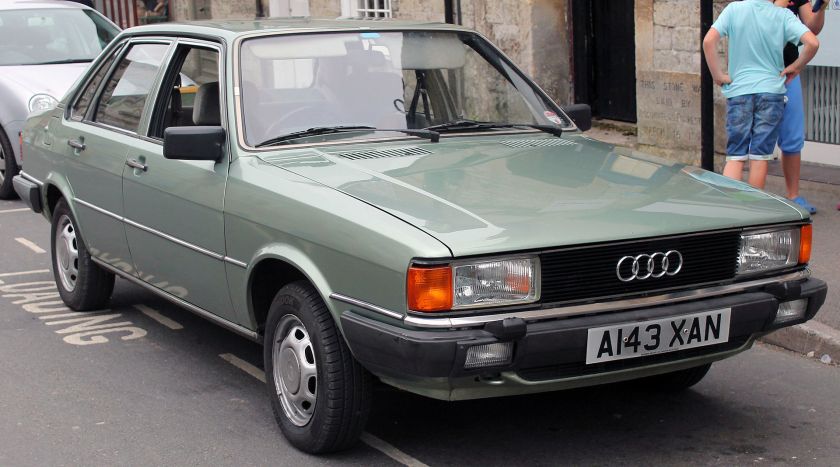
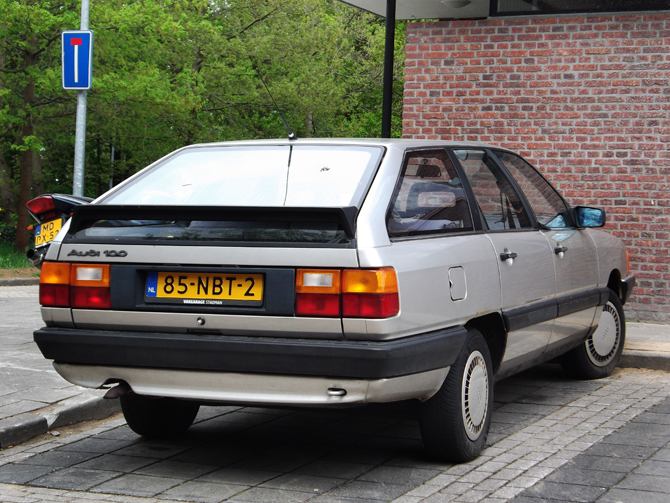
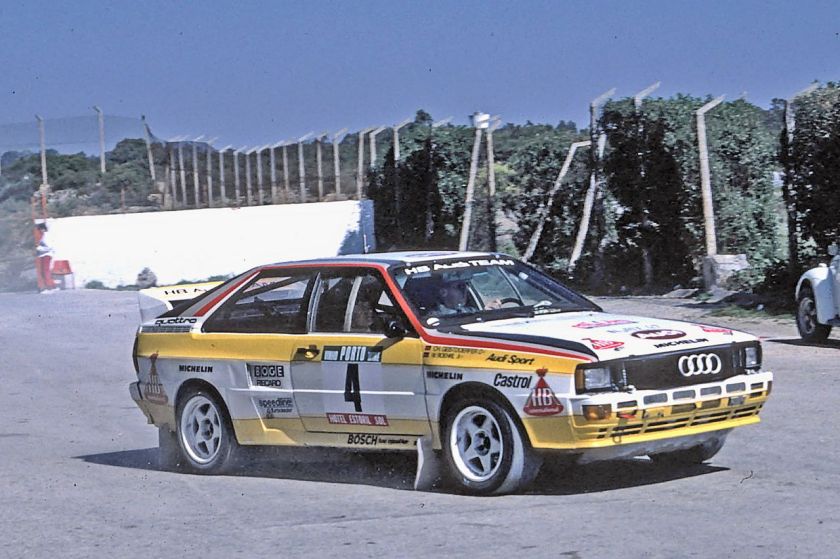
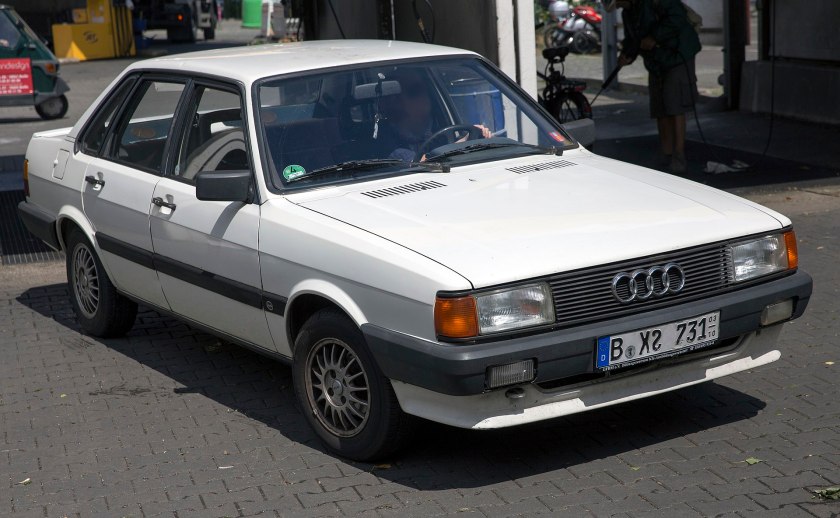
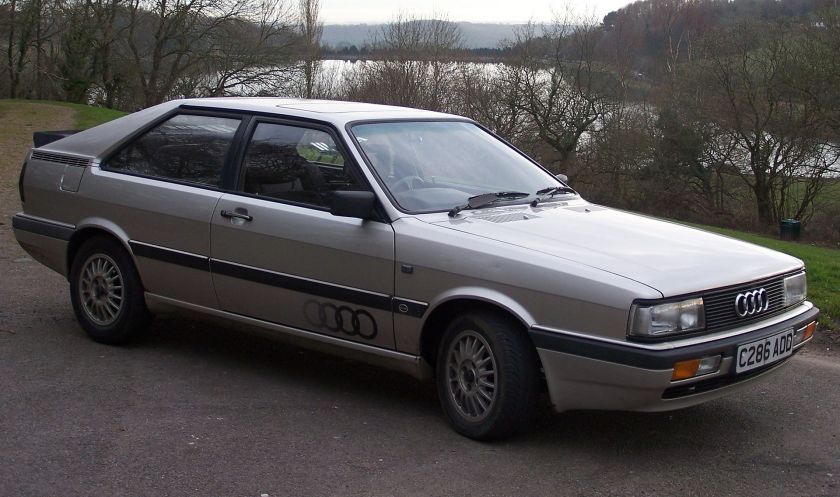
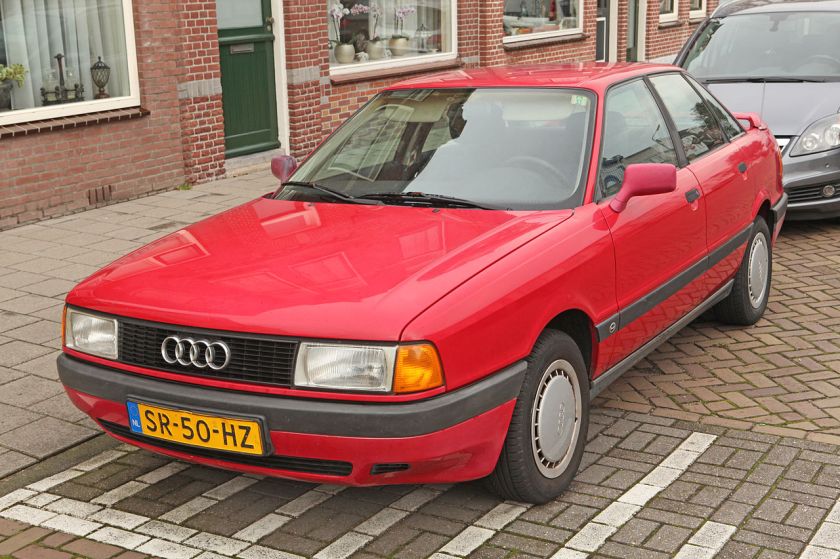
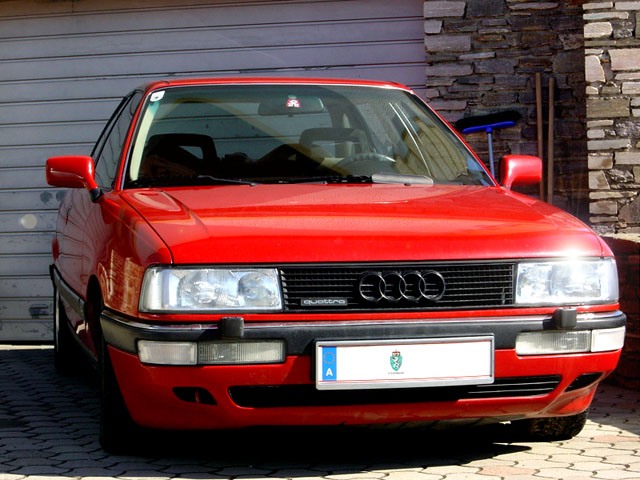
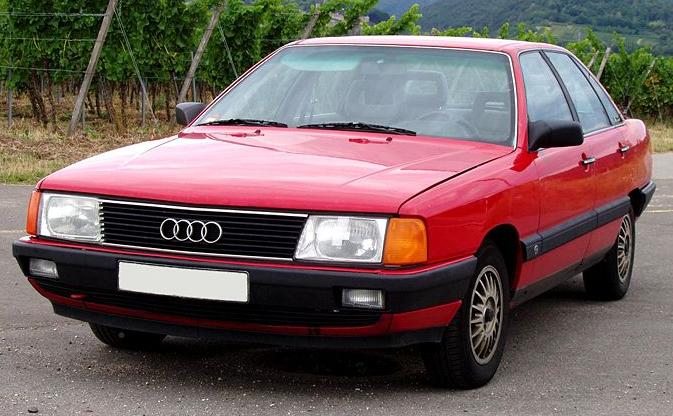
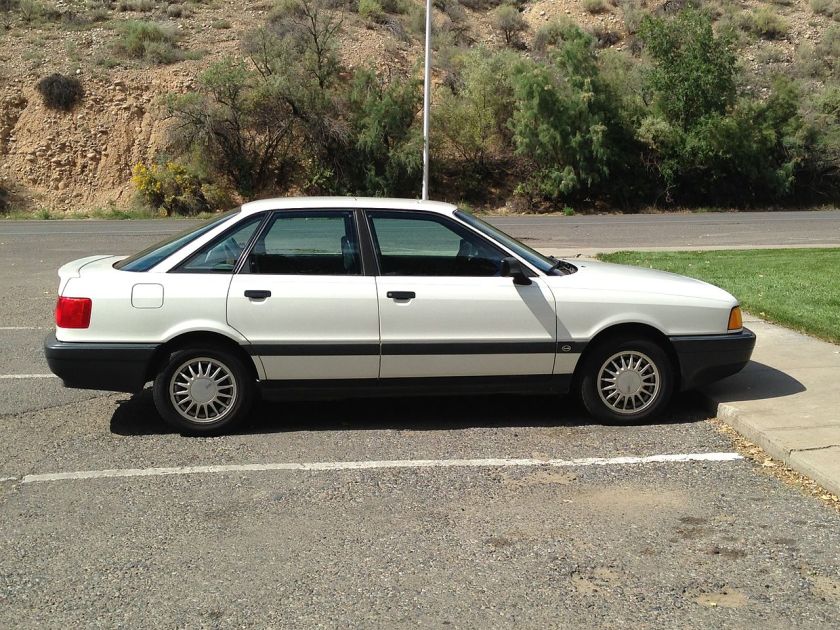
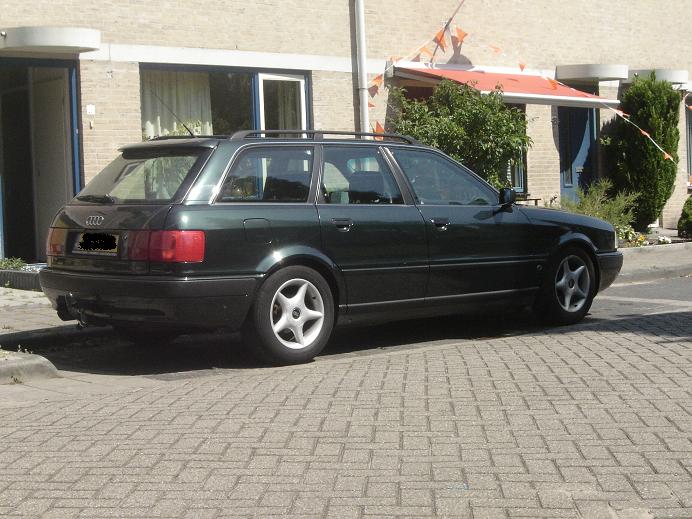
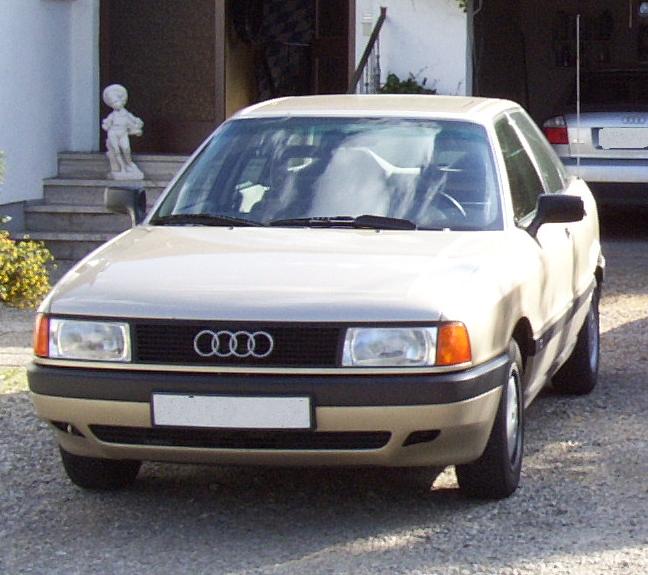
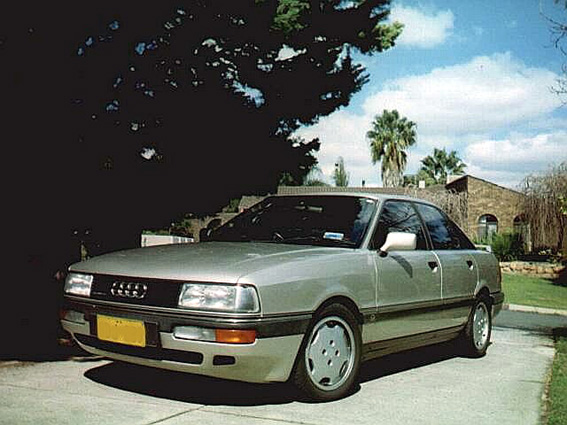

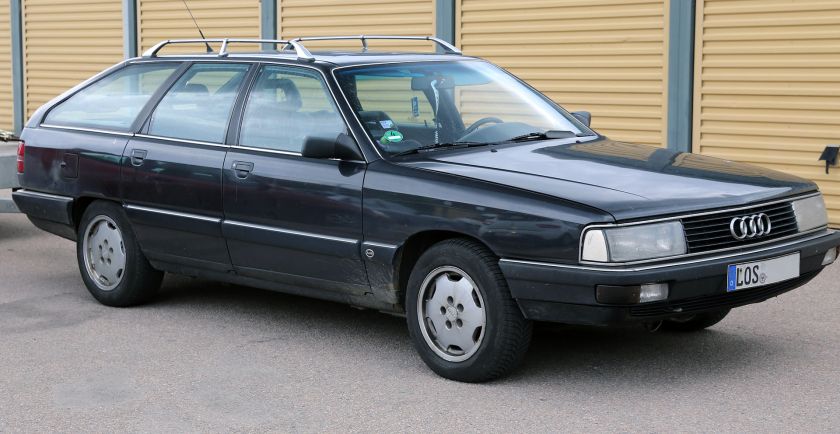
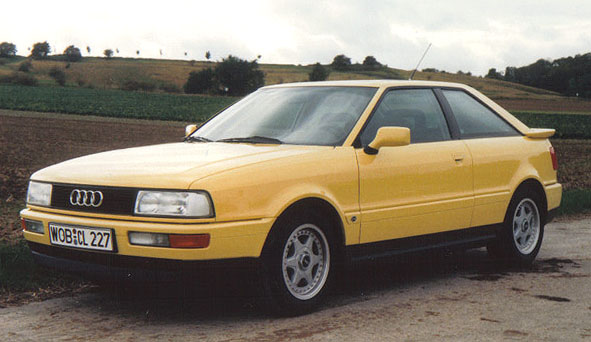
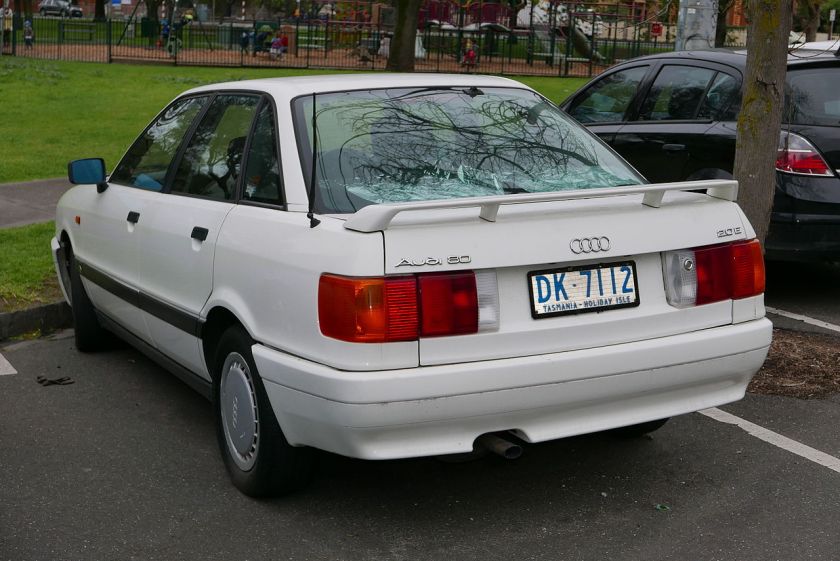
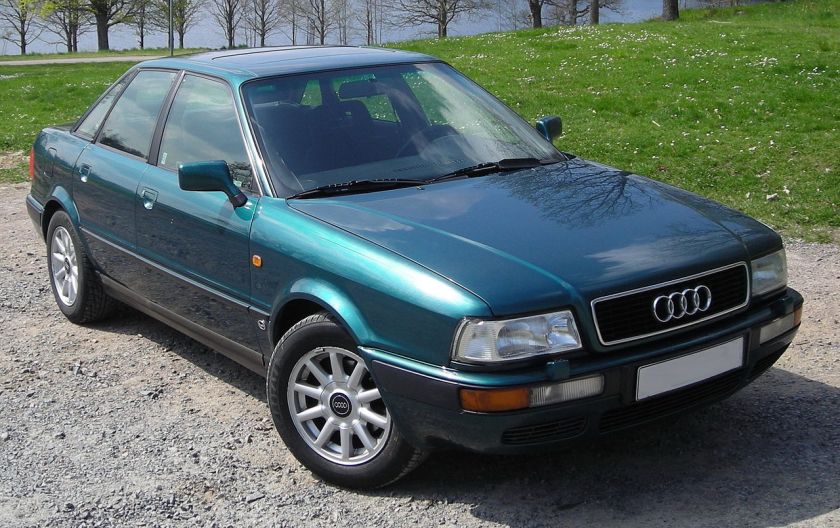
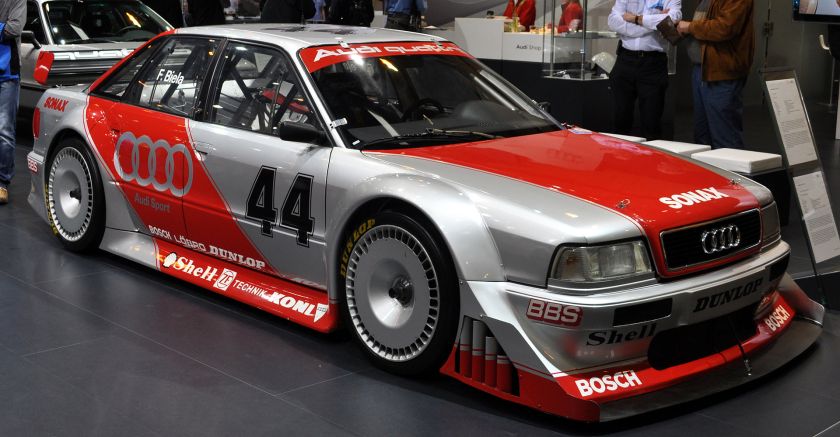
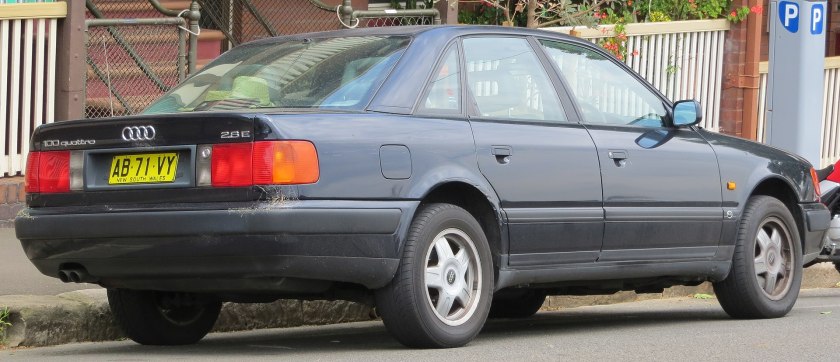

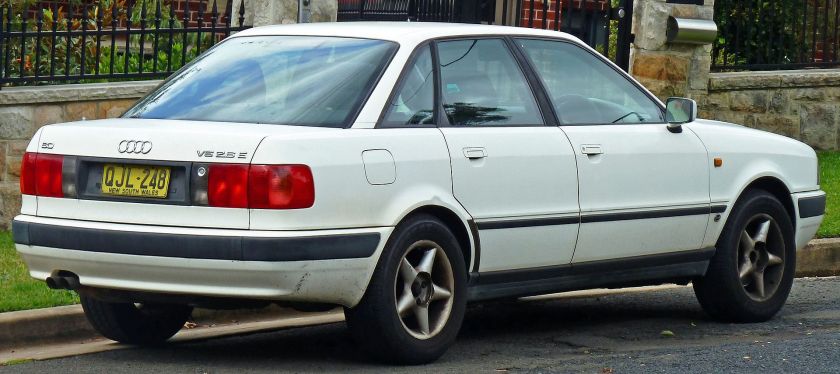
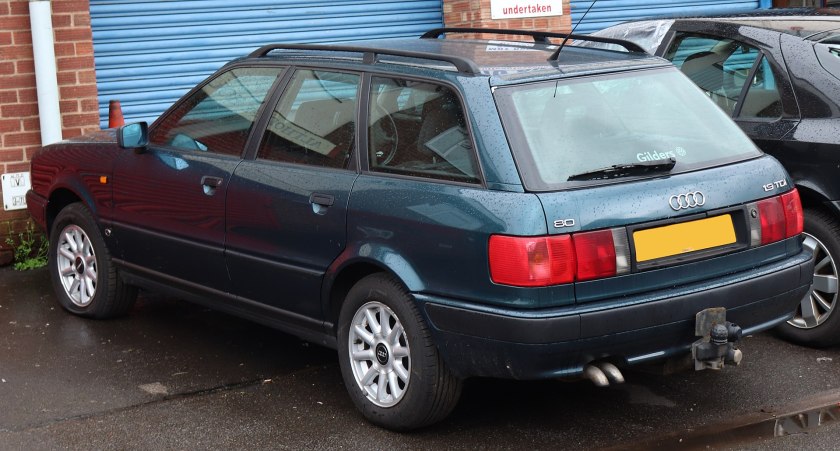
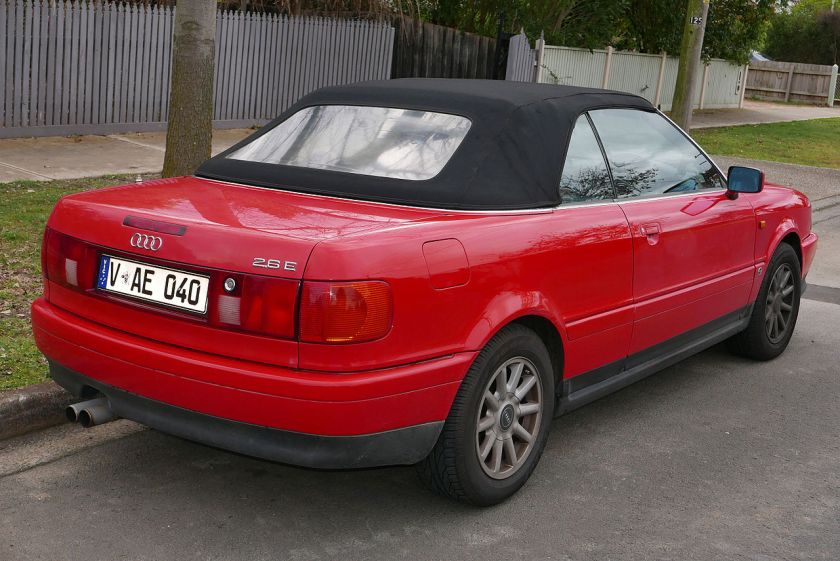
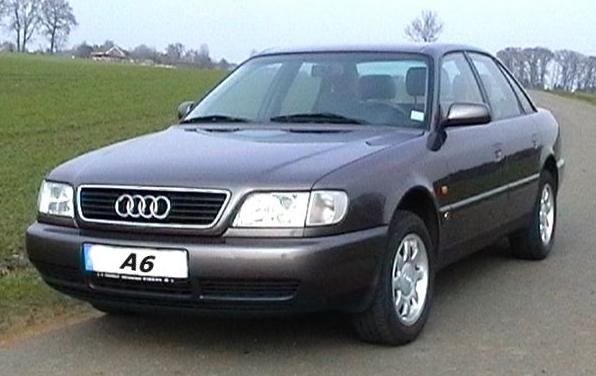
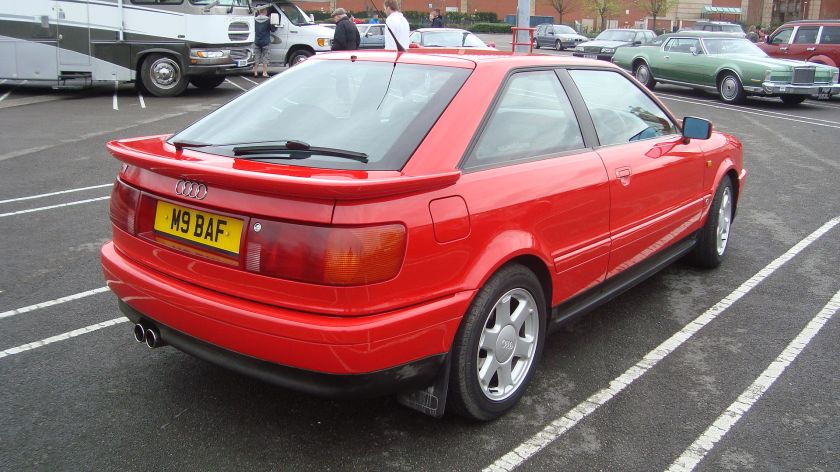
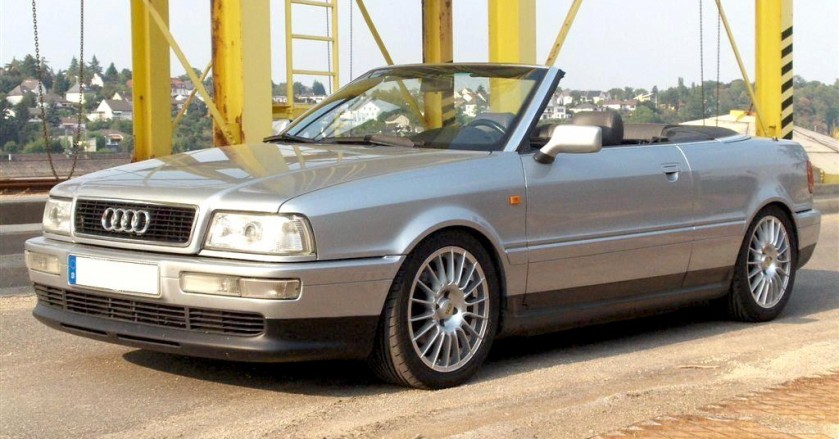
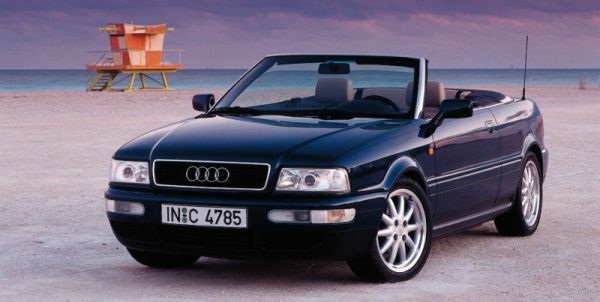
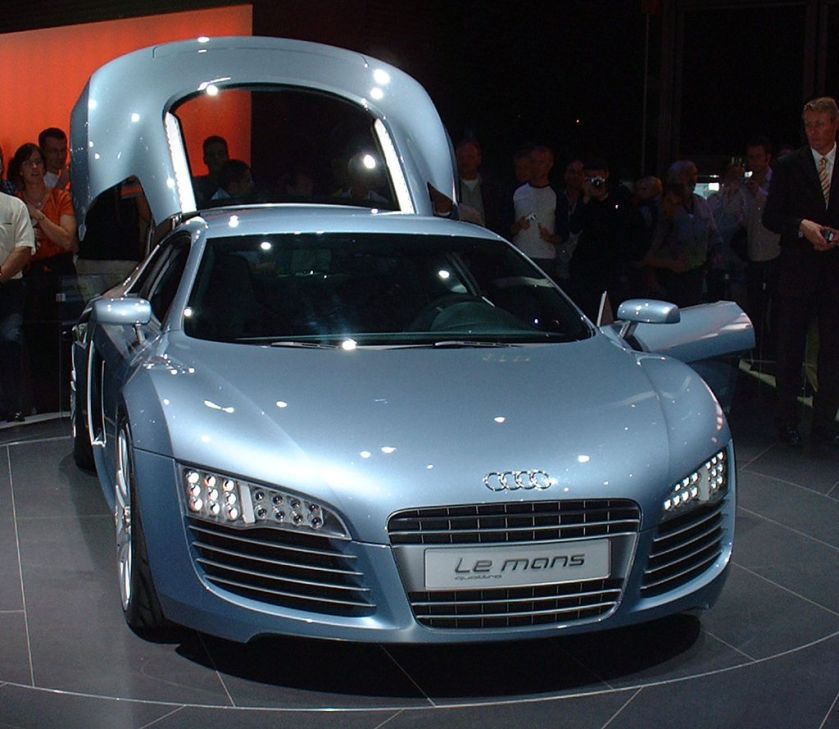
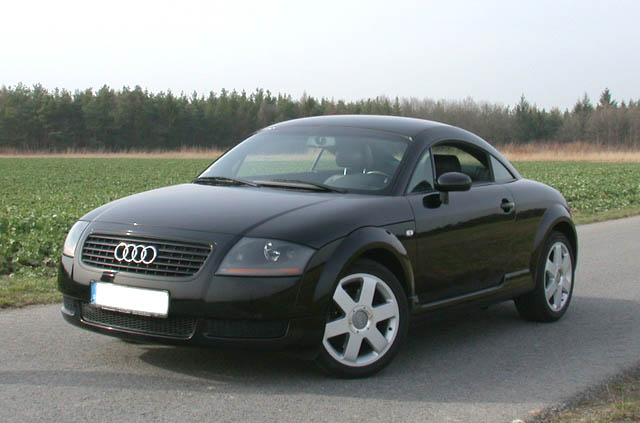
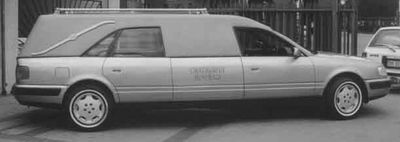
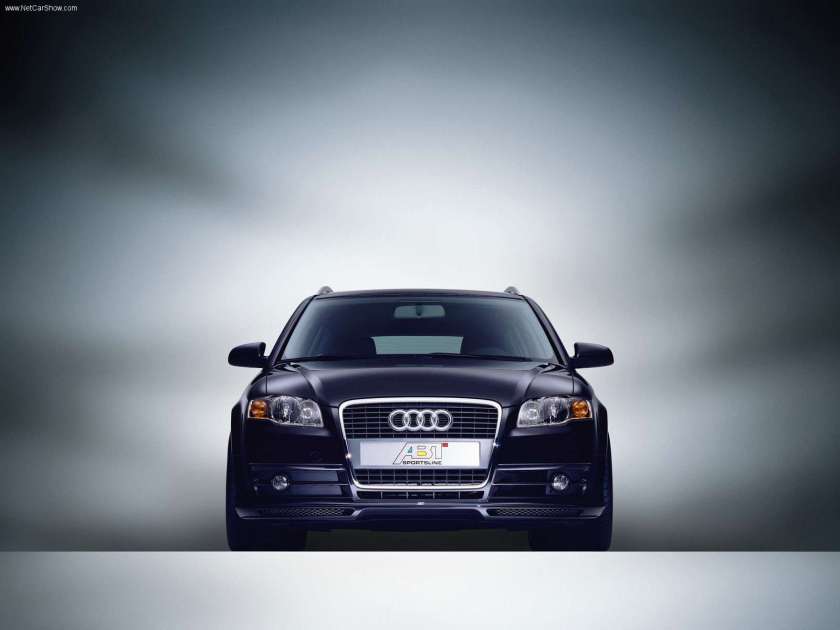
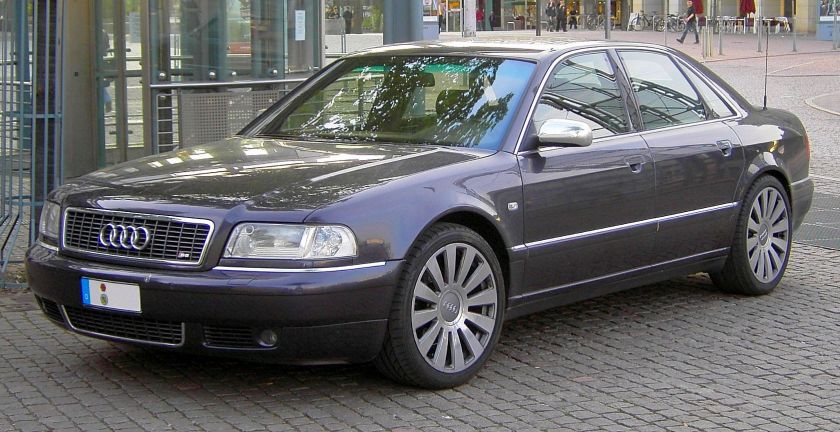
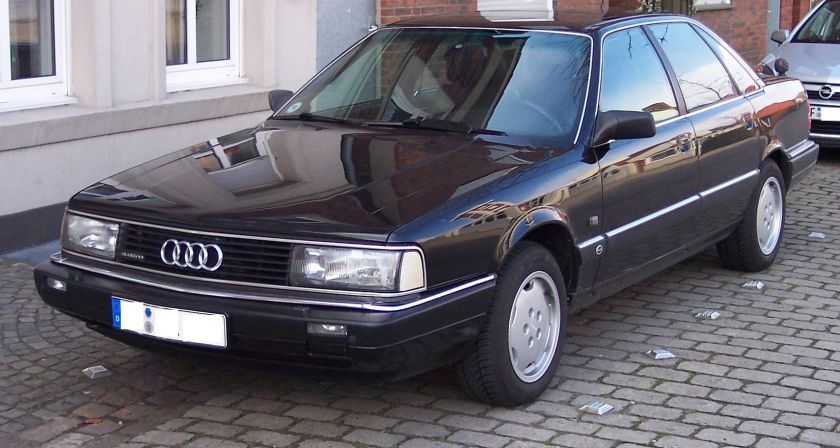
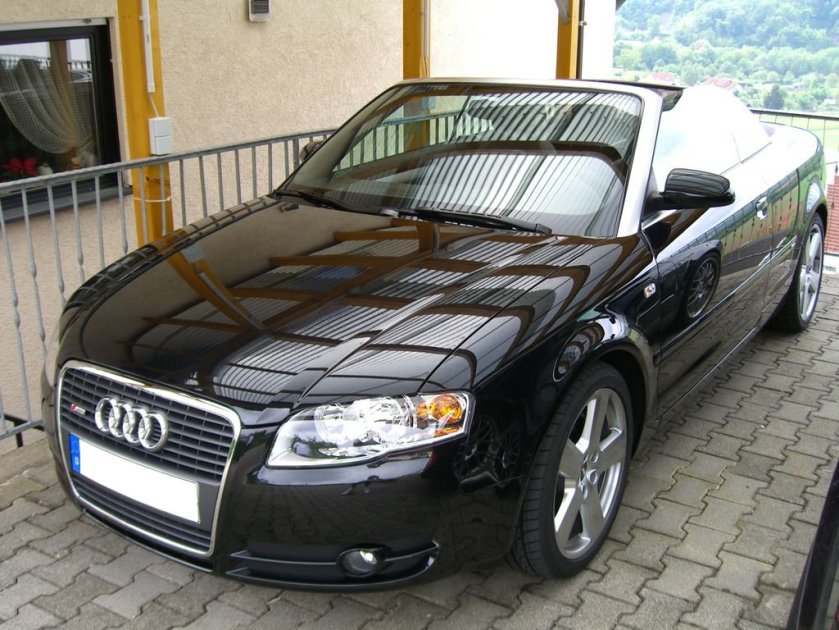
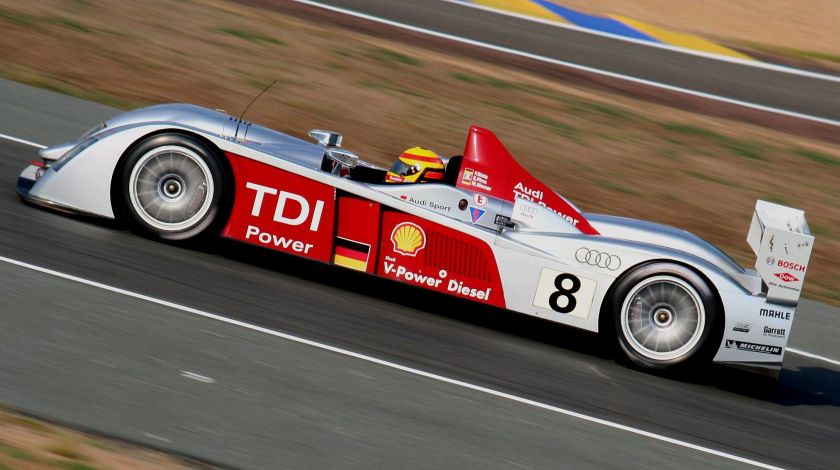
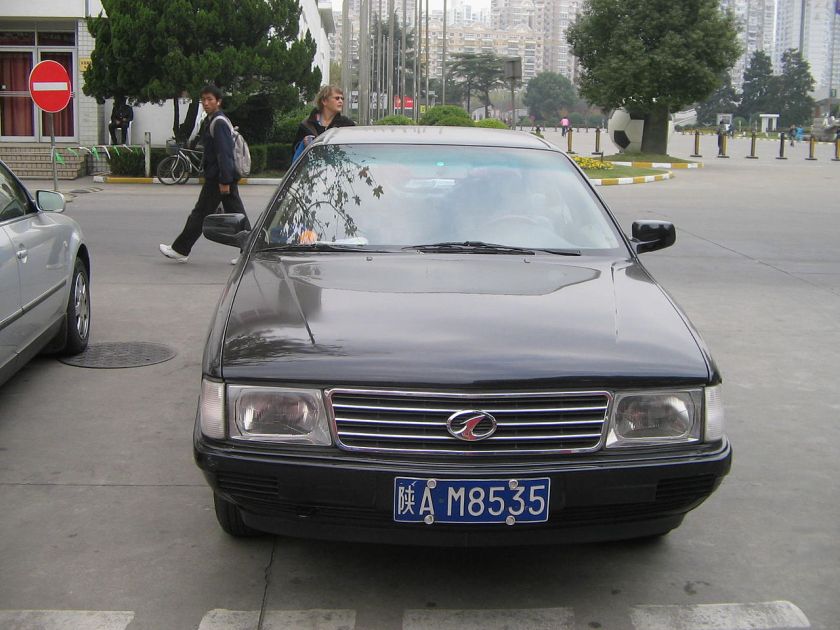
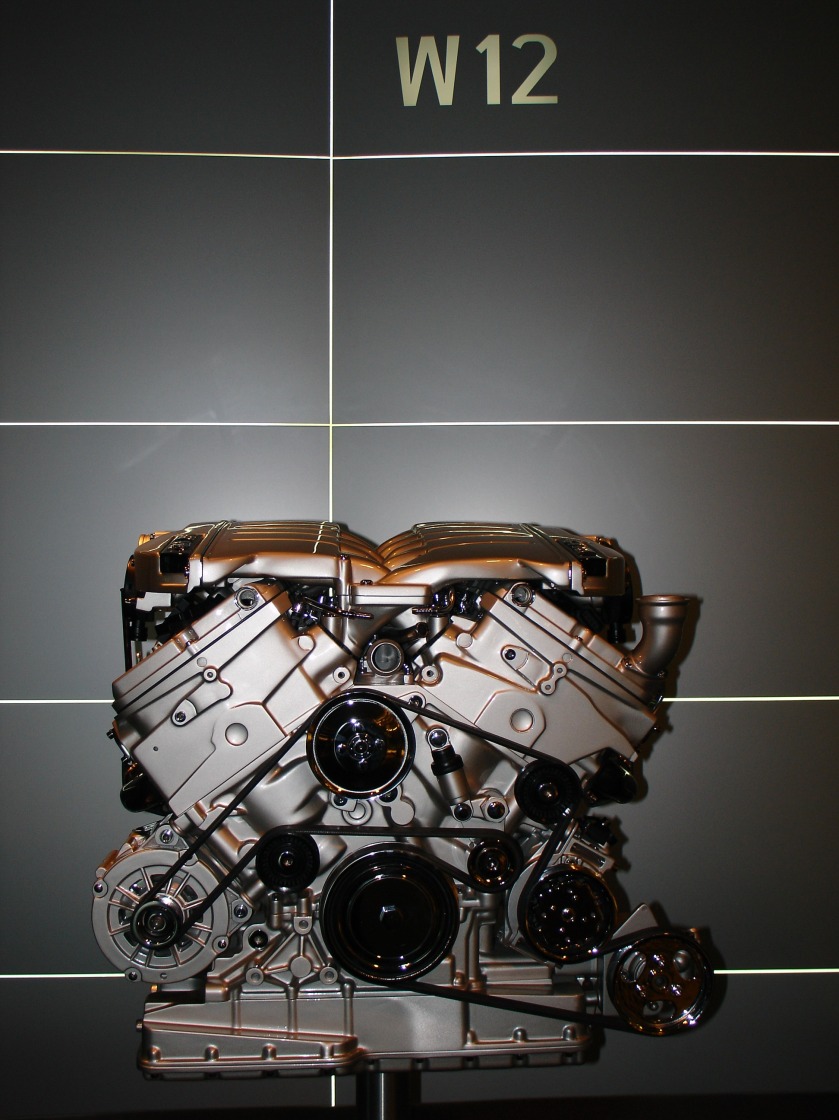
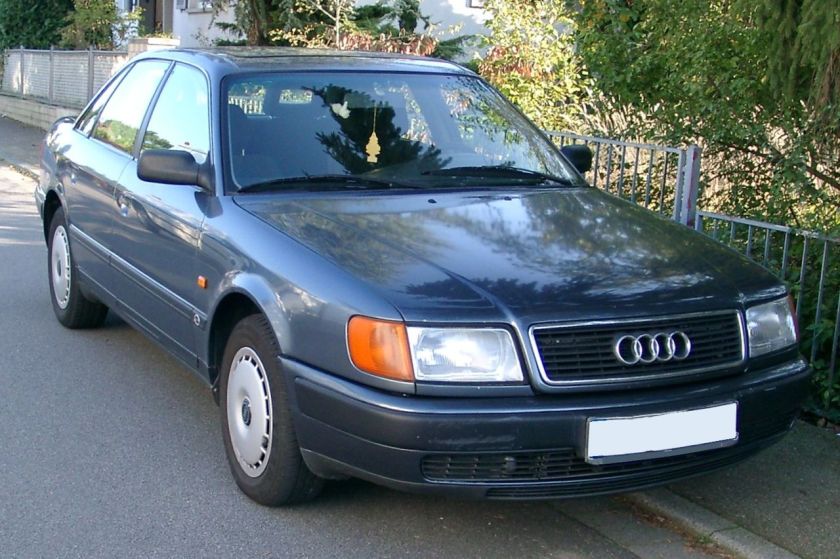
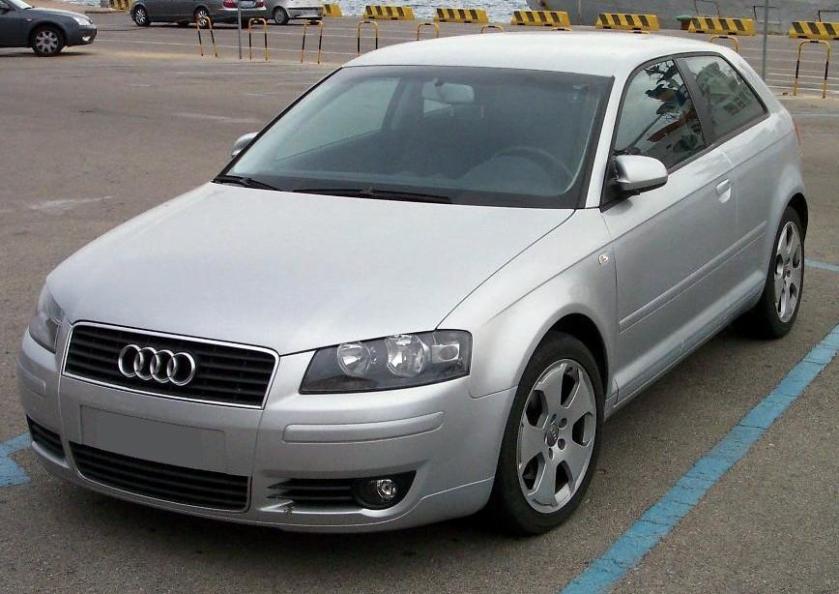
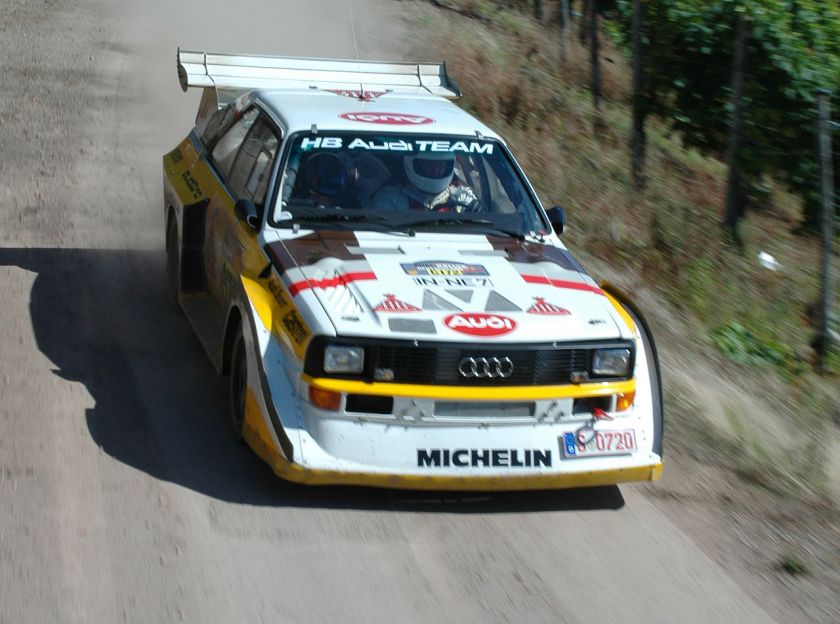
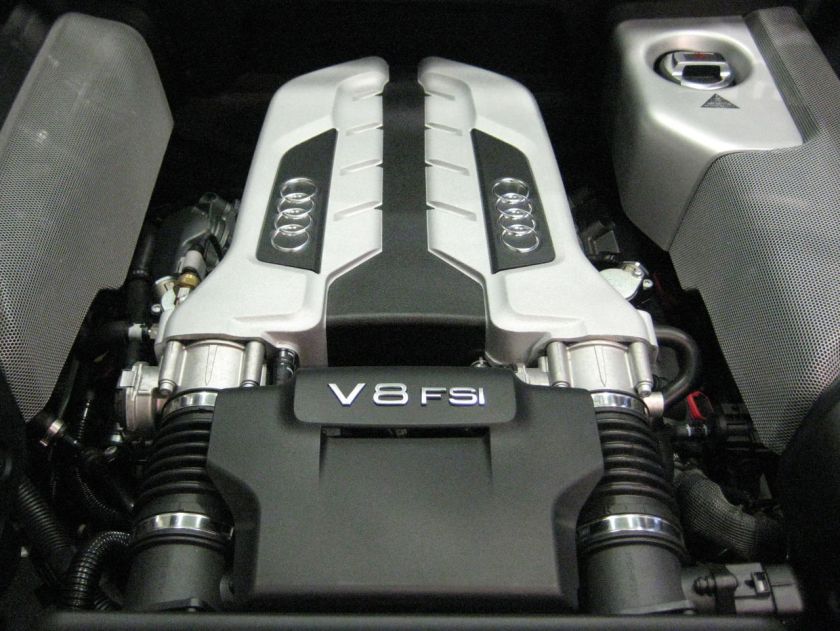
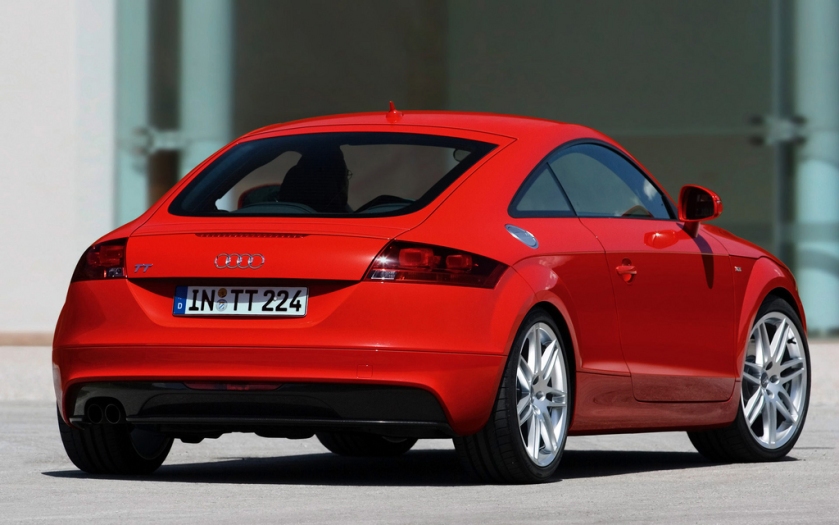
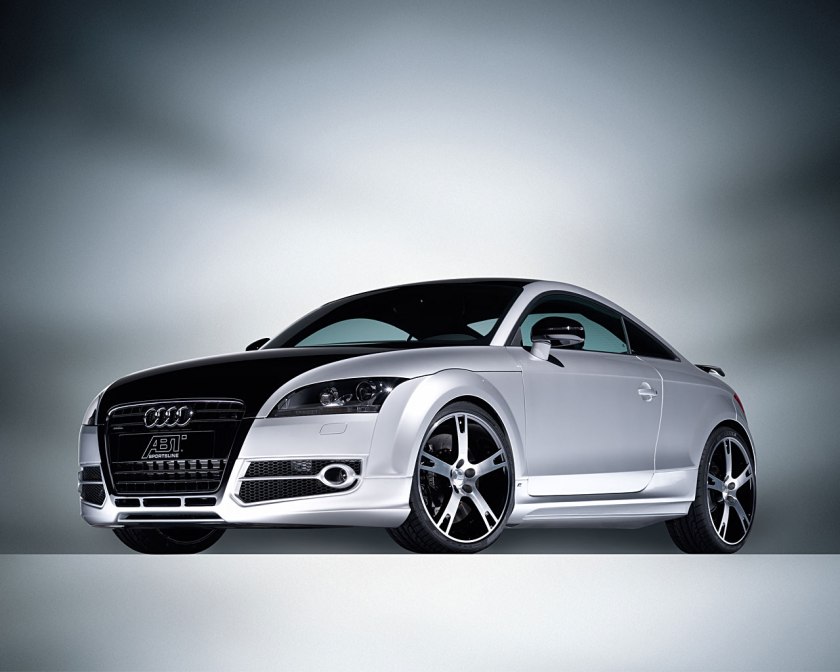
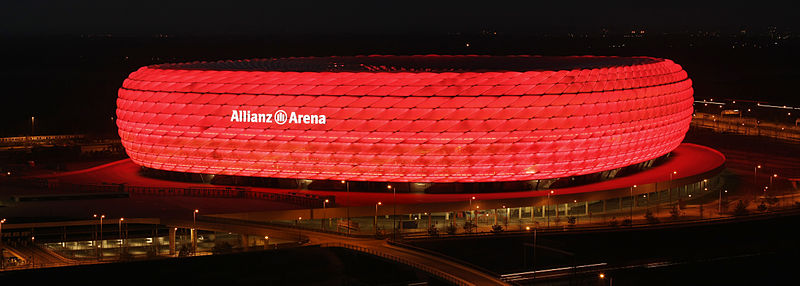
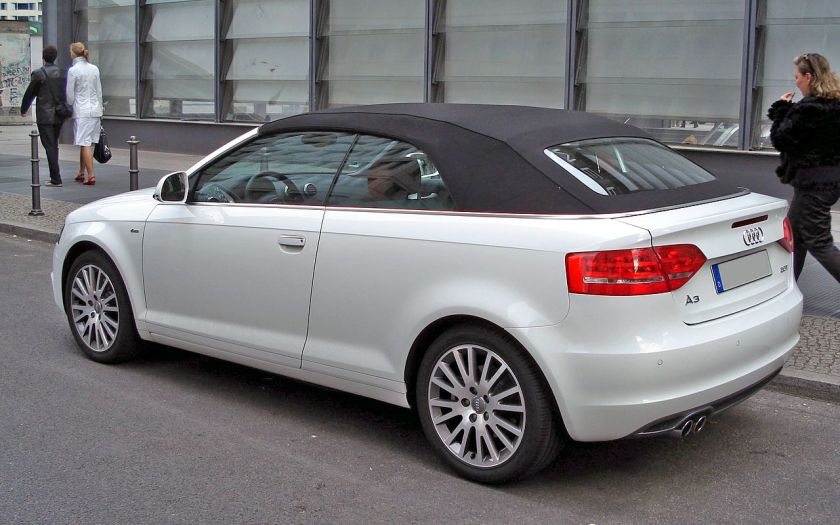
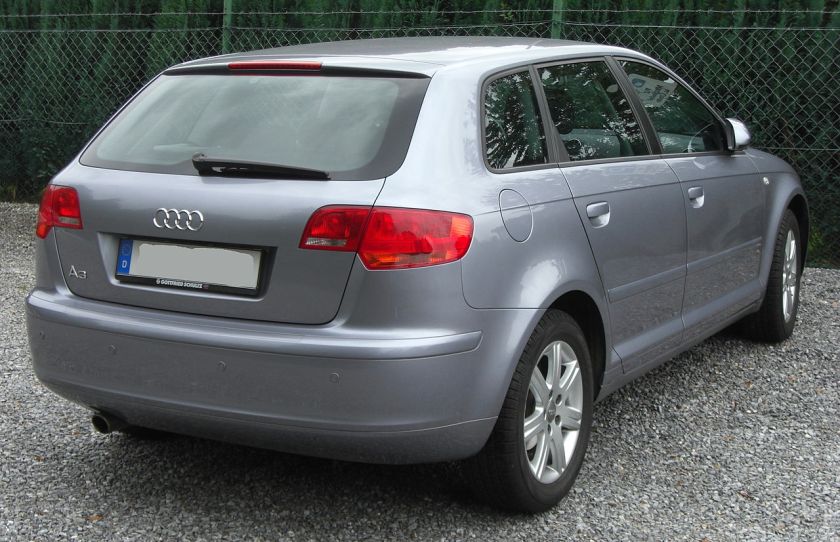
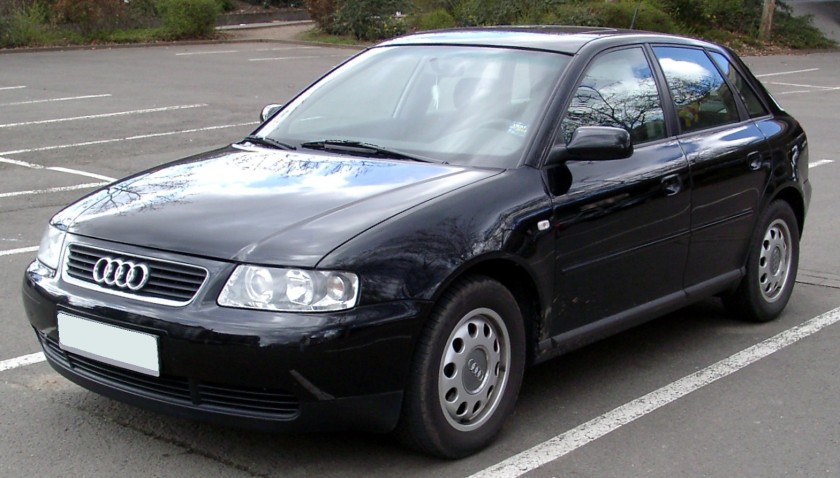
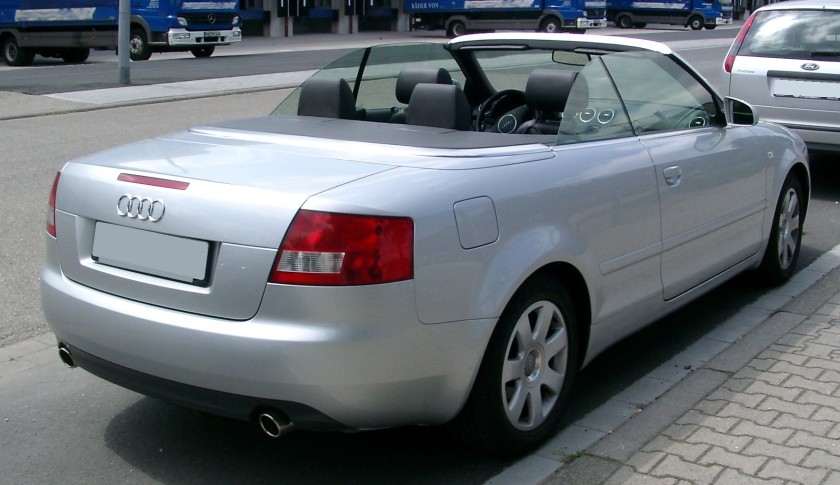
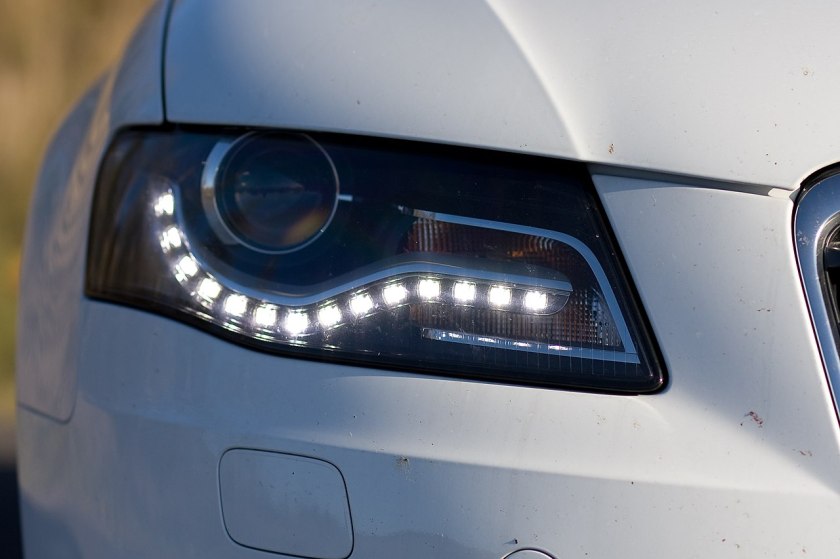
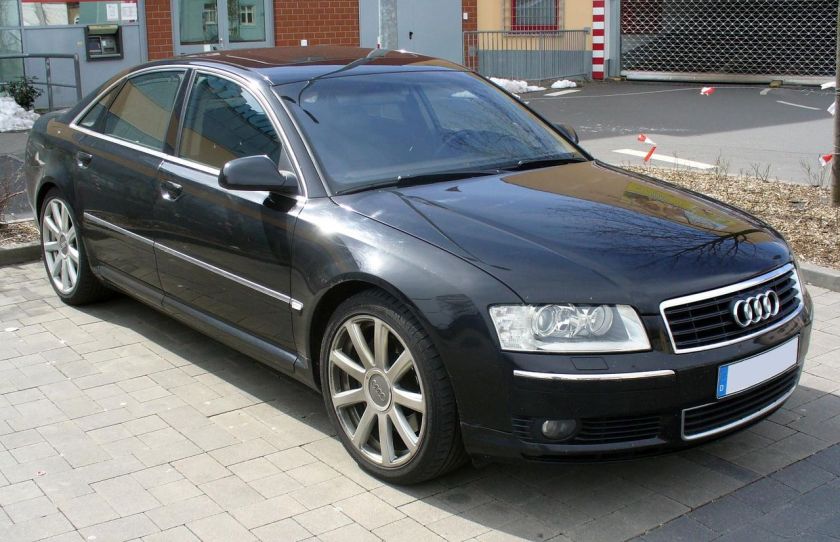
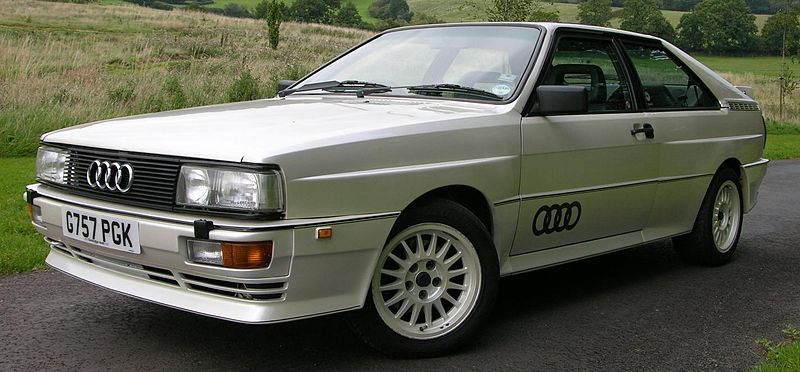
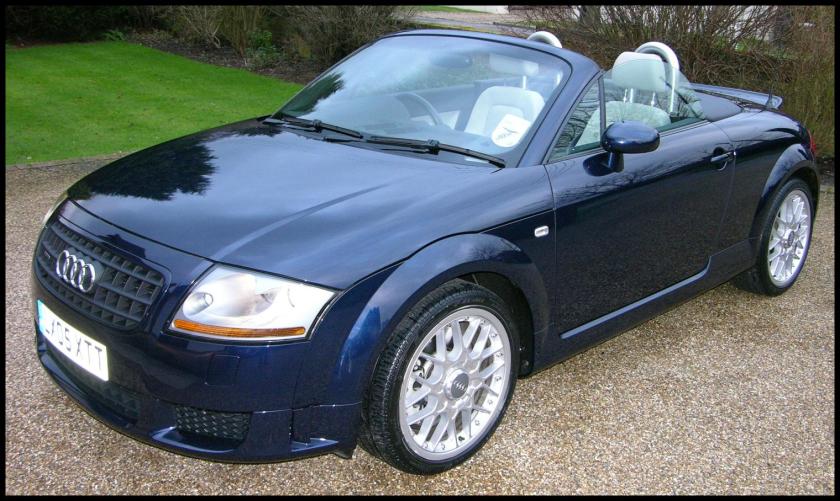
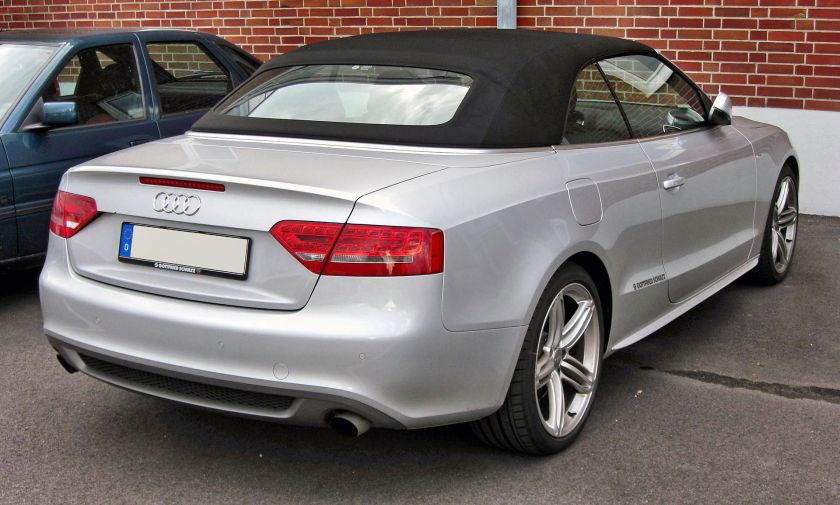
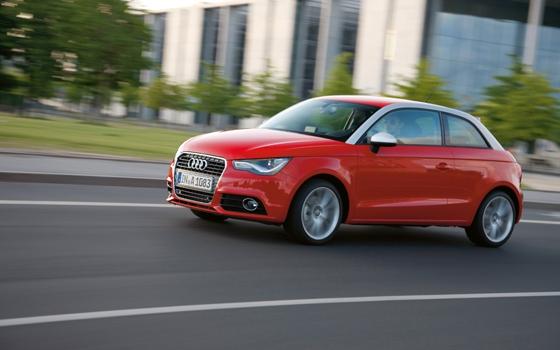
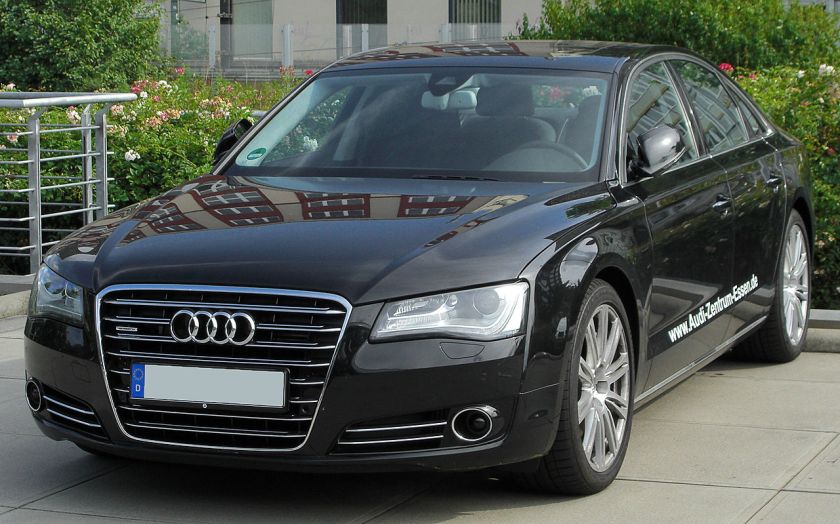
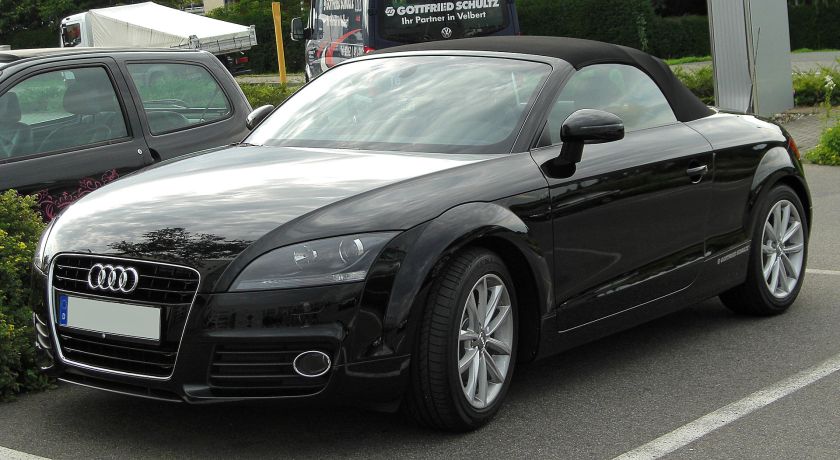
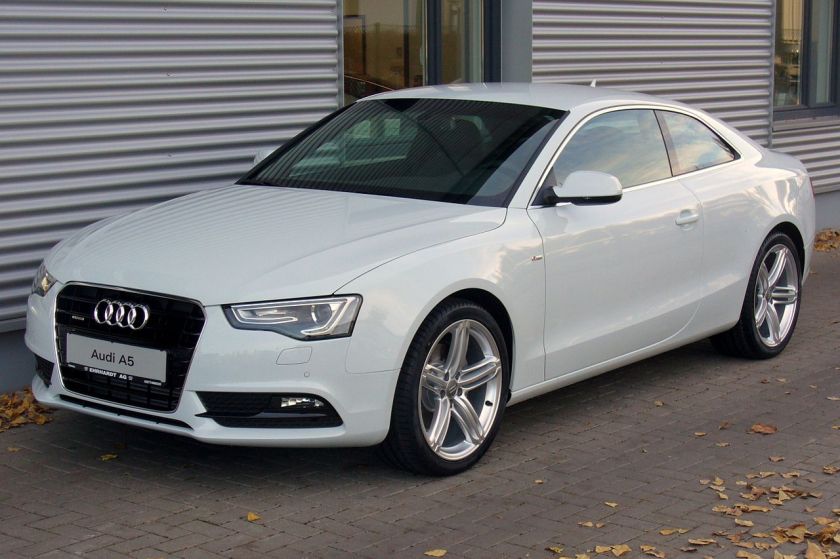
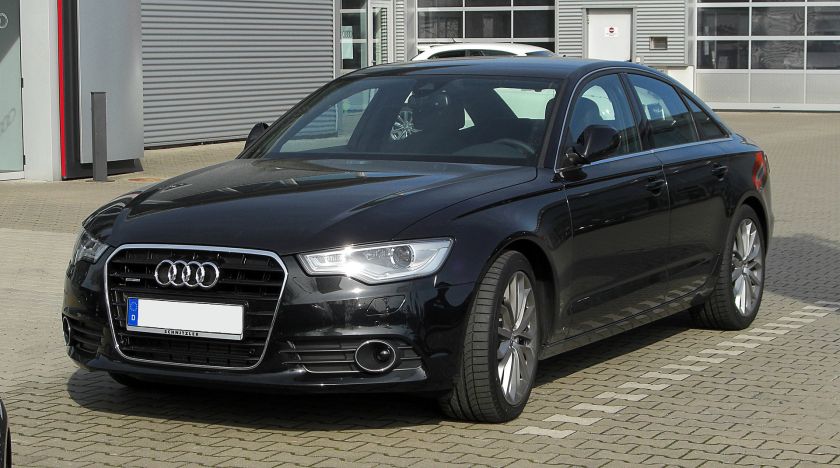
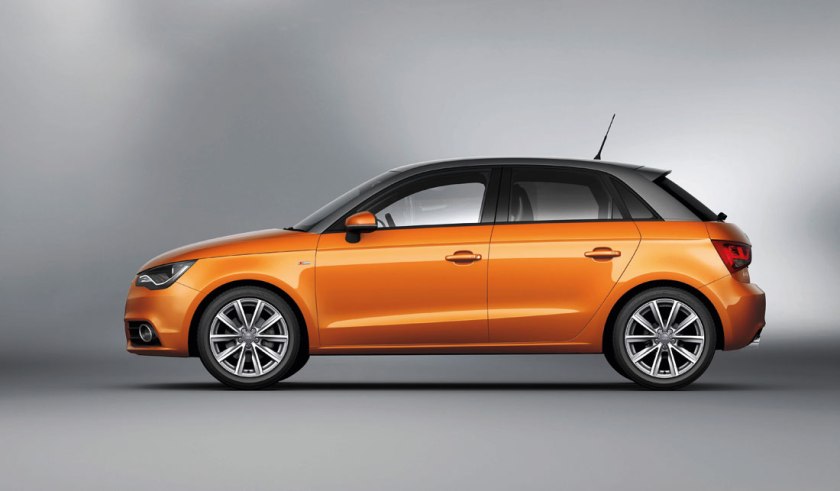
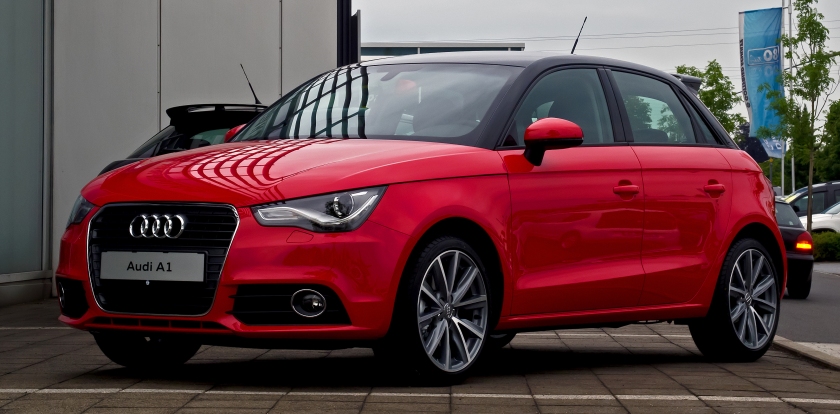
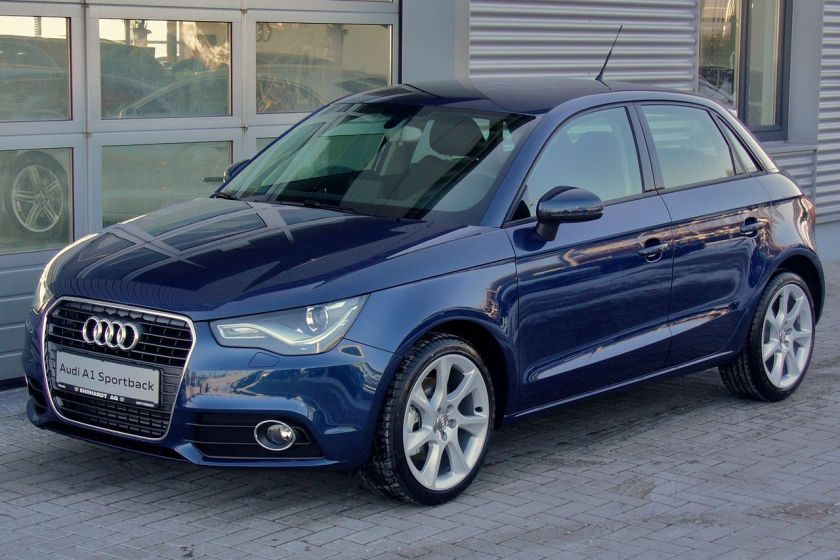
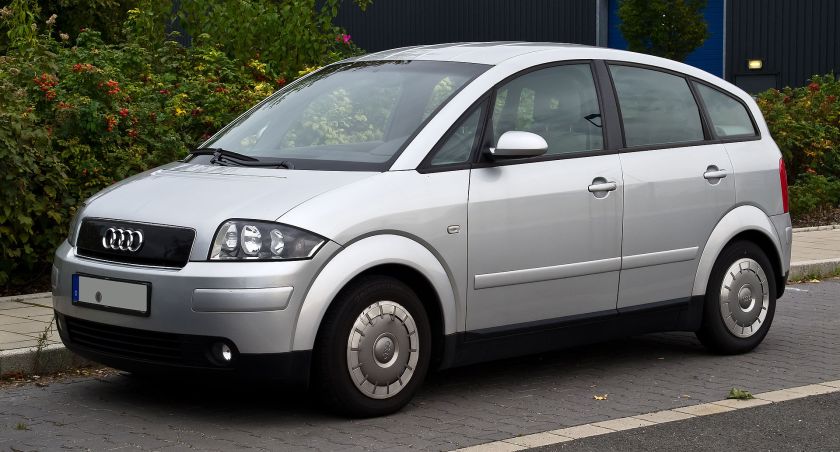
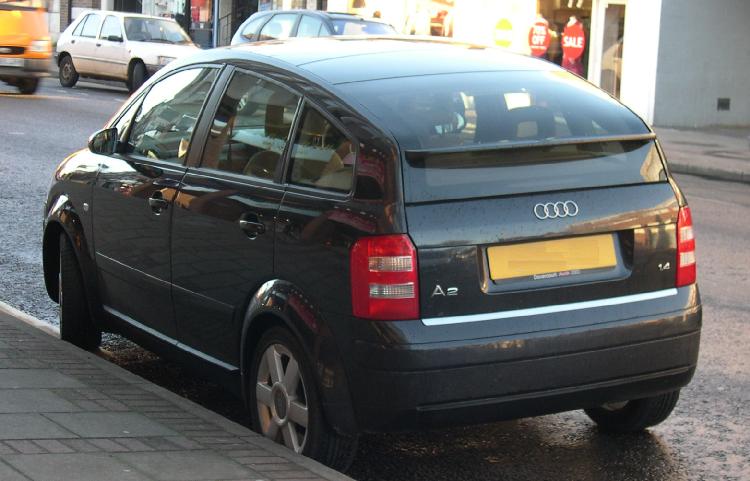
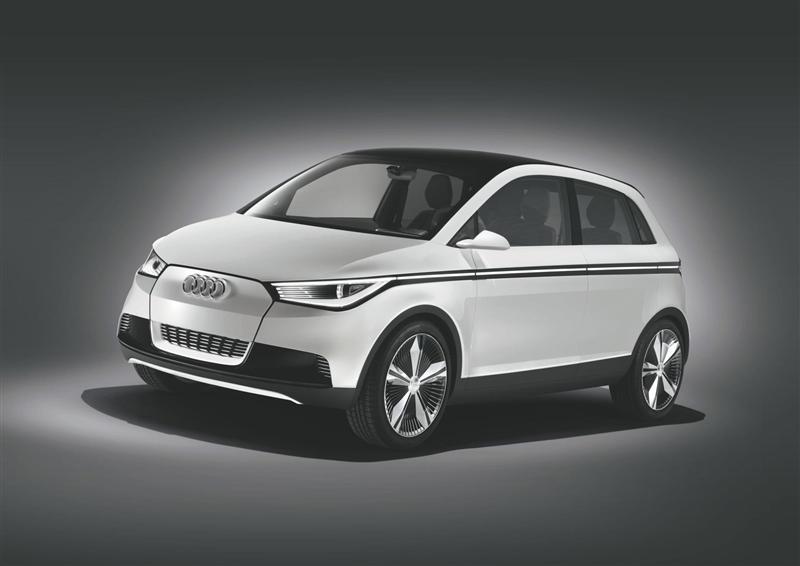
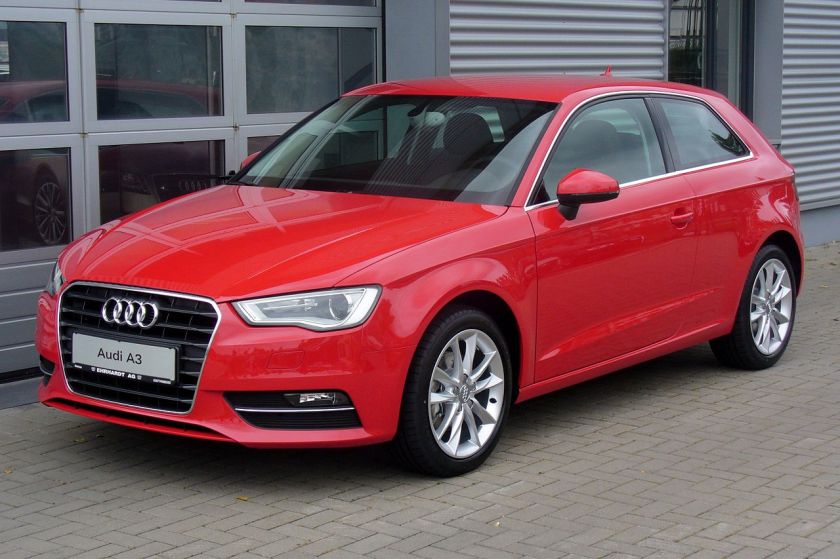

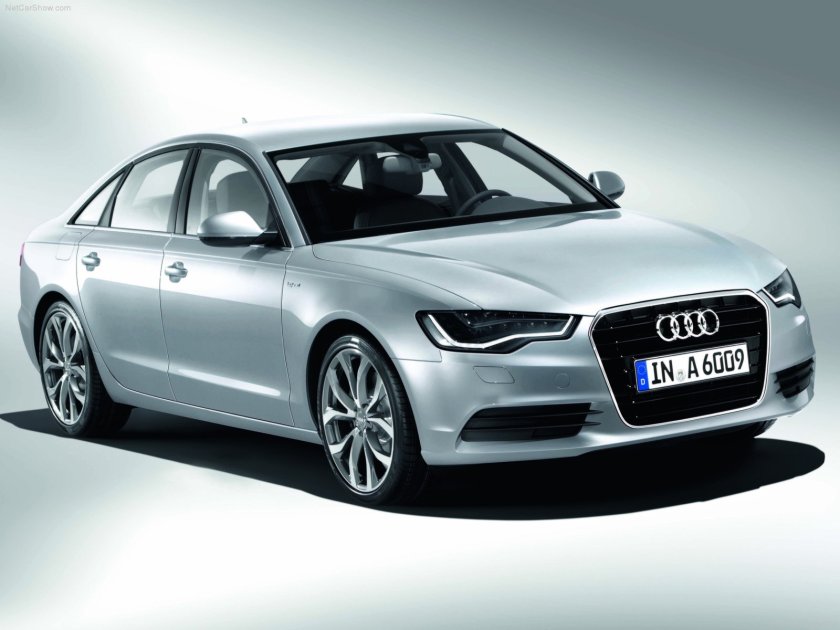
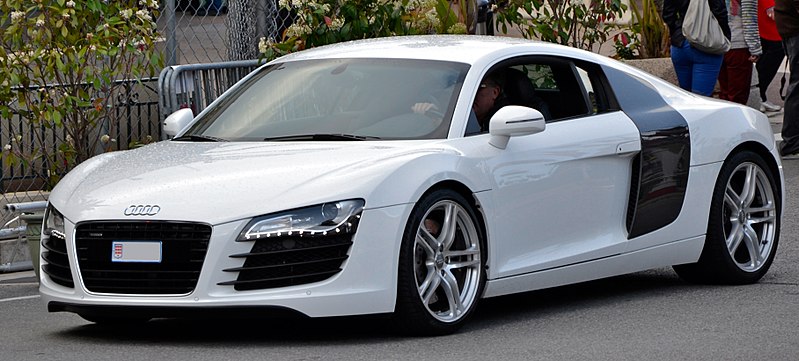
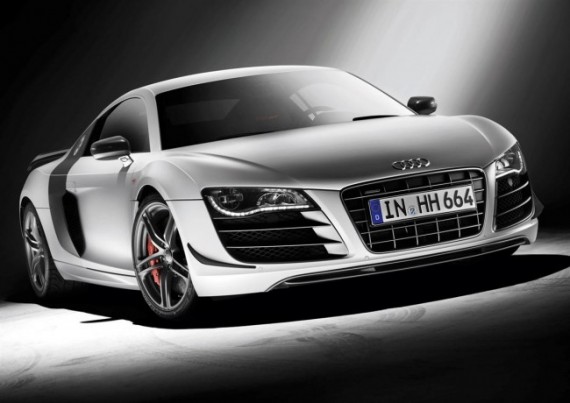
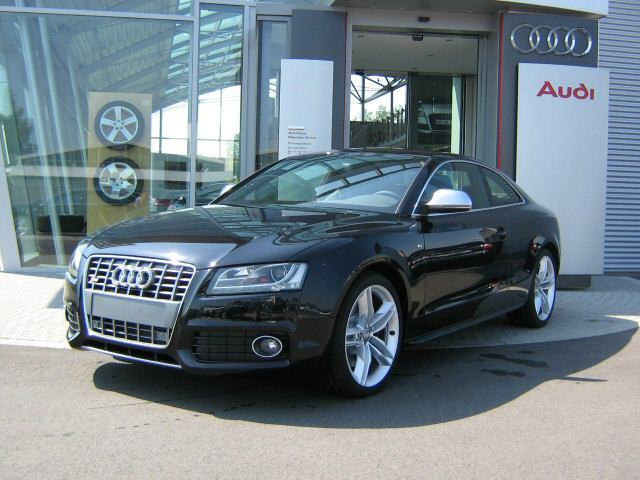
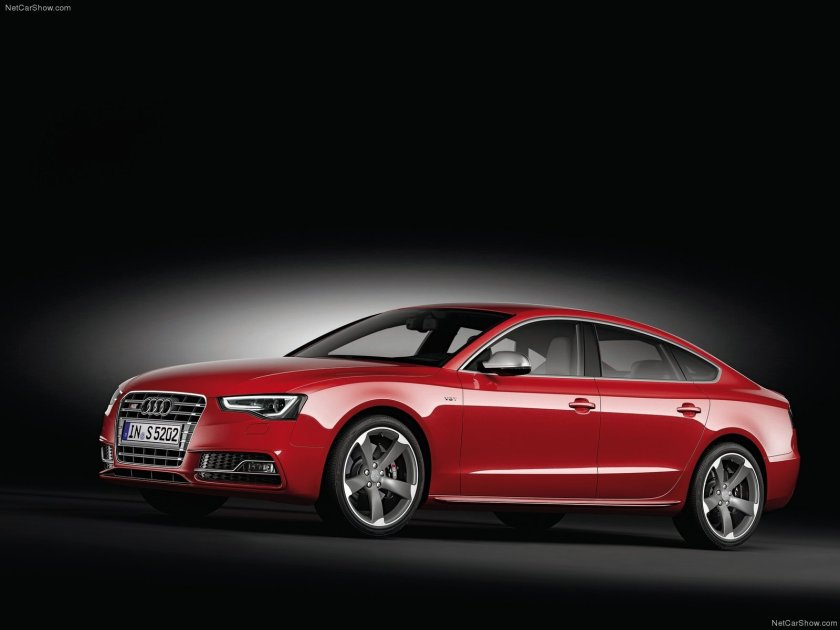
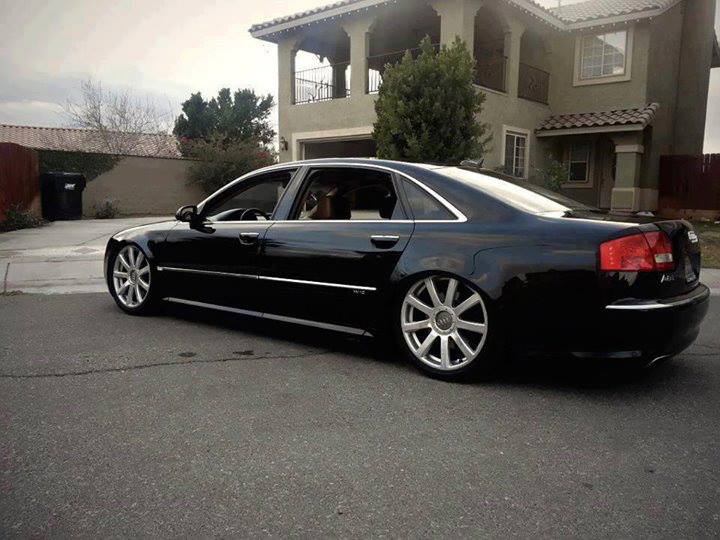
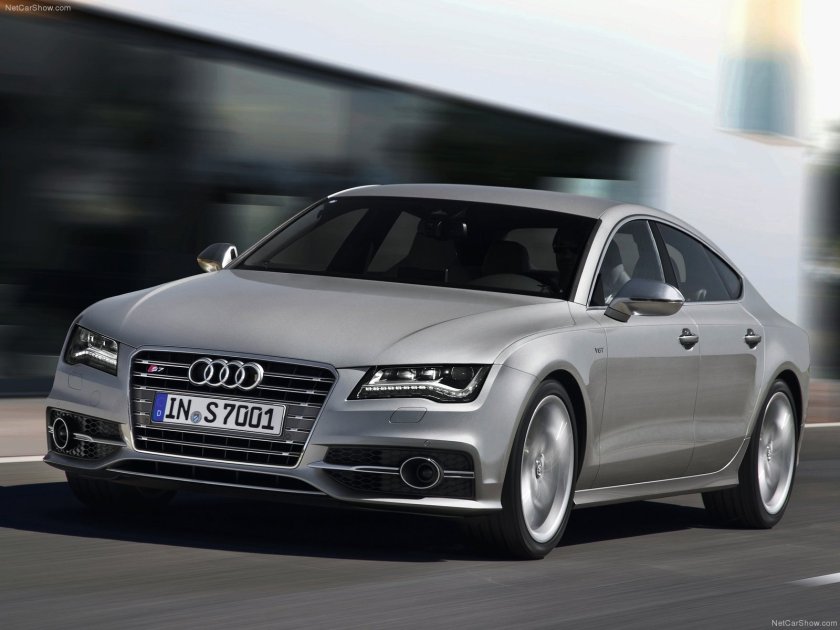
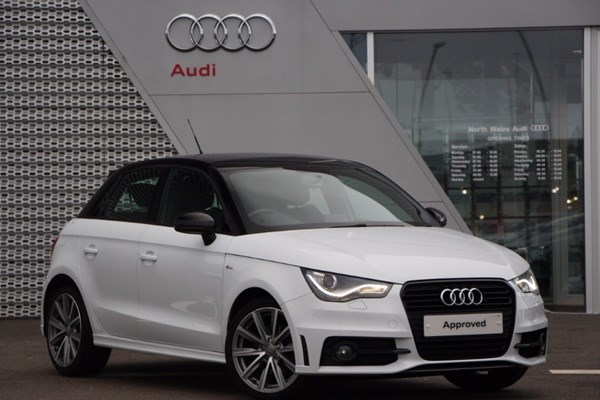
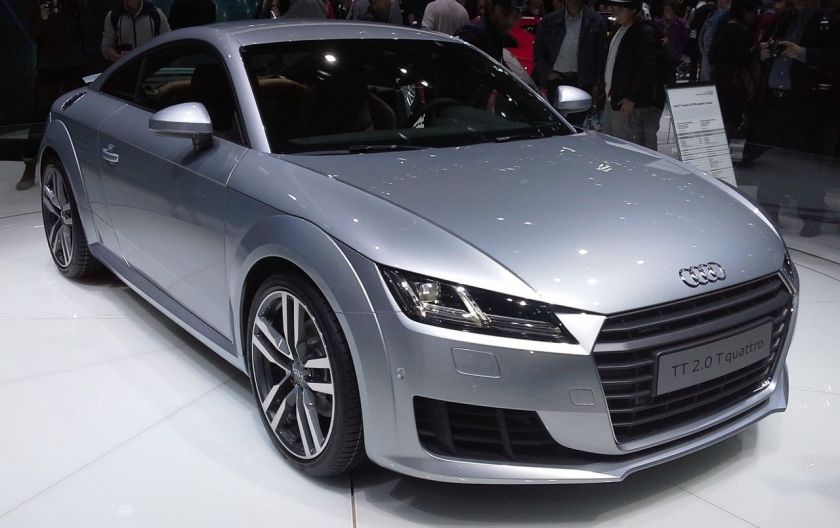
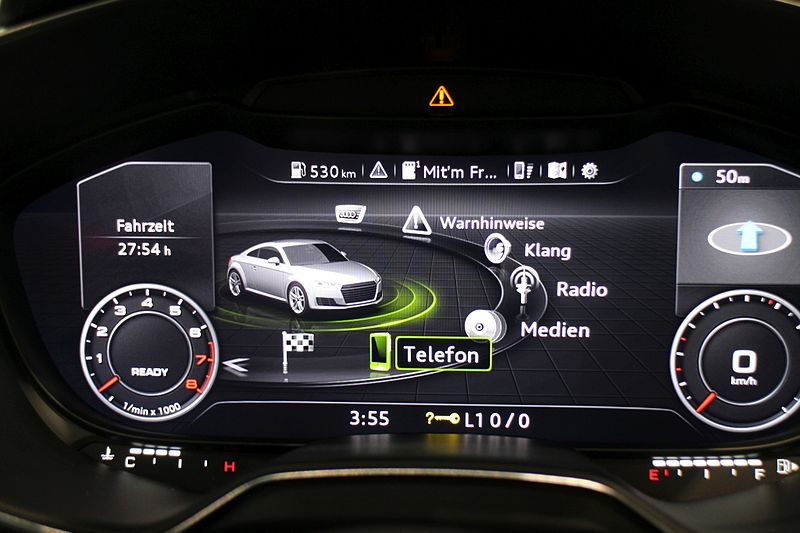
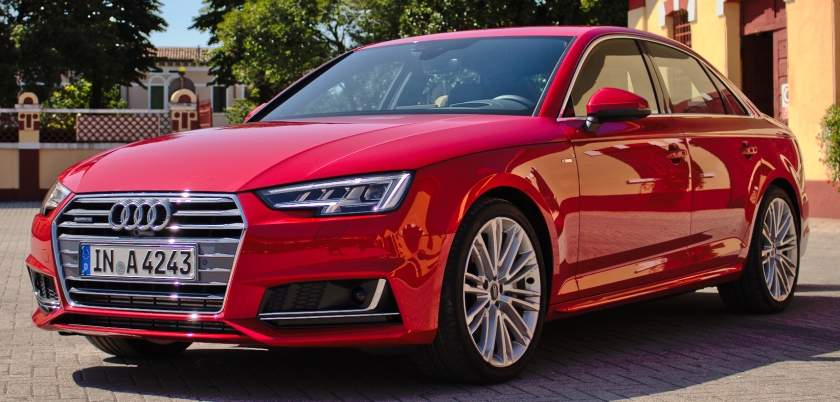
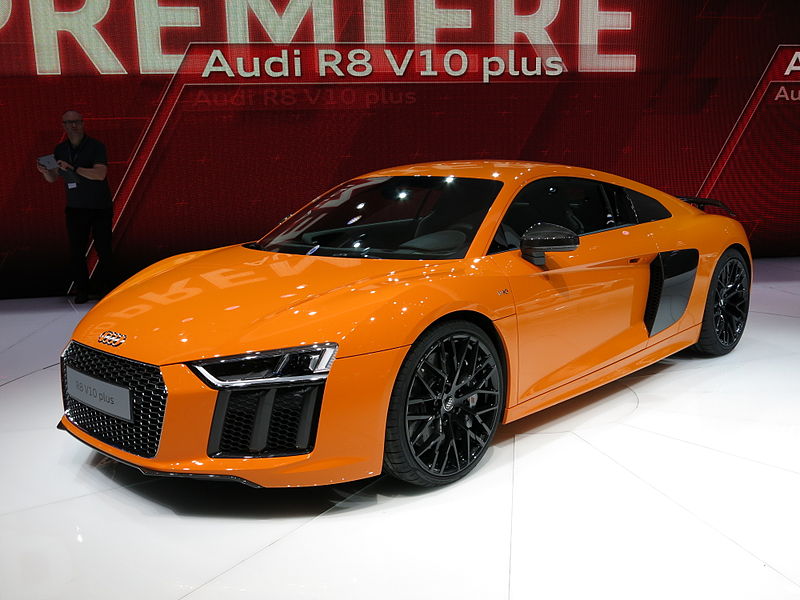
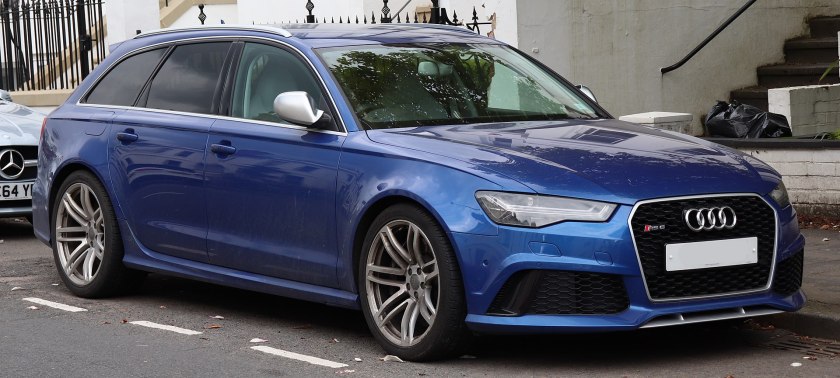
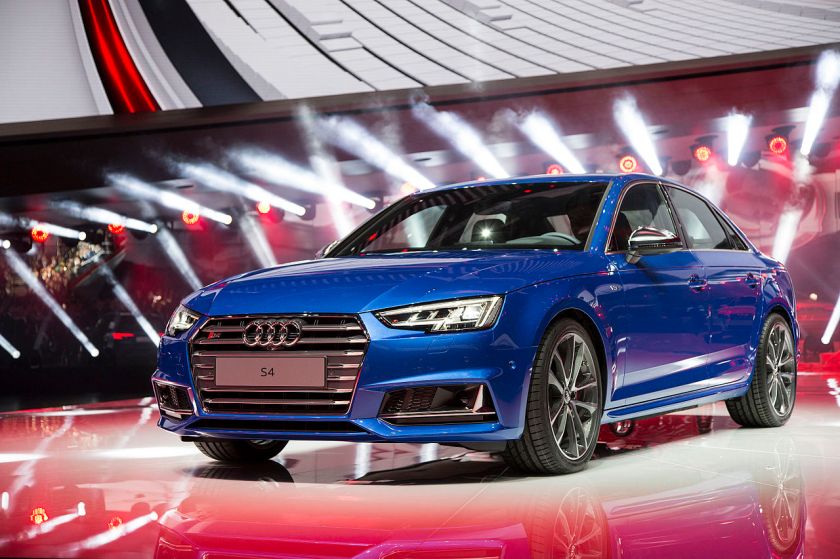
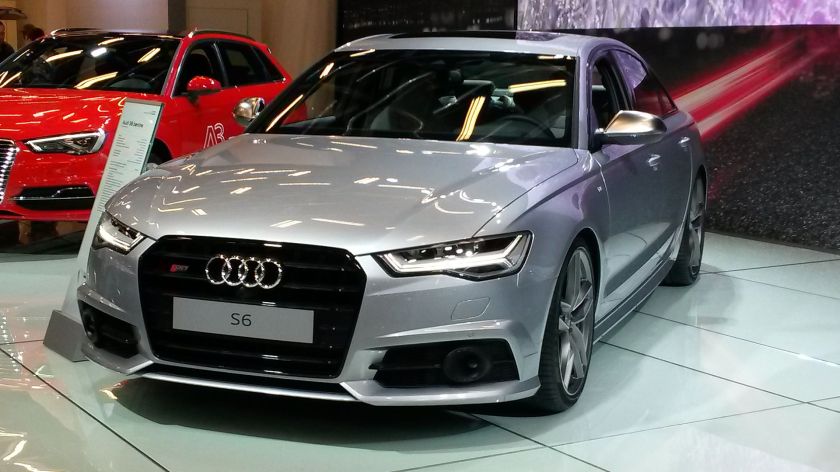
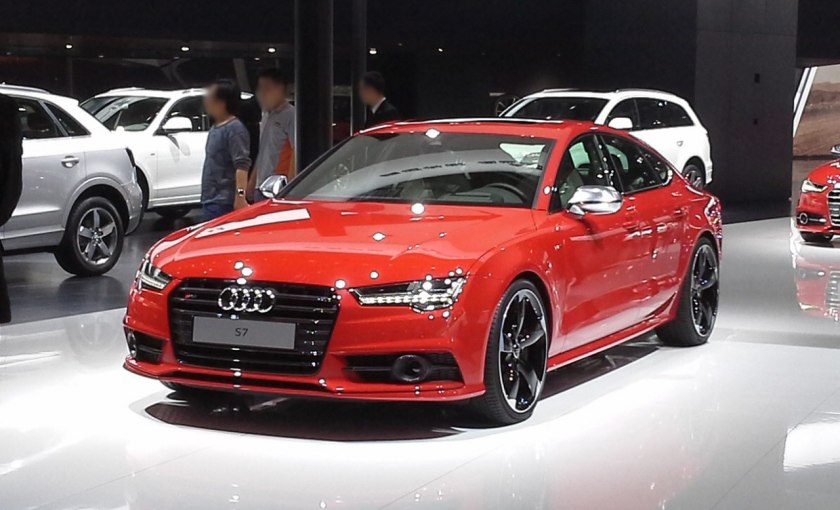


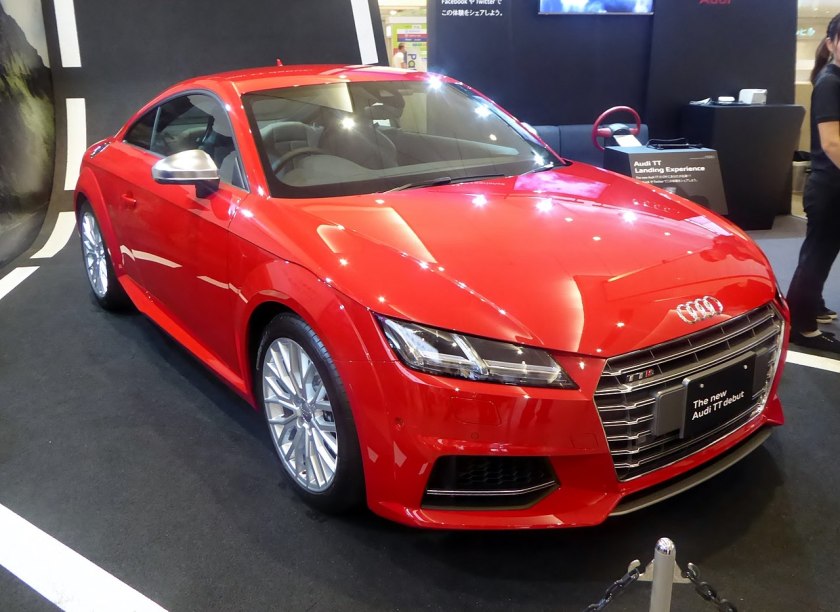
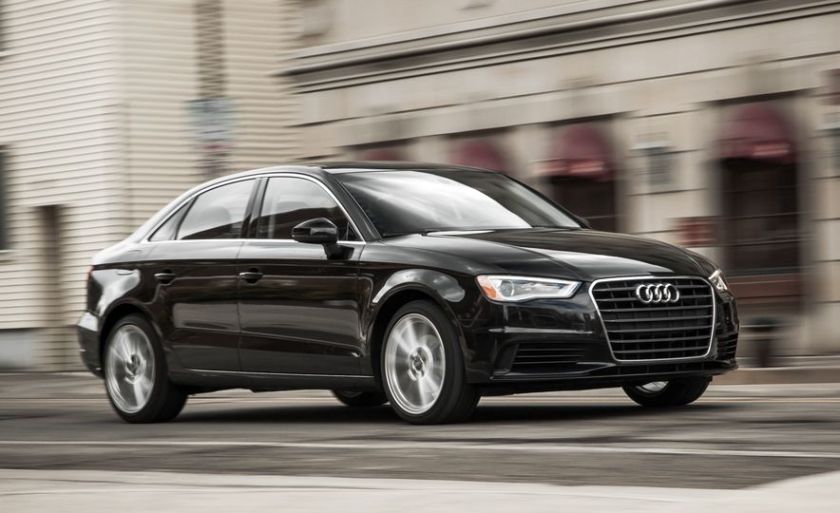
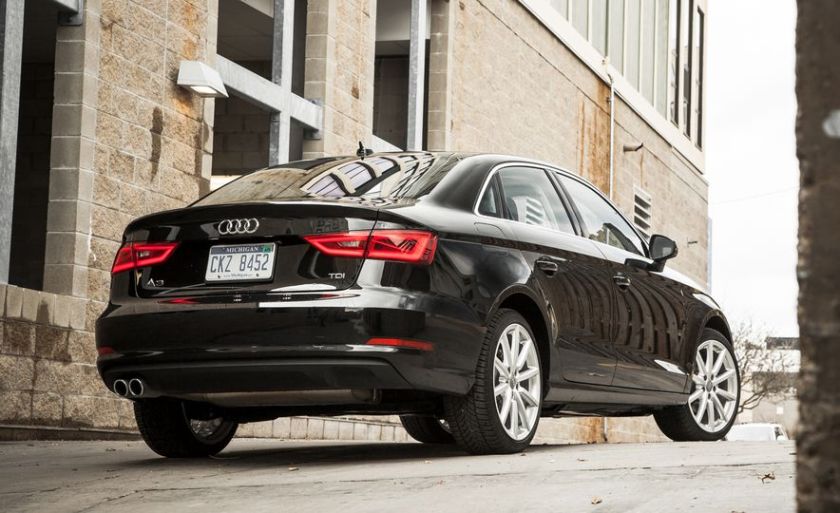
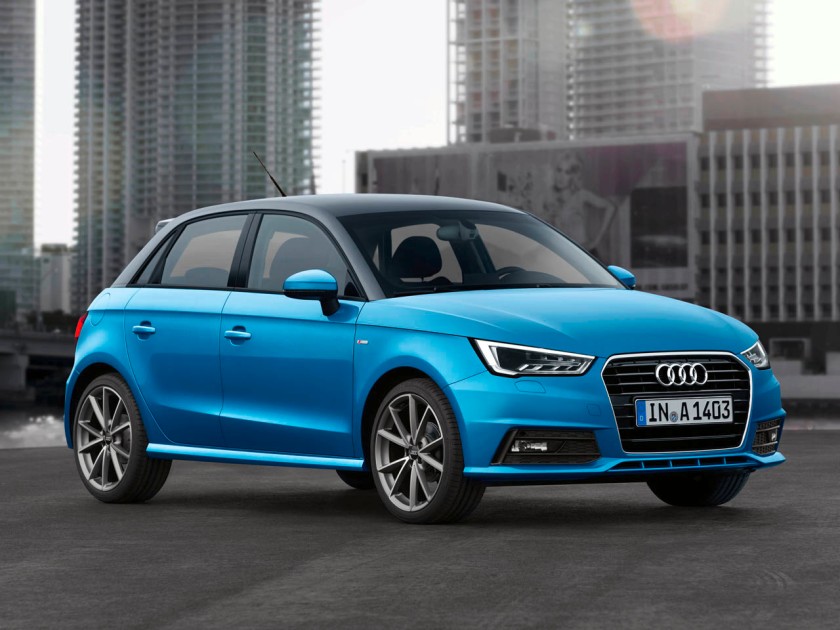
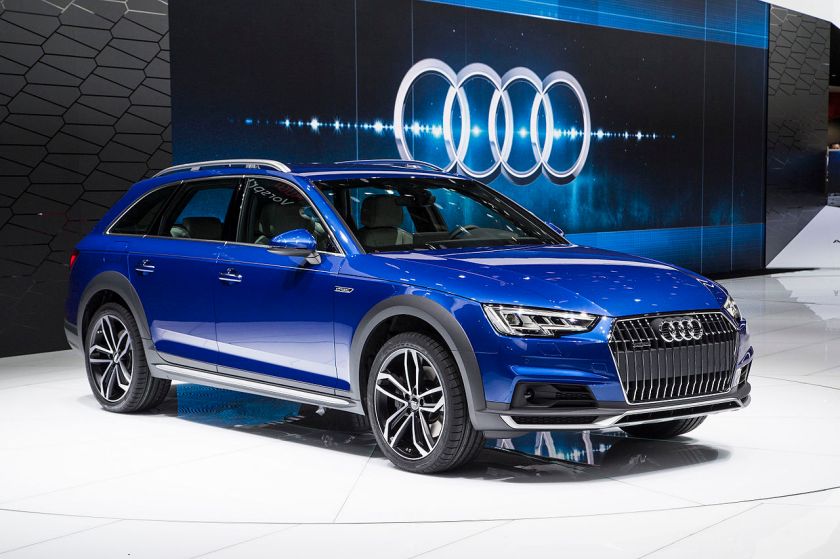
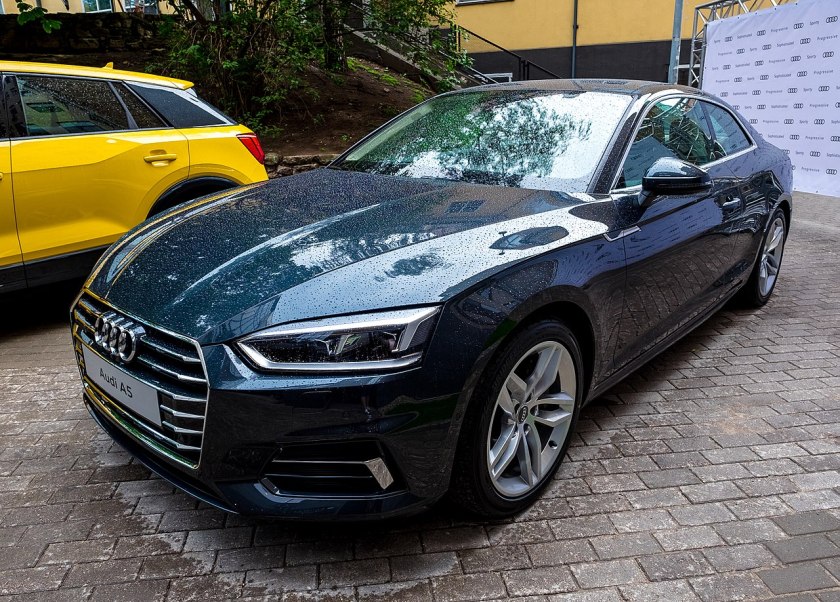
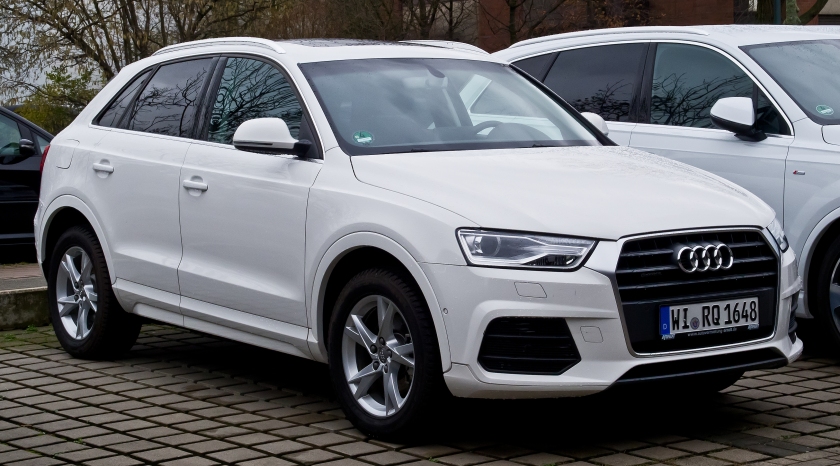
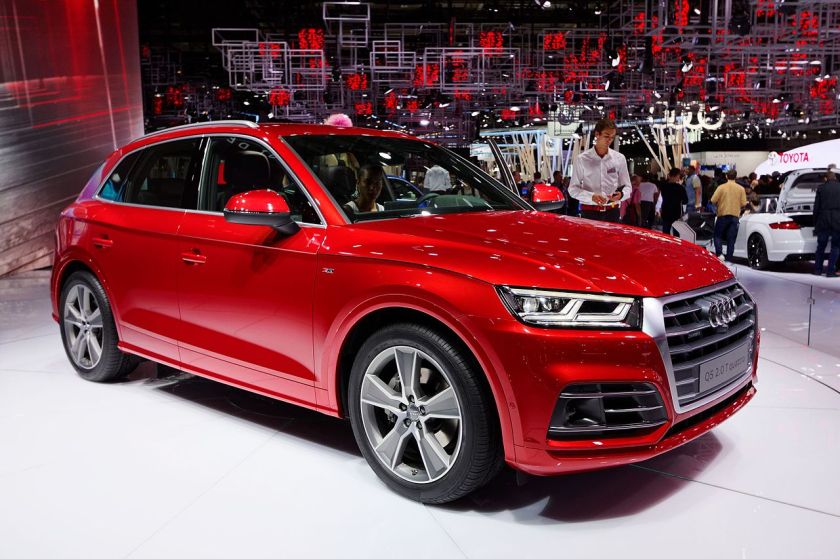
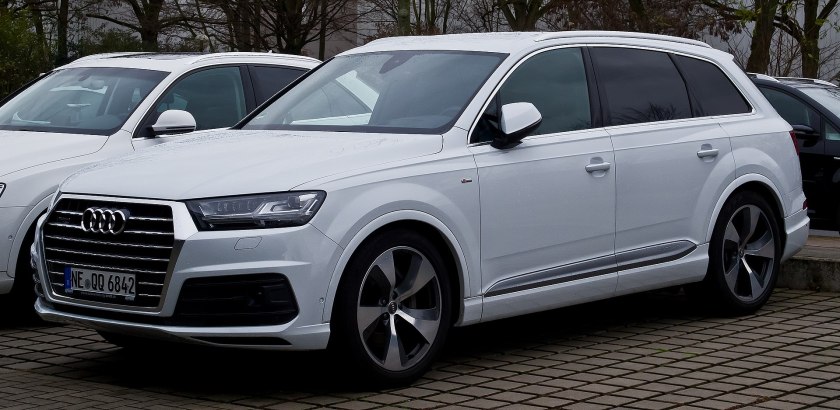
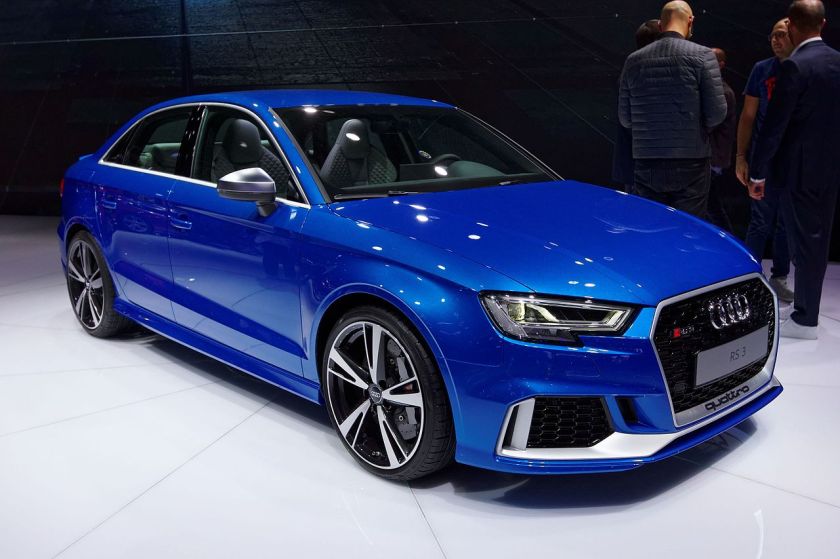
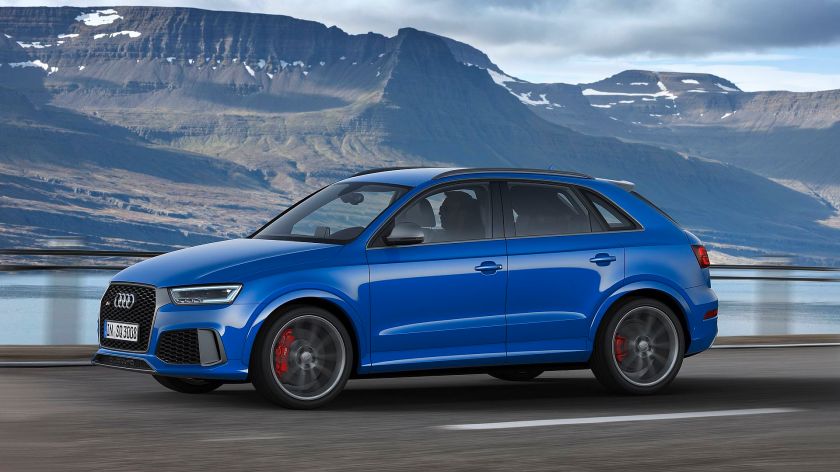
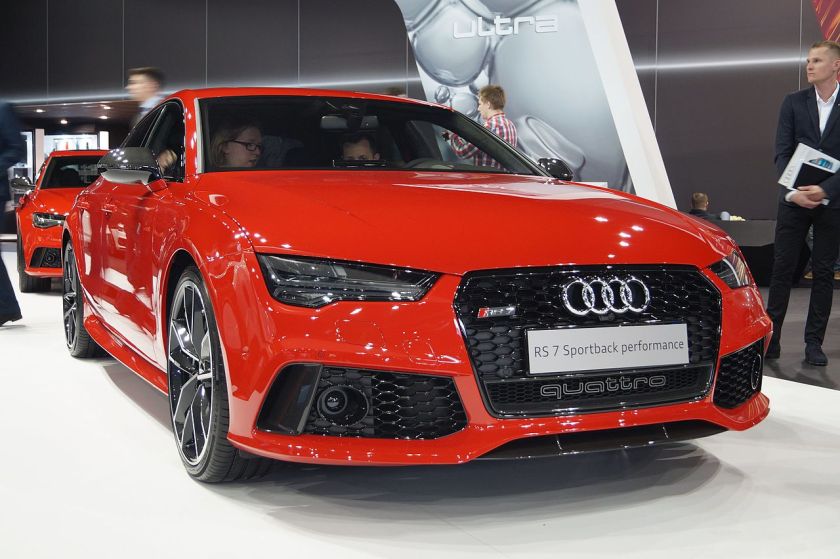
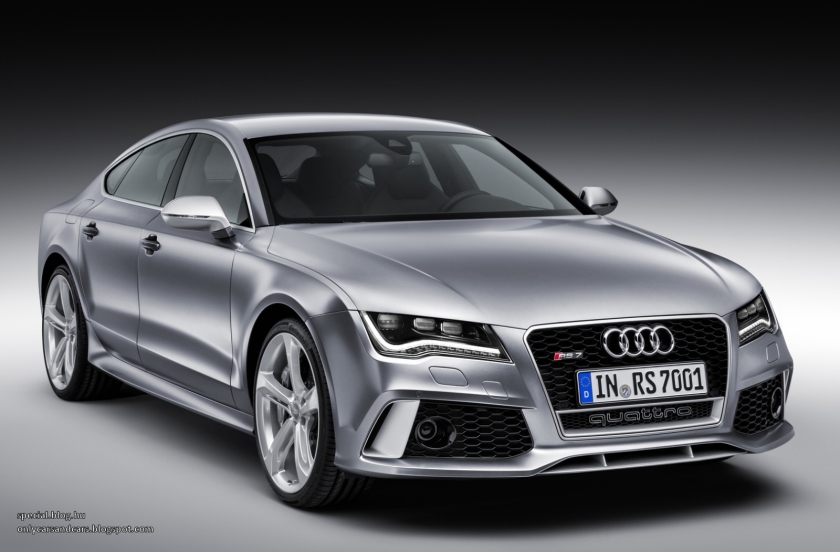
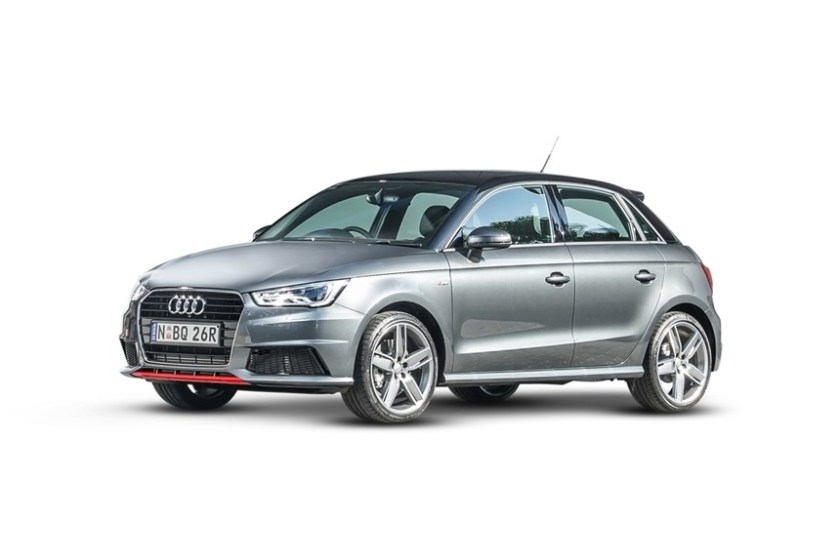
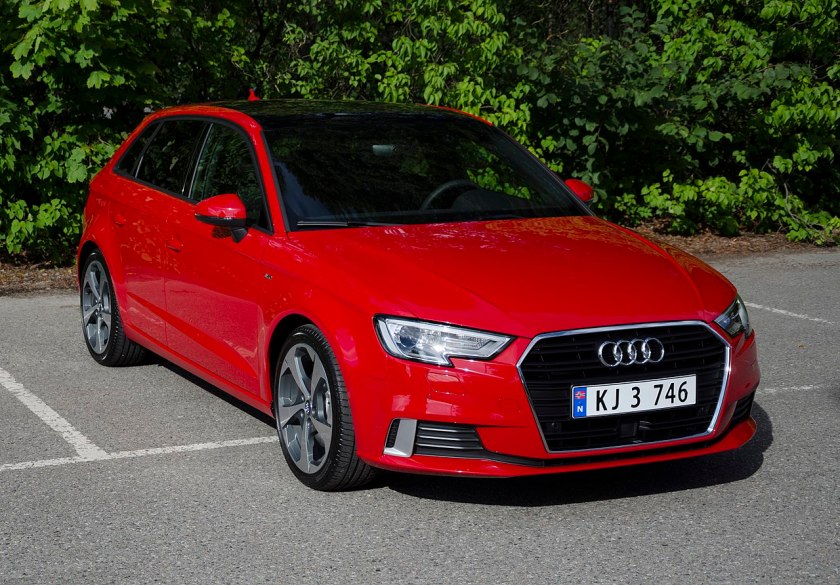
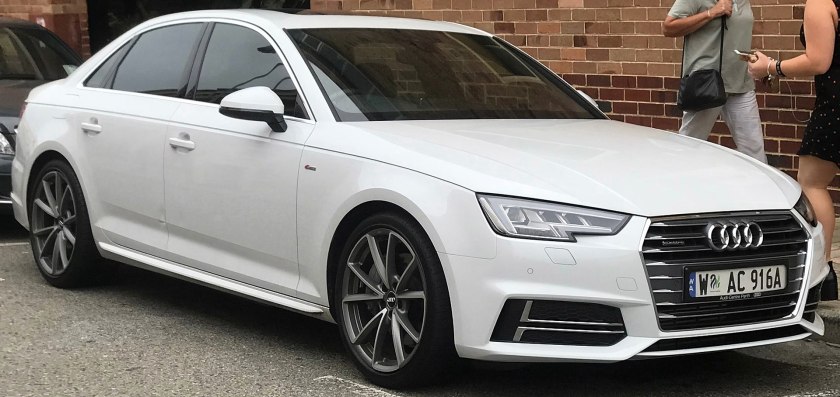
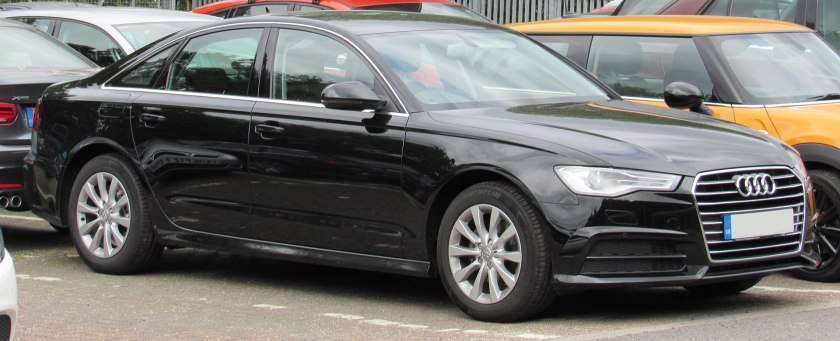
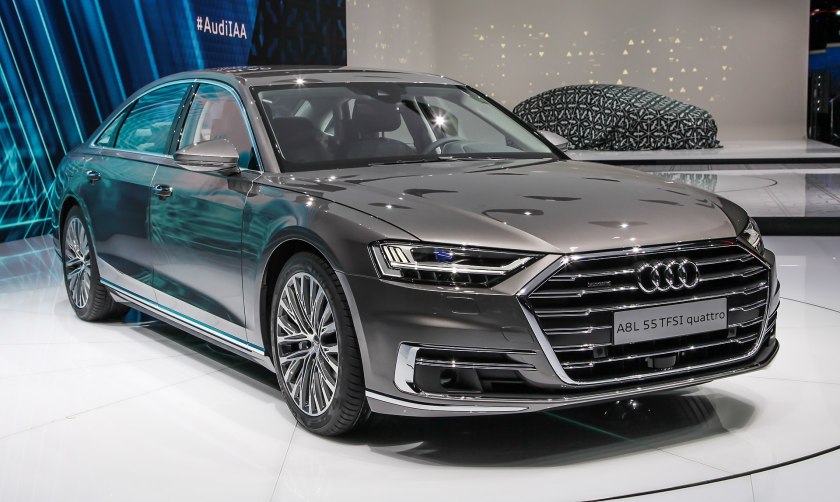
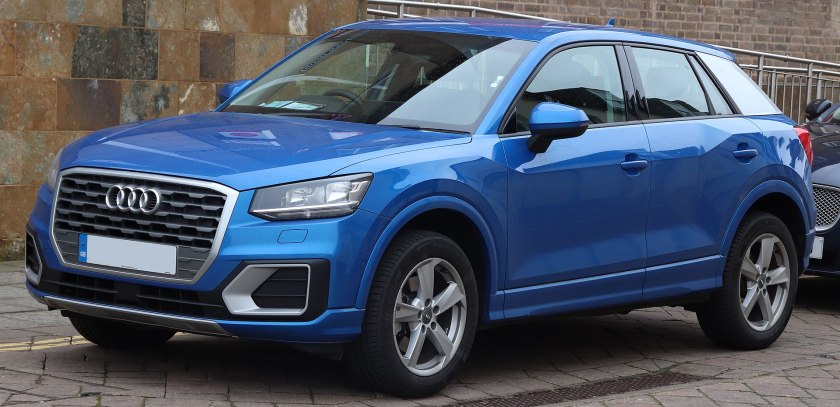

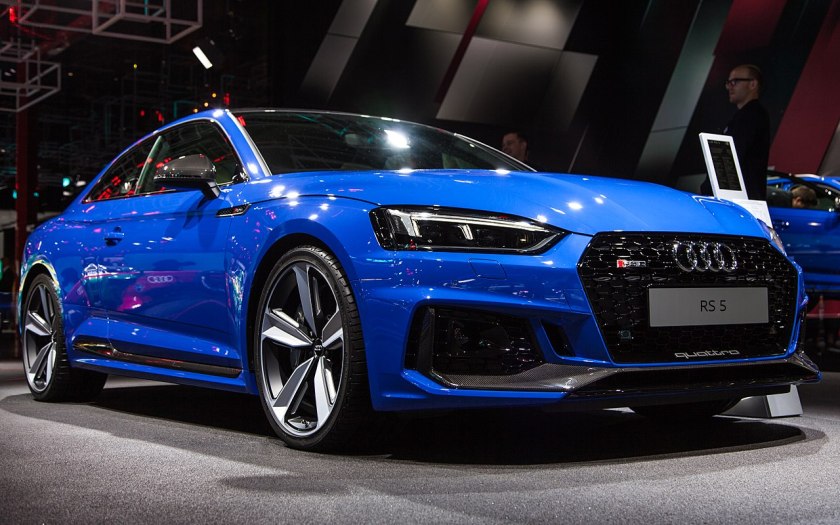
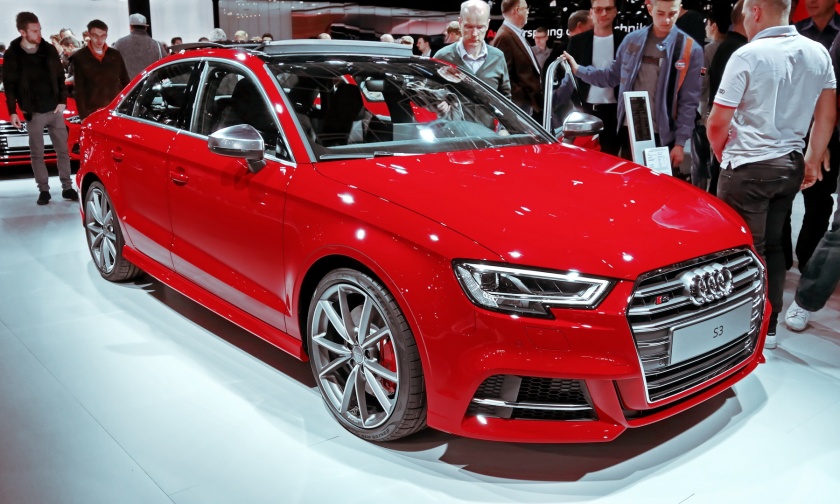
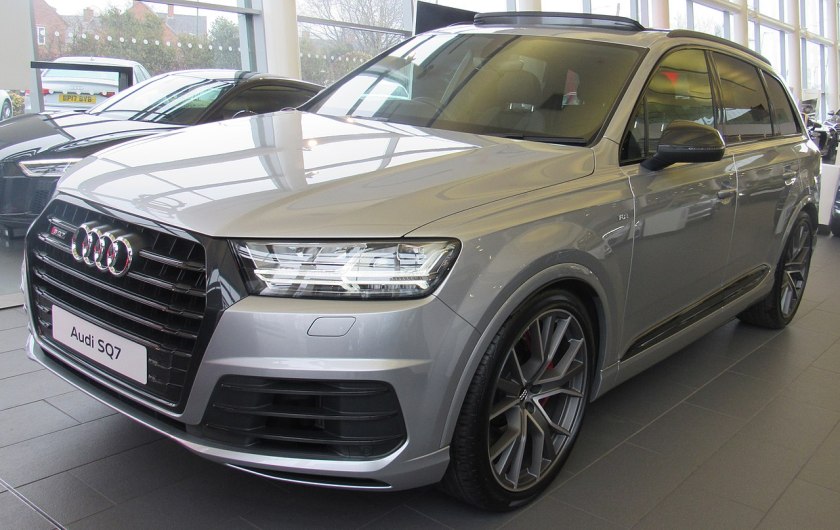
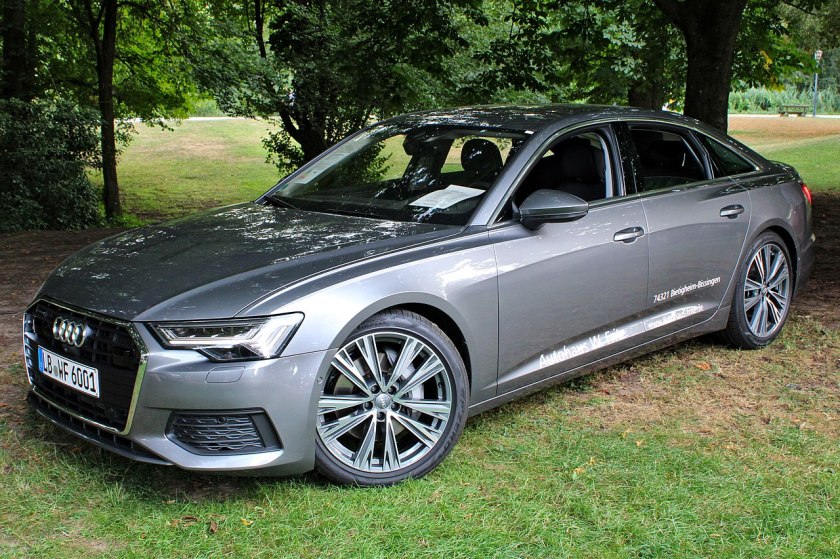
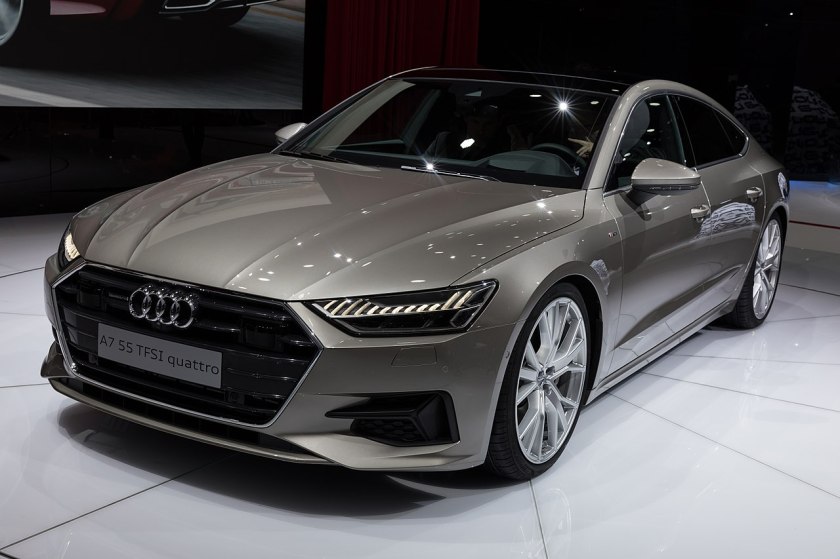
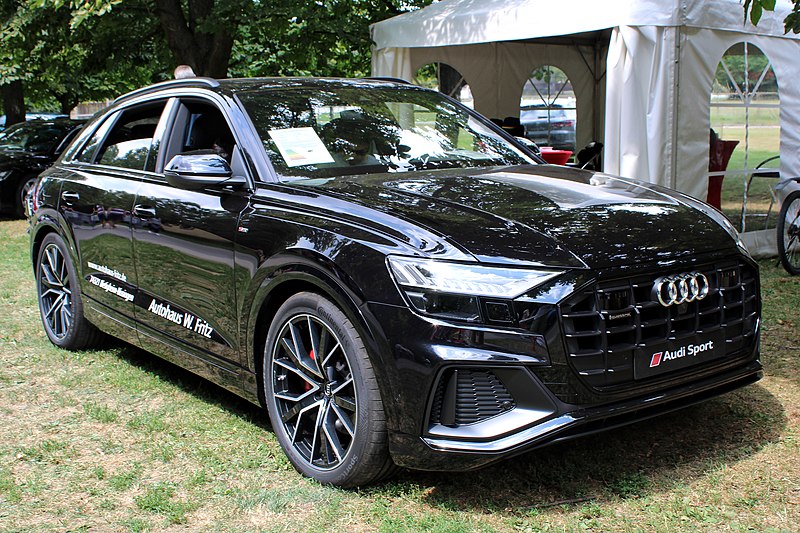
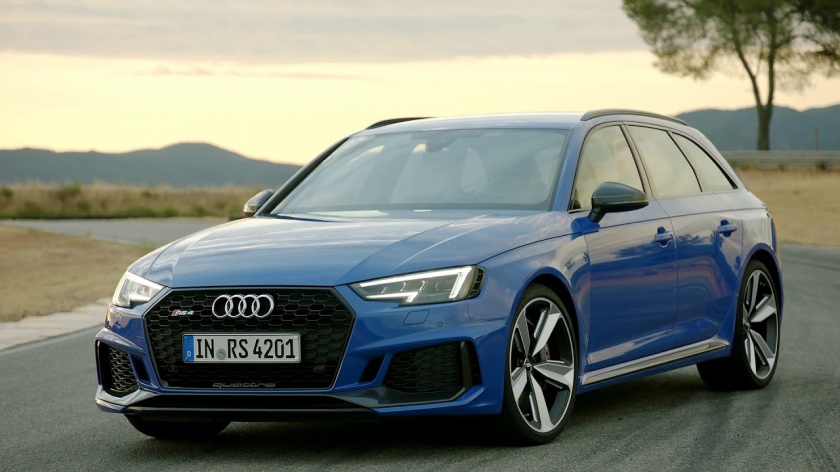
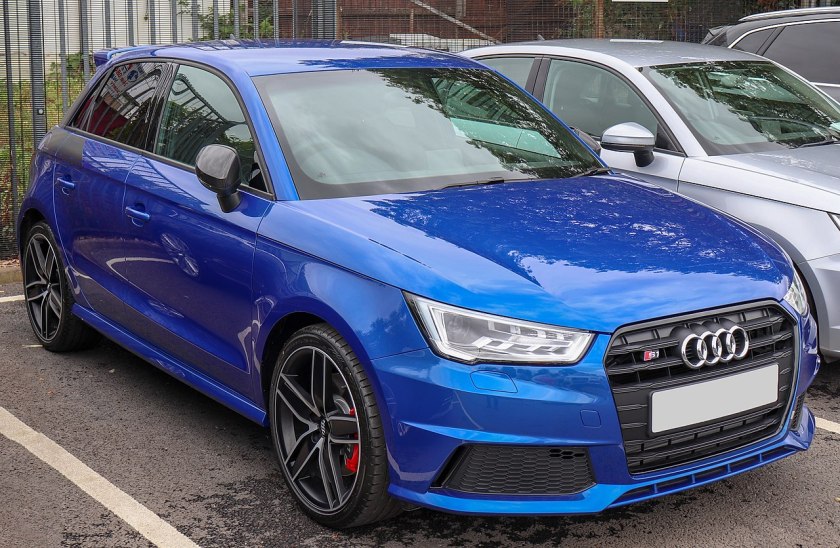
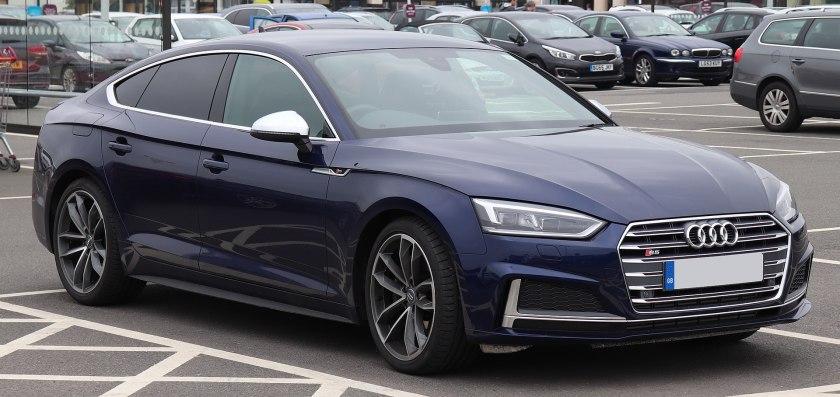
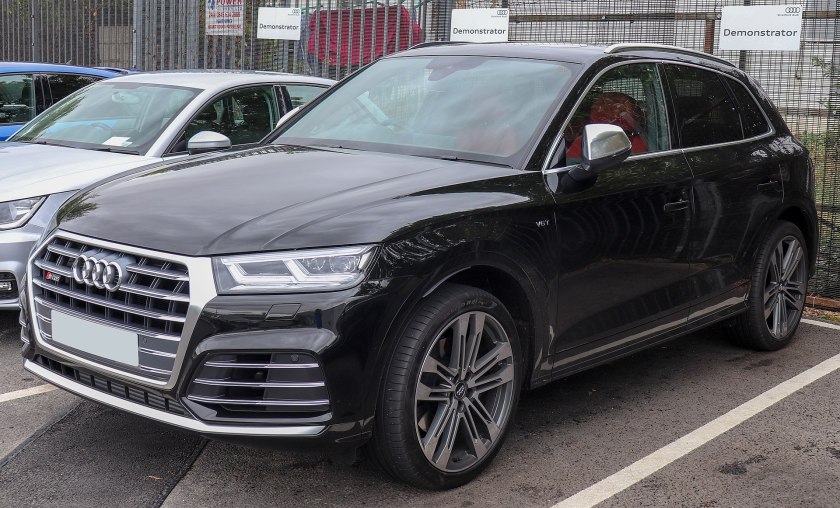
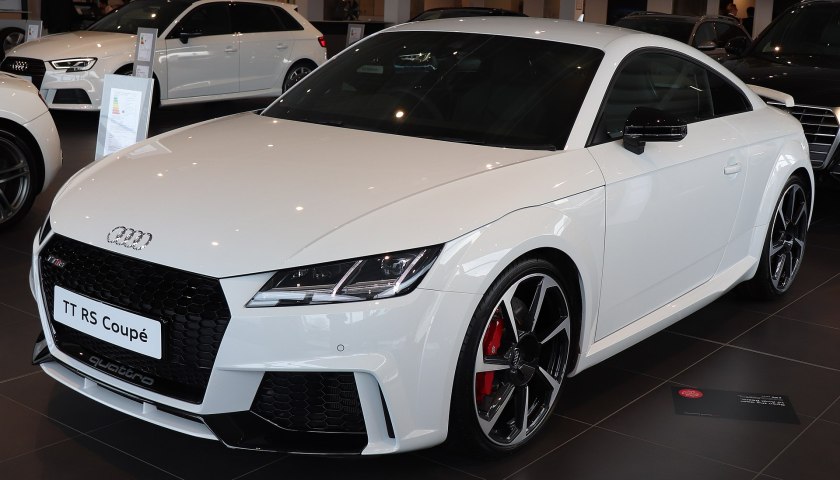
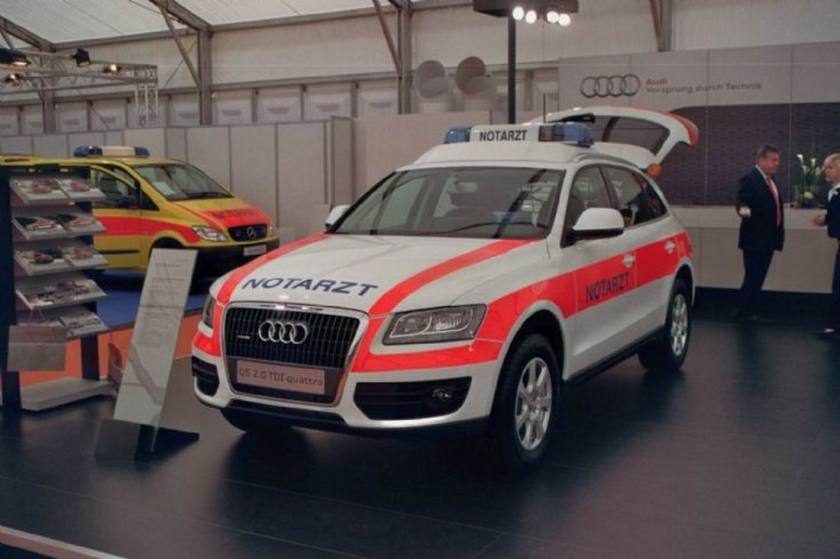
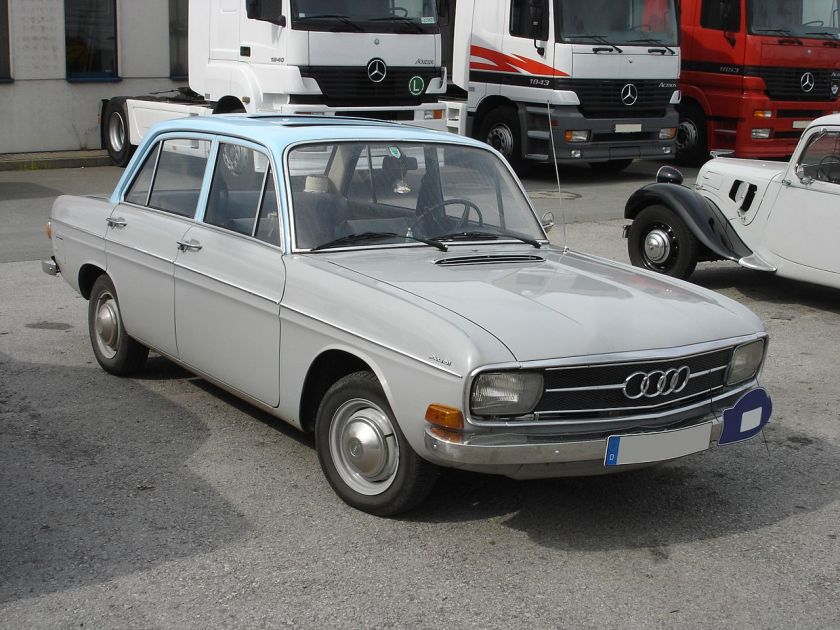
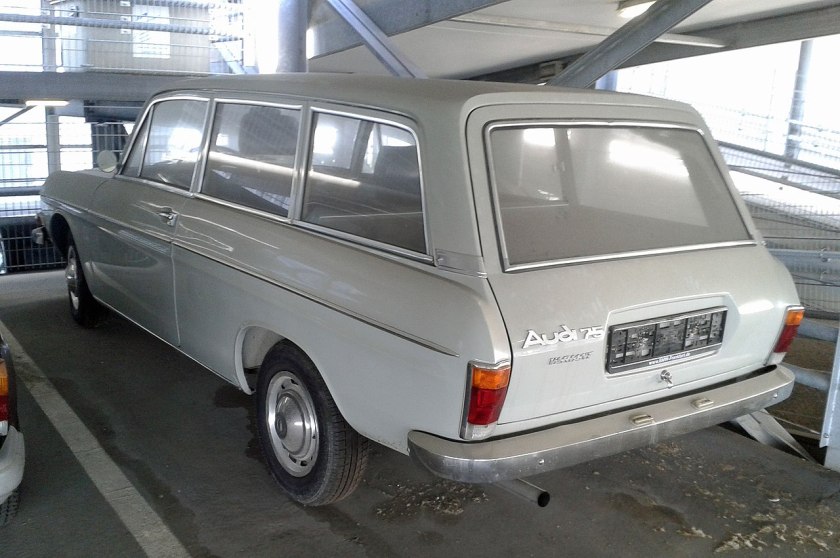
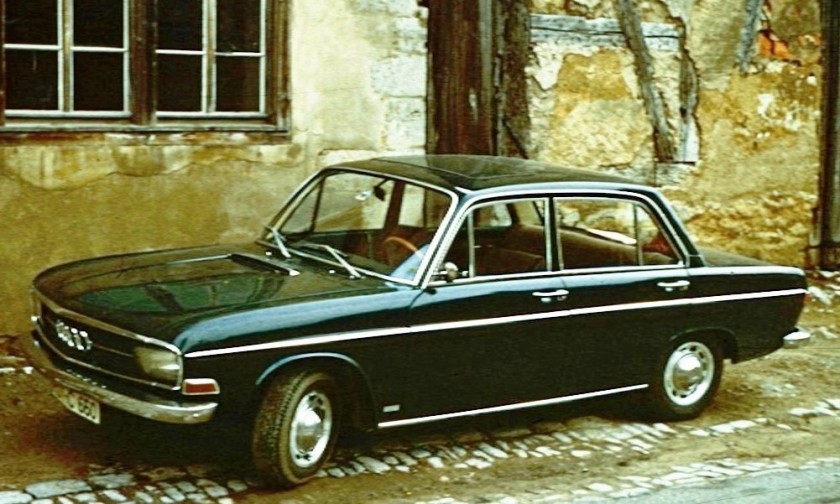
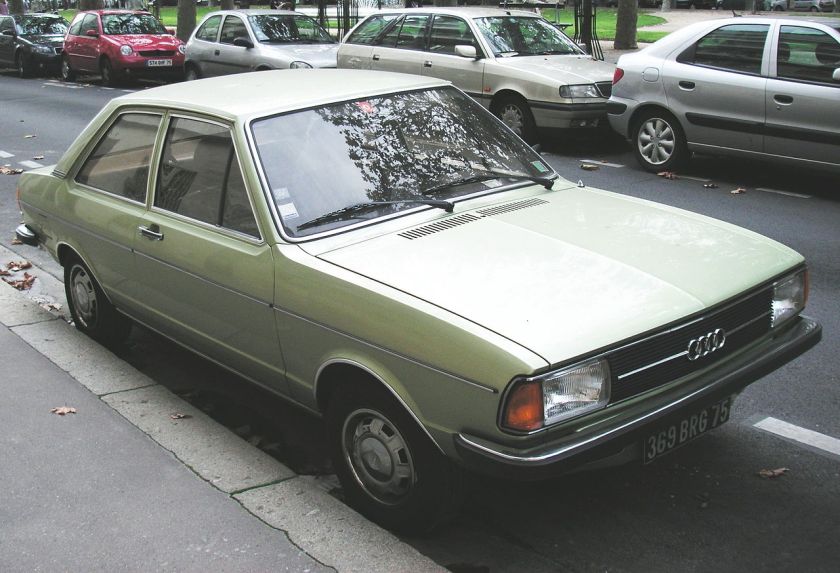
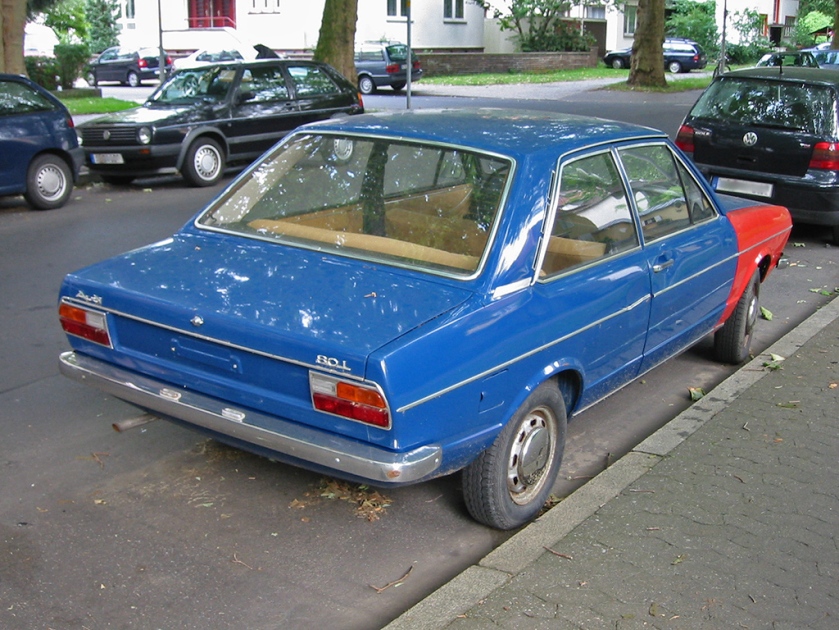
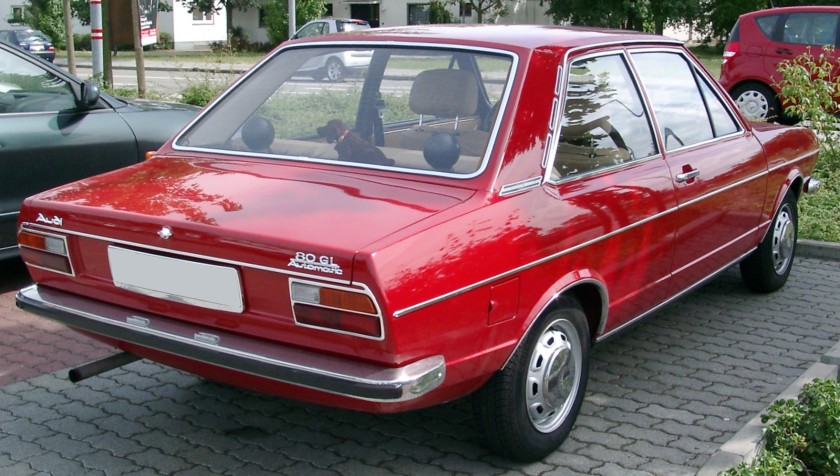
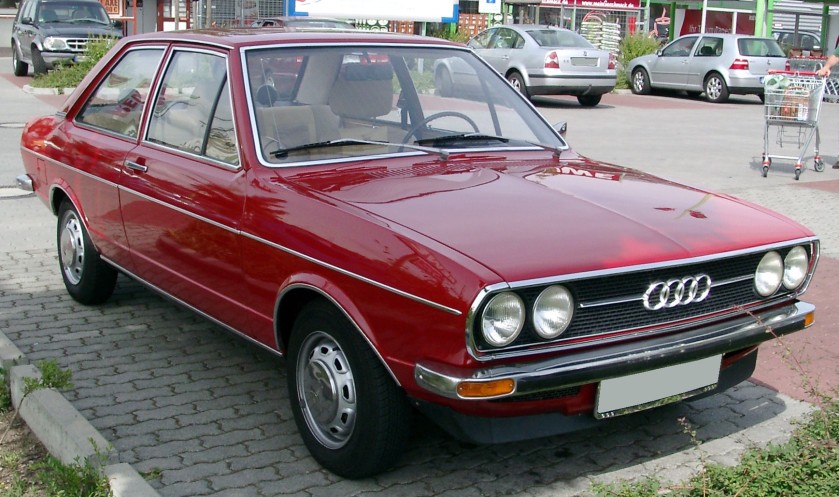
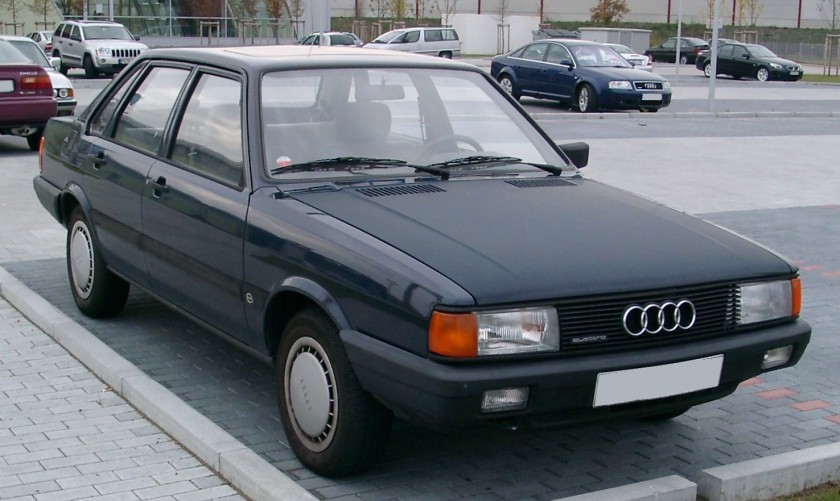
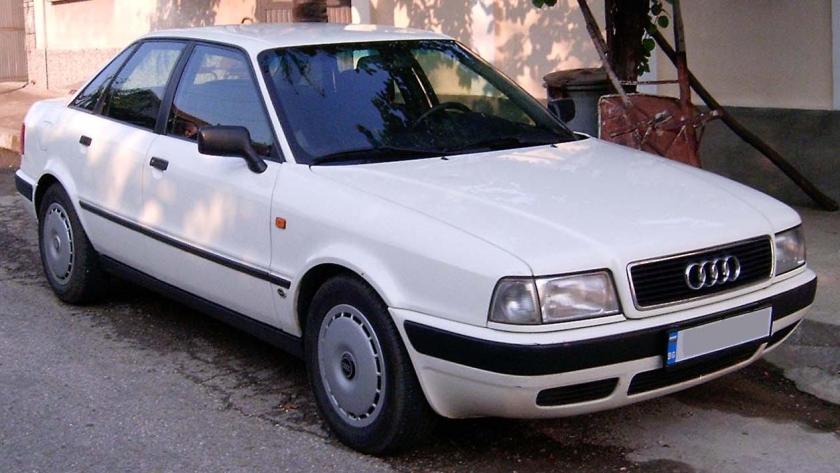
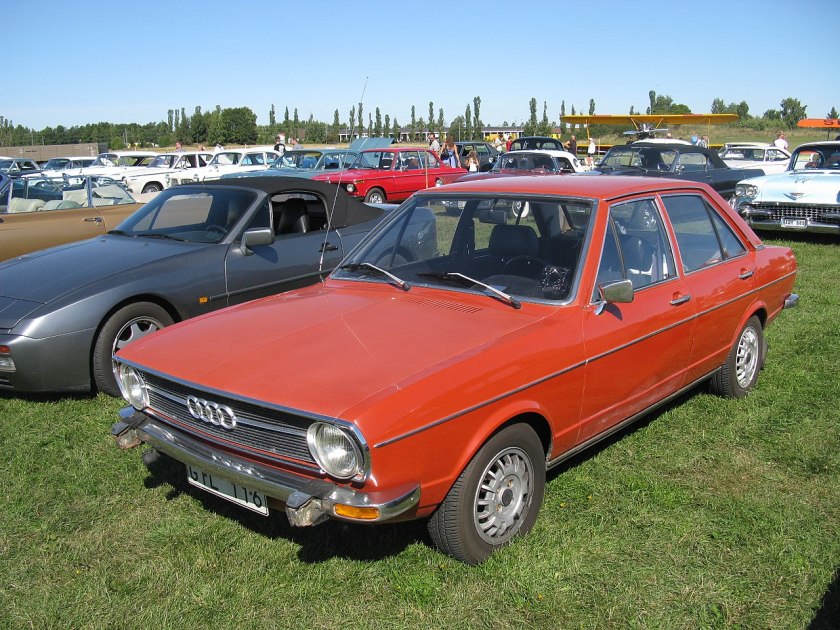
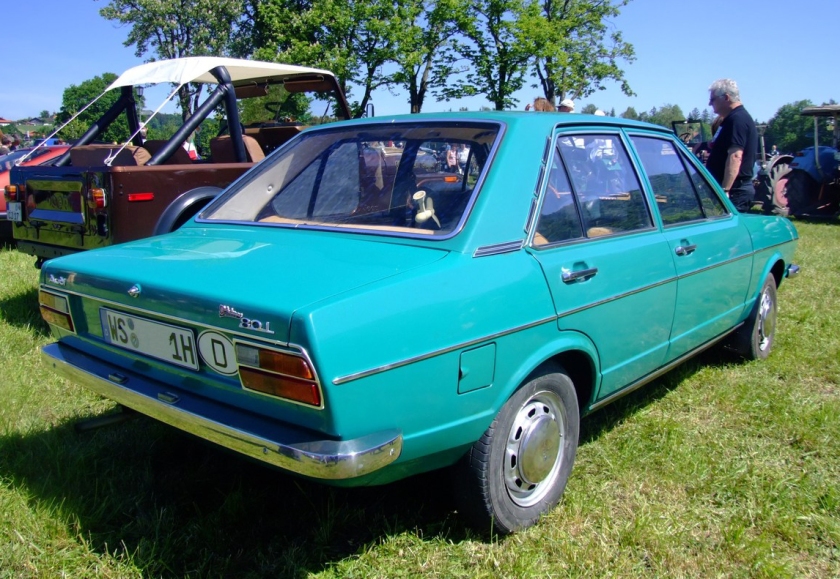
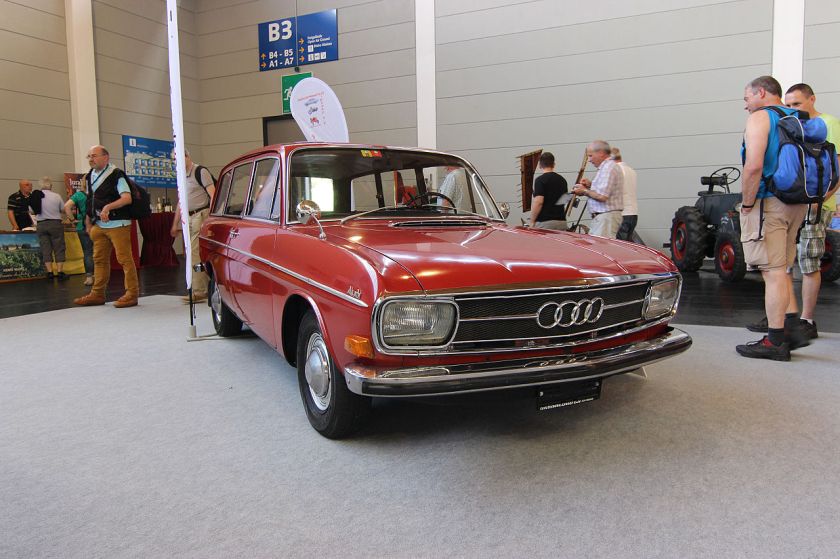
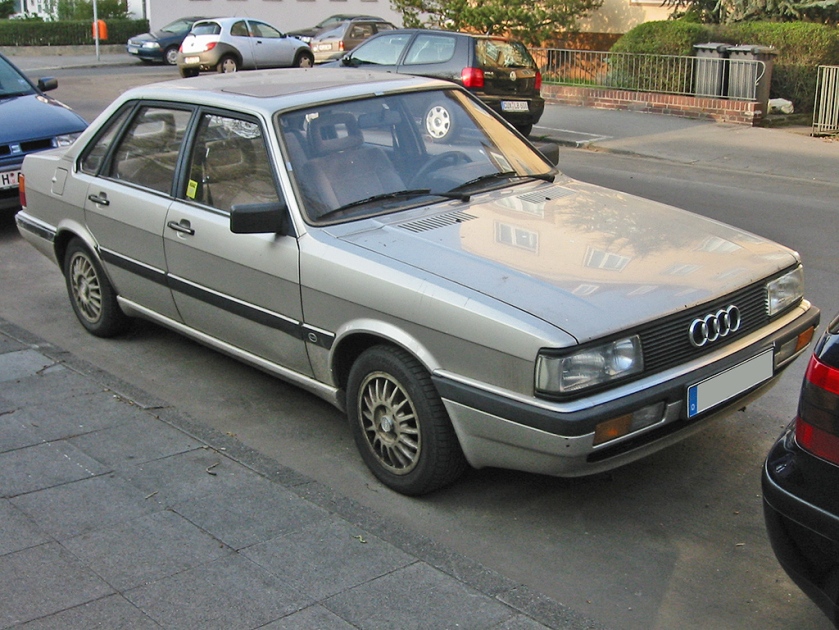
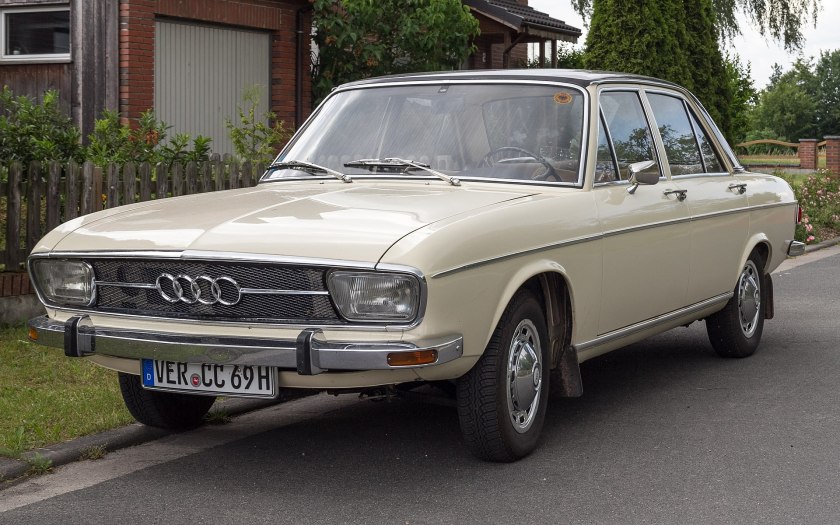
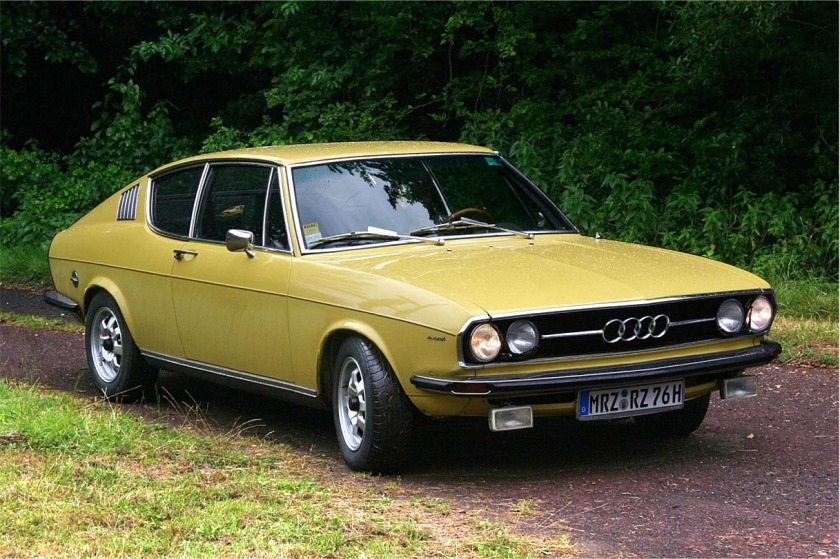
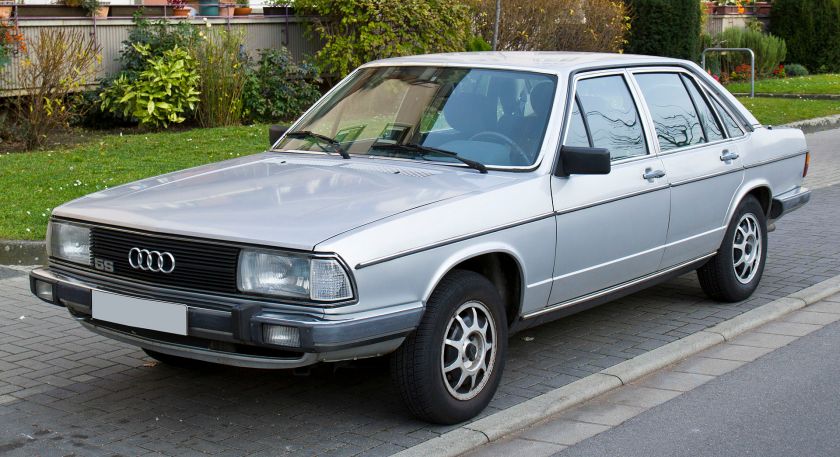
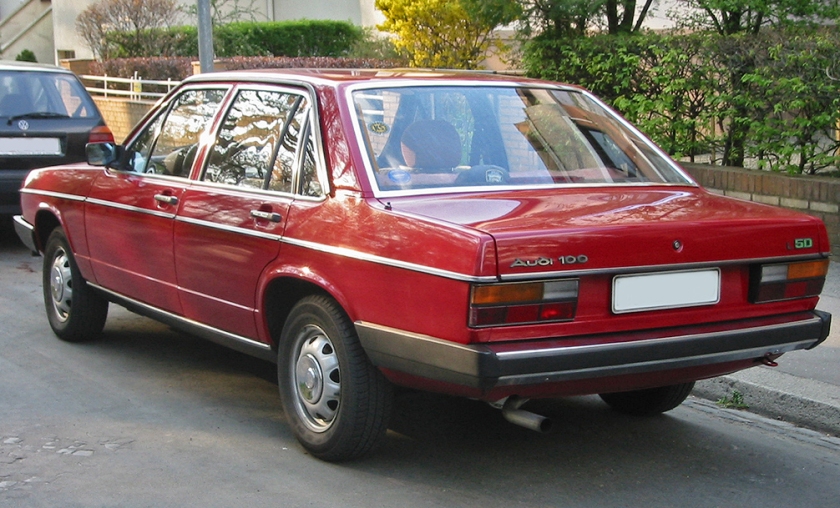
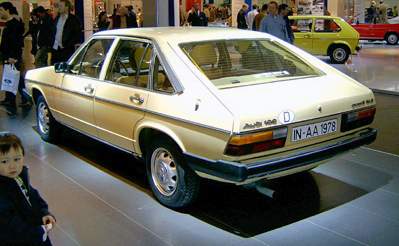
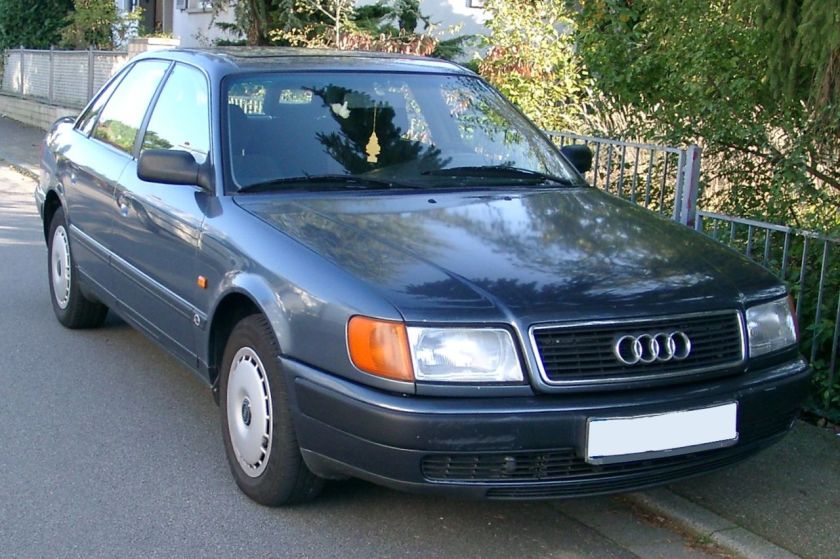

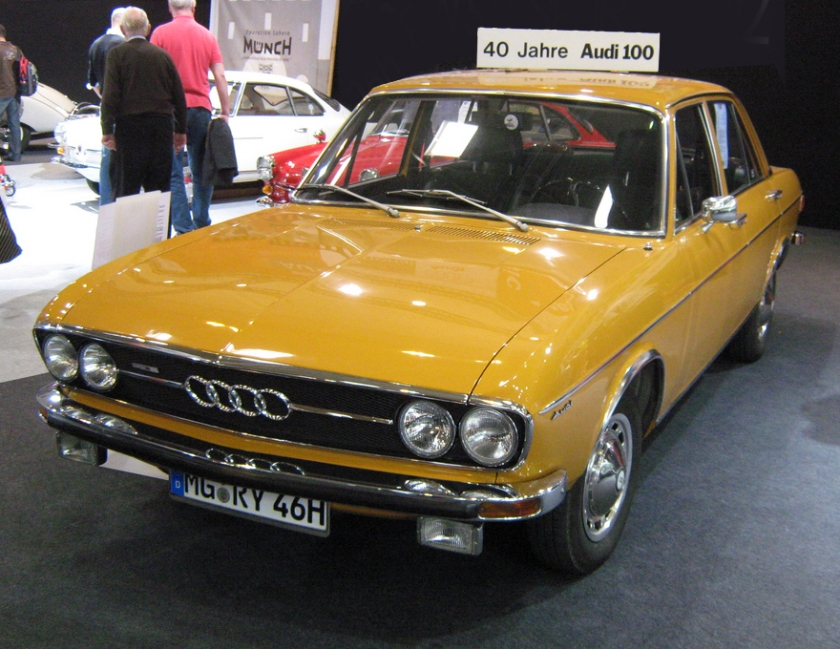
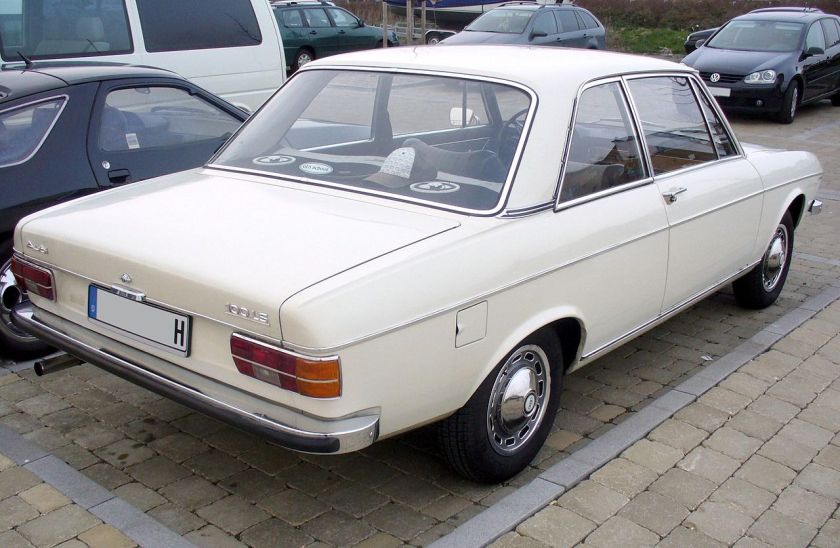
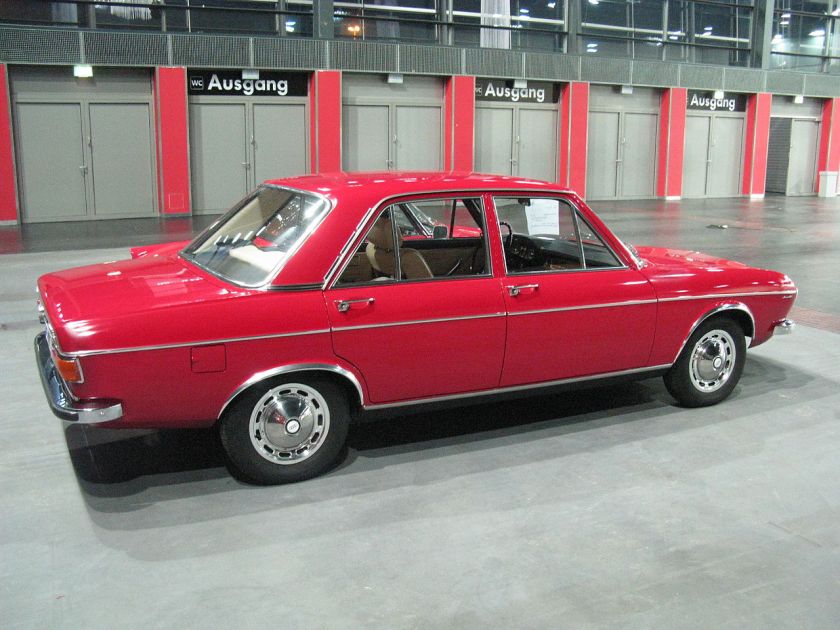
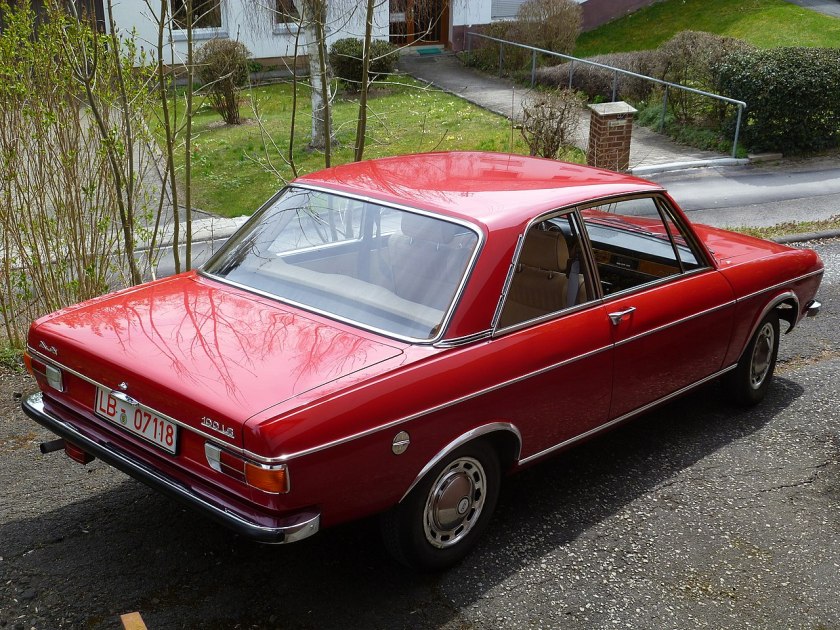
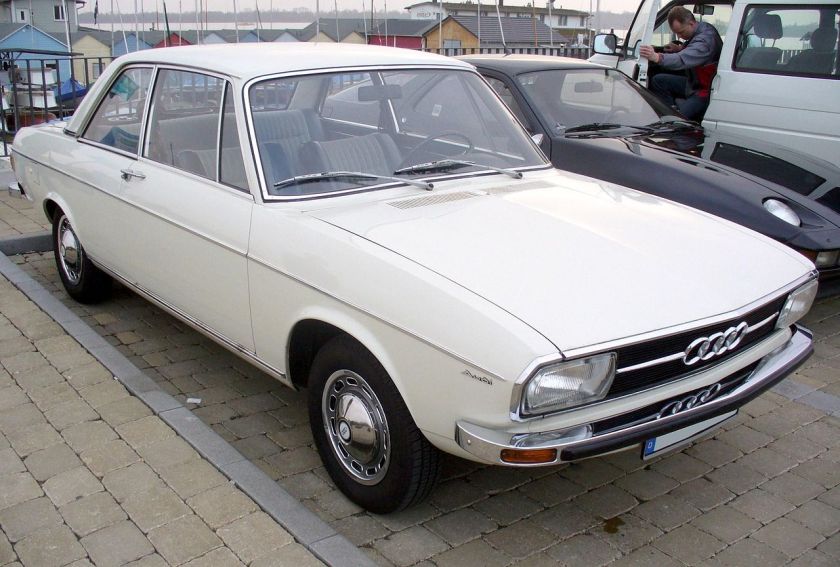
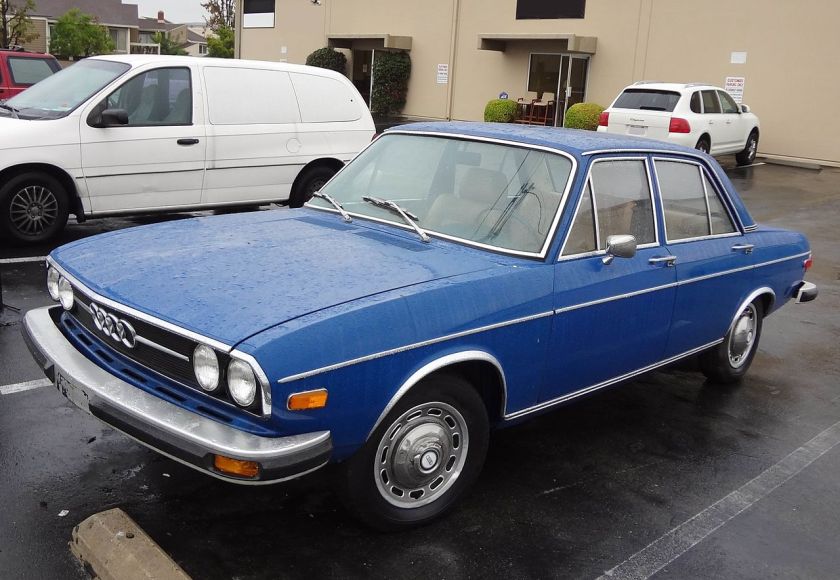
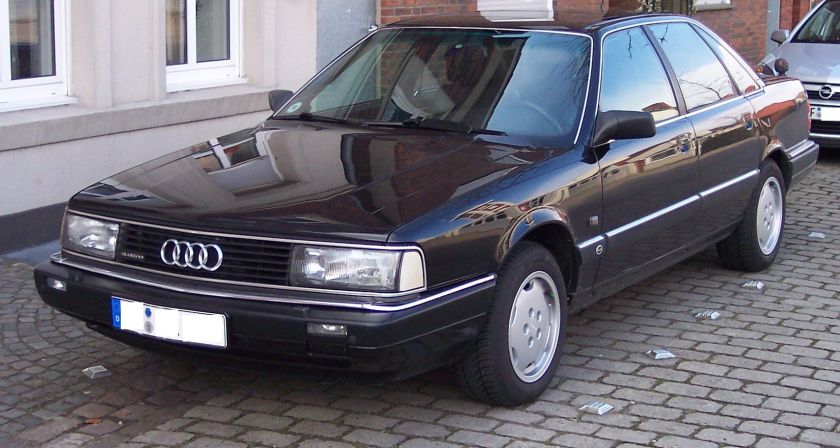
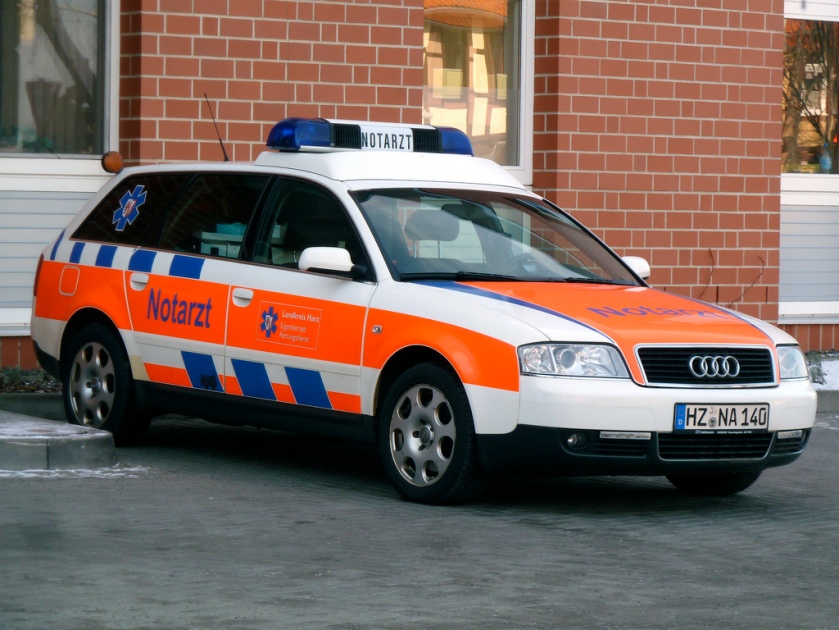
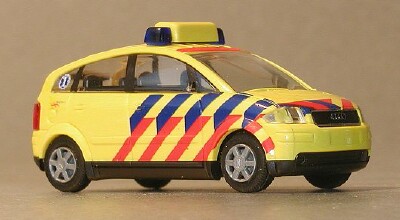
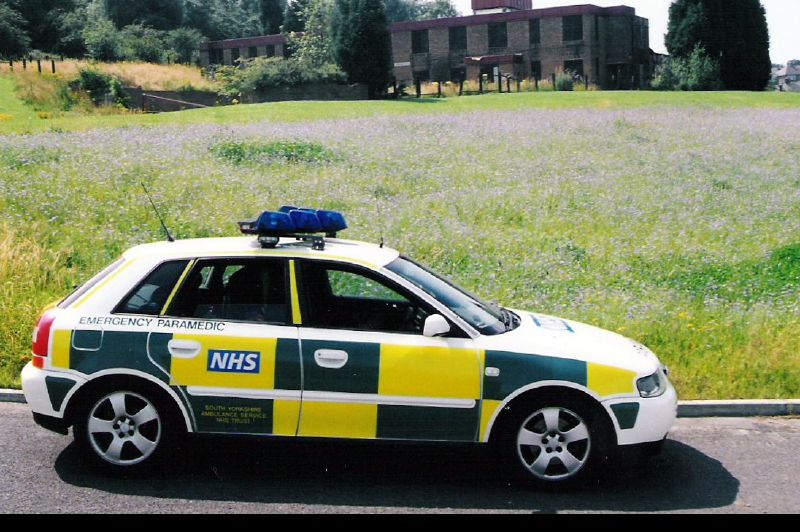
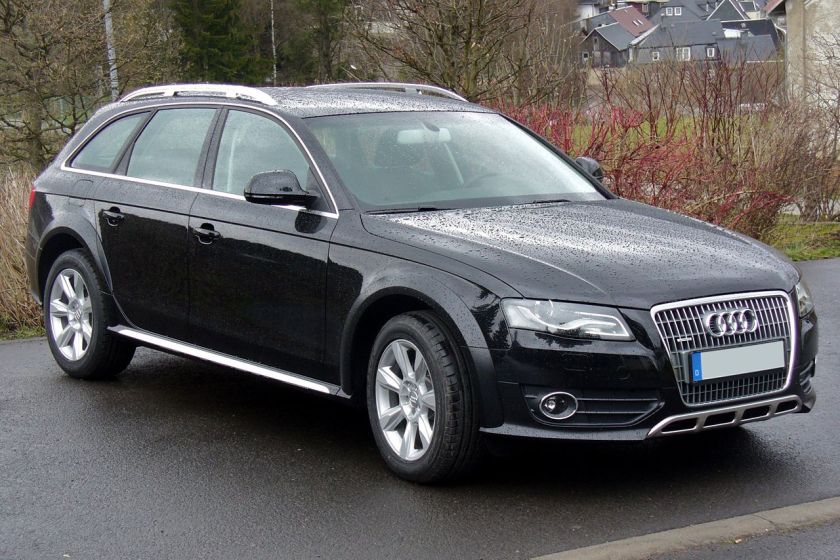
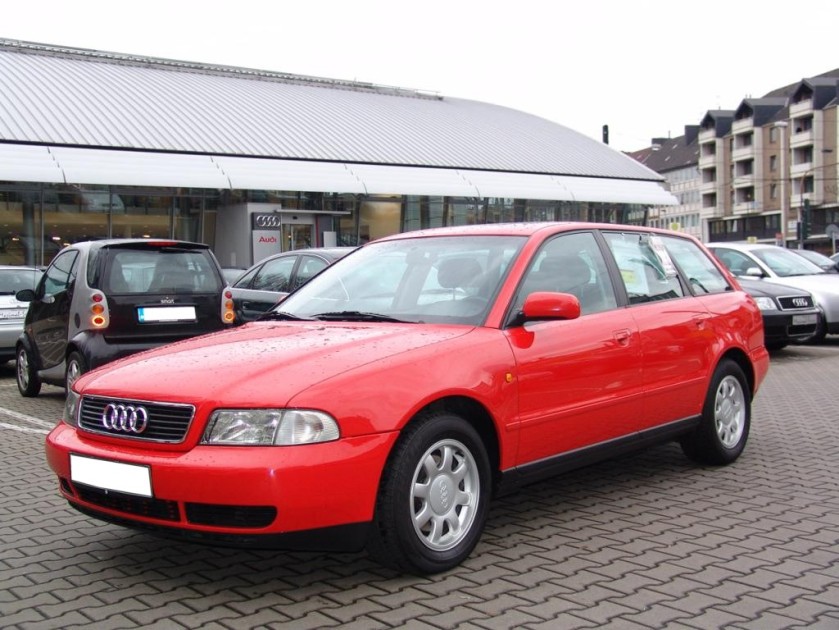
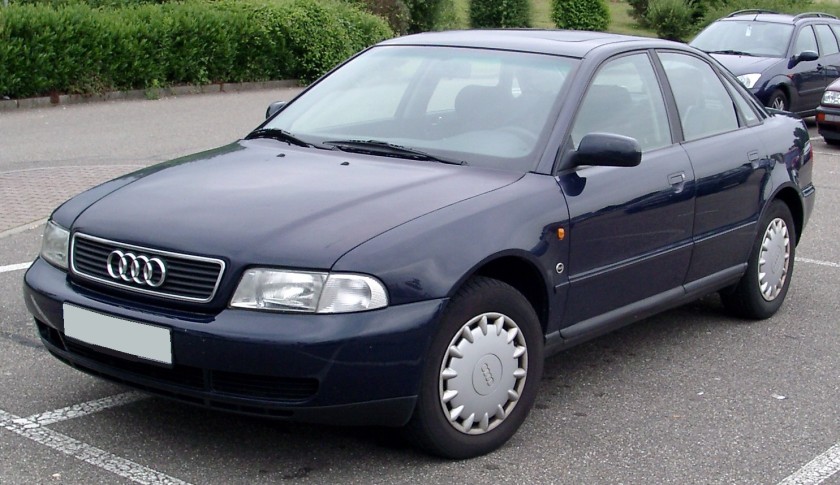
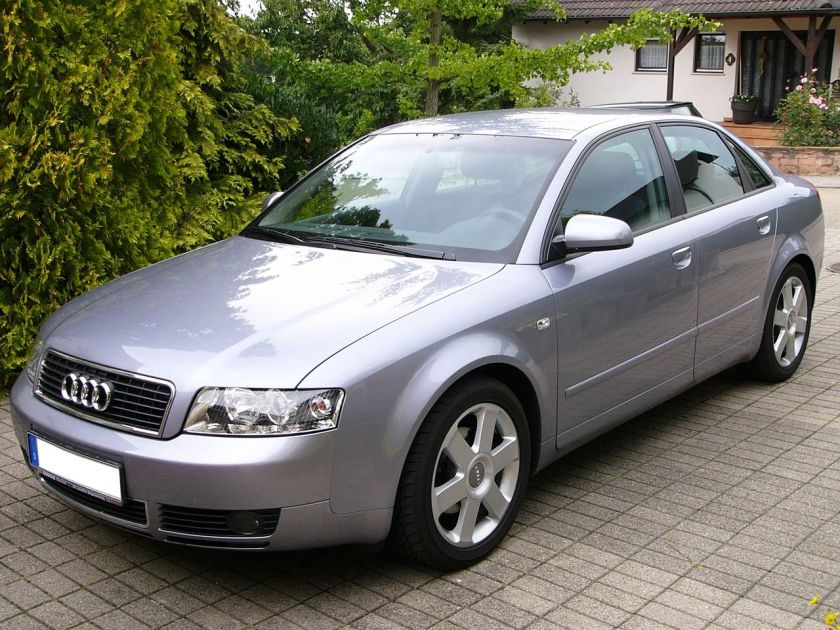
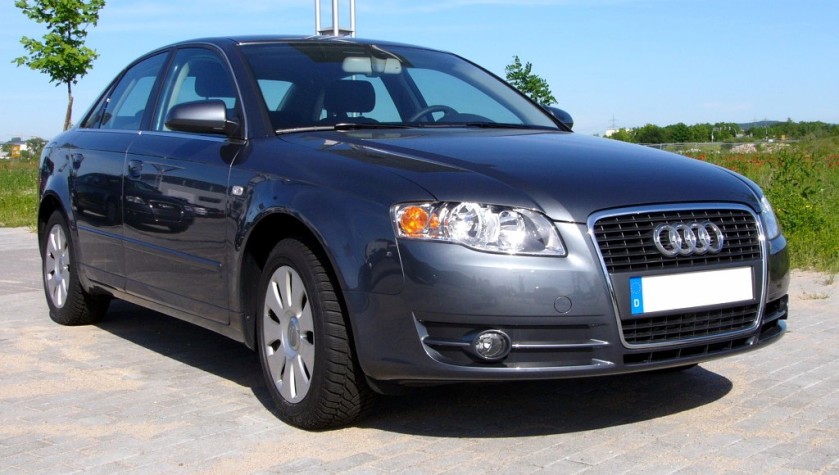
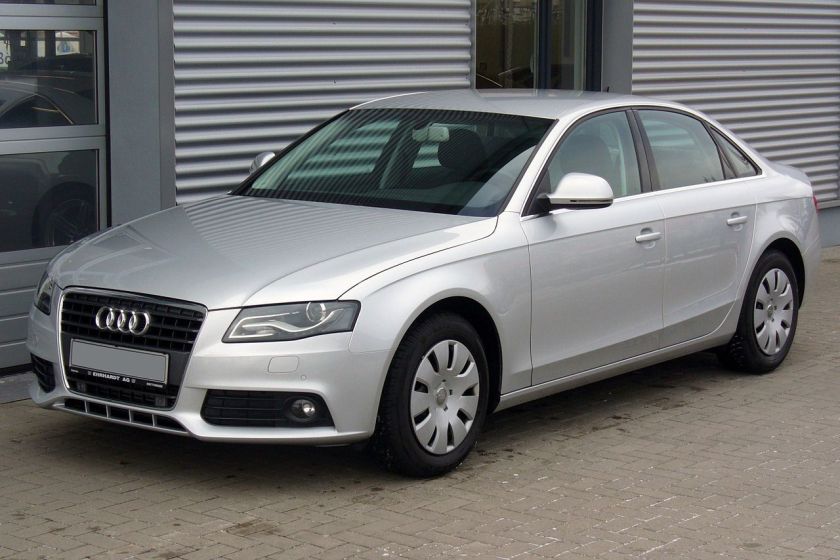

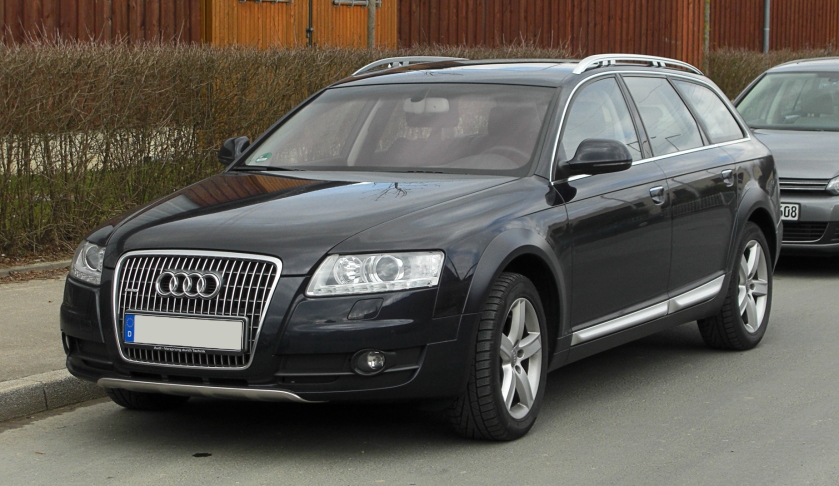
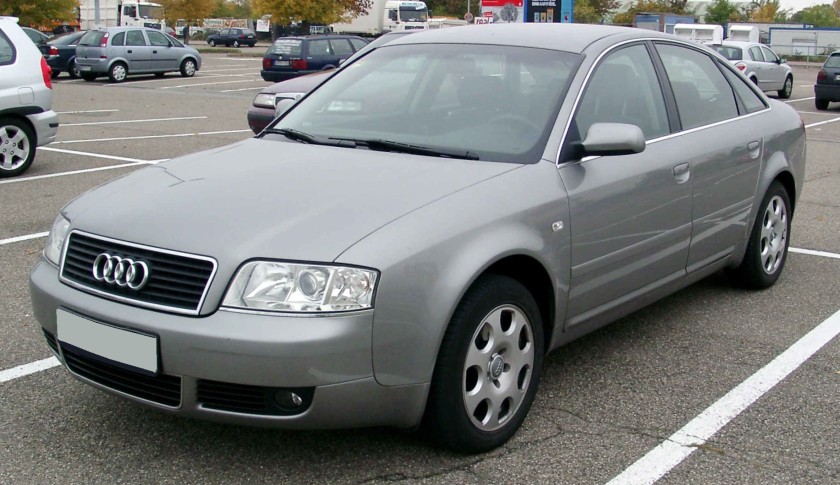
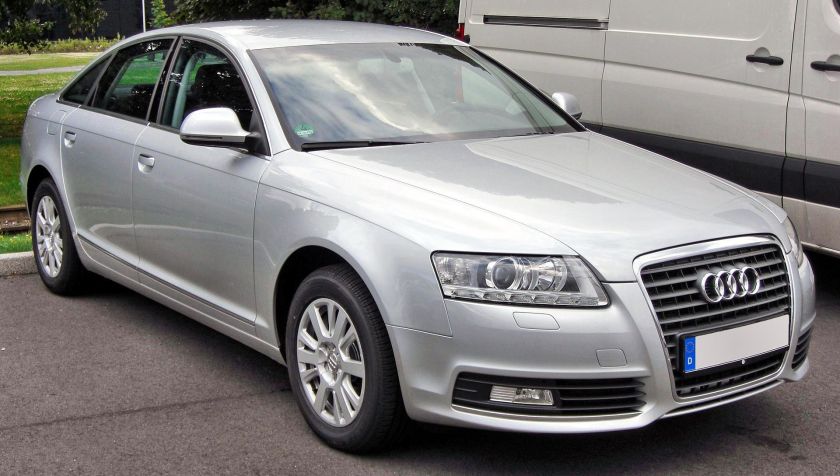
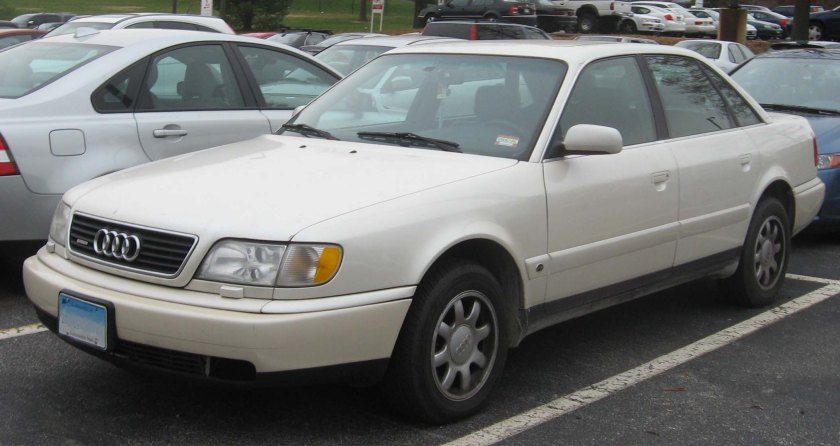
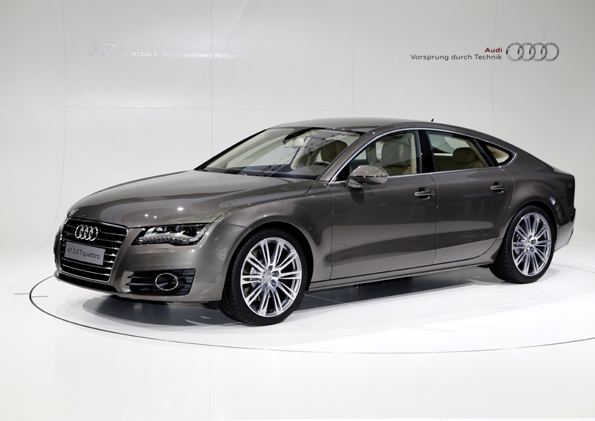
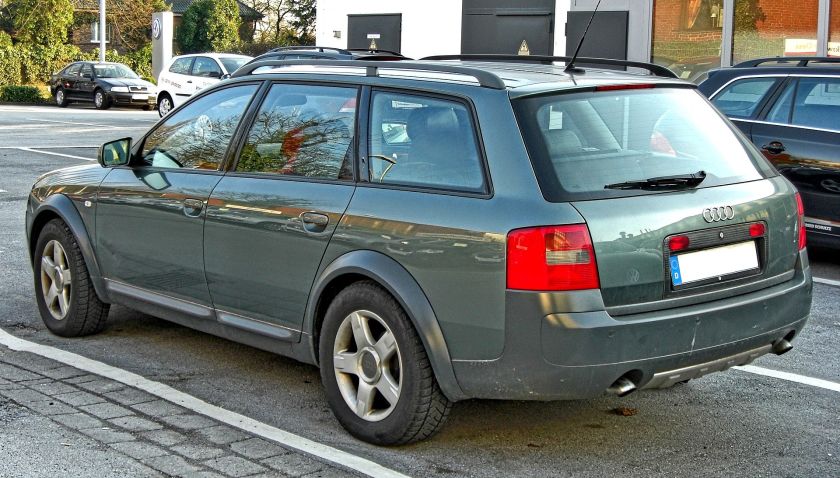
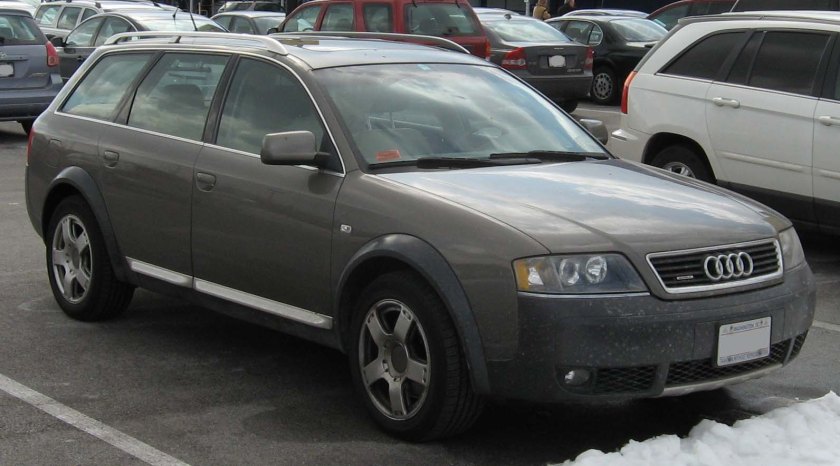
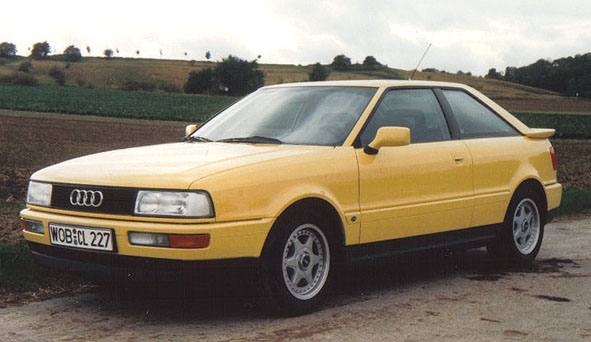
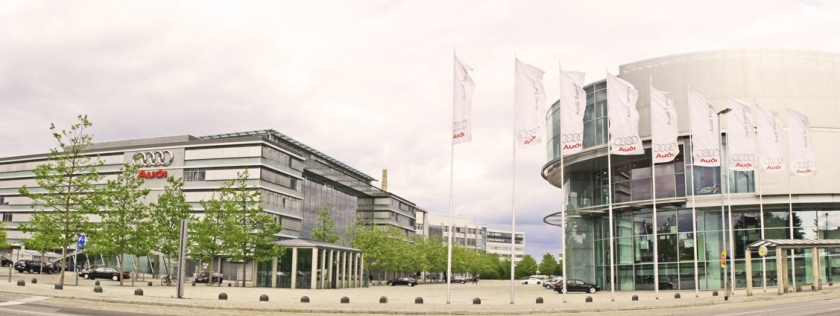
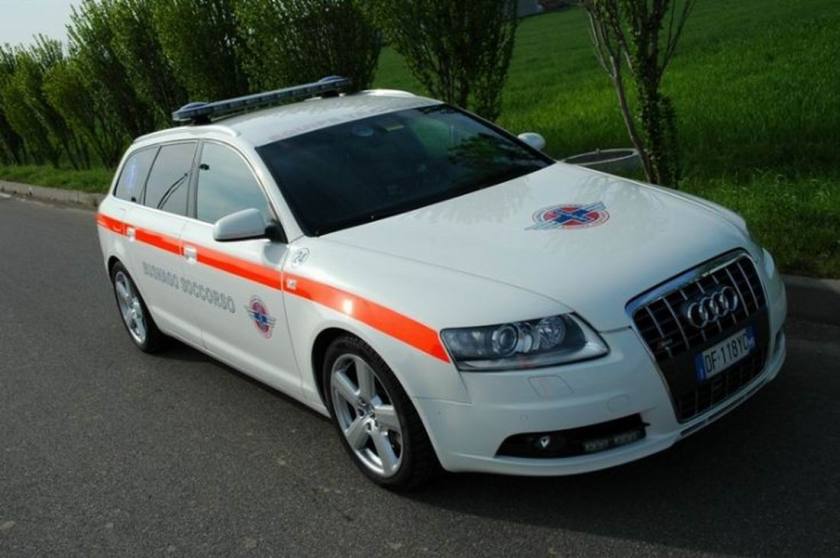
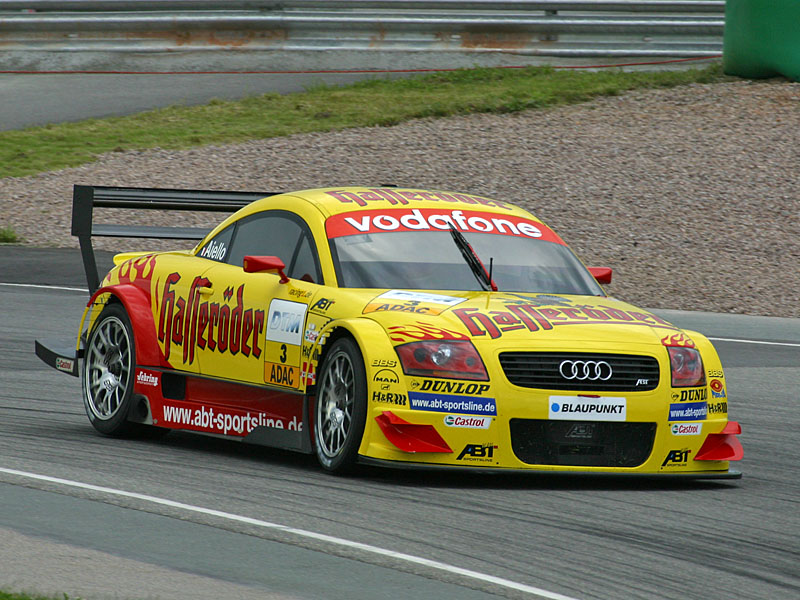
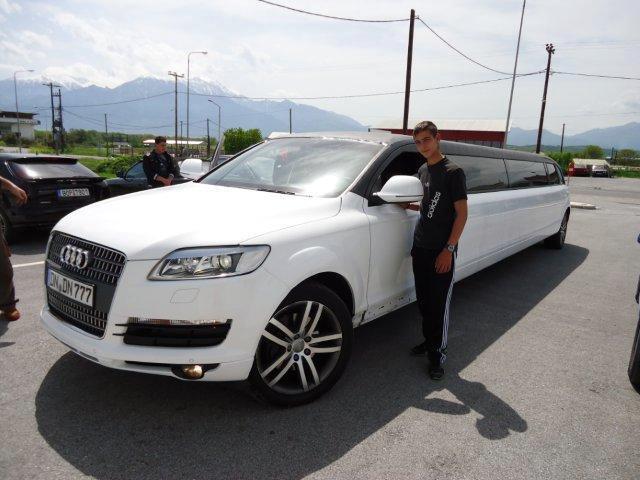
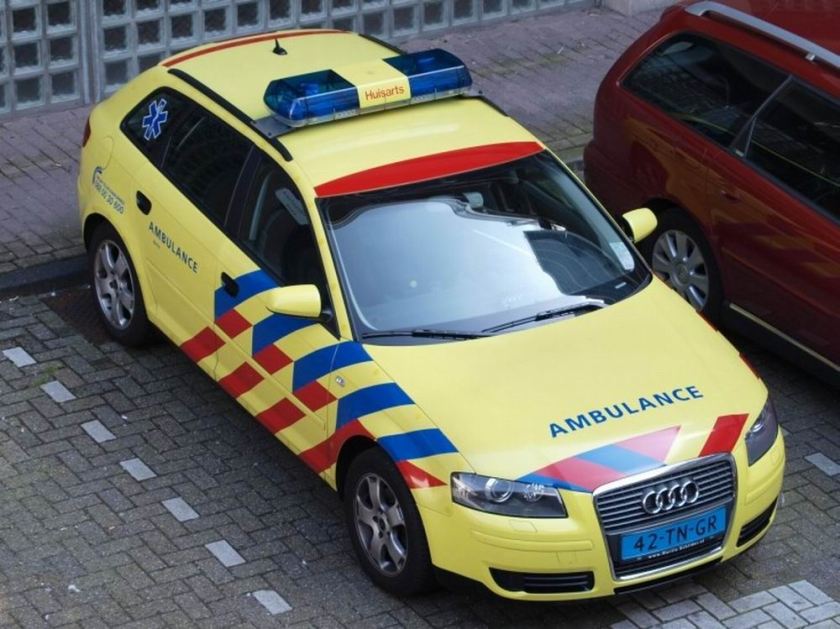
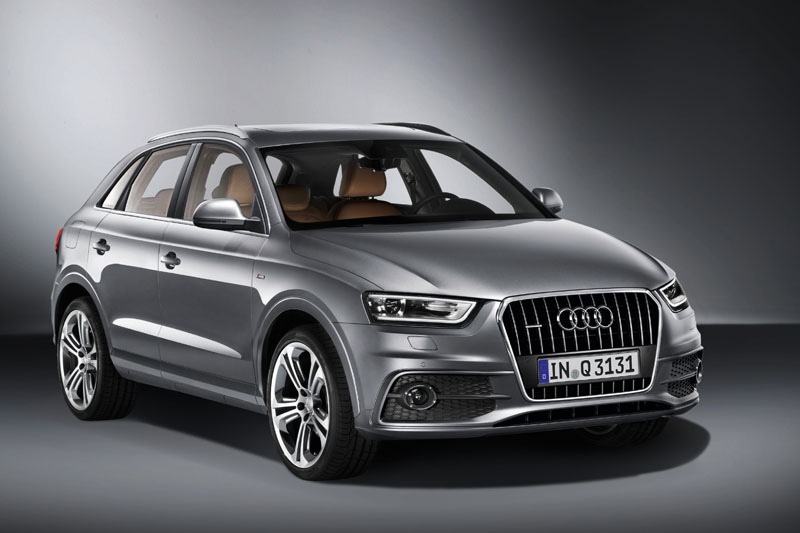
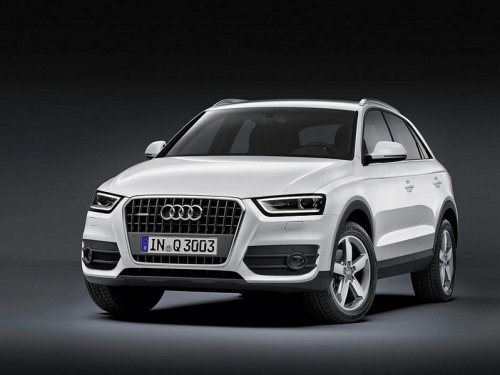
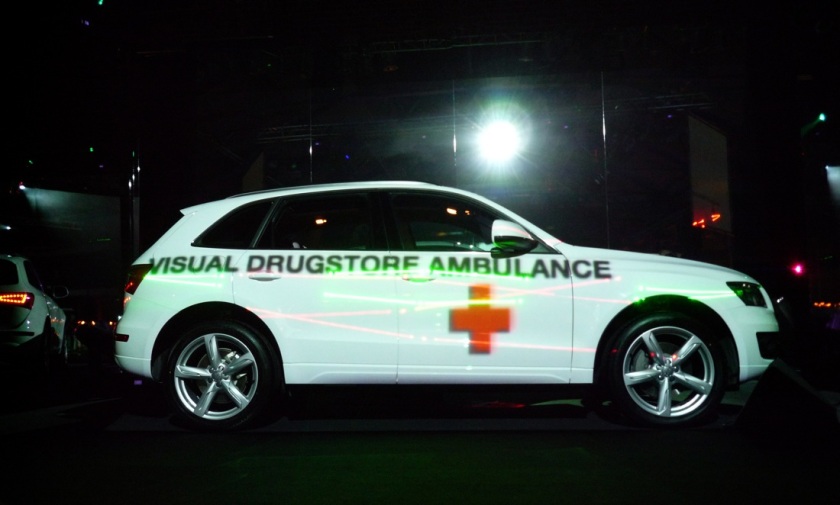
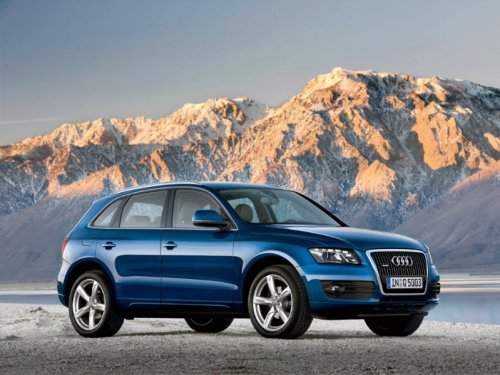
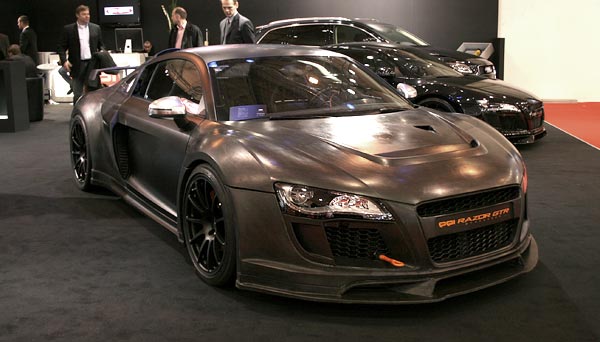
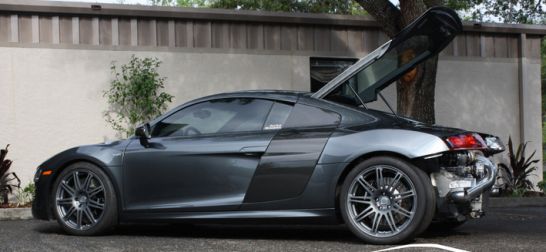
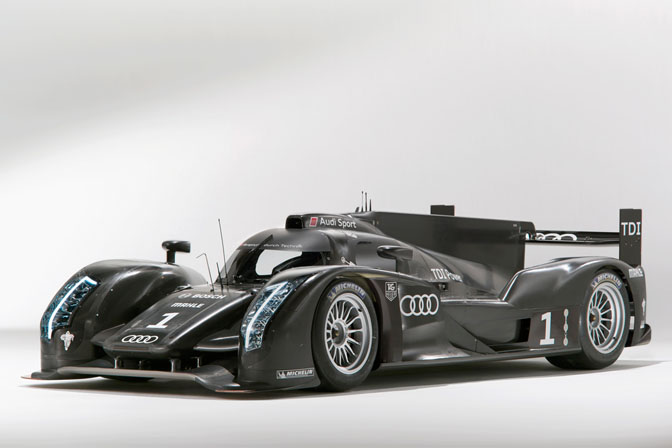
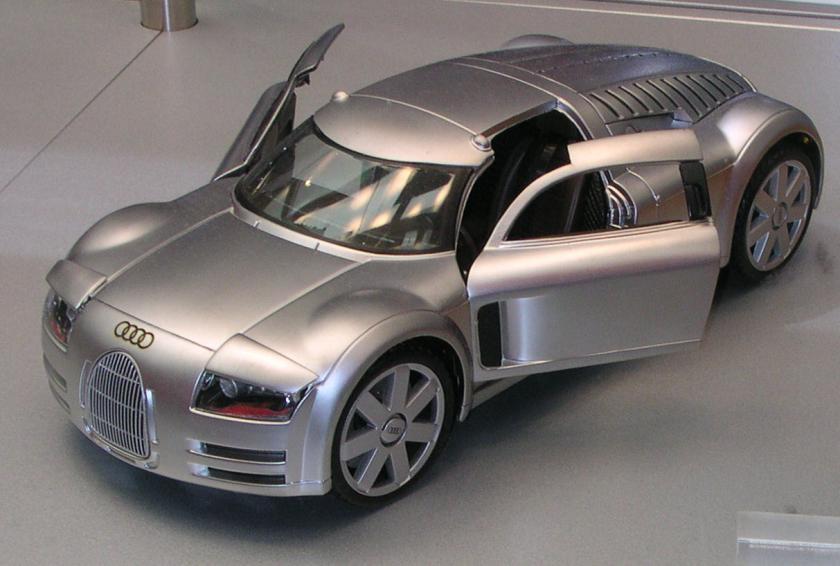
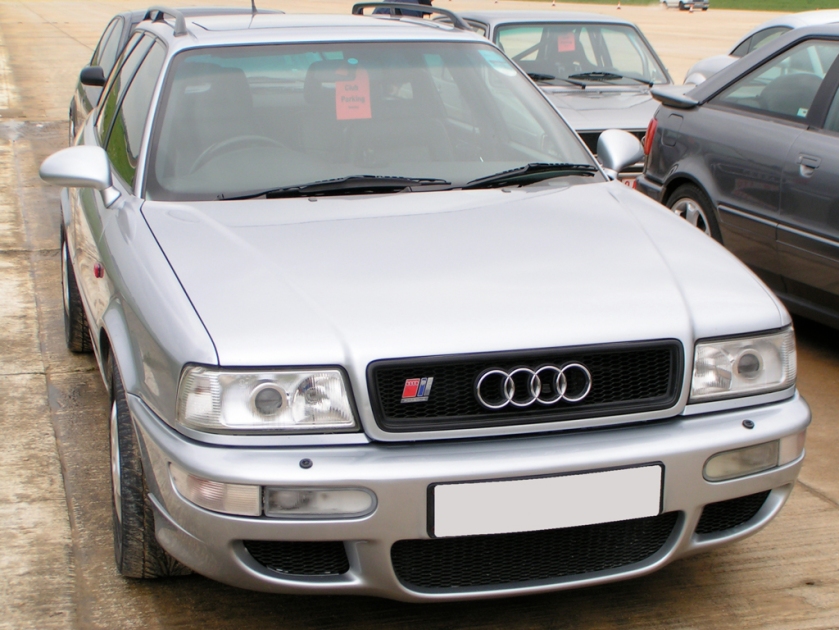
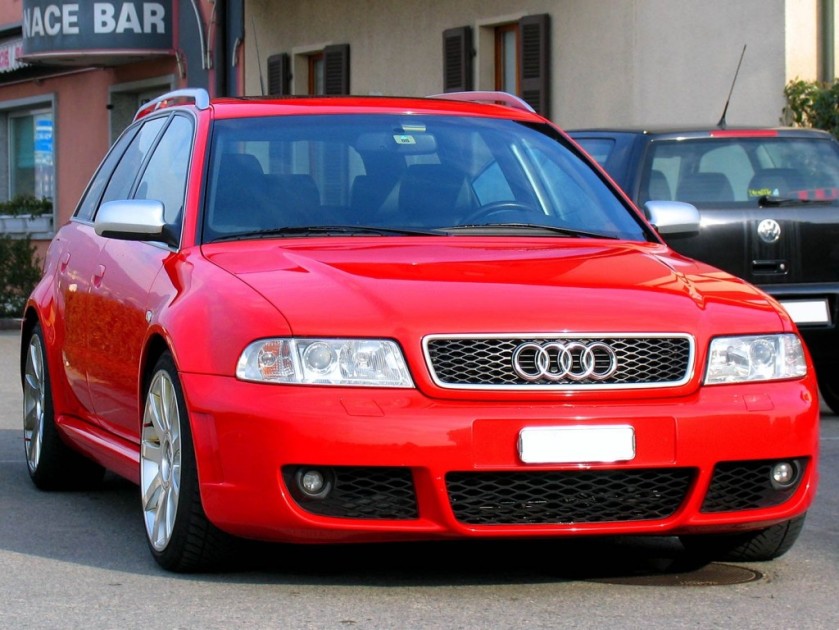
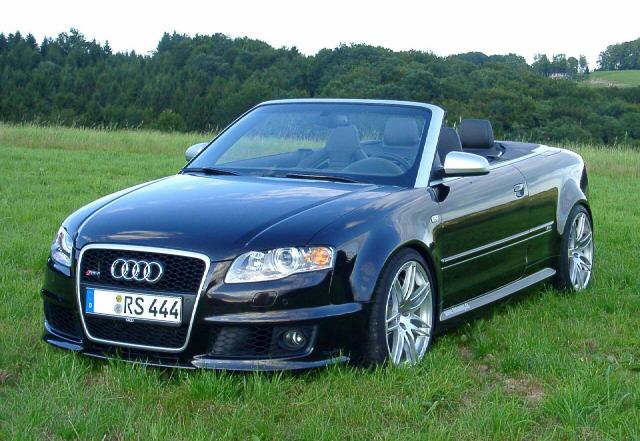
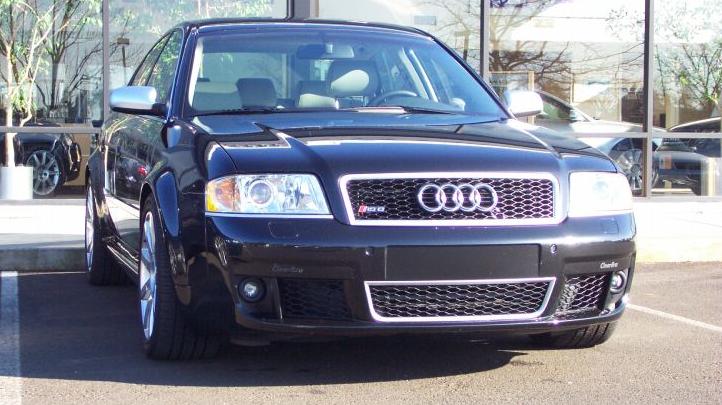
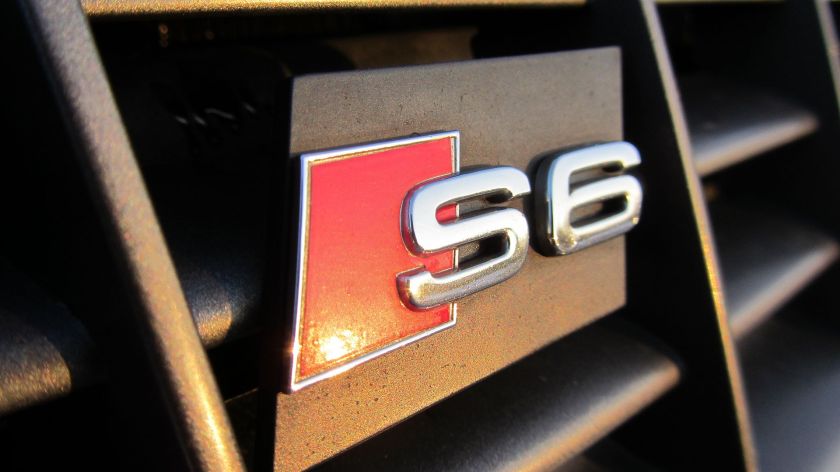
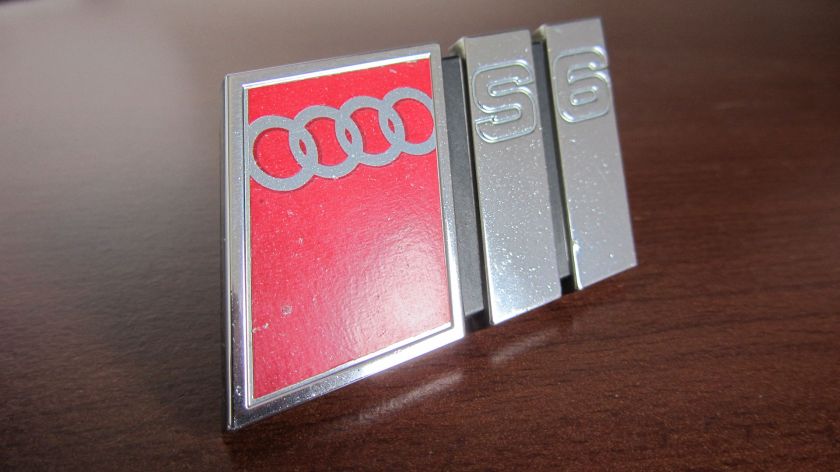
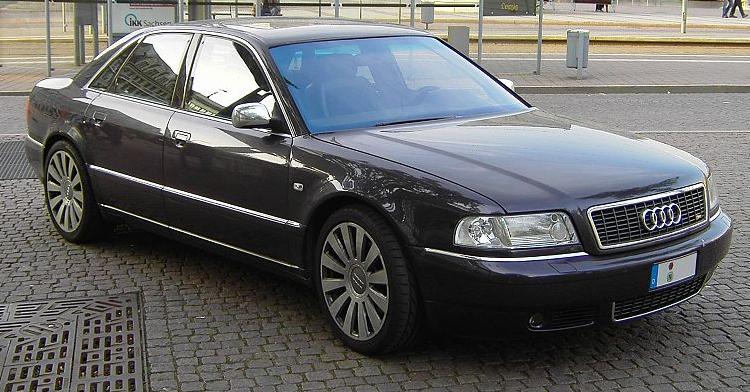
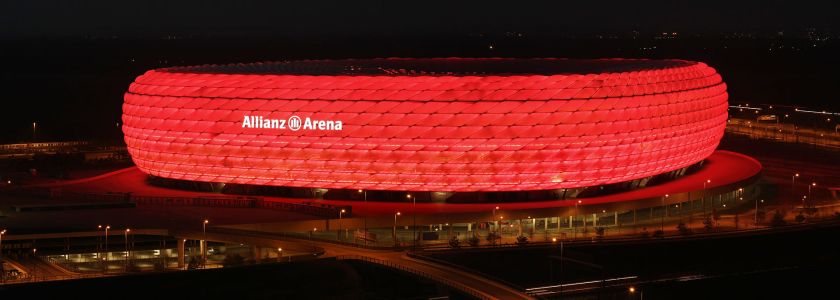
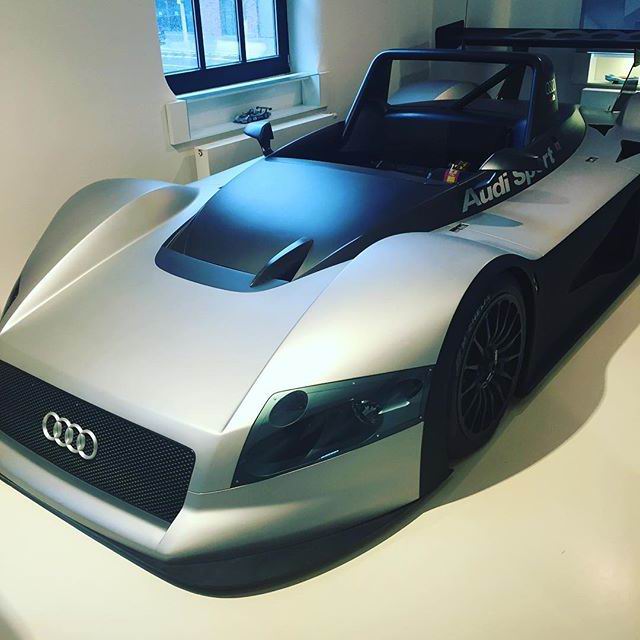
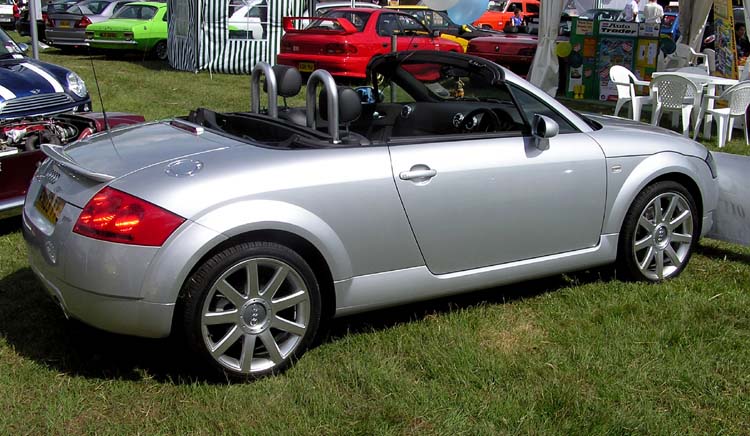
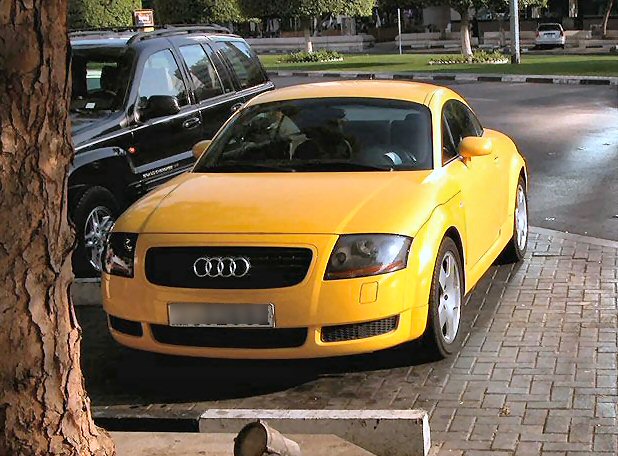
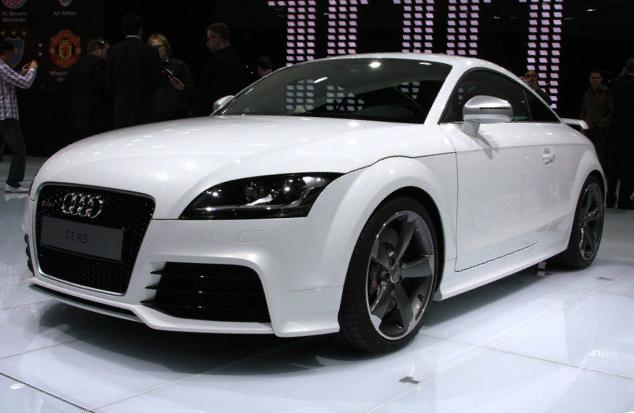
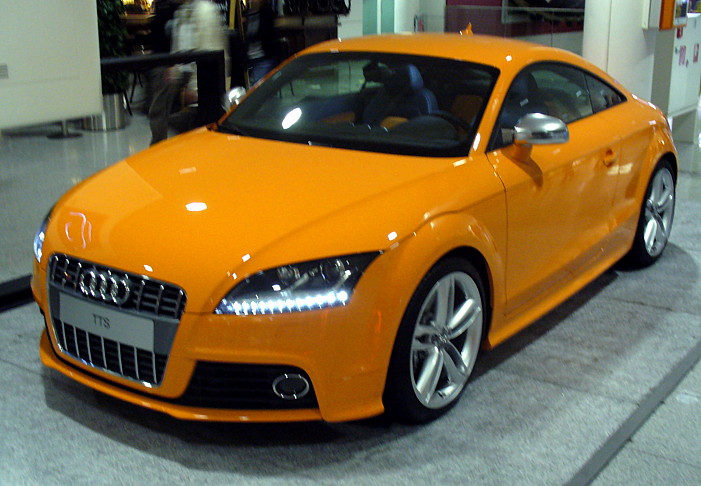
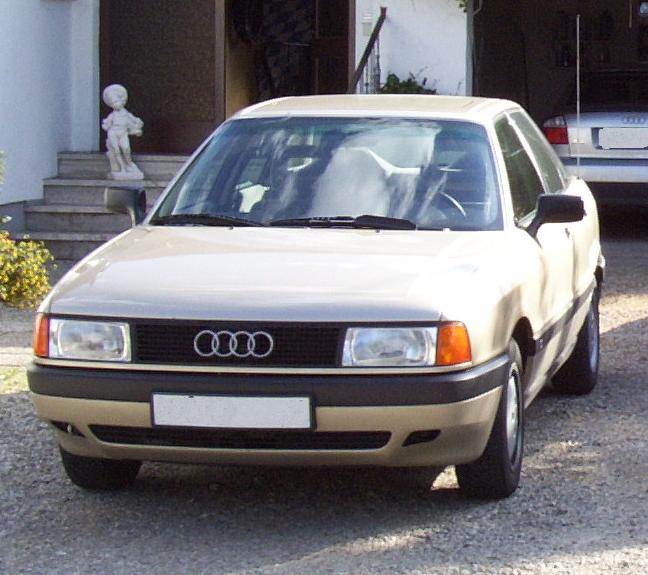
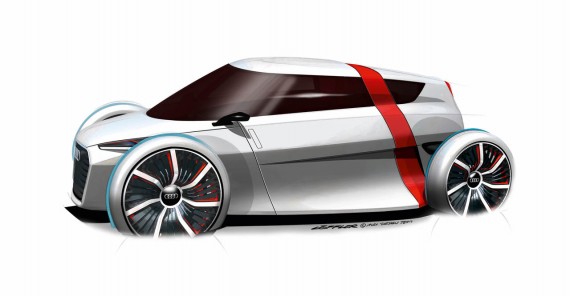
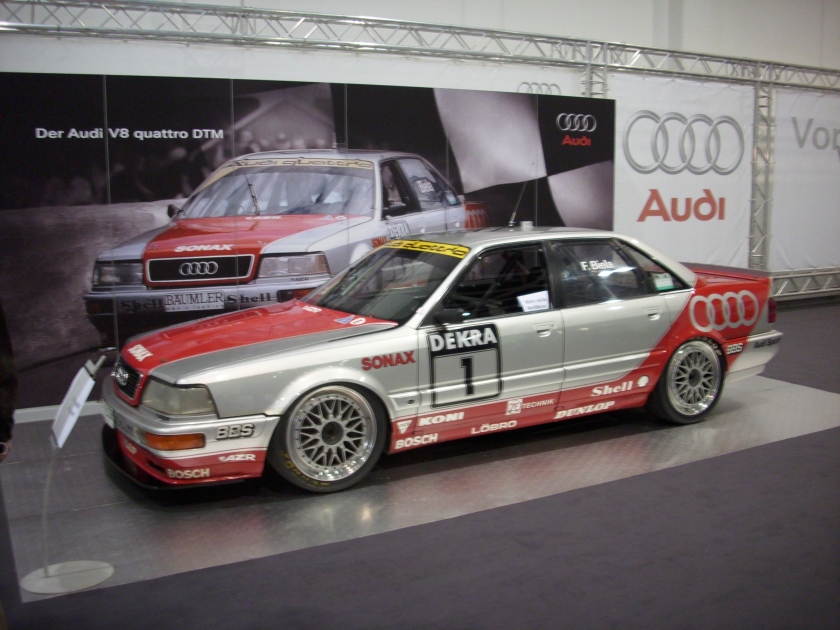
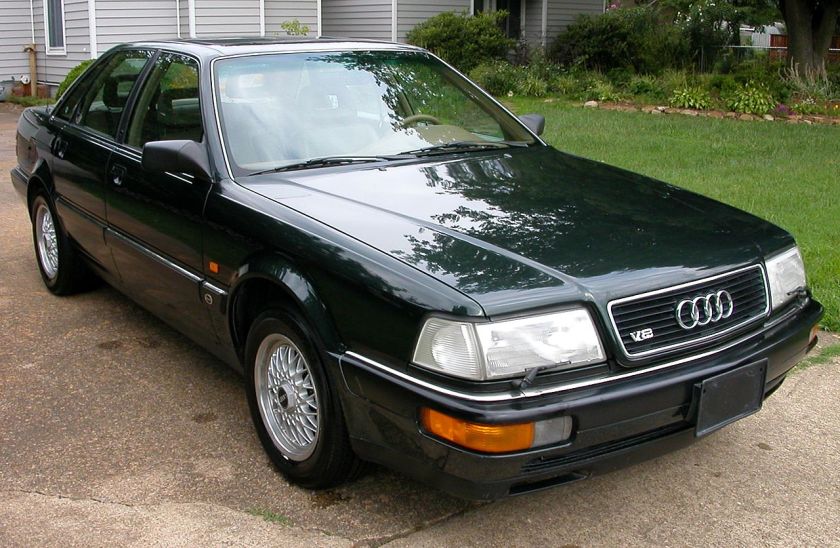
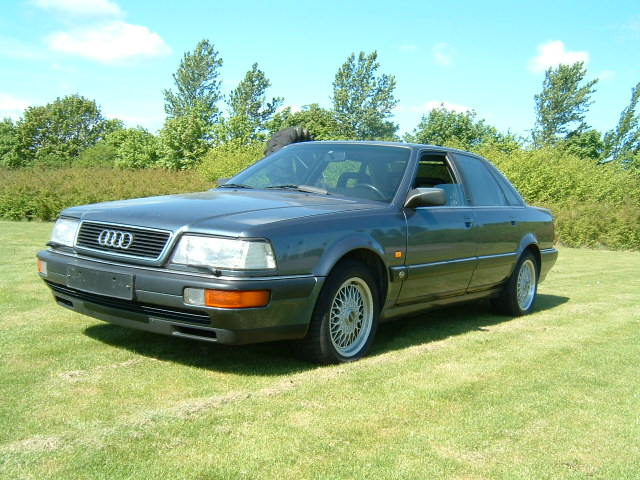
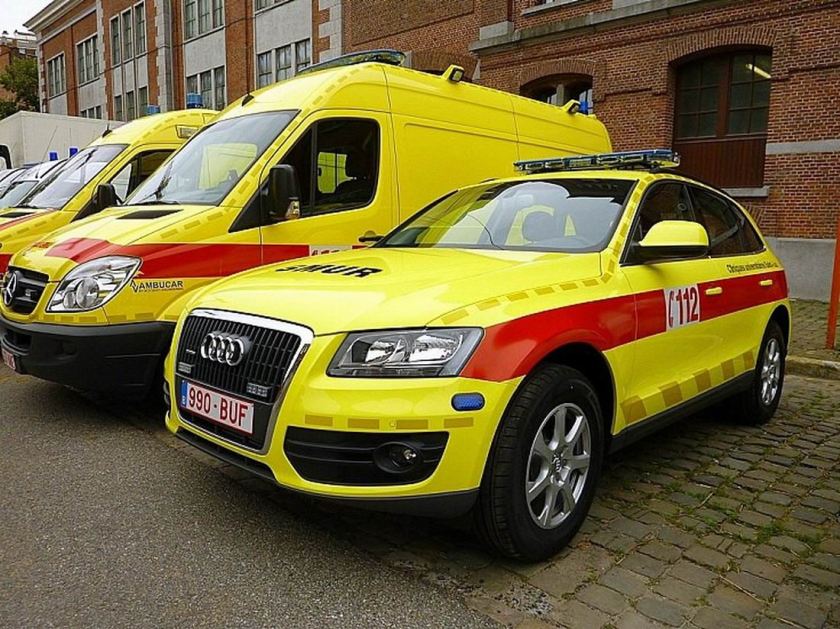
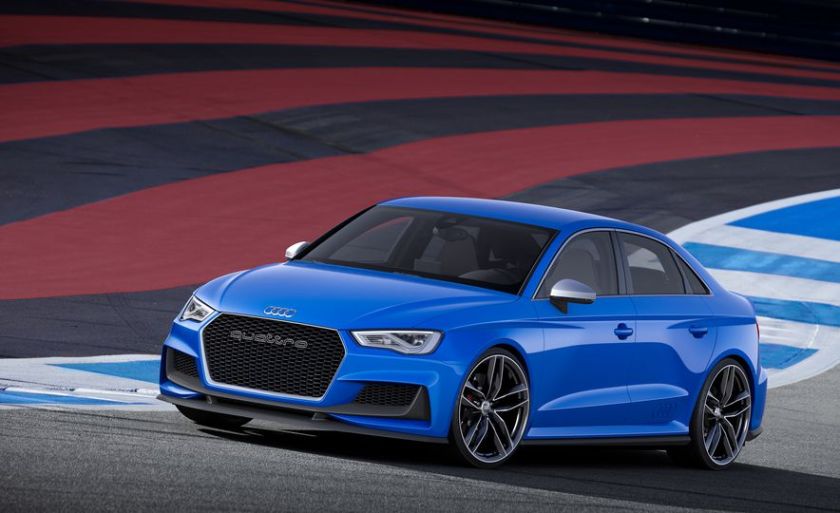
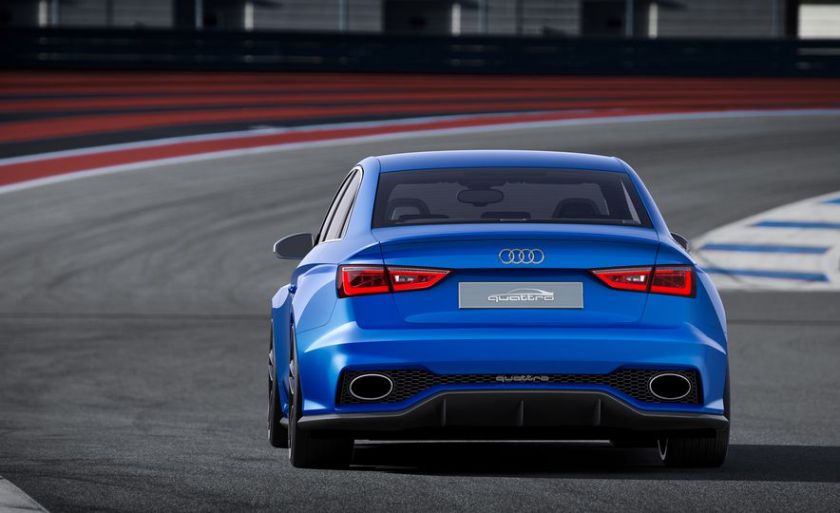
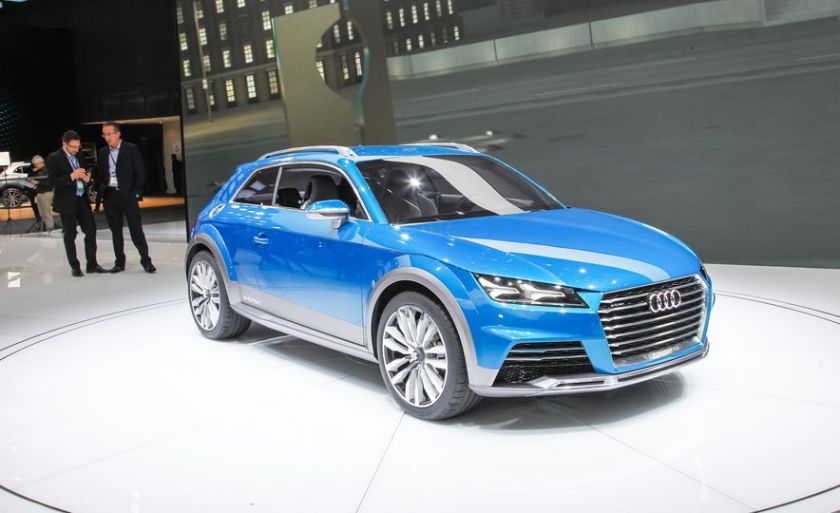
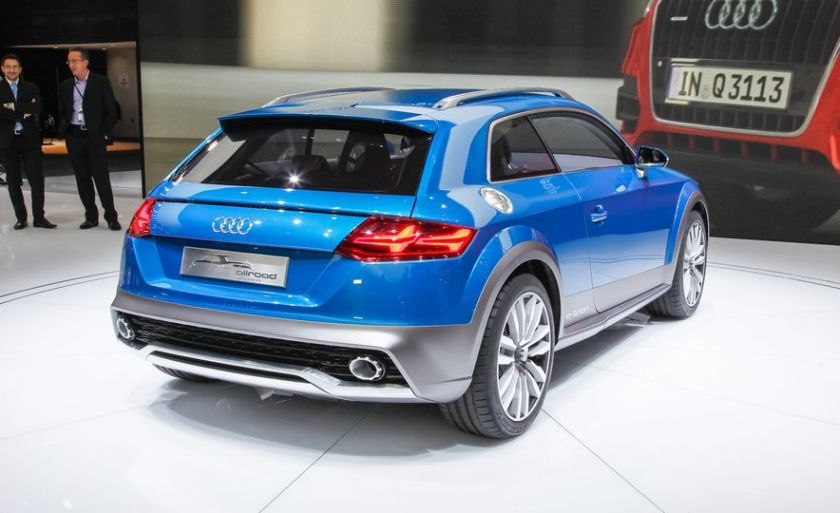
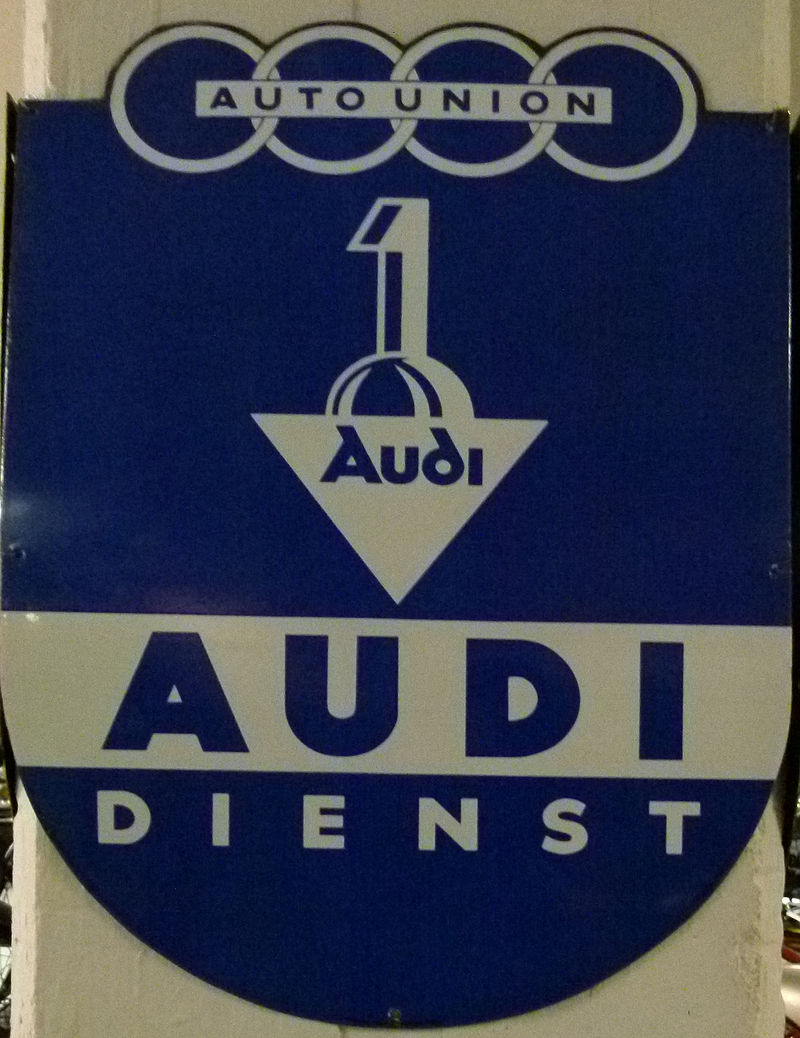
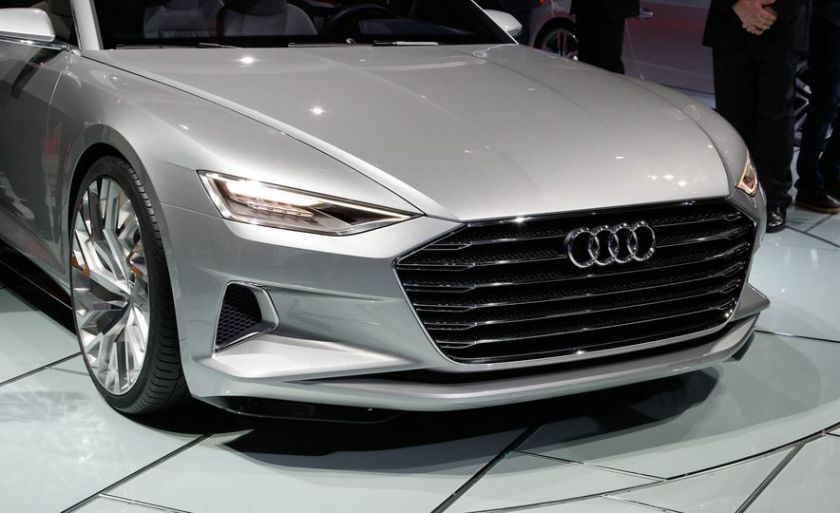
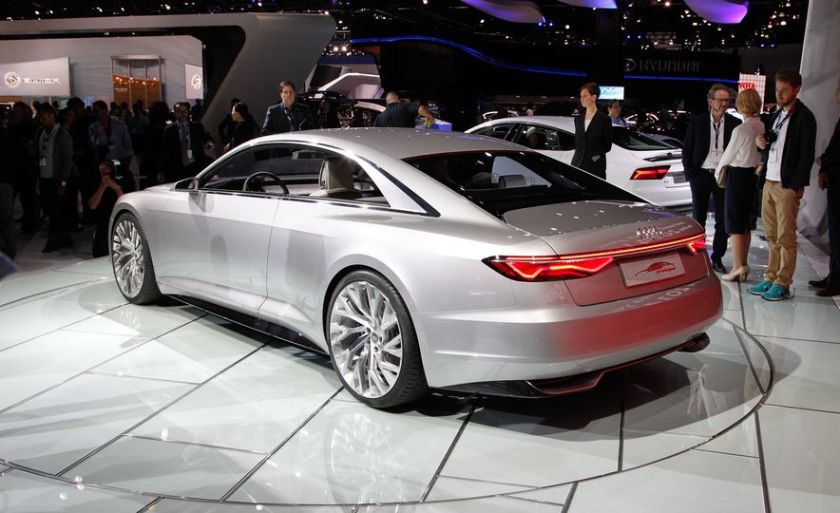
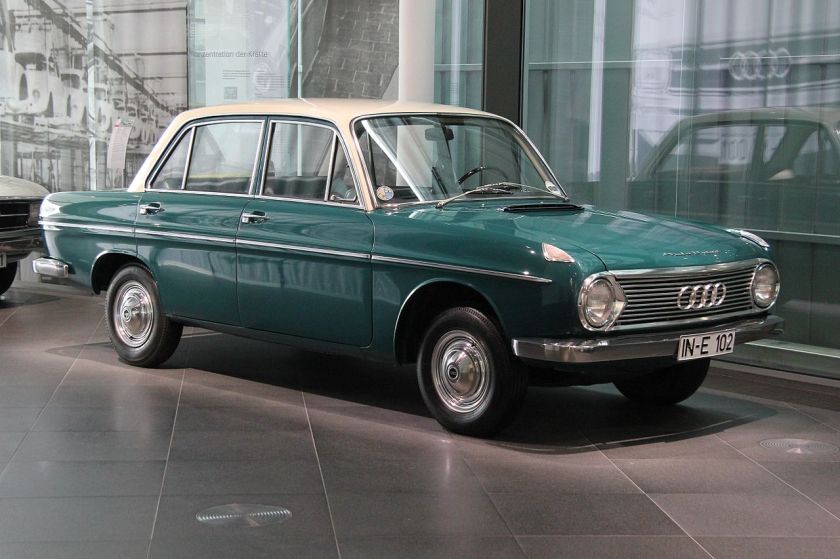
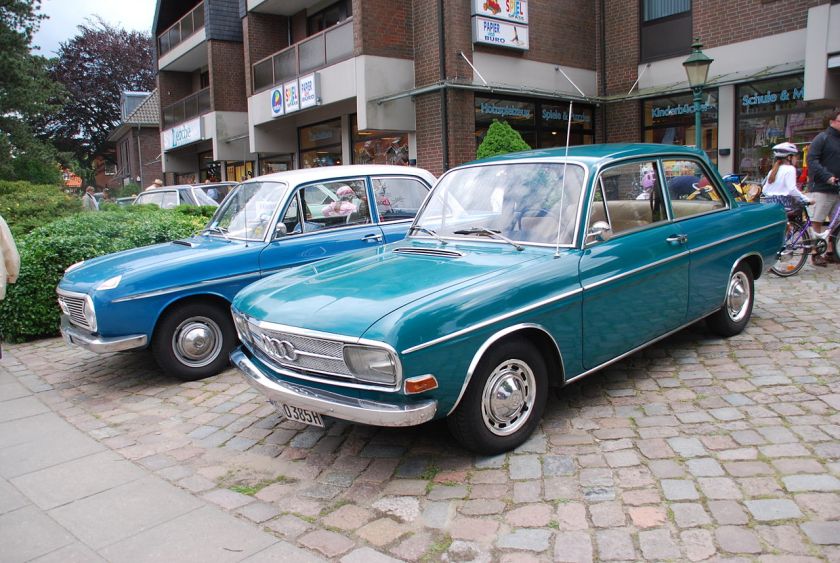
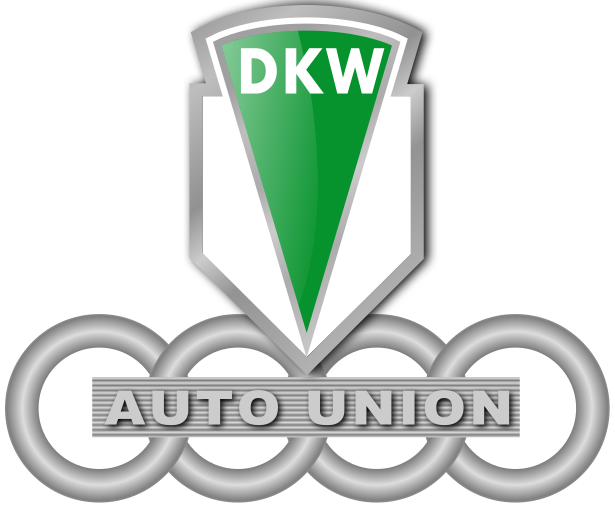
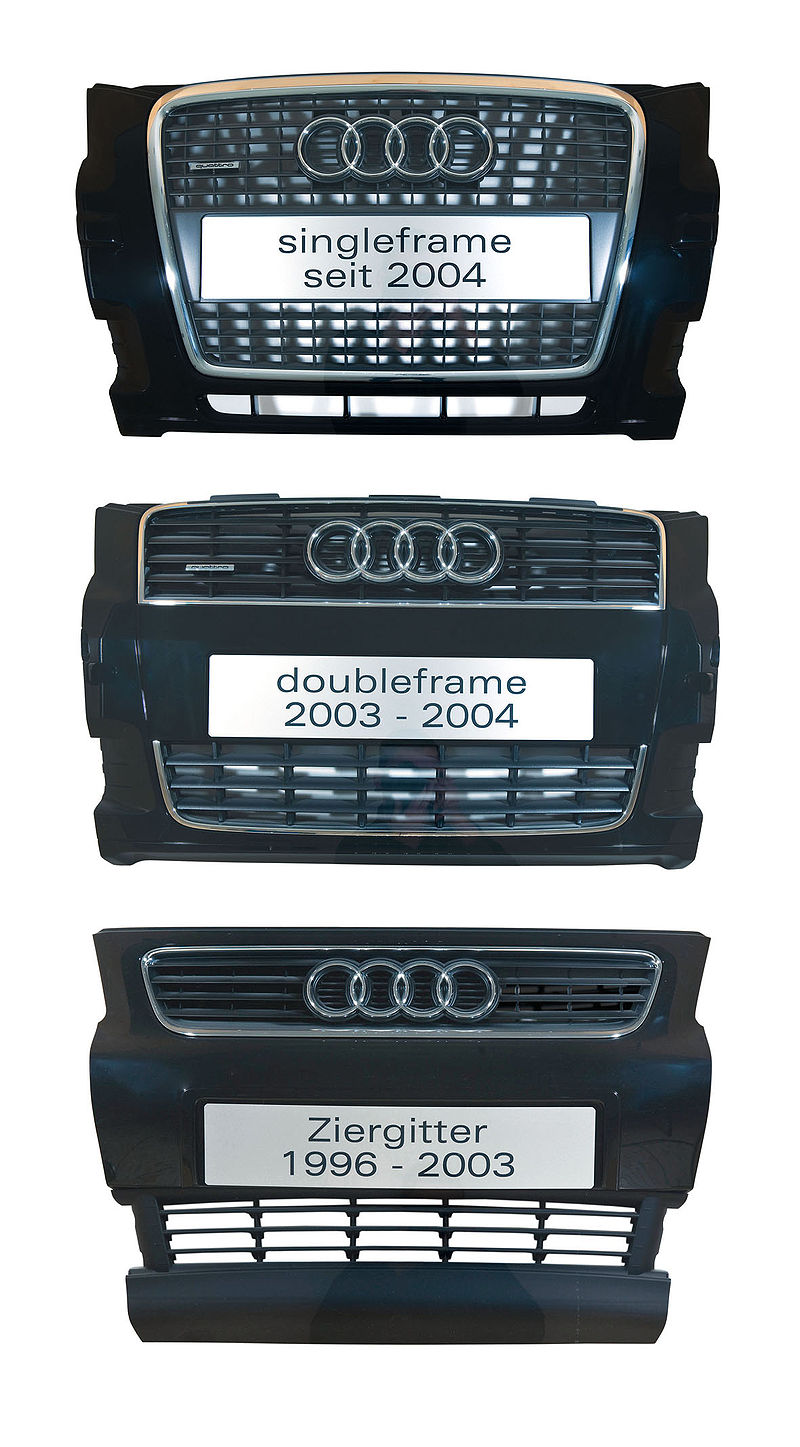
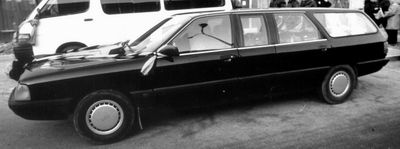
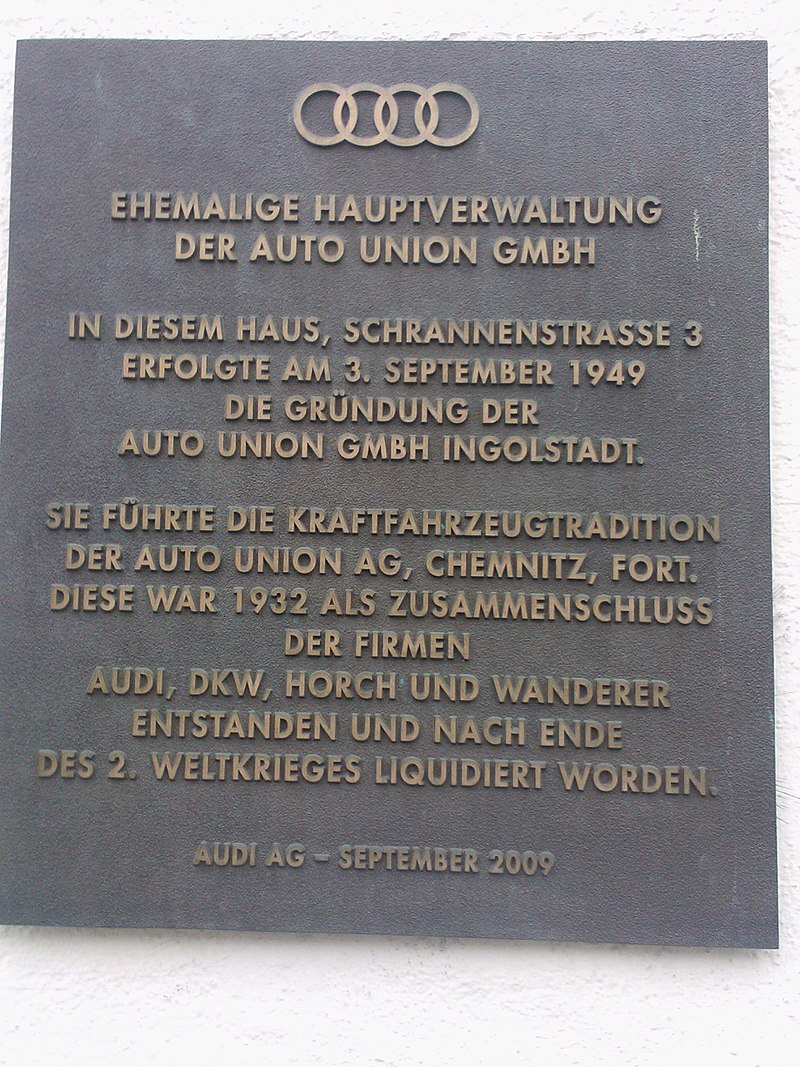
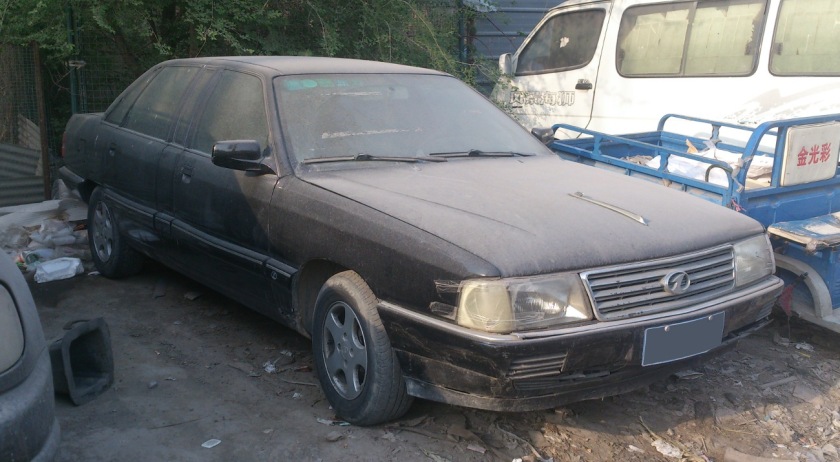
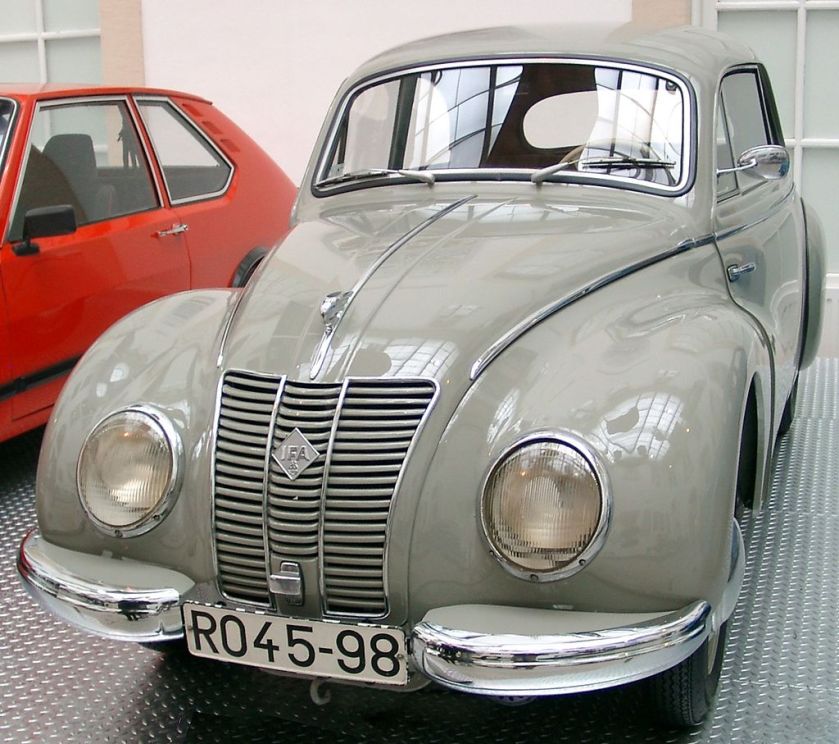
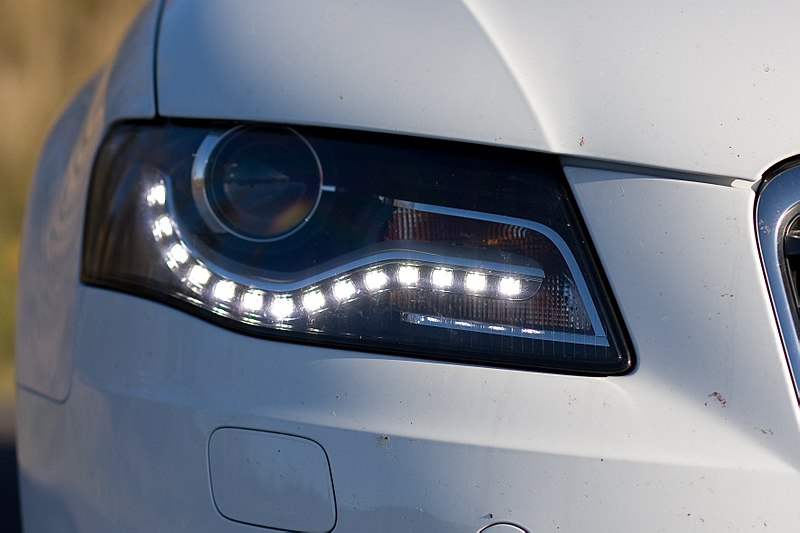
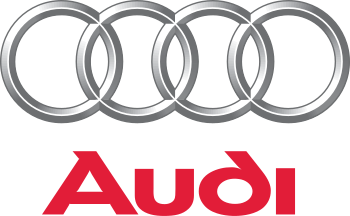
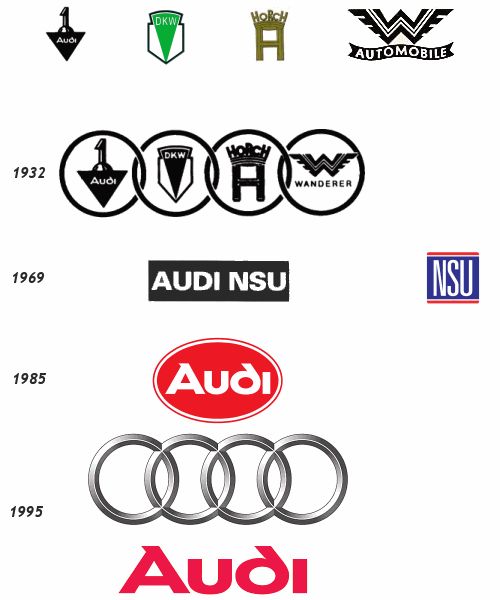
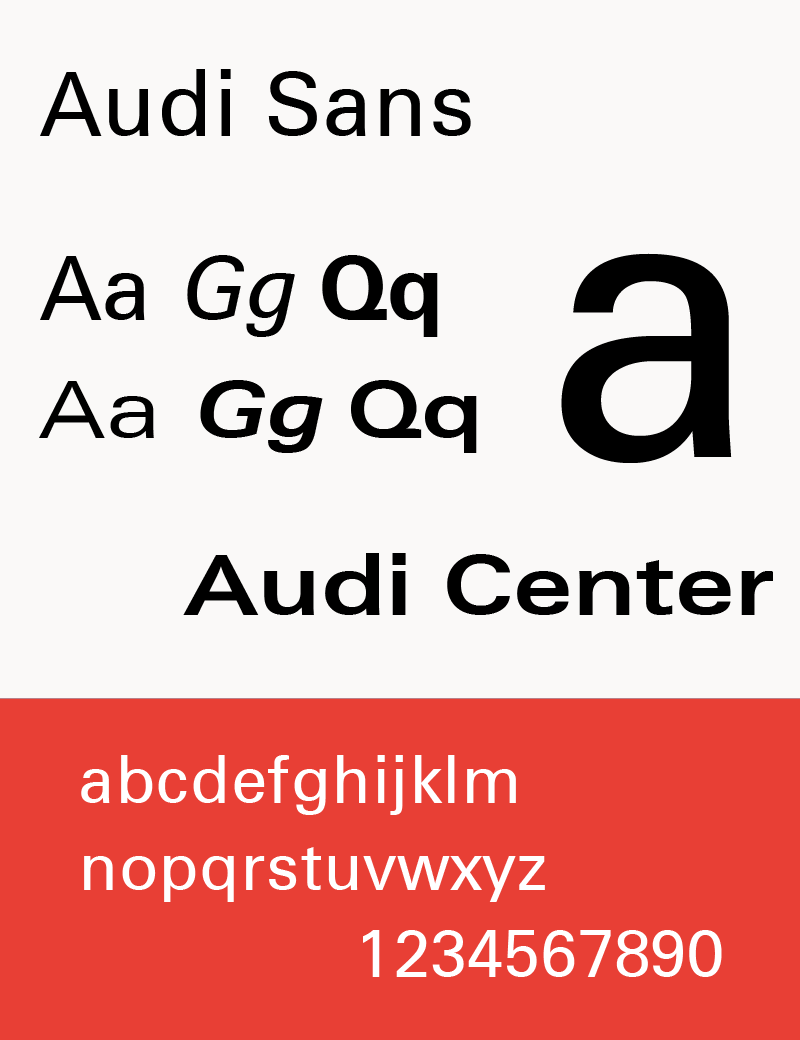
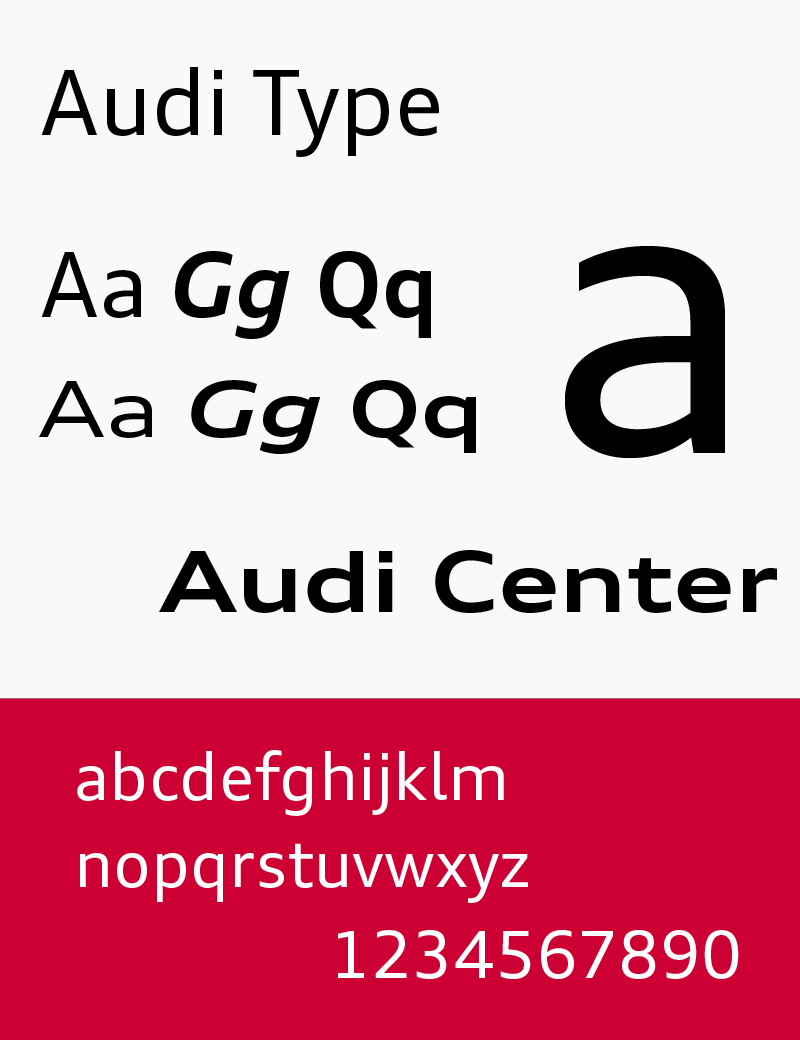
That’s it as far as my pictures go.
See also
Notes
- ^ “Satzung und Statuten der AUDI AG” [Articles of Incorporation and Bylaws of AUDI AG] (PDF). audi.com (in German). Ingolstadt, Germany: AUDI AG. 20 May 2010. p. 1. Archived (PDF) from the original on 15 August 2012. Retrieved 15 August 2012.
- ^ ab “History of Audi AG”.
- ^ Four Rings: The Audi Story. Audi AG. 1 August 2013. ISBN978-3768826730.
- ^ AUDI, production plant. “Production Plant Worldwide”.
- ^ ab “Key figures worldwide”.
- ^ abc “Finances ar2015” (PDF).
- ^ “Chronicle 1899–1914”. audiusa.com. Audi of America, LLC. 2012. Archived from the original on 10 August 2012. Retrieved 9 August2012.
- ^ “Audi 2011 Annual Financial Report” (PDF). AUDI AG. 17 February 2012. Retrieved 9 August 2012.
- ^ “List of Shareholdings in accordance with sections 285 and 313 of the HGB of Volkswagen AG and the Volkswagen Group as of 31 December 2009” (PDF). http://www.volkswagenag.com. Volkswagen AG. 31 December 2009. Retrieved 11 December 2010.
- ^ “Audi Launches New Brand Campaign”. AudiWorld. 7 May 2007. Retrieved 20 March 2015.
- ^ “Mercedes to take top spot as best-selling luxury car brand”. Car Keys. Retrieved 22 December 2016.
- ^ Nazario, Uriah. “The History of Audi Auto Group”. GearHeads. Retrieved 20 March 2015.
- ^ Audi AG motion picture 1994: “The Silver Arrows from Zwickau”, running time approx. 49 mins.
- ^ Audi HistoryArchived 9 February 2010 at the Wayback Machine. audiusa.com
- ^ August Horch: “Ich baute Autos – Vom Schmiedelehrling zum Autoindustriellen”, Schützen-Verlag Berlin 1937
- ^ A History of Progress – Chronicle of the Audi AG. Audi AG, Public Relations. 1996. p. 30. ISBN0-8376-0384-6.
- ^ “Brand family tree”. audiusa com. Archived from the original on 25 August 2010. Retrieved 15 August 2010.
- ^ Baldwin, Nick; Laban, Brian (1987). The World guide to automobile manufacturers. Facts on File Publications. p. 43. ISBN978-0-8160-1844-4.
- ^ History, Audi (2010). The Audi Story. Audi AG. Archived from the original on 2010-07-06.
- ^ ab Audi chronicle 1915–1929. audi.com
- ^ ab Audi chronicle 1930–1944. Audi.com
- ^ abcd “Audi Worldwide: Home”. Audi.com. 15 April 2009. Archived from the original on 4 February 2009. Retrieved 27 April 2009.
- ^ Oswald, p 263
- ^ Bulmer (Ed), Charles (24 July 1971). “The Audi-NSU Affair”. Motor: 21.
- ^ Turner, Philip (24 July 1971). “Turner’s Travel [to Wolfsburg]”. Motor: 28–30.
- ^ “Quattro, The early years”. Retrieved 2 November 2006.
- ^ abcdefg Cremer, Andreas; Lavell, Tom (4 February 2010). “Audi 1980s Scare May Mean Lost Generation for Toyota”. Business Week. Archived from the original on 8 February 2010. Retrieved 15 August2010.
- ^ abcd Holusha, John (24 July 1988). “A Hard Sell for Audi”. The New York Times. Retrieved 25 April 2010.
- ^ ab Niedermeyer, Paul (7 March 2010). “The Audi 5000 Intended Unintended acceleration Debacle”. The Truth About Cars. Retrieved 15 August 2010.
- ^ ab Huber, Peter (January 1990). “Manufacturing the Audi Scare”. Manhattan Institute for Policy Research. Retrieved 15 August 2010.
- ^ Gossett, Sherrie (13 May 2005). “The CBS ”Cold Case” Files”. Accuracy in Media. Retrieved 15 August 2010.
- ^ Yates, Brock (16 April 1989). “Unfair at Any Speed”. The Washington Post. highbeam com. Retrieved 15 August 2010.
- ^ “Pedal Application Errors” (PDF). March 2012. Retrieved 3 December2013.
- ^ ab “Study of Mechanical and Driver-Related Systems of the Audi 5000 Capable of Producing Uncontrolled Sudden Acceleration Incidents”(PDF). September 1988. Retrieved 3 December 2013.
- ^ ab “Audi Increases Warranty Plan”. The New York Times. 27 July 1988. Retrieved 15 August 2010.
- ^ “China: Audi sells a million | beyondbrics | News and views on emerging markets from the Financial Times – FT.com”. Blogs.ft.com. 20 October 2010. Retrieved 9 January 2011.
- ^ Canada. “Audi’s A game”. The Globe and Mail. Toronto. Retrieved 12 March 2011.
- ^ “Audi has best May U.S. sales in its history!”. Larson Automotive Group. 3 June 2011. Archived from the original on 28 July 2013. Retrieved 25 July 2012.
- ^ “Audi posts 10% growth in sales”. 1 June 2012.
- ^ “Audi Worldwide > Company > Production plants > Aurangabad”. Audi.com. 27 August 2010. Retrieved 12 March 2011.
- ^ “New Audi Plant in Mexico: San José Chiapa Chosen Location” (Press release). Audi AG. 4 September 2012. Retrieved 4 September 2012.
- ^ “Audi’s Phone Box Updated With Qi Wireless Charging”. Business Wire. 9 January 2014. Retrieved 21 November 2016 – via Berkshire Hathaway.
- ^ Dackevych, Alex (14 May 2014). “Audi ’lied’ about safety testing of vehicles”. BBC News. Retrieved 21 November 2016 – via BBC.
- ^ “Germany investigates VW’s ex-boss over fraud allegations”. Reuters. 2015-09-28. Retrieved 2015-09-28.
- ^ Rosemain, Elisabeth Behrmann Mathieu. “Audi Says 2.1 Million Cars Affected by Emissions Software”. Bloomberg.com. Retrieved 2015-09-29.
- ^ http://www.newsweek.com/audi-germany-volkswagen-scandal-378184
- ^ “Volkswagen, Audi sales increase despite emissions cheating scandal”. latimes.com. Retrieved 2015-10-03.
- ^ https://www.bbc.co.uk/news/business-44517753
- ^ “EPA: VW cheated on Audi, Porsche diesel SUVs, too”. USA TODAY. Retrieved 2015-11-02.
- ^ Rauwald, Jeff Plungis Dana Hull Christoph Rauwald. “Porsche Targeted as U.S. Expands VW Emissions Cheating Probe”. Bloomberg.com. Retrieved 2015-11-02.
- ^ “Audi AG expresses intent to assemble vehicles in Pakistan - The Express Tribune”. The Express Tribune. 2016-11-15. Retrieved 2016-11-15.
- ^ McAleer, Michael (2017-07-11). “Audi’s self-driving A8: drivers can watch YouTube or check emails at 60km/h”. The Irish Times. Retrieved 2017-07-11.
- ^ Ross, Philip E. (2017-07-11). “The Audi A8: the World’s First Production Car to Achieve Level 3 Autonomy”. IEEE Spectrum: Technology, Engineering, and Science News. Retrieved 2017-07-14.
- ^ Corrosion protection. audiusa.com
- ^ “Audi of America > Glossary > Chassis & Body > Galvanised body”. Audiusa.com. Archived from the original on 21 February 2009. Retrieved 27 April 2009.
- ^ “2007 Audi S8 – Long-Term Road Test – Page 4”. Caranddriver.com. Retrieved 18 November 2011.
- ^ Peterson, Thane (5 October 2010). “Review: 2011 Audi A8”. BusinessWeek. Archived from the original on 19 January 2011. Retrieved 2 February 2011.
- ^ “2005 Audi A8 Review and Photos”. New Car Test Drive. Retrieved 18 November 2011.
- ^ “2005 Audi A8 - Overview - CarGurus”. CarGurus. Retrieved 14 July2015.
- ^http://www.goauto.com.au/mellor/mellor.nsf/story2/5753C7B50C3435D6CA257053001CB9E4
- ^ Flammang, Jim. “2005 Audi A8”. Retrieved 14 July 2015.
- ^ “2010 Audi R8 LED Headlights”. Car and Driver. Retrieved 28 January2012.
- ^ Zach Wener-Fligner. “Audi is making fuel from air and water”. Quartz. Retrieved 14 July 2015.
- ^ “Norsk selskap kan bli først i verden til å produsere Audis ”vidunderdiesel””. Teknisk Ukeblad. 10 June 2016. Retrieved 24 February 2017.
- ^ http://www.tu.no/artikler/audi-lager-diesel-av-co2-og-vann-til-8-kroner-literen/222360
- ^ “Audi’s driverless transport system recognised with industry award”. Automotive Logistics. 21 February 2017. Retrieved 24 February 2017.
- ^ “New Audi S6”. http://www.audi.co.uk. Retrieved 17 September 2011.
- ^ “New Audi S7”. http://www.audi.co.uk. Retrieved 17 September 2011.
- ^ “New Audi S8”. http://www.audi.co.uk. Archived from the original on 25 September 2011. Retrieved 17 September 2011.
- ^ Audi Plans To Run On Sanyo Hybrid Batteries. lexisnexis.com (1 June 2008).
- ^ “Audi A1 Sportback concept”. Next Concept Cars. 2 October 2008. Archived from the original on 17 March 2009. Retrieved 27 April 2009.
- ^ Korzeniewski, Jeremy (2 October 2008). “Audi unveils A4 TDI concept e”. Autobloggreen.com. Archived from the original on 9 June 2009. Retrieved 27 April 2009.
- ^ “Audi e-Tron Electric Supercar Concept Unveiled”. Audisite.com.
- ^ ab Volkswagen AG Annual Report 1999 (Including 1998) p. 50 volkswagenag.com
- ^ Volkswagen AG Annual Report 2000. p. 53 volkswagenag.com
- ^ Volkswagen AG Annual Report 2001. p. 41 volkswagenag.com
- ^ Volkswagen AG Annual Report 2002. p. 77 volkswagenag.com
- ^ Volkswagen AG Annual Report 2003. p. 97 volkswagenag.com
- ^ Volkswagen AG Annual Report 2004. p. 91 volkswagenag.com
- ^ Volkswagen AG Annual Report 2005. p. 41 volkswagenag.com
- ^ Volkswagen AG Annual Report 2006. p. 45 volkswagenag.com
- ^ Volkswagen AG Annual Report 2007. p. 83 volkswagenag.com
- ^ Volkswagen AG Annual Report 2008. p. 83 volkswagenag.com
- ^ Volkswagen AG Annual Report 2009. p. 93 volkswagenag.com
- ^ Volkswagen AG Annual Report 2010. p. 111 volkswagenag.com
- ^ “VWAG FY2011” (PDF).
- ^ “Audi Annual Report 2012” (PDF).
- ^ “World Rally Championship for Drivers – Champions”. RallyBase.nl. Retrieved 30 August 2008.
- ^ “World Rally Championship for Manufacturers – Champions”. RallyBase.nl. Retrieved 30 August 2008.
- ^ “25 Years of Audi Quattro”. Audi AG. Audi Of America. 22 February 2005. Retrieved 31 March 2009.
- ^ motorsport, AUDI (February 2012). Audi at Le Mans (PDF). Audi-Motorsport info. p. 17.
- ^ “Audi achieves record victory at Le Mans with new technology”. joest-racing.de; Audi Sport. Joest Racing. 13 June 2010. Archived from the original on 19 July 2011. Retrieved 16 June 2010.
- ^ “Audi back on front row for Le Mans 24 Hours”. AFP. 10 June 2011.
- ^ Ramsey, Jonathon. “Audi wins everything… add European Le Mans Series to the list”. Autoblog. Retrieved 14 July 2015.
- ^ “Audi celebrates 100th LMP overall victory with Austin win”. Audi MediaCenter. Retrieved 14 July 2015.
- ^ “Fuji WEC: Toyota gets victory as rain ends race”. Autosport. 20 October 2013.
- ^ Baldwin, Alan (15 November 2013). “Audi Sport ABT to enter Formula E series”. Reuters.
- ^ “Archived copy”. Archived from the original on 21 February 2014. Retrieved 2014-02-13.
- ^ Car Logo. “Audi Logo”. Archived from the original on 30 September 2007. Retrieved 10 September 2007.
- ^ “History of the Four Rings-Part 1-Audi Auto Union”. Seriouswheels.com. Retrieved 27 April 2009.
- ^ Harris, Paul (May 25, 1999). Audi: Sutton’s Photographic History of Transport. Sutton Publishing. p. 84. ISBN0750919256.
- ^ Dumitrache, Alina. “Audi Reveals Updated Logo”. autoevolution.com. Retrieved 27 August 2009.
- ^ “Audi Unveils Updated Logo Following Centennial Celebration”. Wot.motortrend.com. Archived from the original on 9 August 2010. Retrieved 2 August 2010.
- ^ “mosul-network.org”. mosul-network.org. 20 January 2011. Retrieved 18 November 2011.
- ^ “Audi Corporate Sound”. Retrieved 14 July 2015.
- ^ “Audi MediaCenter”. Audi MediaCenter. Retrieved 14 July 2015.
- ^ “Benchmark case: new AUDI Sound Branding”. Sound Branding Blog. Retrieved 14 July 2015.
- ^ “The new Audi heartbeat”. Audi of America. 9 July 2010.
- ^ “Good night, Posterous” (PDF). Retrieved 14 July 2015.
- ^ “Eco-Culture”. Audi magazine (3/08): 19.
- ^ Lavrinc, Damon. Audi planning TT and R8 lightweight ”Sport” models. Autoblog. Retrieved 24 April 2010.
- ^ “Audi’s ’Truth in Engineering’ ads come back to bite amid probe”. Retrieved 2015-10-03.
- ^ Webb, Alex. “Audi Airs Mistimed ’Truth in Engineering’ Ads”. Bloomberg.com. Retrieved 2015-10-03.
- ^ ab Rice-Oxley, Mark; Topham, Laurence; Alsaker, Ole (18 September 2012). “Vorsprung durch Technik: how a catchphrase was coined – video”. The Guardian. Retrieved 16 May 2013.
- ^ Official U2 Website - Zooropa Lyrics
- ^ “Bold Monday: Audi Type”. boldmonday.com. Archived from the original on 1 September 2010. Retrieved 6 October 2010.
- ^ “Audi Worldwide > Experience > Sponsoring > Sport”. Audi.com. 11 June 2009. Archived from the original on 23 September 2009. Retrieved 7 July 2009.
- ^ “FC Bayern”. Fcbayern.t-home.de. 4 March 2009. Retrieved 7 July2009.
- ^ “Blues agree deal with Audi”. evertonfc.com. 14 October 2010. Retrieved 16 March 2011.
- ^ “British Polo teams”. Britishpolo.com. Retrieved 8 June 2012.
- ^ “Audi Polo Awards”. Audi Polo Awards. Retrieved 8 June 2012.
- ^ “Audi Wackel-Elvis commercial (2001, British version)”. Youtube. Retrieved 2 August 2010.
- ^ “Audi Wackel-Elvis commercial (2001, German version)”. Youtube. Retrieved 2 August 2010.
- ^ “Fans Waiting in Line for Release of Wackel-Elvis”. Die Welt (in German). 11 June 2001. Retrieved 2 August 2010.
- ^ Abuelsamid, Sam (8 September 2008). “Audi to kick off diesel push with cross country Mileage Marathon”. Green.autoblog.com. Retrieved 2 August 2010.
- ^ Fernandez, Joe (10 December 2009). “Audi to launch PlayStation download game”. Marketing Week. Retrieved 10 December 2009.
- ^ “Audi creates virtual Audi Space within PlayStation Home”. CNETReviews.
References
- Oswald, Werner (2001). Deutsche Autos 1920–1945, Band (vol) 2 (in German). Motorbuch Verlag. ISBN3-613-02170-6.
External links
| Type | 1980s | 1990s | 2000s | 2010s | ||||||||||||||||||||||||||||||||||||
| 0 | 1 | 2 | 3 | 4 | 5 | 6 | 7 | 8 | 9 | 0 | 1 | 2 | 3 | 4 | 5 | 6 | 7 | 8 | 9 | 0 | 1 | 2 | 3 | 4 | 5 | 6 | 7 | 8 | 9 | 0 | 1 | 2 | 3 | 4 | 5 | 6 | 7 | 8 | 9 | |
| Compact car | A3 (8P) | A3 / S3 (8V) | ||||||||||||||||||||||||||||||||||||||
| 4000 (81) | 80 / 90 (89) | 90 (8C) | A4 (8D/8E/8H/8K) | A4 (8W) | ||||||||||||||||||||||||||||||||||||
| 4000 CS quattro | S4 (8D/8E/8H/8K) | S4 (8W) | ||||||||||||||||||||||||||||||||||||||
| Mid-size car | 5000 (43) | 5000 (44) | 100 / 200 (44) | 100 (4A) | A6 (4A) | A6 (4B) | A6 (4F) | A6 (4G) | A6 | |||||||||||||||||||||||||||||||
| Ur-S4 | Ur-S6 | S6 (4B) | S6 (4F) | S6 (4G) | ||||||||||||||||||||||||||||||||||||
| A7 (4G) | A7 | |||||||||||||||||||||||||||||||||||||||
| S7 (4G) | ||||||||||||||||||||||||||||||||||||||||
| Full-size car | V8 (4C) | A8 / S8 (4D) | A8 / S8 (4E) | A8 / S8 (4H) | A8 | |||||||||||||||||||||||||||||||||||
| Coupé | Coupé (81) | Coupe Quattro (89) | A5 / S5 (8T) | A5 / S5 | ||||||||||||||||||||||||||||||||||||
| TT Coupé (8N) | TT Coupé (8J) | TT Coupé (8S) | ||||||||||||||||||||||||||||||||||||||
| Roadster | TT Roadster (8N) | TT Roadster (8J) | TT Roadster (8S) | |||||||||||||||||||||||||||||||||||||
| Convertible | Cabriolet (8G) | A4 Cabriolet / S4 Cabriolet(8H) | A5 / S5 (8F) | A5 / S5 | ||||||||||||||||||||||||||||||||||||
| Sports car | Quattro (Ur-Quattro) | RS6 (4B) | RS4 (8E/8H) | |||||||||||||||||||||||||||||||||||||
| R8 (42) | R8 | |||||||||||||||||||||||||||||||||||||||
| Crossover | allroad quattro (4Z) | allroad (8K) | A4 allroad (8W) | |||||||||||||||||||||||||||||||||||||
| Compact SUV | Q3 (8U) | |||||||||||||||||||||||||||||||||||||||
| Q5 (8R) | Q5 (FY) | |||||||||||||||||||||||||||||||||||||||
| Mid-size SUV | Q7 (4L) | Q7 (4M) | ||||||||||||||||||||||||||||||||||||||
| Q8 | ||||||||||||||||||||||||||||||||||||||||


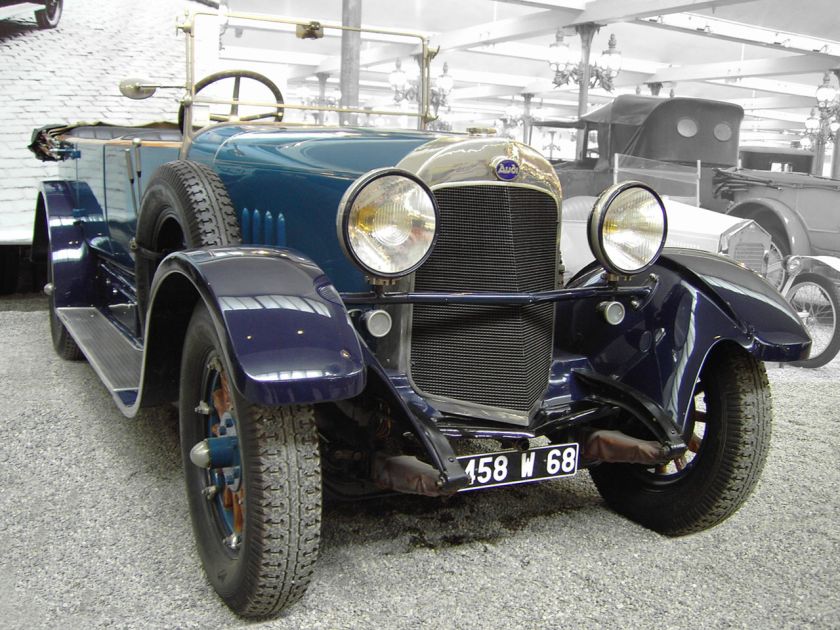
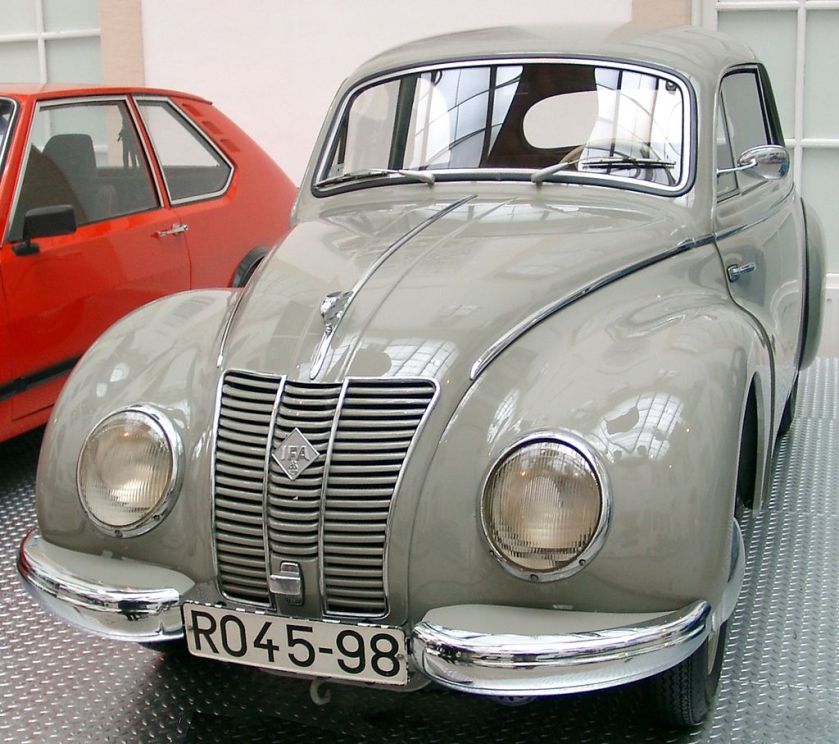
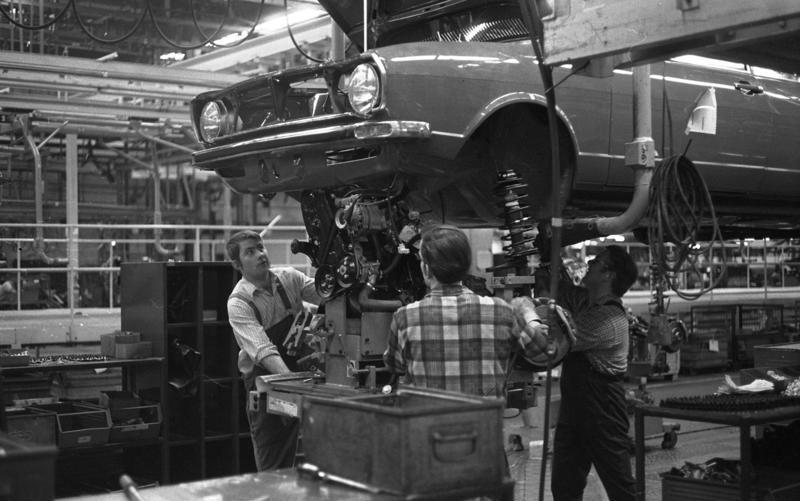
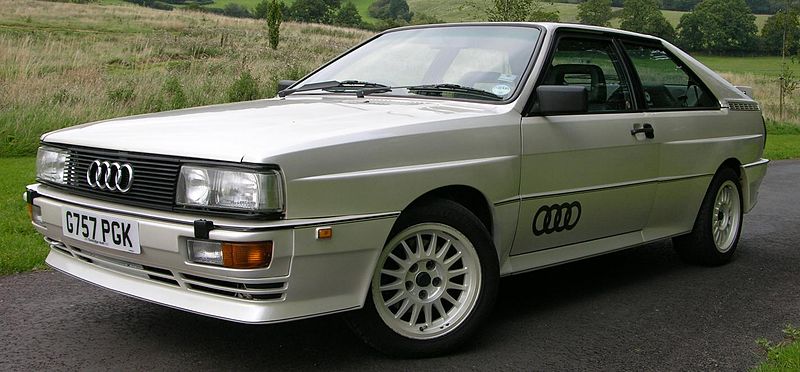
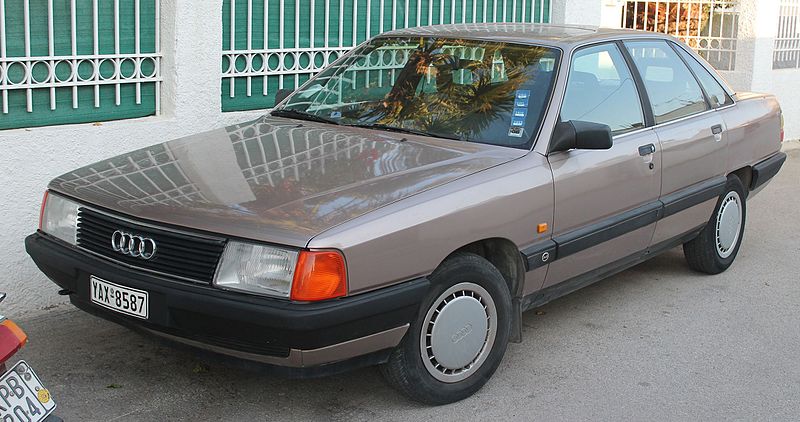
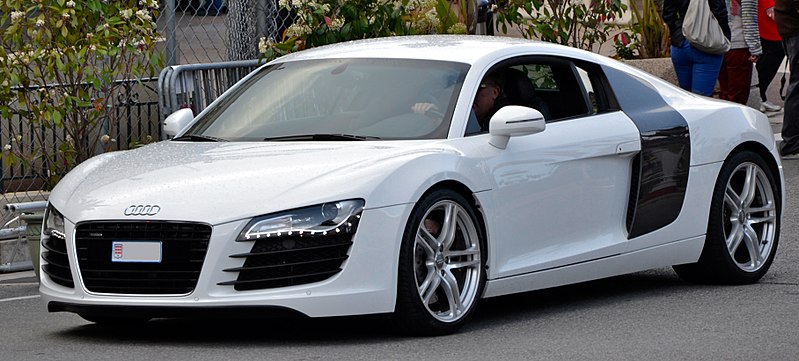
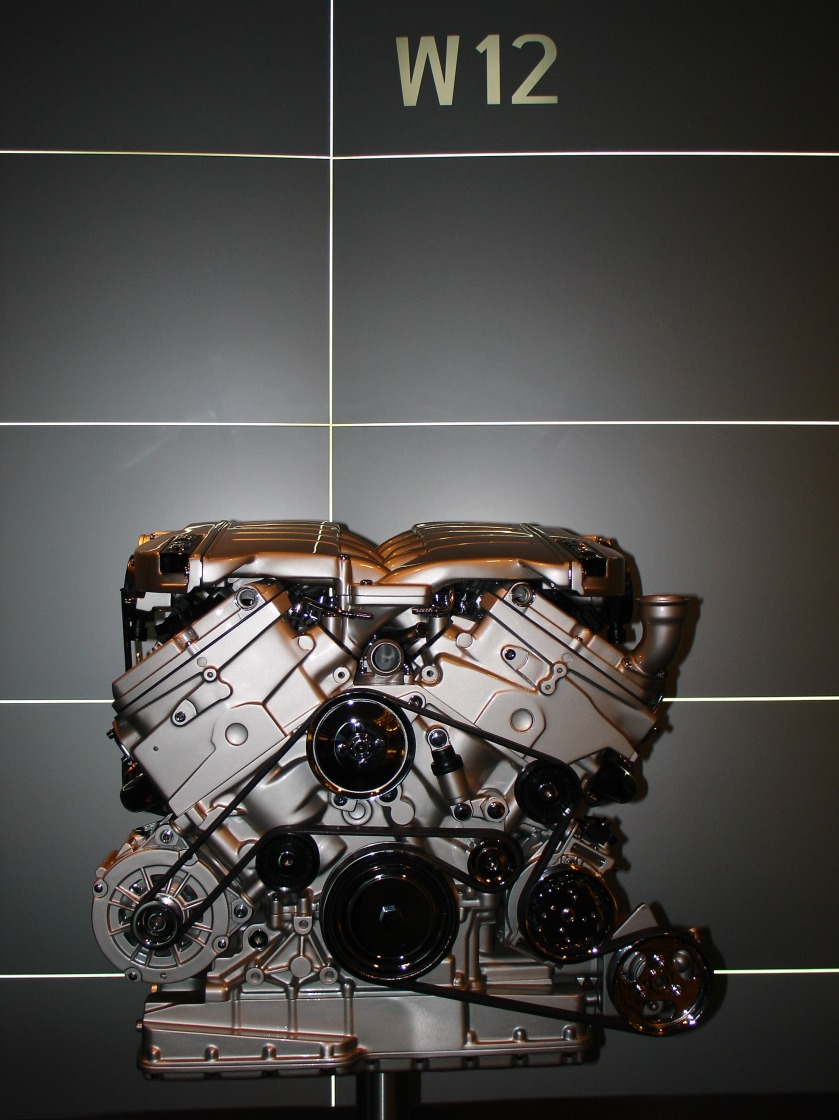
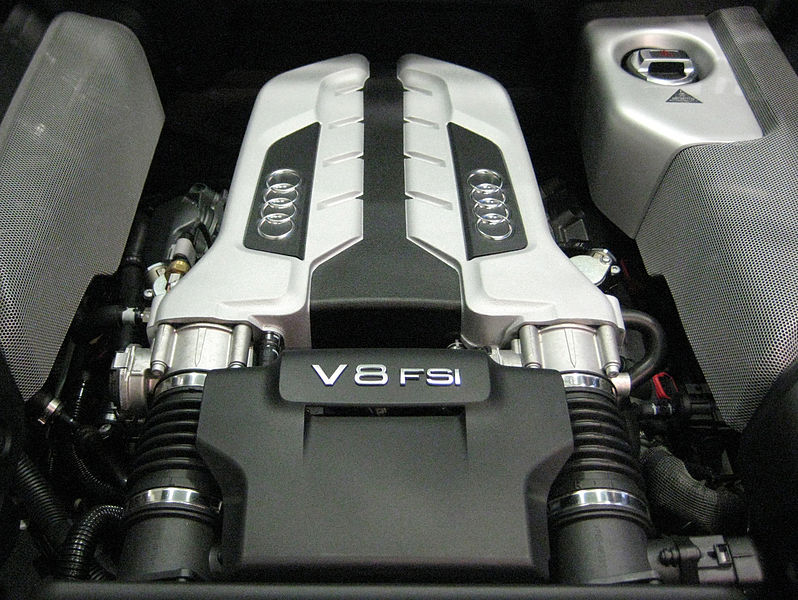
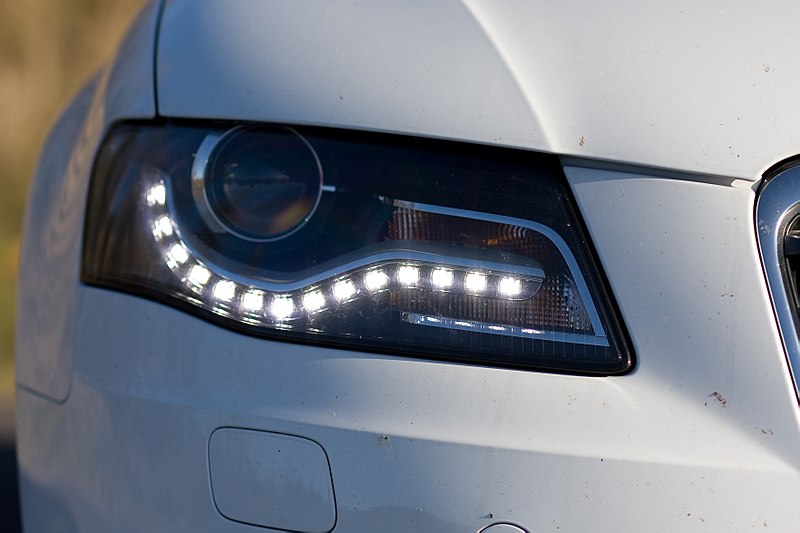
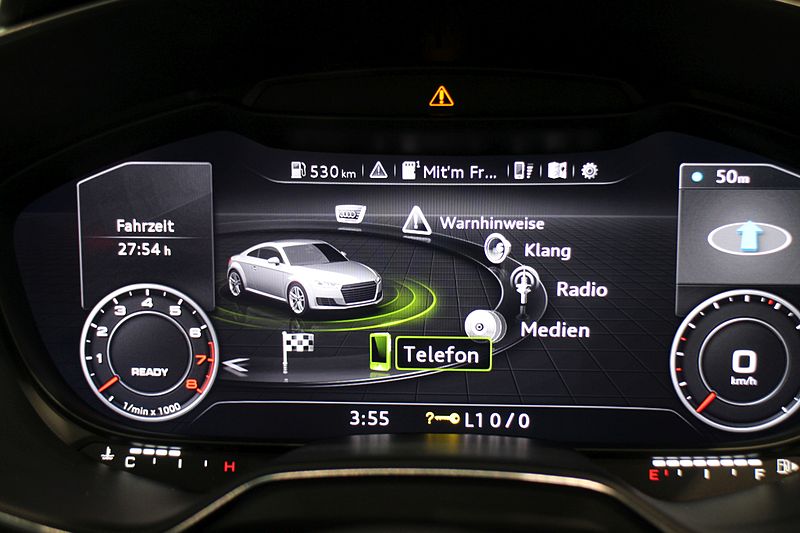
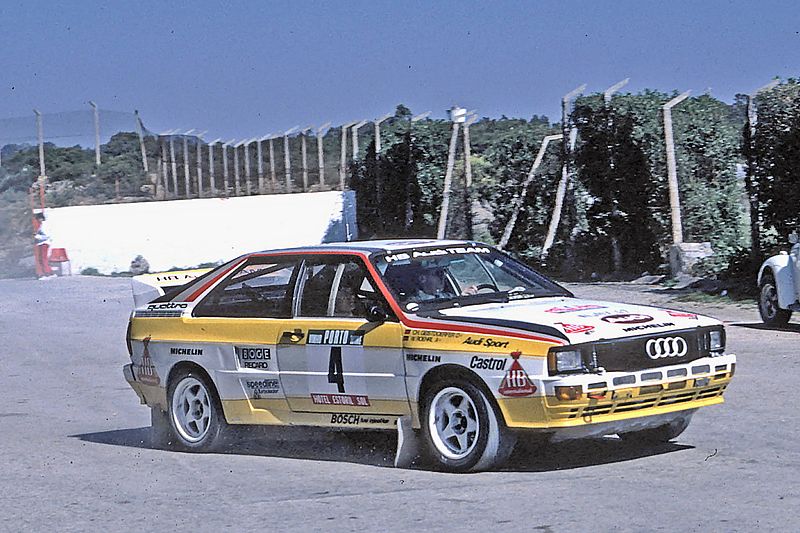
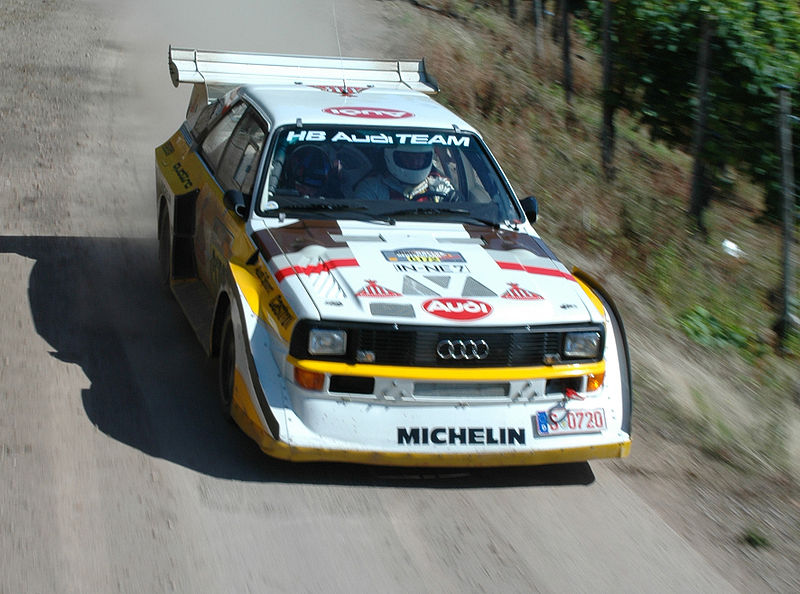
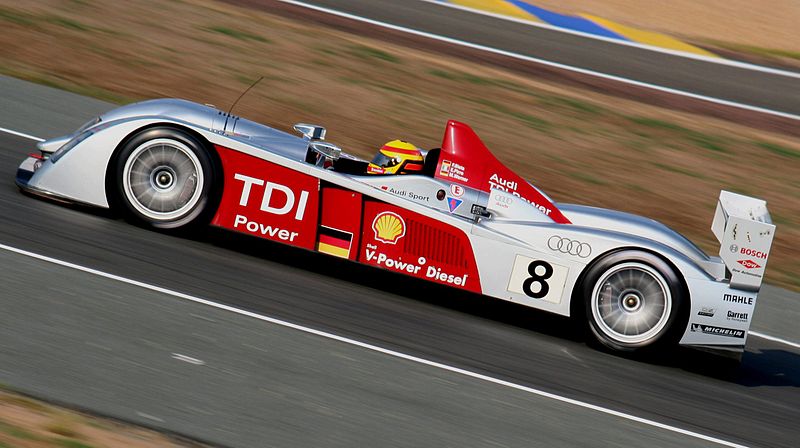



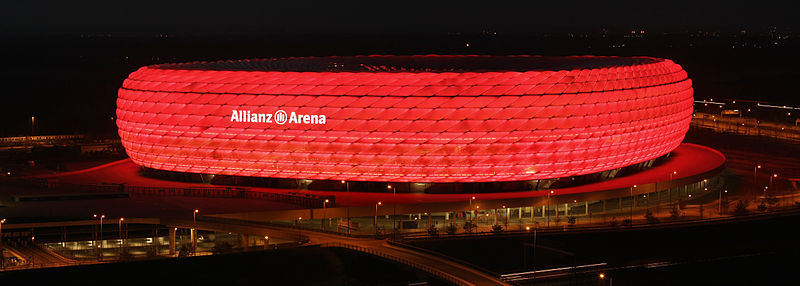

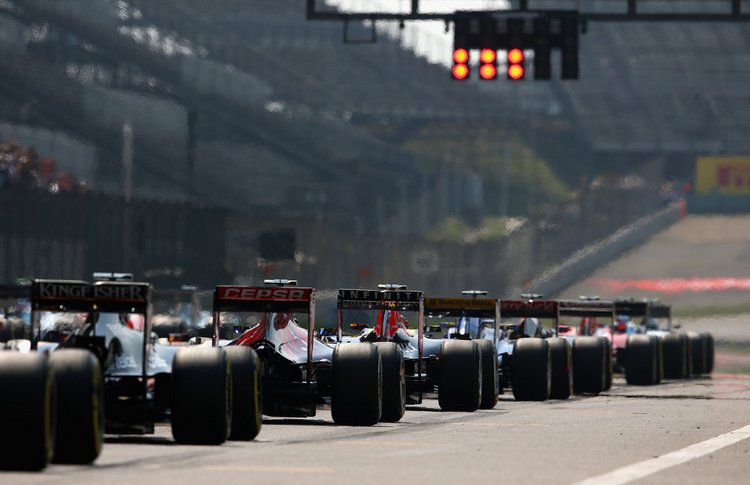
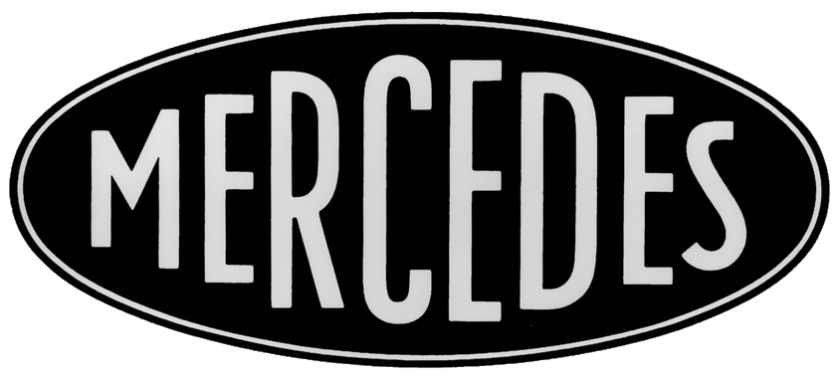
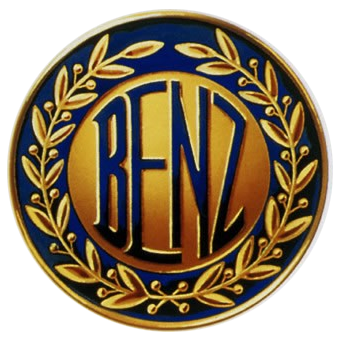

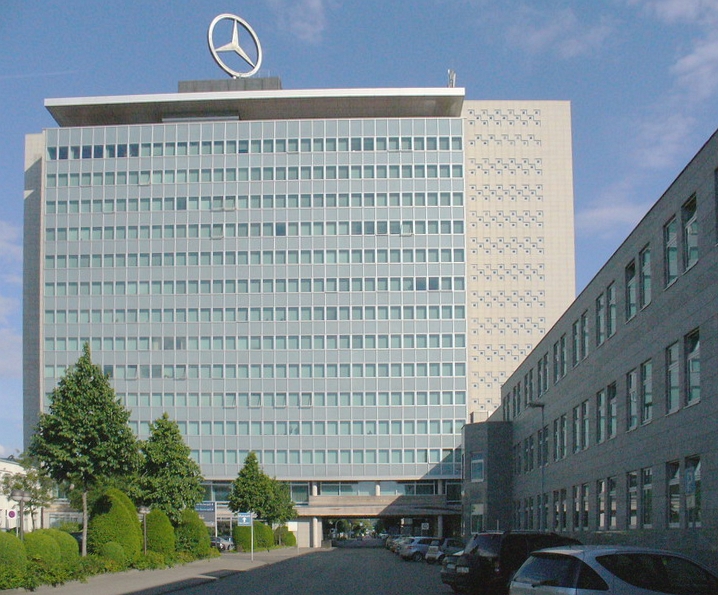
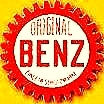
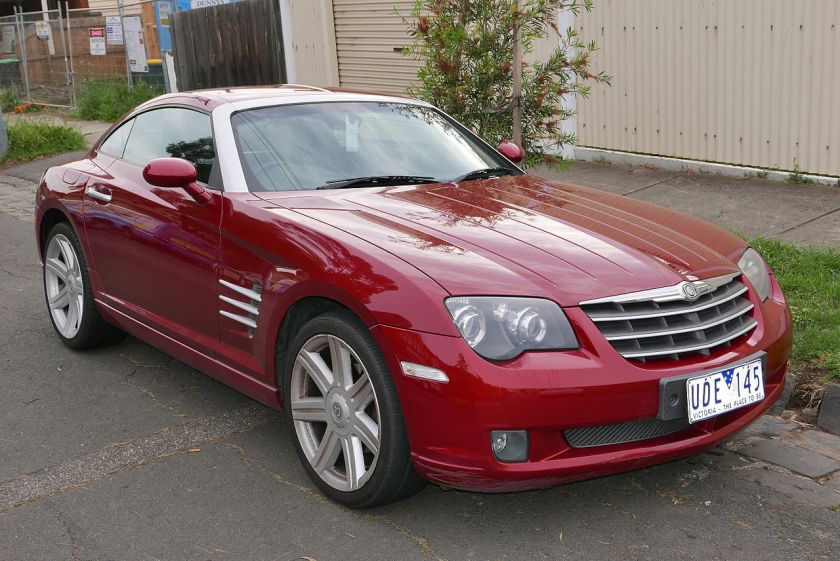 2006 Chrysler Crossfire (ZH MY05) coupe.jpg
2006 Chrysler Crossfire (ZH MY05) coupe.jpg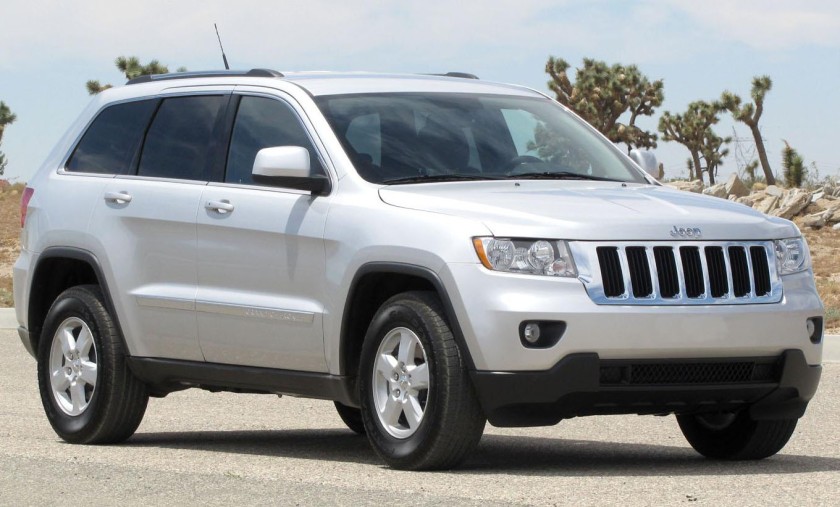 2011 Jeep Grand Cherokee Laredo NHTSA 2
2011 Jeep Grand Cherokee Laredo NHTSA 2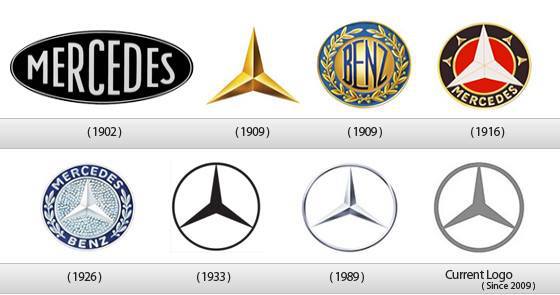
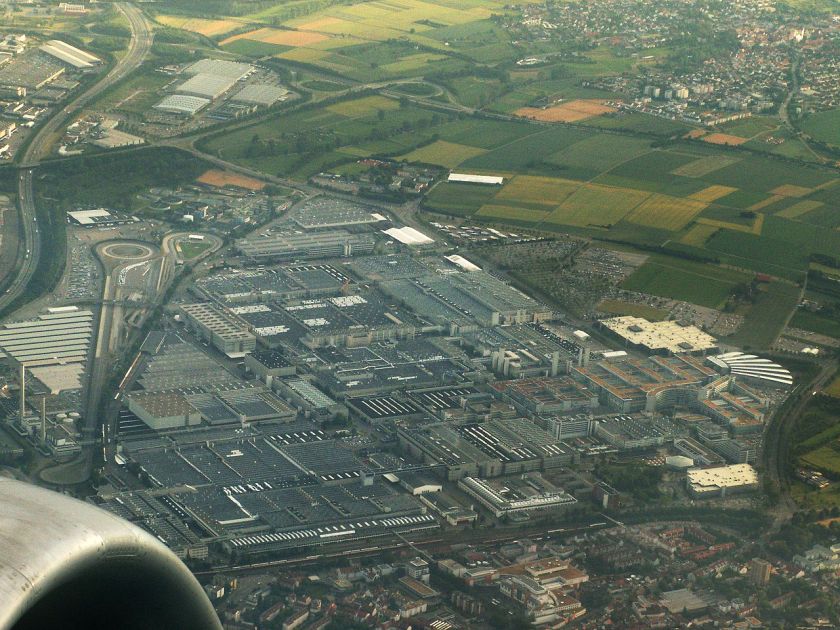
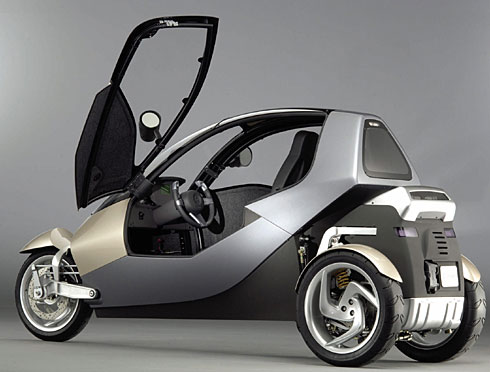

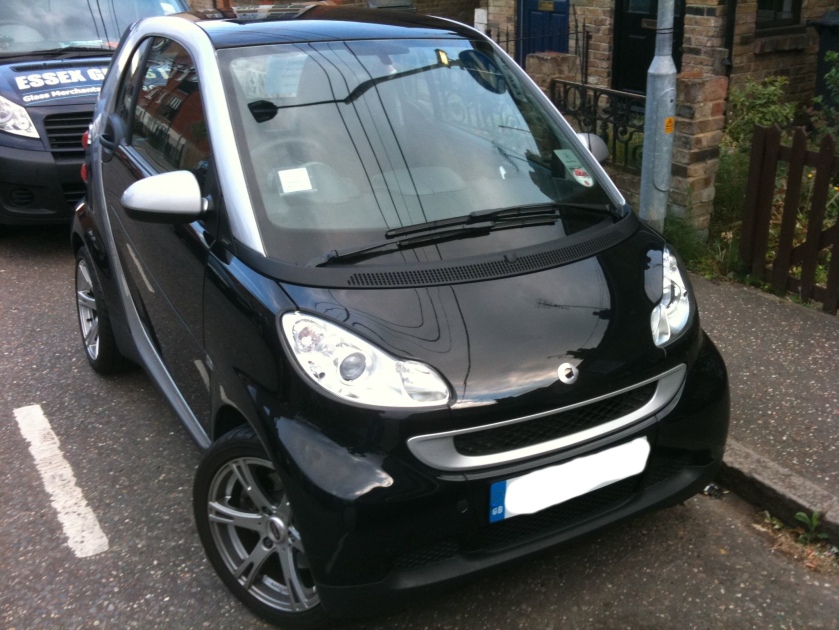
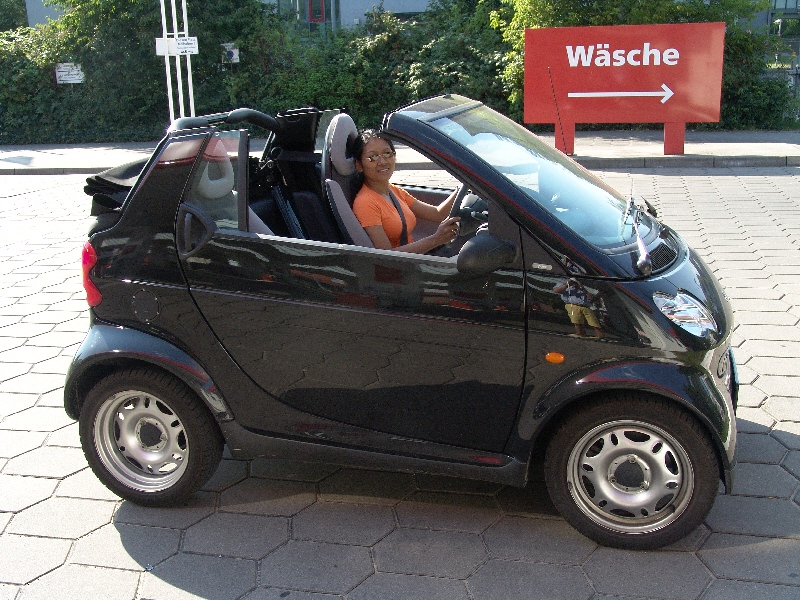
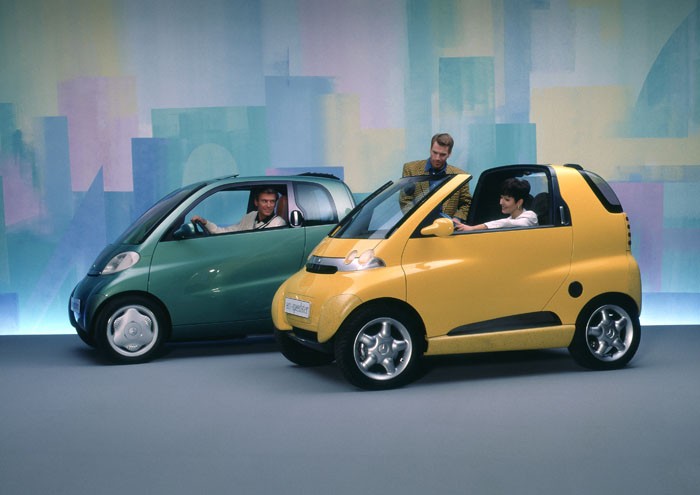
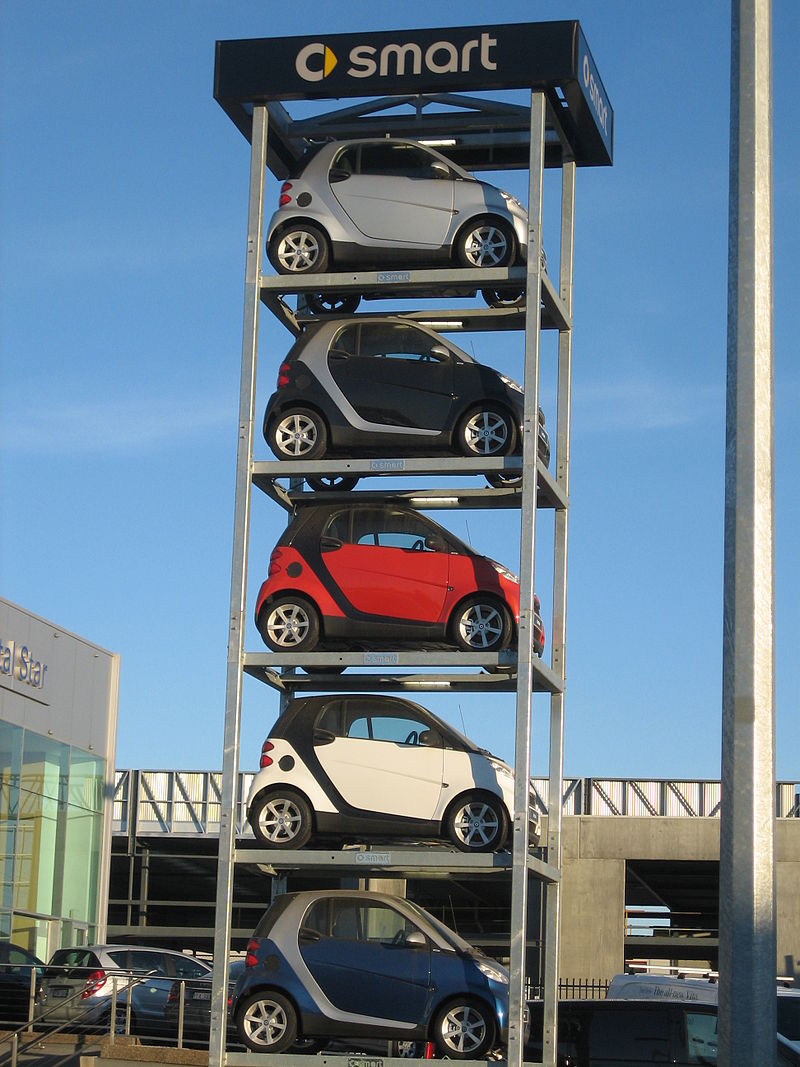
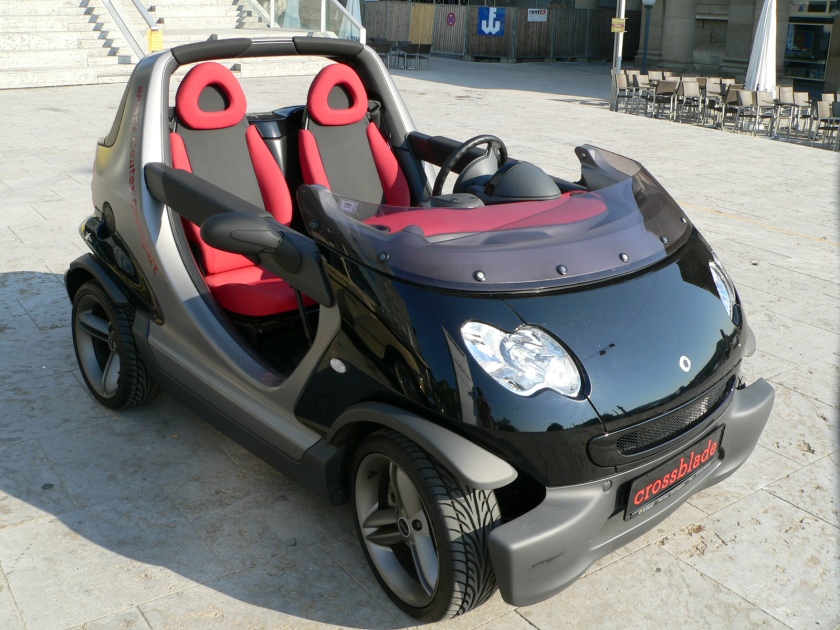
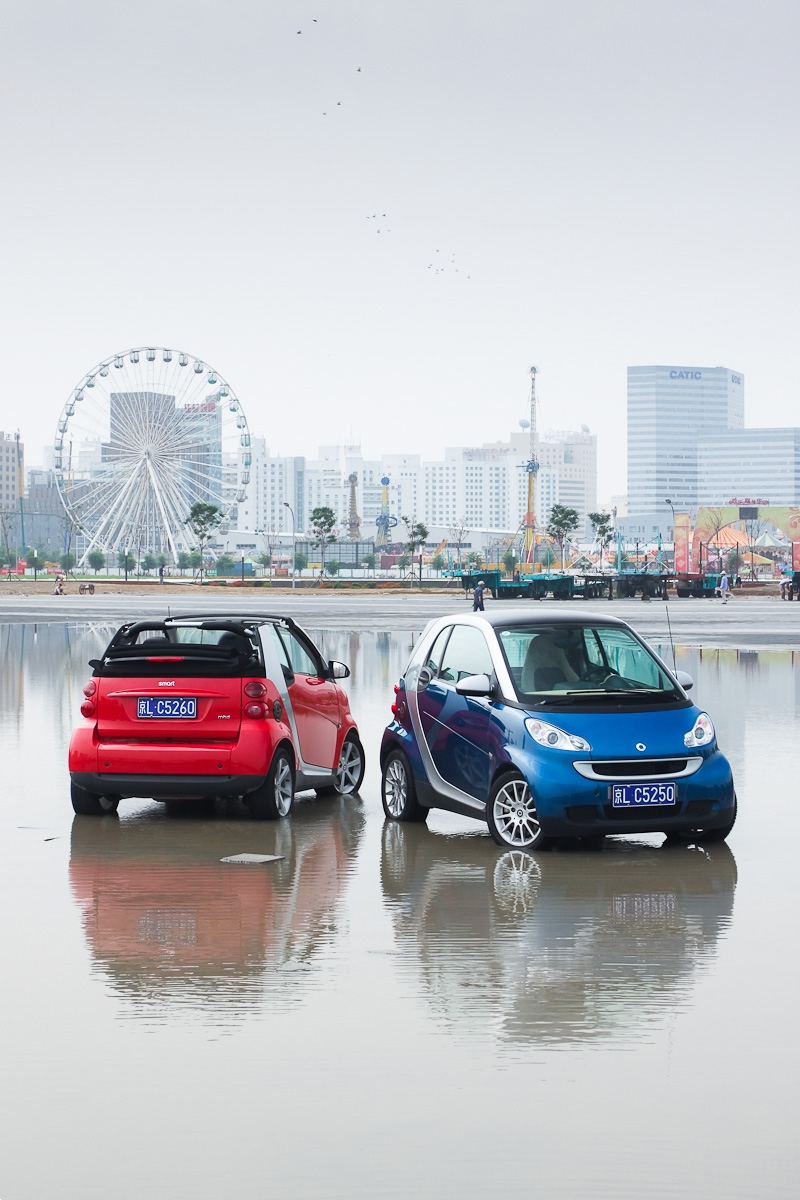
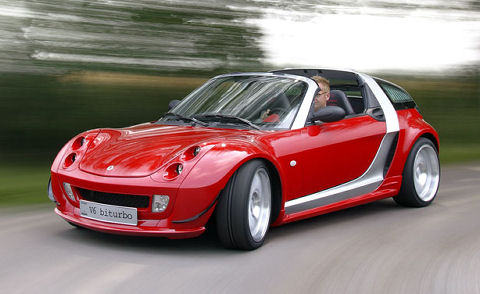 2003 Smart V6 Biturbo
2003 Smart V6 Biturbo
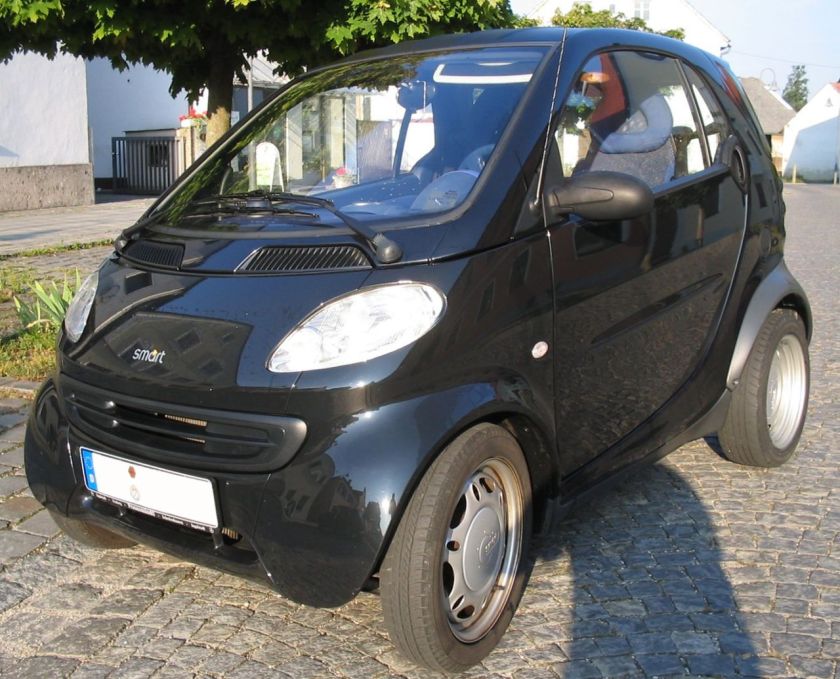 1998–2000 Smart City-Coupé & City-Cabrio* (*from 2000)
1998–2000 Smart City-Coupé & City-Cabrio* (*from 2000)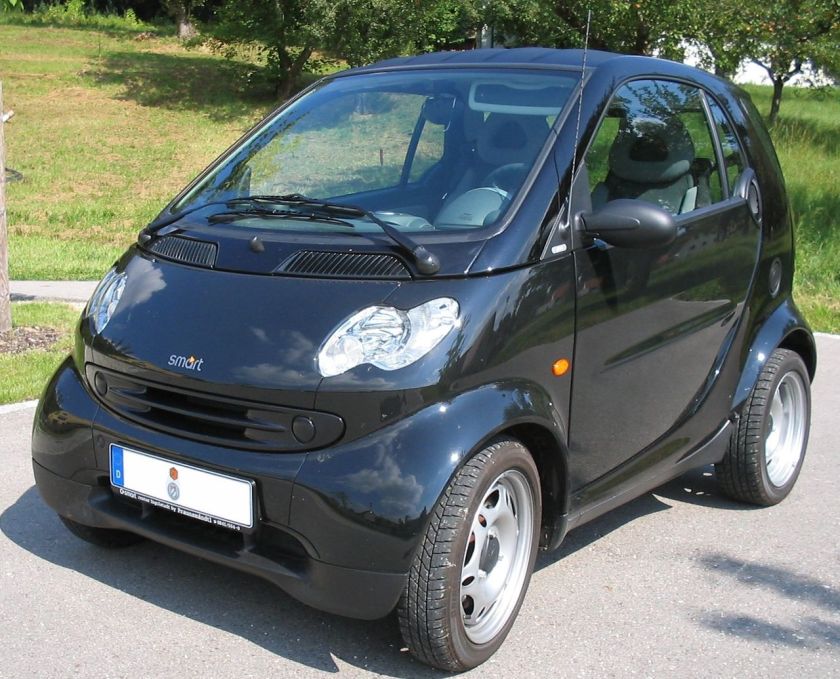 2001-2007 Smart City-C0upé & City Cabrio ( renamed Fortwo in 2004)
2001-2007 Smart City-C0upé & City Cabrio ( renamed Fortwo in 2004)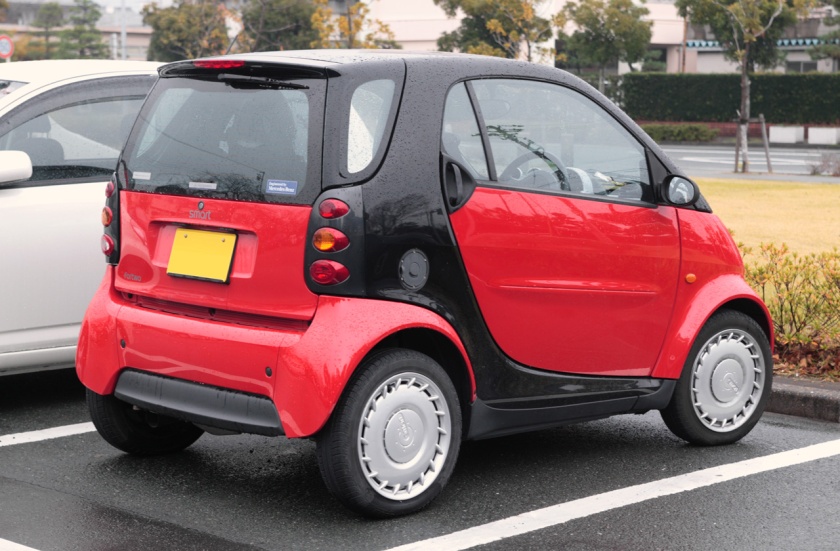 2001-2004 Smart K (Japan only)
2001-2004 Smart K (Japan only)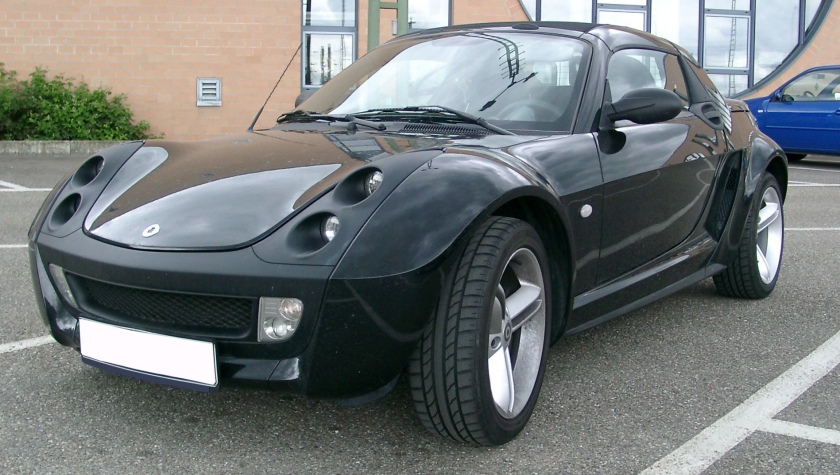 2003-2005 Smart Roadster
2003-2005 Smart Roadster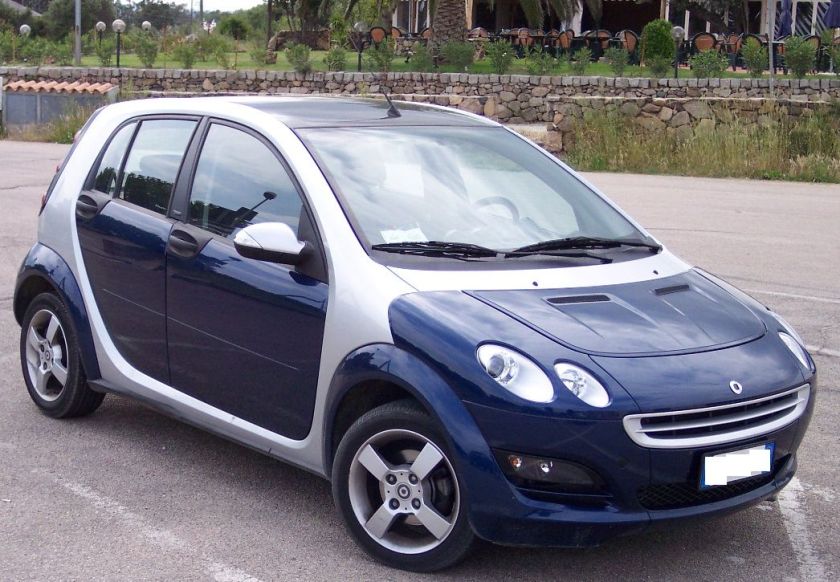 2004-2006 +2014-present Smart Forfour
2004-2006 +2014-present Smart Forfour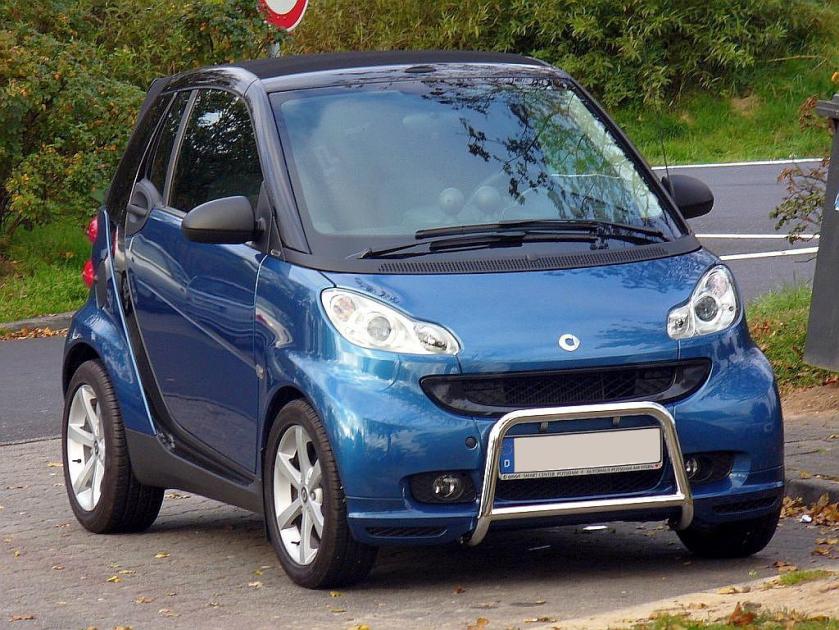 2007-present Smart Fortwo
2007-present Smart Fortwo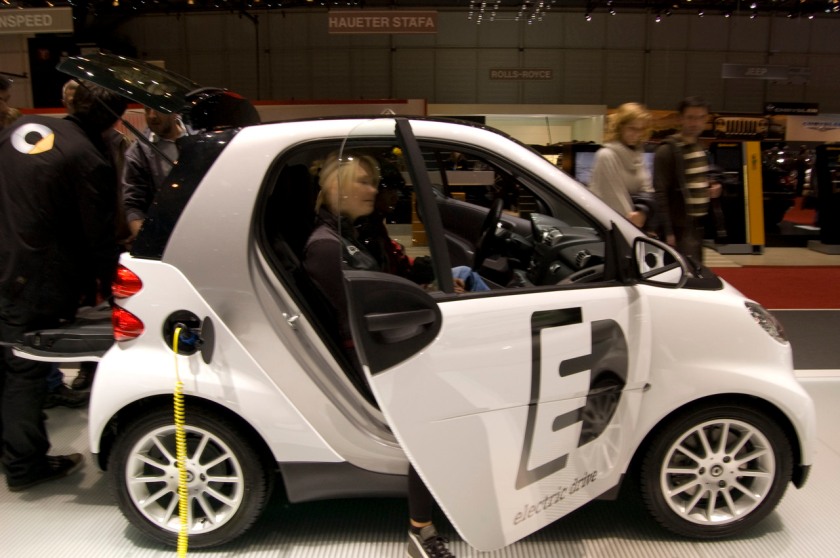 2008–present (in limited trials)
2008–present (in limited trials) 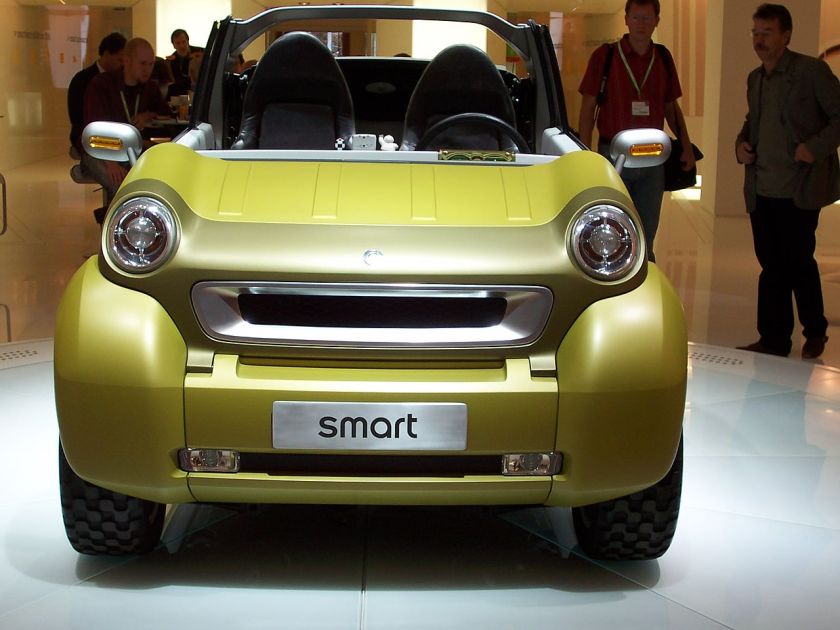
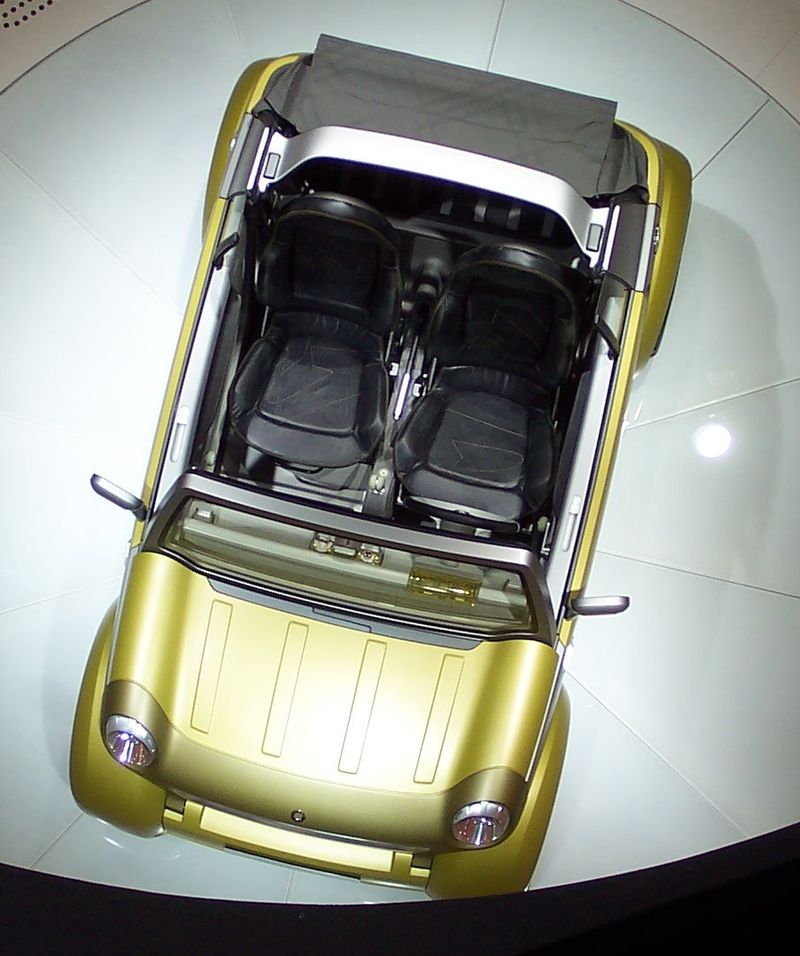
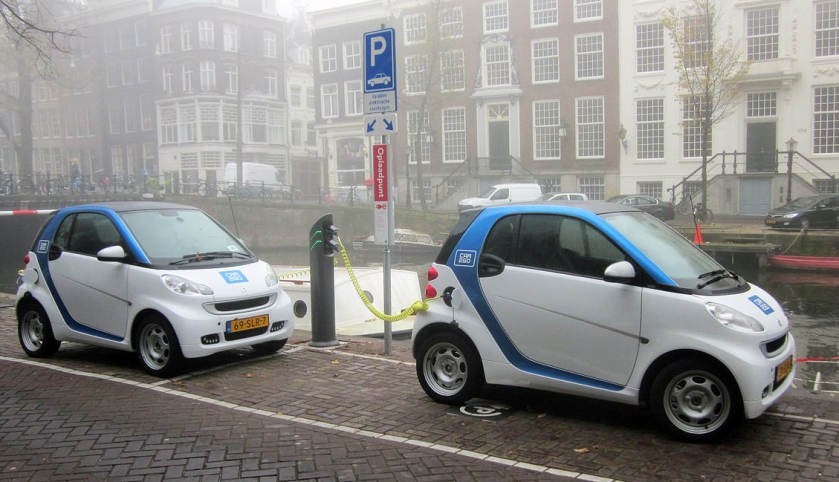
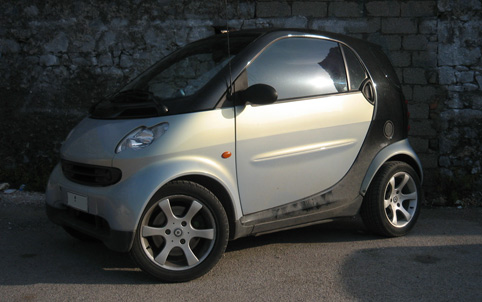
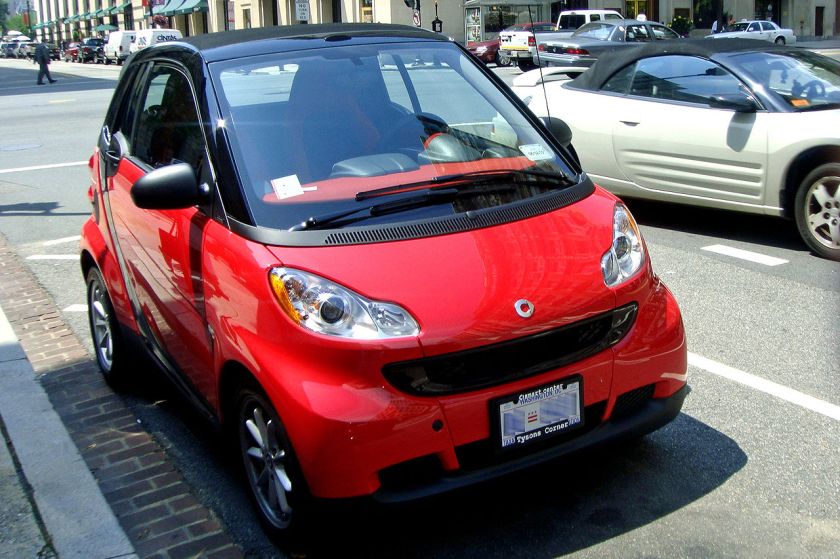
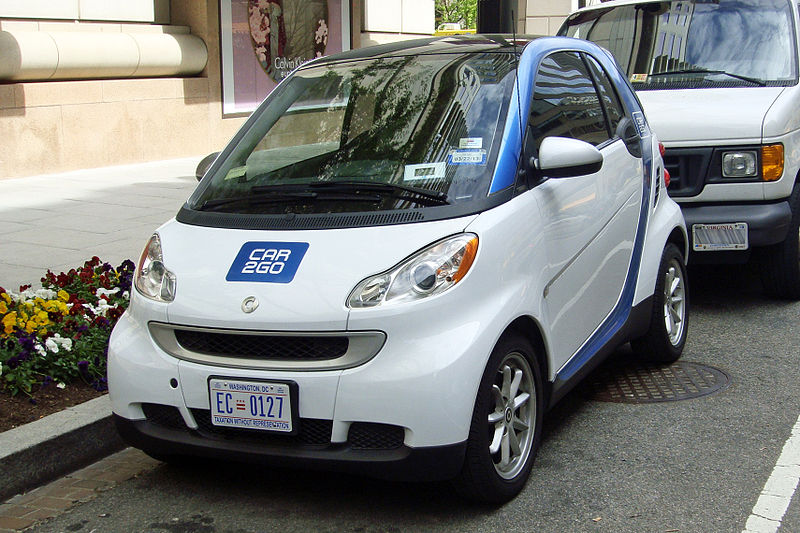
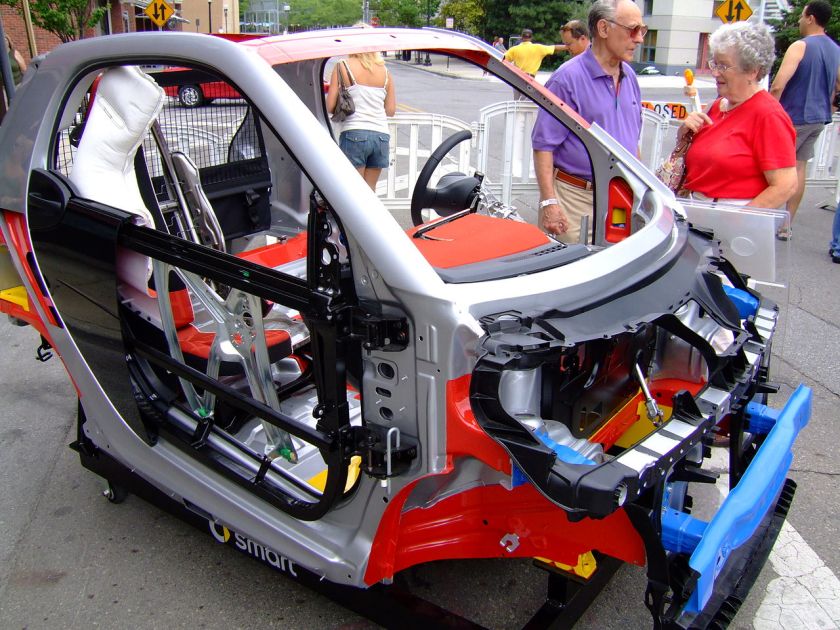
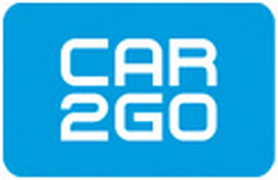
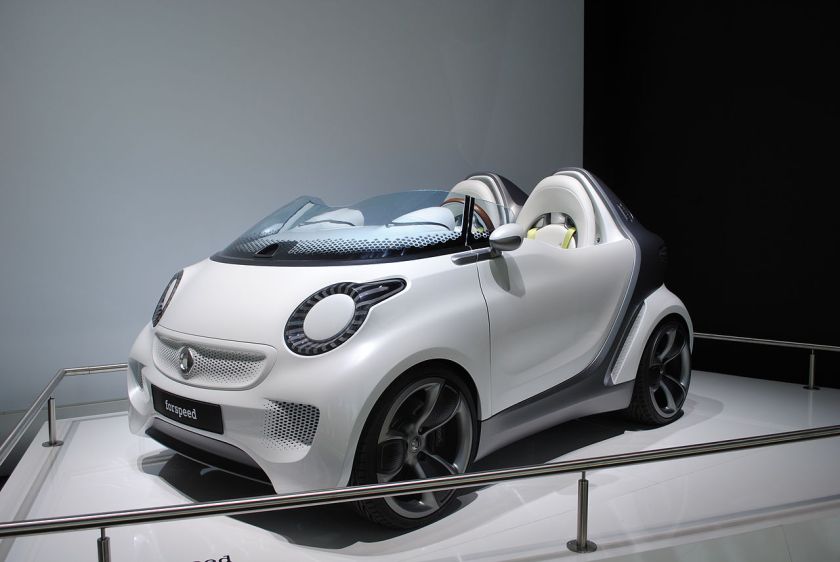 2011 Smart forspeed concept
2011 Smart forspeed concept 
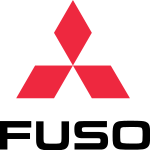
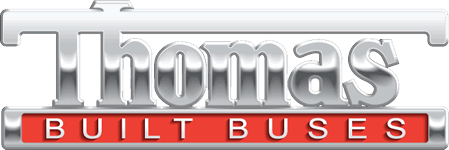
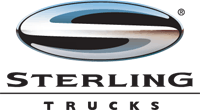
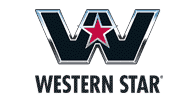
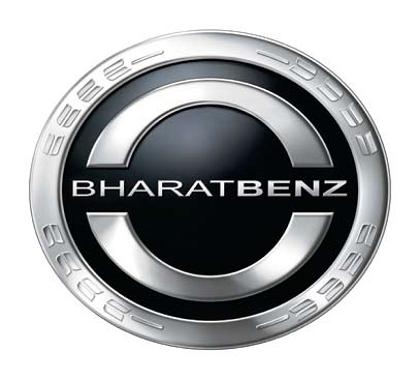

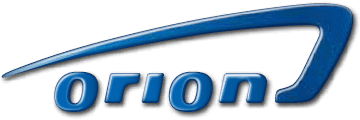





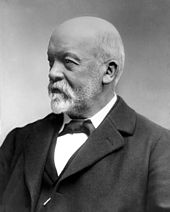
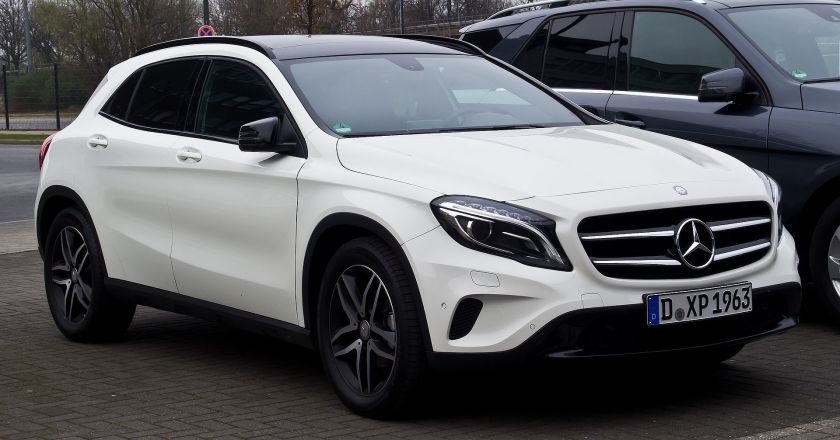
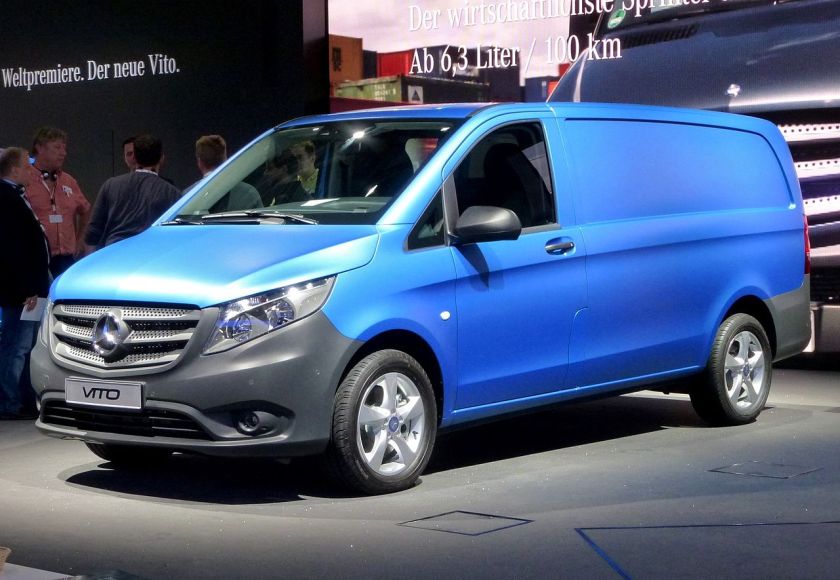
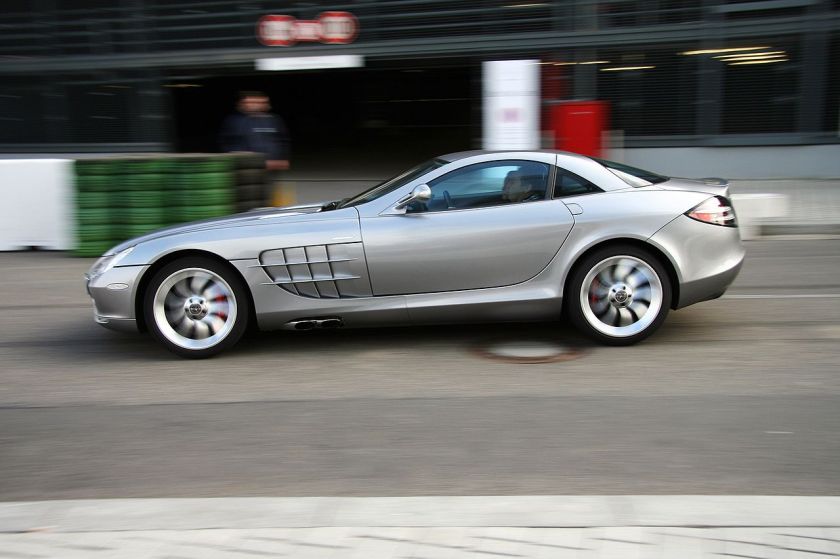
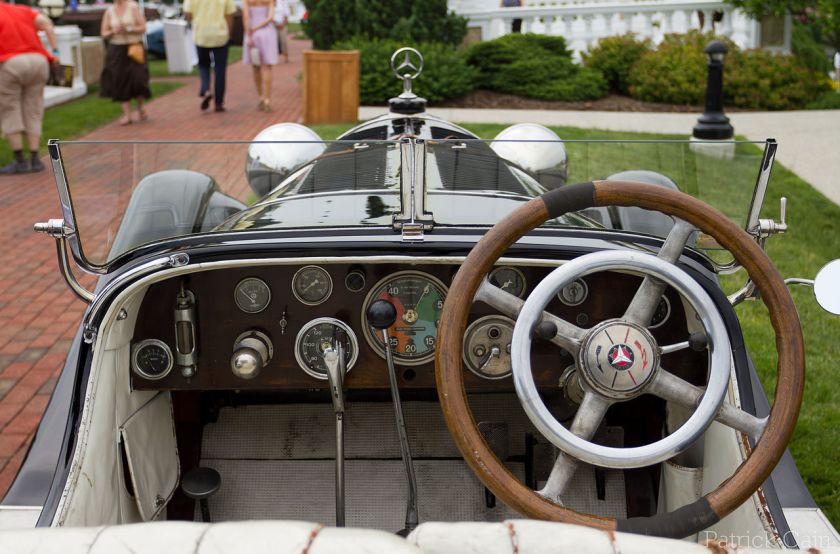
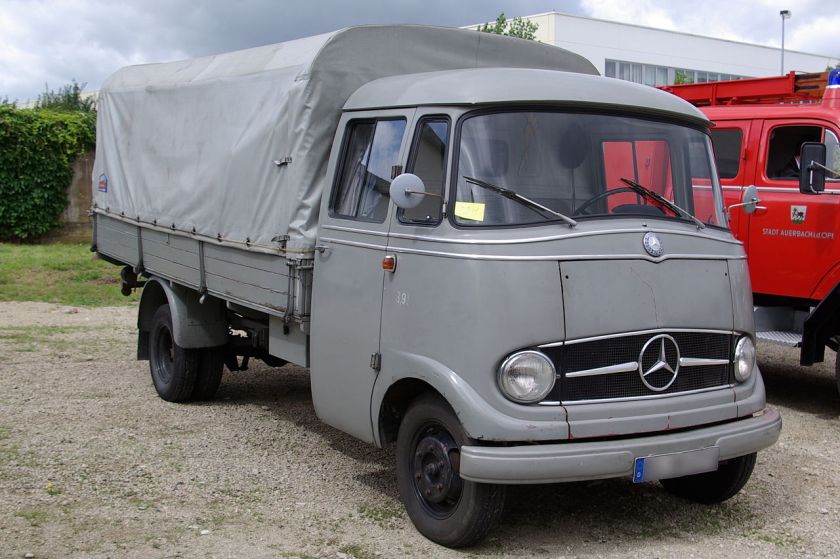
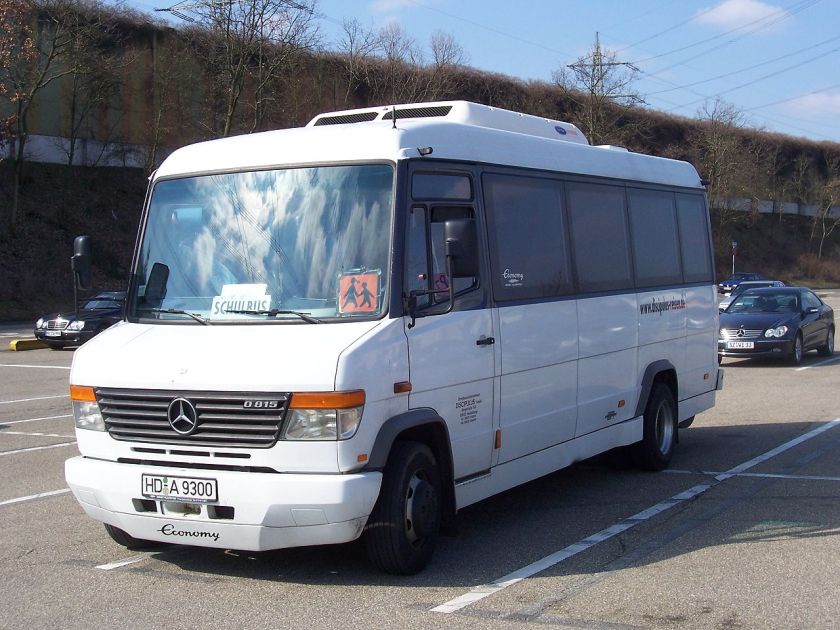 Mercedes Benz Auwärter 815D Vario minibus
Mercedes Benz Auwärter 815D Vario minibus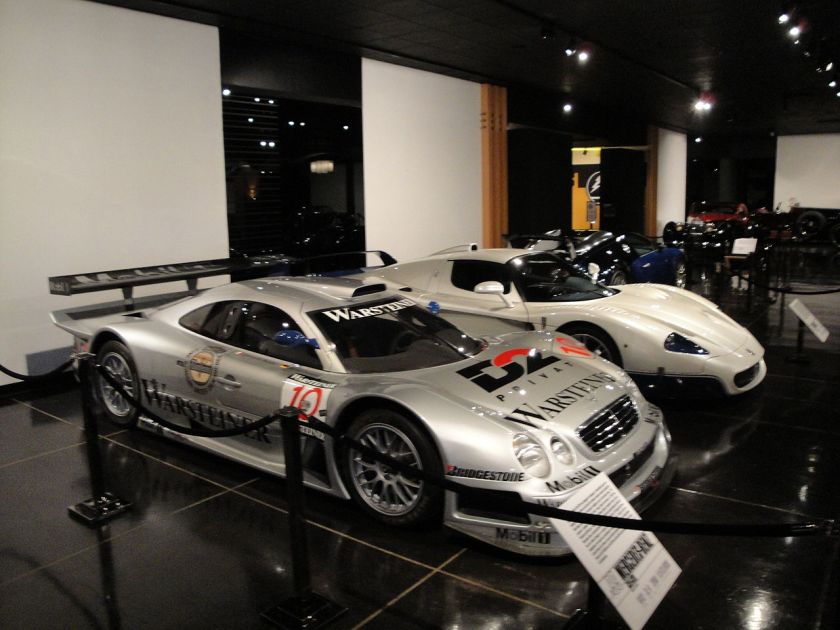
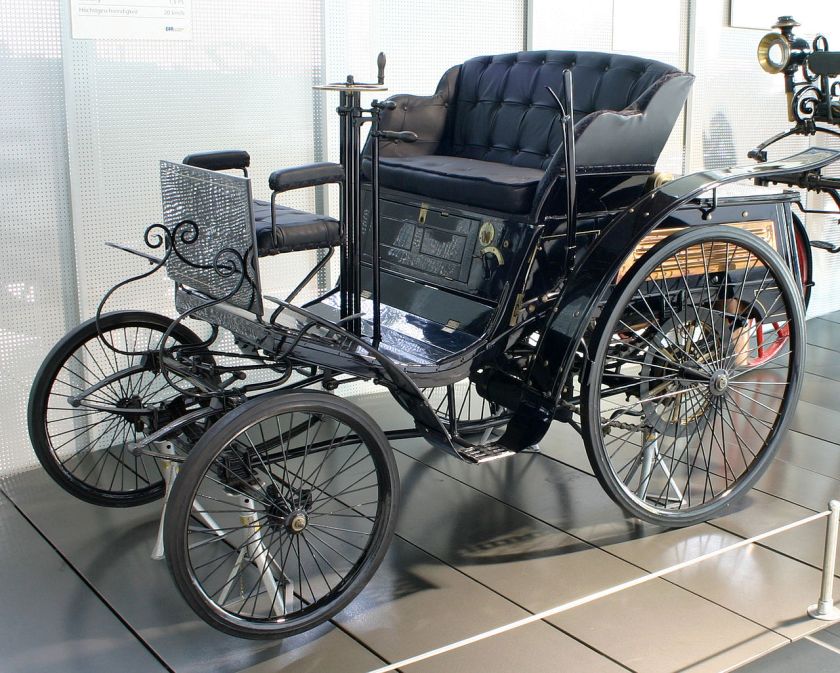
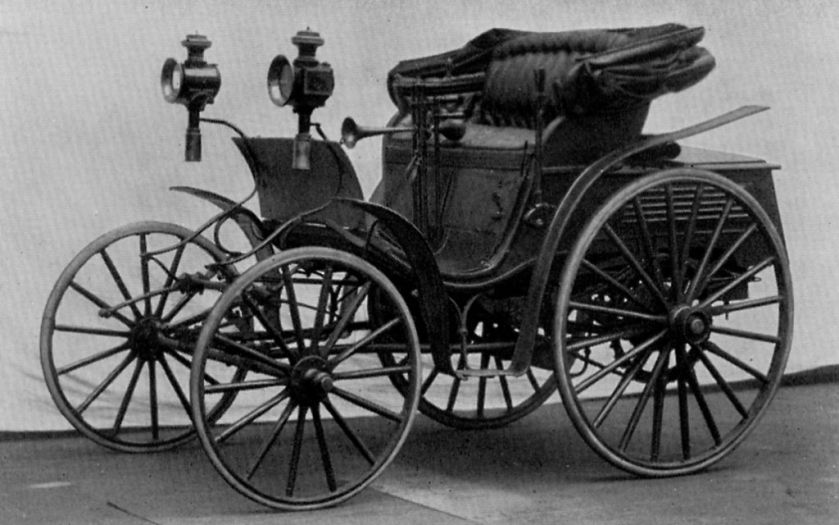 Benz Viktoria 1894-1900 By 1895 1,132 vehicles produced
Benz Viktoria 1894-1900 By 1895 1,132 vehicles produced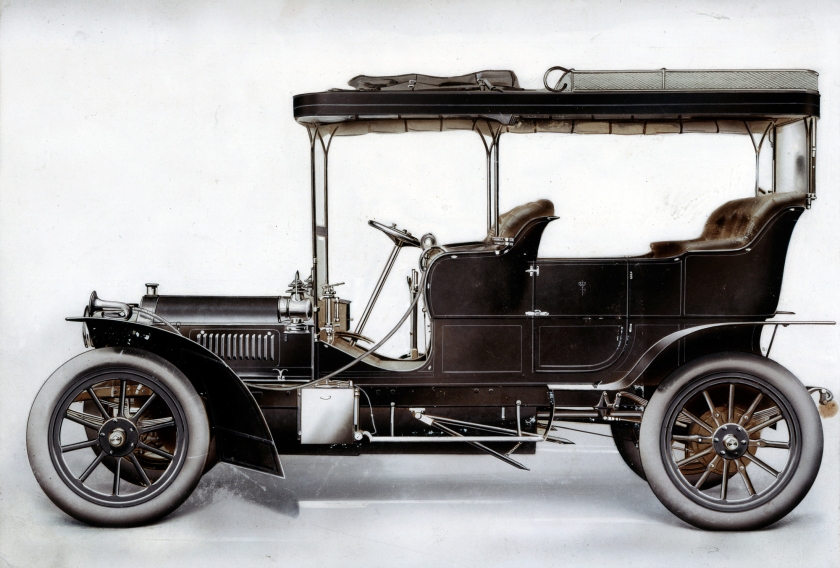 1902 benz parsifal 12 14 hp big
1902 benz parsifal 12 14 hp big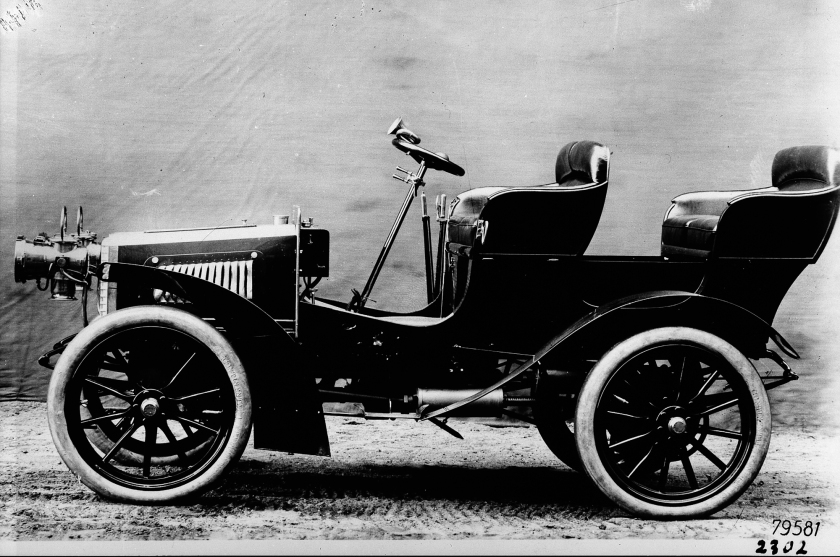 1902 Benz Parsifal 22 hp
1902 Benz Parsifal 22 hp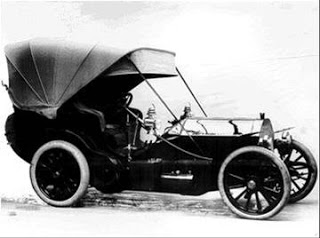 1902-1903 – Benz Parsifal
1902-1903 – Benz Parsifal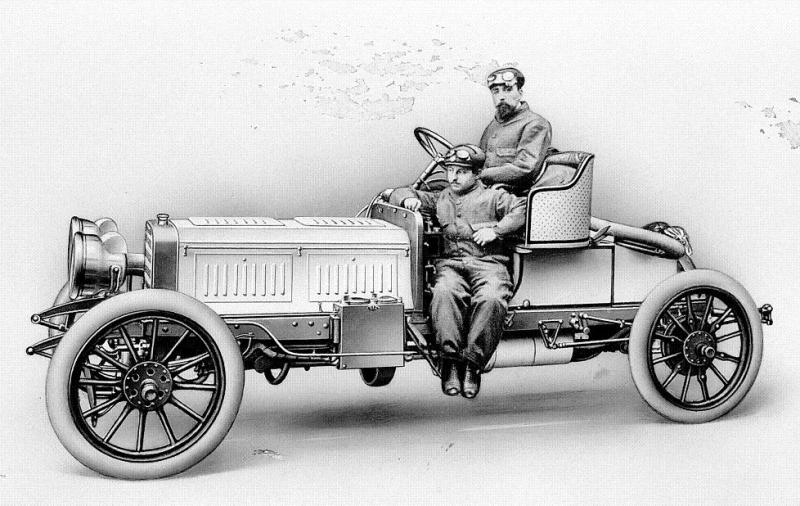 1903 Benz Parsifal 60 horsepower racing car
1903 Benz Parsifal 60 horsepower racing car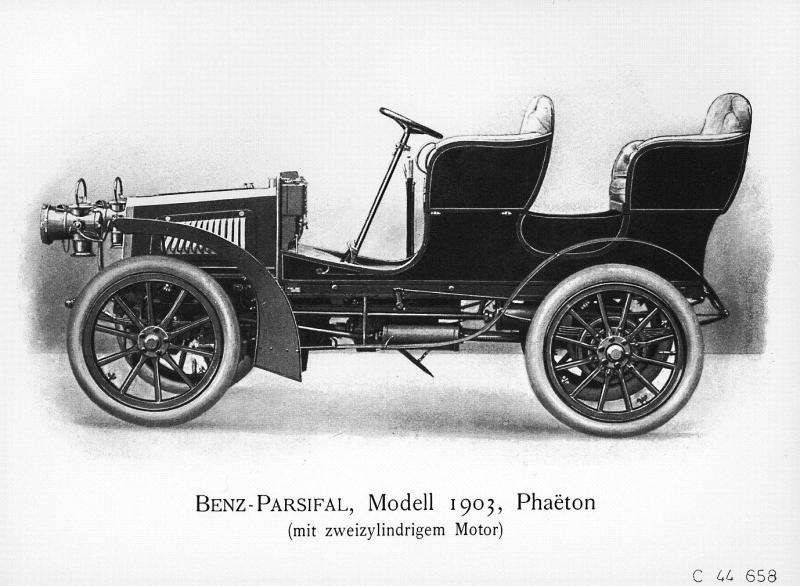 1903 Benz Parsifal Phaeton Benz Parsifil 1902-1908
1903 Benz Parsifal Phaeton Benz Parsifil 1902-1908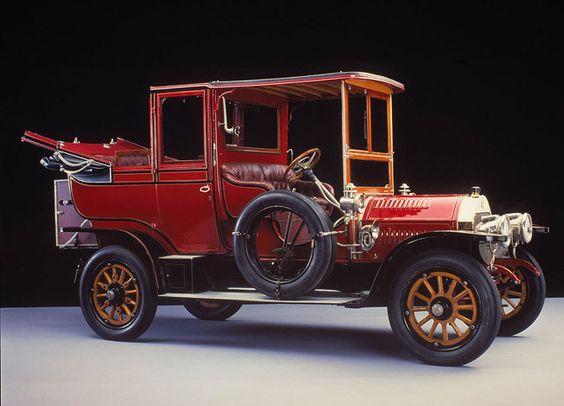
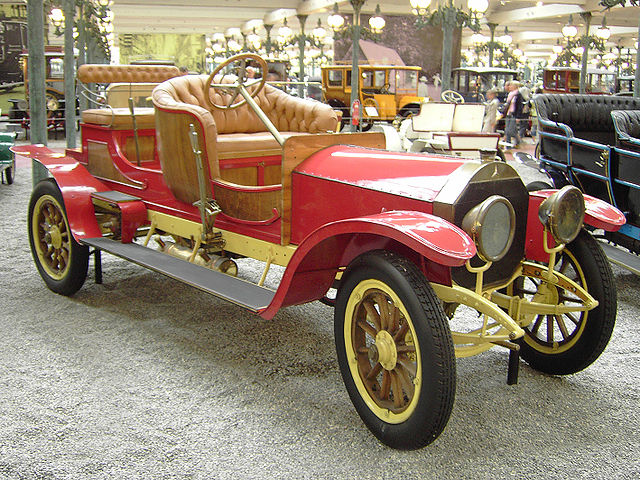
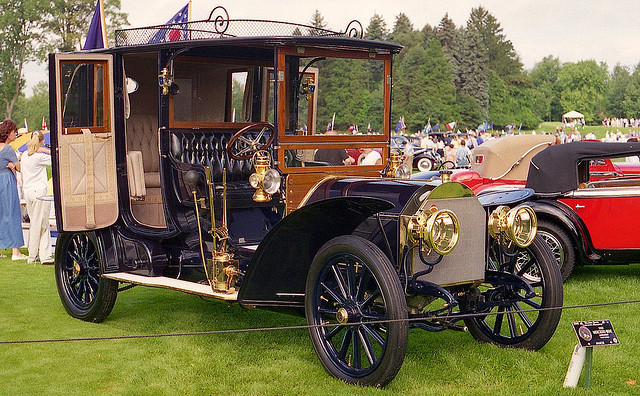 1907 24/40 hp Benz landaulet
1907 24/40 hp Benz landaulet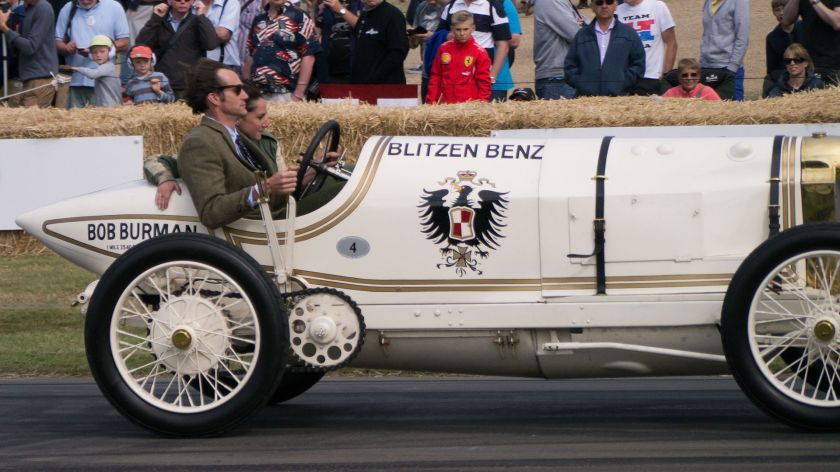
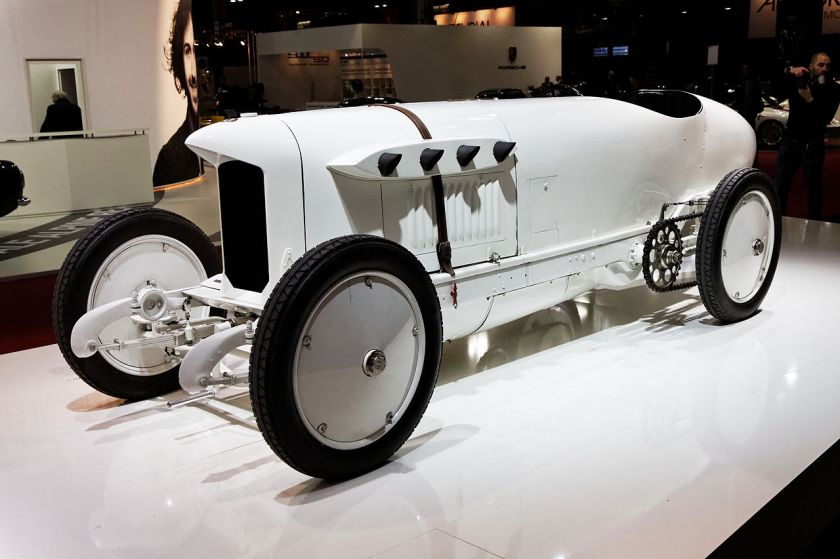
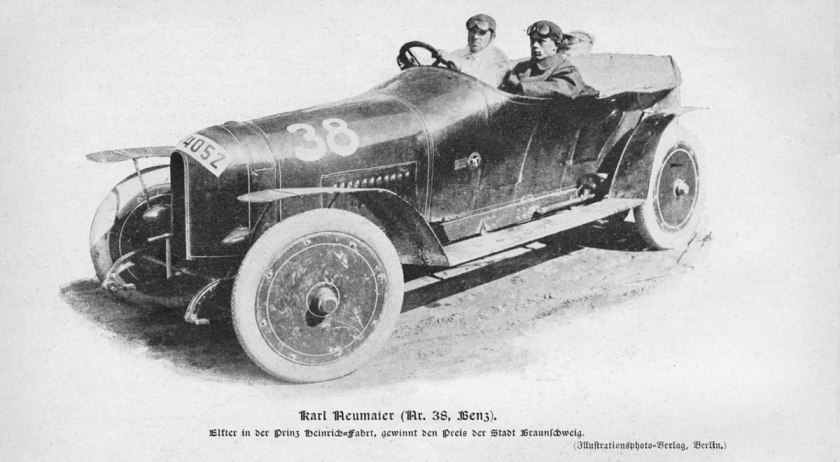
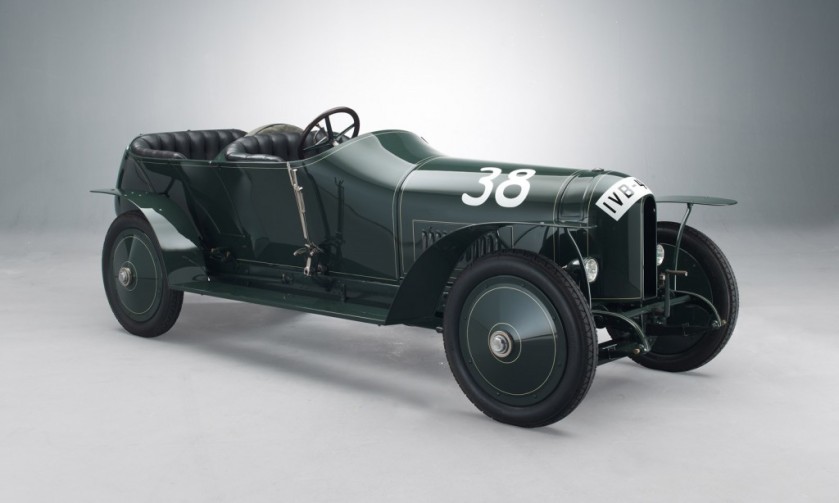 1910 Benz Prinz Heinrich car Benz 1910 ‘Prinz Heinrich’
1910 Benz Prinz Heinrich car Benz 1910 ‘Prinz Heinrich’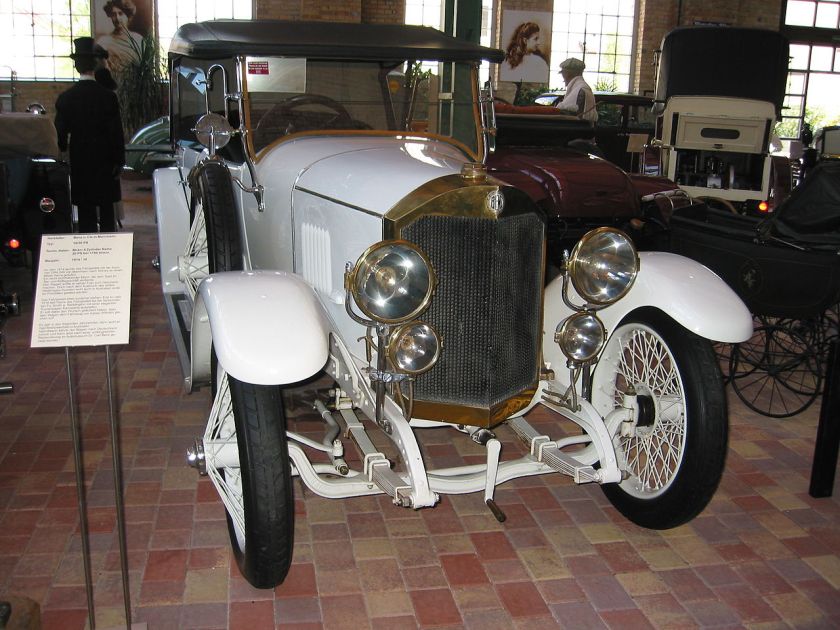 1914 Benz 10-30 PS with Torpedo style bodywork
1914 Benz 10-30 PS with Torpedo style bodywork 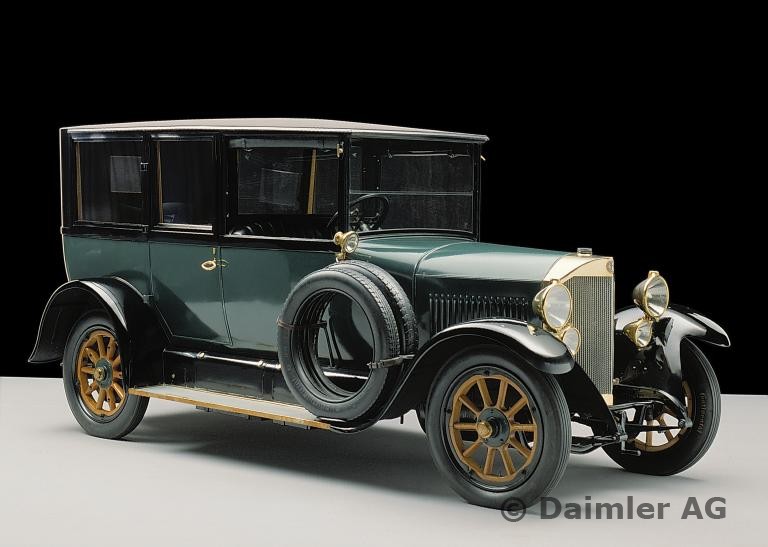 Benz 10/30(35) hp 1921
Benz 10/30(35) hp 1921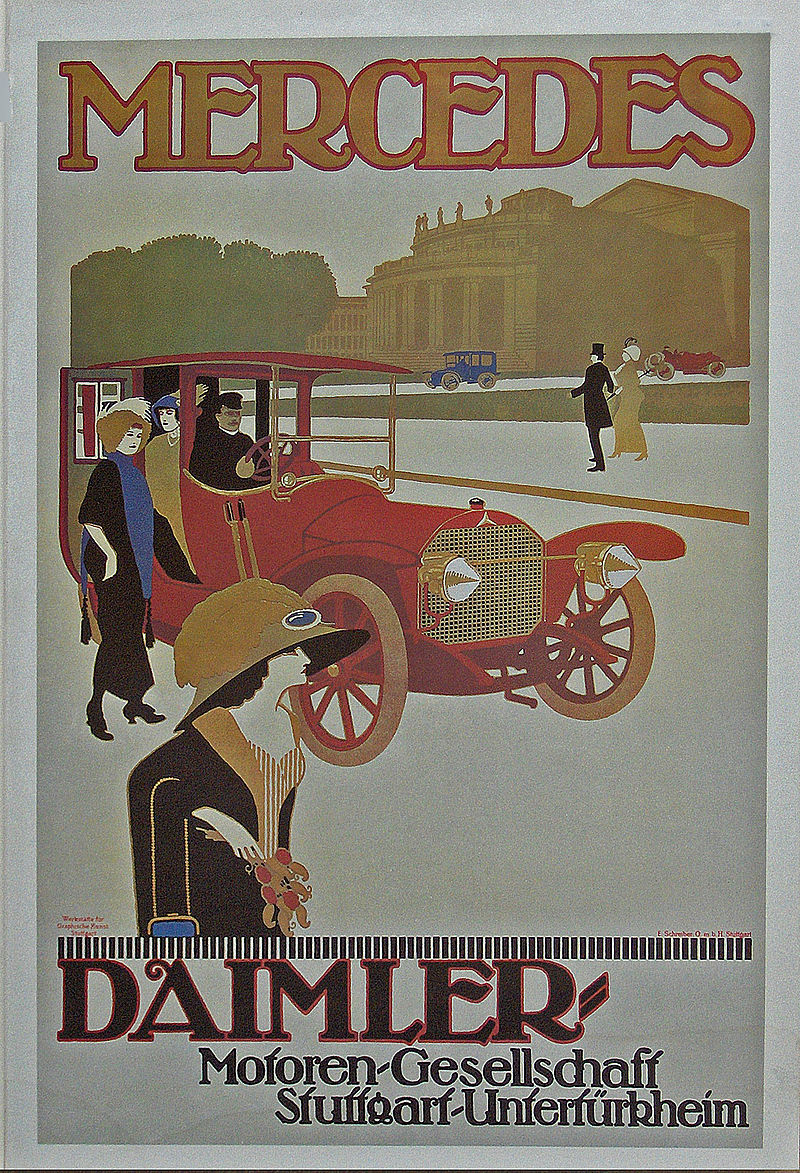
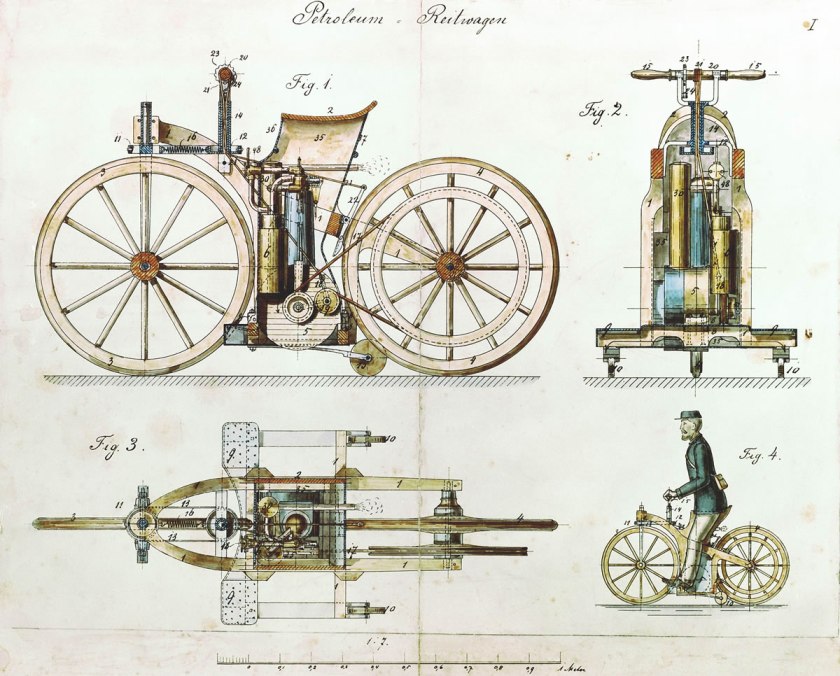
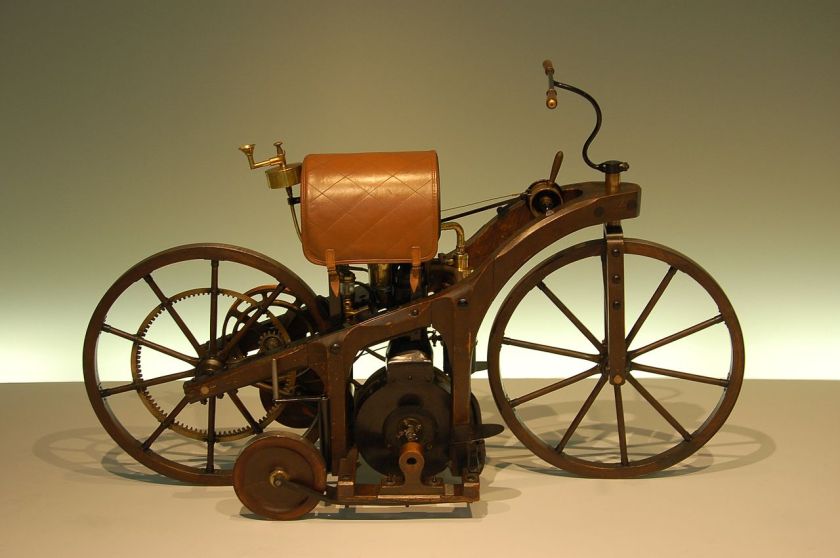
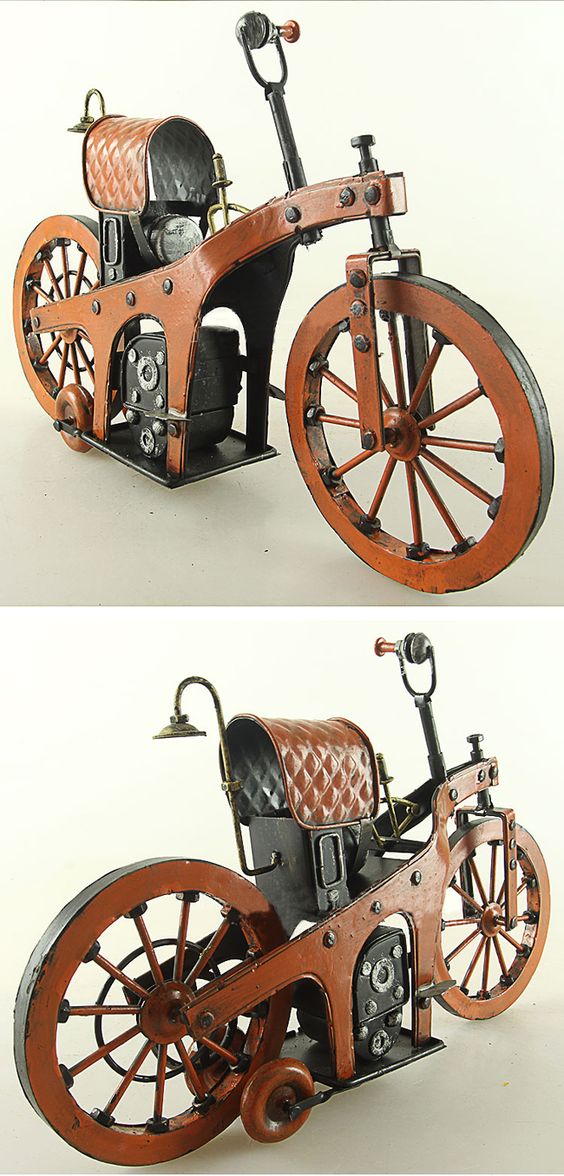



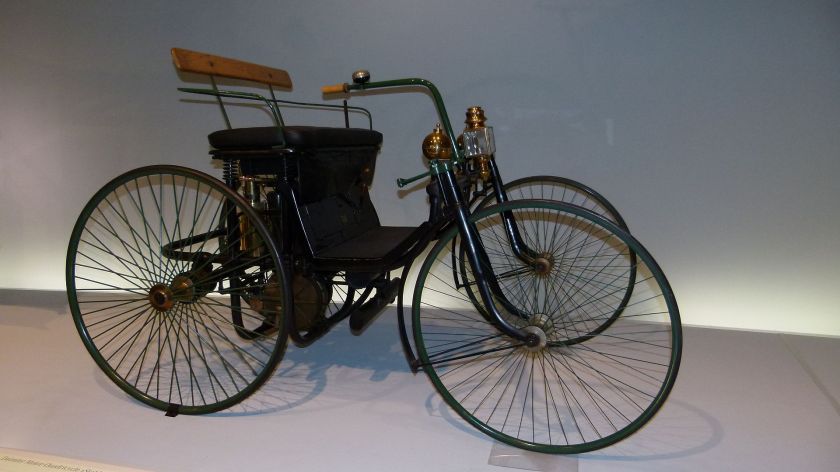 1889 Daimler Stahlradwagen – 1,5 PS, 18 km/h – Mercedes-Benz-Museum, Stuttgart, Bad Cannstatt
1889 Daimler Stahlradwagen – 1,5 PS, 18 km/h – Mercedes-Benz-Museum, Stuttgart, Bad Cannstatt 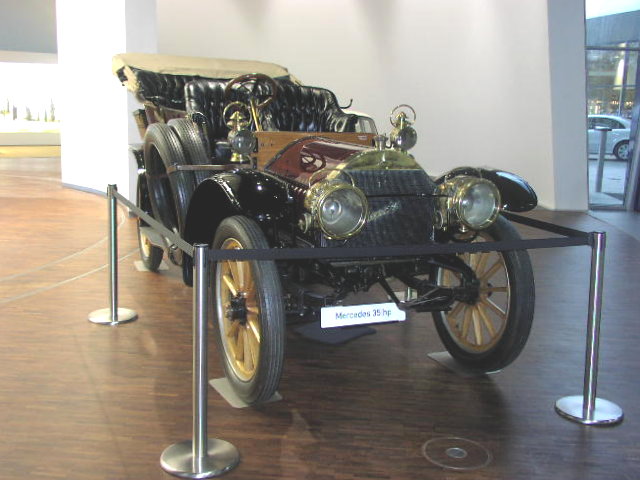
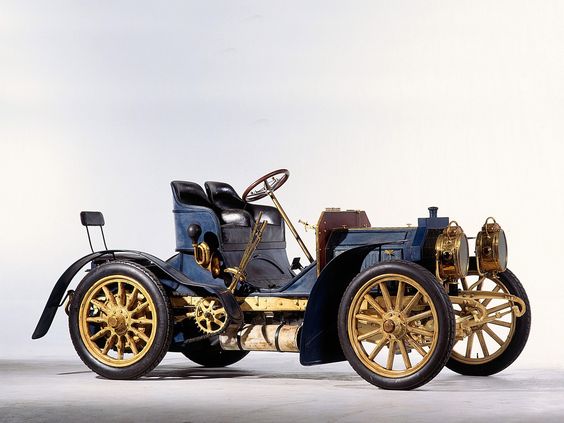



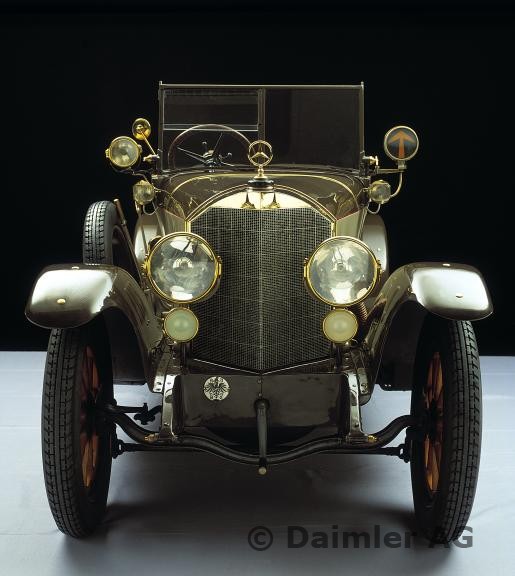
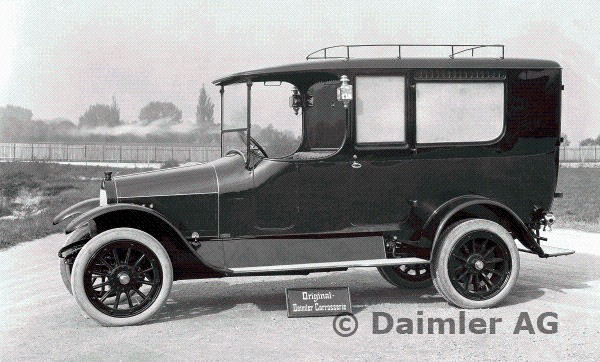 1913 Daimler ambulance Type UK with 10-30 hp Knight engine
1913 Daimler ambulance Type UK with 10-30 hp Knight engine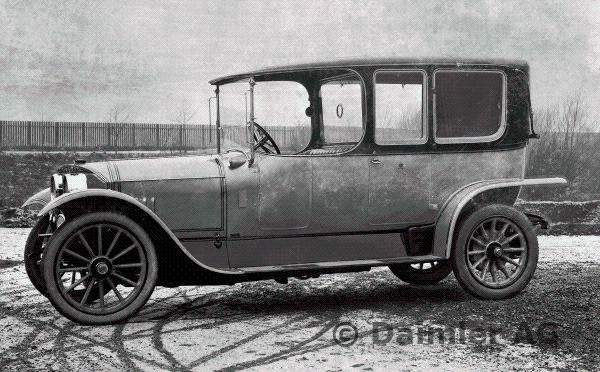 1913-15 Mercedes Knight-2565-PS
1913-15 Mercedes Knight-2565-PS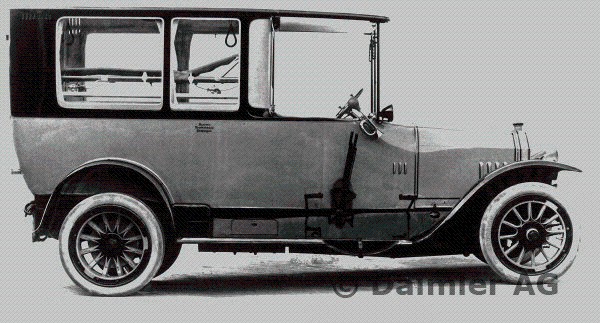 1920-21 Daimler ambulance Type UK with 16-45 hp Knight engine
1920-21 Daimler ambulance Type UK with 16-45 hp Knight engine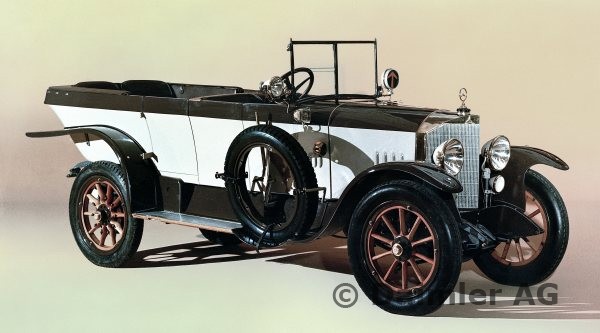 1921 Mercedes Knight 16-40 hp, 16-45 hp, 16-50 hp Mercedes Knight (1910-1924)
1921 Mercedes Knight 16-40 hp, 16-45 hp, 16-50 hp Mercedes Knight (1910-1924)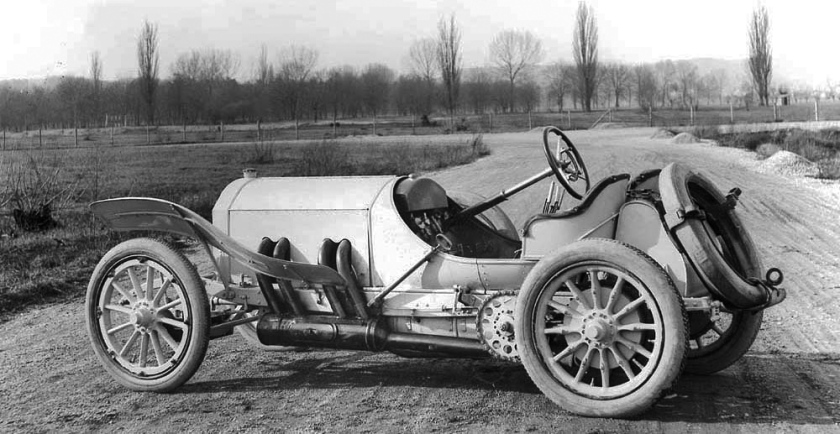 GP Mercedes 1908
GP Mercedes 1908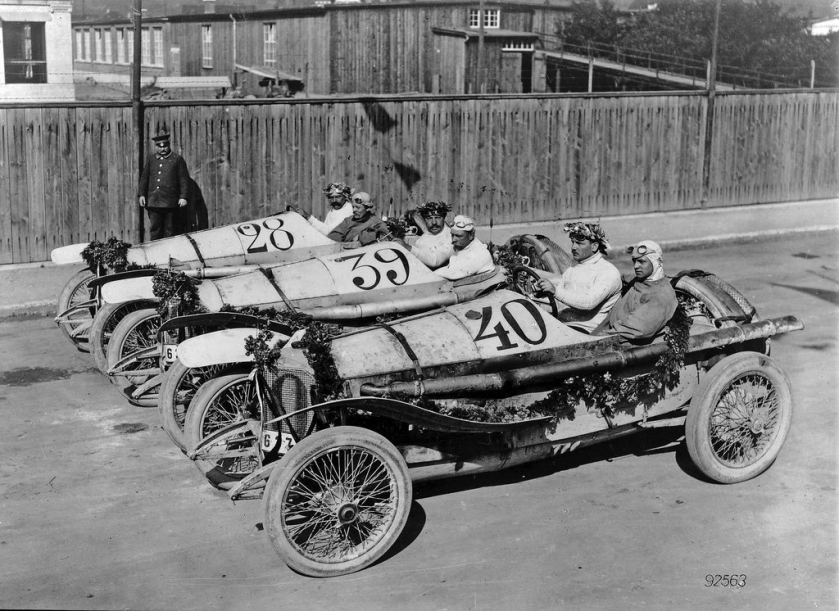
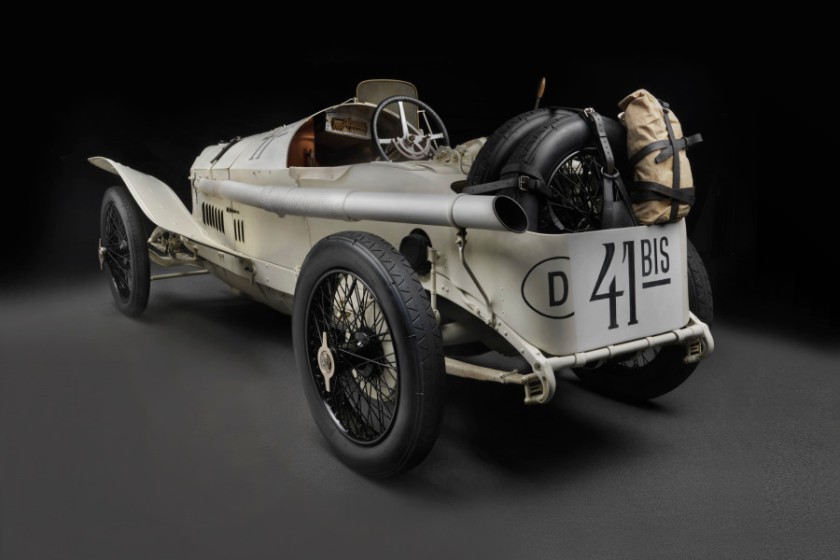 Mercedes Grand Prix Racing Car 1914
Mercedes Grand Prix Racing Car 1914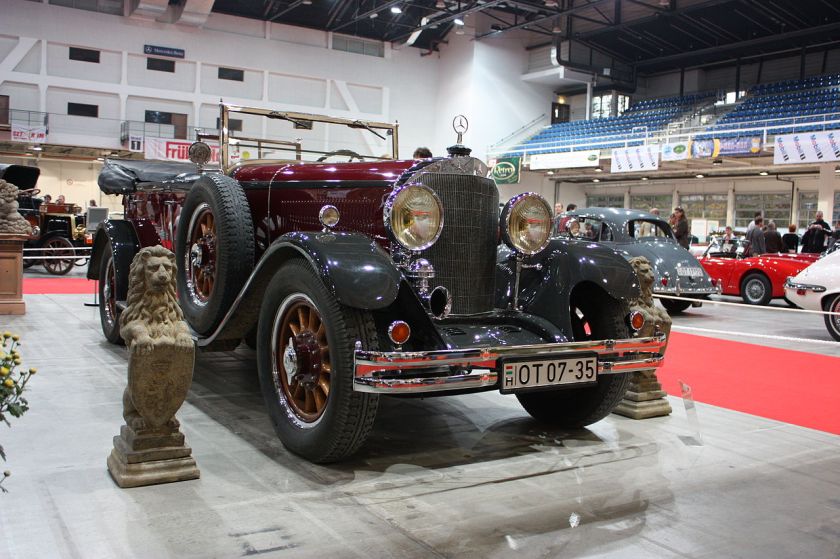 1921-24 Mercedes-Benz 15-70-100 PS Typ 400
1921-24 Mercedes-Benz 15-70-100 PS Typ 400 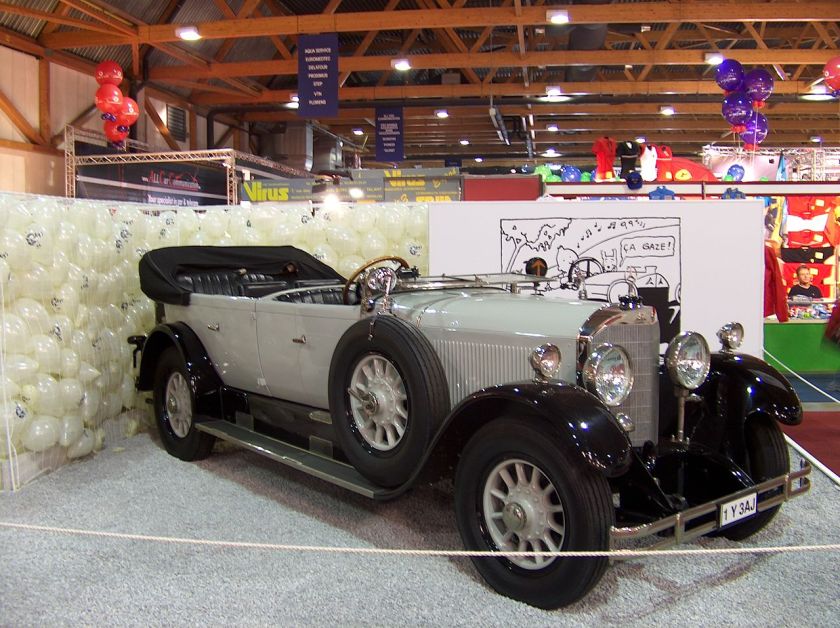
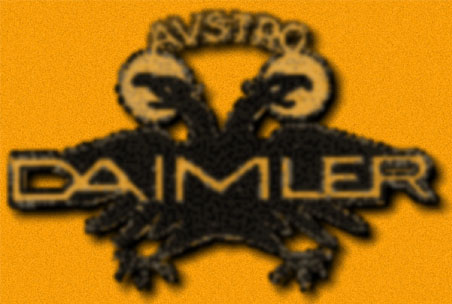
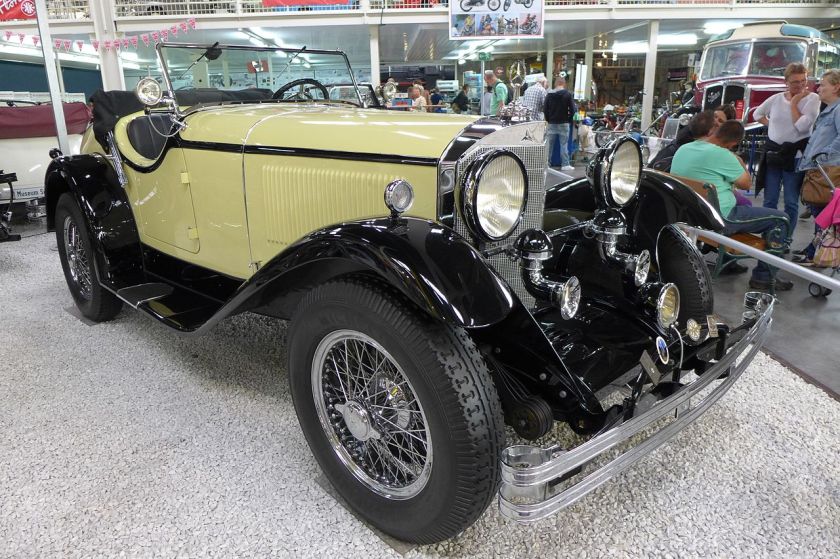
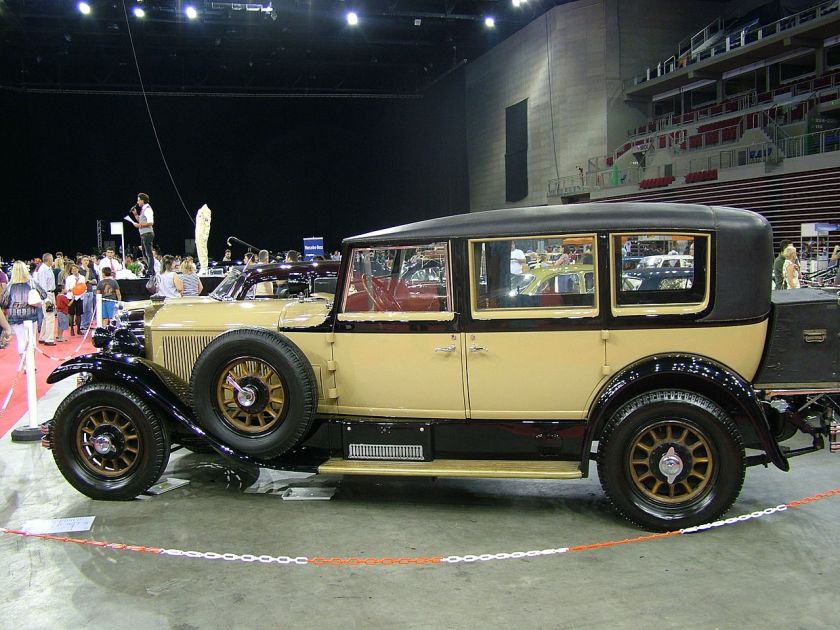 1927 Mercedes Benz 630K Mercedes-Benz 630 K (1926 – 1929)
1927 Mercedes Benz 630K Mercedes-Benz 630 K (1926 – 1929)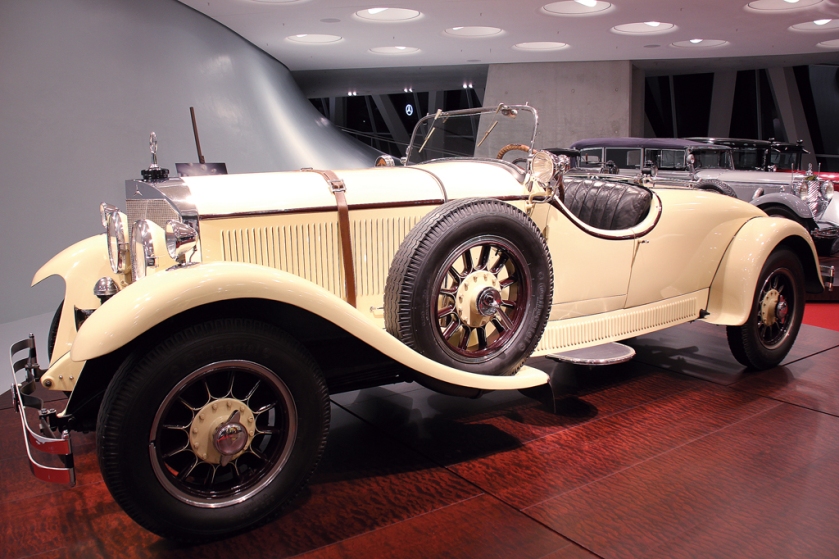 1926 Mercedes Benz 24-100-140 PS Roadster (This was the
1926 Mercedes Benz 24-100-140 PS Roadster (This was the 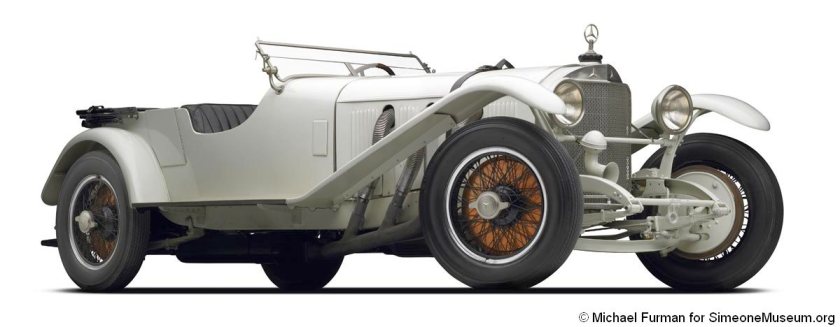
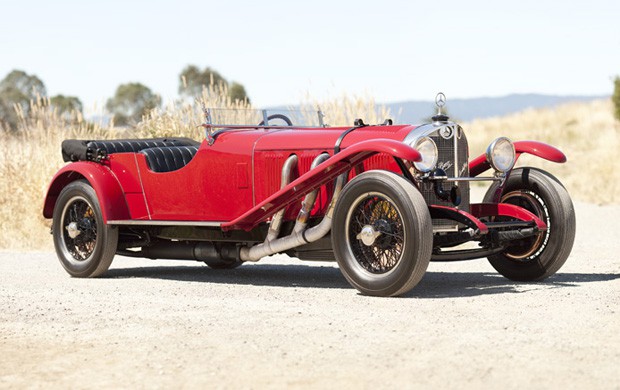 1927 Mercedes-Benz S-Type 26/180 Sportwagen S (Sport)
1927 Mercedes-Benz S-Type 26/180 Sportwagen S (Sport)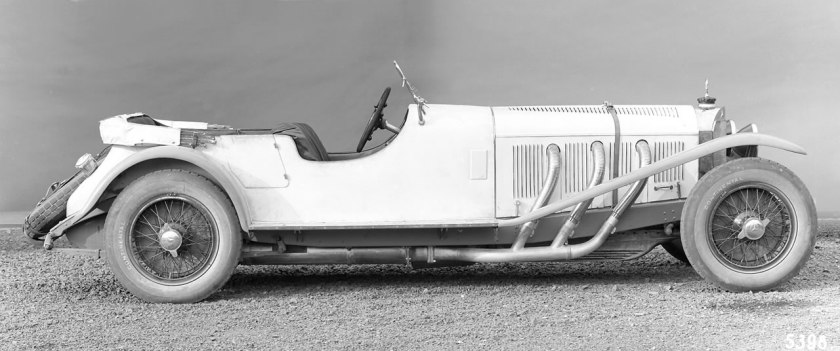 1927 26-170-225 hp Mercedes-Benz SS racing and touring sports car. SS (Super Sport)1928-32 Mercedes-Benz SSK model series W 06 II, SSK (Super Sport Kurz)
1927 26-170-225 hp Mercedes-Benz SS racing and touring sports car. SS (Super Sport)1928-32 Mercedes-Benz SSK model series W 06 II, SSK (Super Sport Kurz) 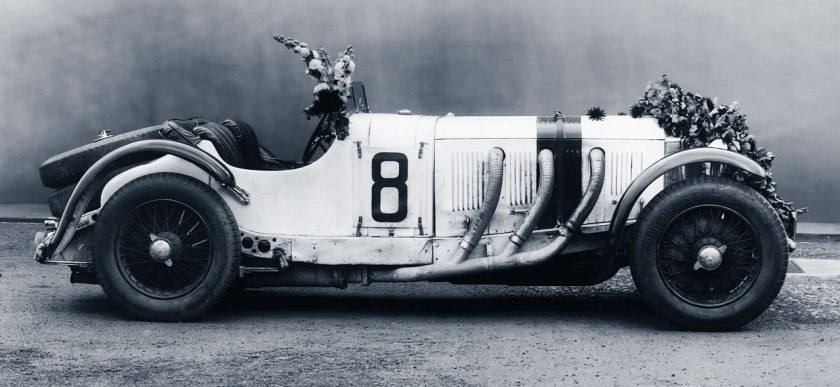 1927 Mercedes Benz SSKL (Super Sport Kurz Leicht) SSKL (Super Sport Kurz Leicht)
1927 Mercedes Benz SSKL (Super Sport Kurz Leicht) SSKL (Super Sport Kurz Leicht)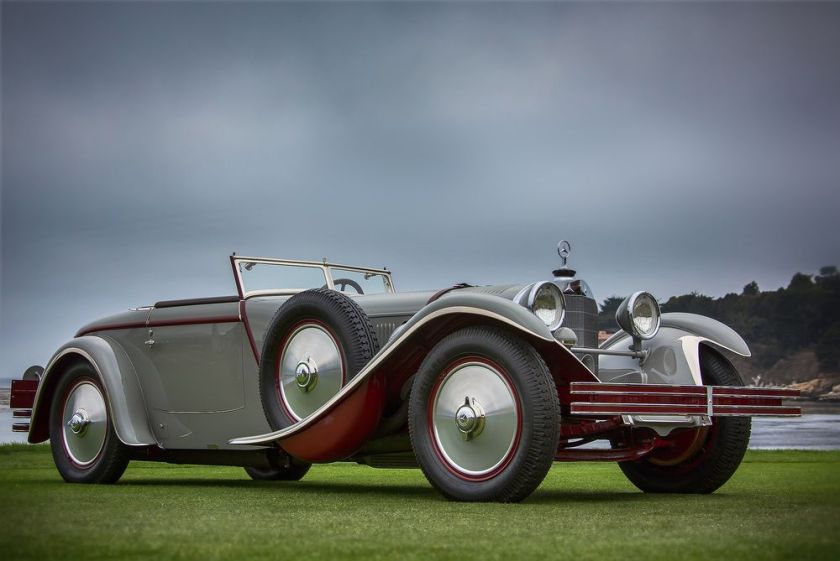 1928 Mercedes-Benz 680S Saoutchik Torpedo
1928 Mercedes-Benz 680S Saoutchik Torpedo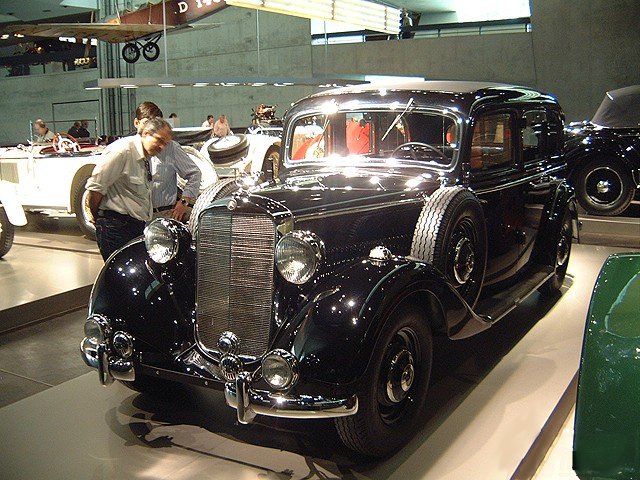
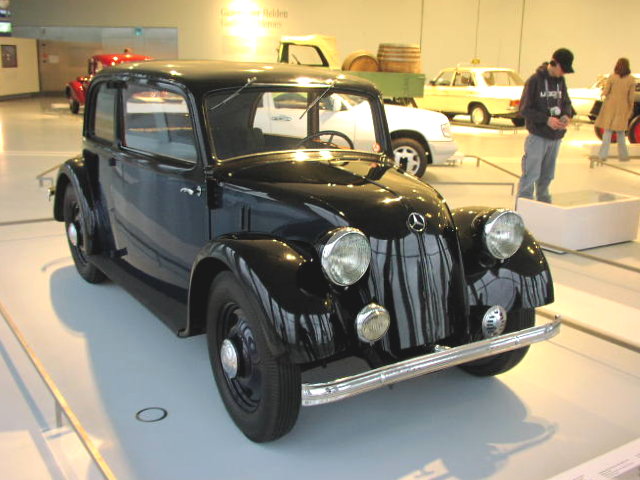
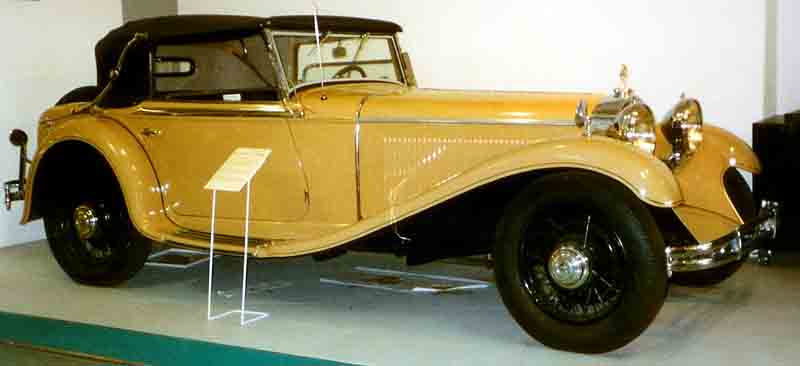 1931 Mercedes Benz Mannheim 370 S Sport-Cabriolet
1931 Mercedes Benz Mannheim 370 S Sport-Cabriolet 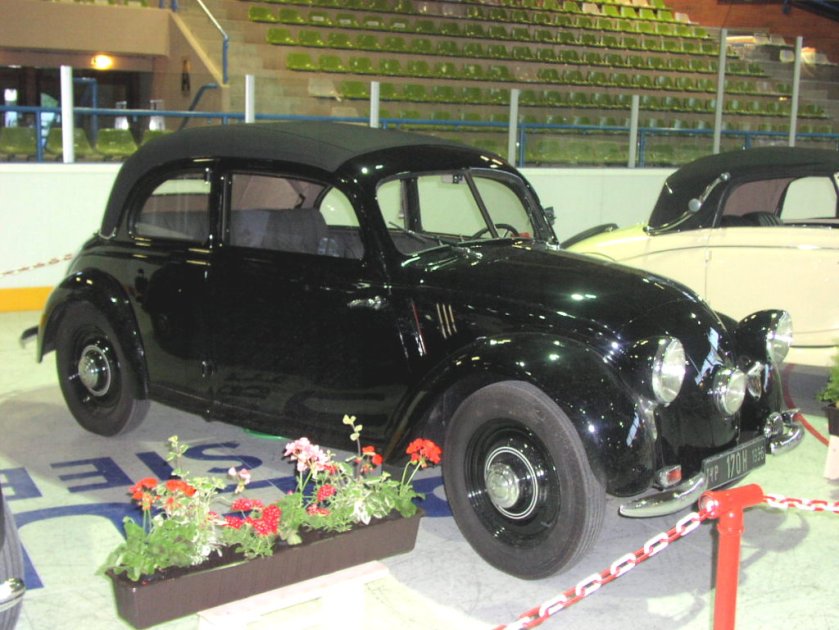 1936 Mercedes Benz 170 W28 H
1936 Mercedes Benz 170 W28 H 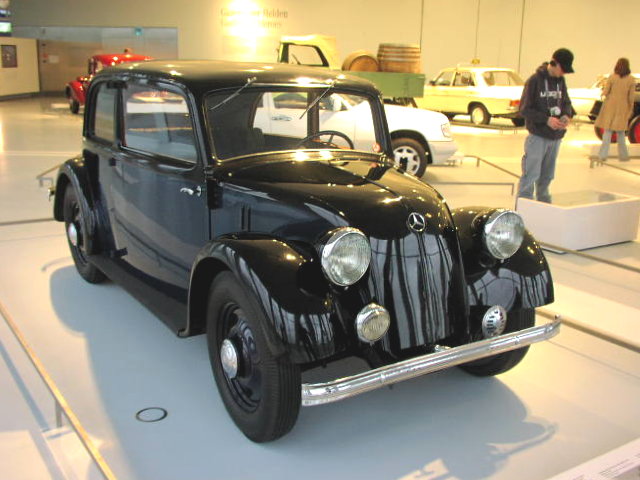
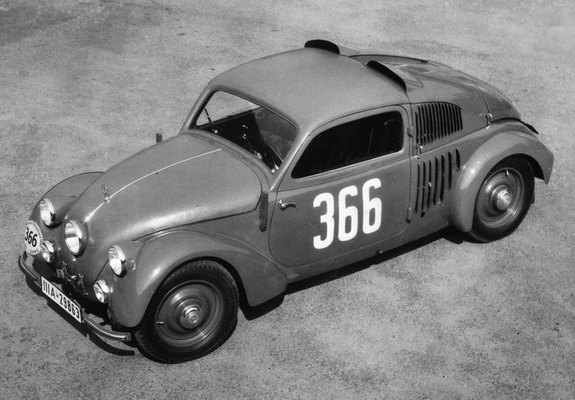 1933-34 Mercedes Benz 150 Sport Saloon (W30)
1933-34 Mercedes Benz 150 Sport Saloon (W30) 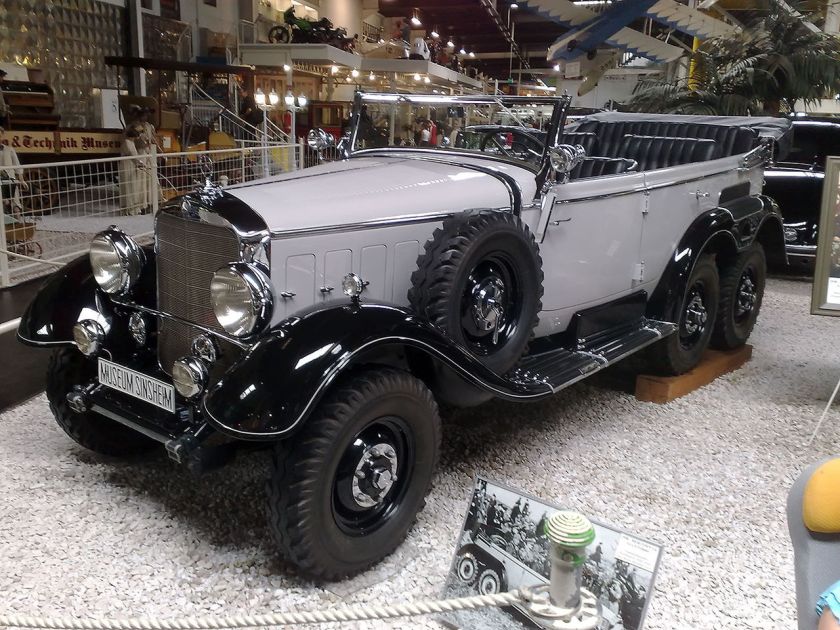 1938 Mercedes Benz W31 typ G4
1938 Mercedes Benz W31 typ G4 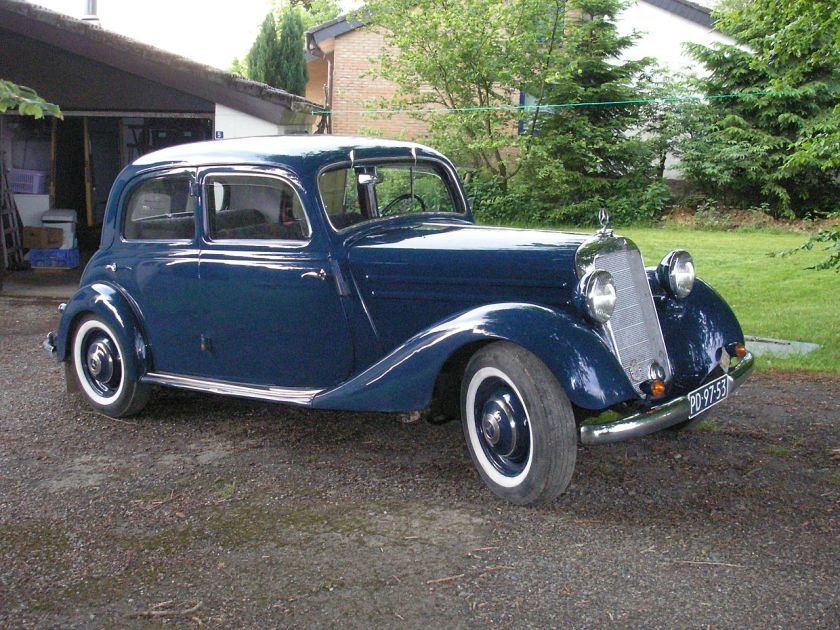 Mercedes Benz
Mercedes Benz 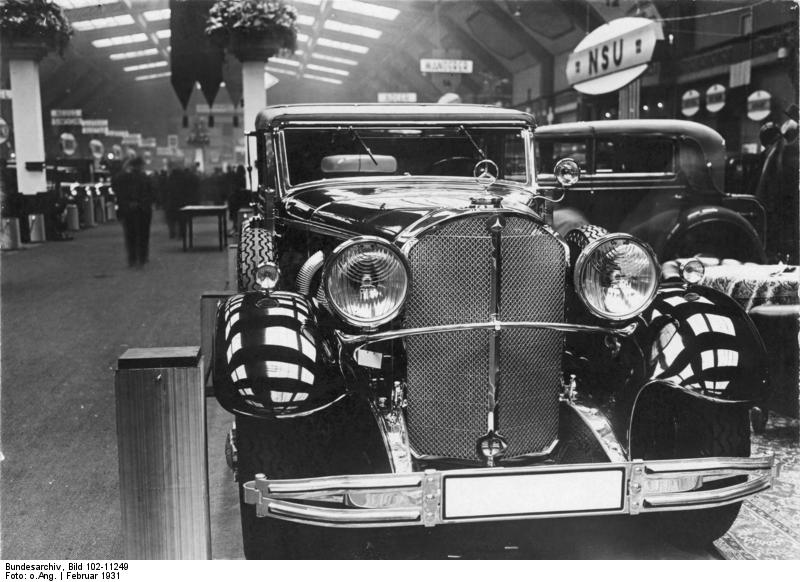
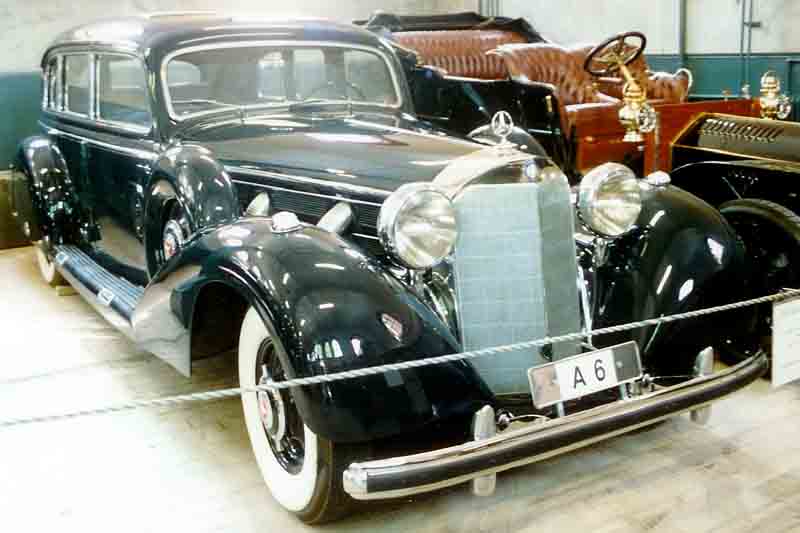 Mercedes-Benz W07-W150 or 770 Pullman-Limousine W150 1938-1943
Mercedes-Benz W07-W150 or 770 Pullman-Limousine W150 1938-1943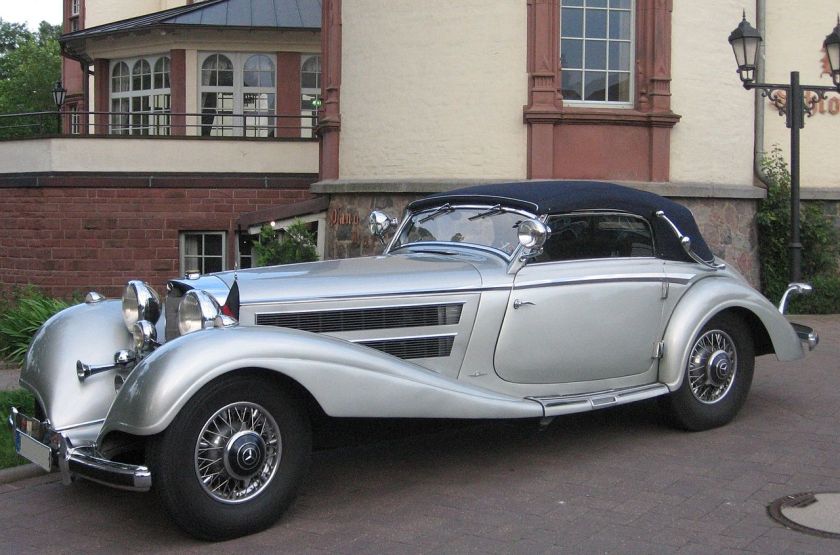 1934-36 Mercedes 500K (type W29) Cabriolet is a grand touring car
1934-36 Mercedes 500K (type W29) Cabriolet is a grand touring car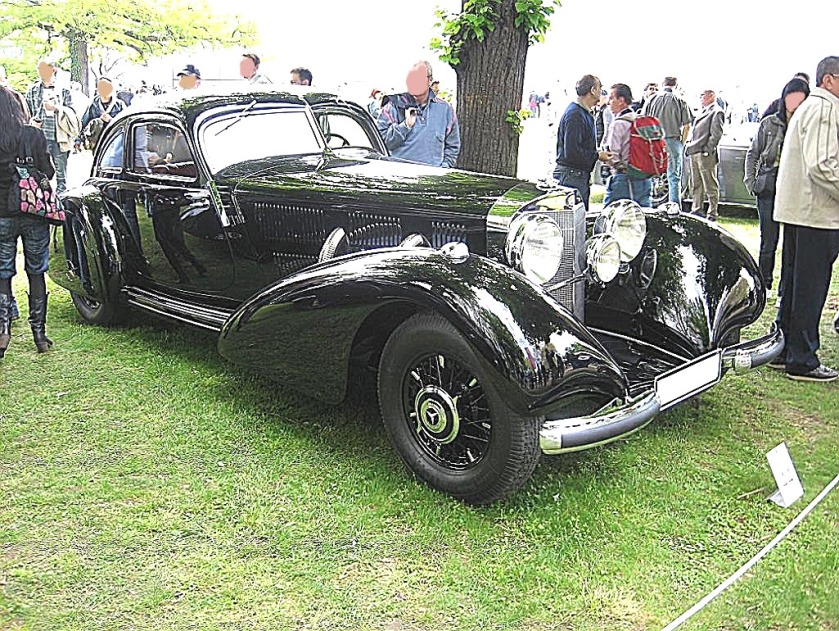
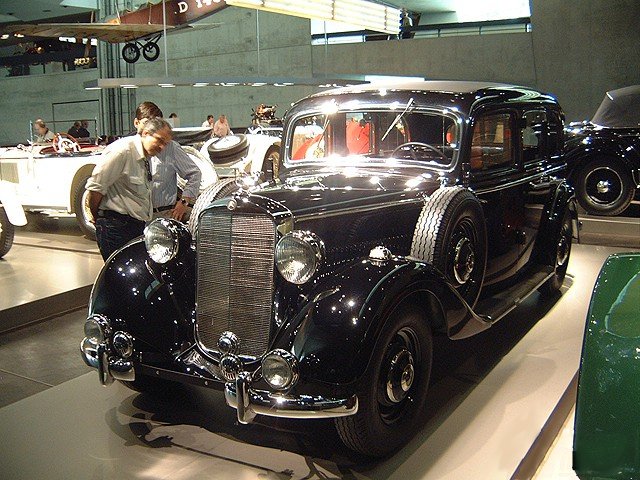
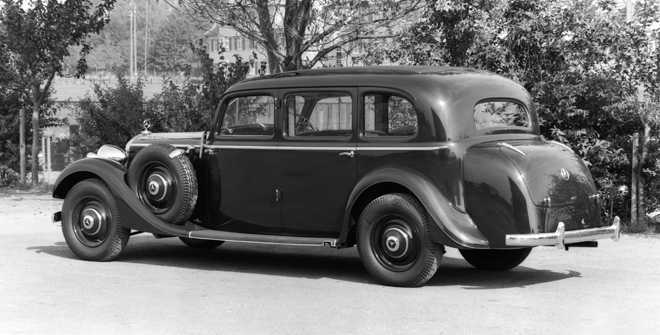 1937 Mercedes-Benz 320 (W 142) Saloon was a modern luxury-class touring car.
1937 Mercedes-Benz 320 (W 142) Saloon was a modern luxury-class touring car.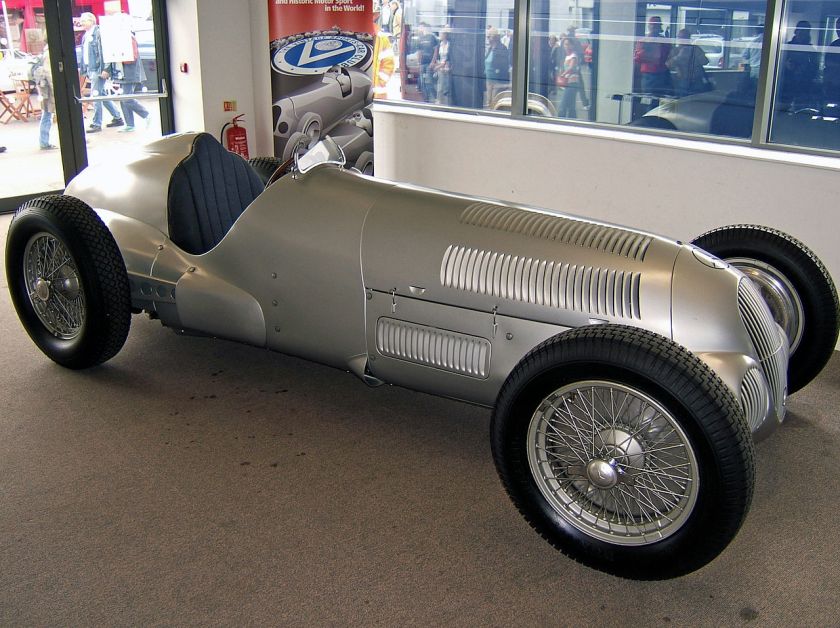 1937 Mercedes Benz W 125 Donington
1937 Mercedes Benz W 125 Donington 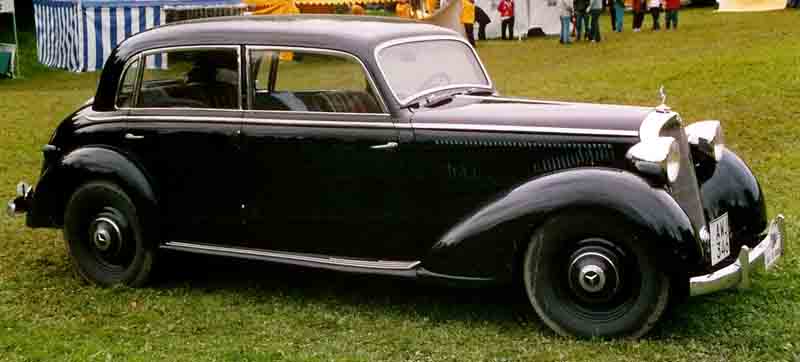 1939 Mercedes Benz 230 Limousine 230 1938
1939 Mercedes Benz 230 Limousine 230 1938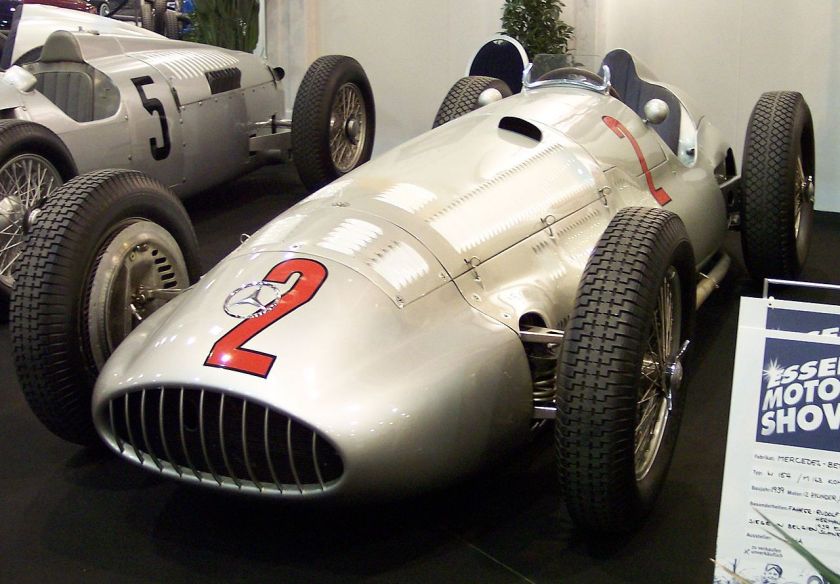 Mercedes Benz
Mercedes Benz 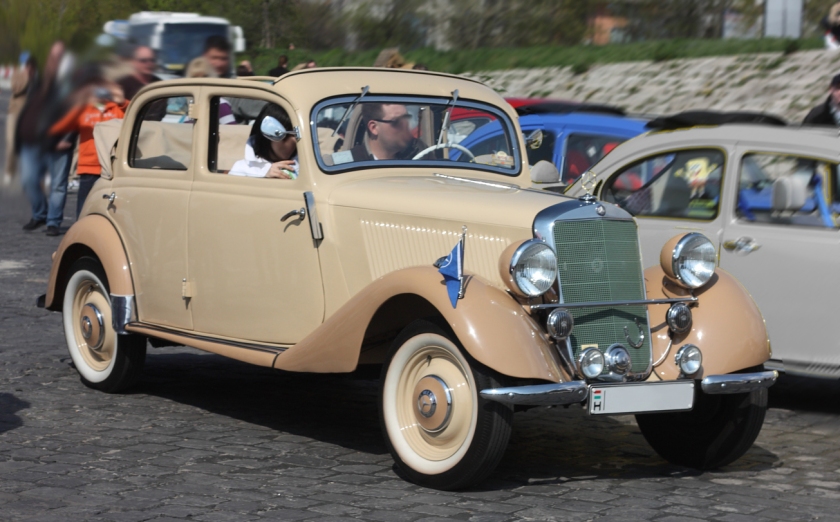
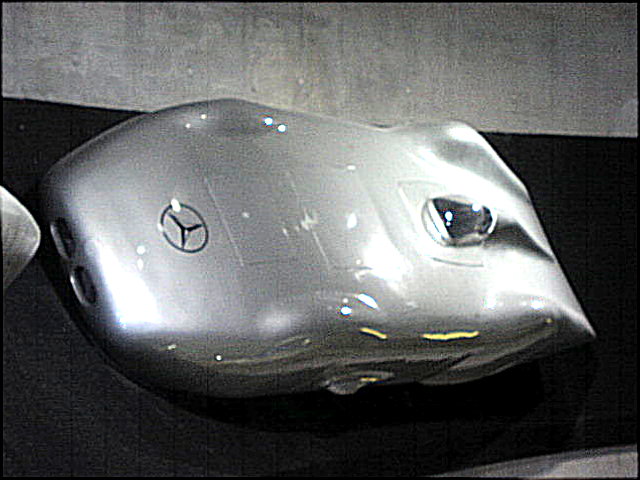




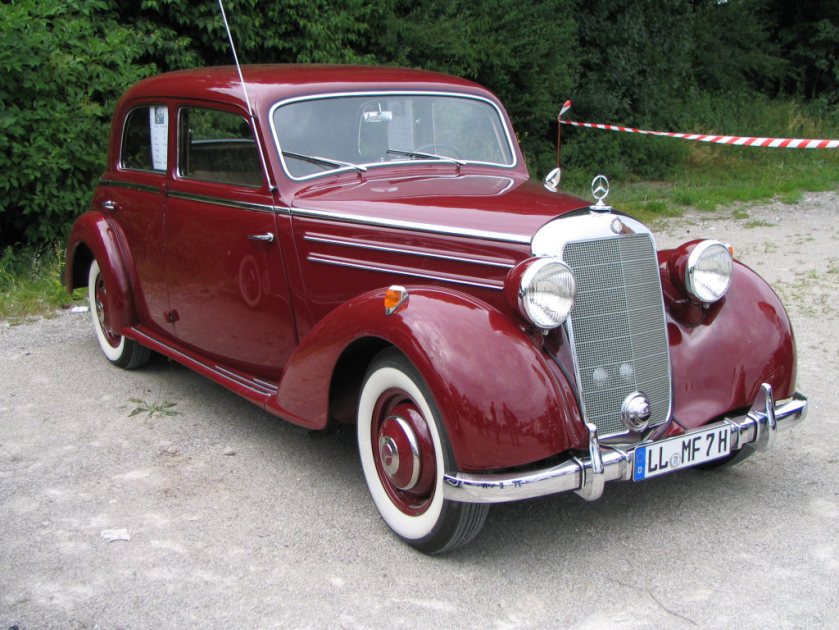
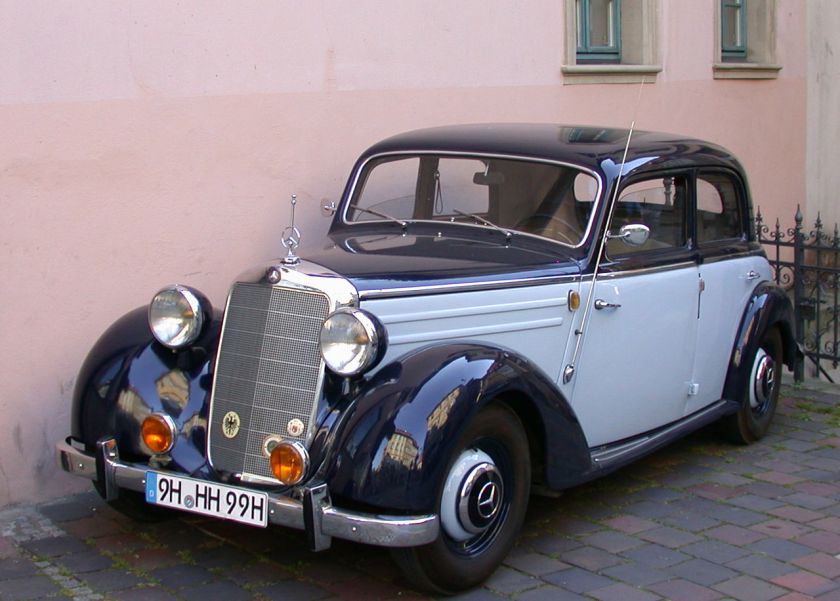 Mercedes Benz
Mercedes Benz 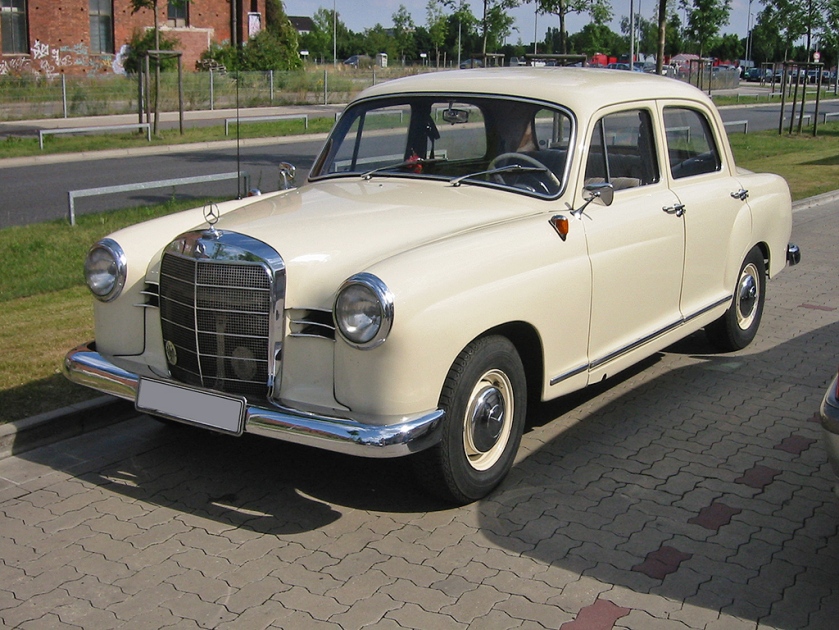
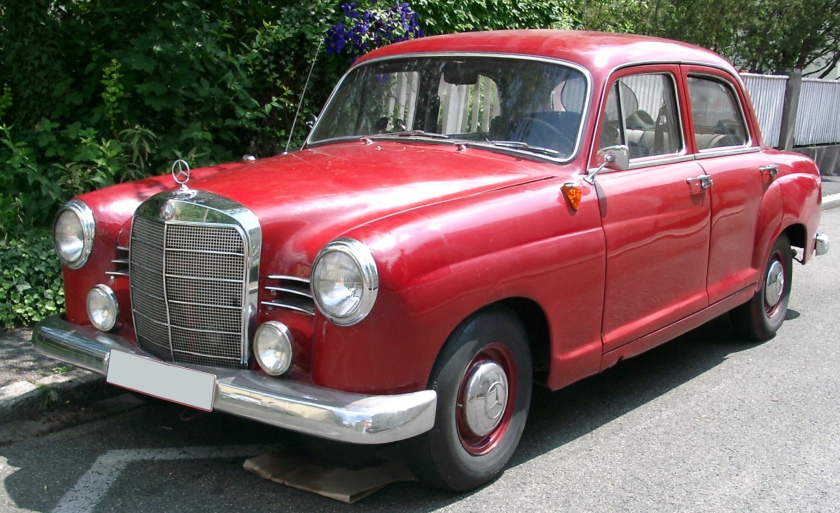
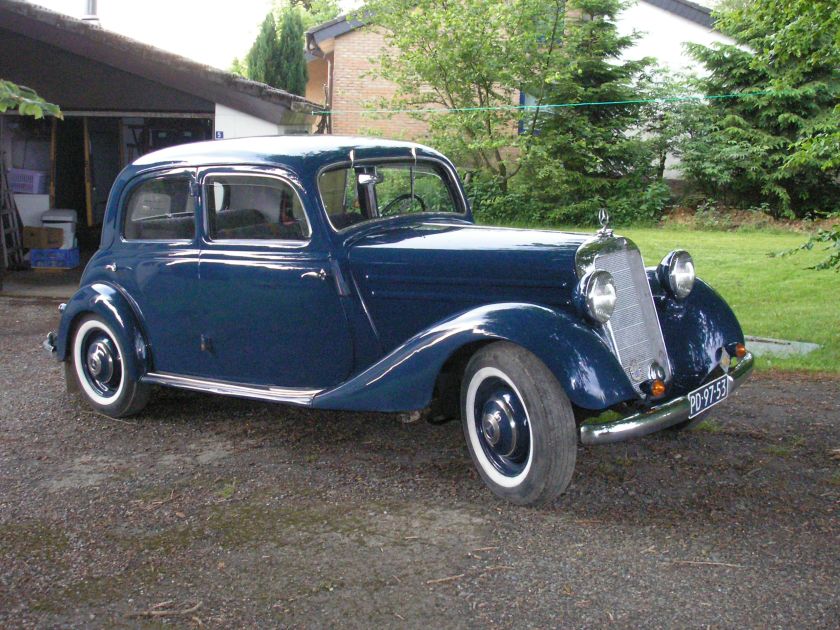
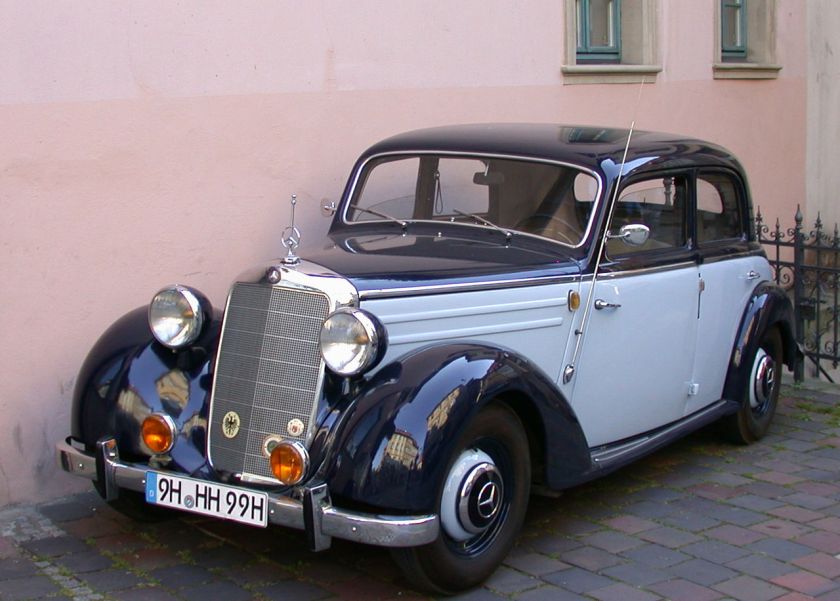 Mercedes Benz
Mercedes Benz 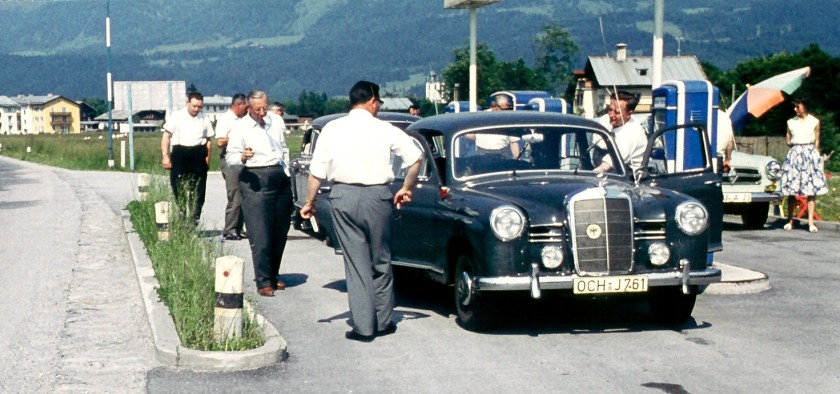 Mercedes Benz 120
Mercedes Benz 120 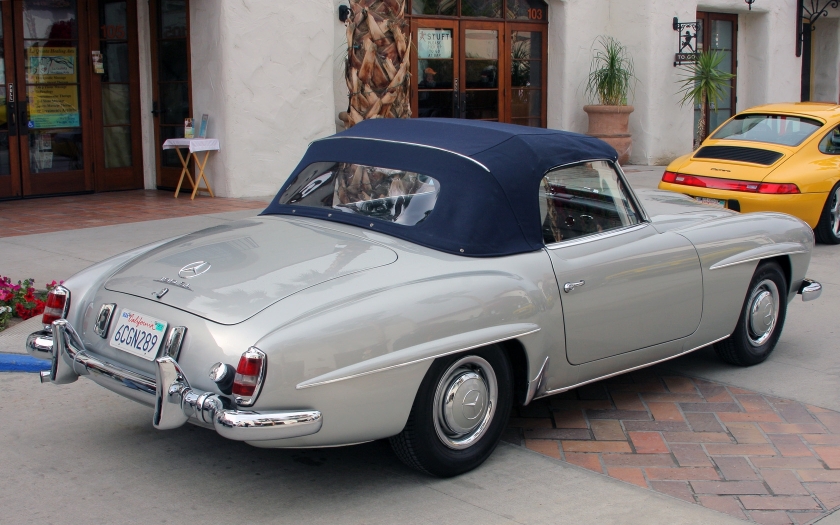 Mercedes Benz
Mercedes Benz 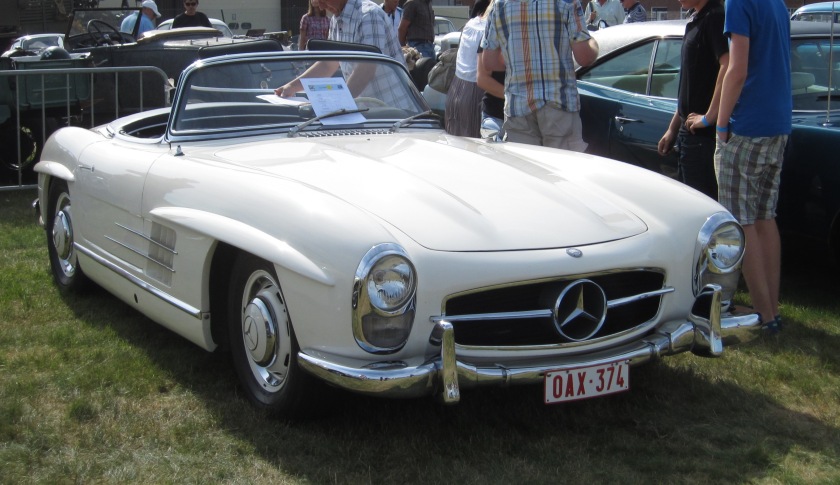
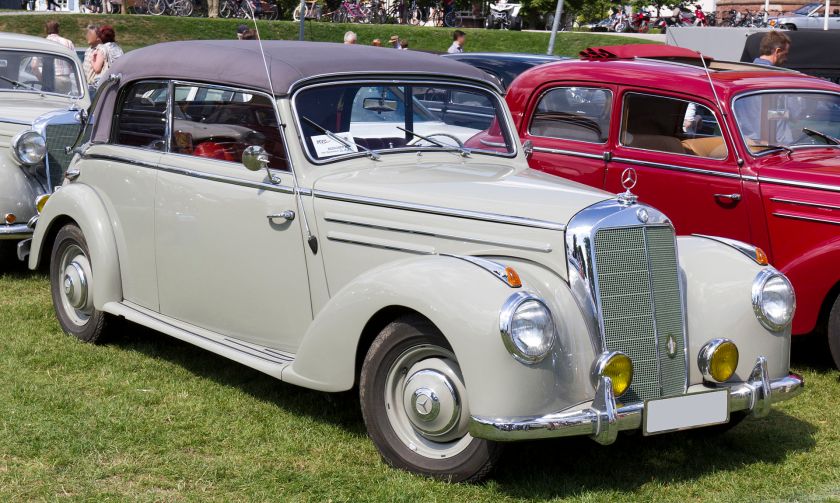 Mercedes Benz
Mercedes Benz 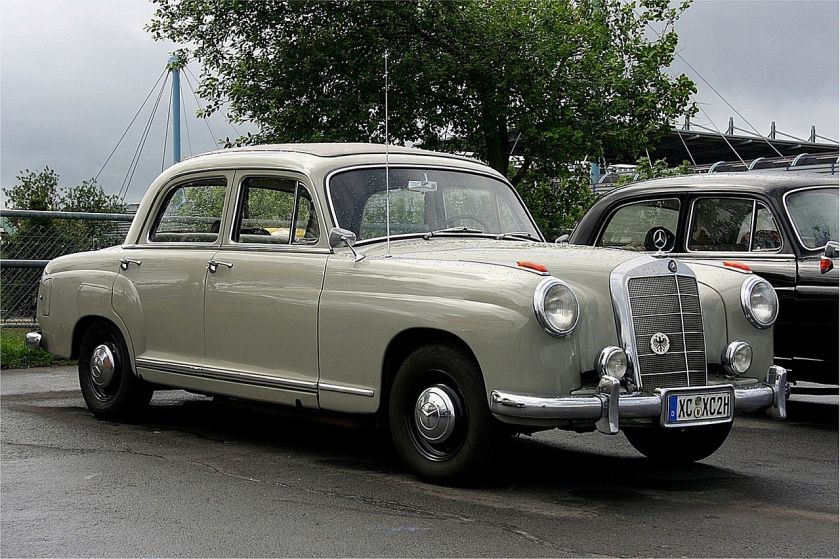 Mercedes Benz
Mercedes Benz 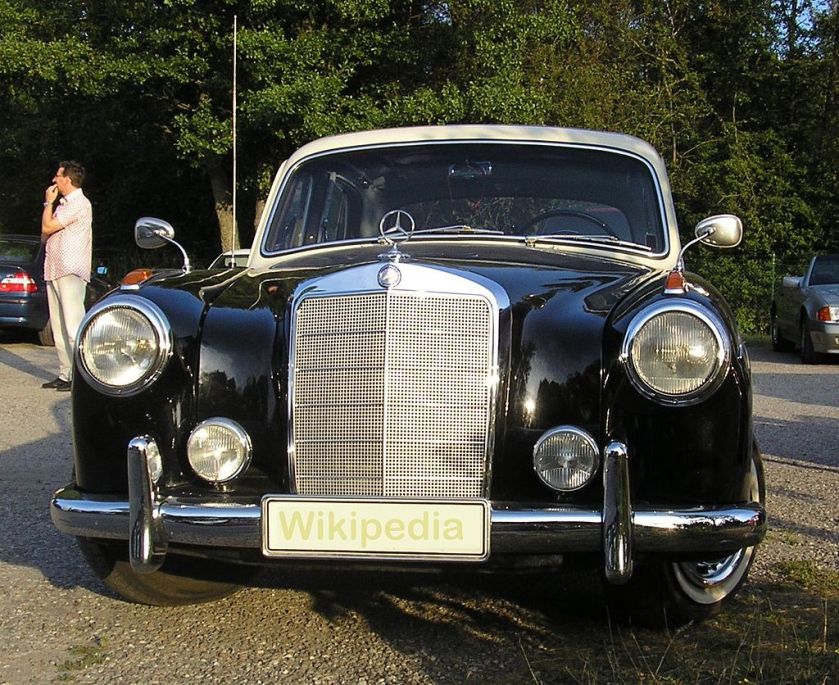 1958 Mercedes Benz
1958 Mercedes Benz 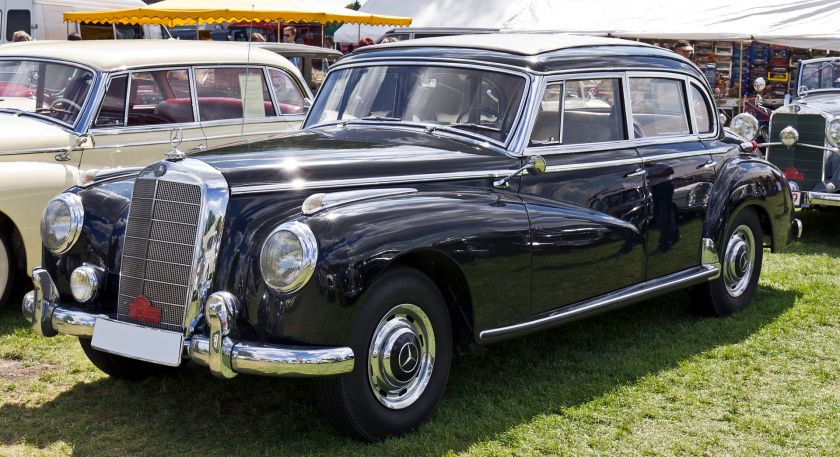 Mercedes Benz Limousine
Mercedes Benz Limousine 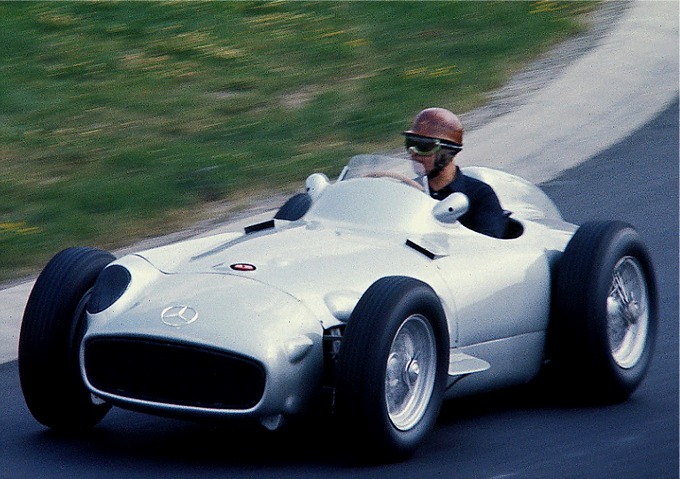 Mercedes Benz
Mercedes Benz 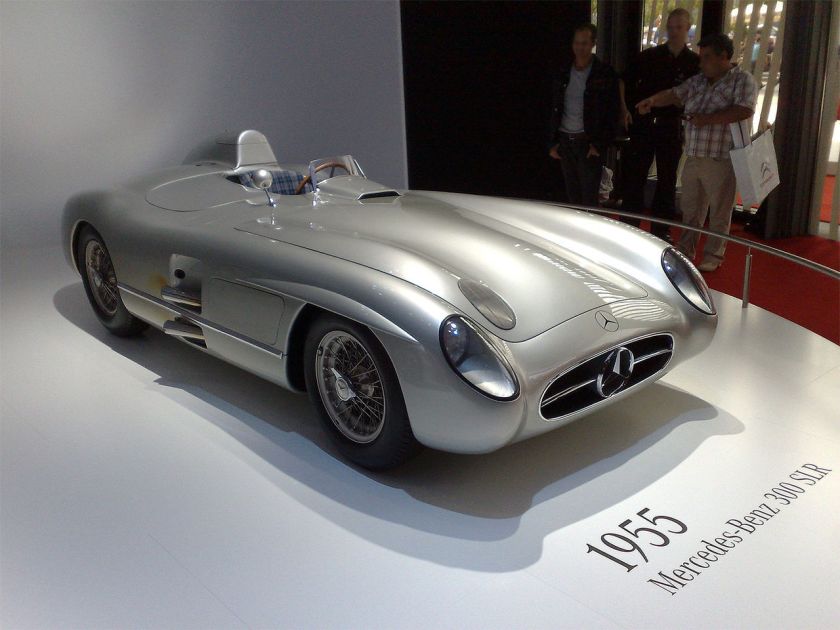 Mercedes Benz
Mercedes Benz 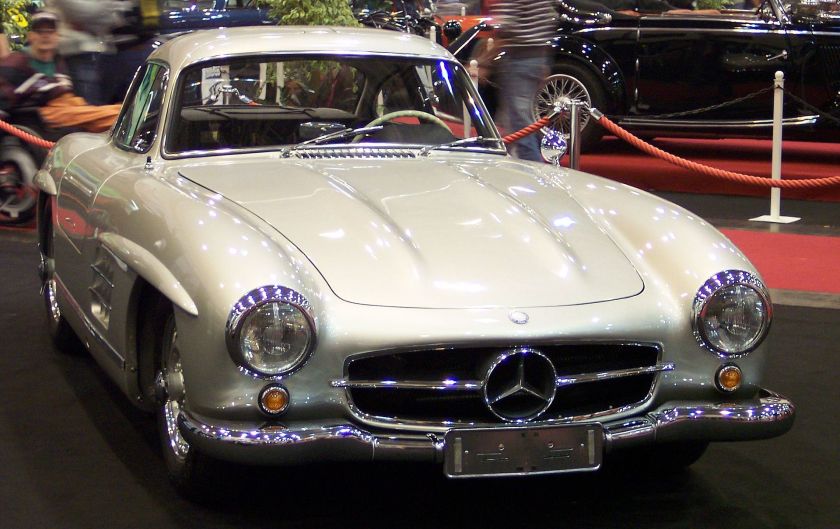 Mercedes Benz
Mercedes Benz 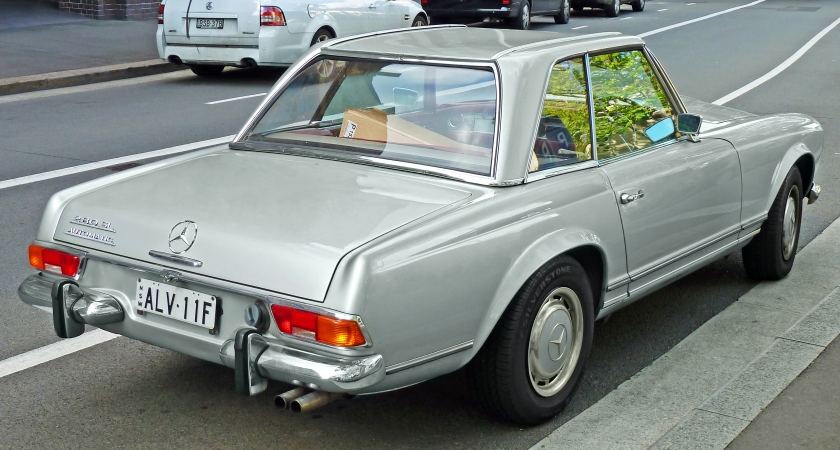
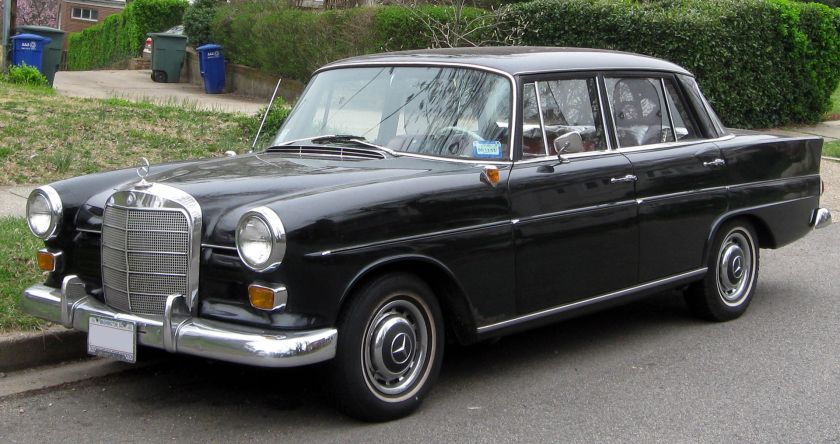 1965 Mercedes Benz
1965 Mercedes Benz 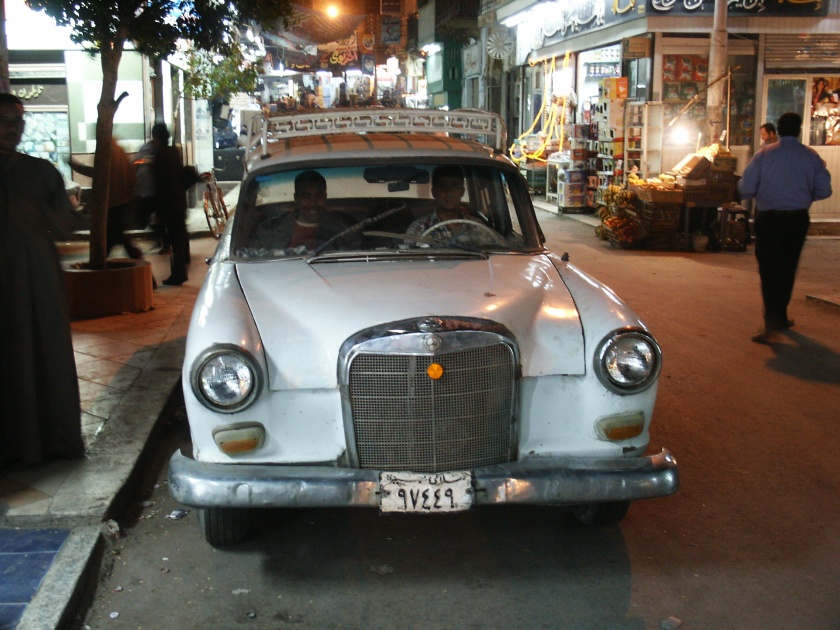
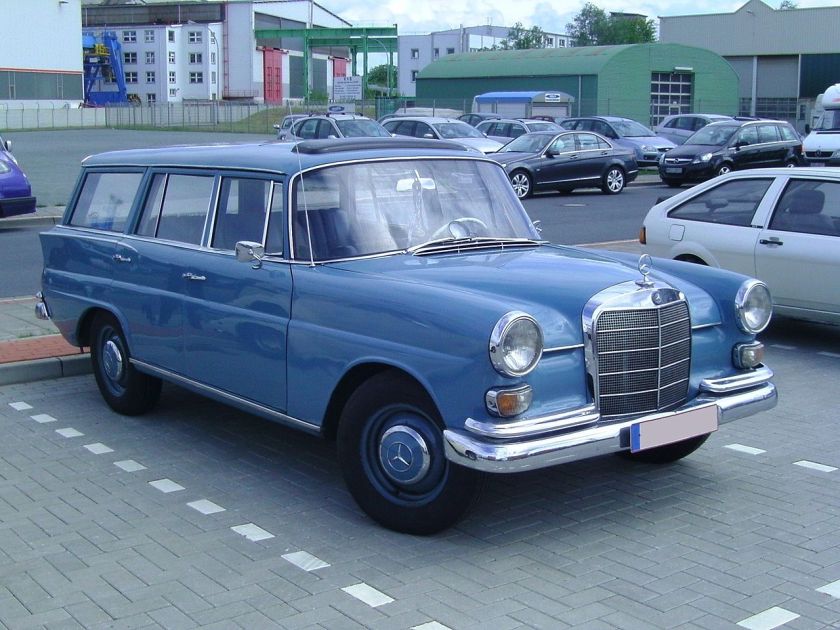 Mercedes Benz
Mercedes Benz 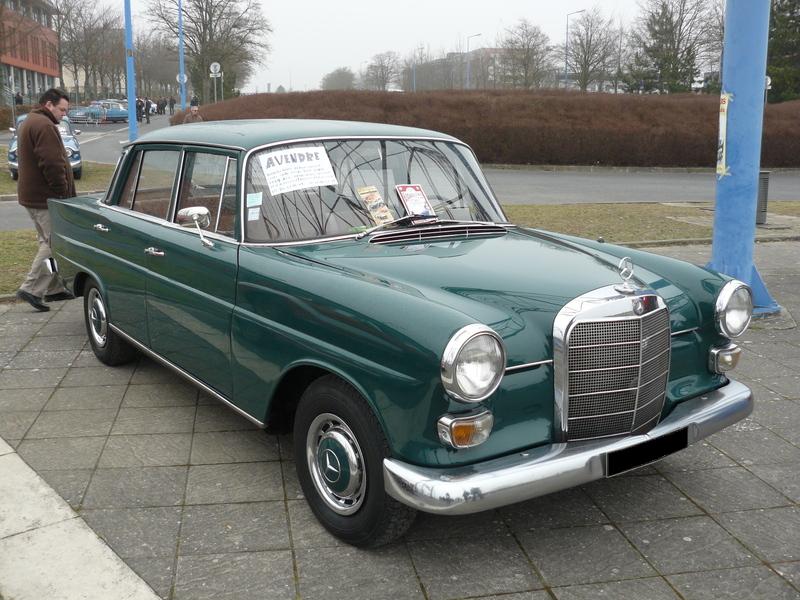 Mercedes Benz
Mercedes Benz 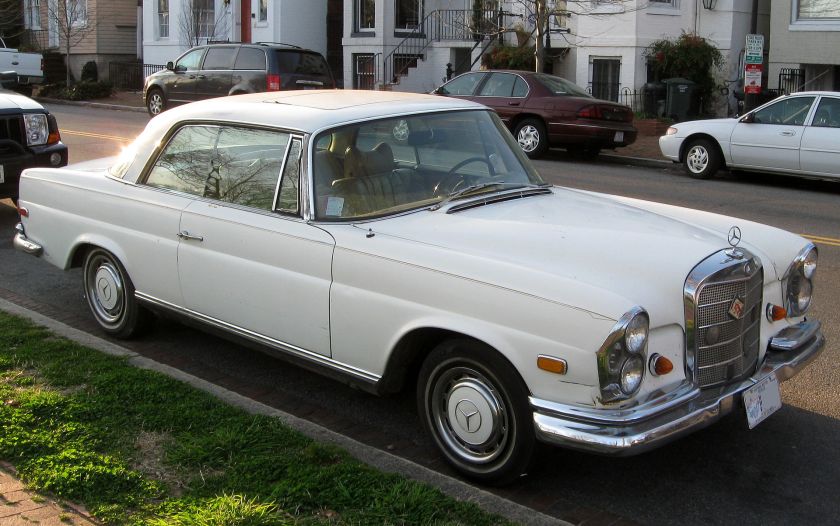
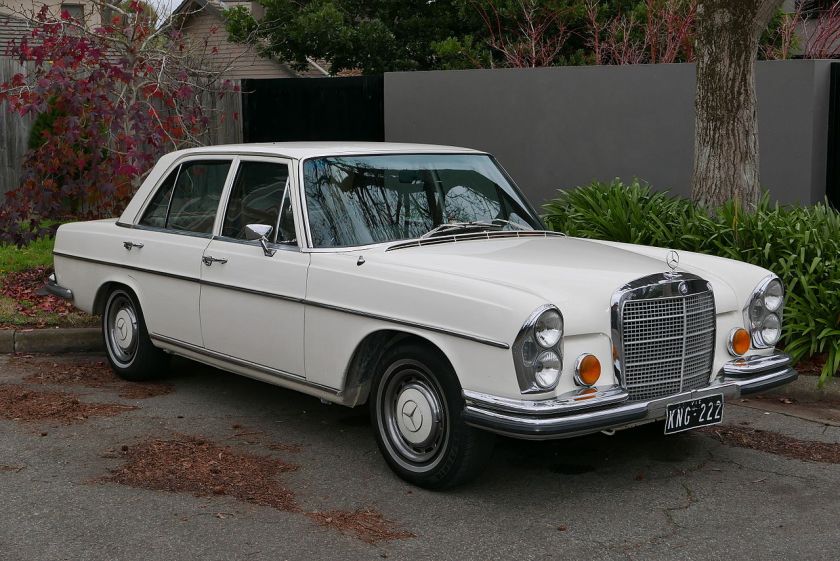 Mercedes Benz
Mercedes Benz 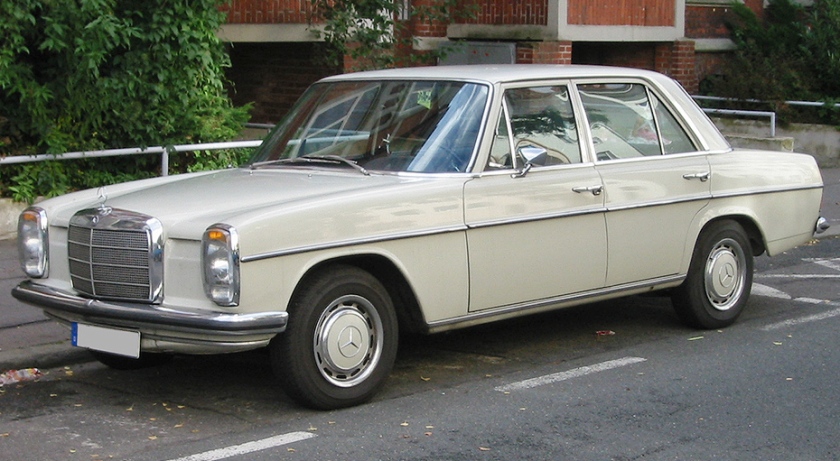 Mercedes Benz
Mercedes Benz 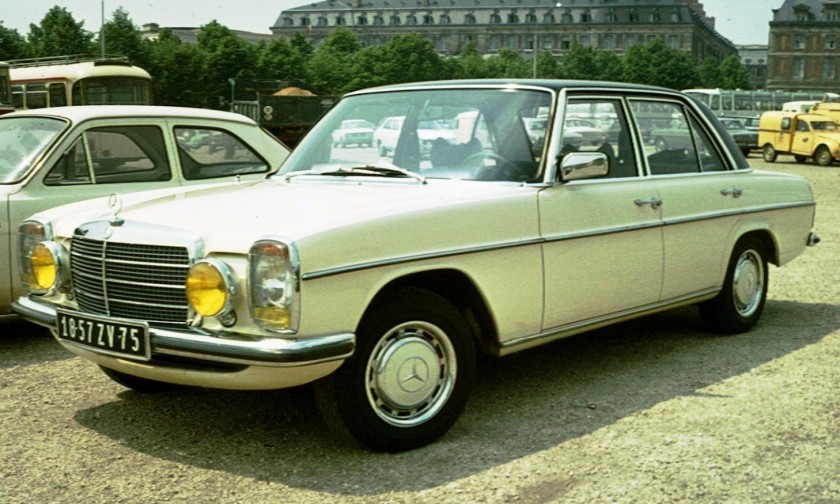 Mercedes Benz
Mercedes Benz 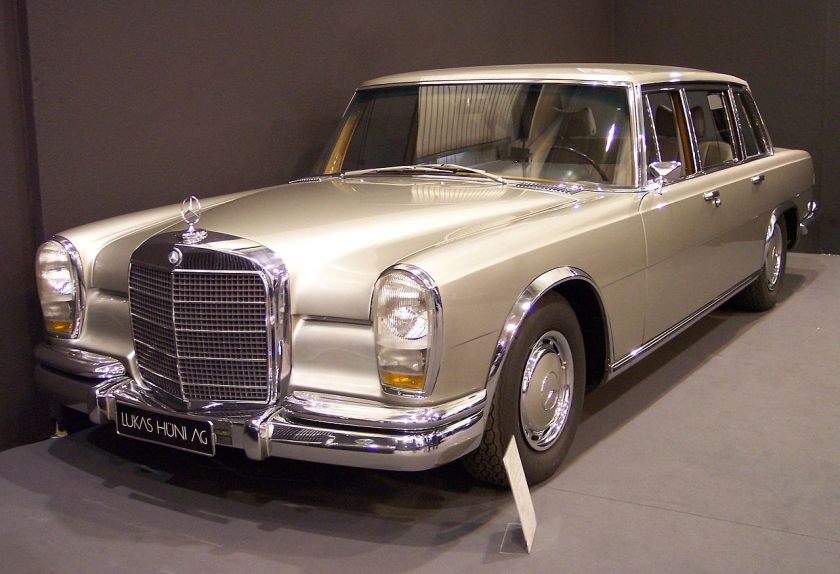 Mercedes Benz
Mercedes Benz 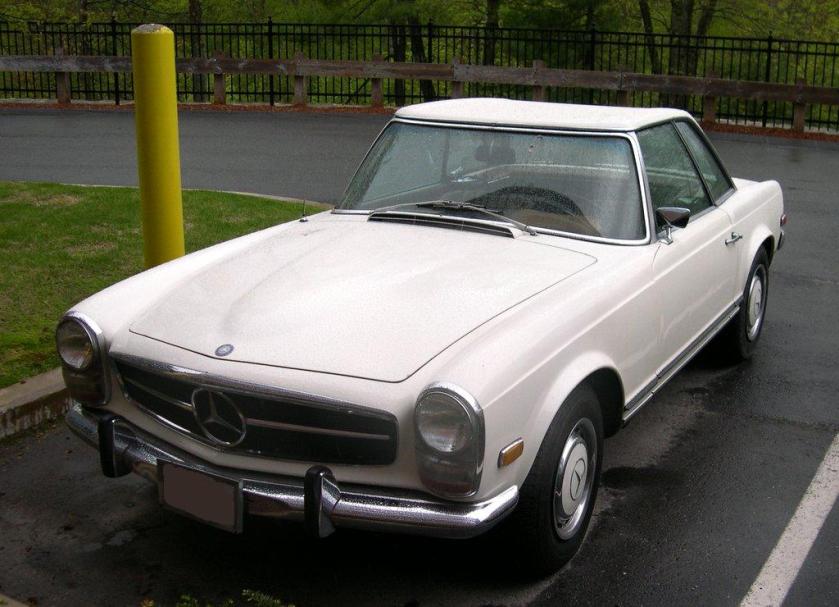 Mercedes Benz
Mercedes Benz 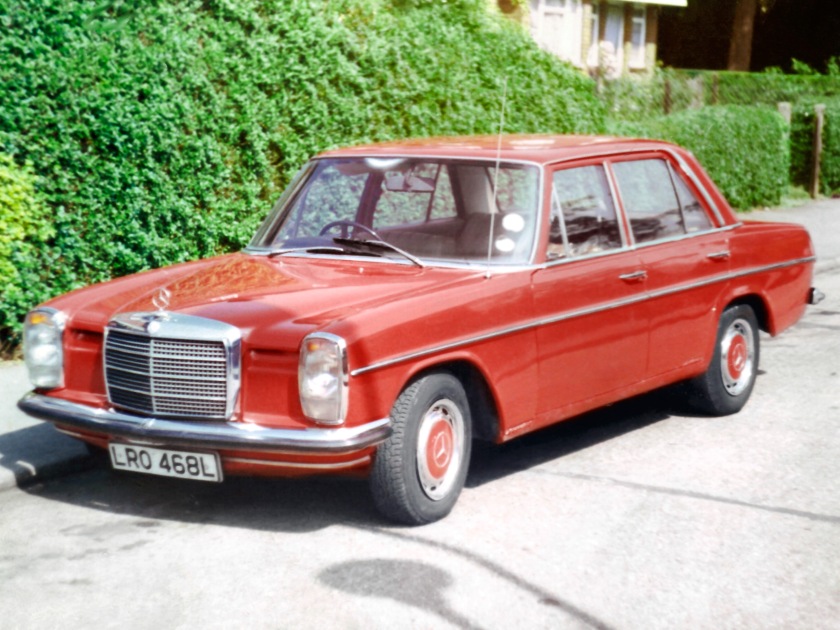
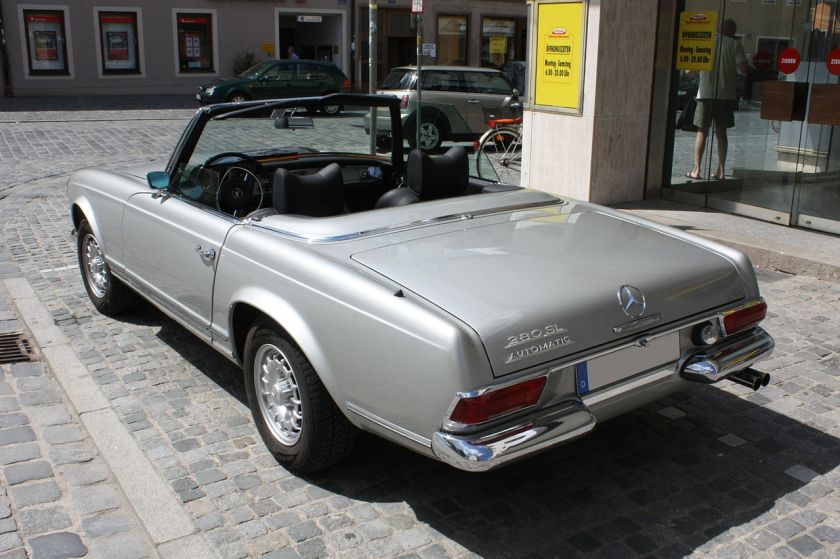
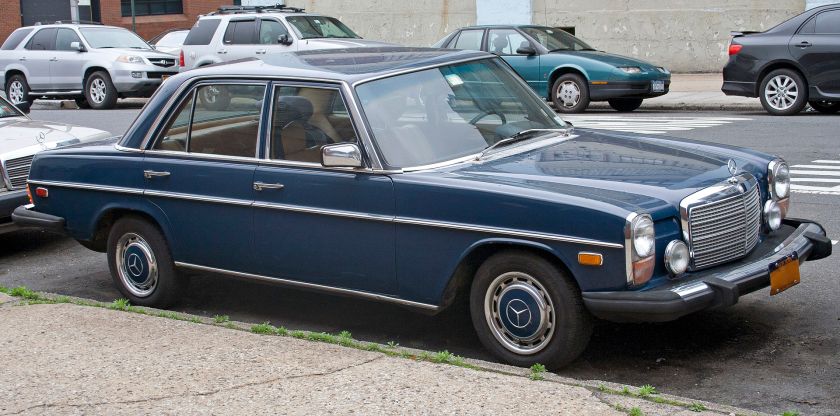
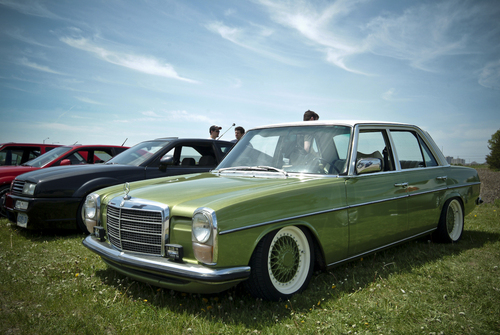
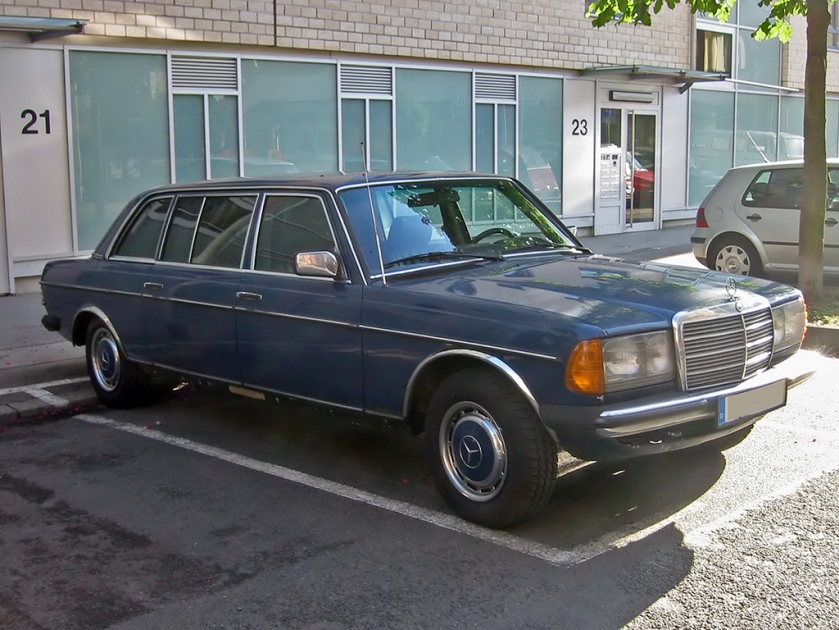
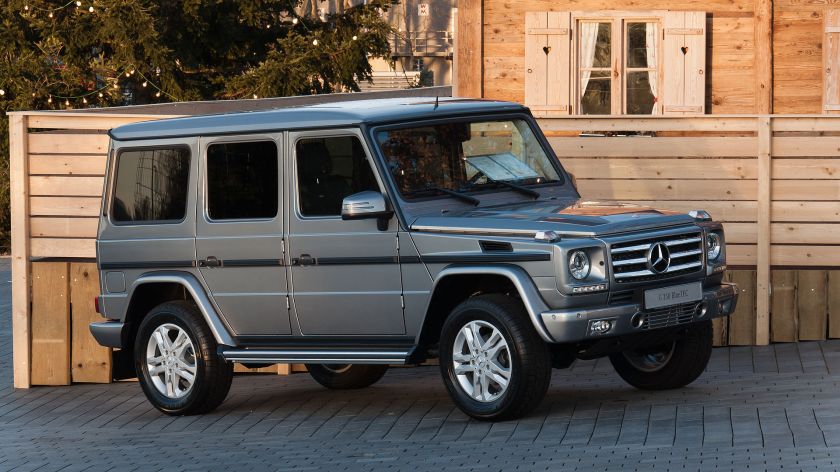
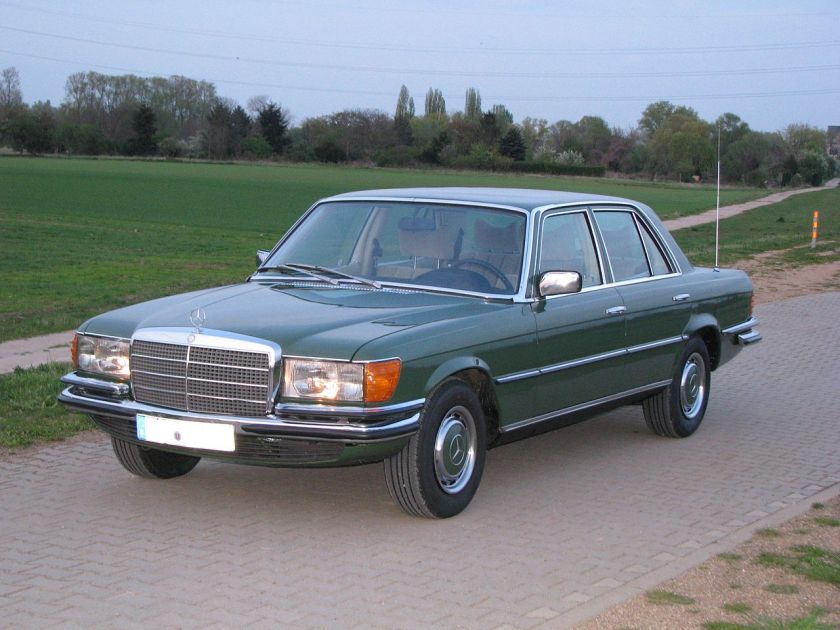

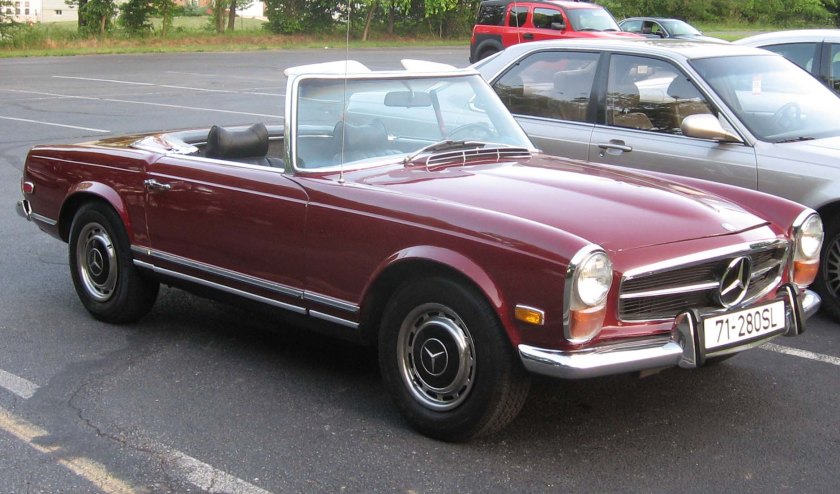
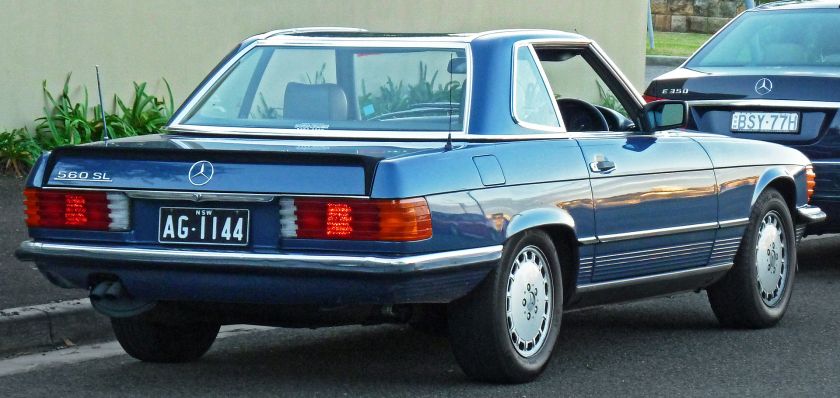
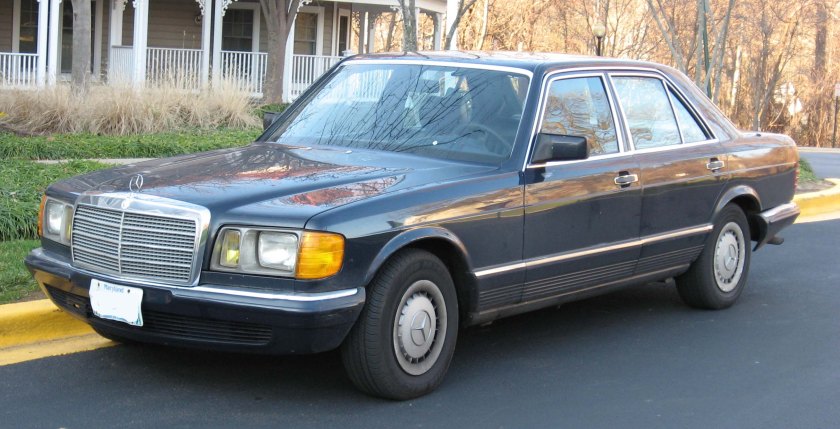
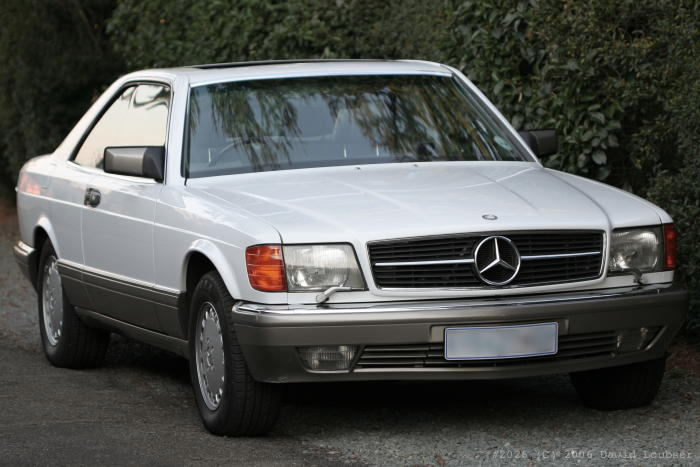
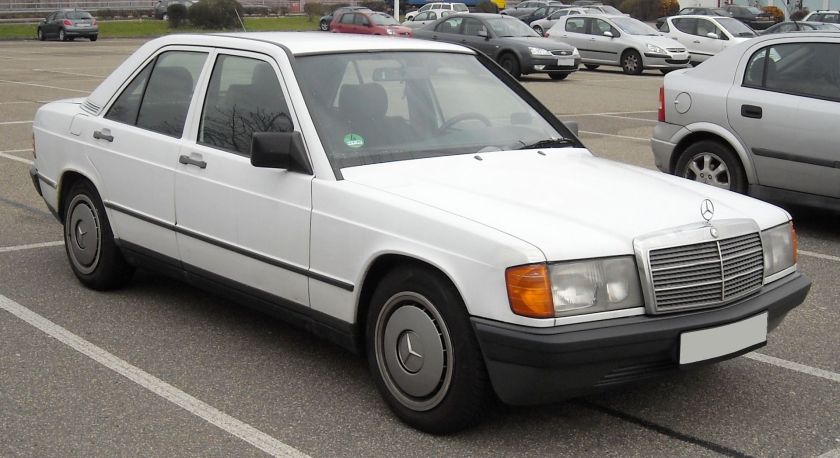
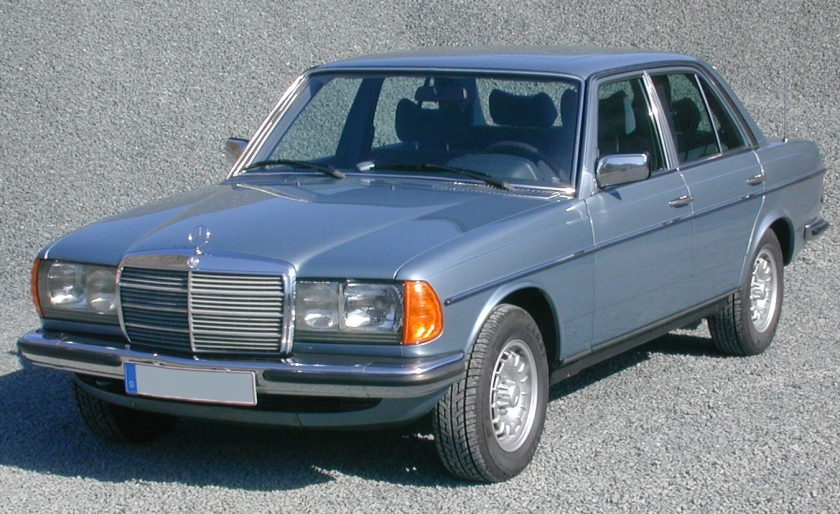 1977 Mercedes Benz 300D W123
1977 Mercedes Benz 300D W123 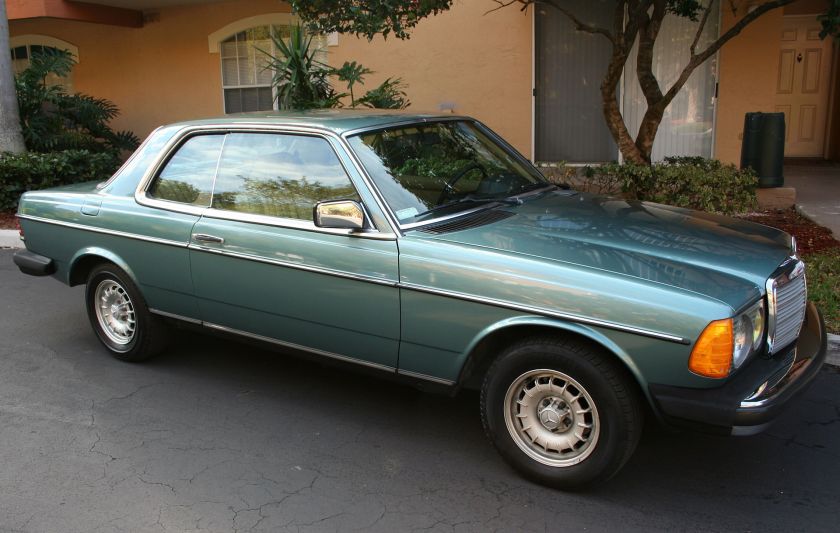 Mercedes Benz 300CD Turbodiesel coupe (US-version)
Mercedes Benz 300CD Turbodiesel coupe (US-version) 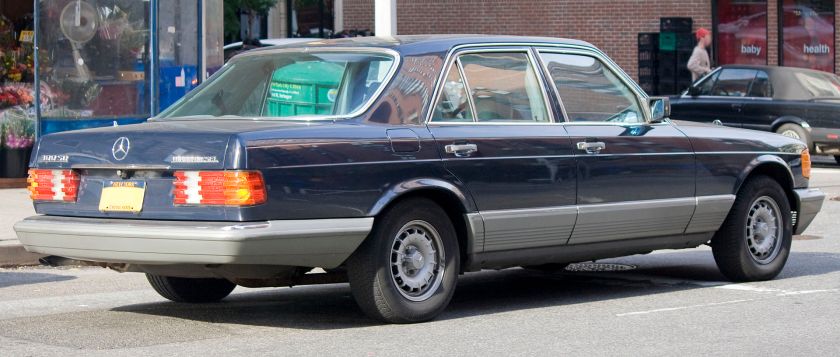 Mercedes Benz
Mercedes Benz 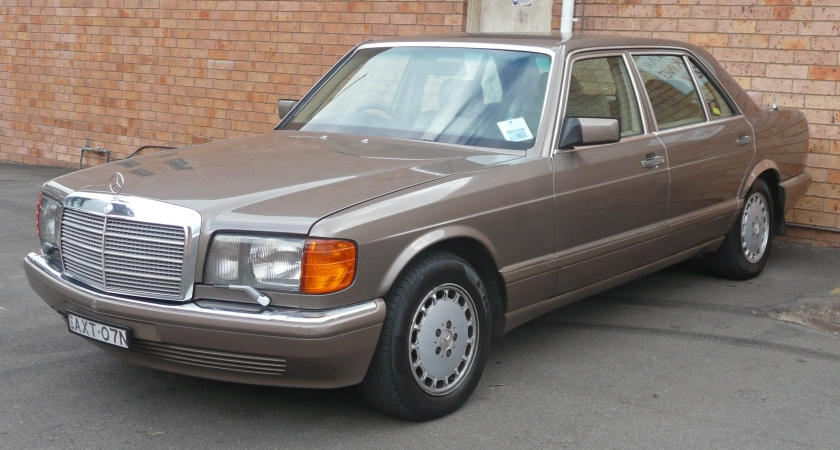 1987-92 Mercedes Benz 300 SEL (W126) sedan
1987-92 Mercedes Benz 300 SEL (W126) sedan 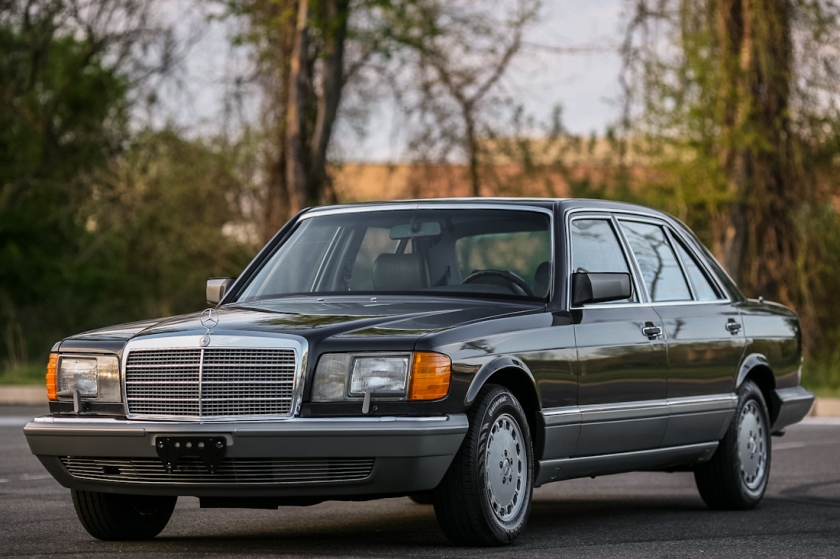 1987 Mercedes Benz 300SDL
1987 Mercedes Benz 300SDL  Mercedes Benz
Mercedes Benz 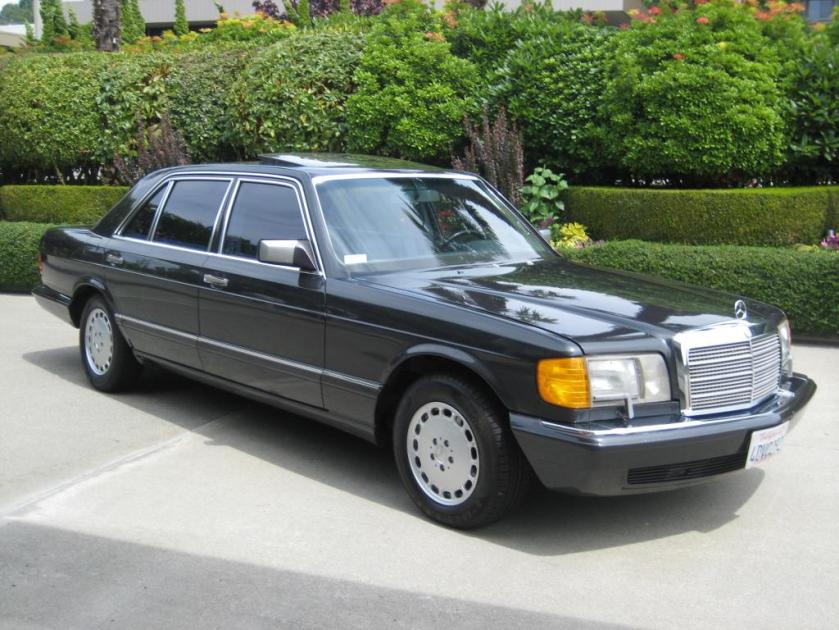 1990 Mercedes Benz
1990 Mercedes Benz 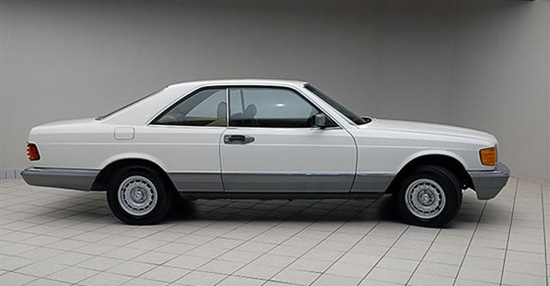 1985 Mercedes Benz
1985 Mercedes Benz 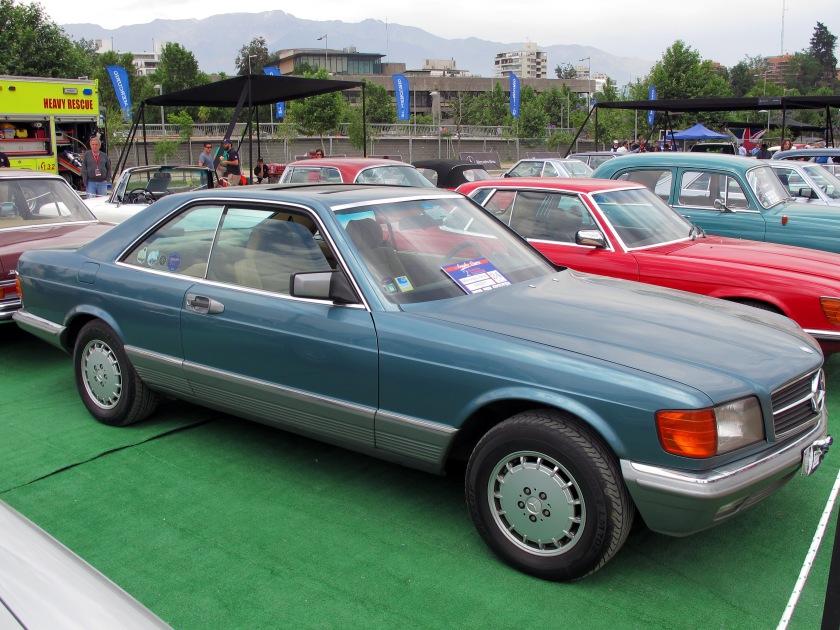 1985 Mercedes Benz
1985 Mercedes Benz 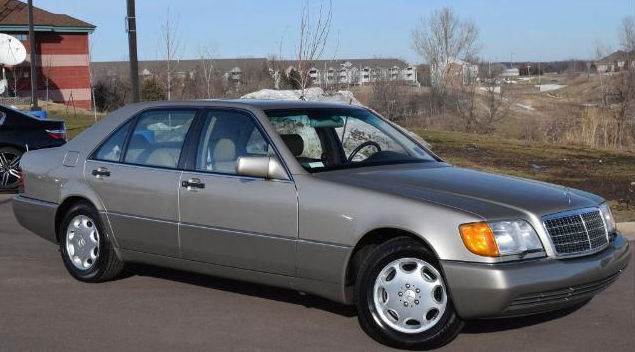 1992 Mercedes Benz
1992 Mercedes Benz 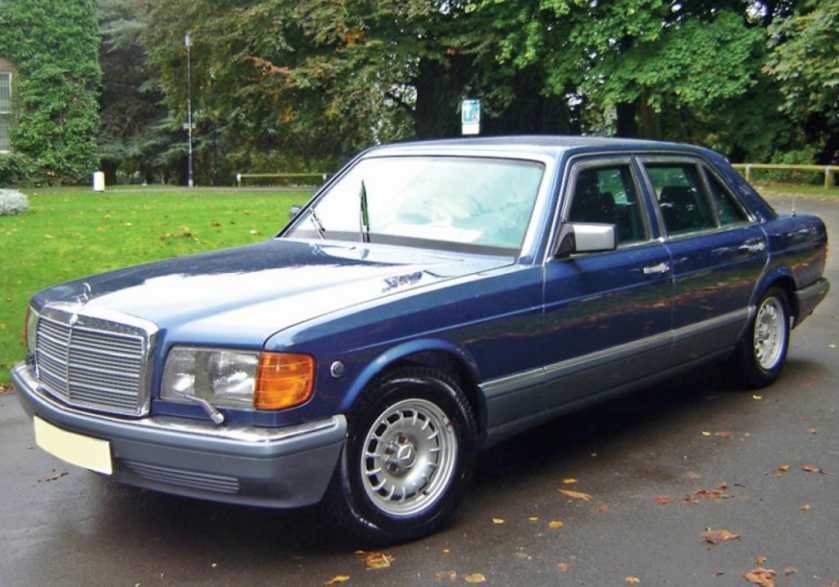 1986 Mercedes Benz
1986 Mercedes Benz 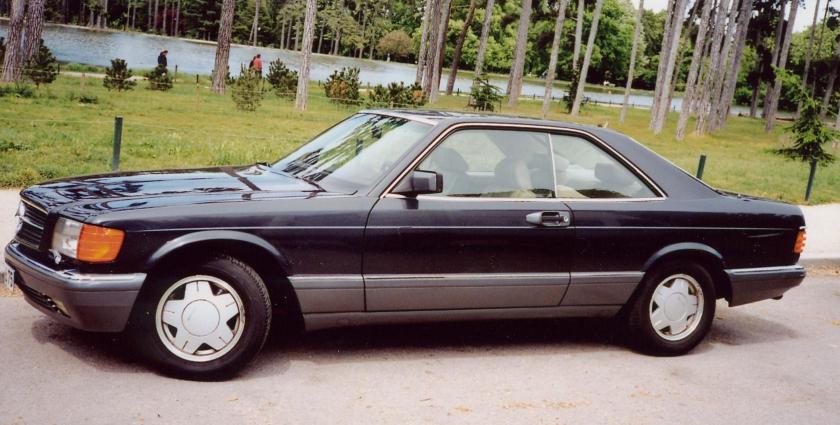 Mercedes Benz
Mercedes Benz 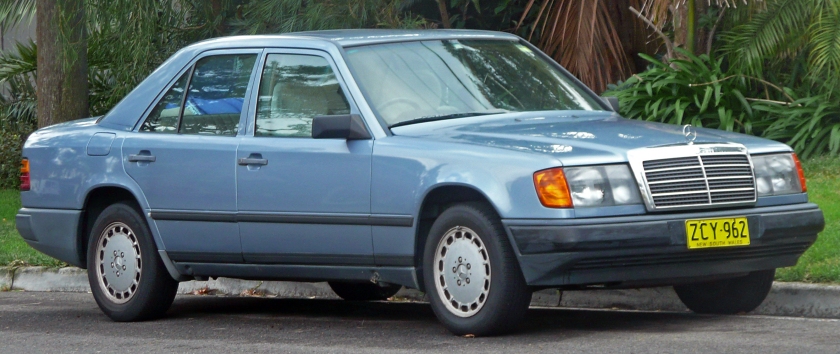 Mercedes Benz
Mercedes Benz 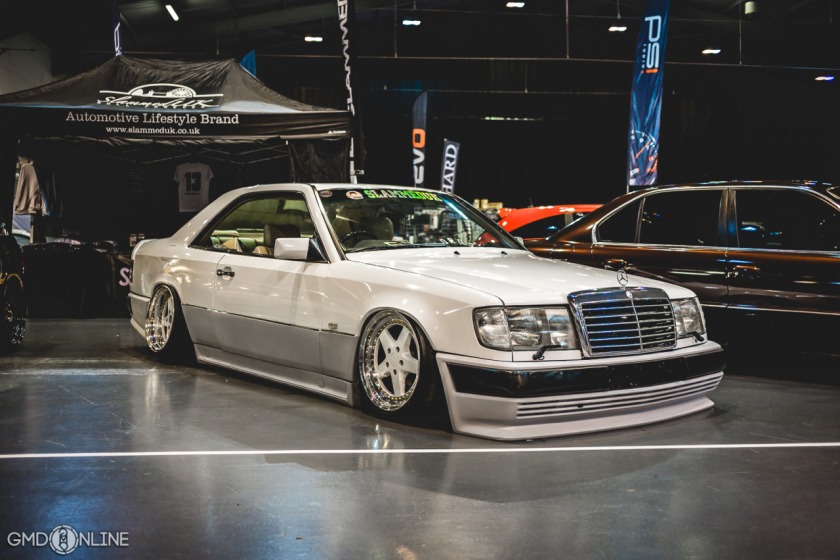 Mercedes Benz 300CE
Mercedes Benz 300CE 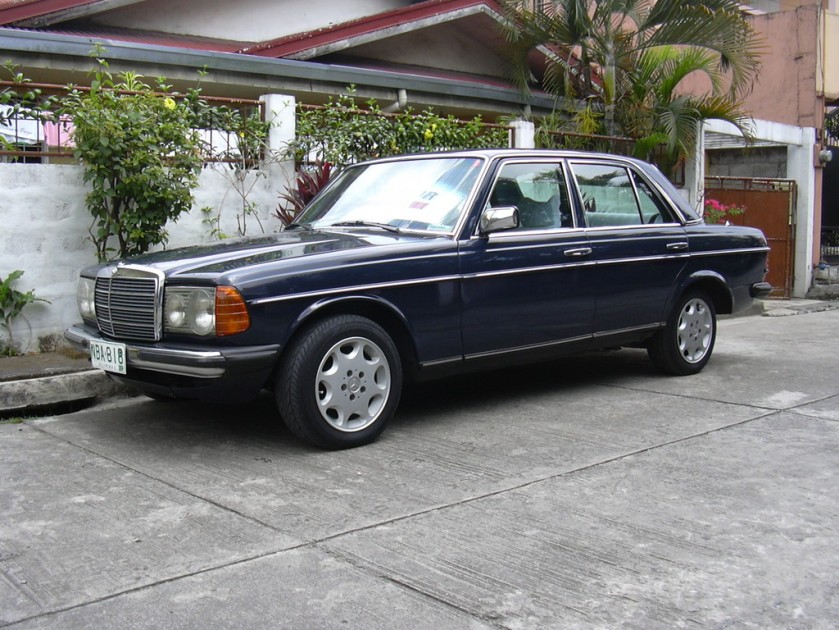
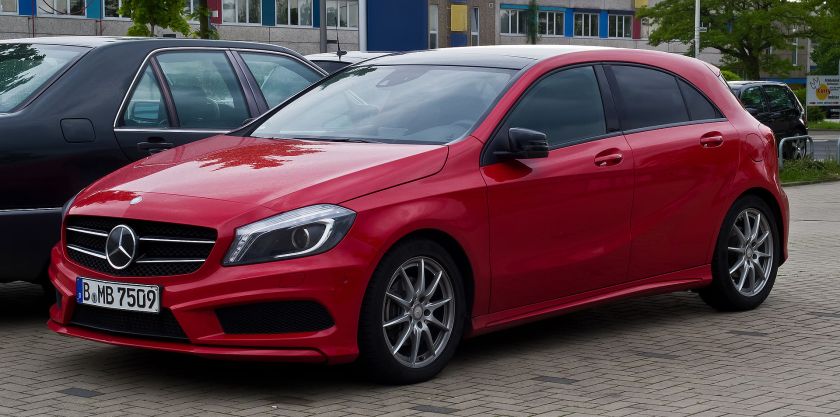
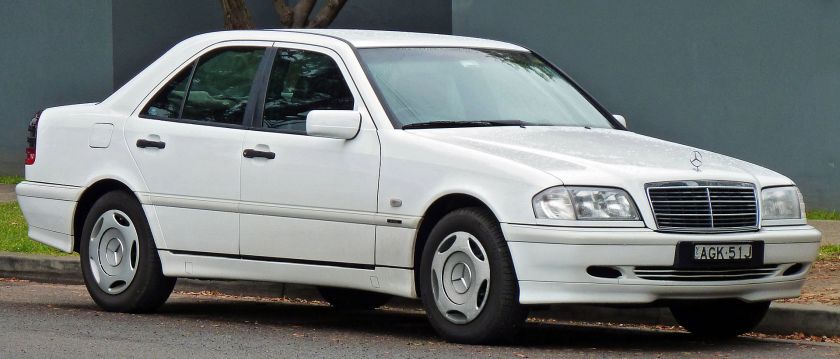
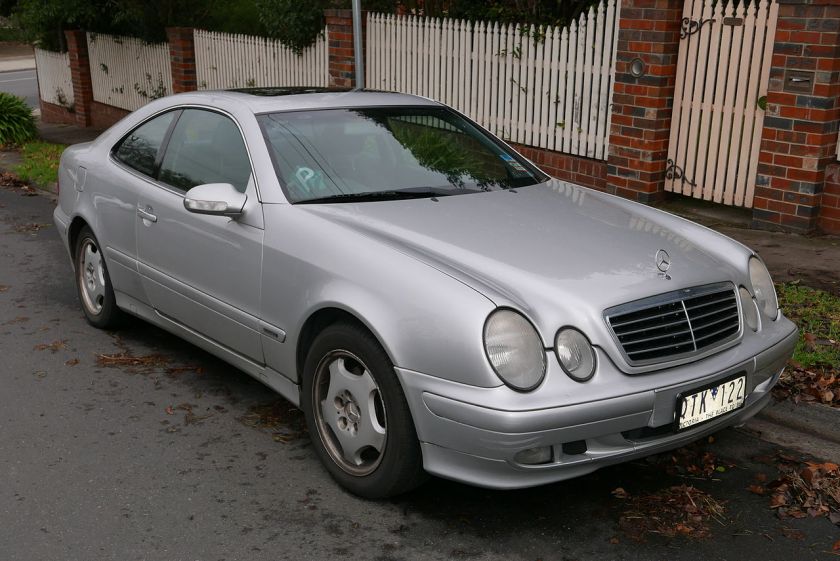
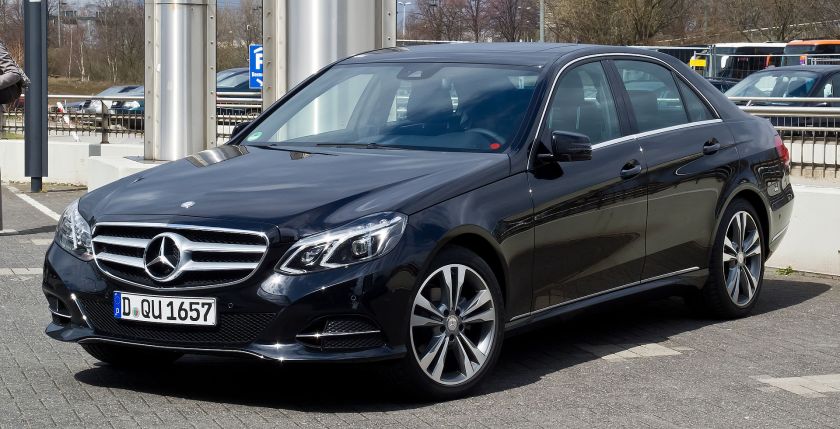
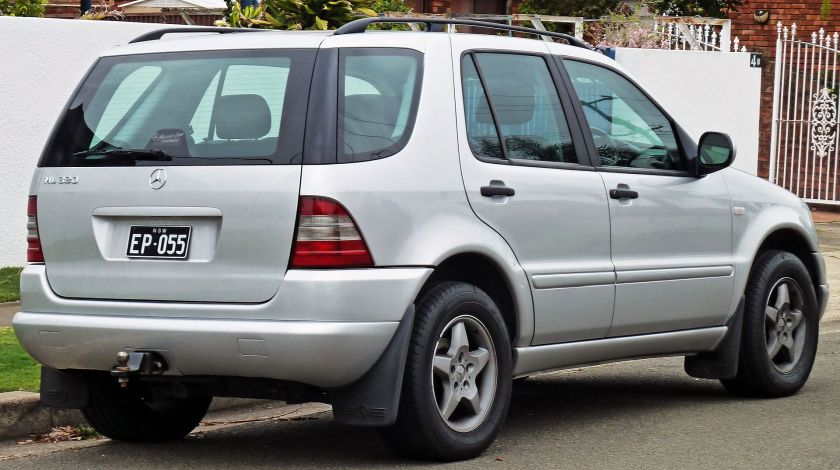
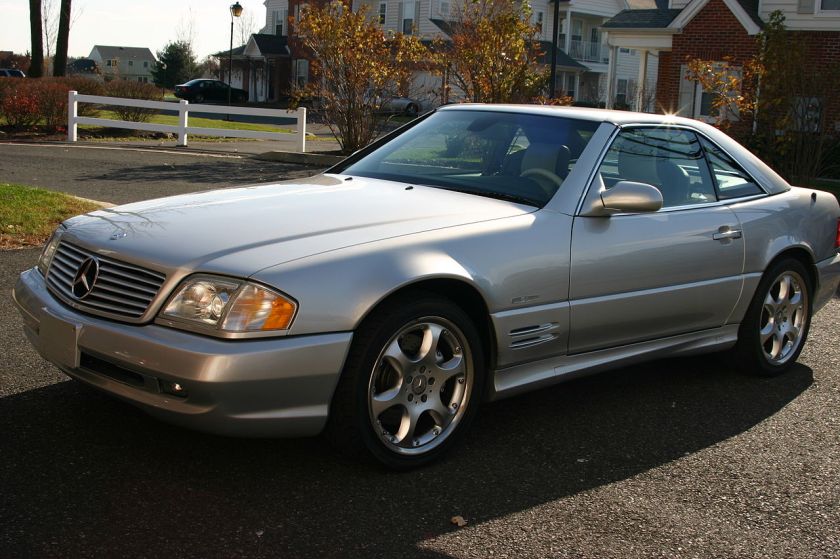
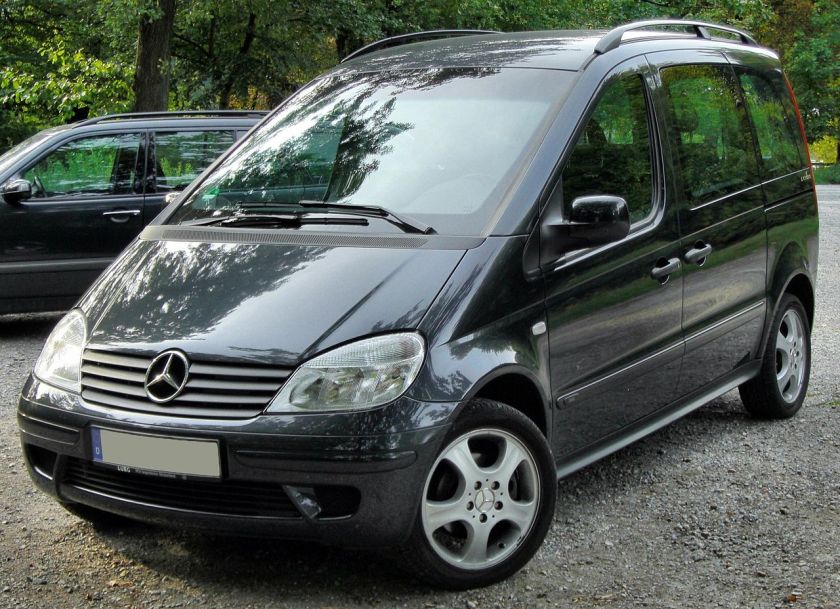
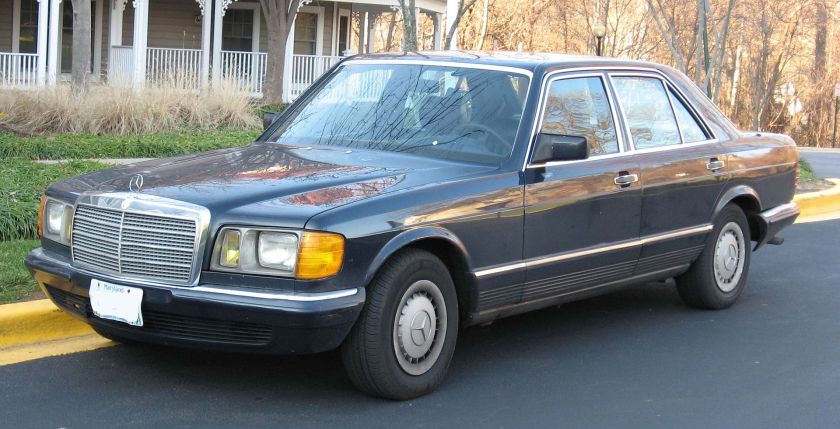

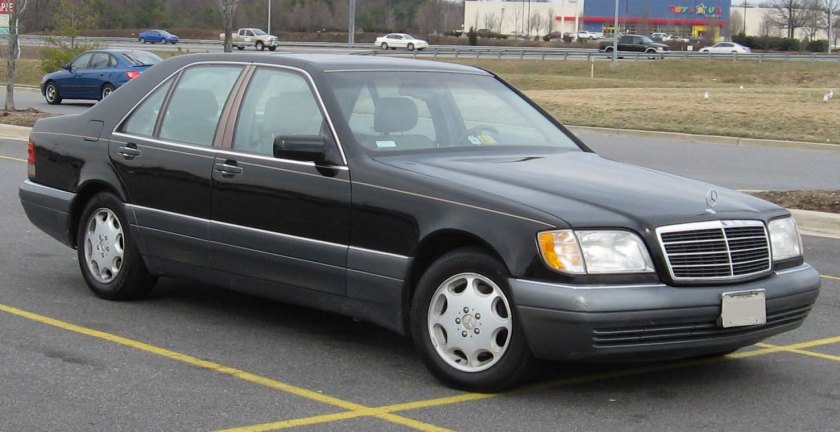
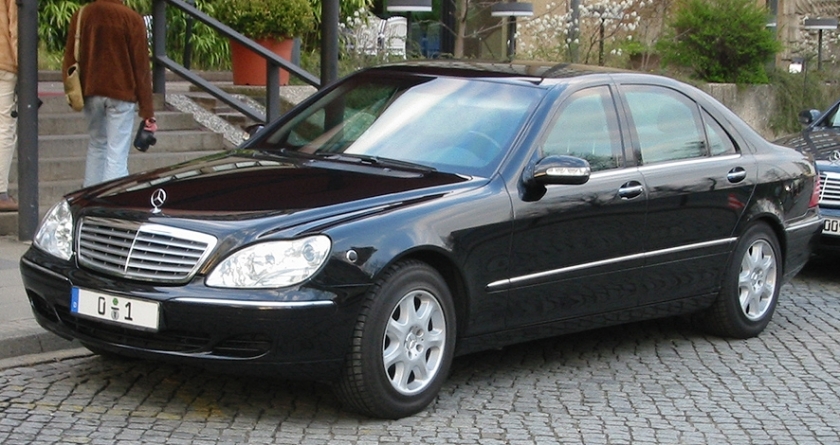
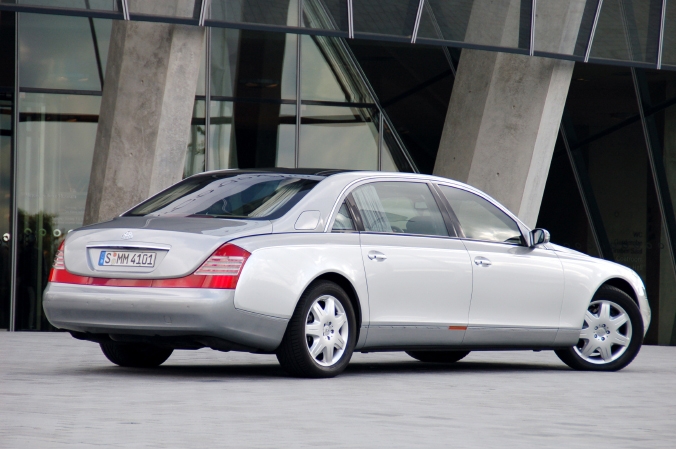
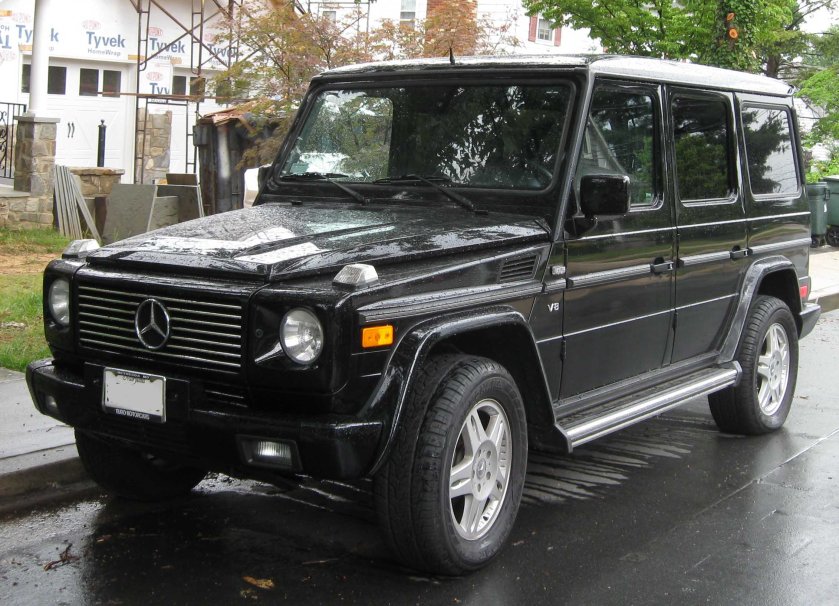
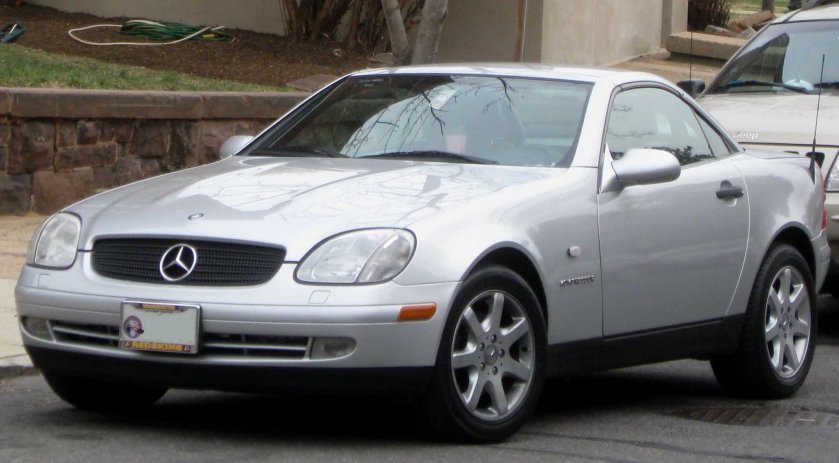

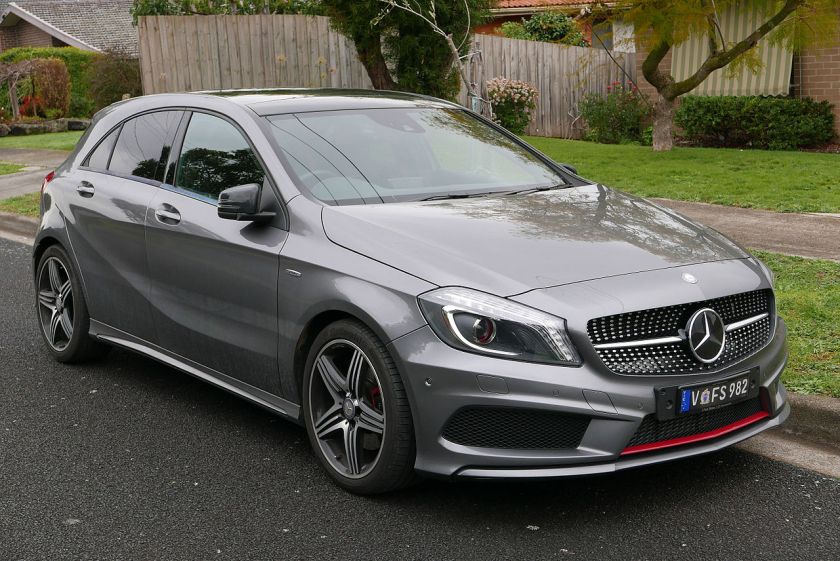
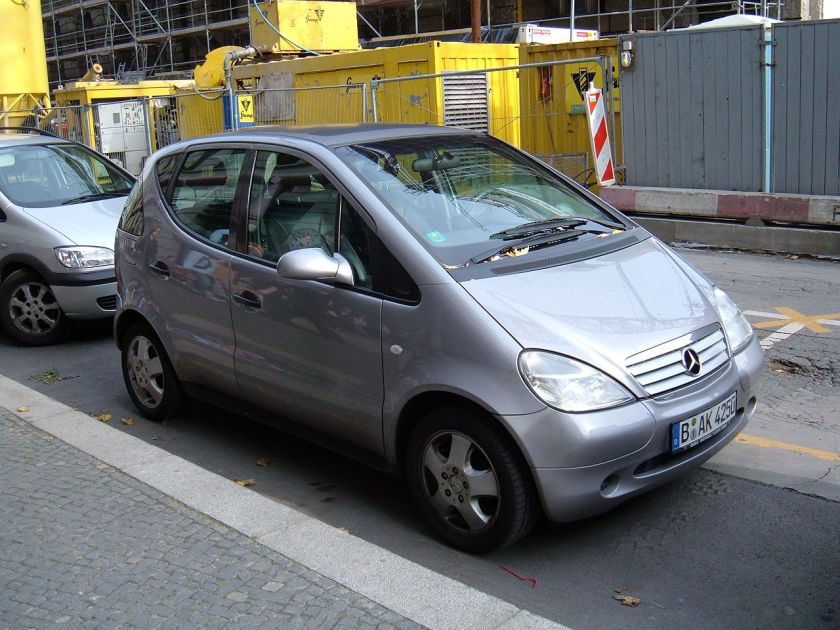
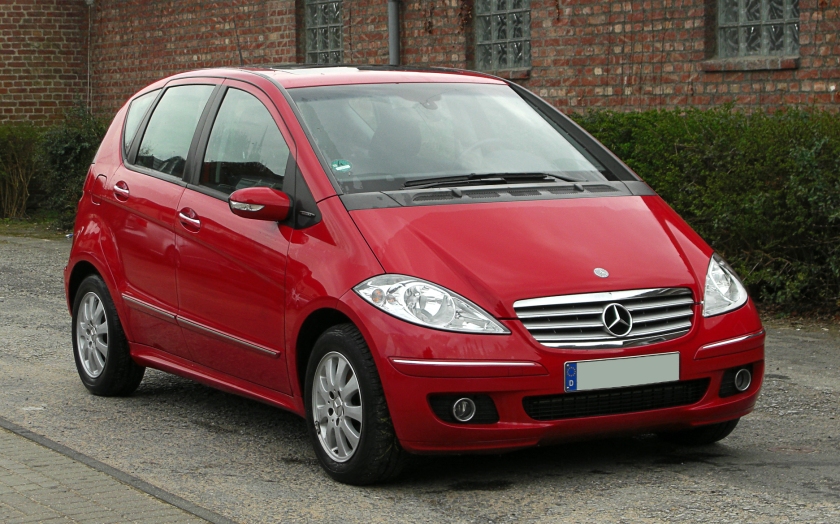
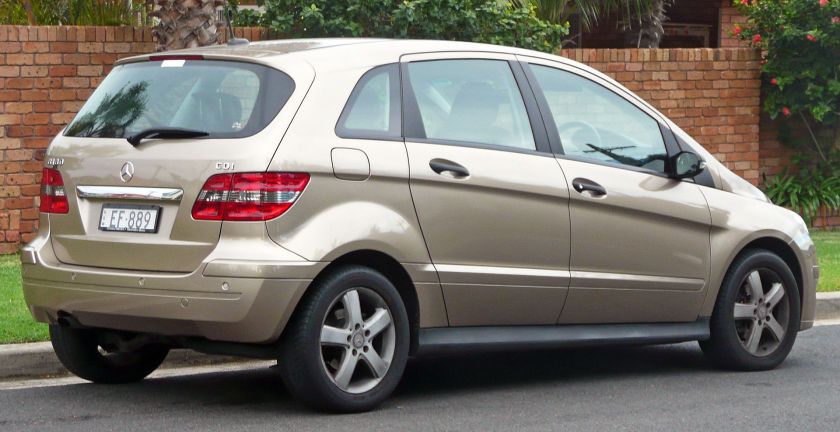
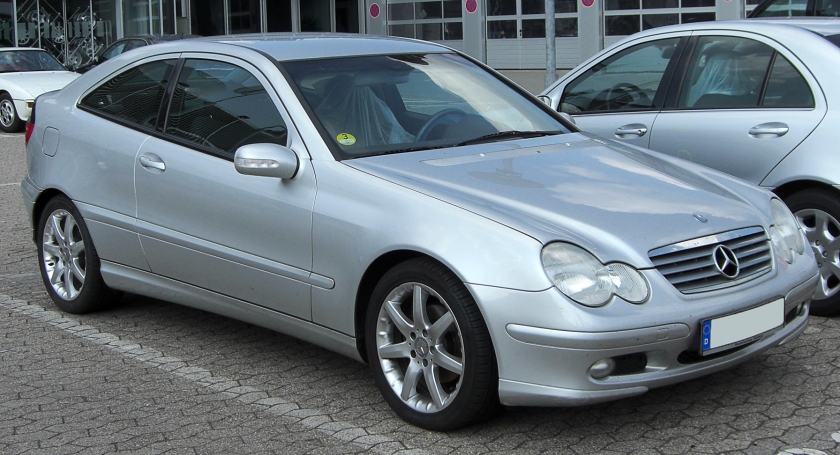
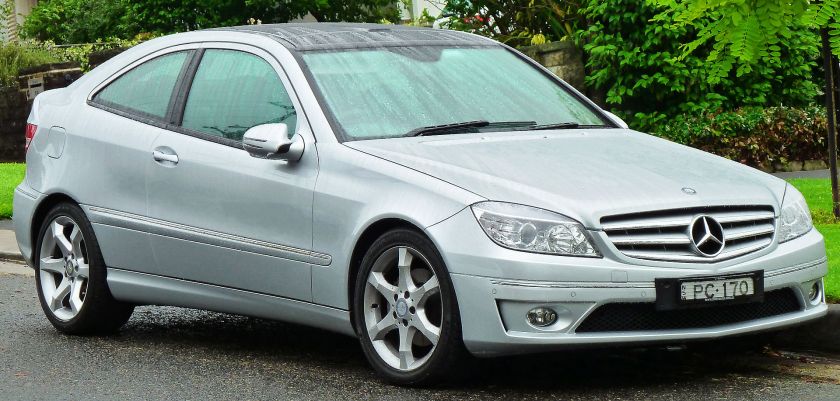

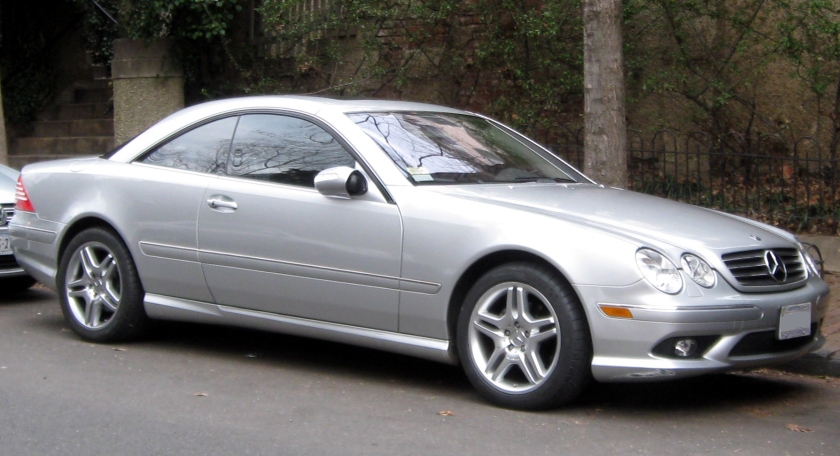
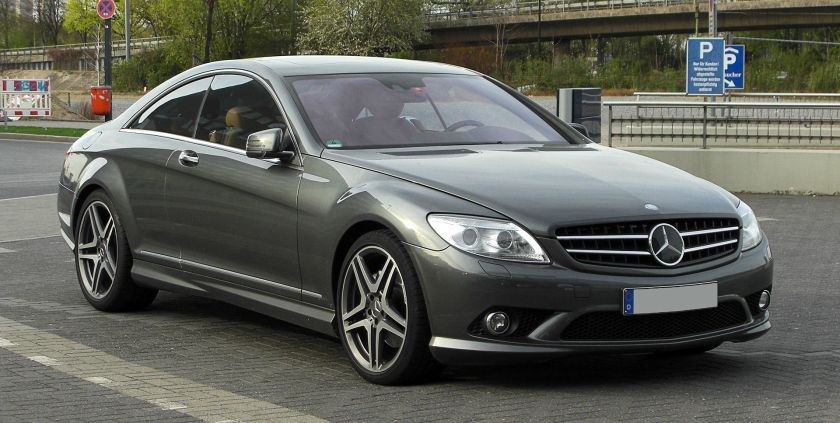
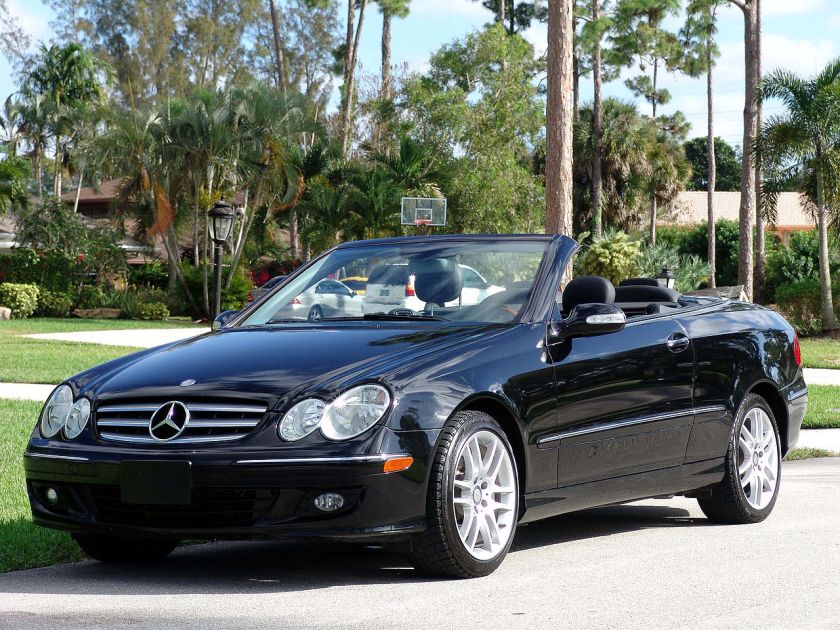
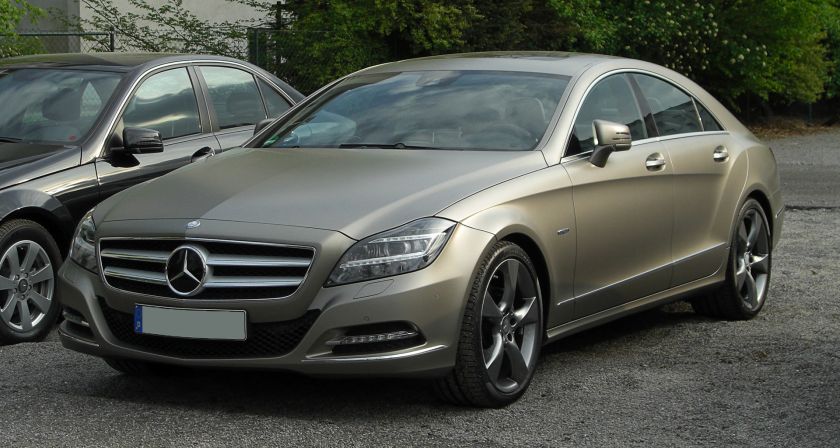
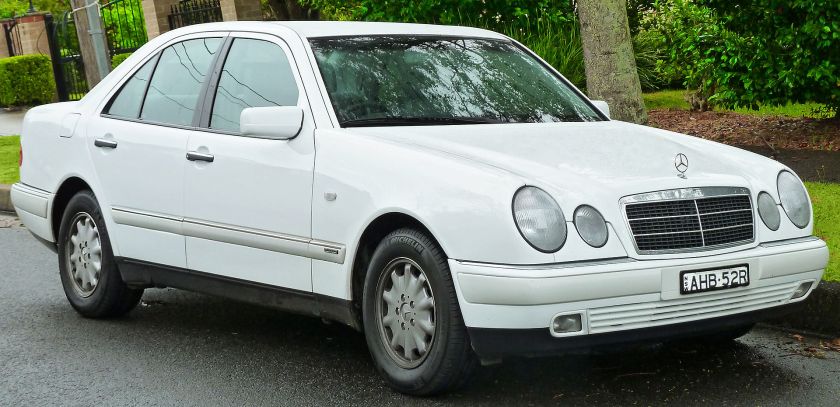
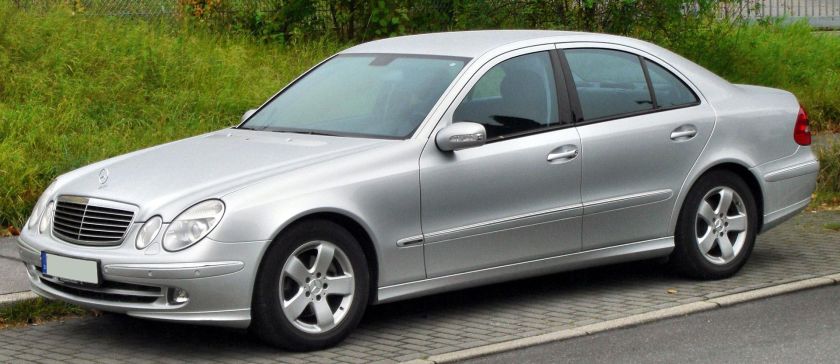
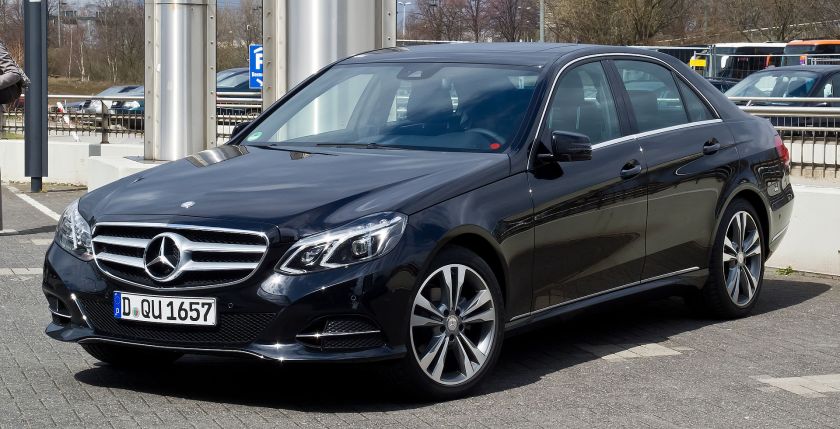
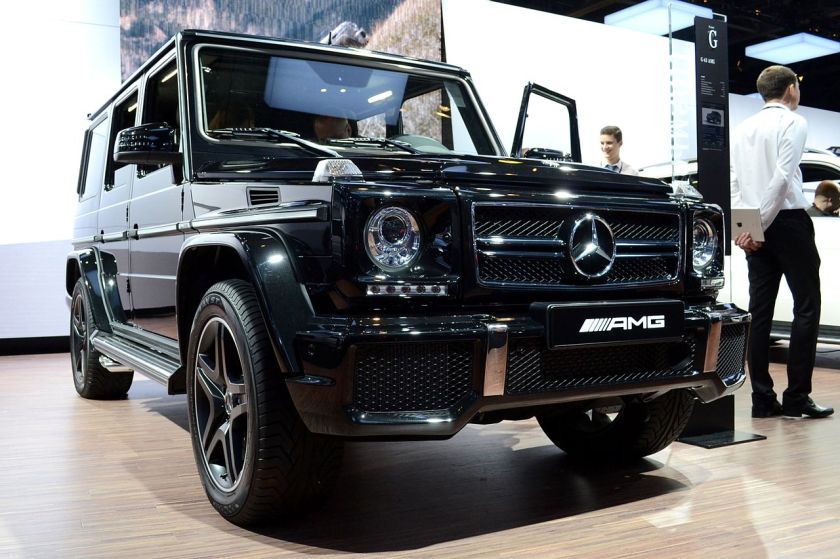
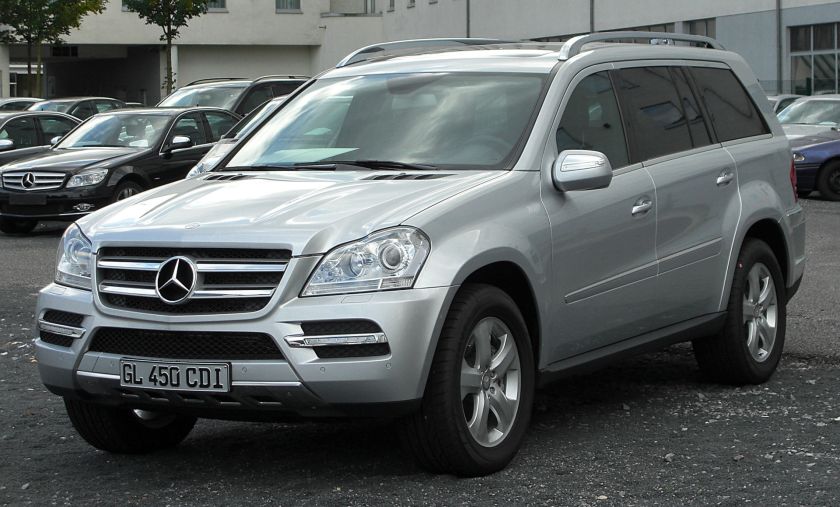
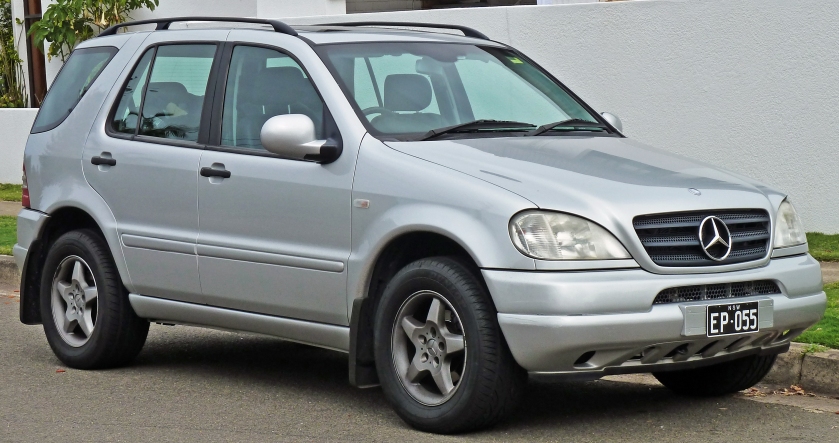
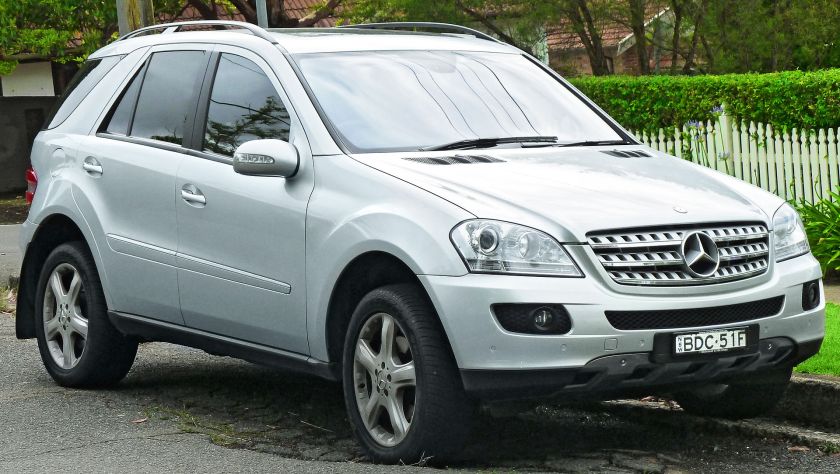
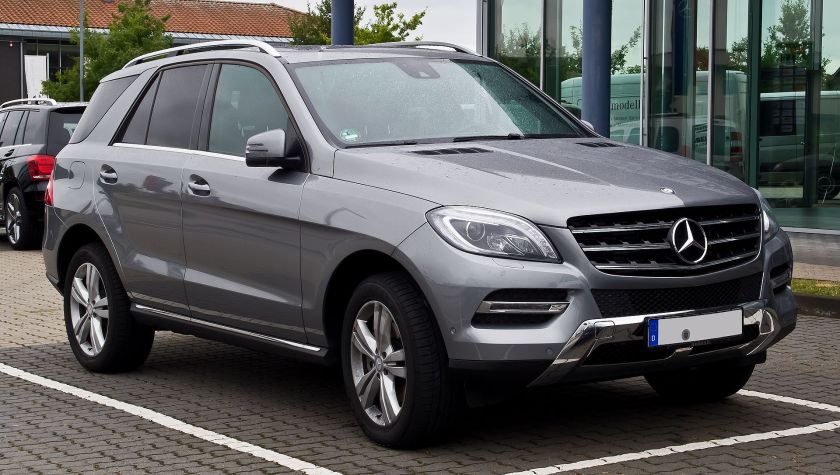
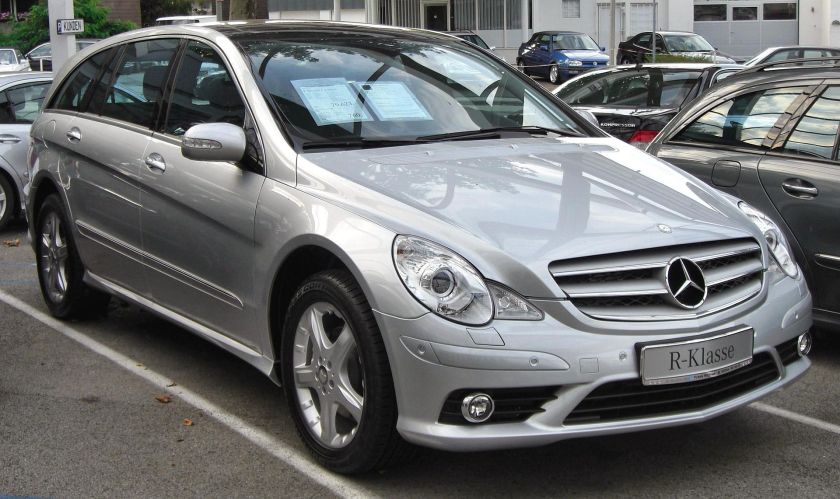
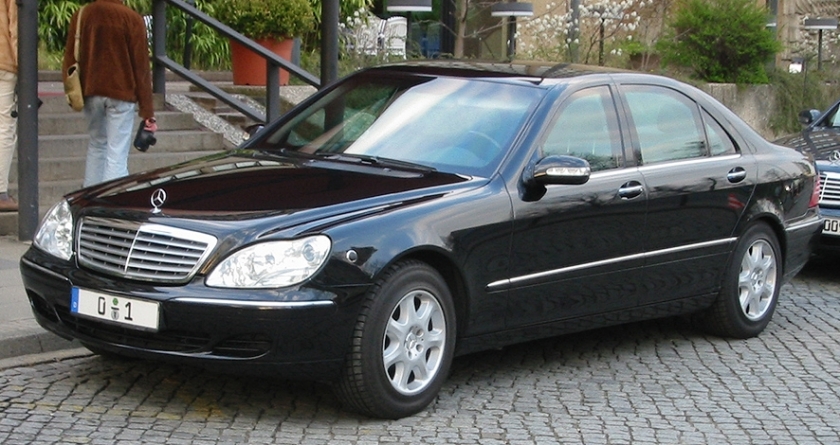
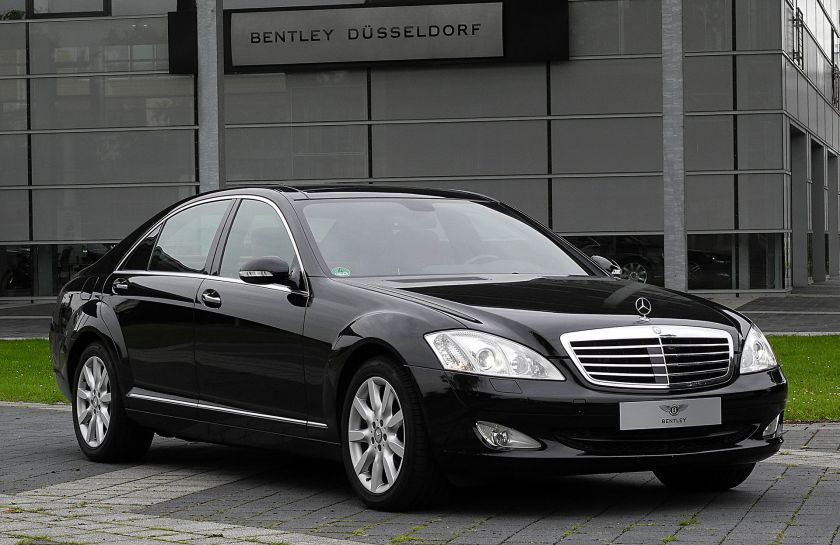
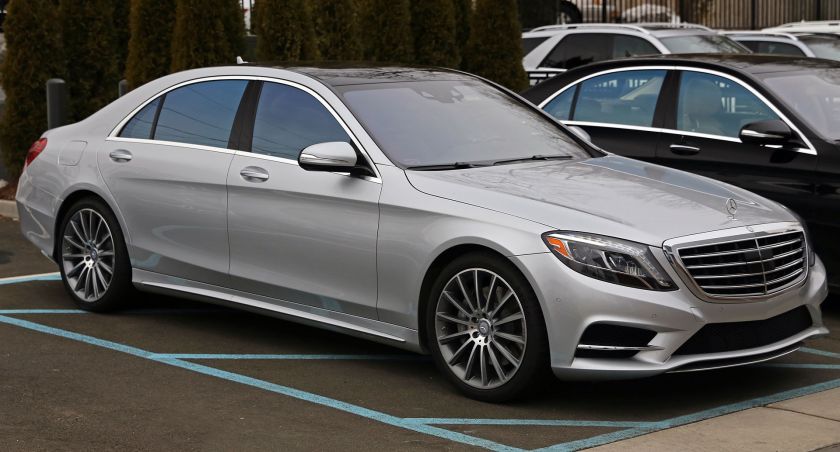
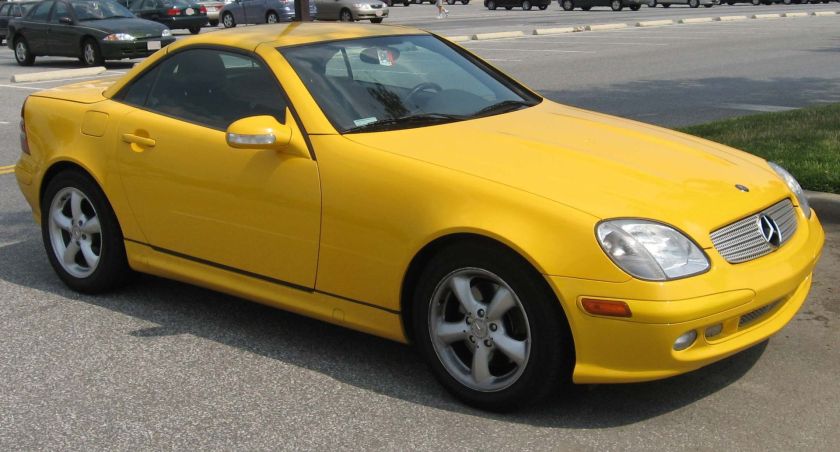
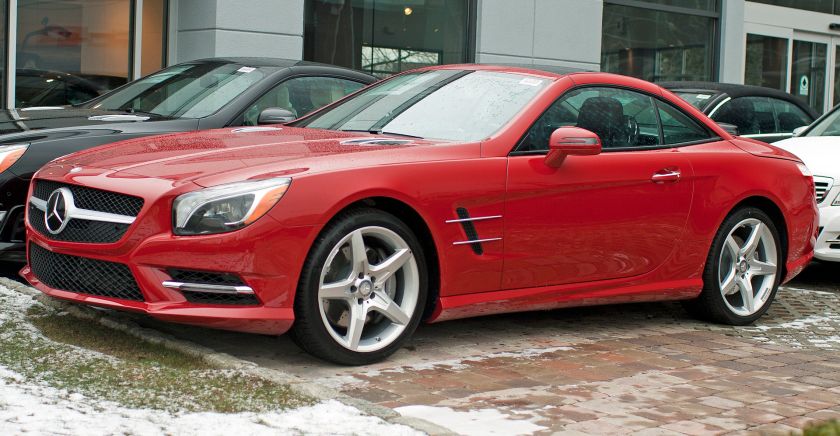 2013 Mercedes Benz SL 550 vf 7-spd automatic.jpg Mercedes-Benz
2013 Mercedes Benz SL 550 vf 7-spd automatic.jpg Mercedes-Benz 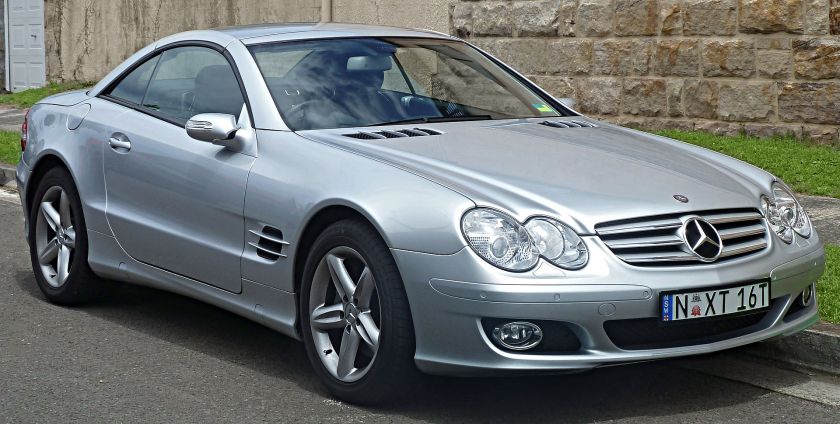 2006-08 Mercedes Benz SL 350 (R230) roadster 5th gen.jpg
2006-08 Mercedes Benz SL 350 (R230) roadster 5th gen.jpg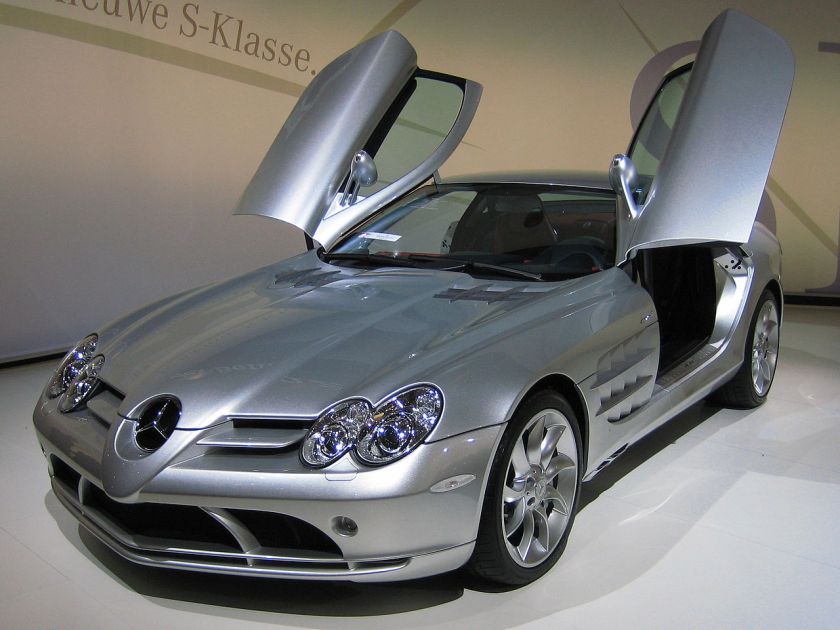 2006 Mercedes-Benz
2006 Mercedes-Benz 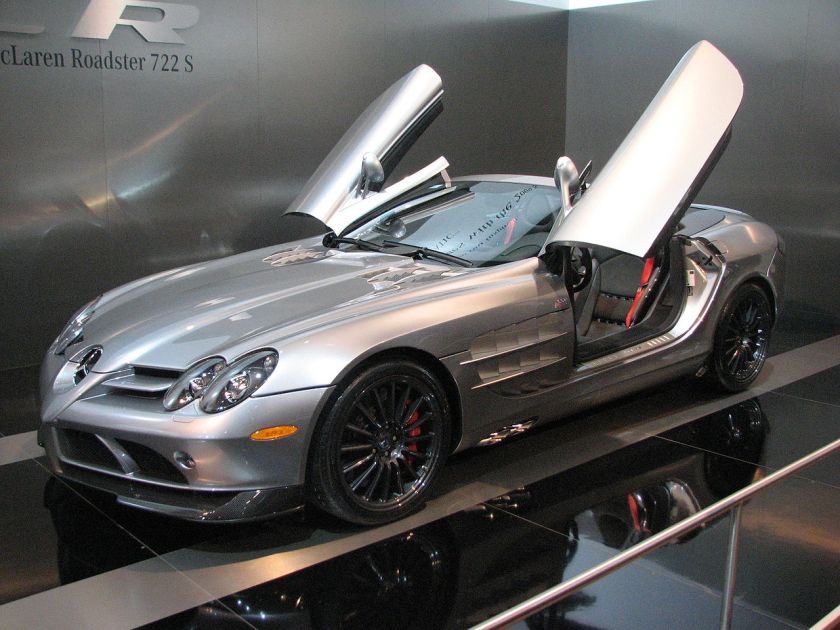
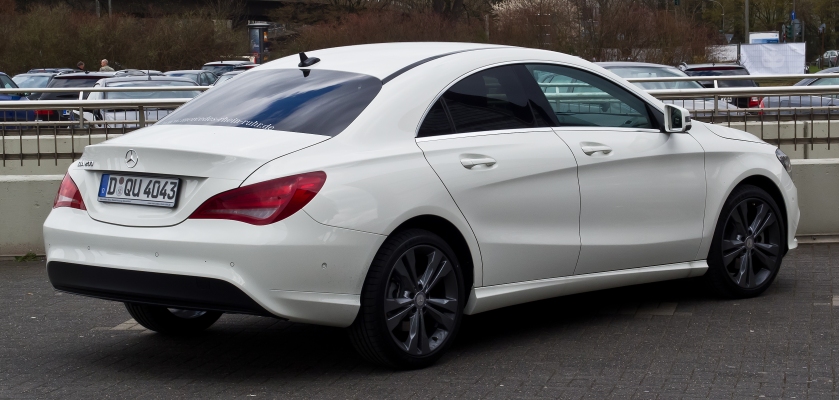
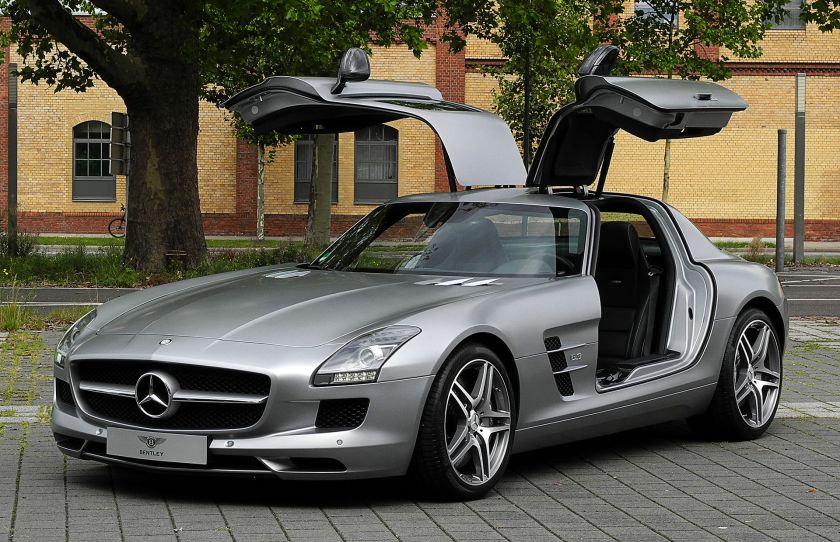 2011 Mercedes Benz SLS AMG C 197 2010-2013
2011 Mercedes Benz SLS AMG C 197 2010-2013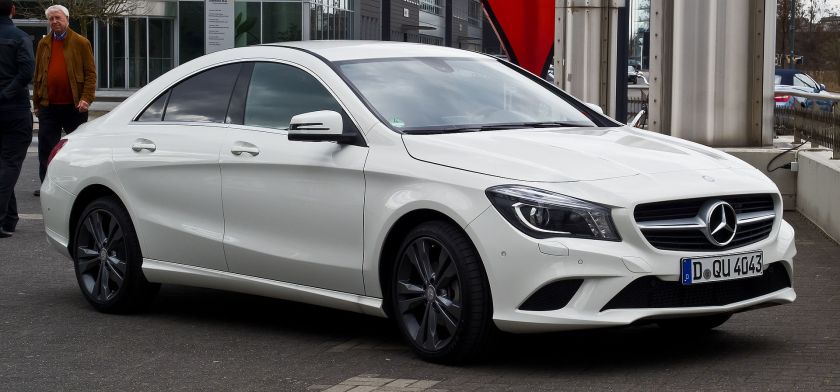 2013 Mercedes-Benz CLA 200-Class C 117 2010-2013
2013 Mercedes-Benz CLA 200-Class C 117 2010-2013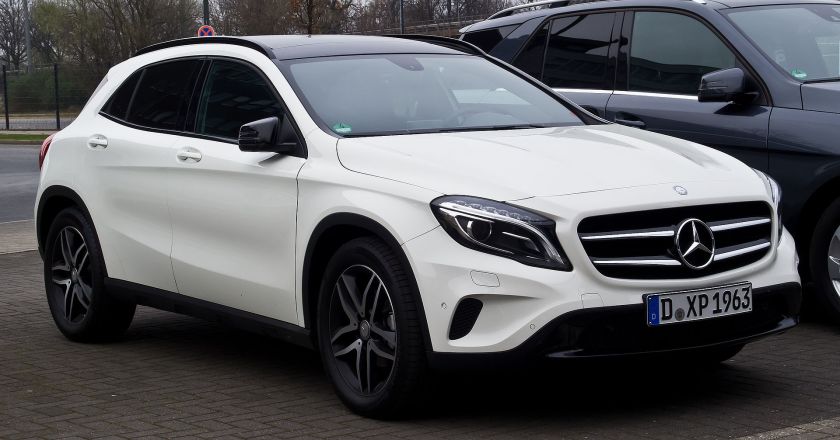 2014 Mercedes Benz GLA 200 CDI Urban (X 156)
2014 Mercedes Benz GLA 200 CDI Urban (X 156)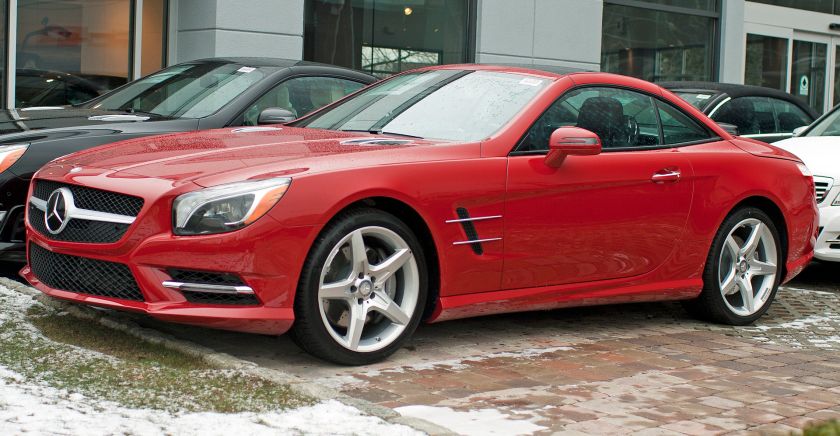 2013 Mercedes Benz SL 550 R231 vf 7spd-automatic R231.jpg
2013 Mercedes Benz SL 550 R231 vf 7spd-automatic R231.jpg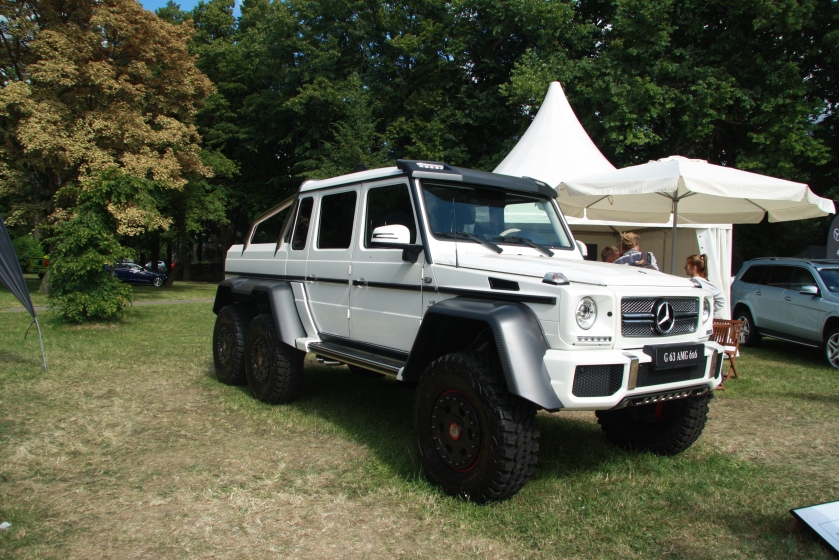
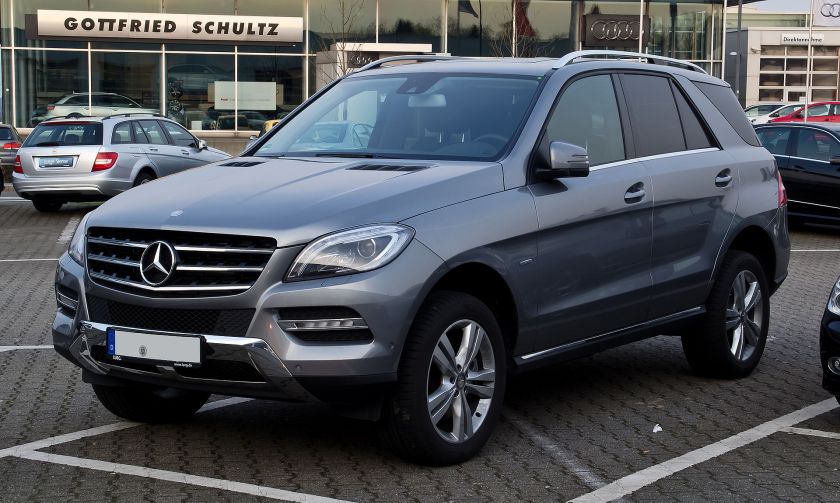
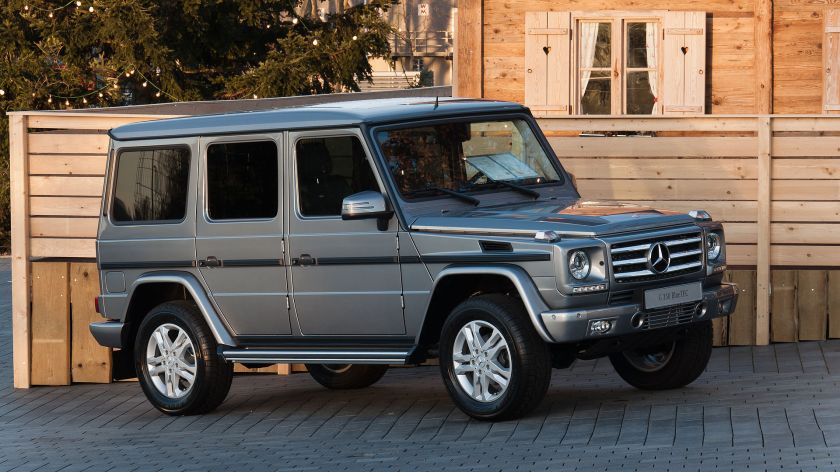
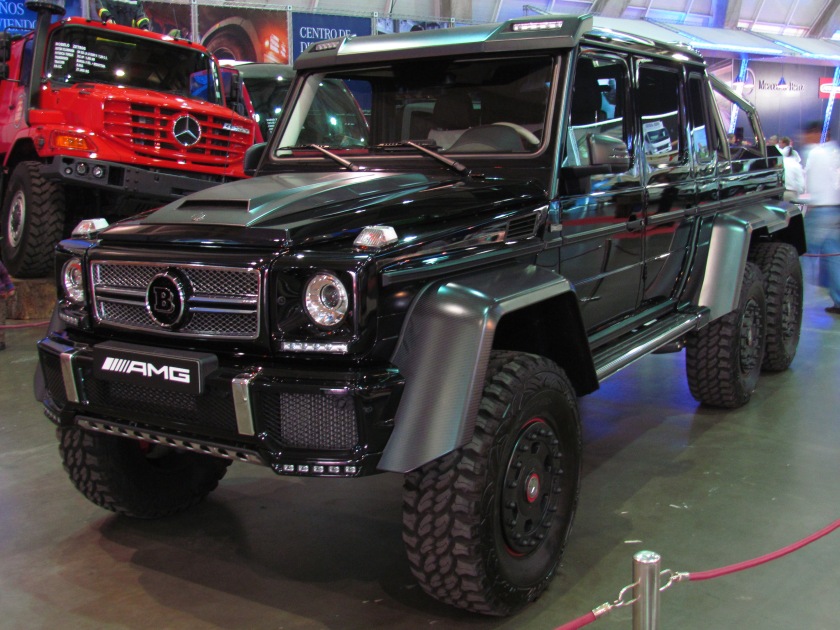
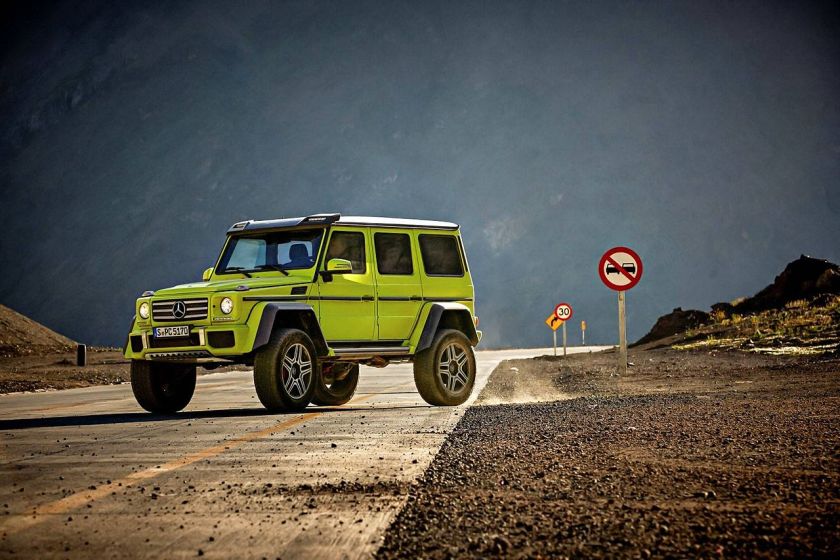
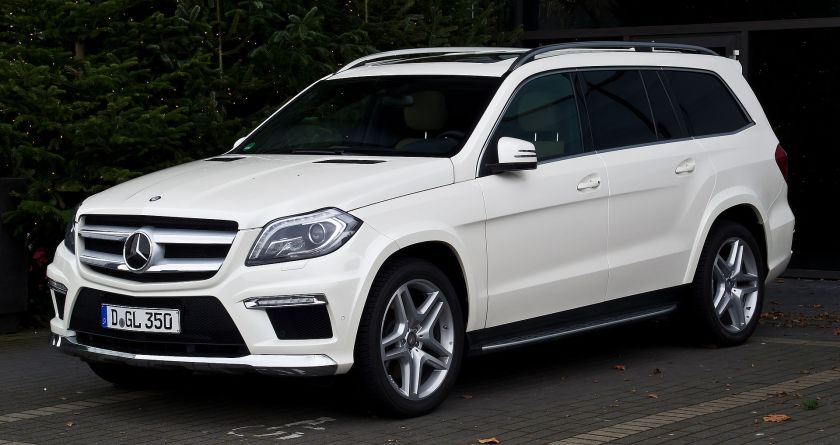 2012 Mercedes Benz GL 350 BlueTEC 4MATIC Sport-Paket AMG (X 166)
2012 Mercedes Benz GL 350 BlueTEC 4MATIC Sport-Paket AMG (X 166) 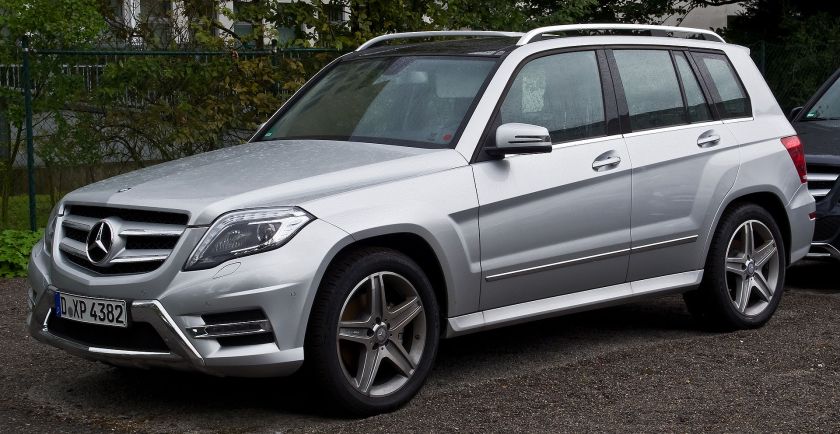 2014 Mercedes Benz GLK 220 CDI 4MATIC Sport-Paket AMG (X 204, Facelift)
2014 Mercedes Benz GLK 220 CDI 4MATIC Sport-Paket AMG (X 204, Facelift) 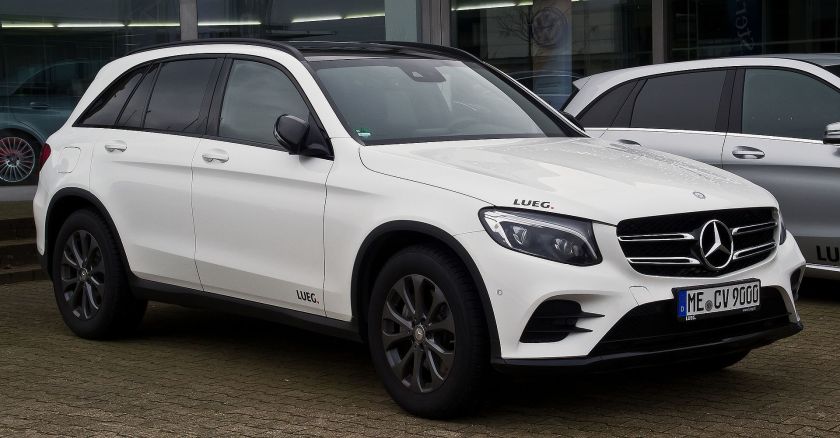 2016 Mercedes Benz GLC 220 d 4MATIC AMG Line (X 253)
2016 Mercedes Benz GLC 220 d 4MATIC AMG Line (X 253) 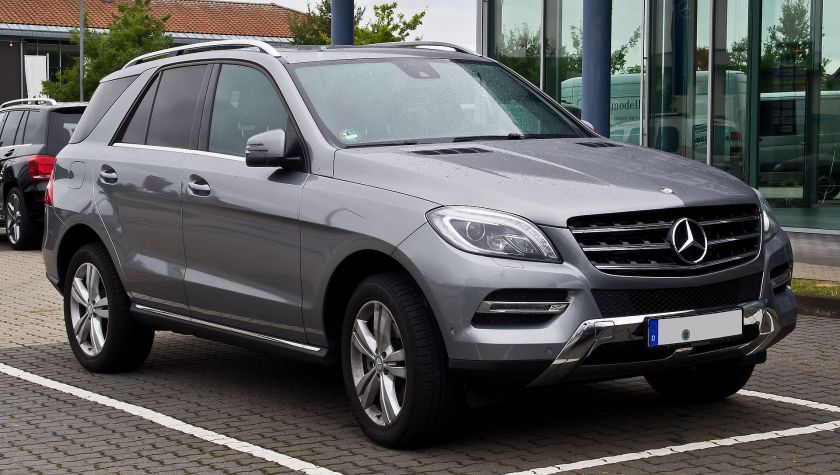 2013 Mercedes-Benz GLE ML 350 BlueTEC 4MATIC (W 166)
2013 Mercedes-Benz GLE ML 350 BlueTEC 4MATIC (W 166) 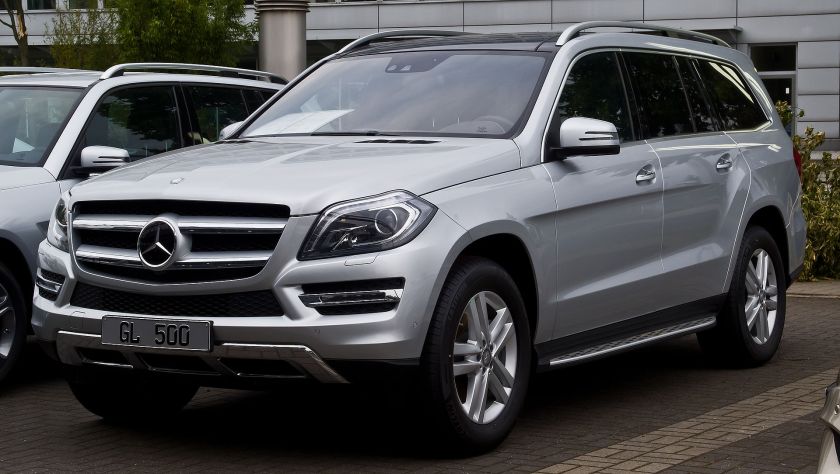 2014 Mercedes Benz GL 500 4MATIC (X 166)
2014 Mercedes Benz GL 500 4MATIC (X 166) 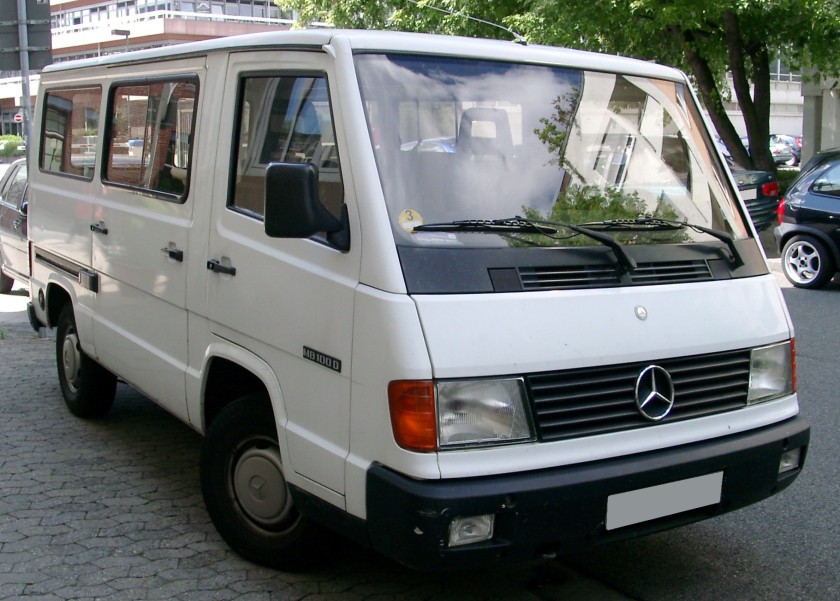
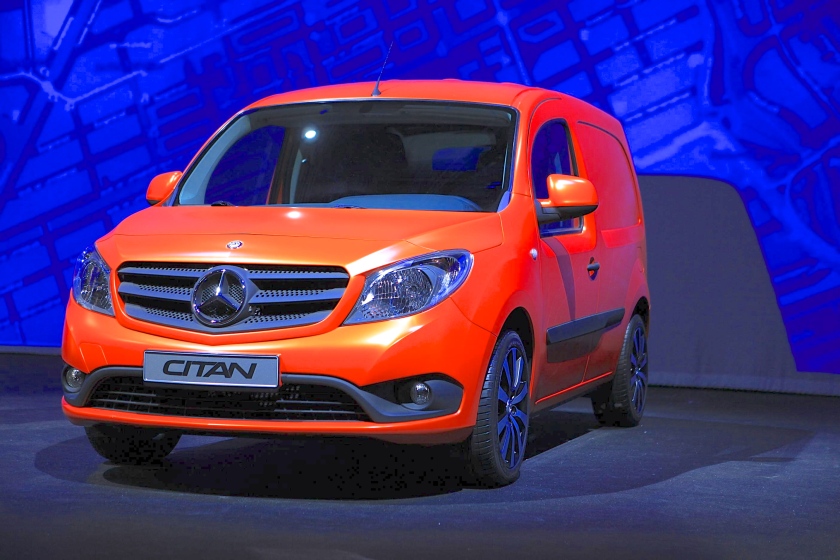
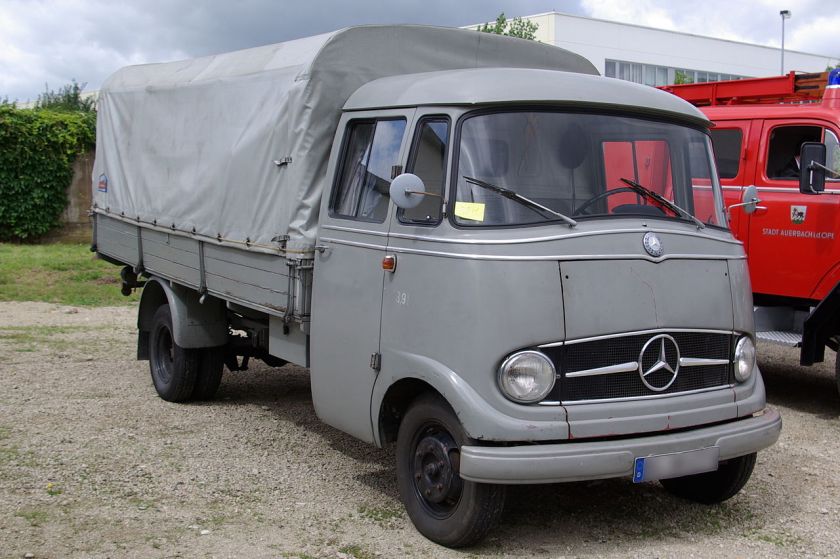
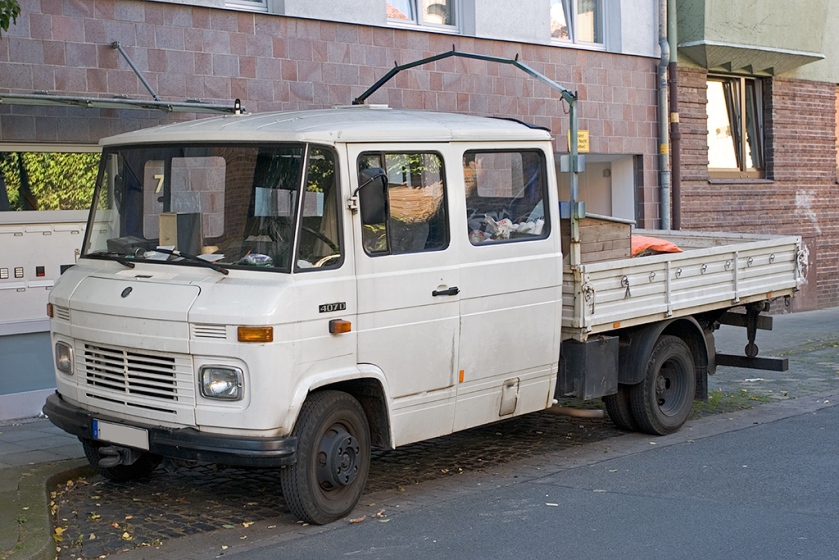
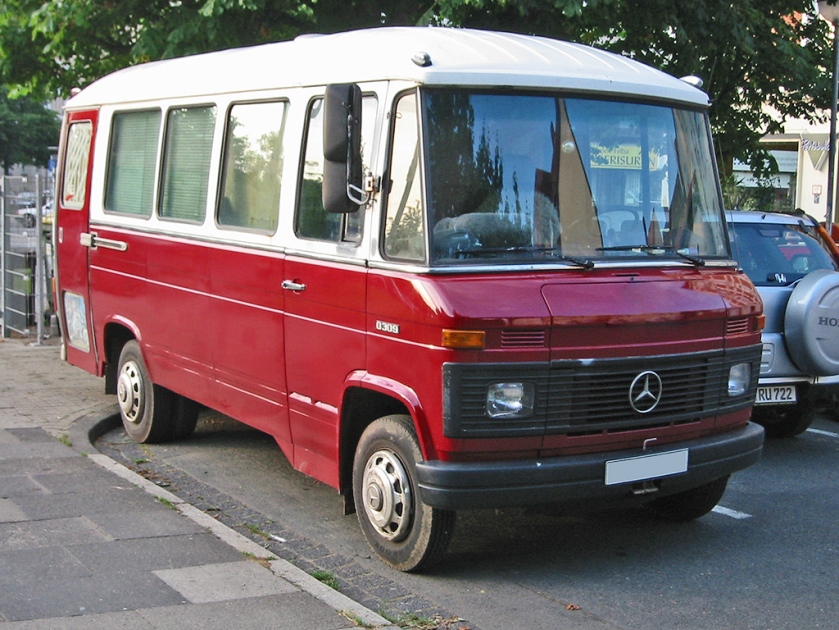
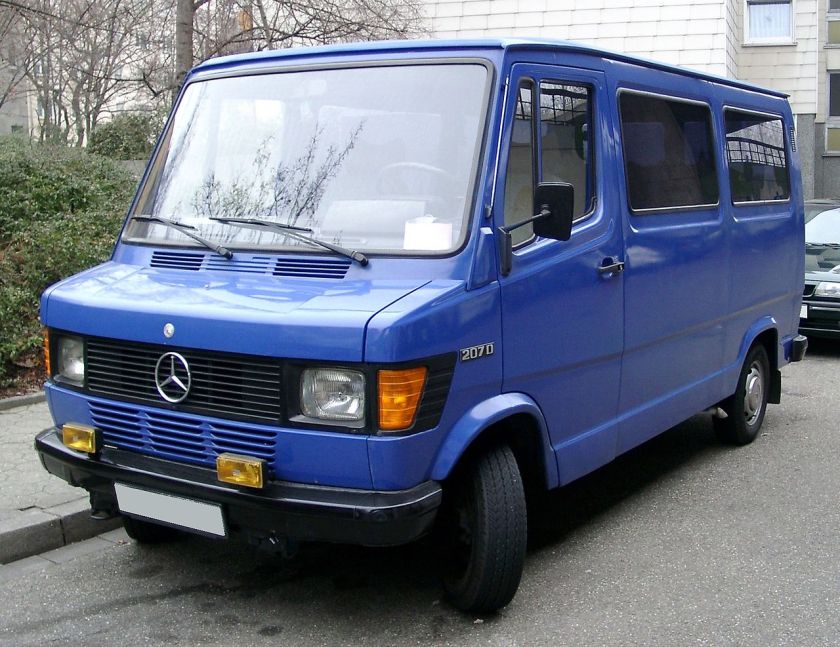
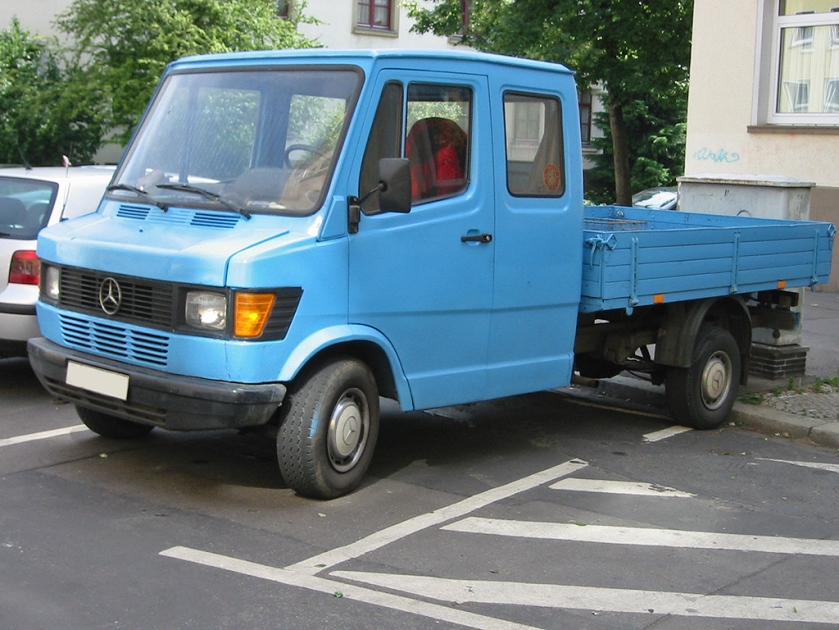 Mercedes Benz T1 Transporter
Mercedes Benz T1 Transporter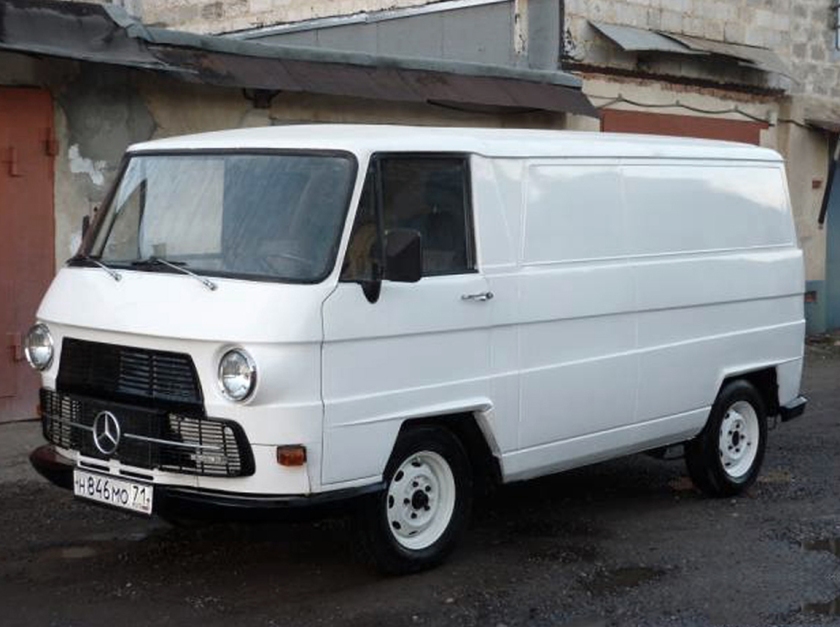 1975 Mercedes Benz N1300 first DKW F1000 L with 3 cyl 981cc 2 stroke DKW engine later with MB1300 Diesel
1975 Mercedes Benz N1300 first DKW F1000 L with 3 cyl 981cc 2 stroke DKW engine later with MB1300 Diesel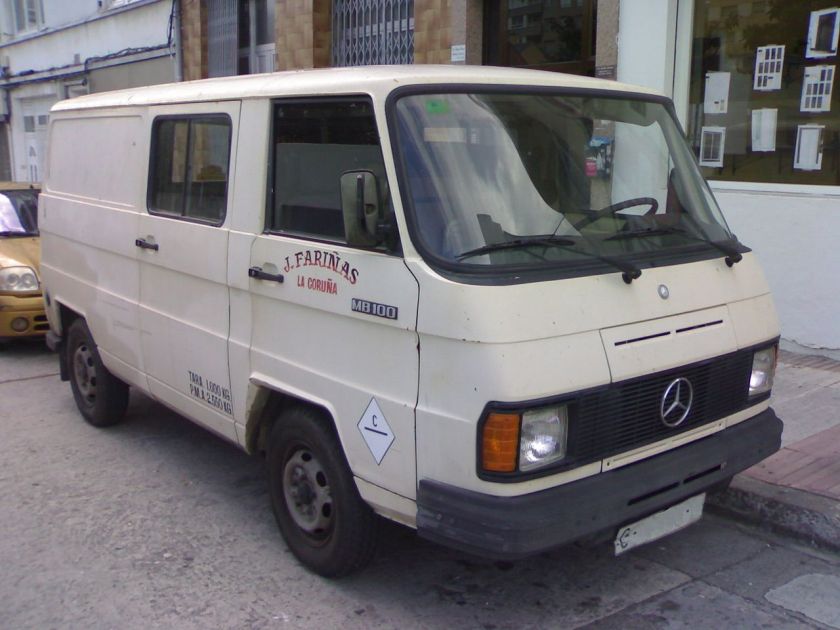 1981-87 Mercedes-Benz MB 100 spanish generación
1981-87 Mercedes-Benz MB 100 spanish generación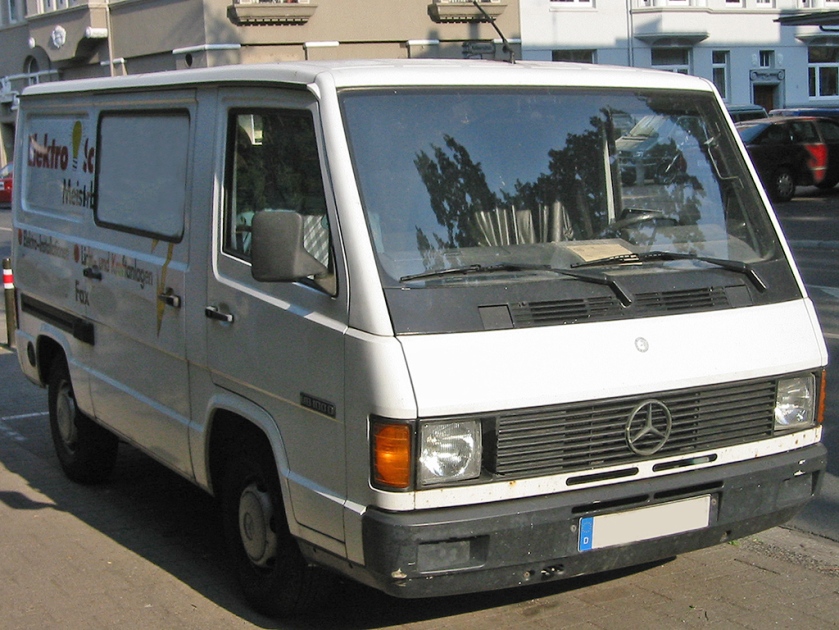 1988-95 Mercedes Benz MB 100 ca. 207.000 Stück
1988-95 Mercedes Benz MB 100 ca. 207.000 Stück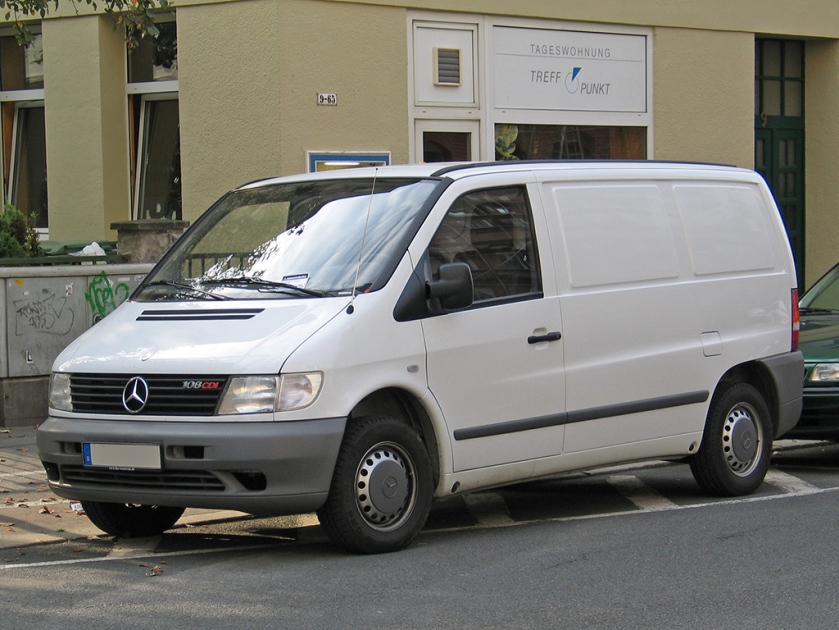 1996-03 First Mercedes Benz Vito W638 Vclass 560.000st(
1996-03 First Mercedes Benz Vito W638 Vclass 560.000st(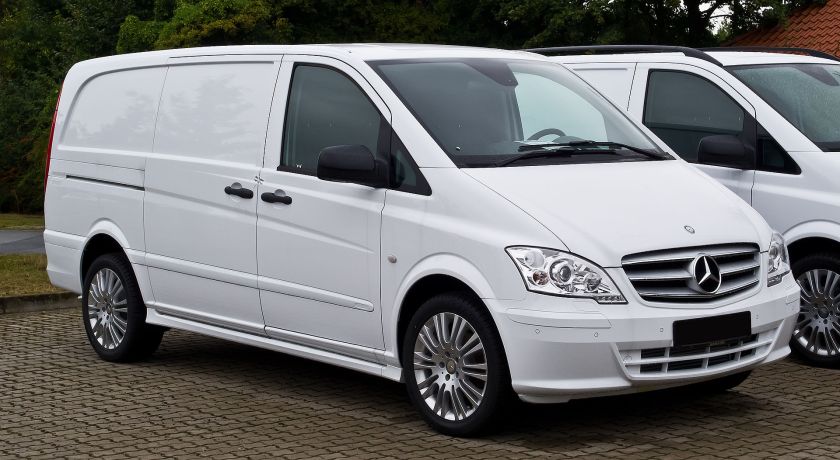 (2013)2003-14 2nd Mercedes Benz Vito(Viano) W/V 639
(2013)2003-14 2nd Mercedes Benz Vito(Viano) W/V 639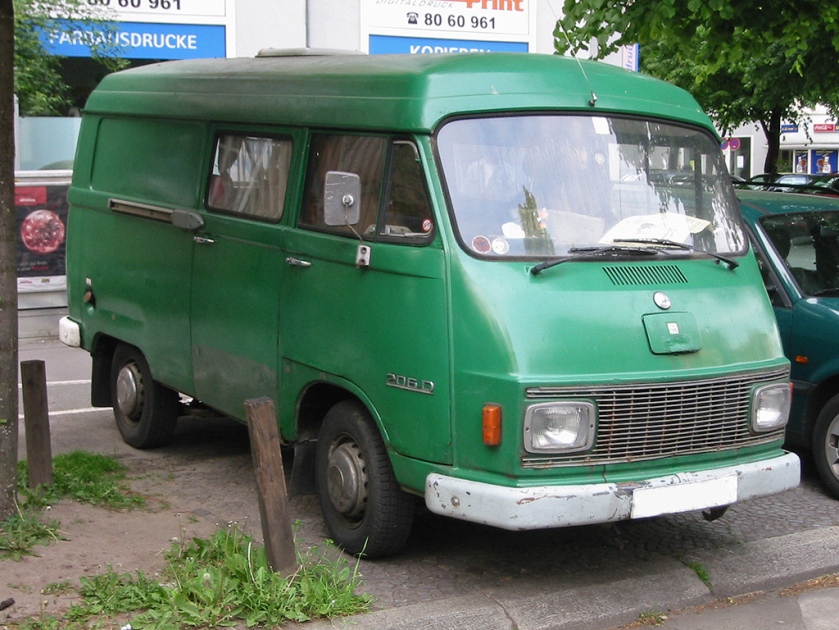 1970-77 Mercedes Benz L206 Harburger Transporter first Hanomag-Henschel 305.000
1970-77 Mercedes Benz L206 Harburger Transporter first Hanomag-Henschel 305.000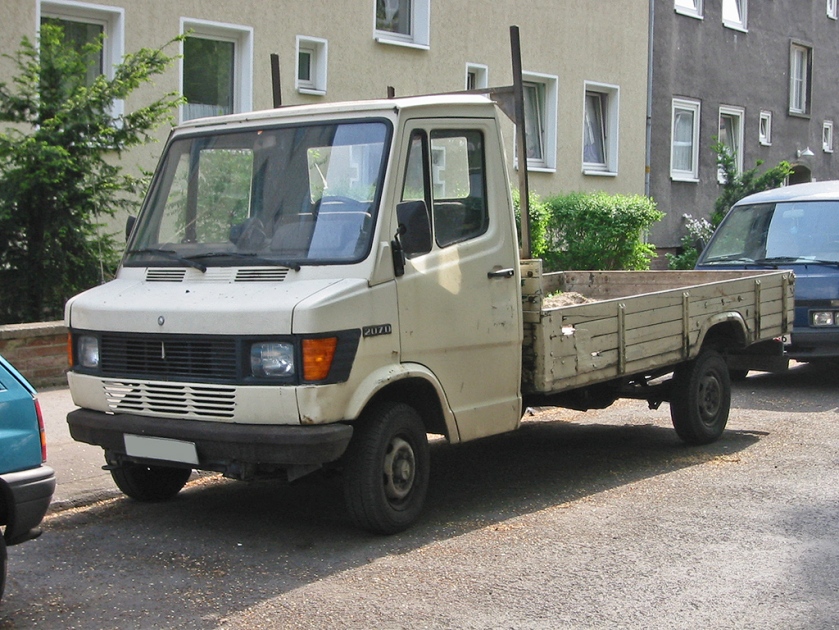 1977-95 Mercedes Benz 207D T1 (601+602 ca. 970.000)
1977-95 Mercedes Benz 207D T1 (601+602 ca. 970.000)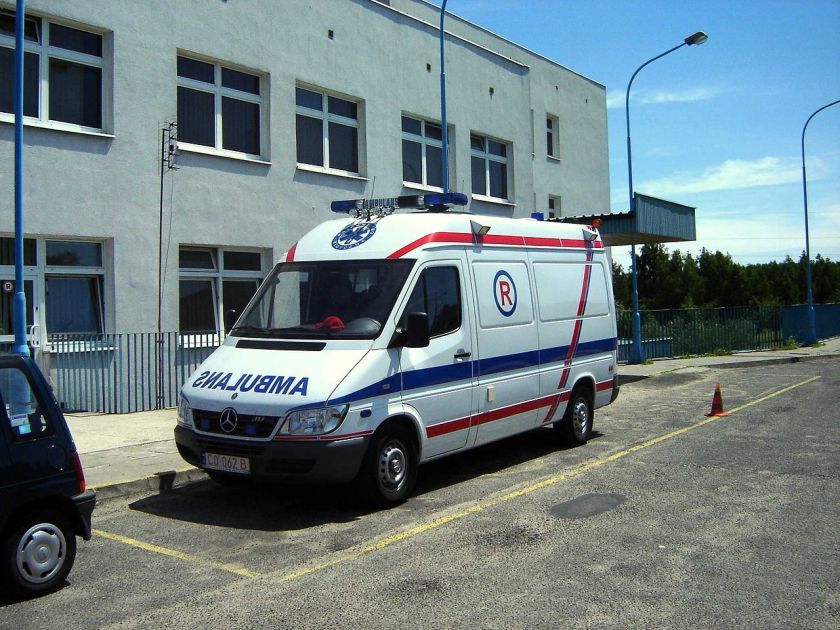 1995-05 Mercedes Benz Sprinter 616CDI 156hp Ambulance (1.3000.000)
1995-05 Mercedes Benz Sprinter 616CDI 156hp Ambulance (1.3000.000)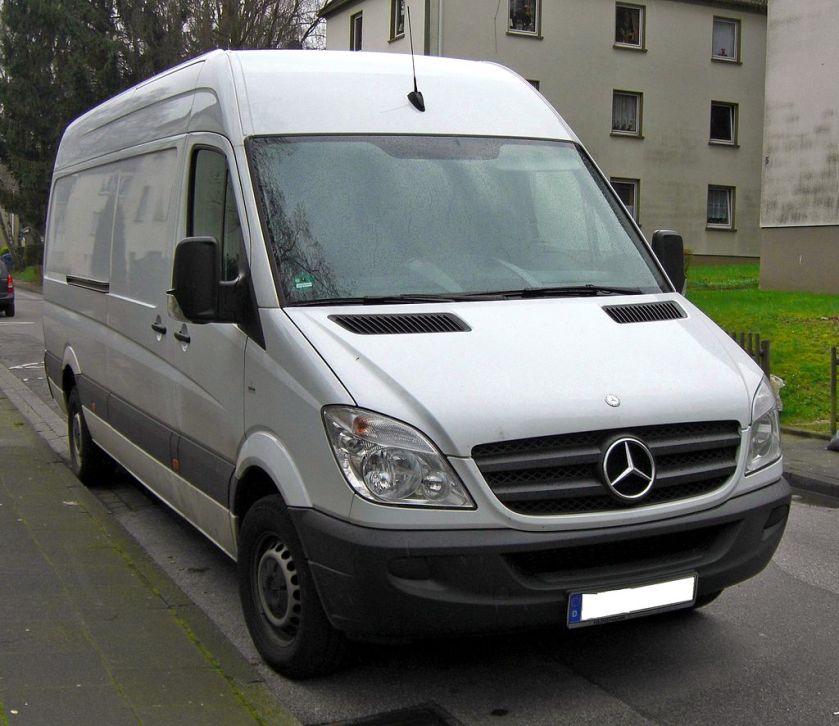 2006-present Mercedes Benz Sprinter W/V 906
2006-present Mercedes Benz Sprinter W/V 906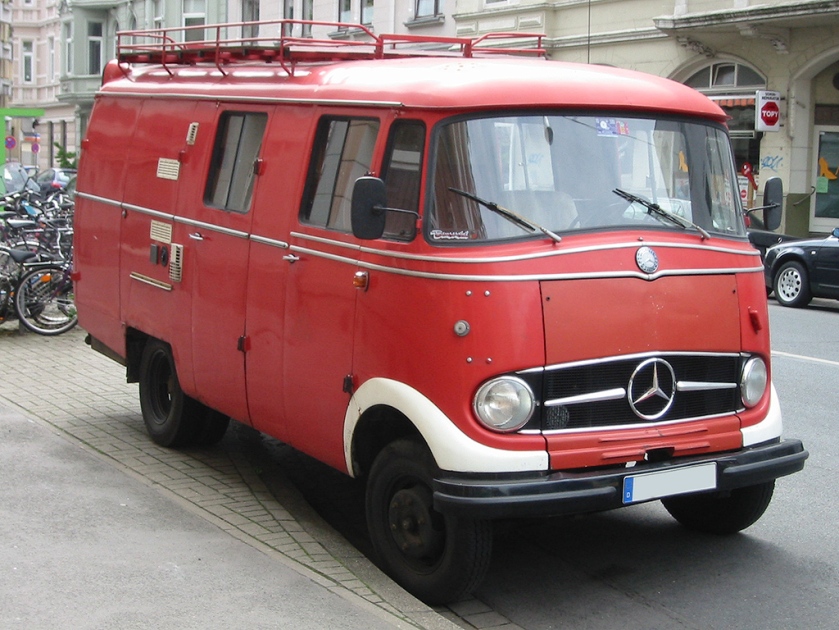 1956-67 ca. 140.000 Mercedes Benz L 319-L 405(diesel) + L 407(petrol)
1956-67 ca. 140.000 Mercedes Benz L 319-L 405(diesel) + L 407(petrol)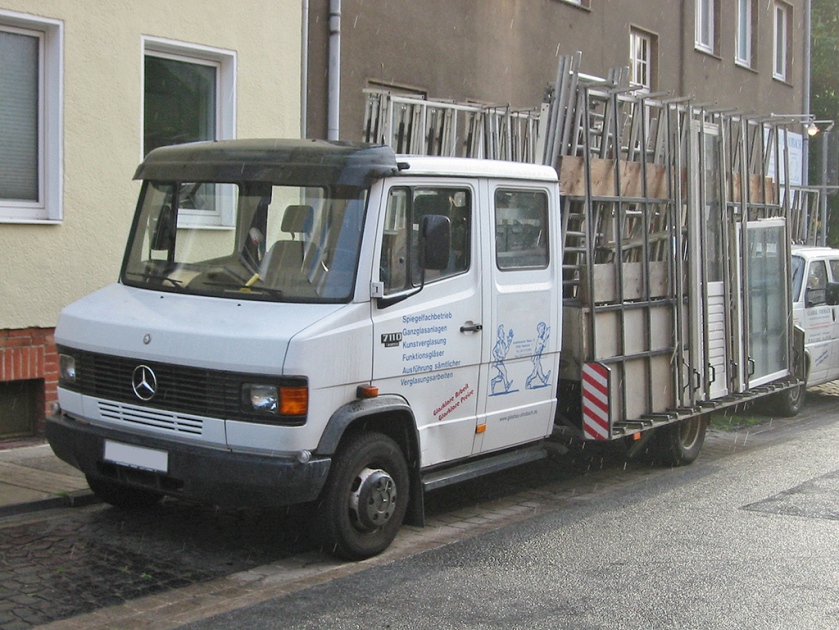 1986-96 138.407 Mercedes Benz T2 2nd gen.
1986-96 138.407 Mercedes Benz T2 2nd gen.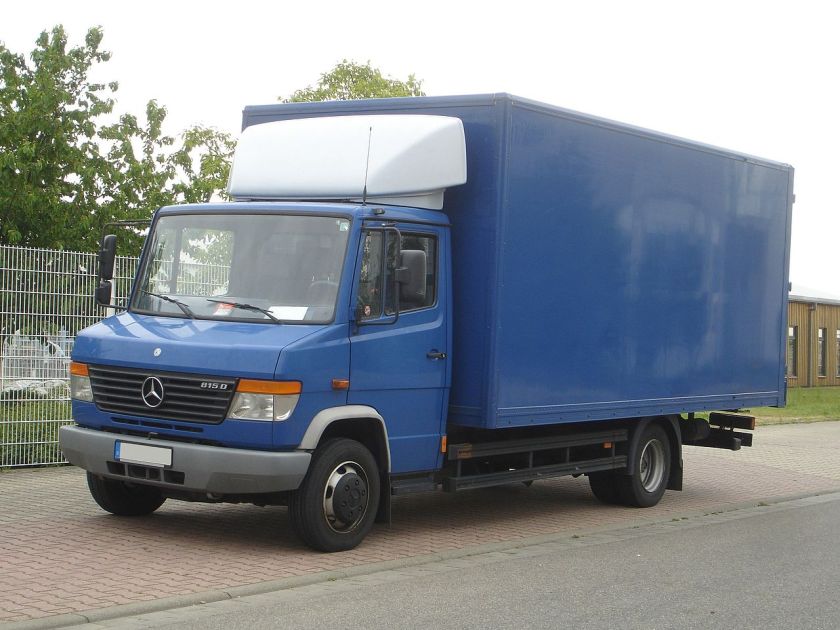 1996-13 90.743 Mercedes Benz Vario 815D
1996-13 90.743 Mercedes Benz Vario 815D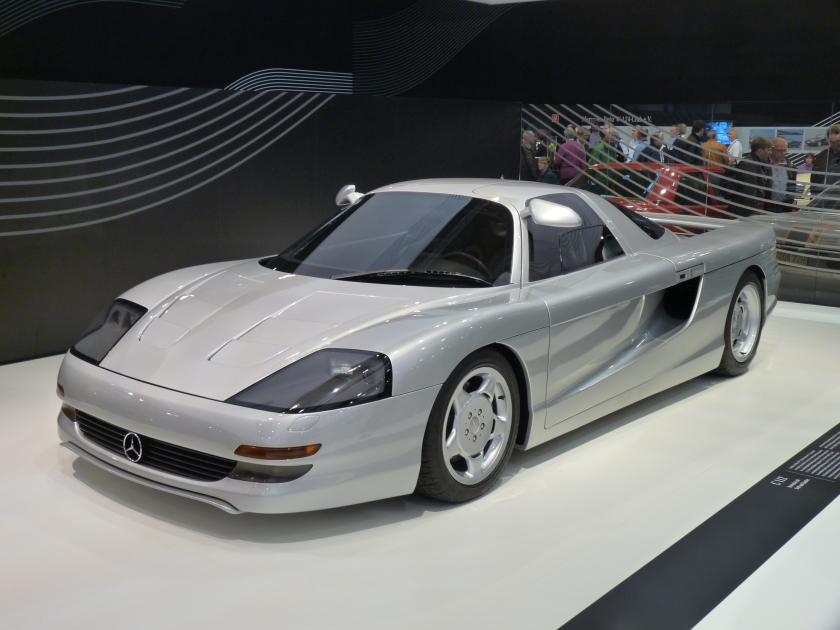


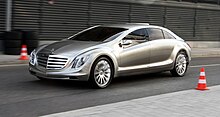
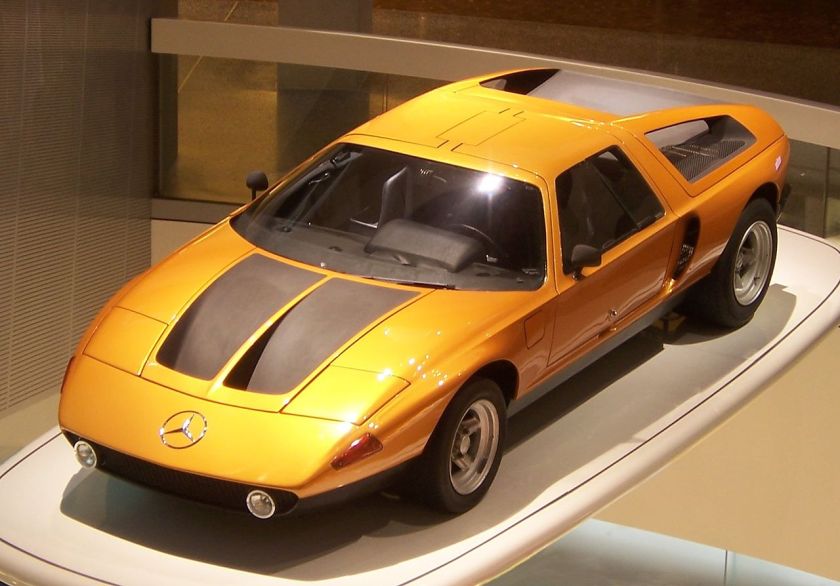
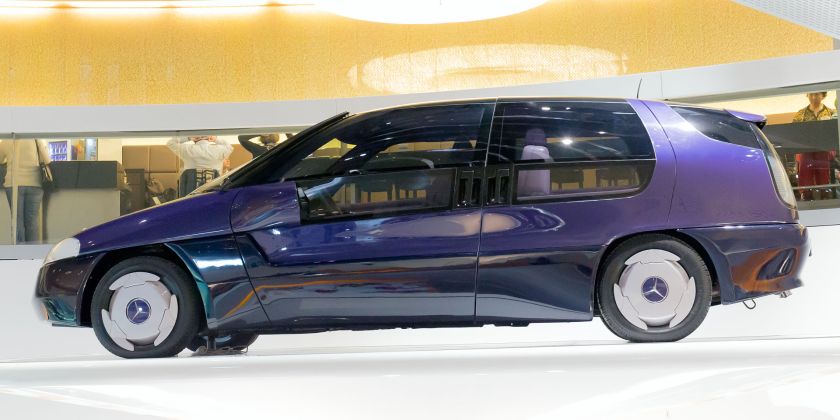
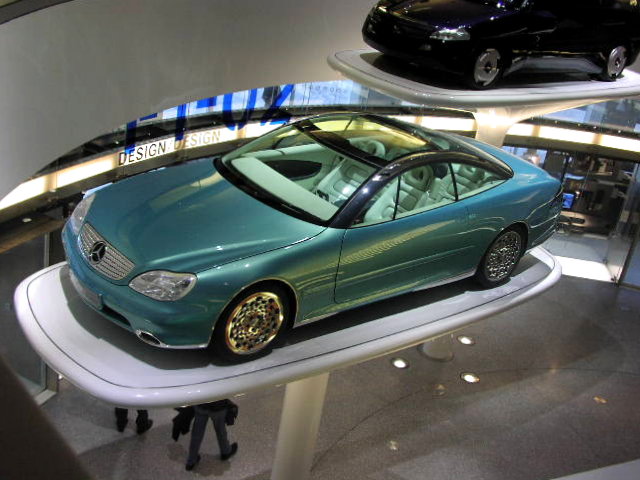
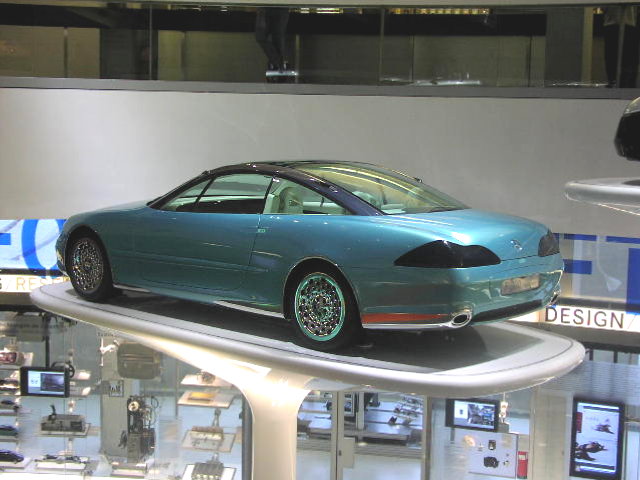
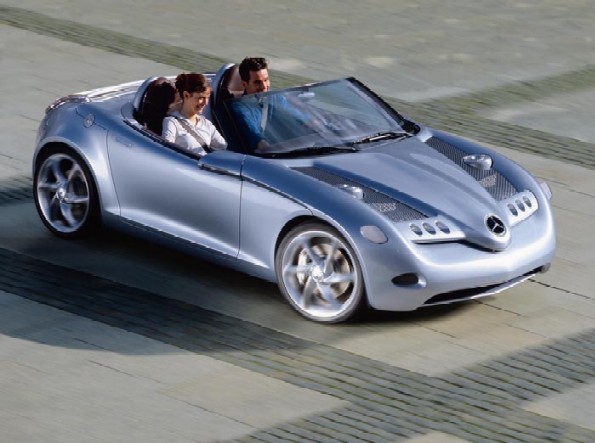
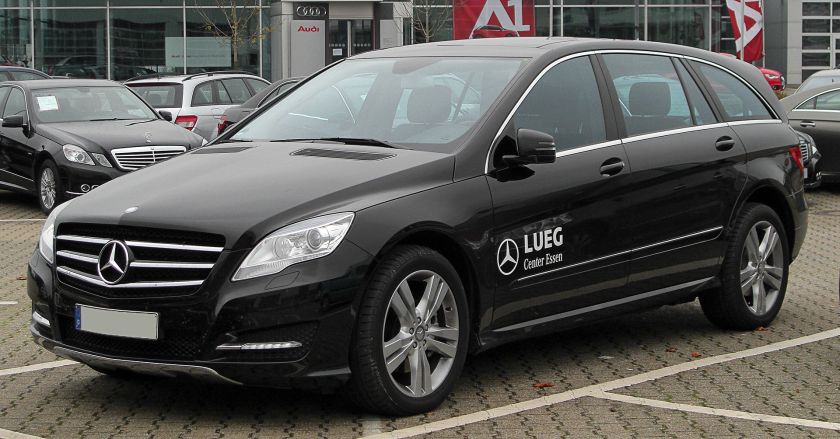
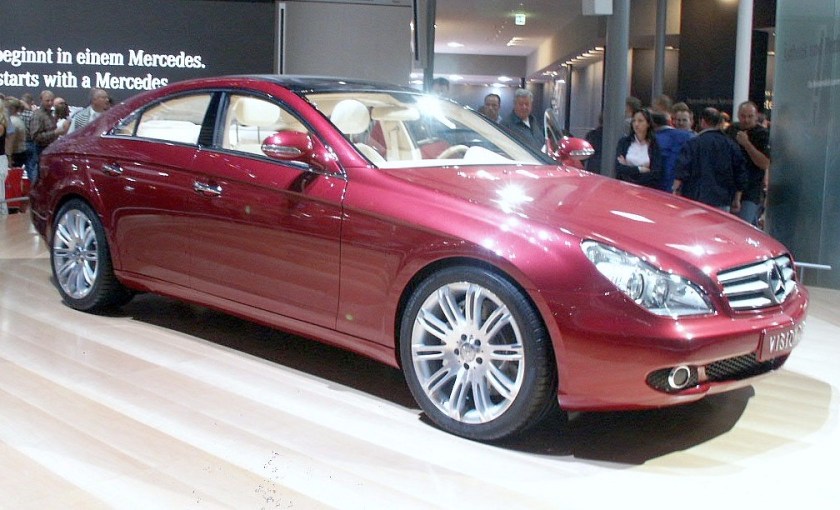
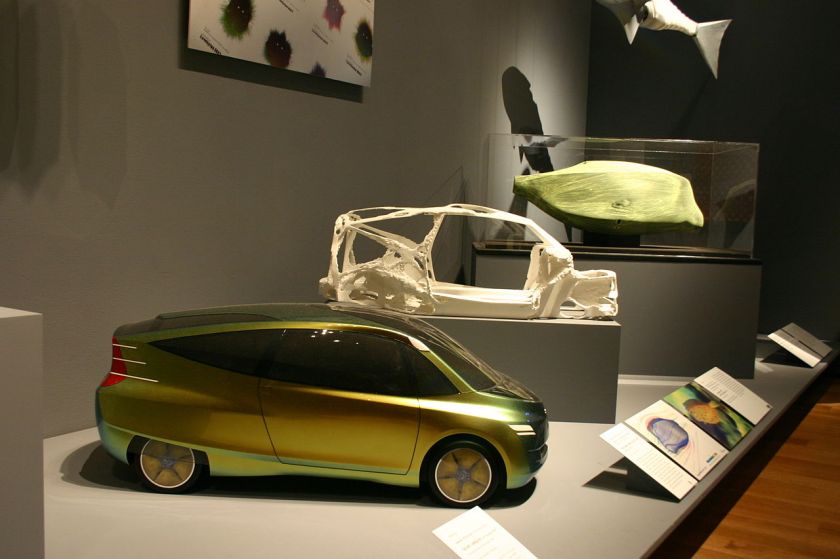
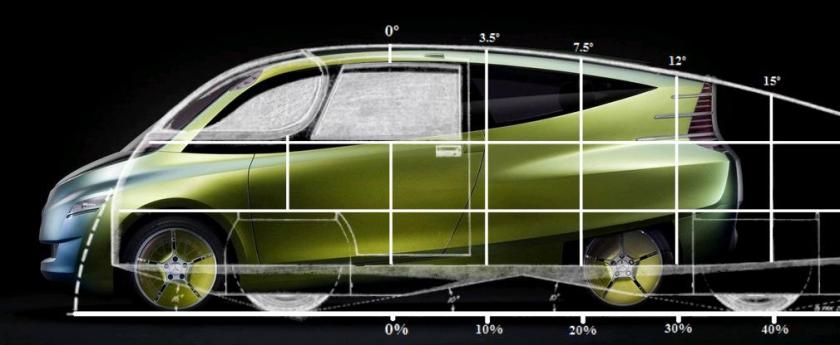
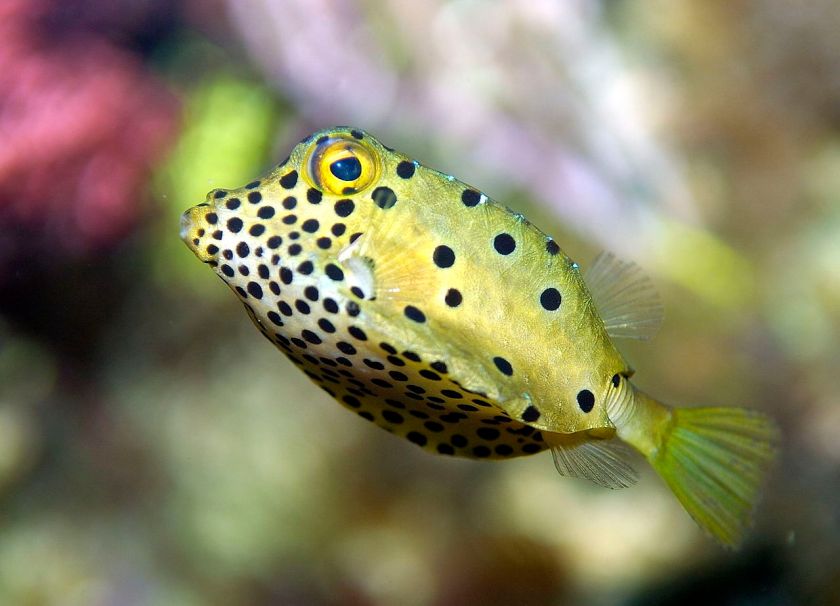
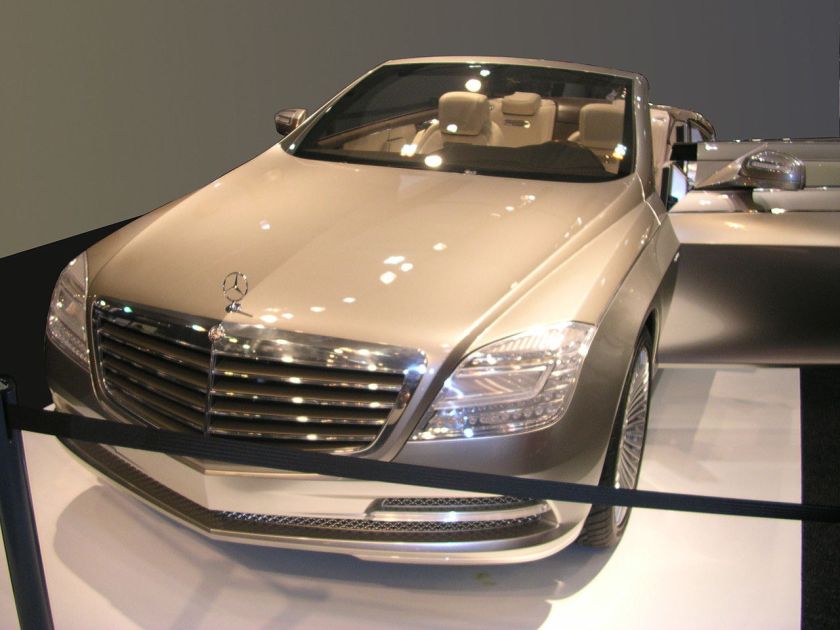
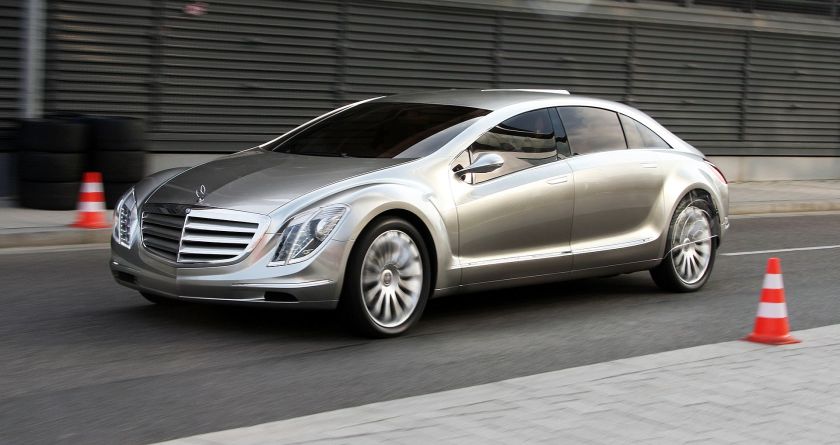
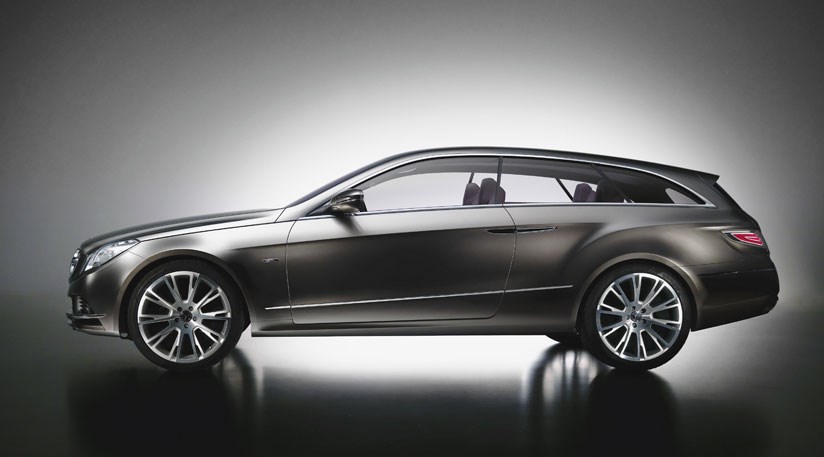
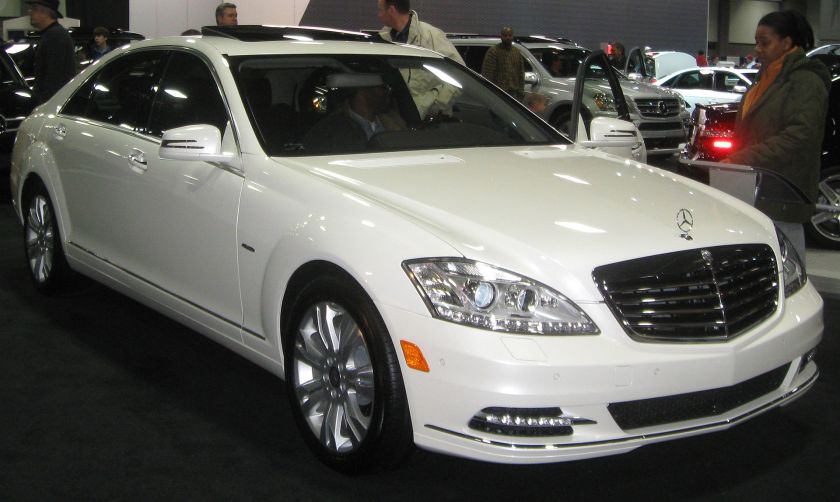
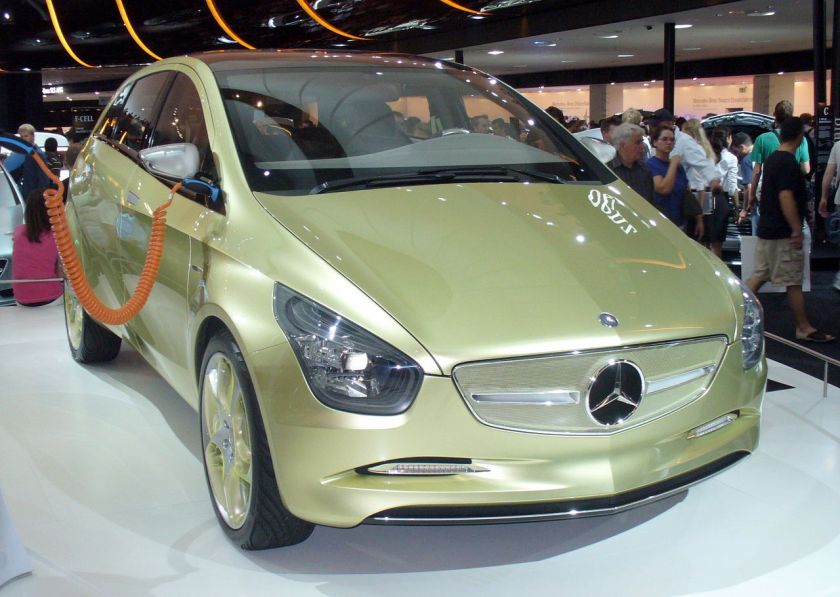
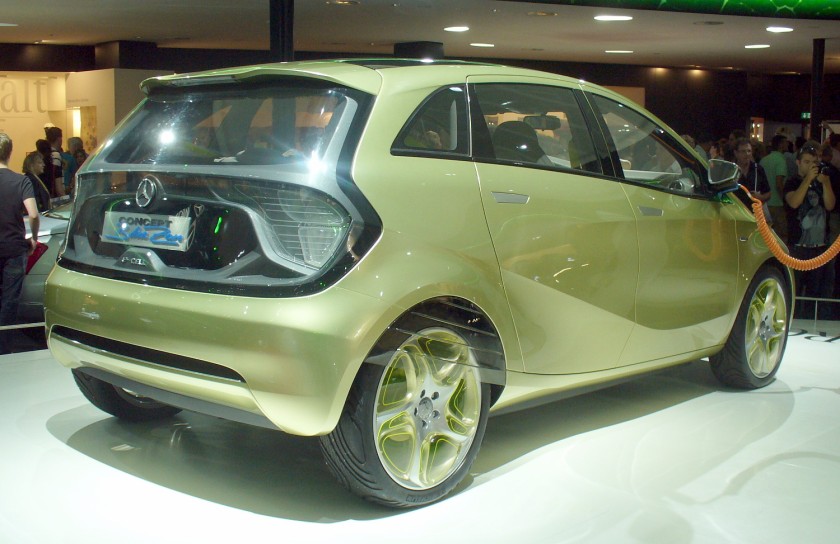
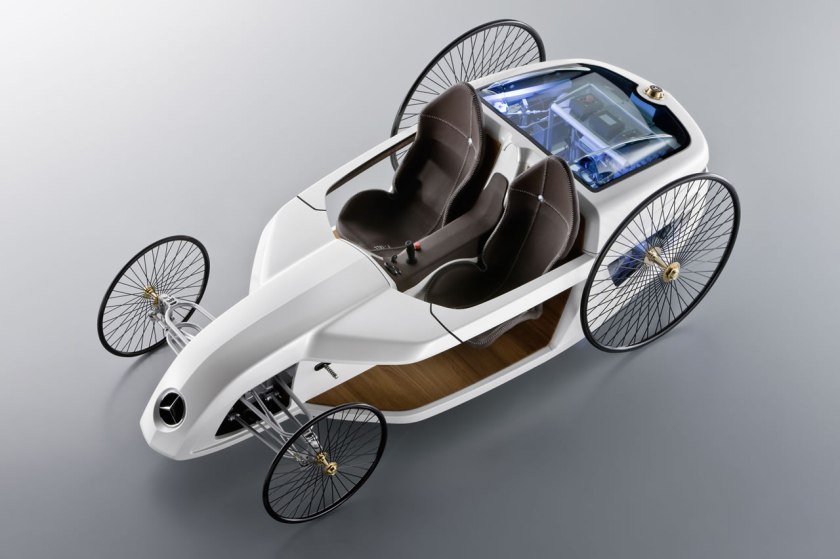
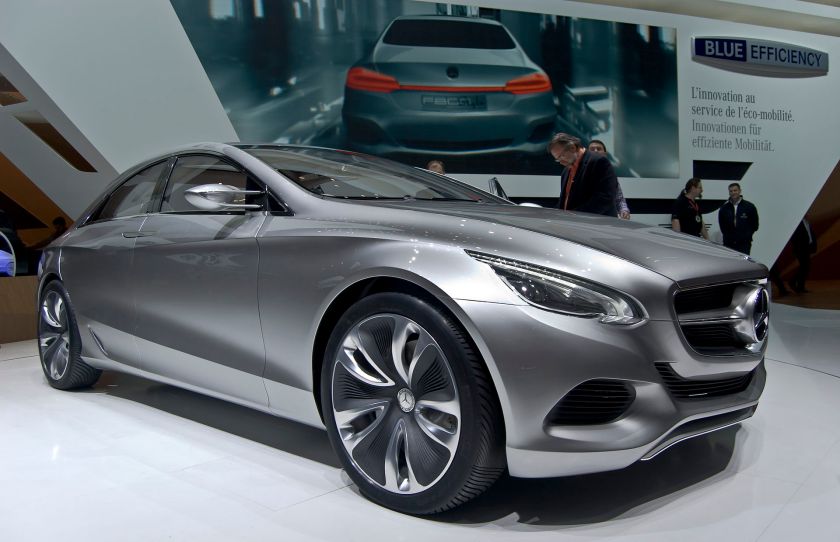
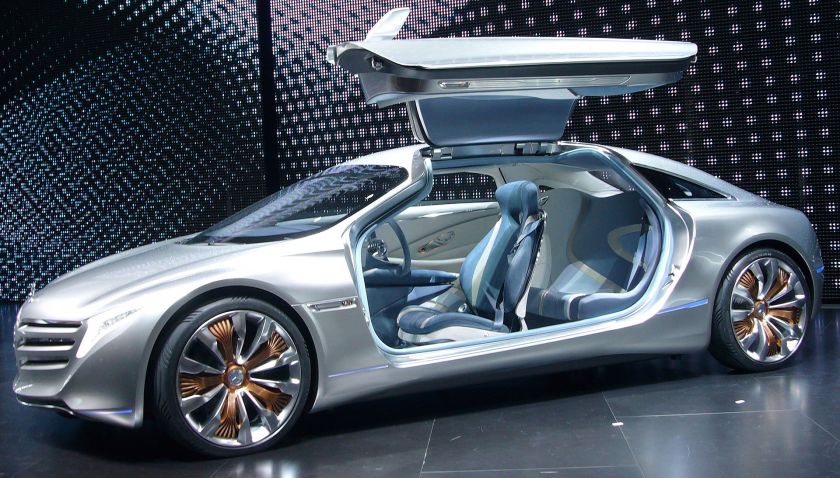
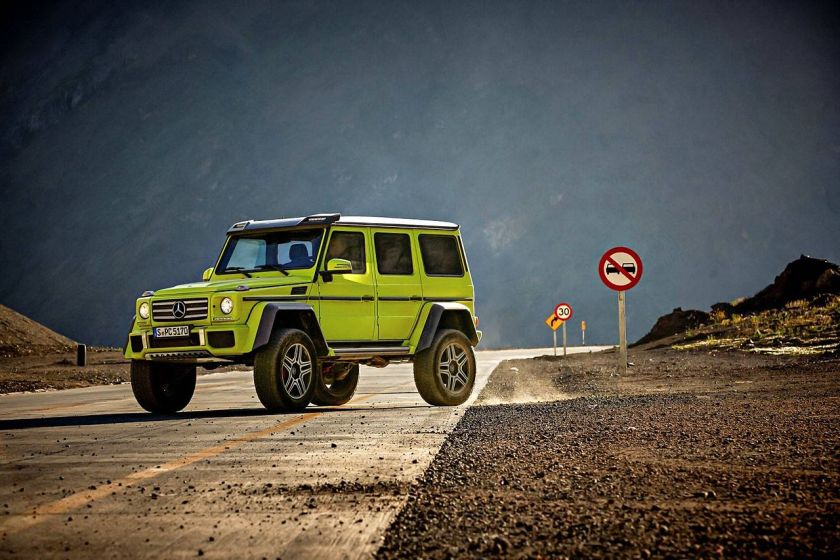
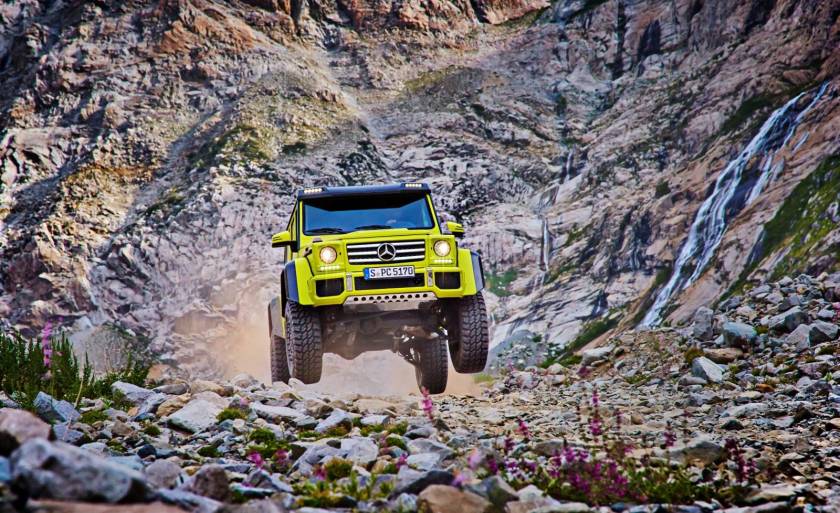
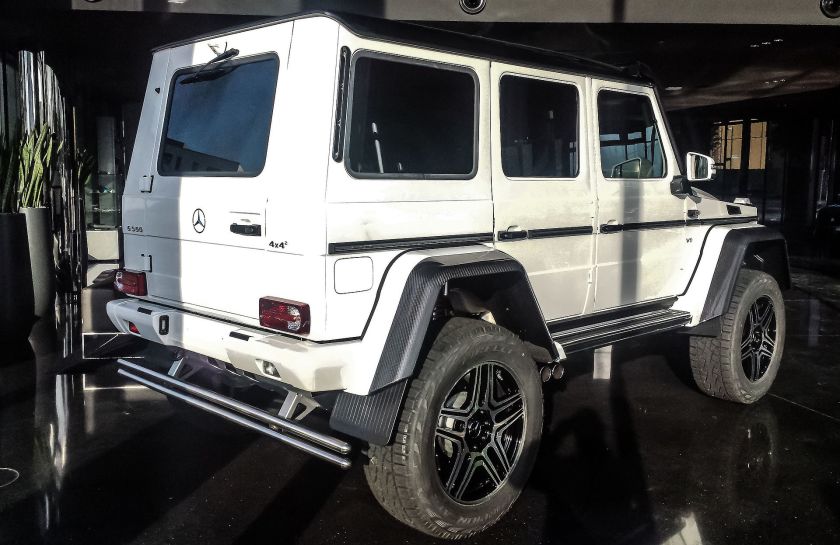
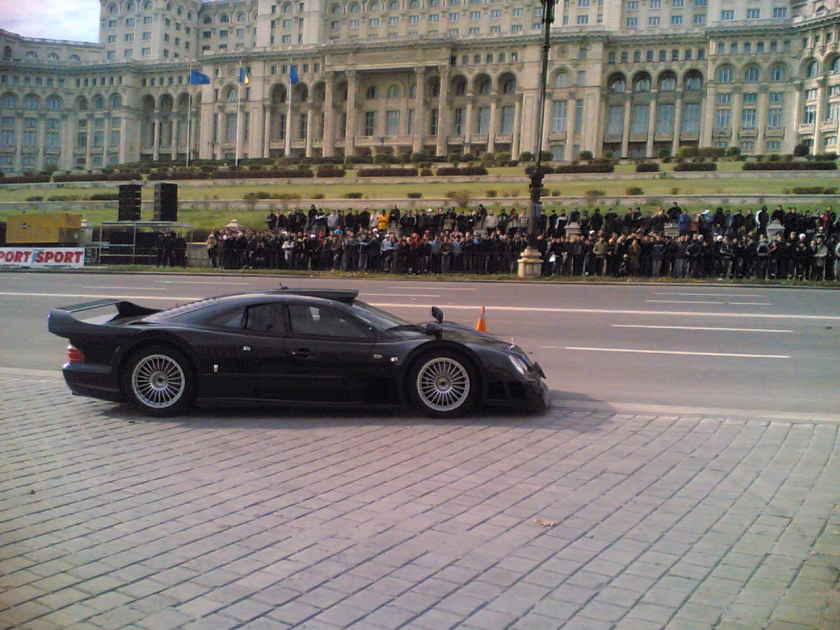
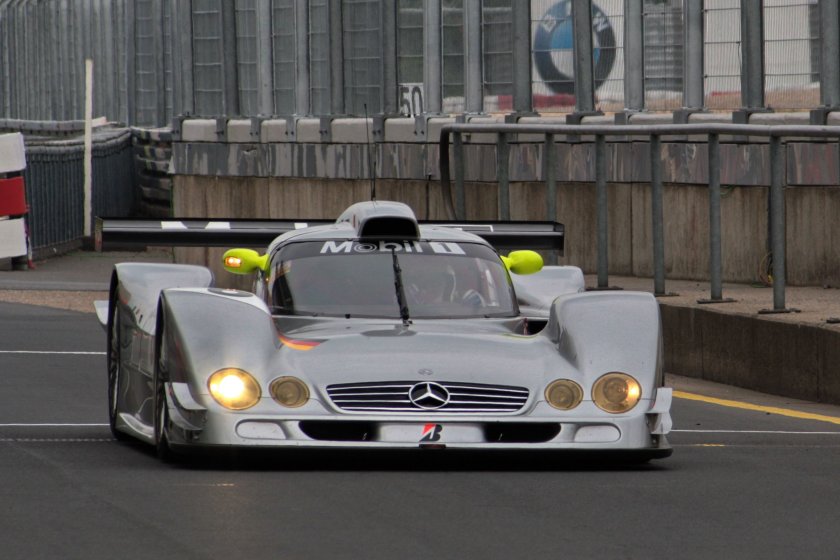
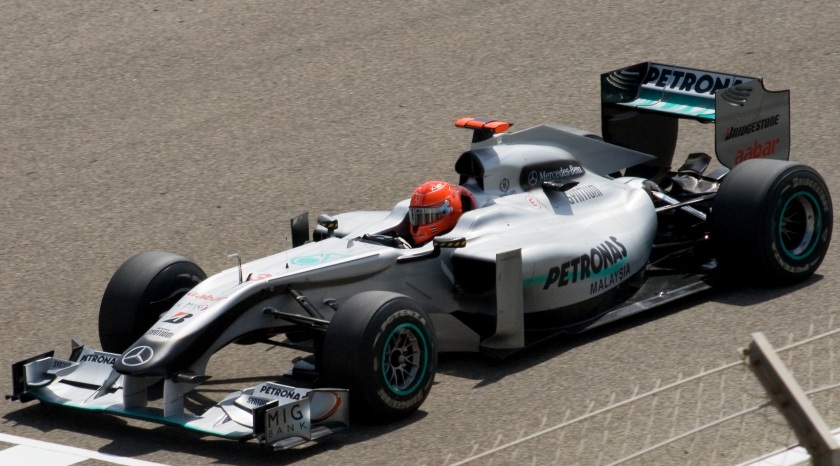
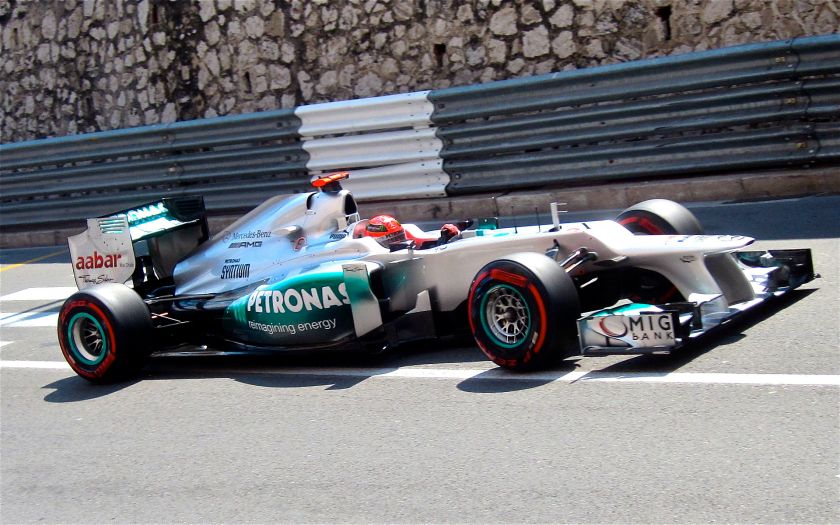 2012 Mercedes F1 W03
2012 Mercedes F1 W03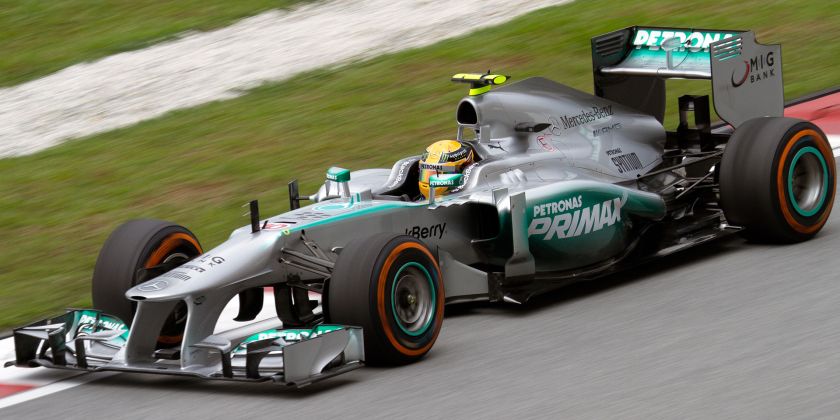 2013 Mercedes F1 W04 Lewis Hamilton Malaysia FP2 1.jpg
2013 Mercedes F1 W04 Lewis Hamilton Malaysia FP2 1.jpg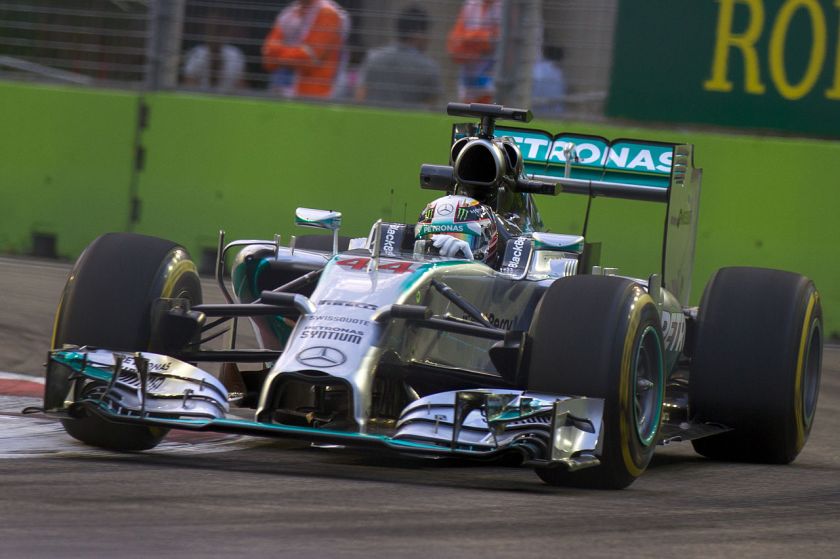 2014 The F1 W05 Hybrid, driven by Lewis Hamilton, during the 2014 Singapore Grand Prix
2014 The F1 W05 Hybrid, driven by Lewis Hamilton, during the 2014 Singapore Grand Prix 2015 The F1 W06 Hybrid, driven by Nico Rosberg, during the 2015 Malaysian Grand Prix
2015 The F1 W06 Hybrid, driven by Nico Rosberg, during the 2015 Malaysian Grand Prix
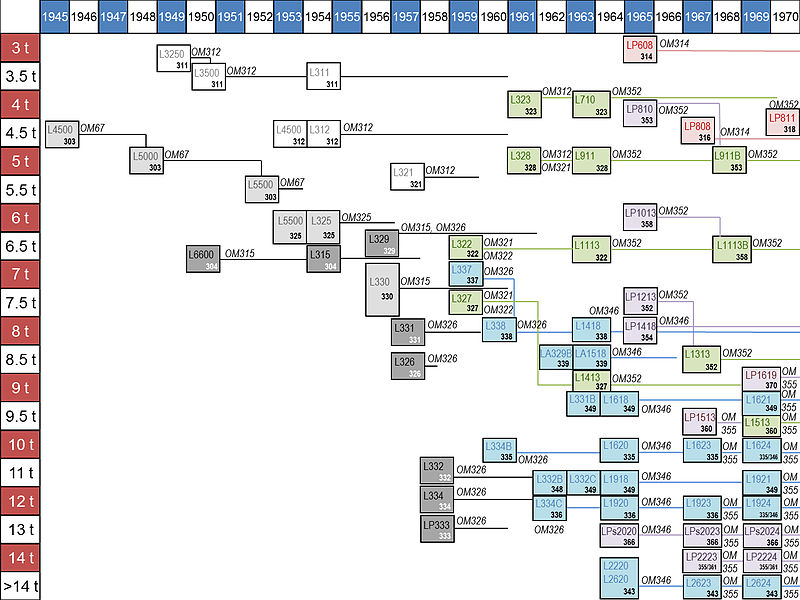
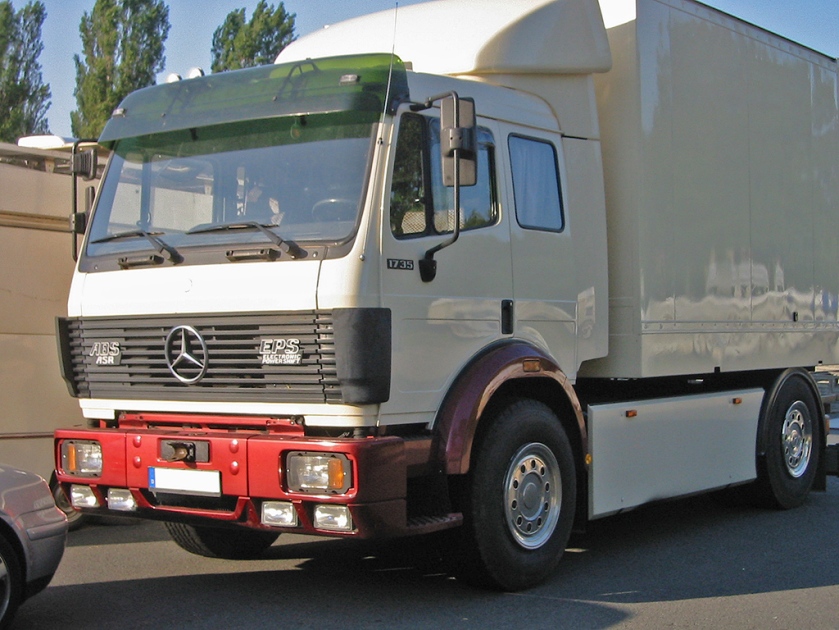
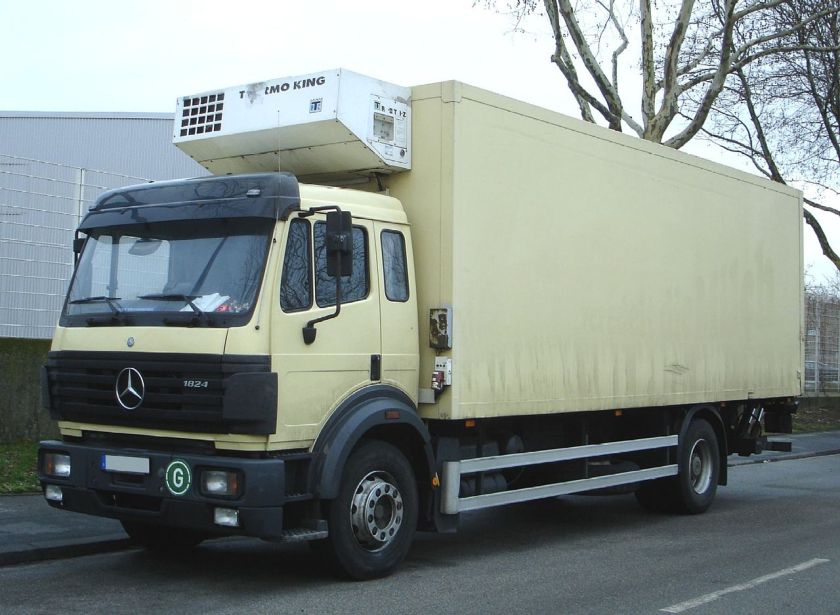
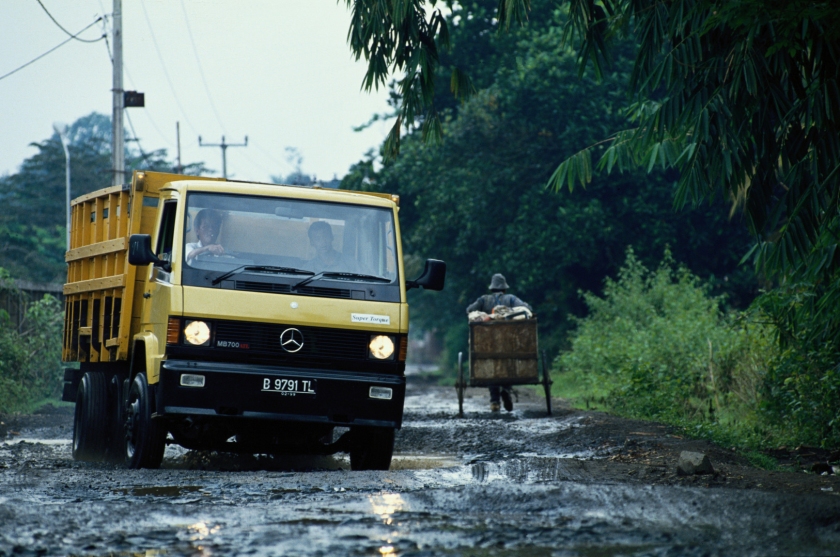
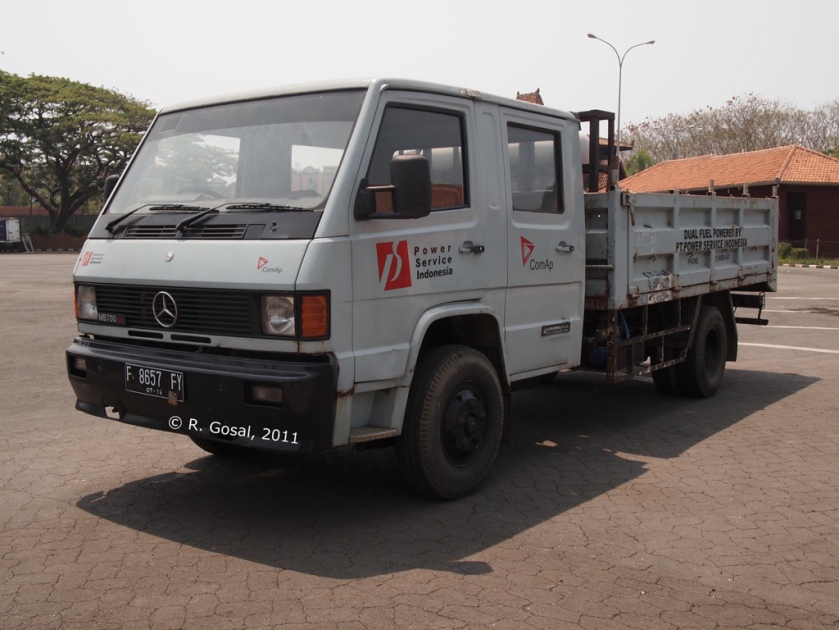
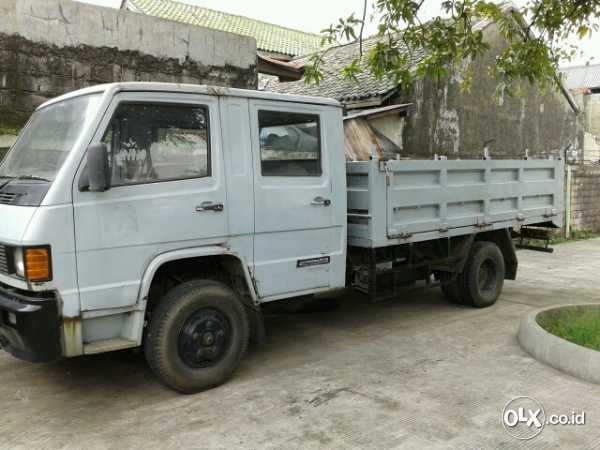
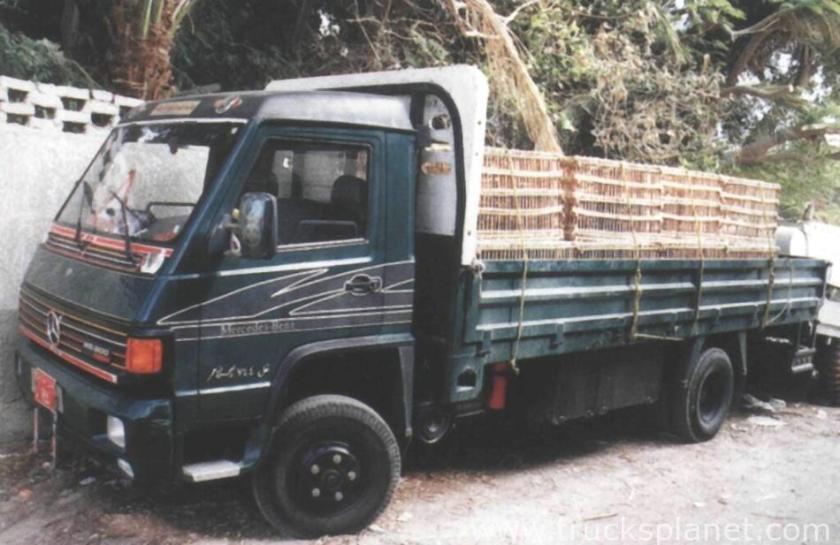
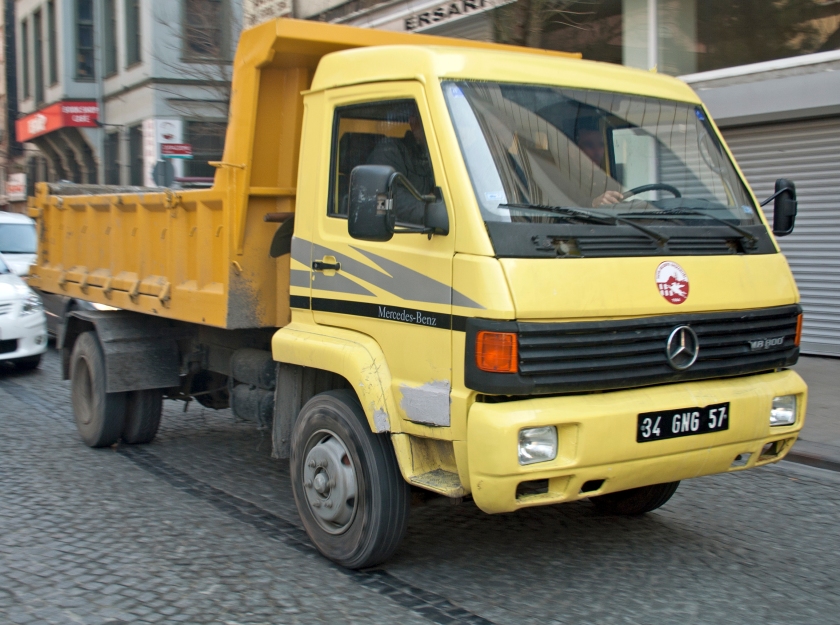
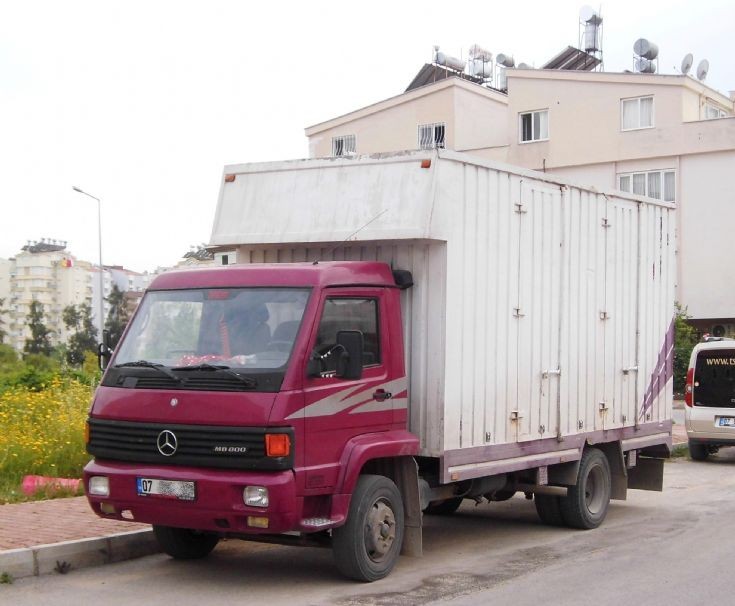
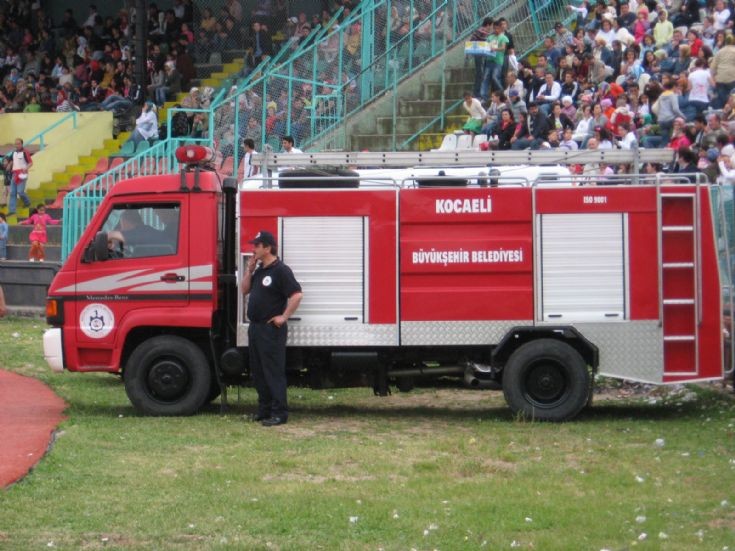
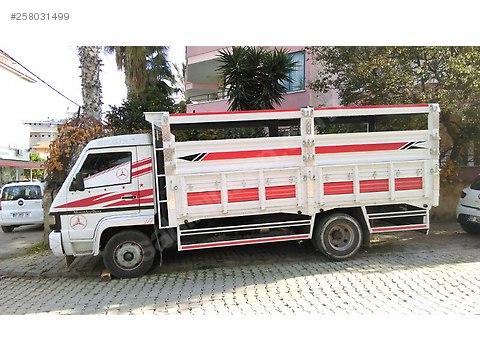
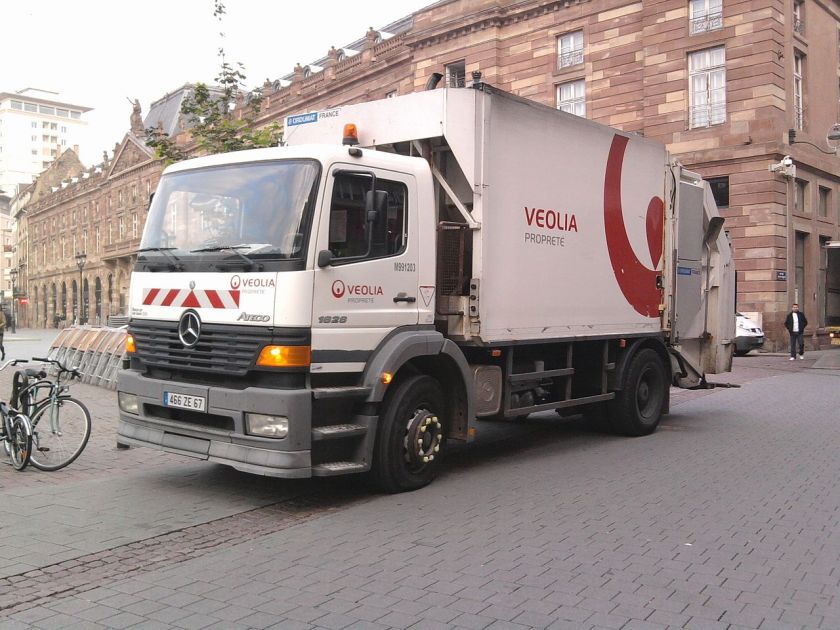 Pre facelift 1997 Mercedes Benz Atego
Pre facelift 1997 Mercedes Benz Atego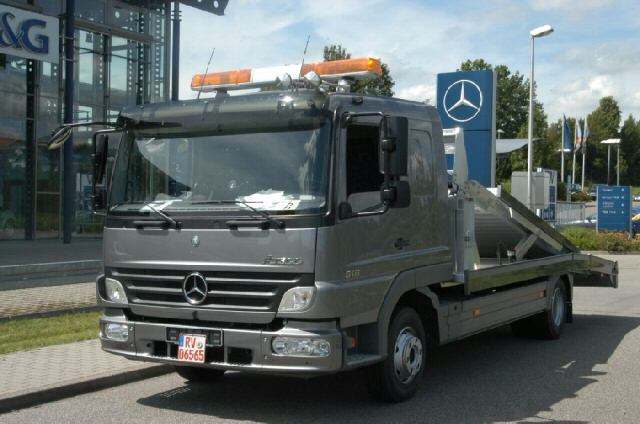 Mercedes Benz Atego Facelift front
Mercedes Benz Atego Facelift front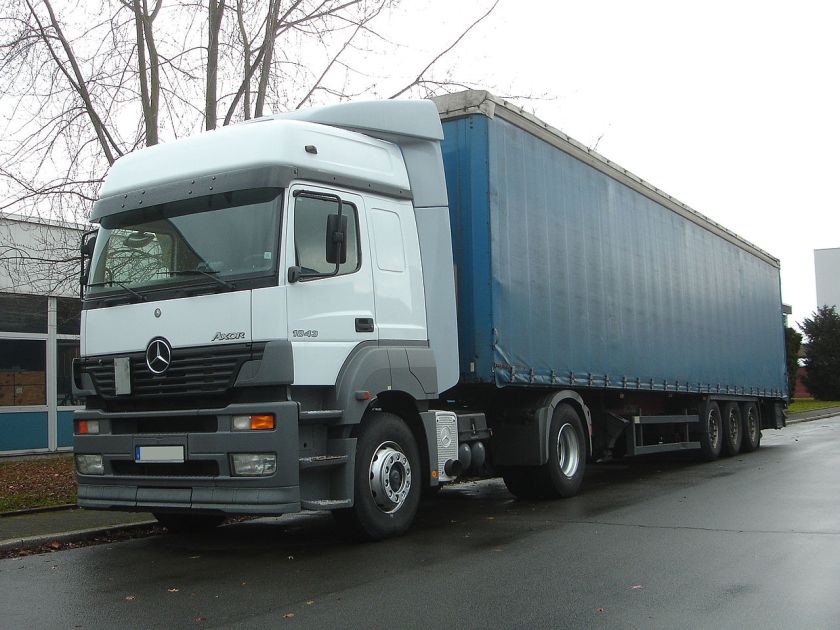
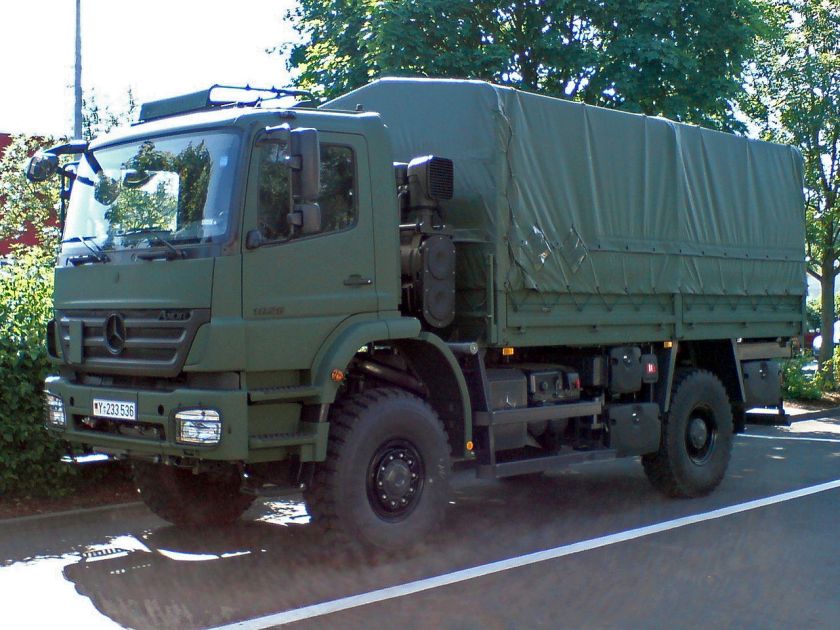
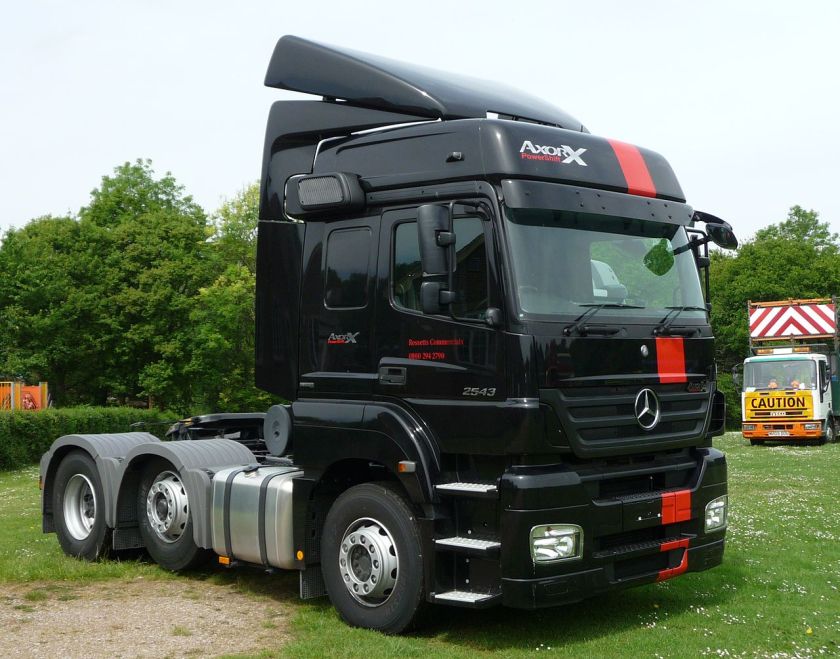
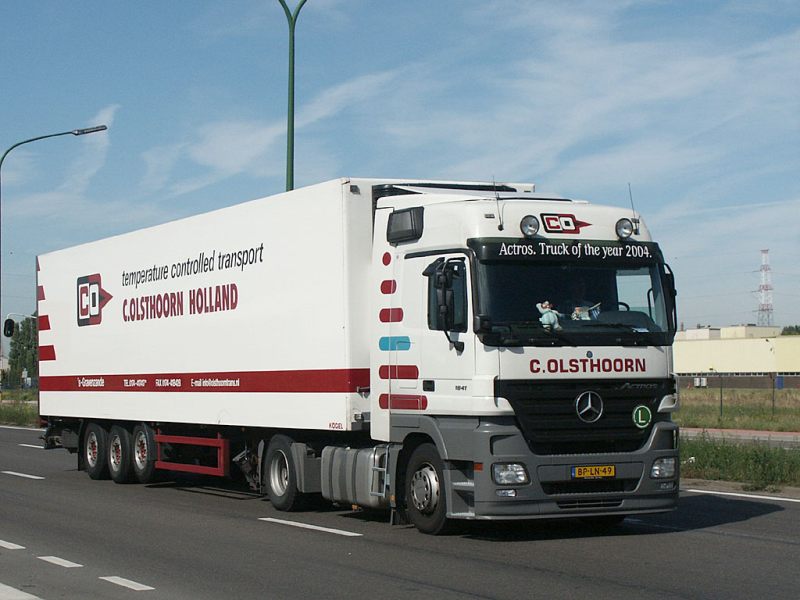
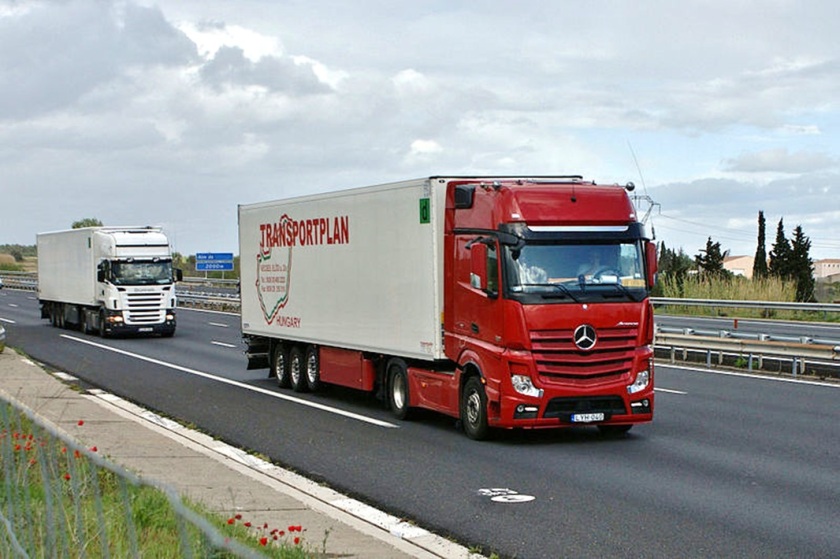
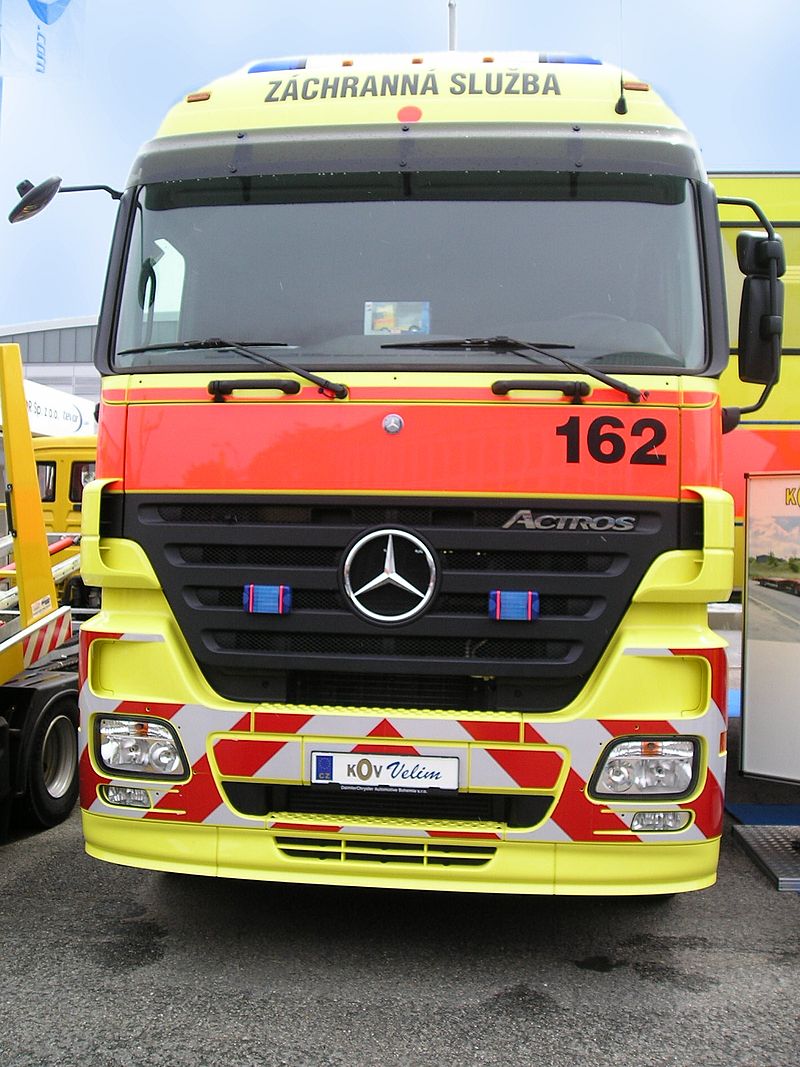
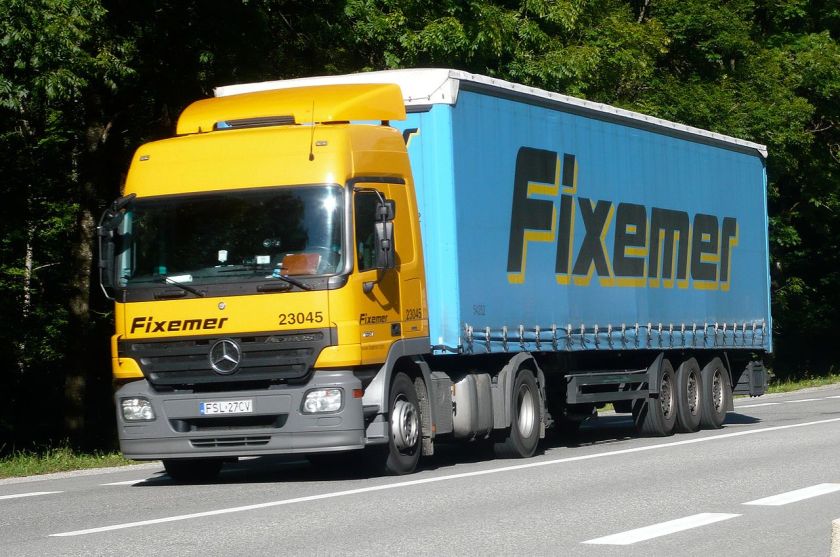
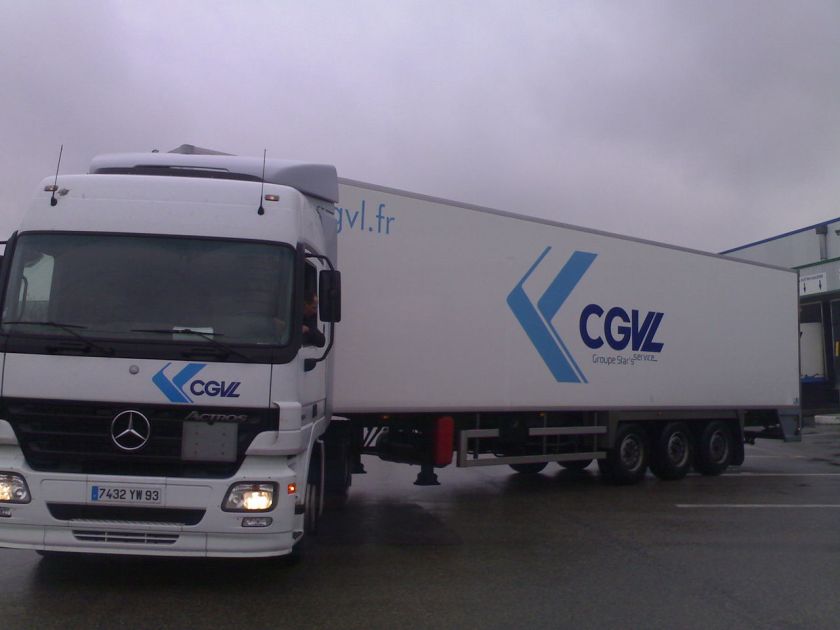
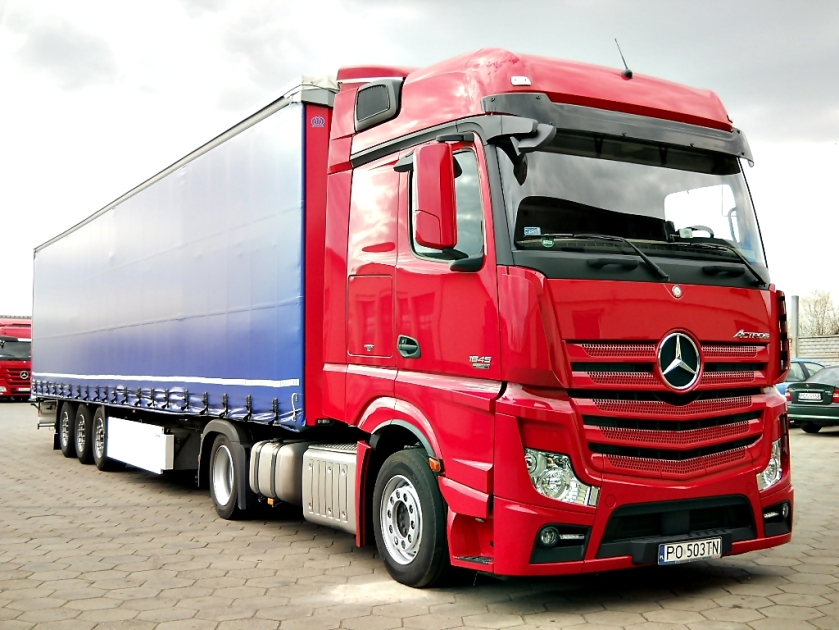
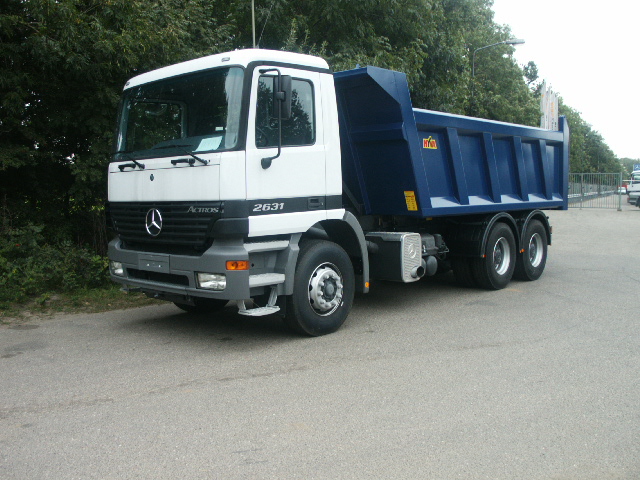
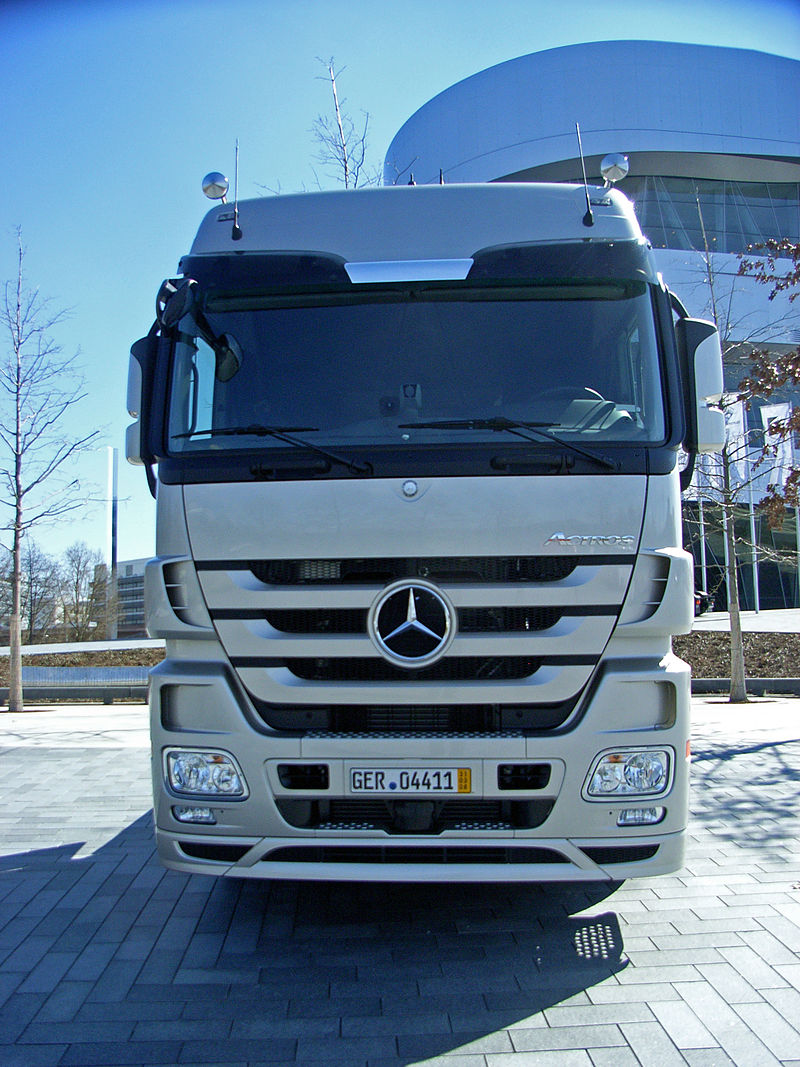
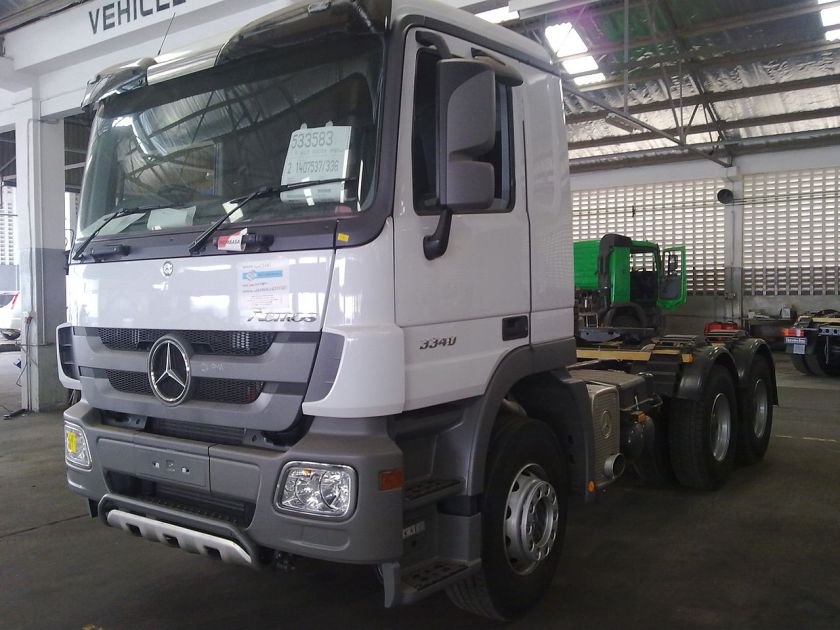
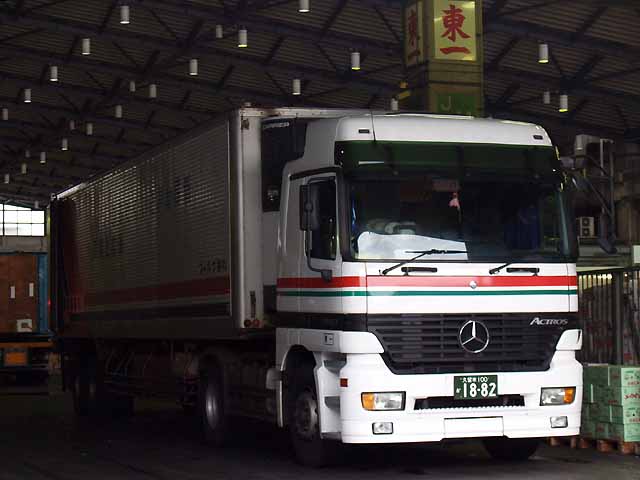
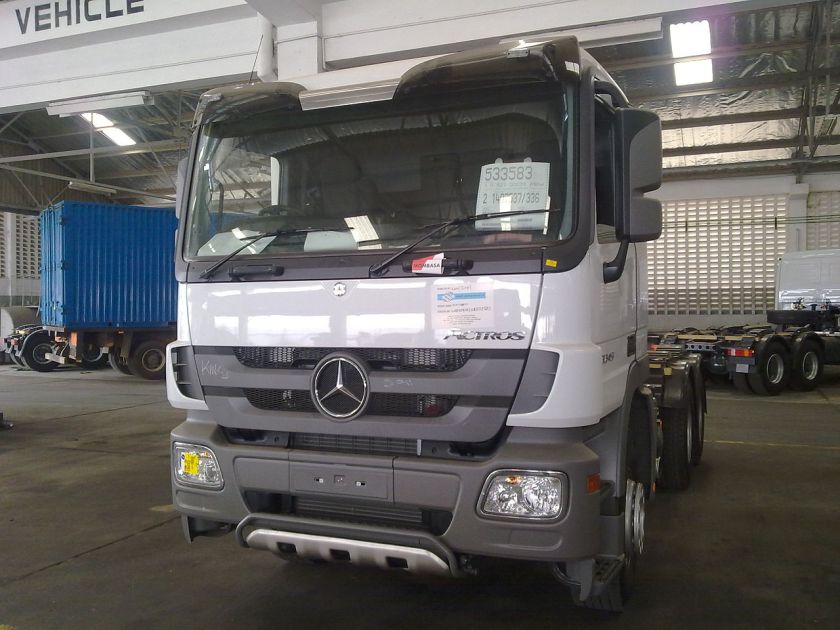
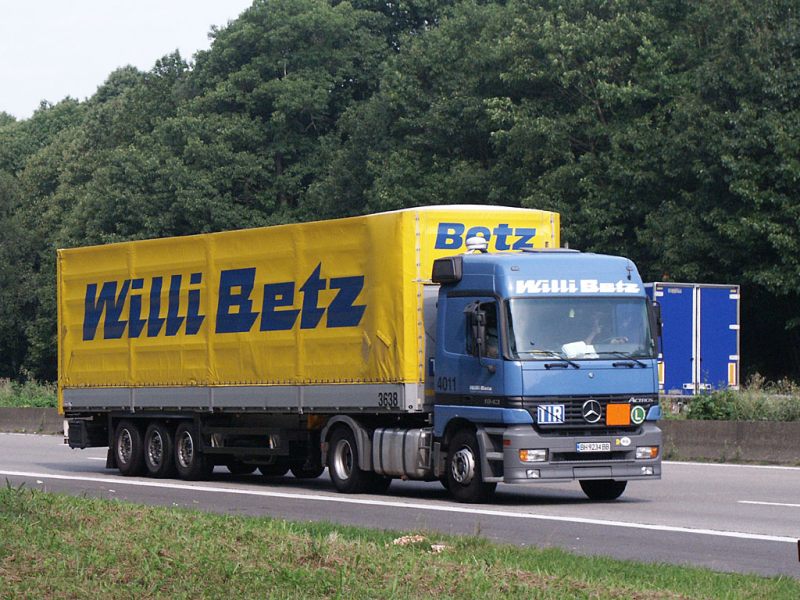
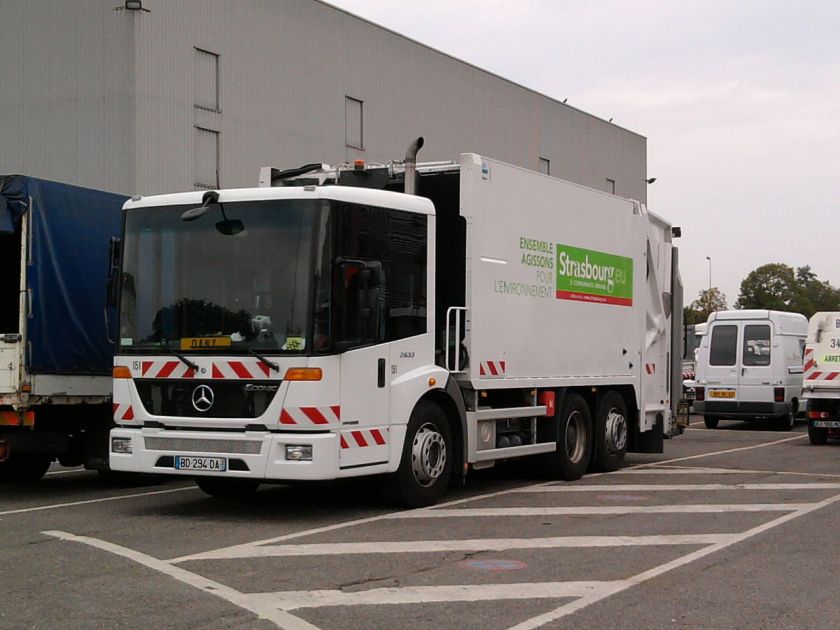
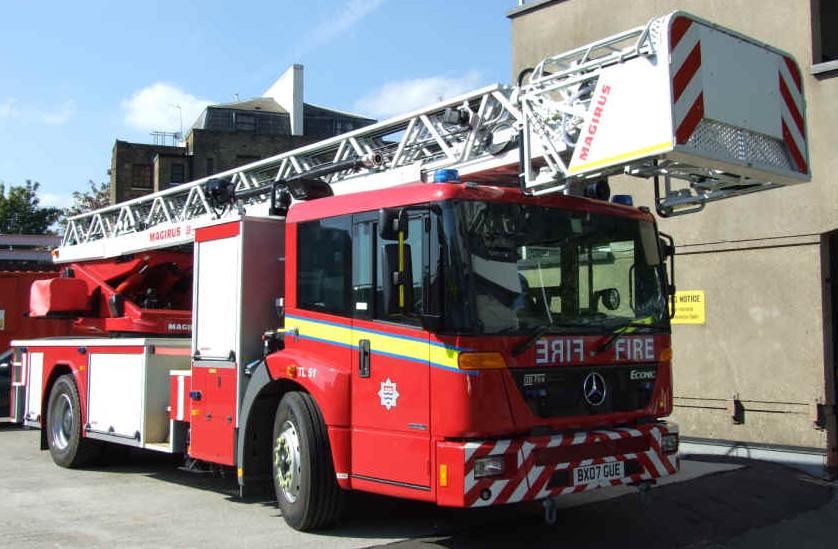
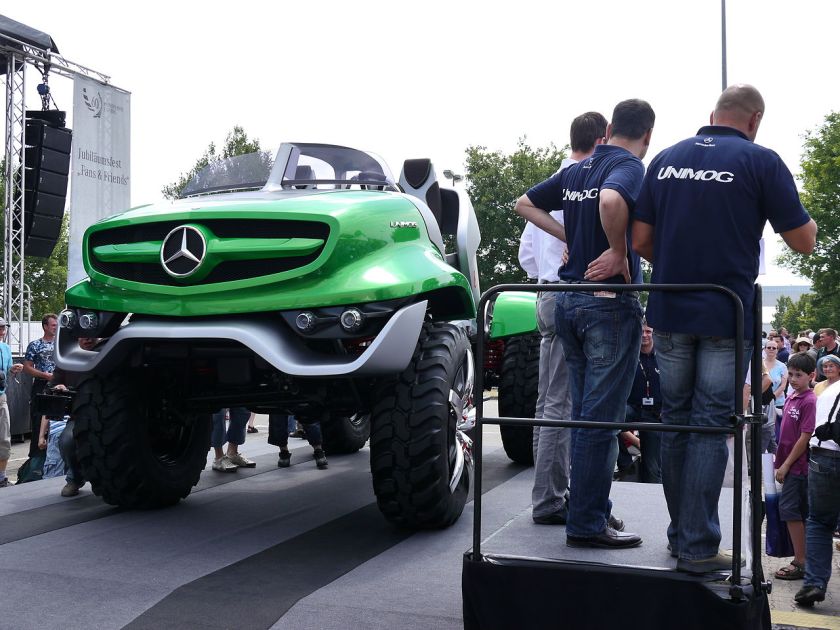
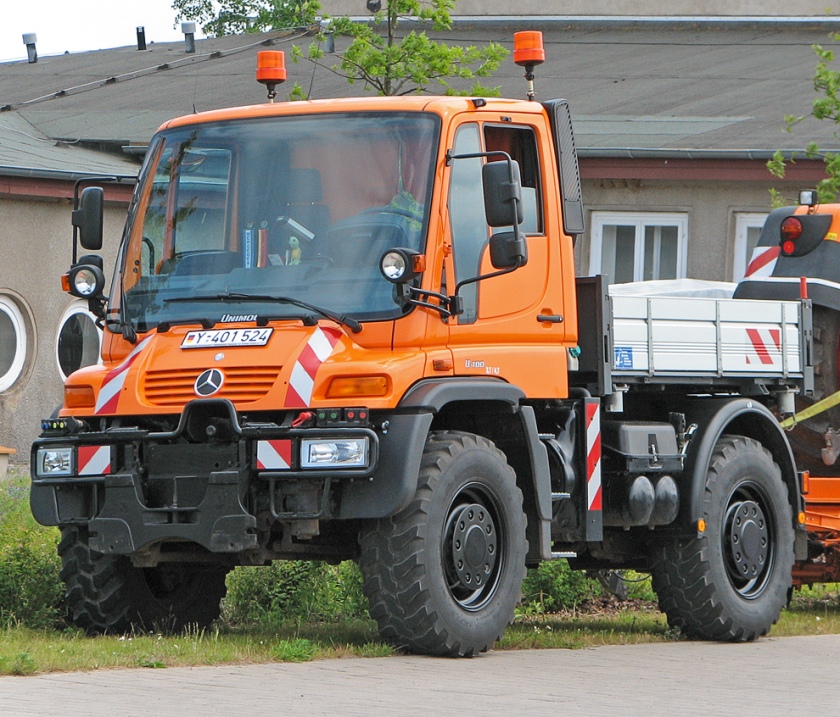
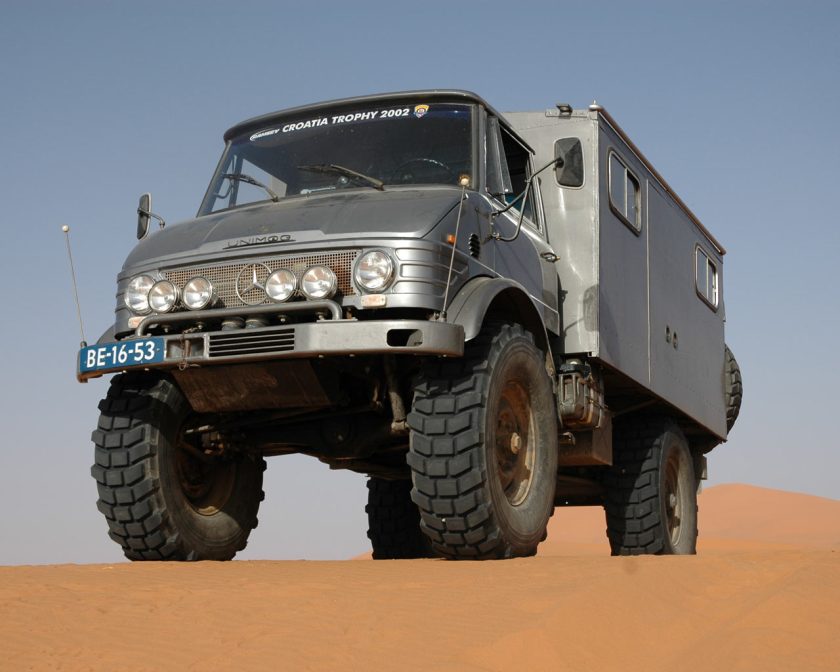
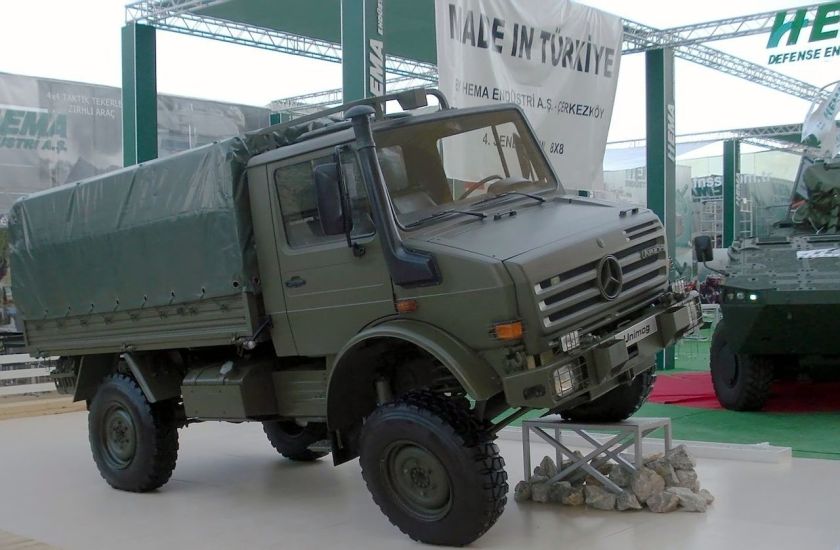
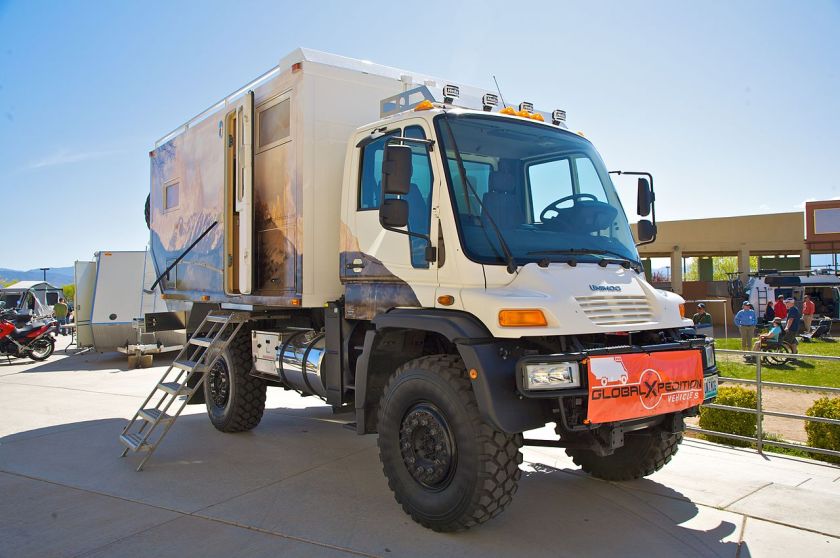
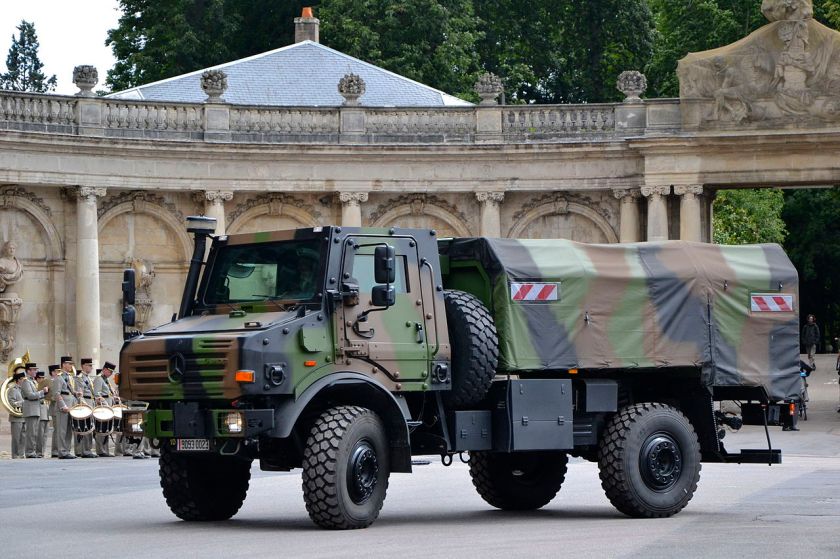
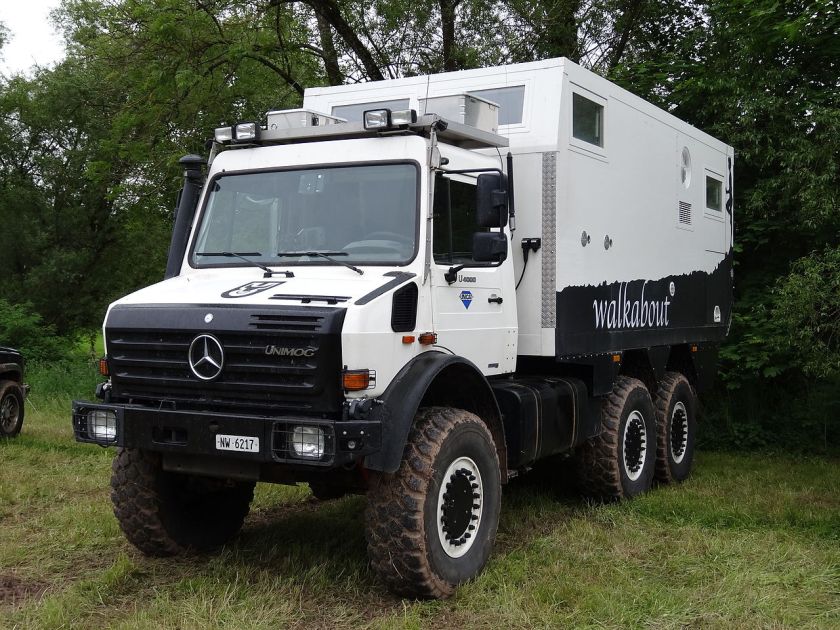
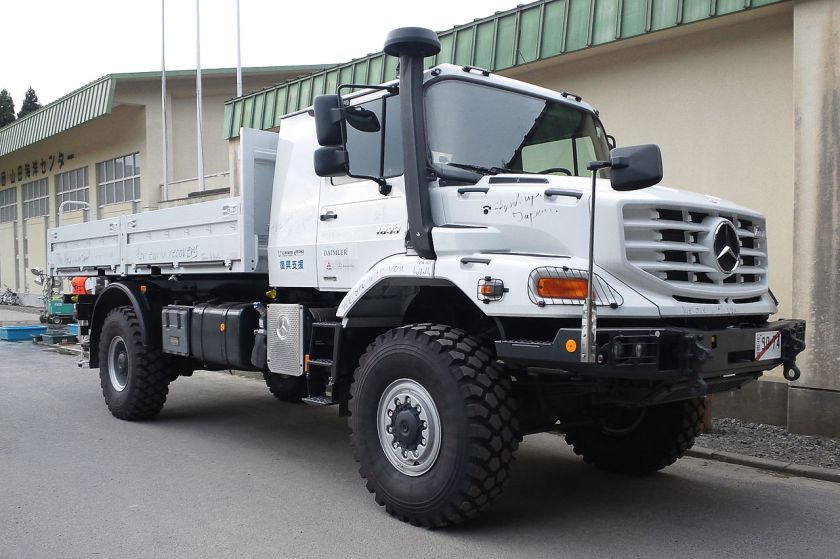
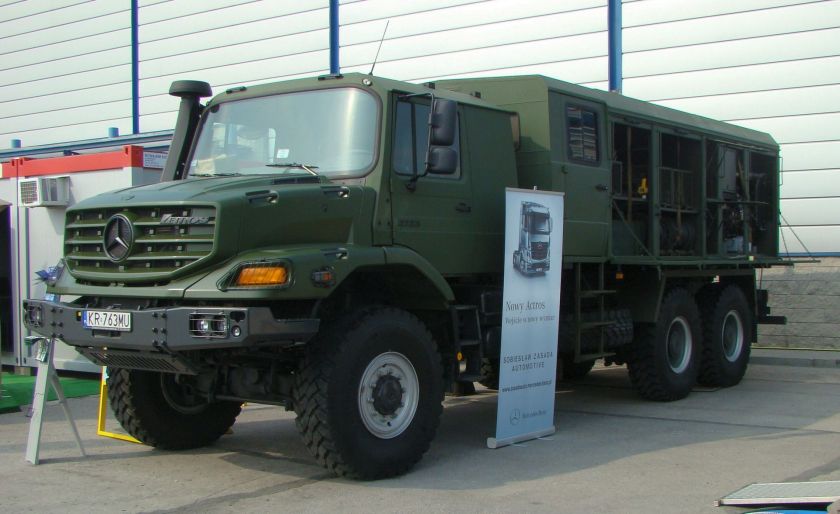
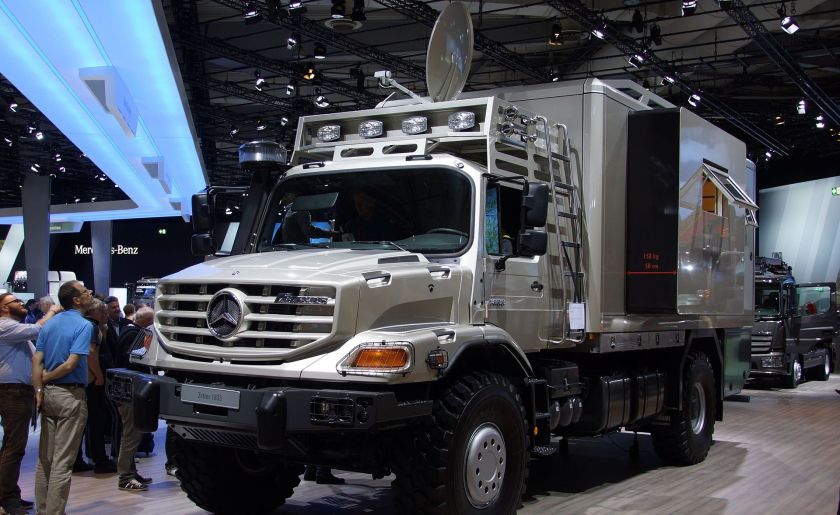
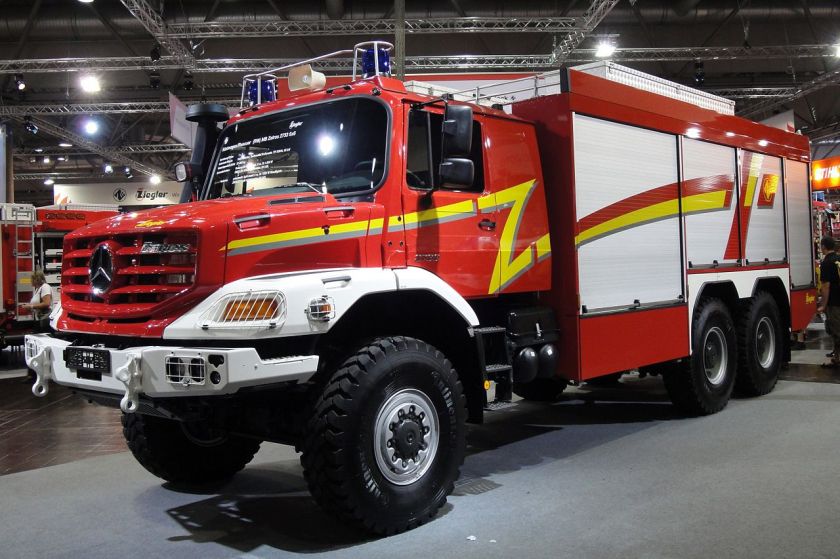

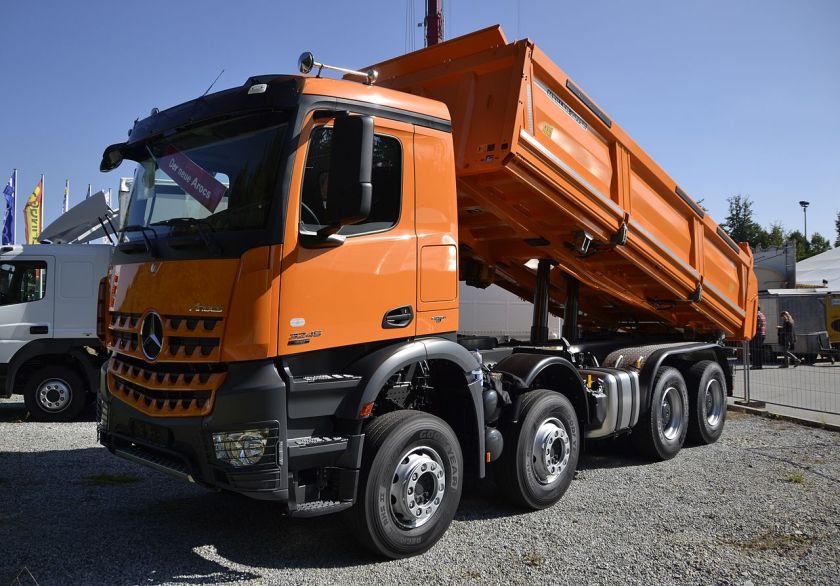
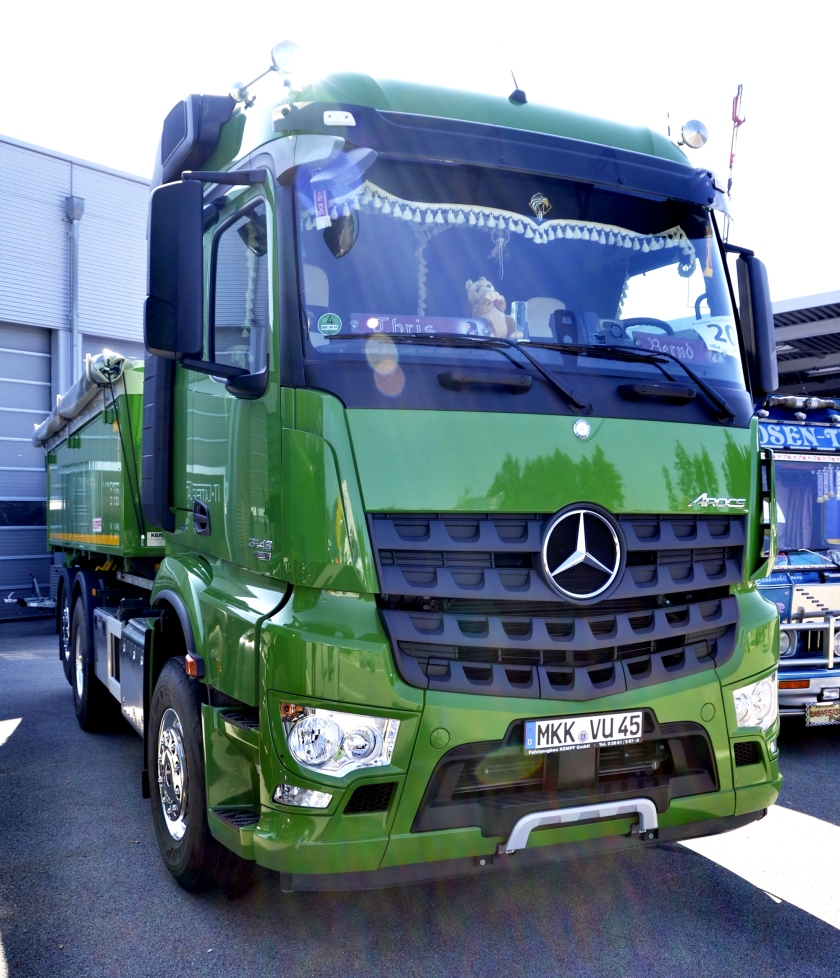
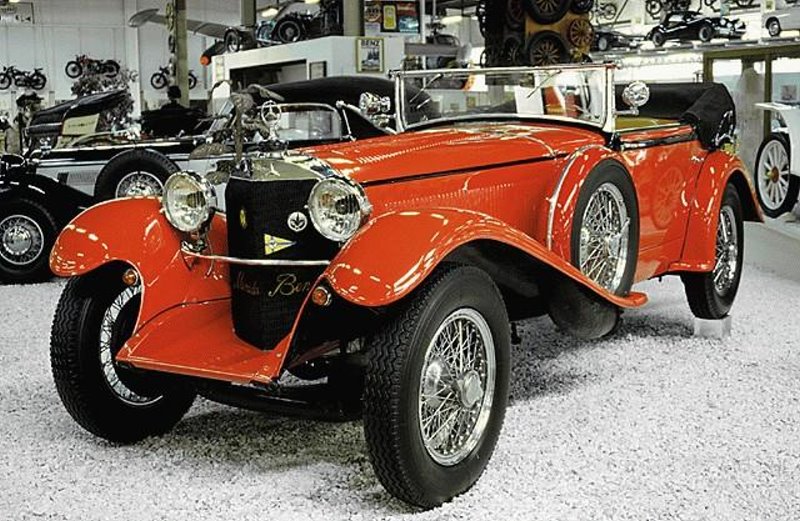 1926-28 Mercedes Benz 5-25 PS (W01 – W14) Typ 140 – 130 W01 1926 typ 140 (prototype)
1926-28 Mercedes Benz 5-25 PS (W01 – W14) Typ 140 – 130 W01 1926 typ 140 (prototype)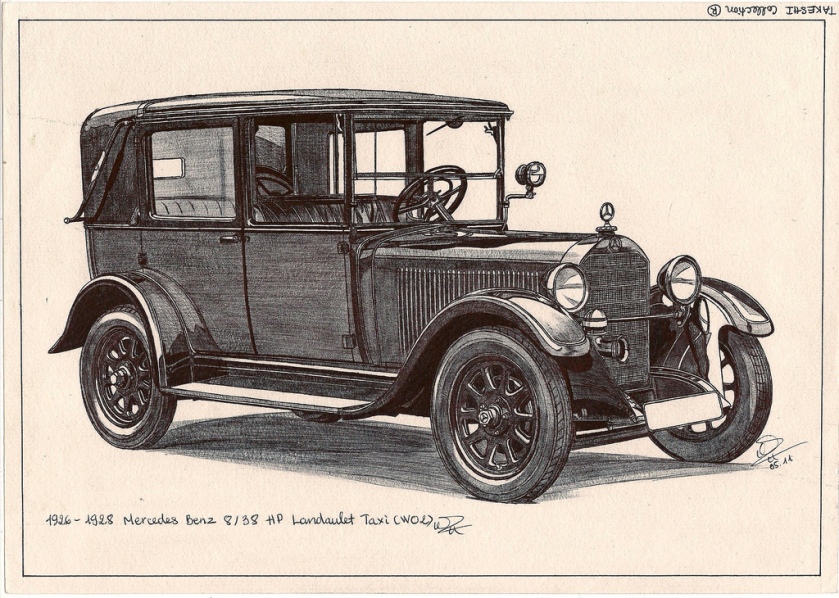 1926-28 Mercedes Benz 8-38 HP Landaulet Taxi (W02)
1926-28 Mercedes Benz 8-38 HP Landaulet Taxi (W02)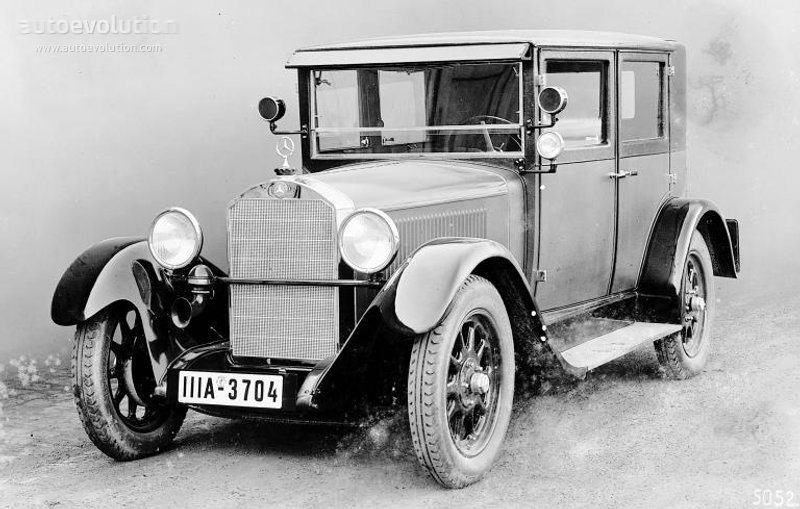 1926-28 MERCEDES BENZ 8-38 Typ 200 (W02)
1926-28 MERCEDES BENZ 8-38 Typ 200 (W02)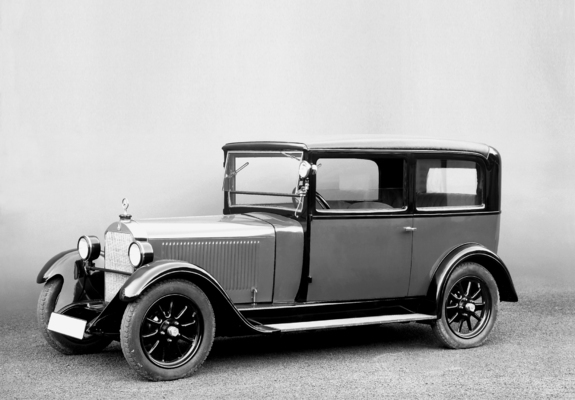 1927 Mercedes Benz 8-38hp (W02) Stuttgart 200
1927 Mercedes Benz 8-38hp (W02) Stuttgart 200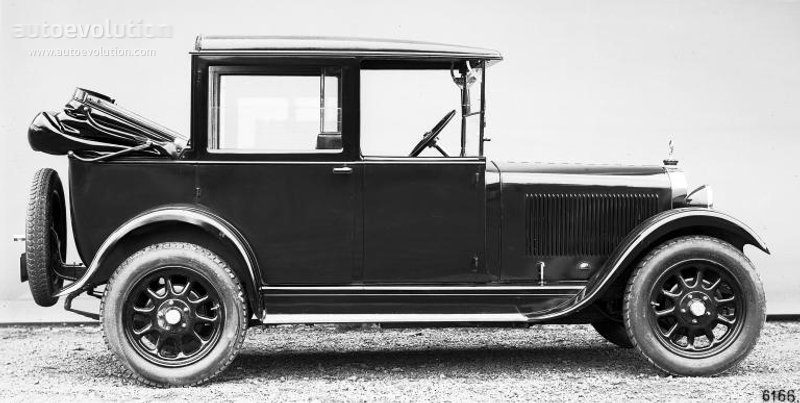 1926-28 MERCEDES BENZ 8-38 Typ 200 (W02)
1926-28 MERCEDES BENZ 8-38 Typ 200 (W02) 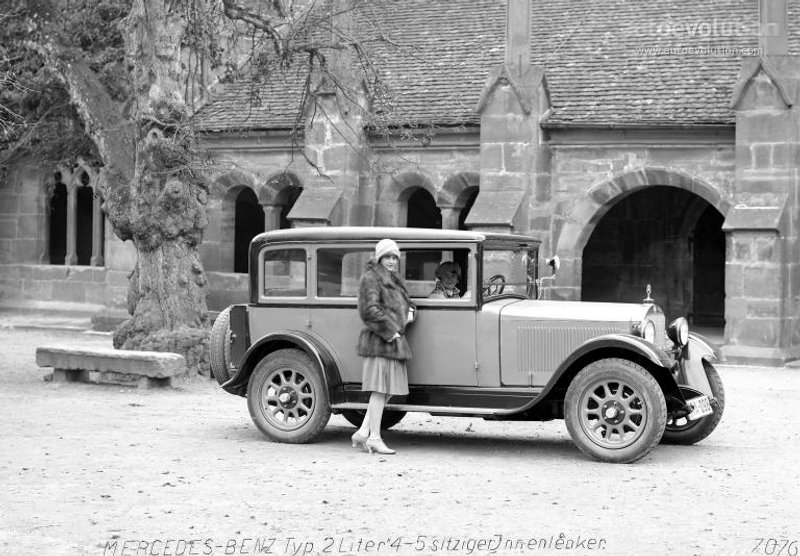 1928-33 MERCEDES BENZ 8-38 Typ Stuttgart 200 (W02)
1928-33 MERCEDES BENZ 8-38 Typ Stuttgart 200 (W02) 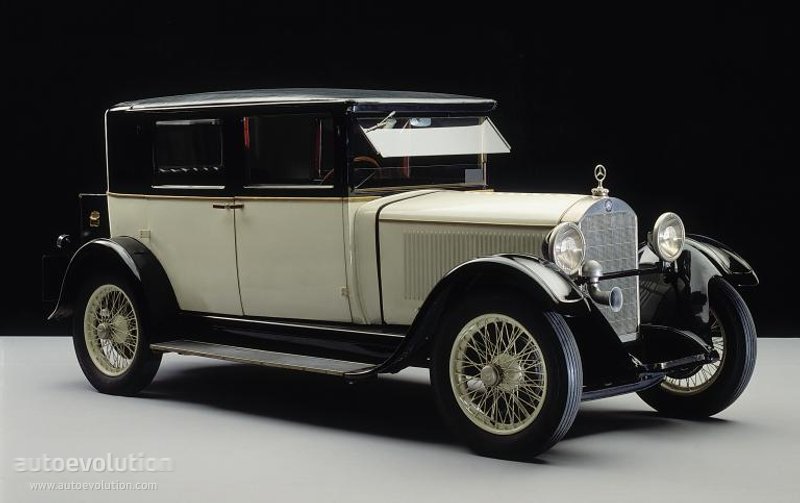 1928-33 MERCEDES BENZ 8-38 Typ Stuttgart 200 (W02) 1926-1936 Stuttgart 200, L3/4
1928-33 MERCEDES BENZ 8-38 Typ Stuttgart 200 (W02) 1926-1936 Stuttgart 200, L3/4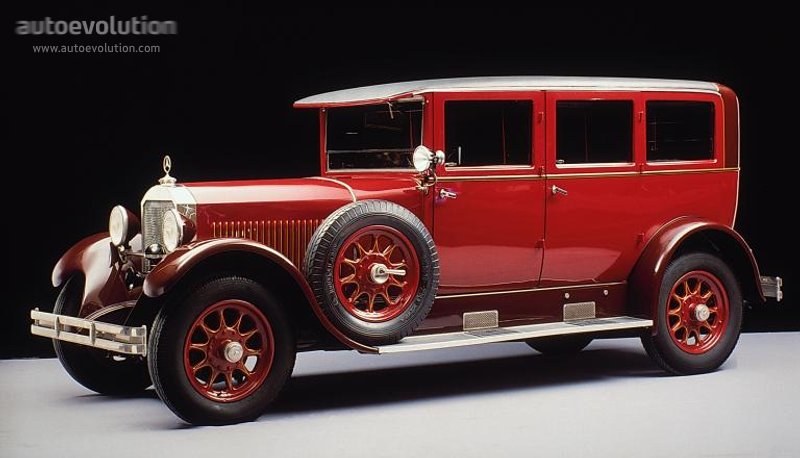 1926 Mercedes Benz W03
1926 Mercedes Benz W03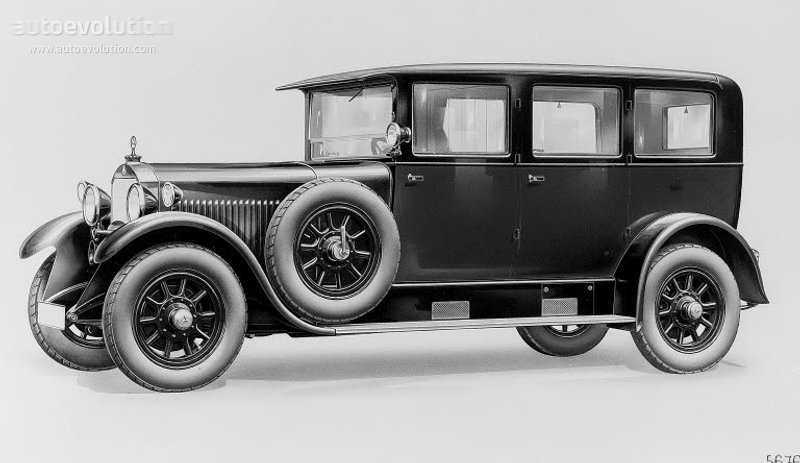 1926 Mercedes-Benz W03 a
1926 Mercedes-Benz W03 a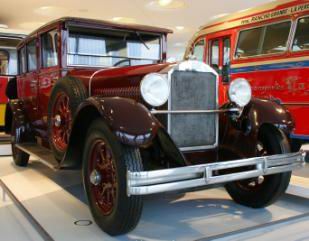
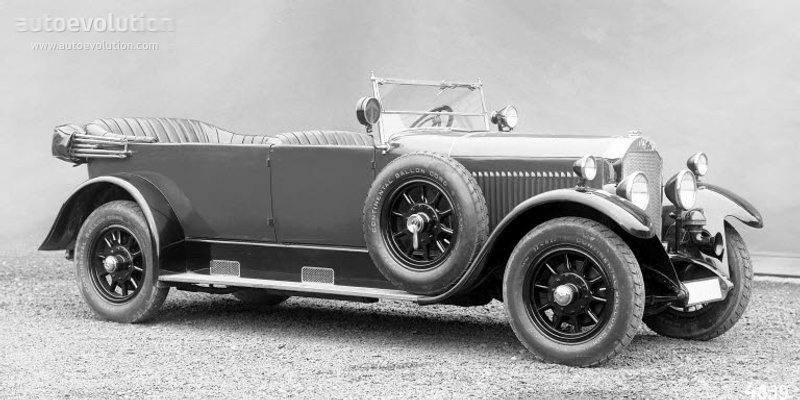 1926-27 Mercedes Benz W03 1926-1927 typ 300
1926-27 Mercedes Benz W03 1926-1927 typ 300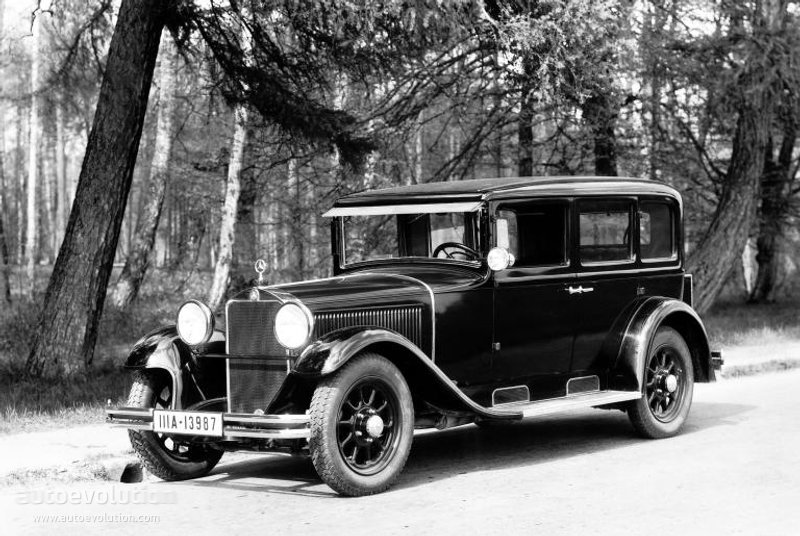 MERCEDES BENZ Typ12-55-14-60-W03-W04-W05–2557 7
MERCEDES BENZ Typ12-55-14-60-W03-W04-W05–2557 7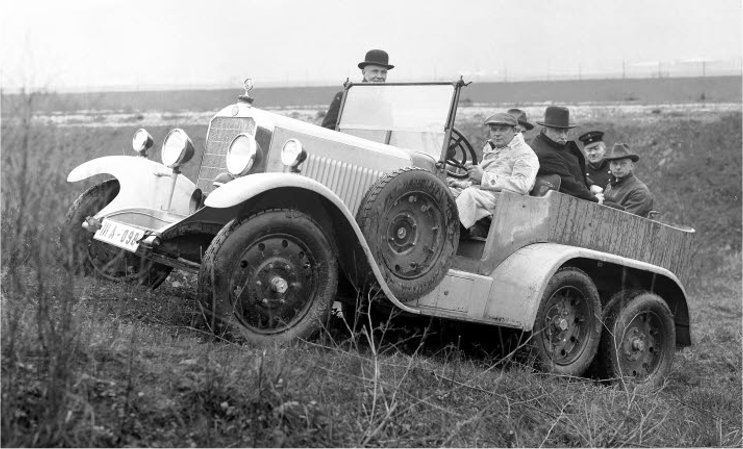 1926-29 Mercedes Benz 12-55 HP (W03+W04) typ 300-320 W04 1927-1928 typ 300, typ 320
1926-29 Mercedes Benz 12-55 HP (W03+W04) typ 300-320 W04 1927-1928 typ 300, typ 320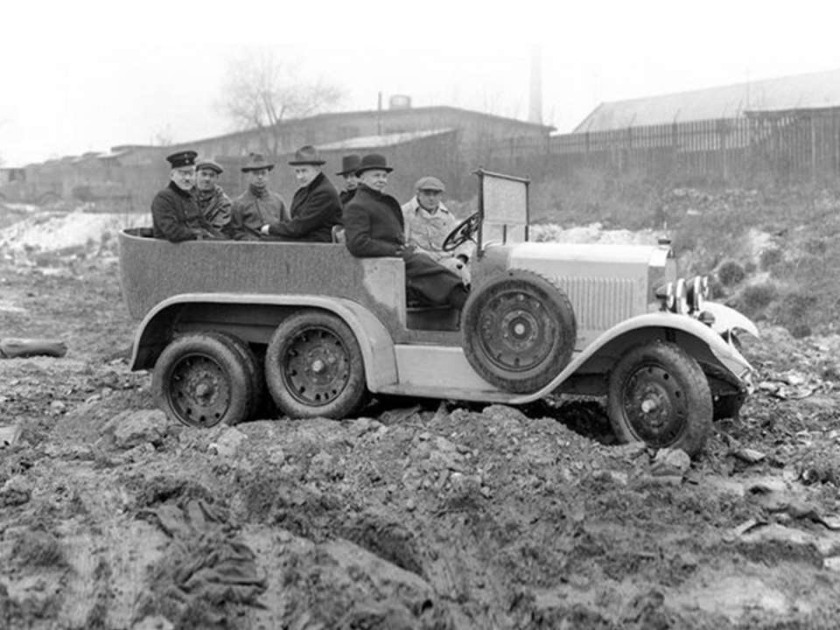 1926 Mercedes Benz 12-55hp WO3 6×6 g1 (Prototype Car)
1926 Mercedes Benz 12-55hp WO3 6×6 g1 (Prototype Car)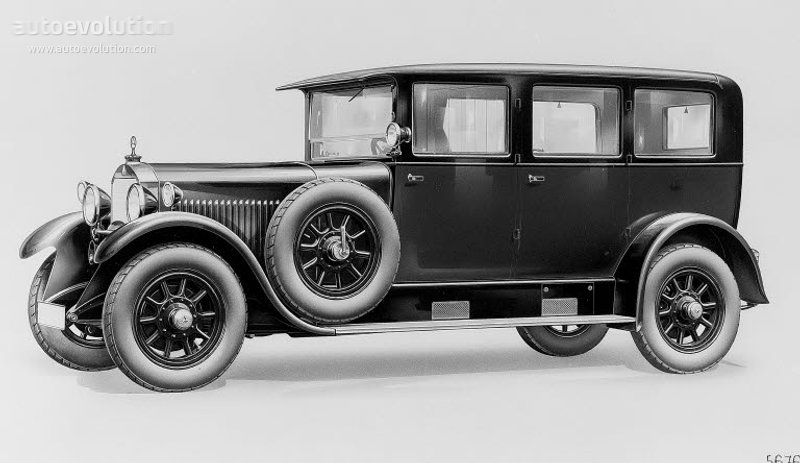 1926-29 MERCEDES BENZ Typ 12-55 – 14-60 (W03+W04+W05)a W05 1928-1929 typ 350
1926-29 MERCEDES BENZ Typ 12-55 – 14-60 (W03+W04+W05)a W05 1928-1929 typ 350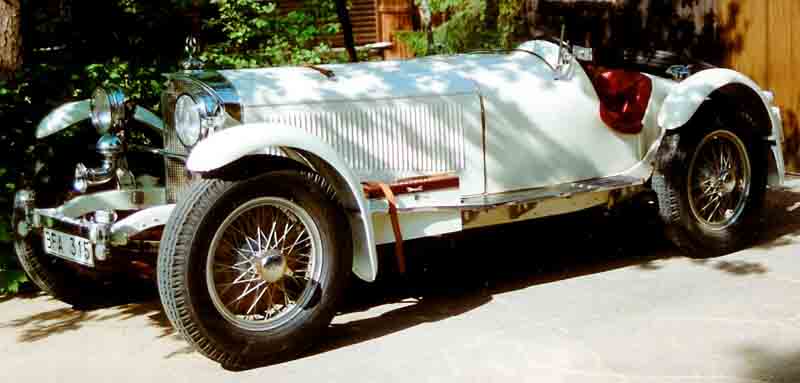 1929 Mercedes Benz W06 1926-1934 S, SS, SSK, SSKL
1929 Mercedes Benz W06 1926-1934 S, SS, SSK, SSKL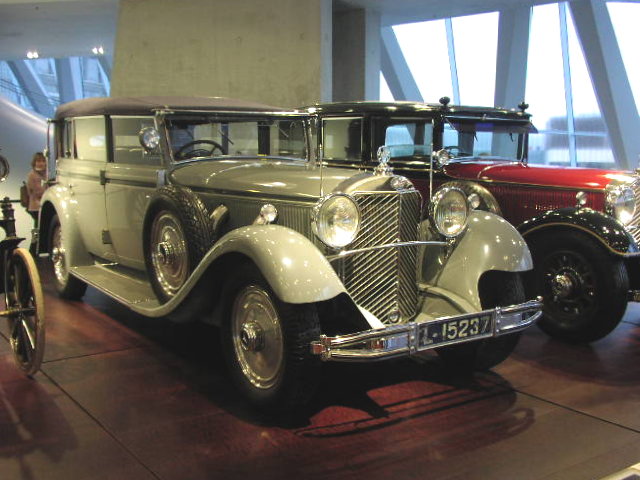 1932 Mercedes Benz W07 770 Cabrio F WilhelmII 01.jpg W07 1930-1938 typ 770 “Grosser”
1932 Mercedes Benz W07 770 Cabrio F WilhelmII 01.jpg W07 1930-1938 typ 770 “Grosser”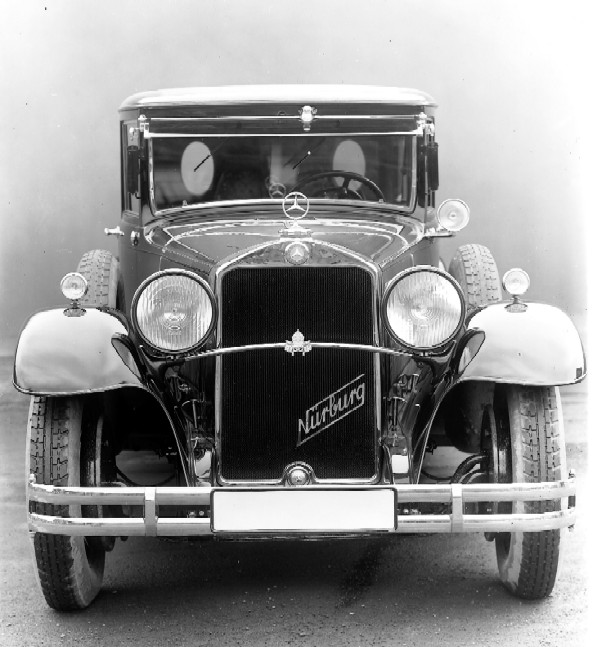 1930 Mercedes Benz Typ Nürburg 460 W08.jpg
1930 Mercedes Benz Typ Nürburg 460 W08.jpg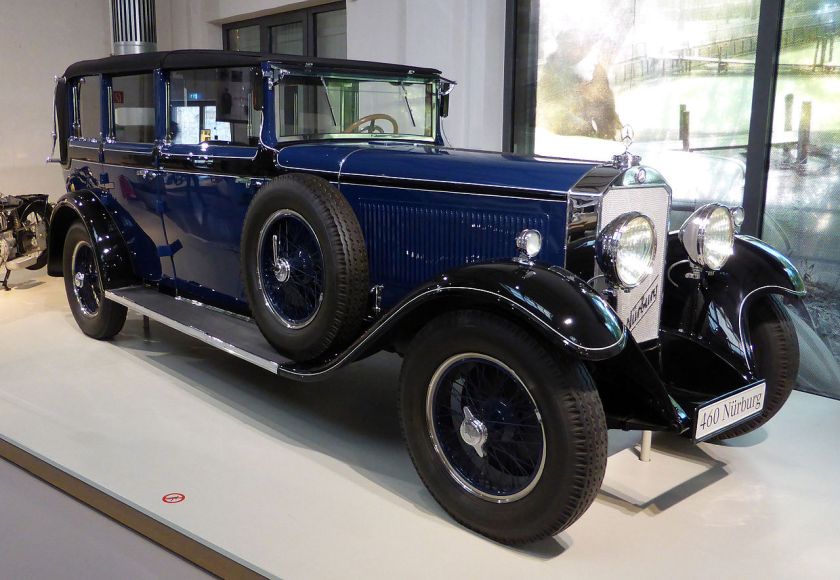 1929 Mercedes Benz Nürburg 460 W08 1928-1939 Nuerburg 460, Nuerburg 500
1929 Mercedes Benz Nürburg 460 W08 1928-1939 Nuerburg 460, Nuerburg 500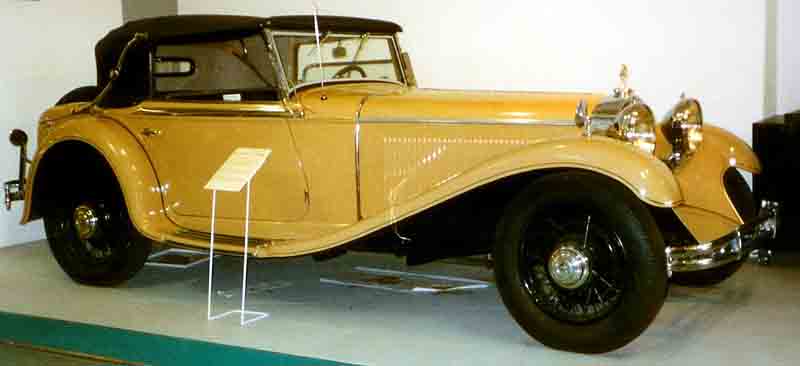 1931 Mercedes Benz 370S W10 Sport Cabriolet Manheim.jpg W10 1929-1935 Mannheim 350, Mannheim 370, Mannheim 380, G3a
1931 Mercedes Benz 370S W10 Sport Cabriolet Manheim.jpg W10 1929-1935 Mannheim 350, Mannheim 370, Mannheim 380, G3a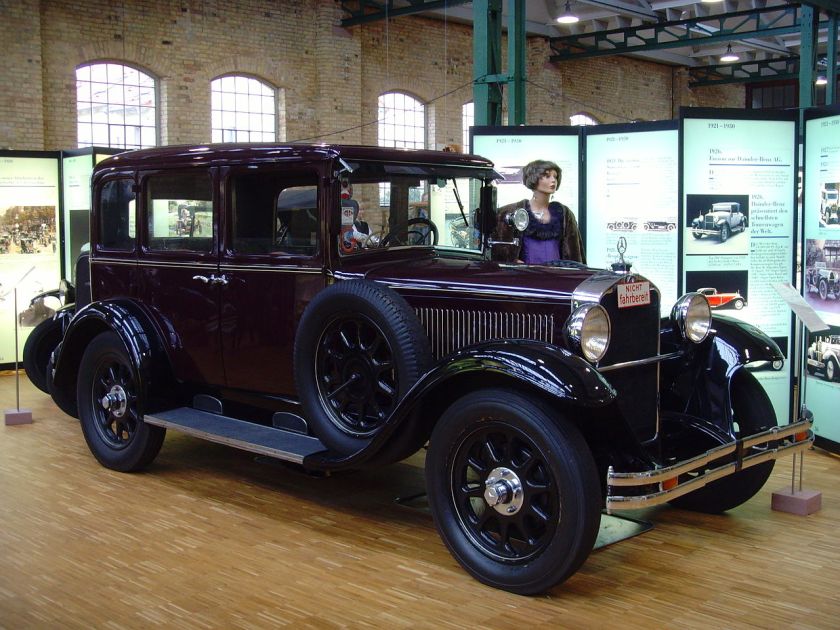 1929-34 Mercedes Benz Typ 10-50 PS W11 1929-1934 Stuttgart 260
1929-34 Mercedes Benz Typ 10-50 PS W11 1929-1934 Stuttgart 260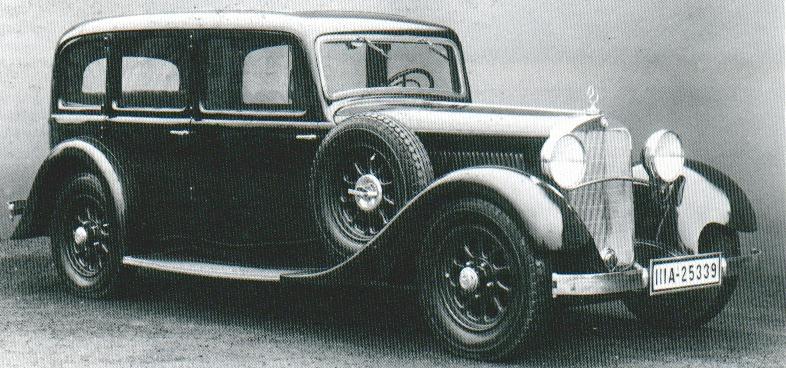 1929-35 Mercedes Benz W12 1930 Mannheim 370 K
1929-35 Mercedes Benz W12 1930 Mannheim 370 K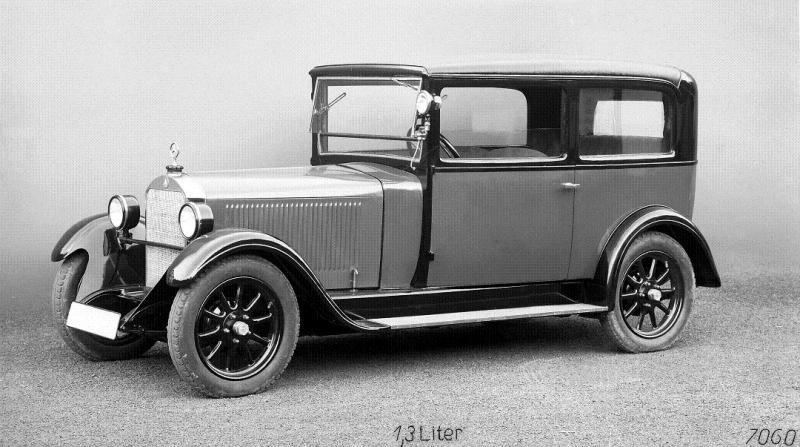 1928 Prototype of the Mercedes-Benz W14 5-25 hp Saloon.1 W14 1928 typ 130 (prototype)
1928 Prototype of the Mercedes-Benz W14 5-25 hp Saloon.1 W14 1928 typ 130 (prototype)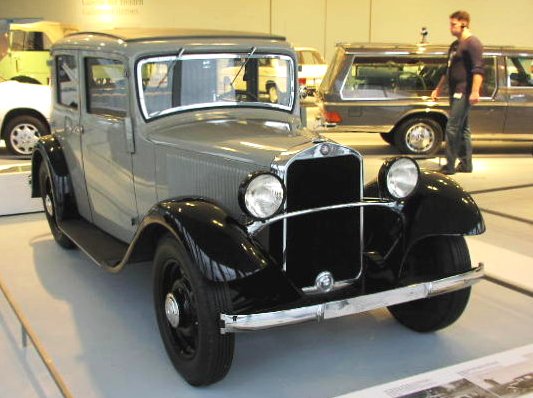 1931 Mercedes Benz Typ 170 W 15 170-6 1931-1936 typ 170, L300
1931 Mercedes Benz Typ 170 W 15 170-6 1931-1936 typ 170, L300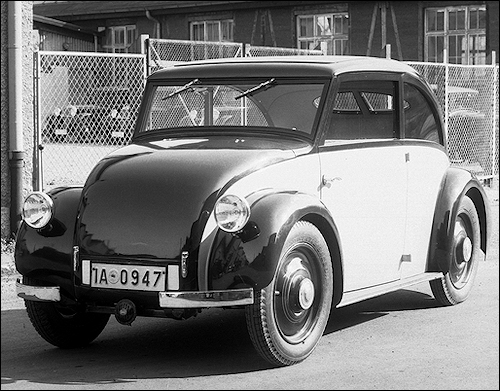 1931 mercedes benz 1931 120h w17 prototype 12 excemp W17 1931 typ 120 (prototype, rearmotor)
1931 mercedes benz 1931 120h w17 prototype 12 excemp W17 1931 typ 120 (prototype, rearmotor)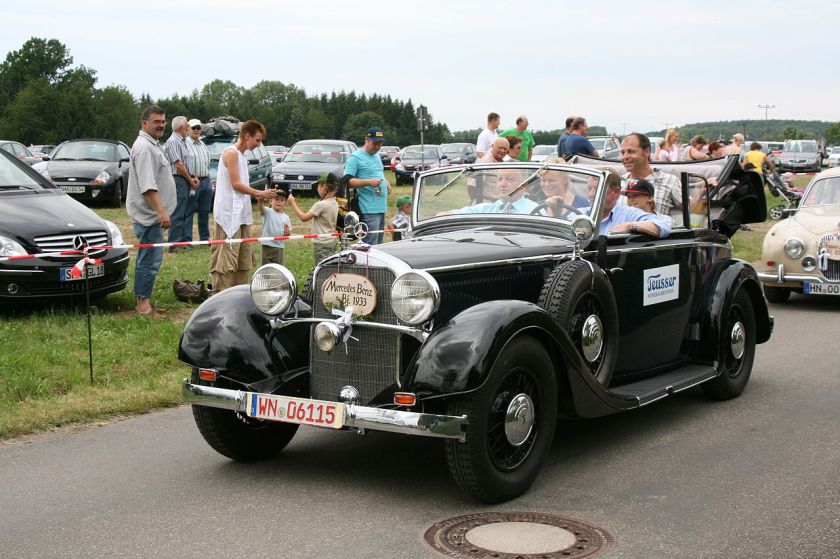 1933 Mercedes Benz Type 290 Cabriolet B W18 1933-1937 typ 290
1933 Mercedes Benz Type 290 Cabriolet B W18 1933-1937 typ 290 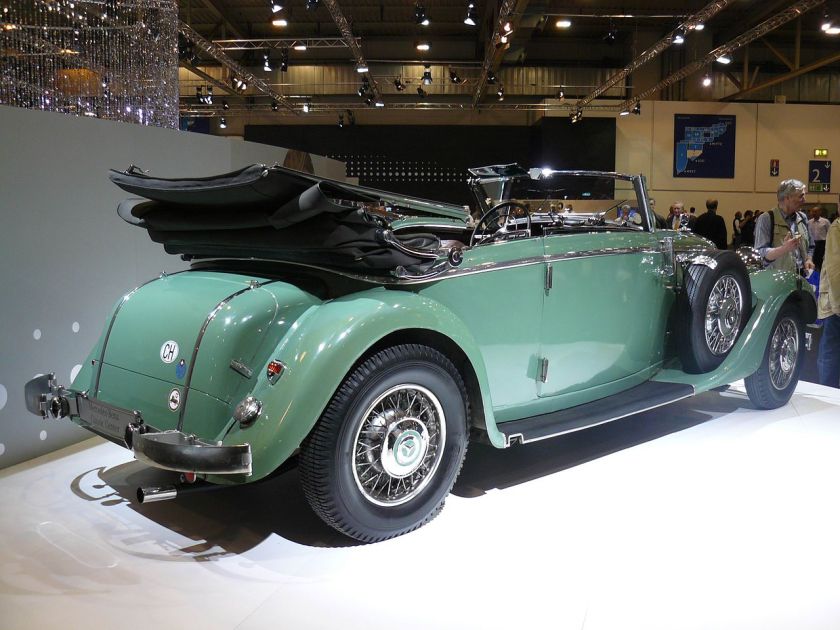 1935 Mercedes Benz W18 290 A Cabriolet.jpg
1935 Mercedes Benz W18 290 A Cabriolet.jpg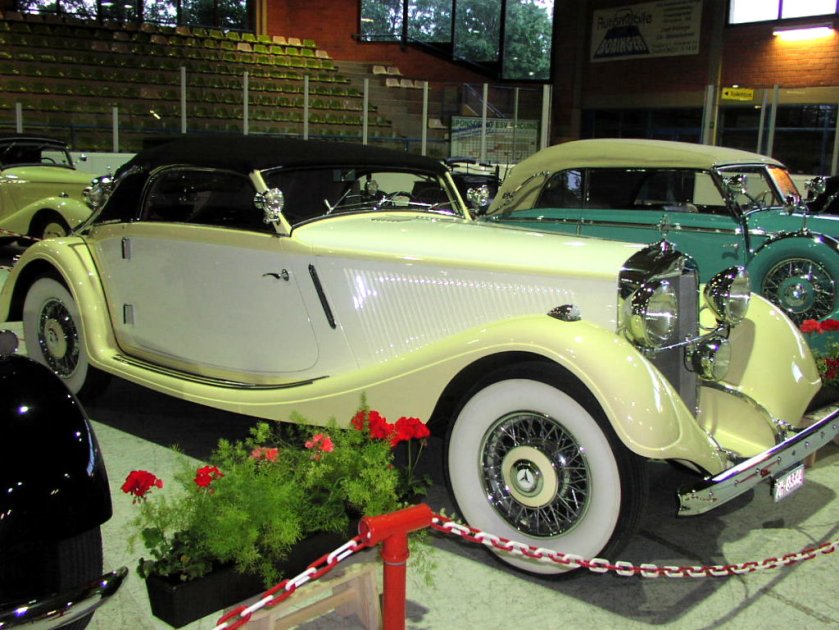 1935 Mercedes Benz W18 290 LWB Cabrio A.jpg
1935 Mercedes Benz W18 290 LWB Cabrio A.jpg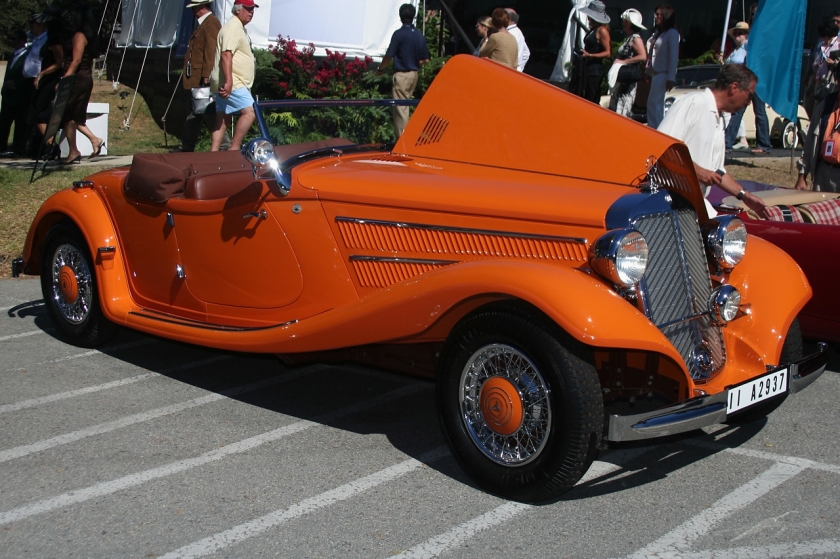 Mercedes Benz Typ 290 Spezial-Roadster W18
Mercedes Benz Typ 290 Spezial-Roadster W18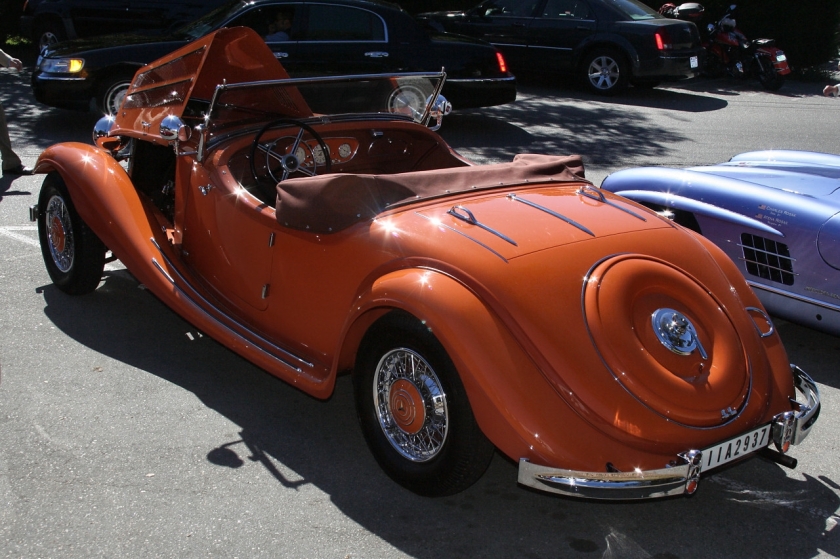 Mercedes Benz Typ 290 Spezial-Roadster W18 rear
Mercedes Benz Typ 290 Spezial-Roadster W18 rear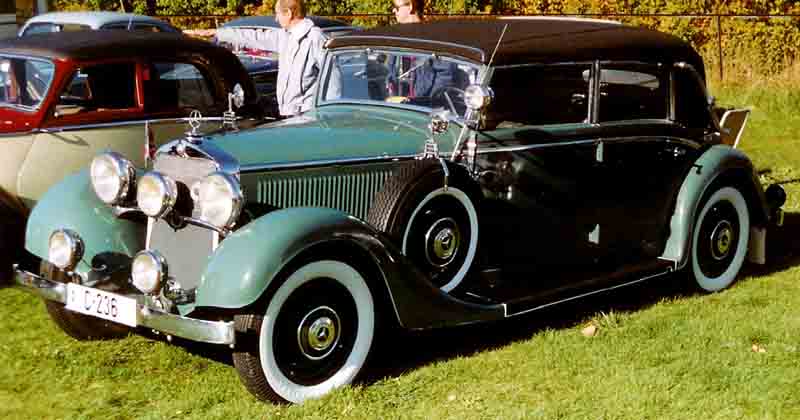 1936 Mercedes Benz 290 Cabriolet D W18
1936 Mercedes Benz 290 Cabriolet D W18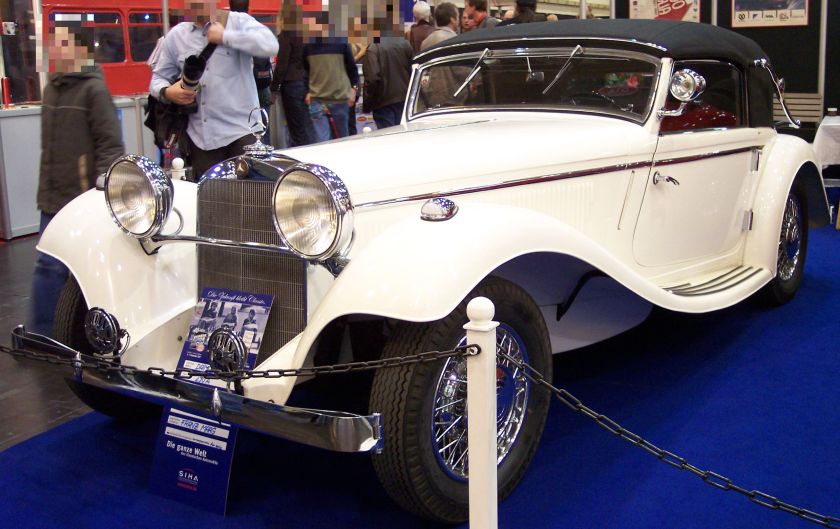 Mercedes Benz 290A W18 white vl TCE
Mercedes Benz 290A W18 white vl TCE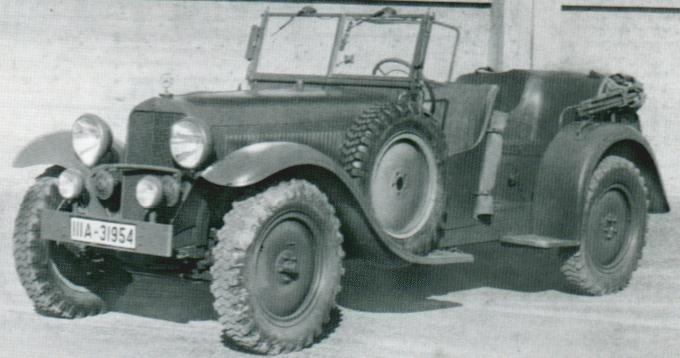 1936-37 Mercedes Benz-290 W18 Wehrmacht-Kübelwagen
1936-37 Mercedes Benz-290 W18 Wehrmacht-Kübelwagen 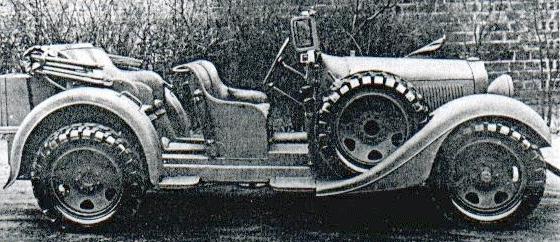 1934 Mercedes Benz 290 W18 Kübelwagen W18 III 1934 typ 290 Kübelwagen I(amphibie)
1934 Mercedes Benz 290 W18 Kübelwagen W18 III 1934 typ 290 Kübelwagen I(amphibie)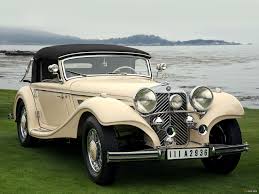
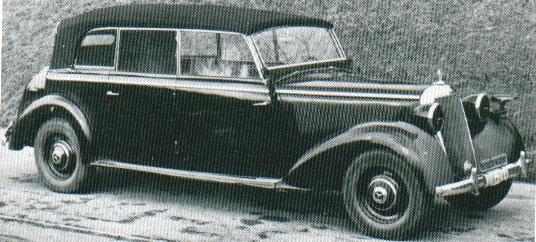 1932-33 Mercedes Benz Mannheim 380S W20 1932-1933 typ 380 S
1932-33 Mercedes Benz Mannheim 380S W20 1932-1933 typ 380 S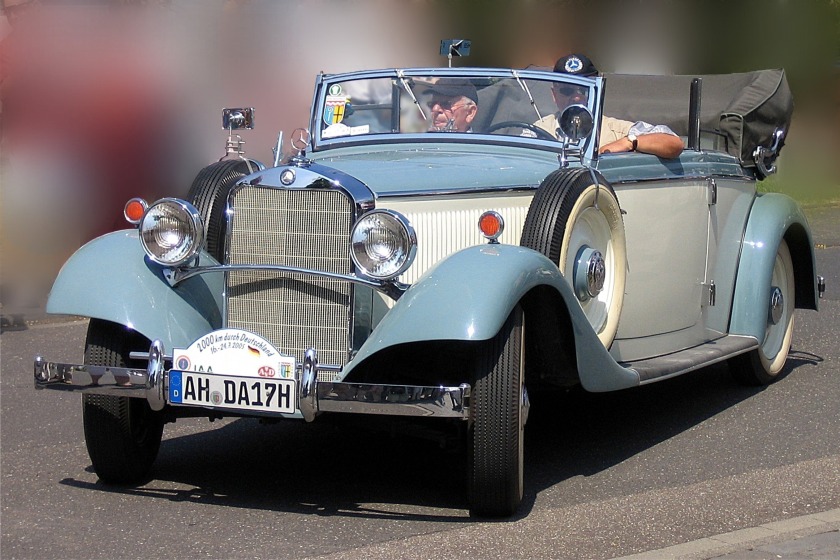 1935 Mercedes Benz 200 W21 1933-1937 typ 200, typ 230
1935 Mercedes Benz 200 W21 1933-1937 typ 200, typ 230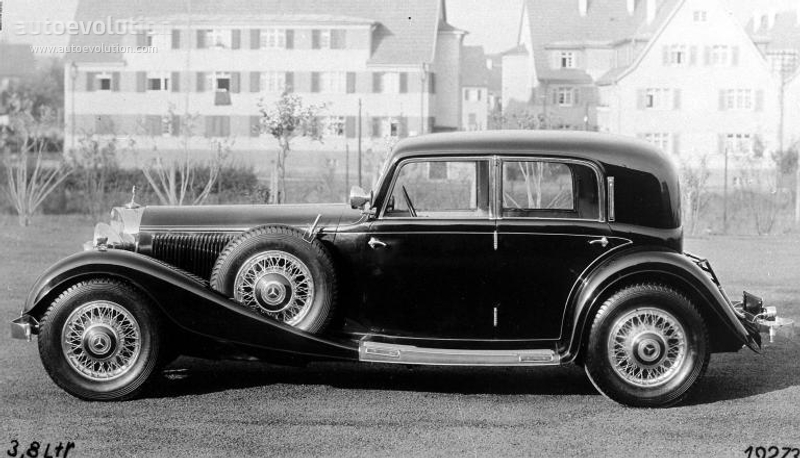 1933-34 MERCEDES BENZ Typ 380 W22 1933-1934 typ 380
1933-34 MERCEDES BENZ Typ 380 W22 1933-1934 typ 380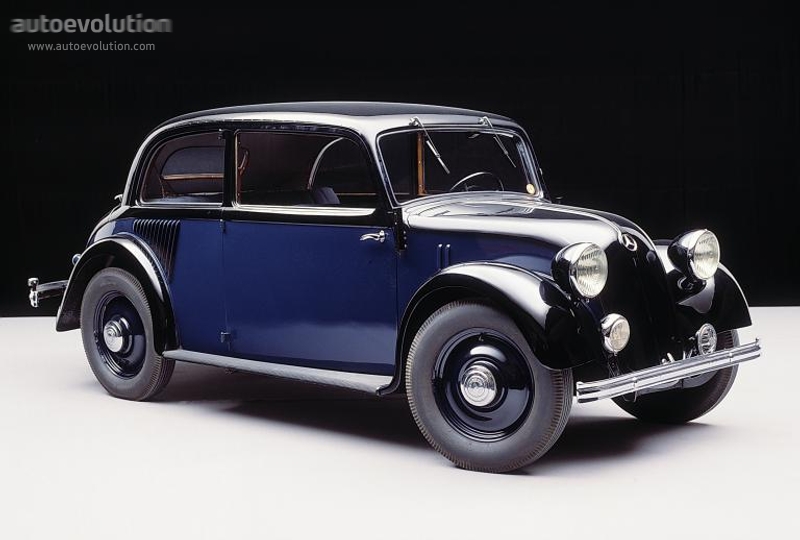
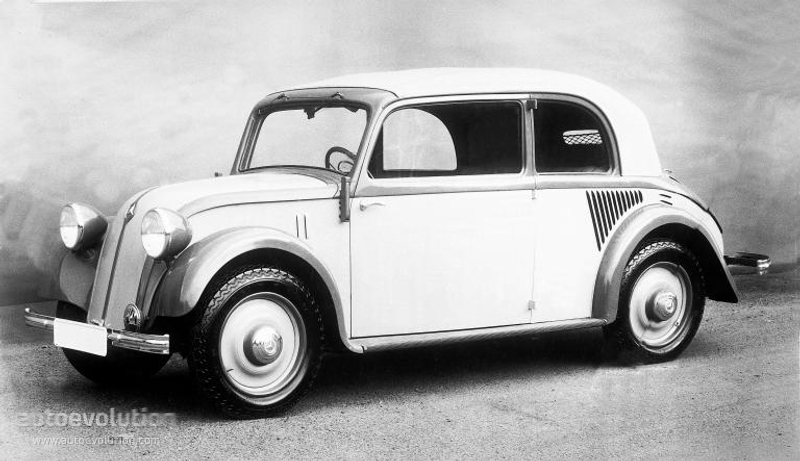
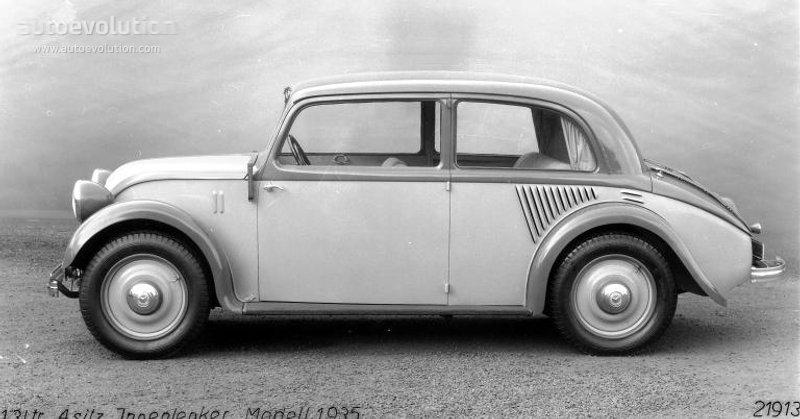 1934-36 MERCEDES BENZ130-W23–2634 1+2+3 W23 1934-1936 typ 130 (rearmotor)
1934-36 MERCEDES BENZ130-W23–2634 1+2+3 W23 1934-1936 typ 130 (rearmotor)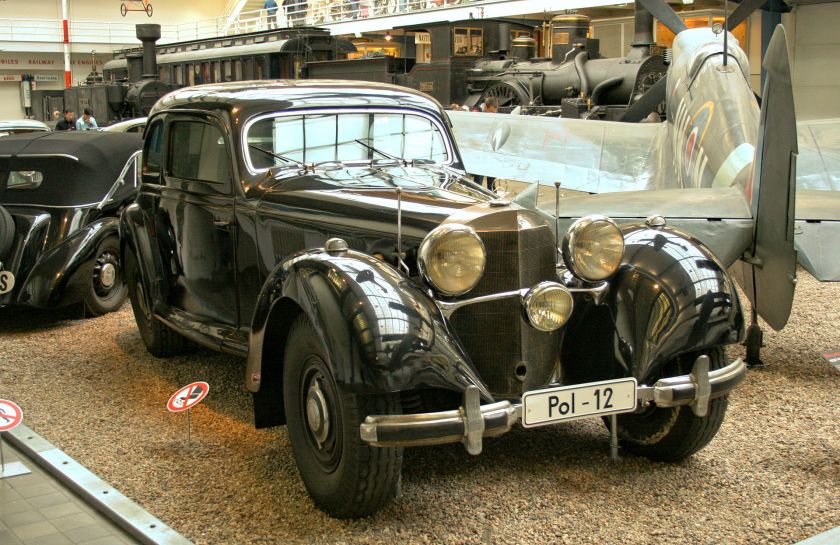 1936+1939-42 Mercedes Benz 540 K W24 1936, 1943 typ 540 K
1936+1939-42 Mercedes Benz 540 K W24 1936, 1943 typ 540 K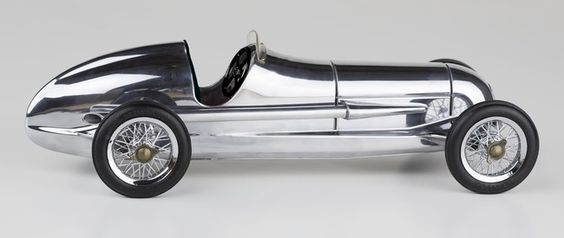
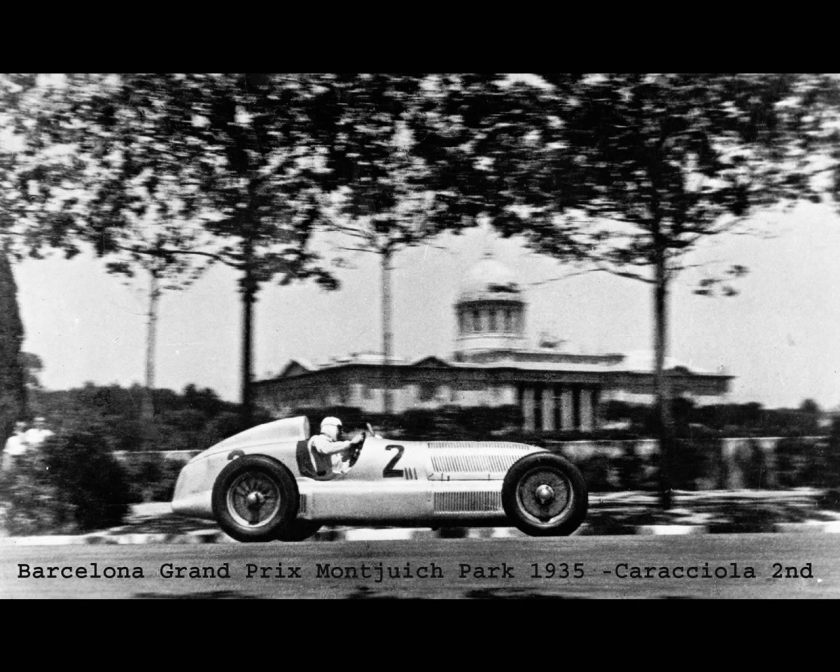 W25 1934-1936 W25 Silver Arrow
W25 1934-1936 W25 Silver Arrow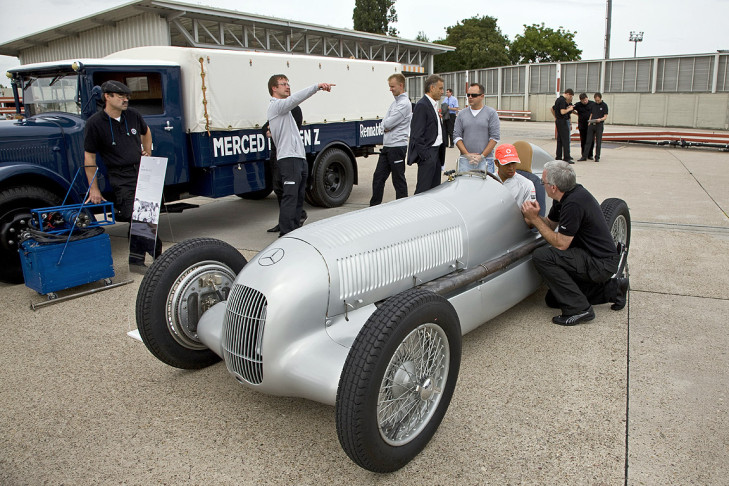 1933 Mercedes Benz Silberpfeile W-25D.jpg W25D 1933 typ 175 (prototype)
1933 Mercedes Benz Silberpfeile W-25D.jpg W25D 1933 typ 175 (prototype)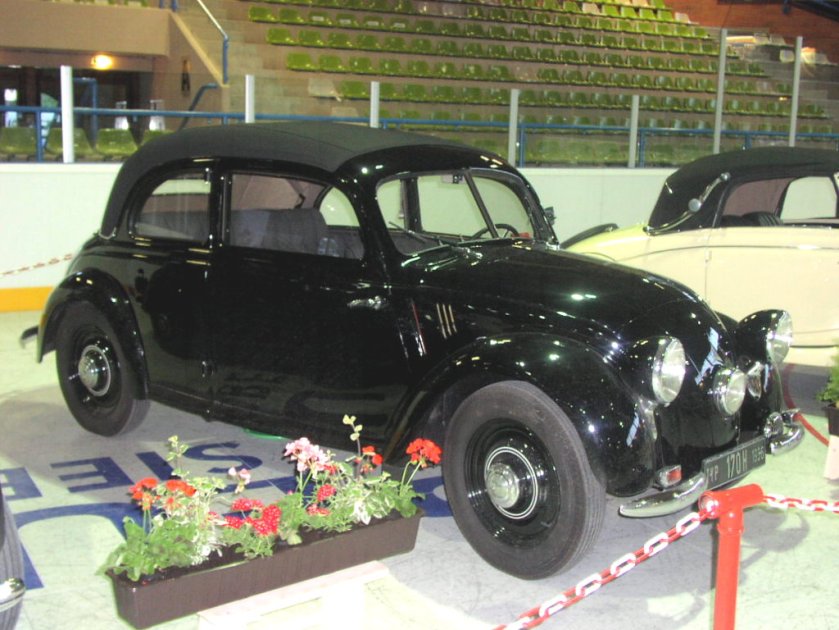 1936 Mercedes Benz W28 170H W28 1936-1939 typ 170 H
1936 Mercedes Benz W28 170H W28 1936-1939 typ 170 H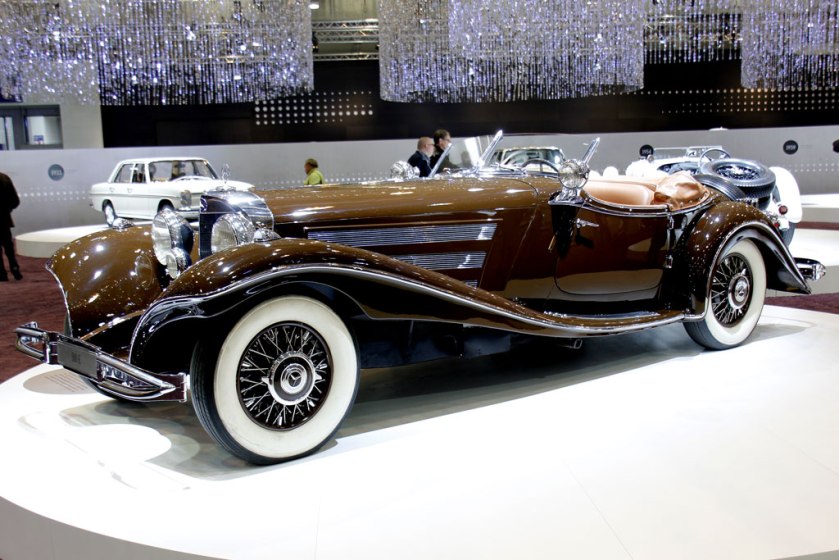 1934 Mercedes Benz 500 K Special Roadster W29 3215 1934-1939 typ 500 K, typ 540 K
1934 Mercedes Benz 500 K Special Roadster W29 3215 1934-1939 typ 500 K, typ 540 K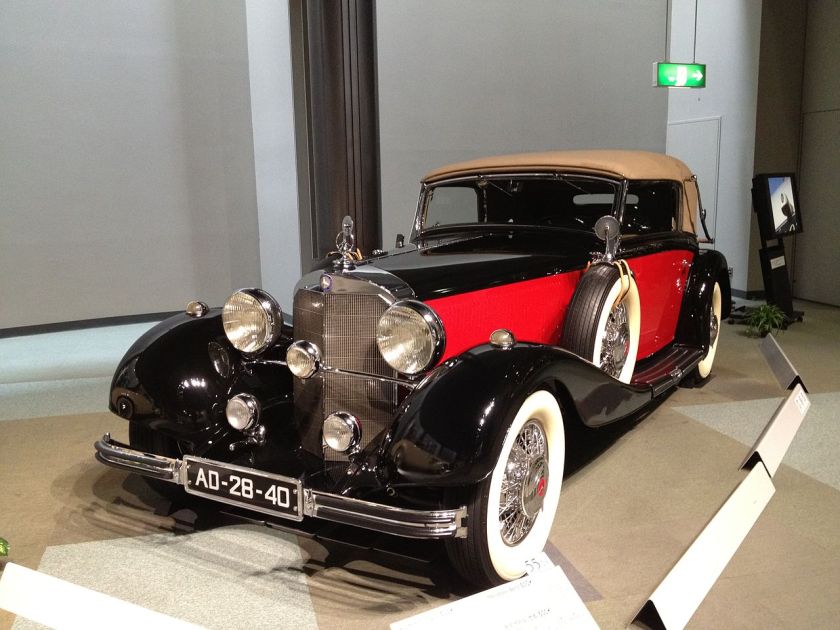 1935 Mercedes-Benz 500K W29
1935 Mercedes-Benz 500K W29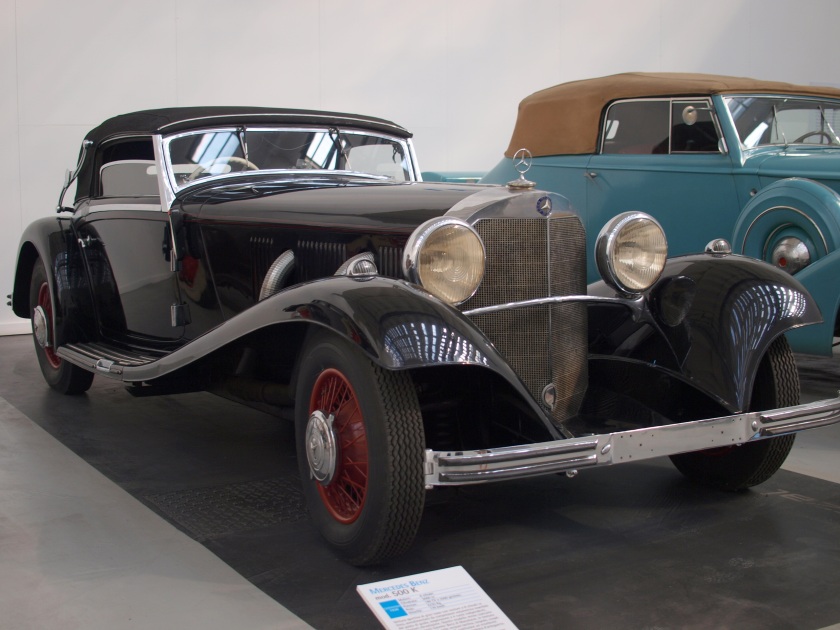
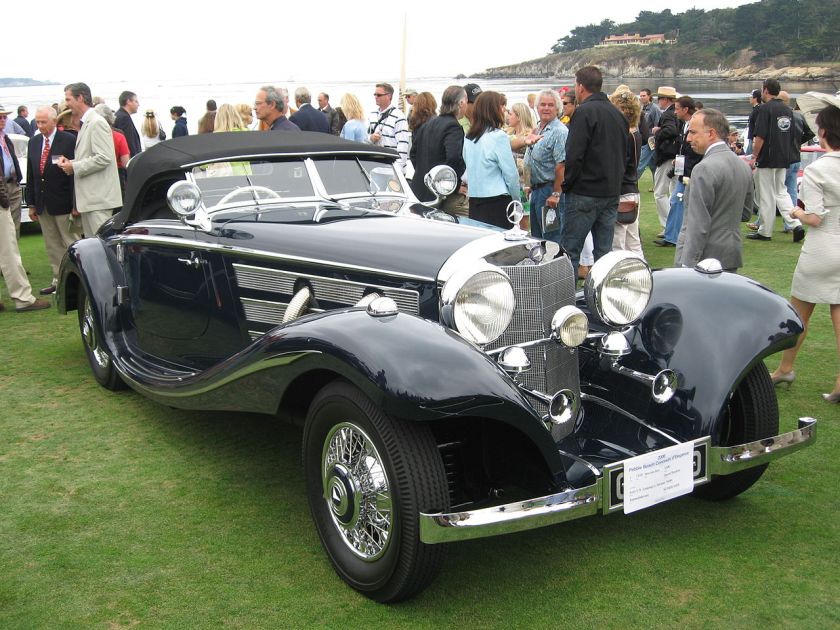 1936 Mercedes Benz 500 K Spezial-Roadster W29
1936 Mercedes Benz 500 K Spezial-Roadster W29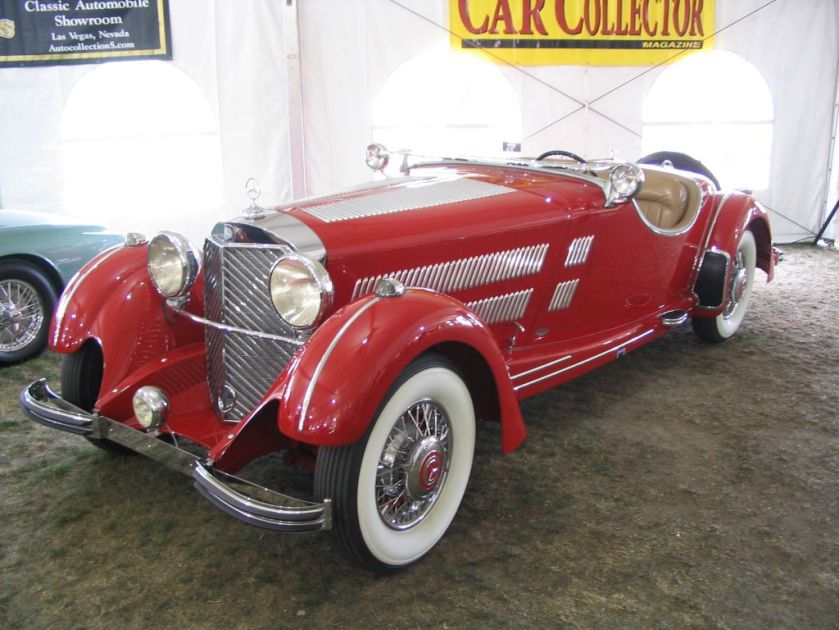 1934 Mercedes-Benz 500 K Sport-Roadster W29
1934 Mercedes-Benz 500 K Sport-Roadster W29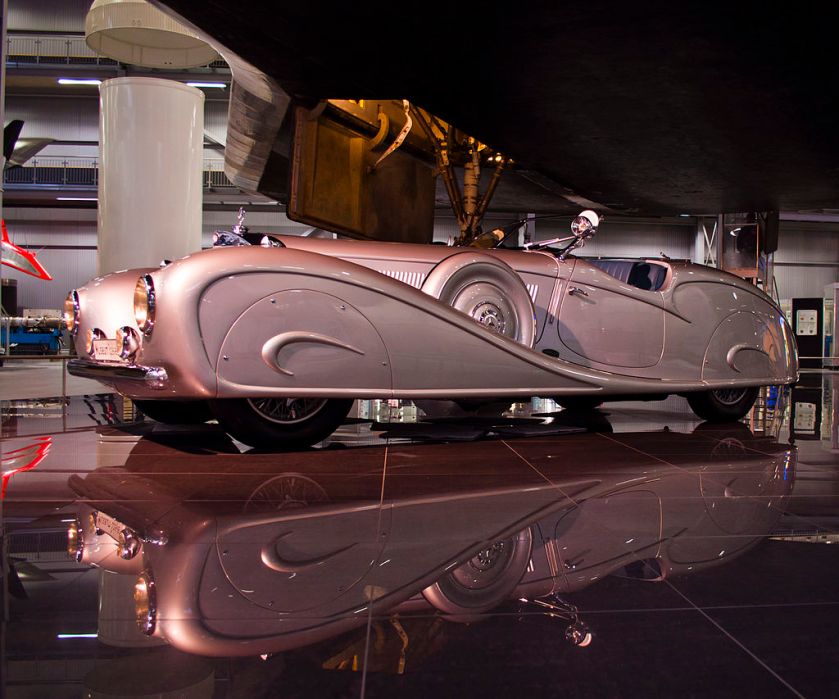 1935 Mercedes Benz 500 K W29 mit Erdmann-&-Rossi-Karosserie für den König des Irak
1935 Mercedes Benz 500 K W29 mit Erdmann-&-Rossi-Karosserie für den König des Irak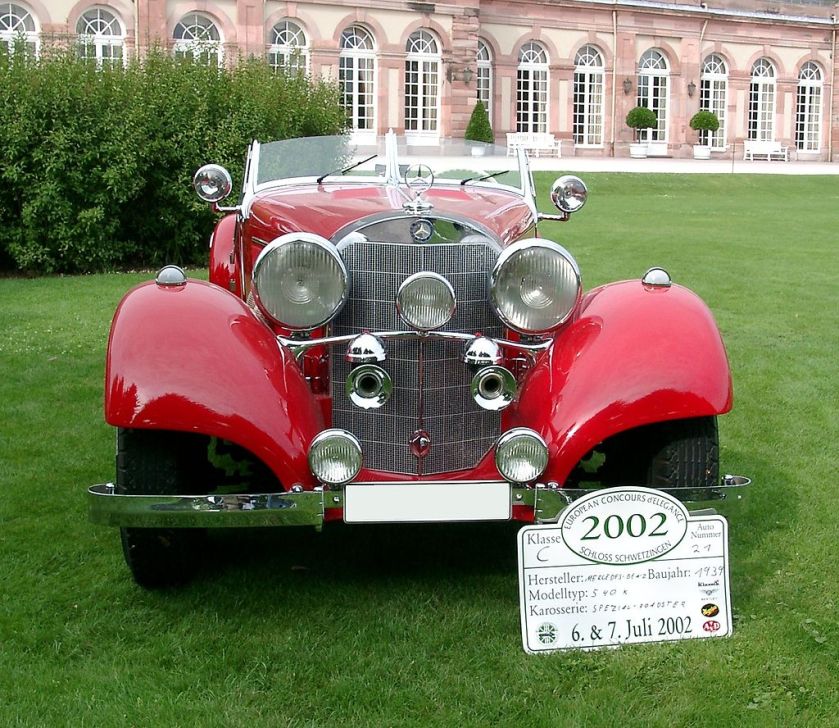 1939 Mercedes-Benz W29K540K Cabriolet, Baujahr 1939
1939 Mercedes-Benz W29K540K Cabriolet, Baujahr 1939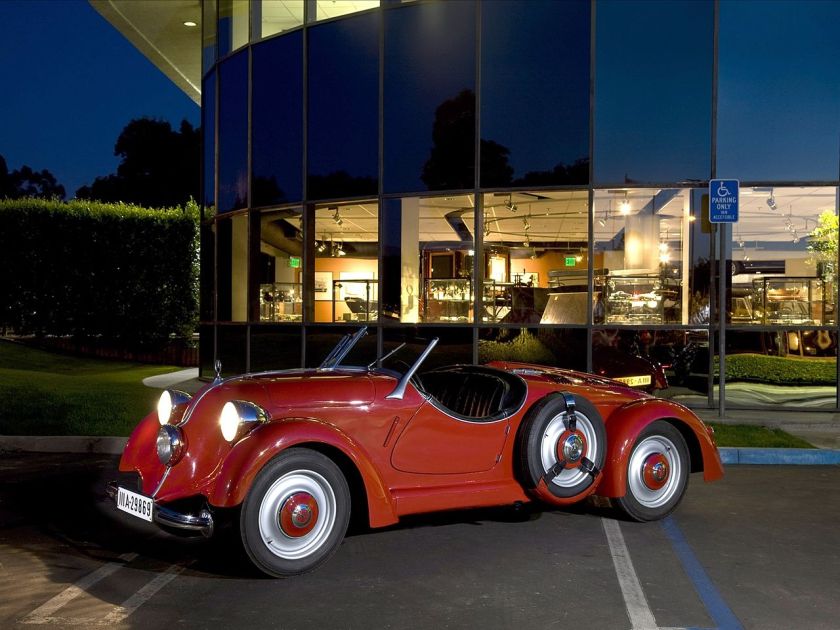 1935 Mercedes Benz 150 Roadster W30 1935-1936 typ 150 (rearmotor)
1935 Mercedes Benz 150 Roadster W30 1935-1936 typ 150 (rearmotor)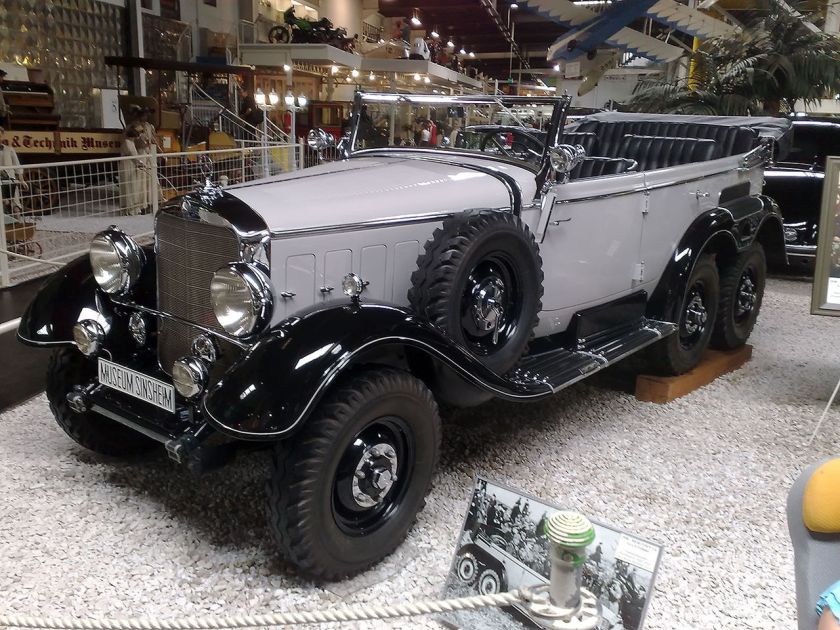 1938 Mercedes Benz G4 W31 1934-1939 typ G4
1938 Mercedes Benz G4 W31 1934-1939 typ G4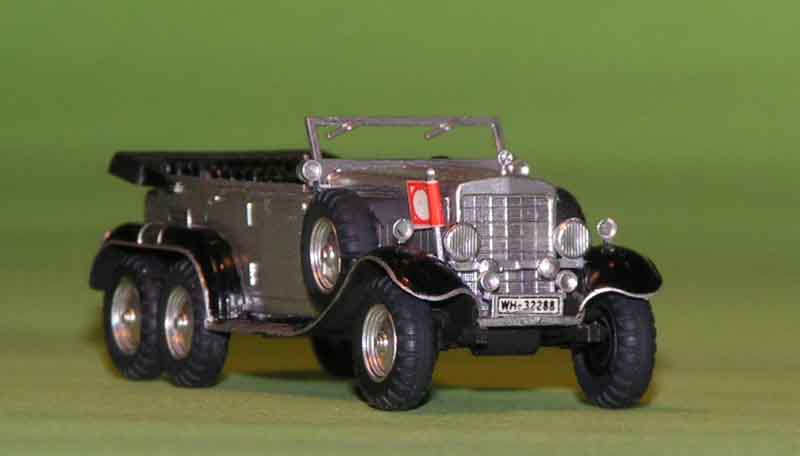 W34 1934 typ 150 (rearmotor)
W34 1934 typ 150 (rearmotor)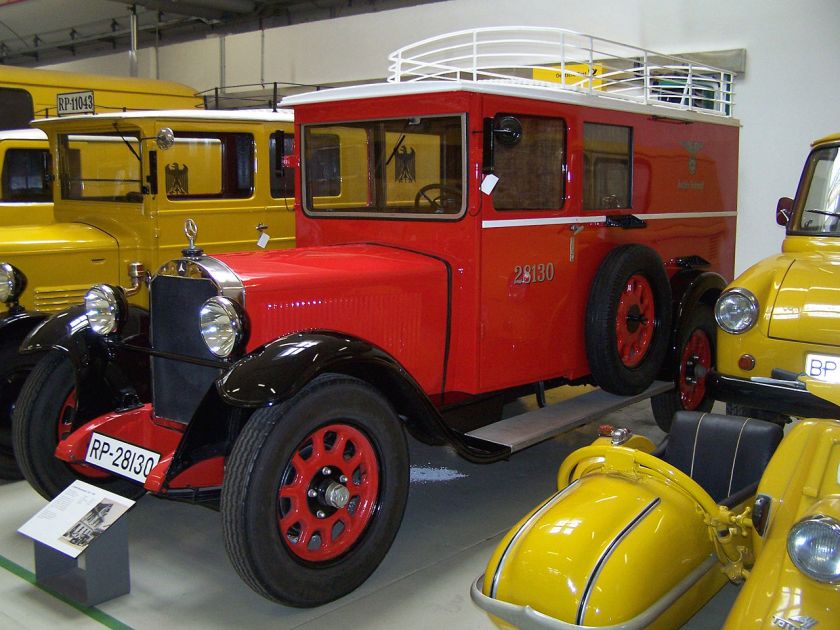 Daimler-Benz L 1000 W37 Heusenstamm. W37 1929-1936 L1000 (Stuttgart 260 based)
Daimler-Benz L 1000 W37 Heusenstamm. W37 1929-1936 L1000 (Stuttgart 260 based)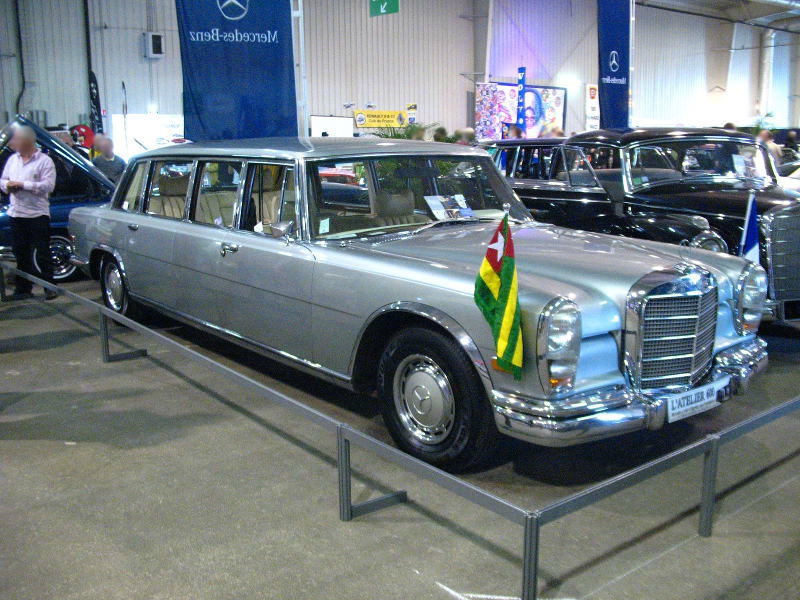
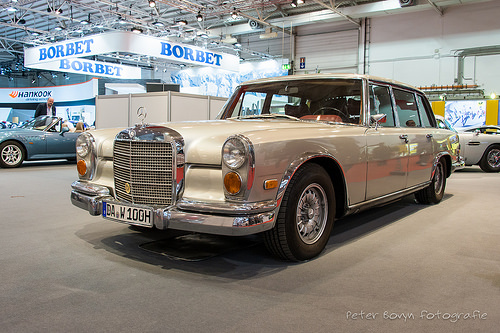
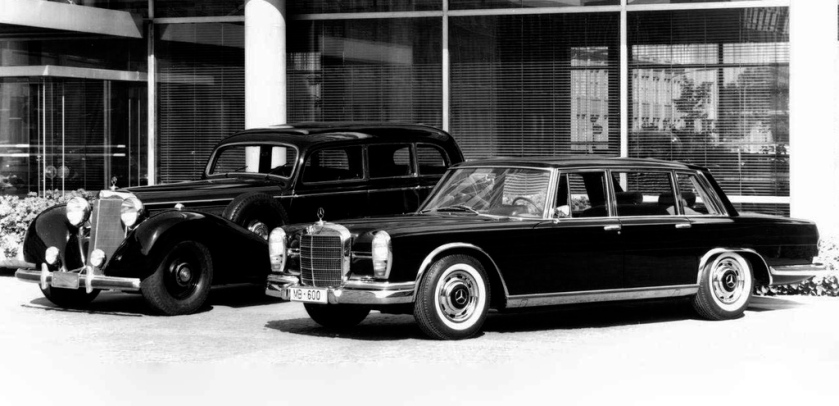
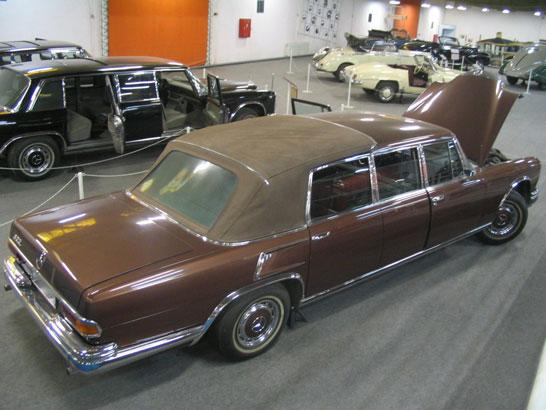
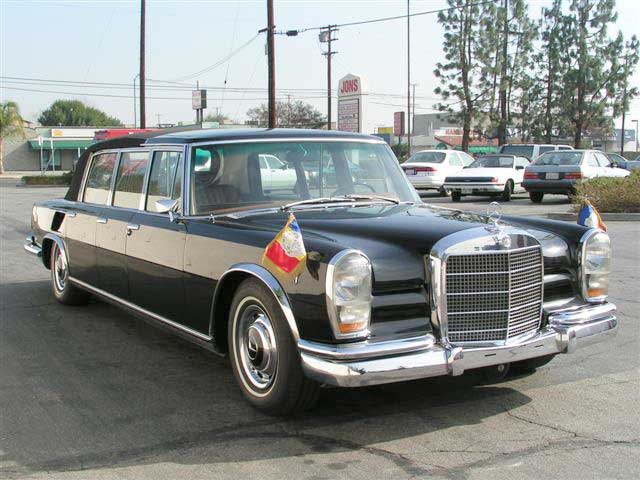
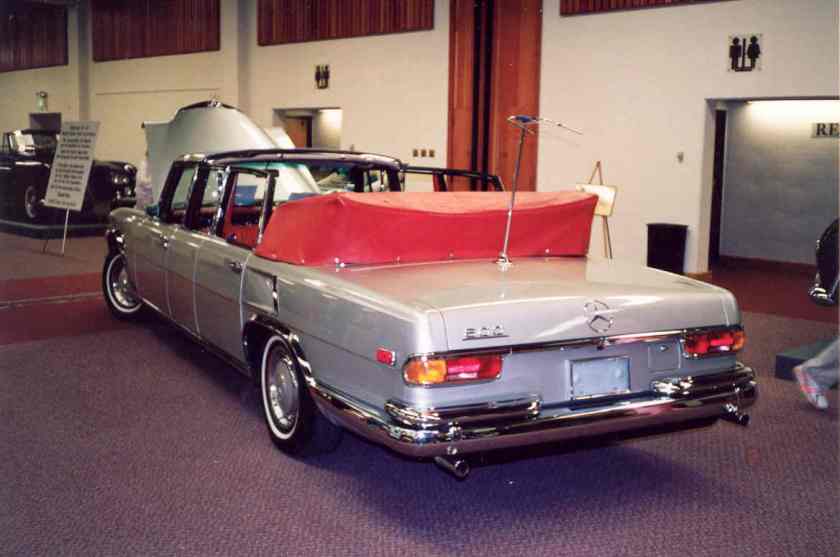
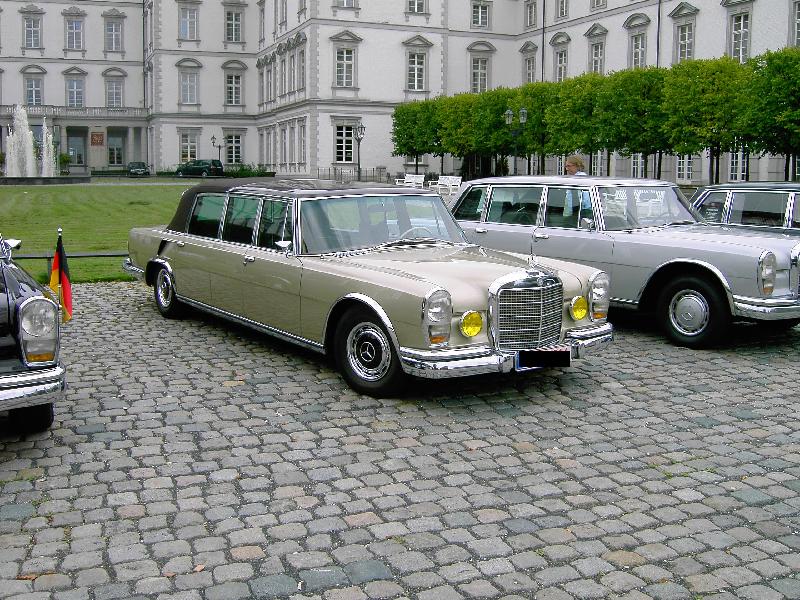
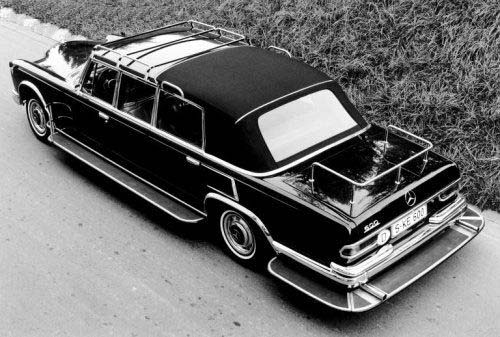
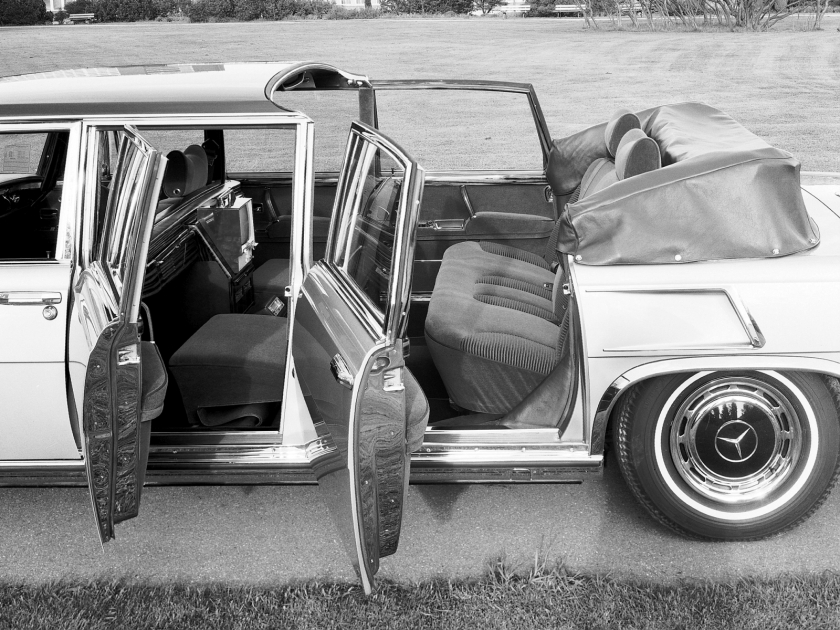
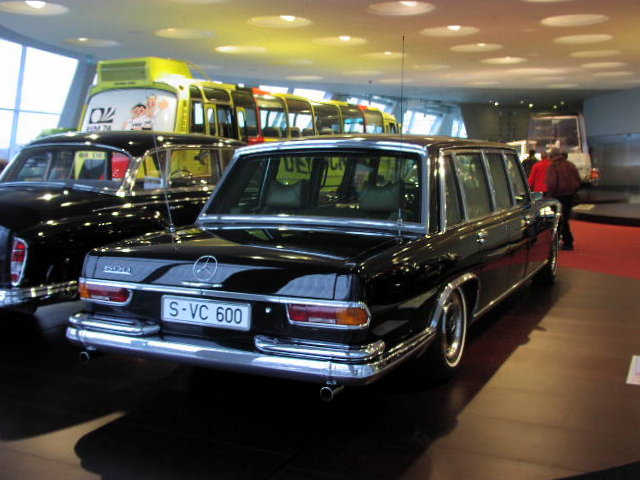
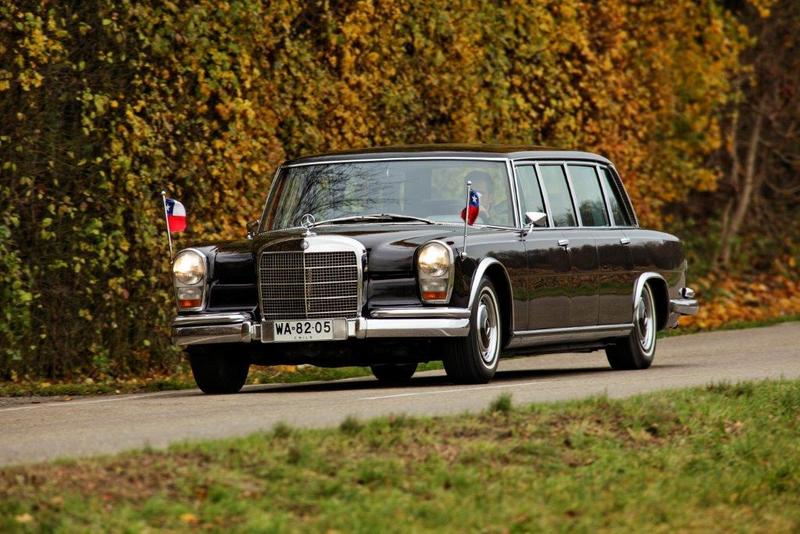
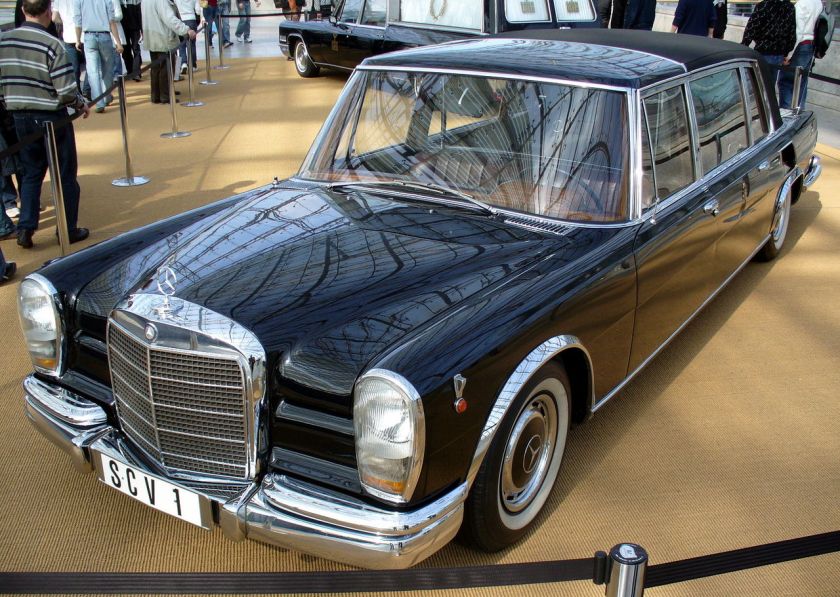
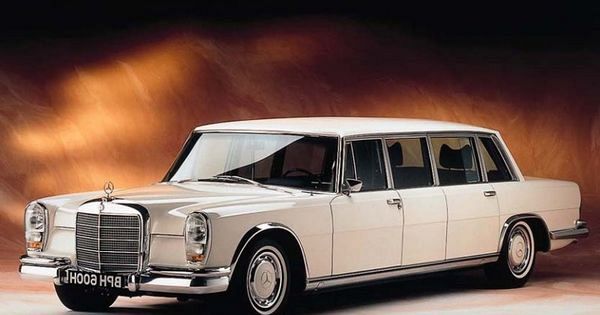
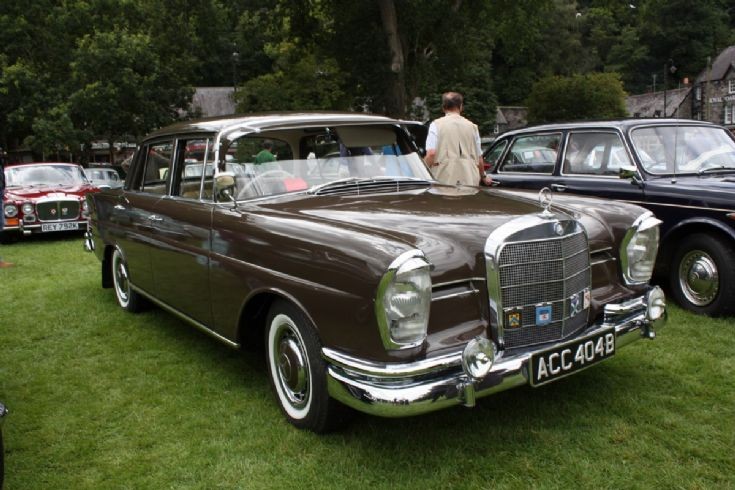
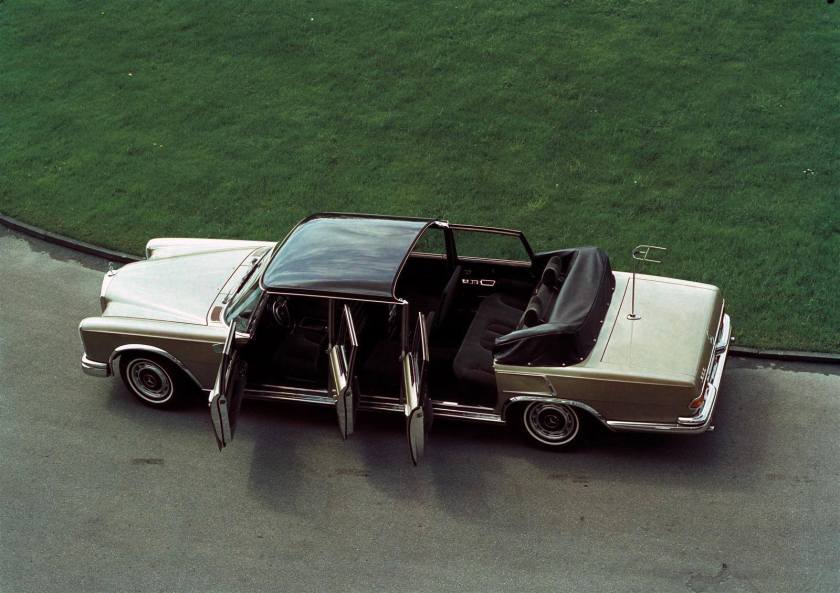
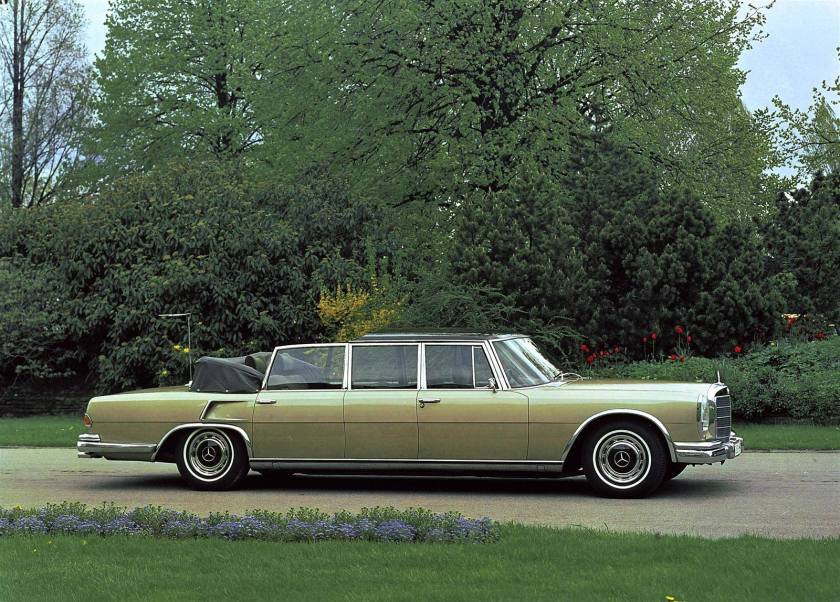
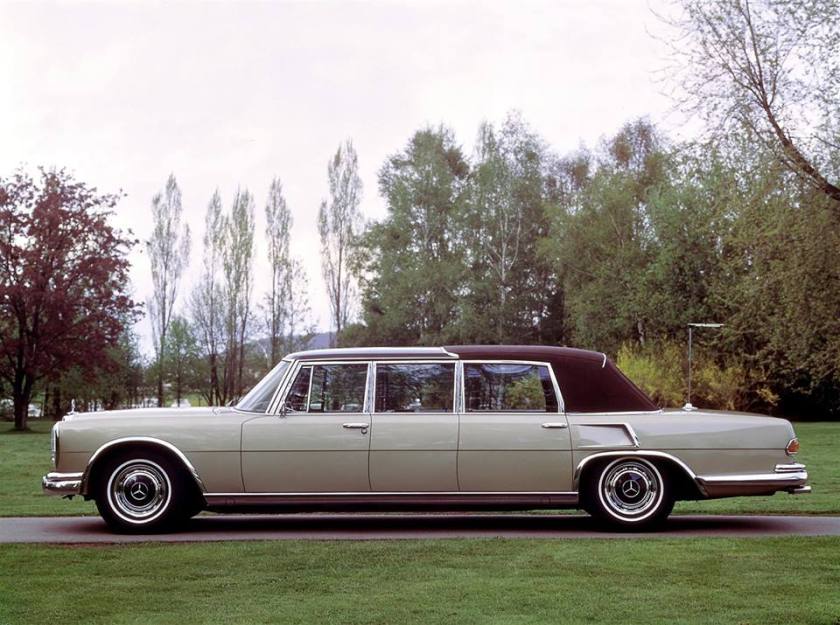
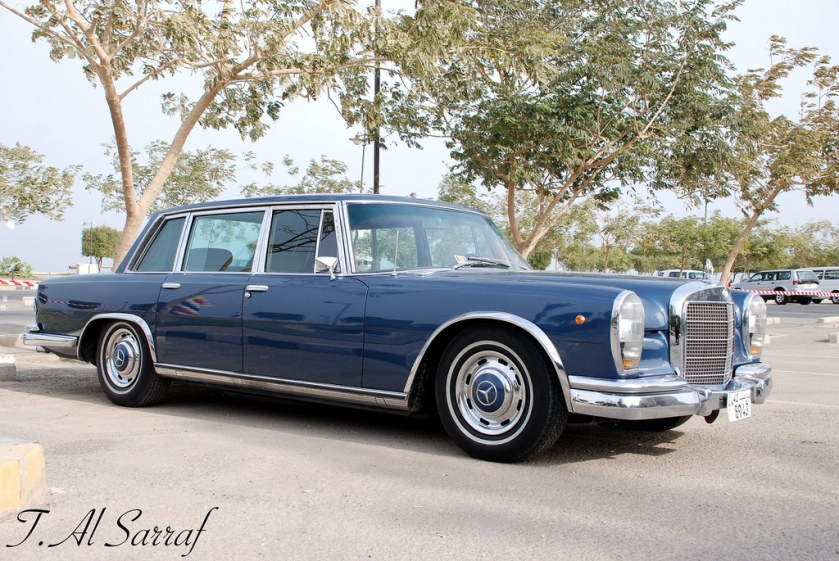
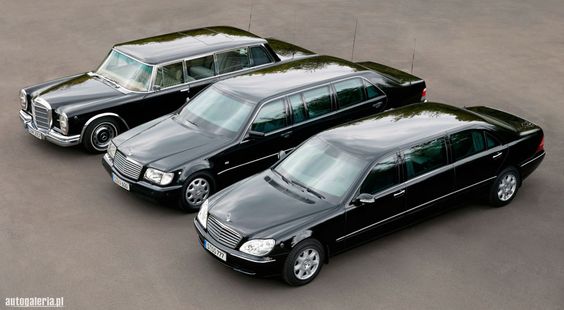
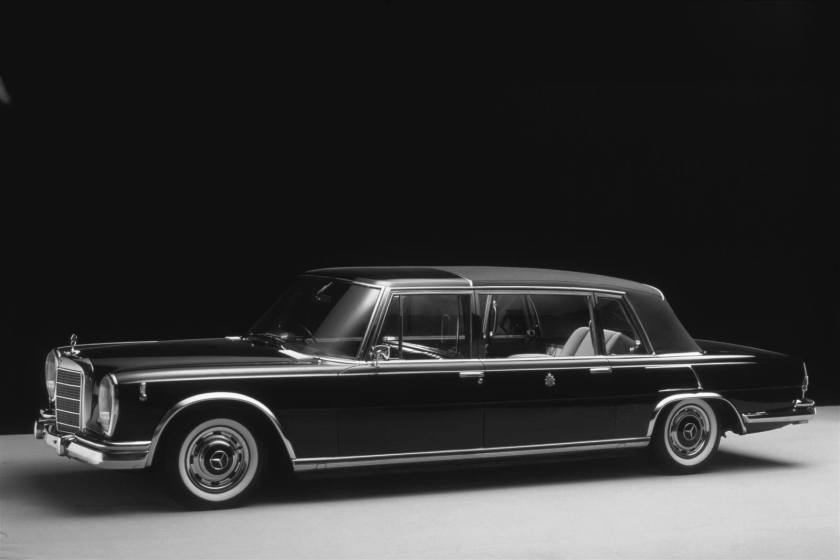
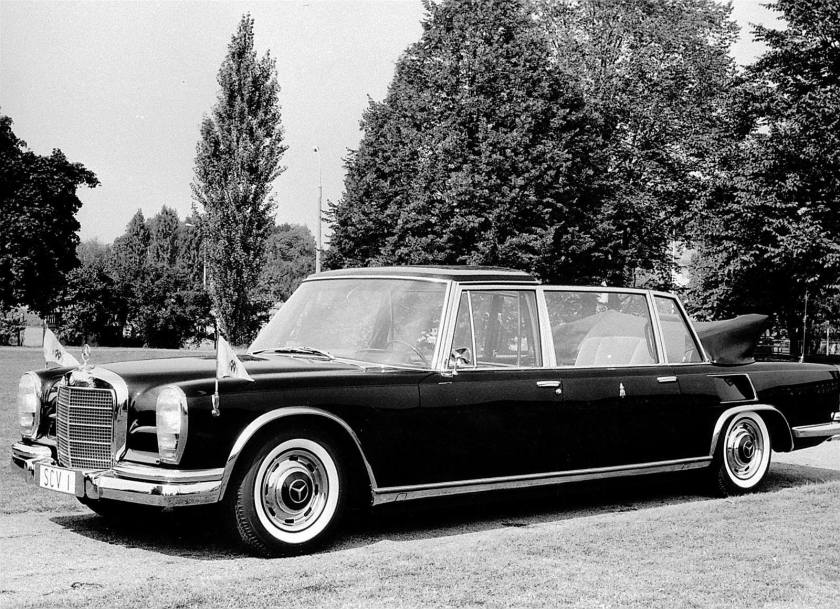
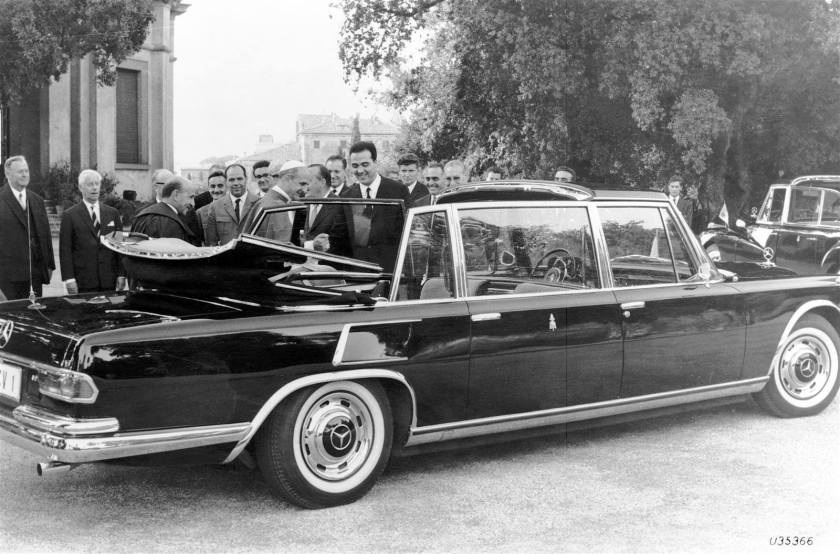
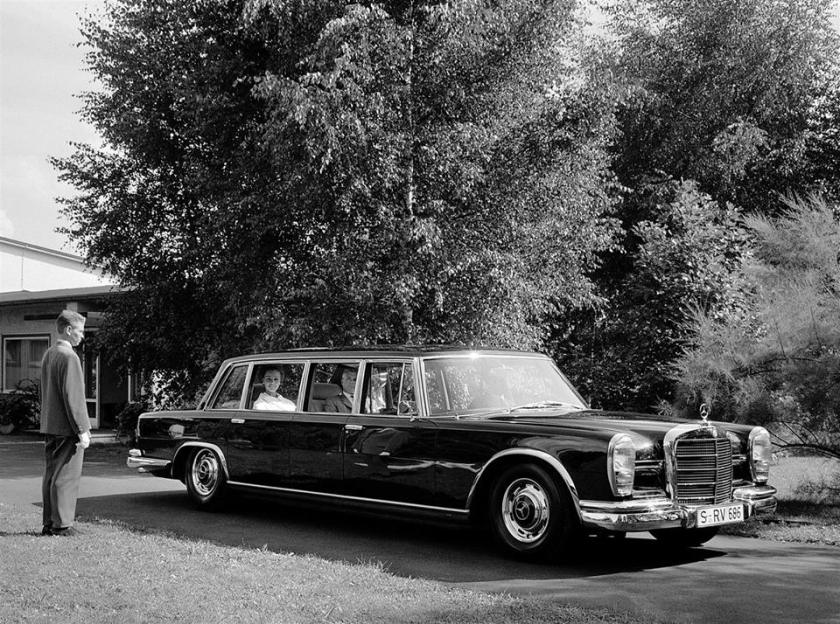
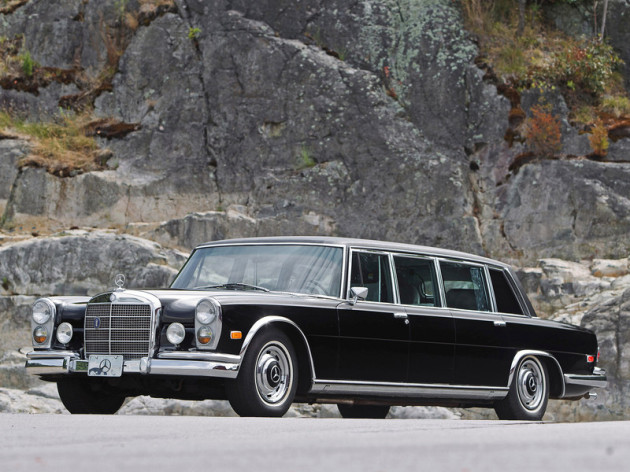
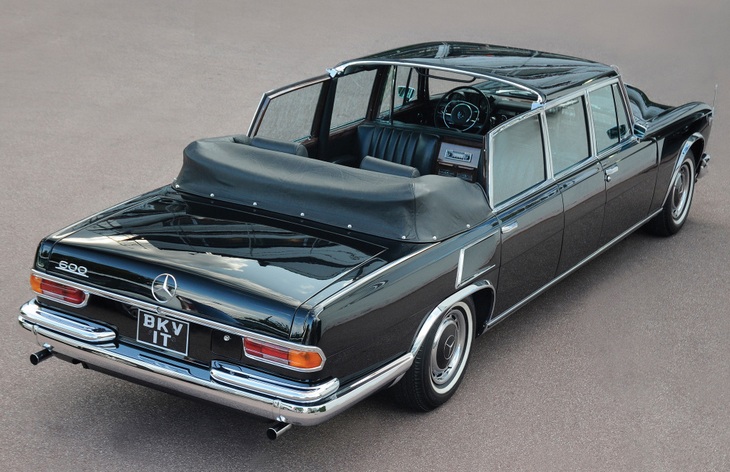
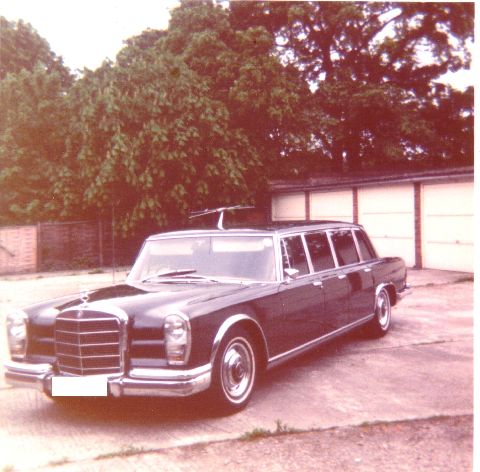
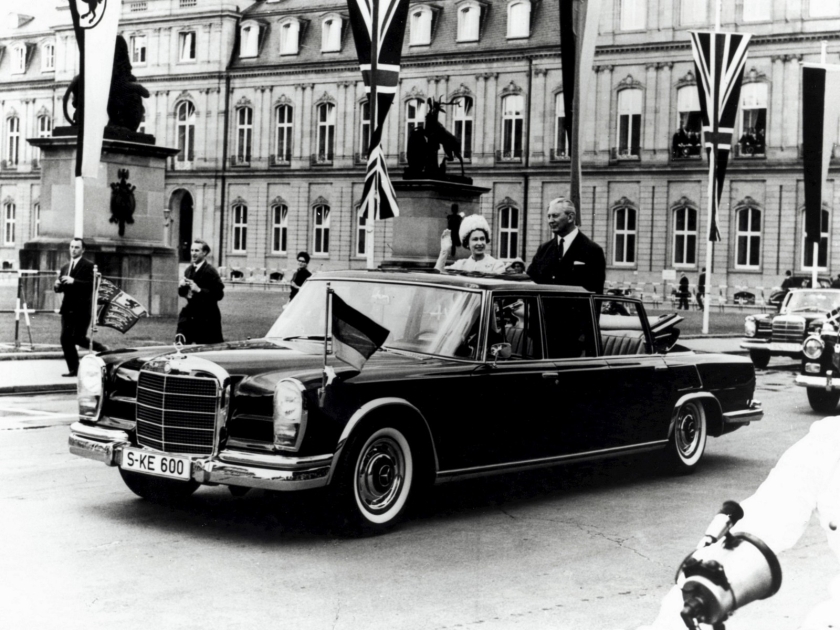
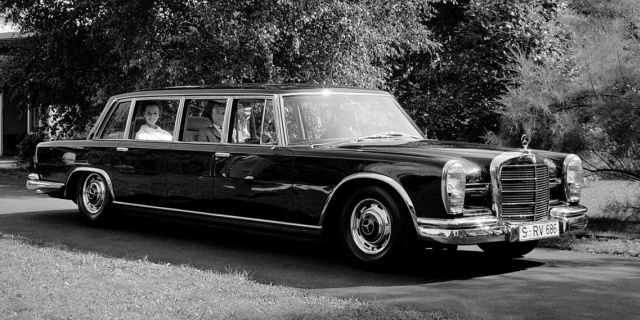
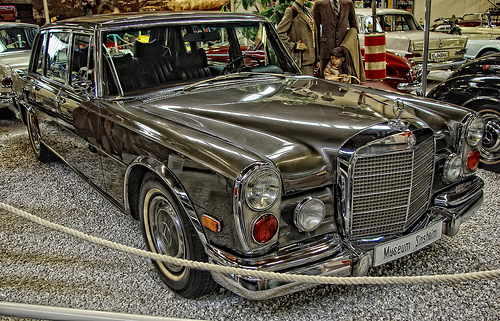
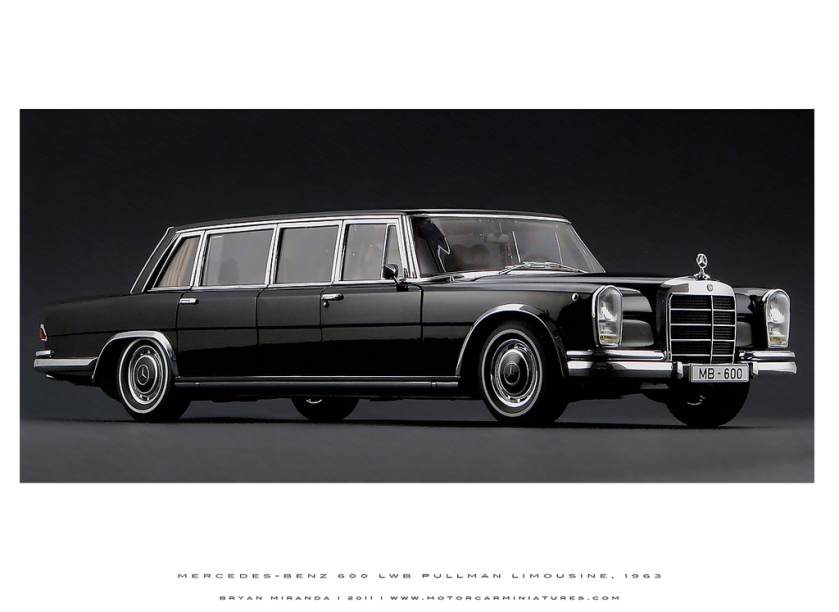
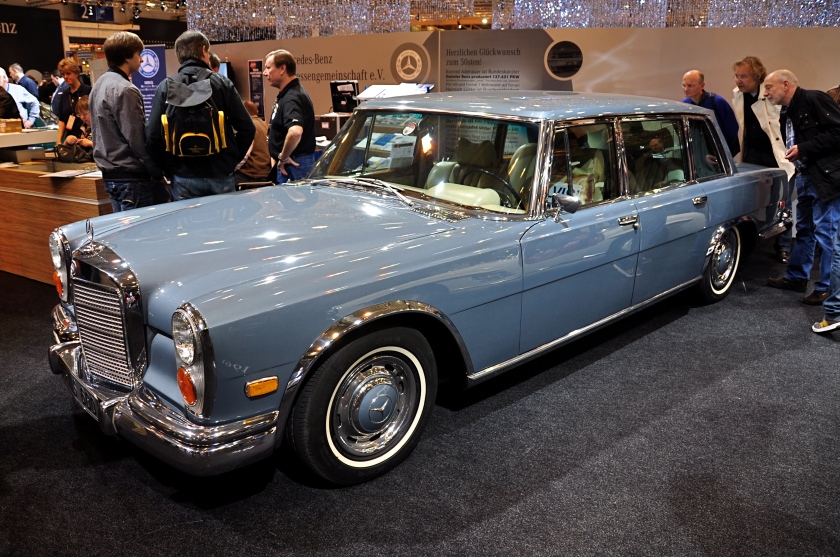
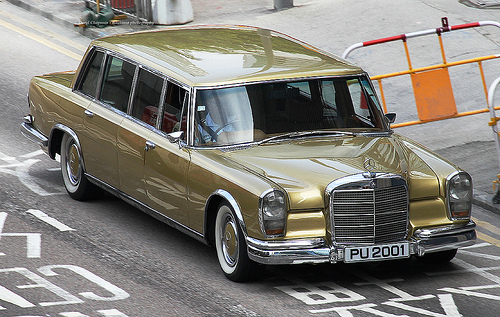
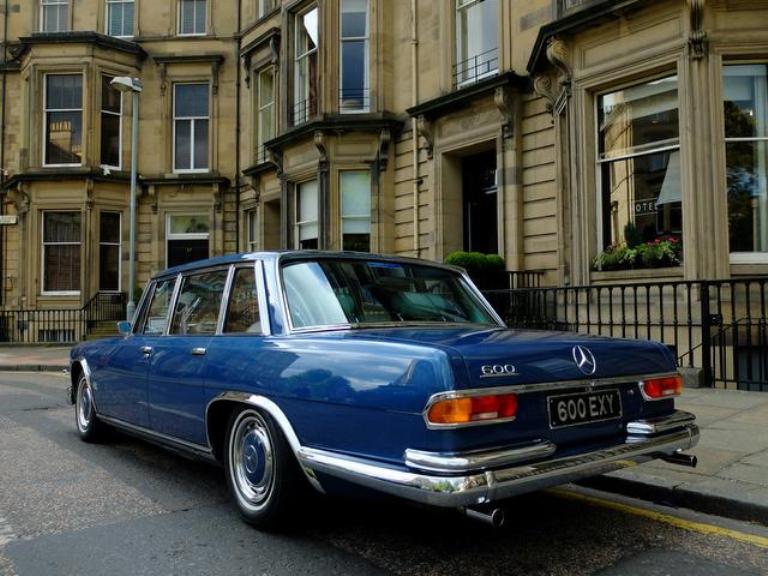
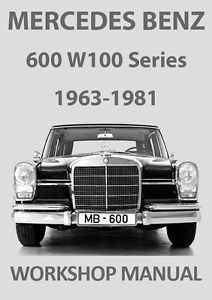
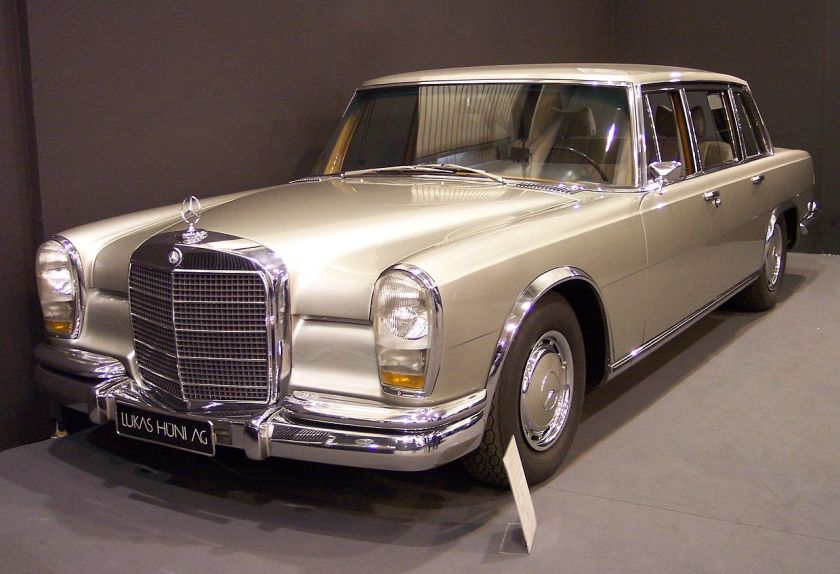
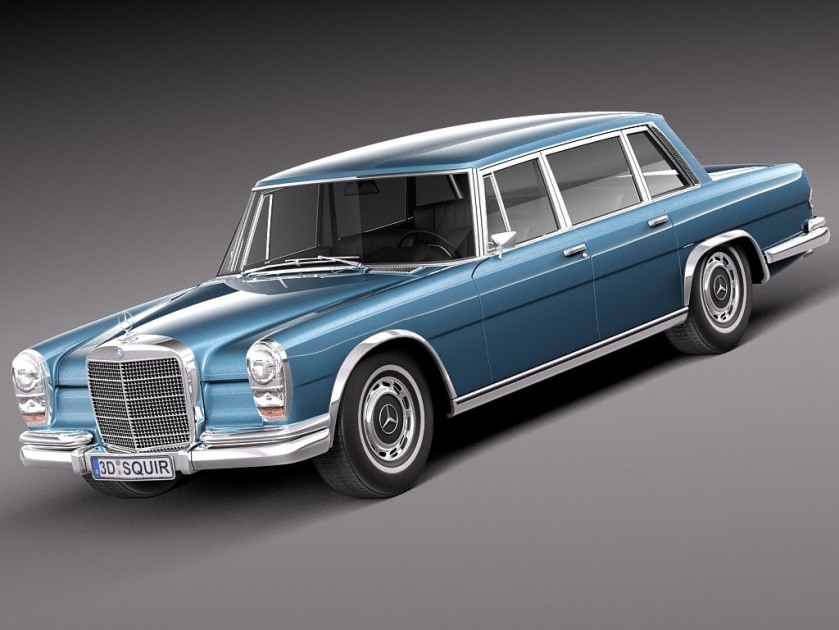
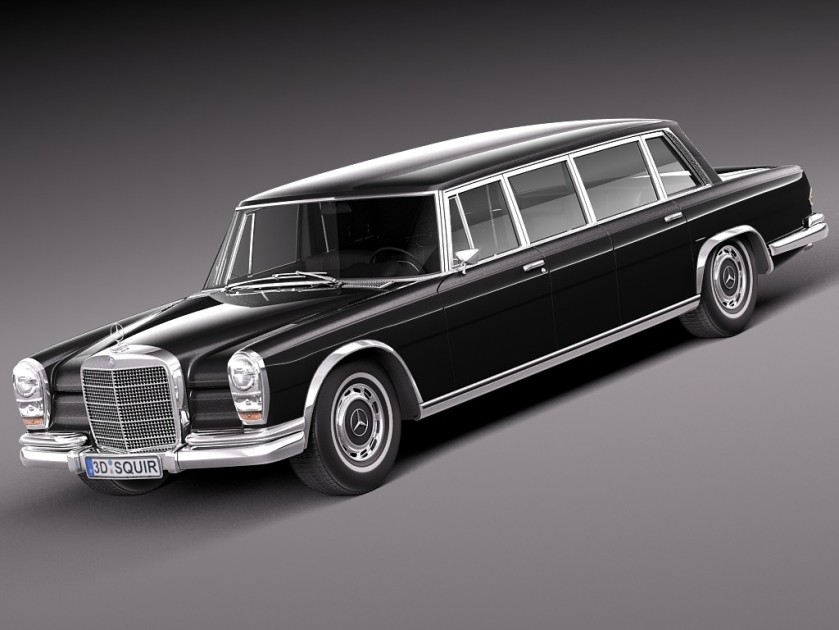
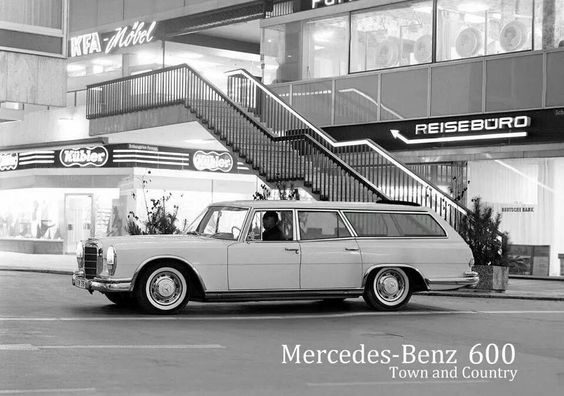
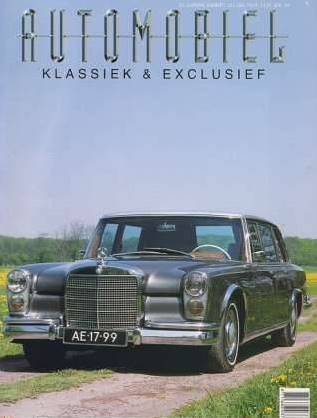
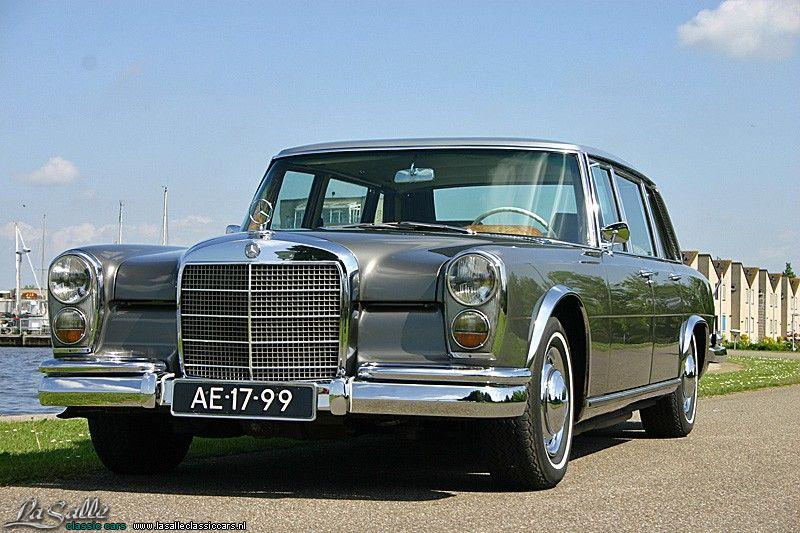
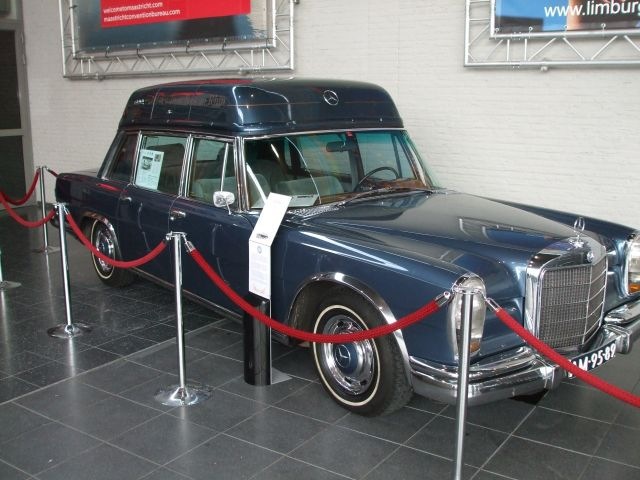
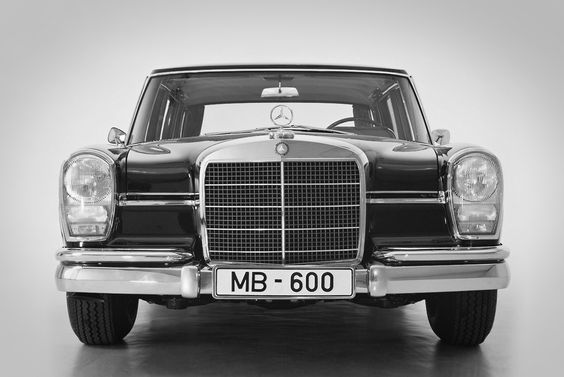
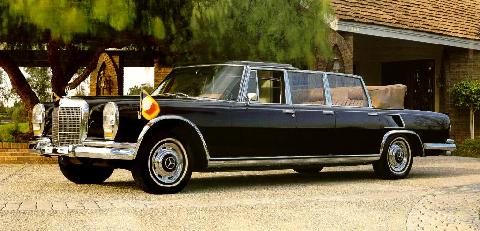
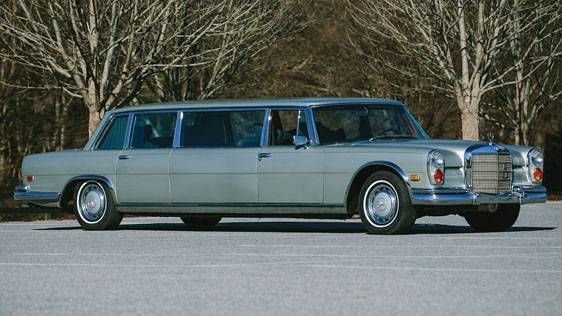
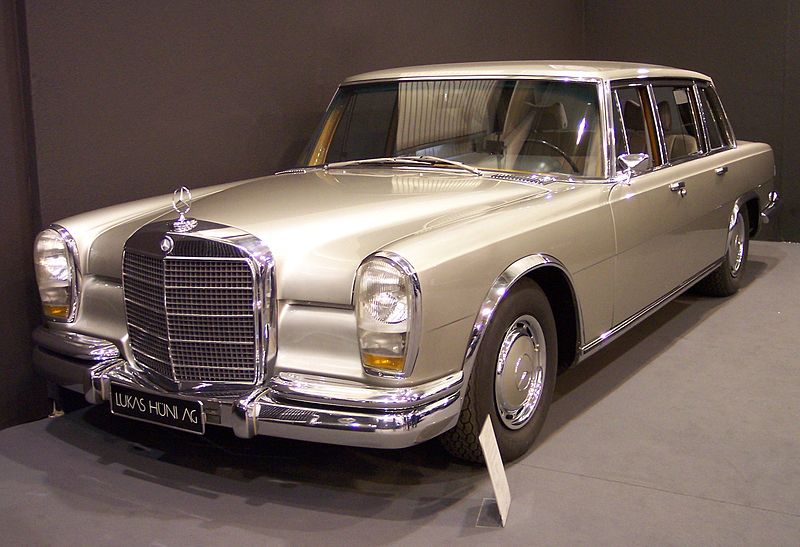
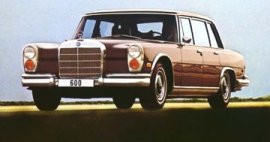
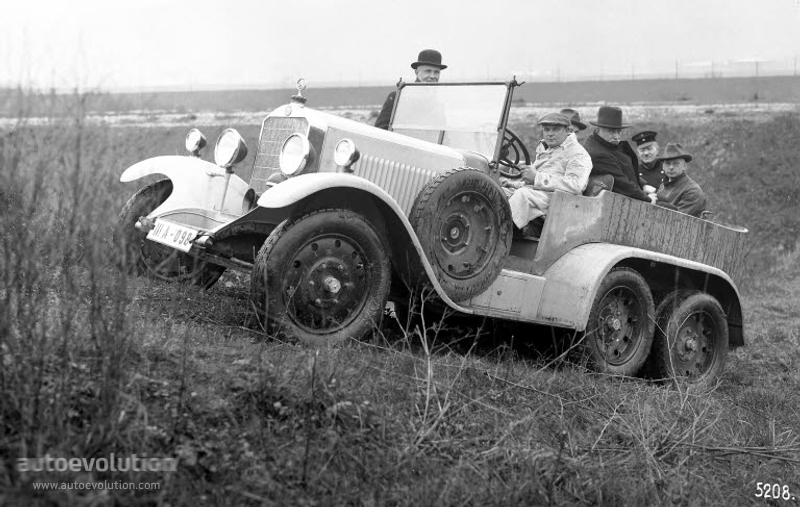 1926-28 MERCEDES BENZ G1 (W103).jpg
1926-28 MERCEDES BENZ G1 (W103).jpg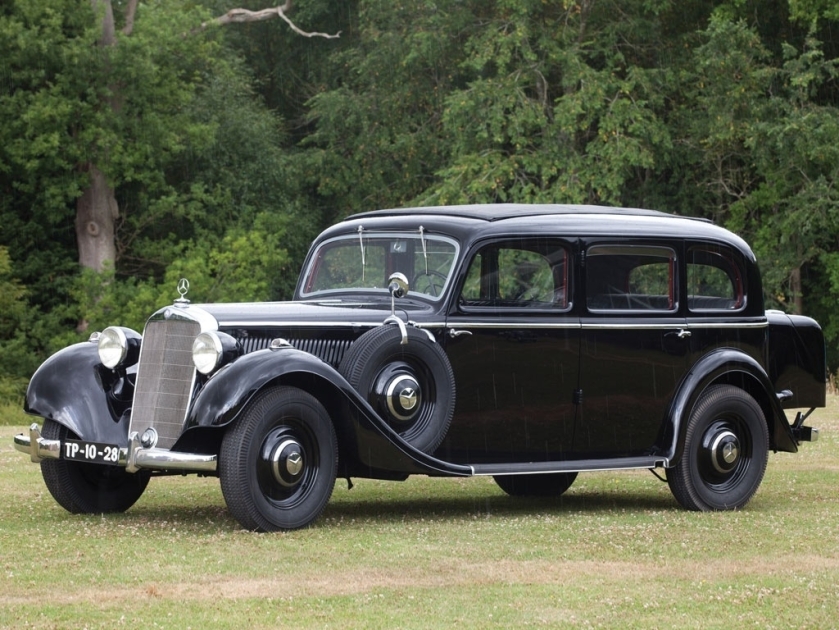
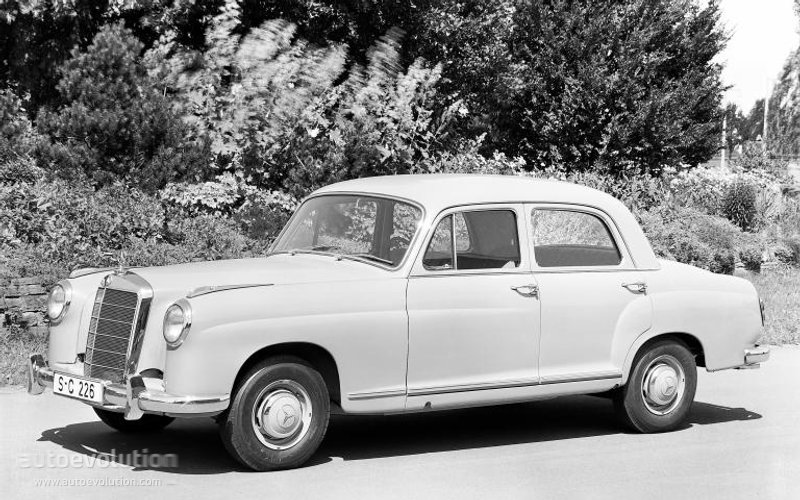 1954-59 MERCEDES BENZ S-KLASSE PONTON (W180-W105-W128) 219 W105 1956-1959 219
1954-59 MERCEDES BENZ S-KLASSE PONTON (W180-W105-W128) 219 W105 1956-1959 219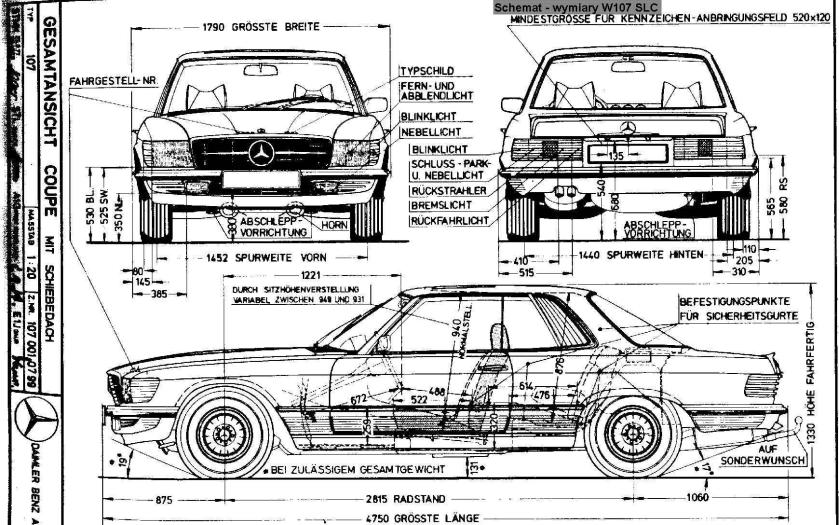 W107 1971-1989 280 SL – 560 SLC
W107 1971-1989 280 SL – 560 SLC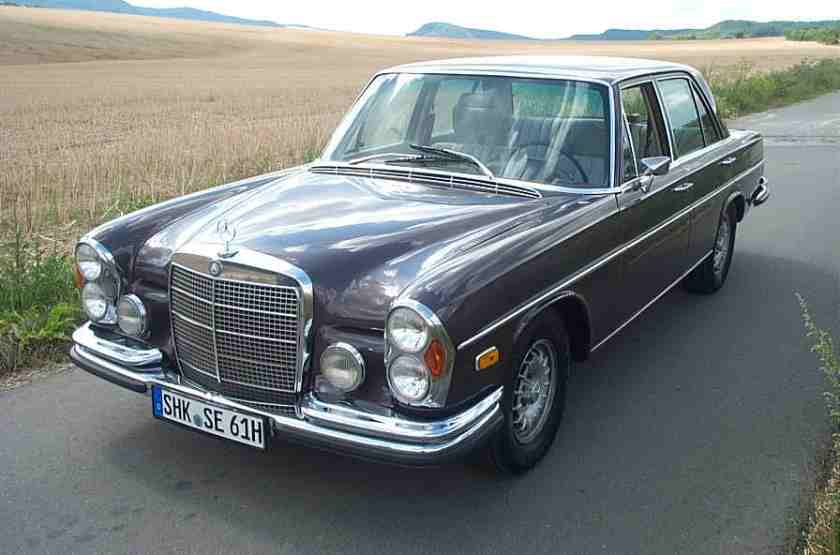 1972 Mercedes Benz 280 SE W108 1965-1972 250 S – 280 SEL
1972 Mercedes Benz 280 SE W108 1965-1972 250 S – 280 SEL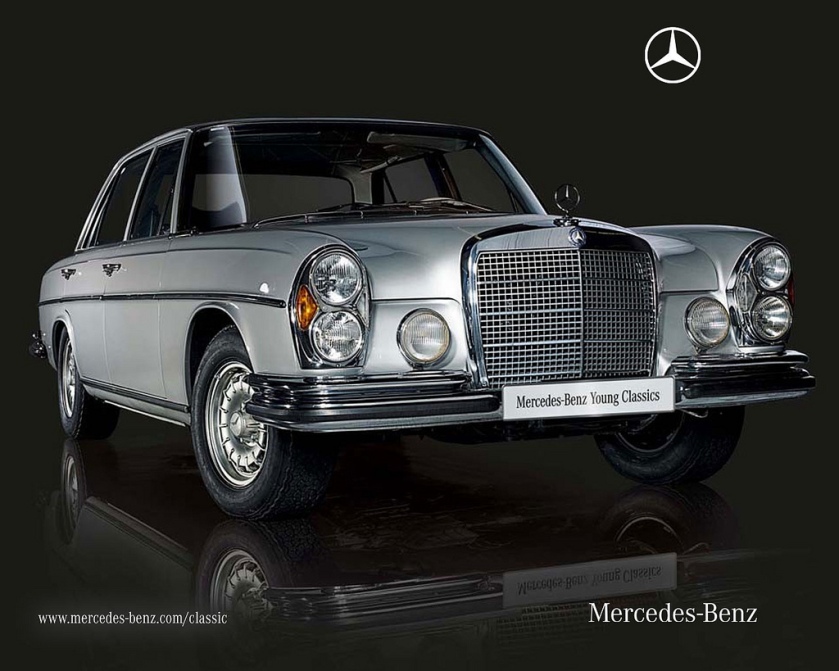 1968 Mercedes-Benz 300SEL 6.3 W109 1965-1972 300 SEL
1968 Mercedes-Benz 300SEL 6.3 W109 1965-1972 300 SEL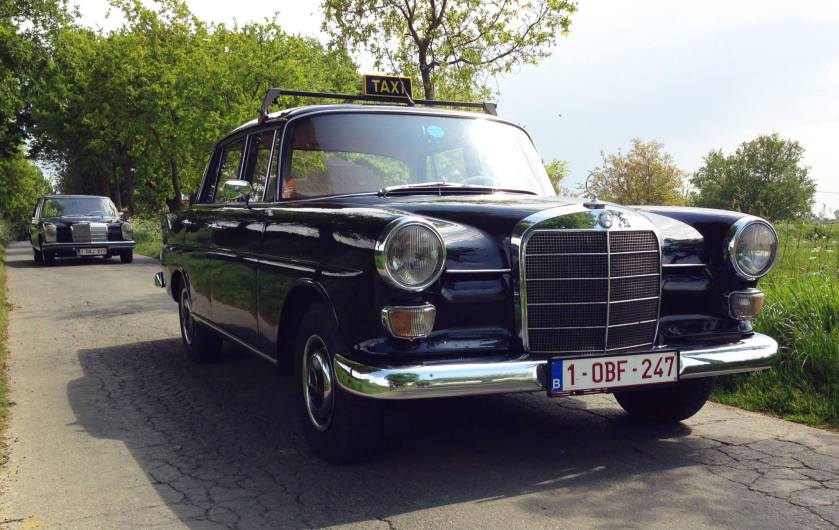 W110 1961-1968 190, 200, 230
W110 1961-1968 190, 200, 230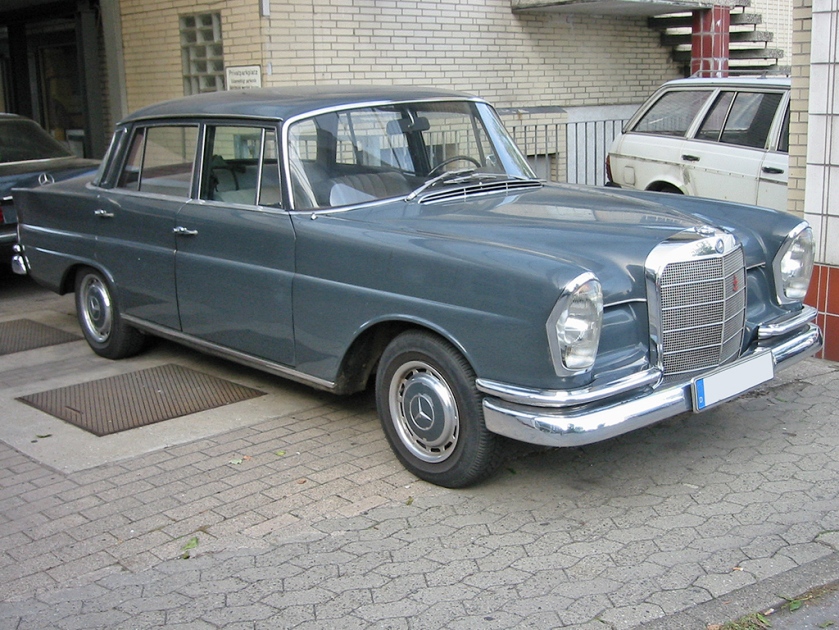 W111 1959-1971 220, 250, 280 /S/SE
W111 1959-1971 220, 250, 280 /S/SE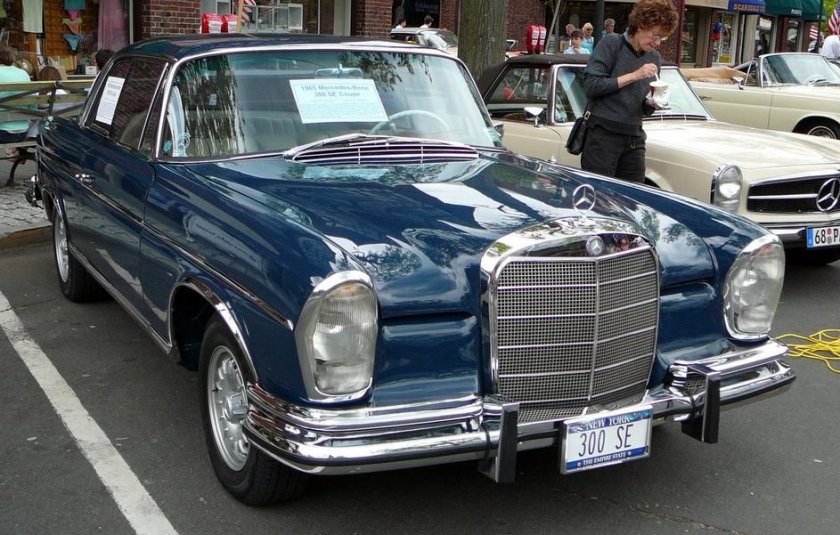 1965 Mercedes Benz W112 300SE 1961-1967 300 SE
1965 Mercedes Benz W112 300SE 1961-1967 300 SE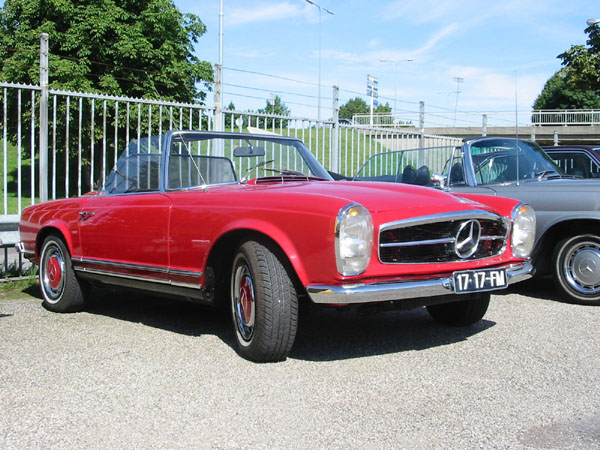 1968 Mercedes Benz W113 280Sl.W113 1963-1971 230 SL, 250 SL, 280 SL
1968 Mercedes Benz W113 280Sl.W113 1963-1971 230 SL, 250 SL, 280 SL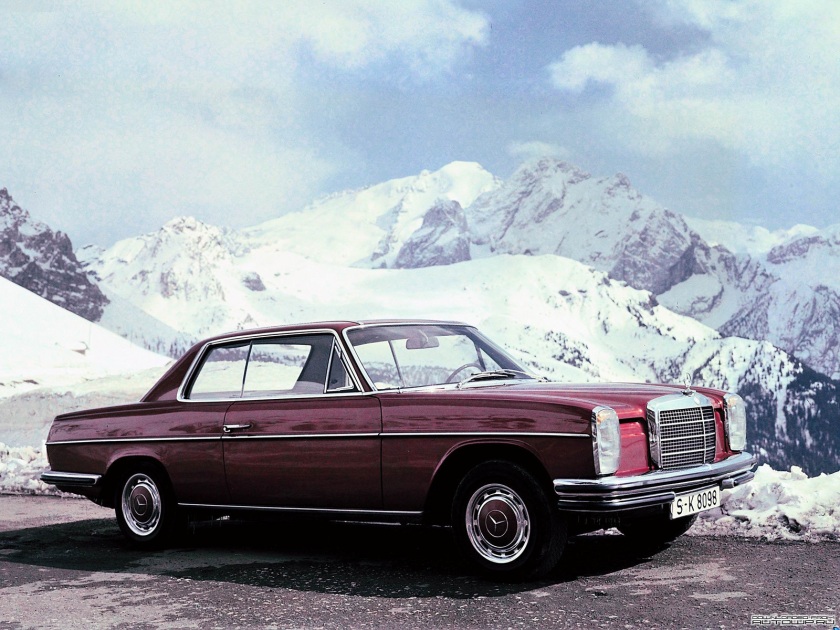 Mercedes Benz-E Class W114 W115.jpg
Mercedes Benz-E Class W114 W115.jpg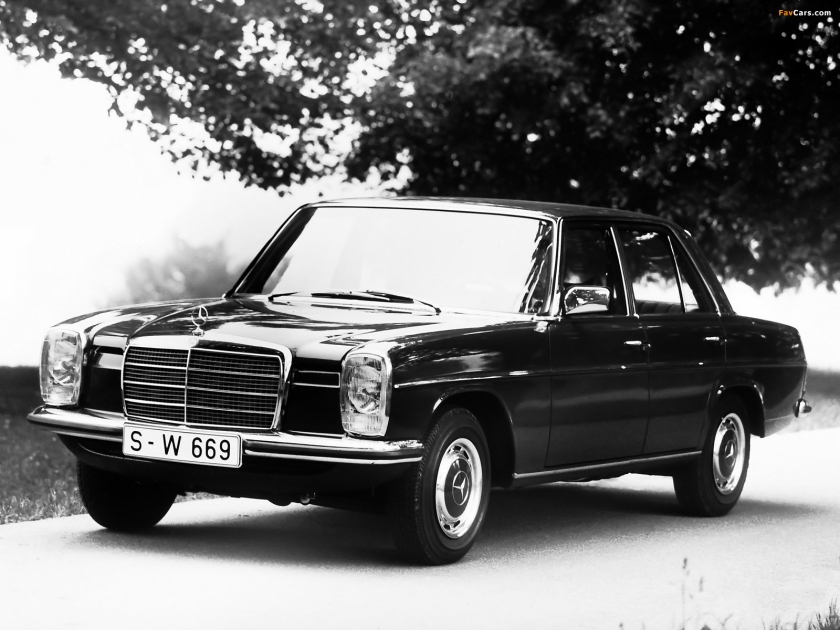 1967-76 Mercedes-Benz E-Klasse (W114/115) W114 1968-1976 230.6, 250, 250C, 280, 280E, 280C, 280CE
1967-76 Mercedes-Benz E-Klasse (W114/115) W114 1968-1976 230.6, 250, 250C, 280, 280E, 280C, 280CE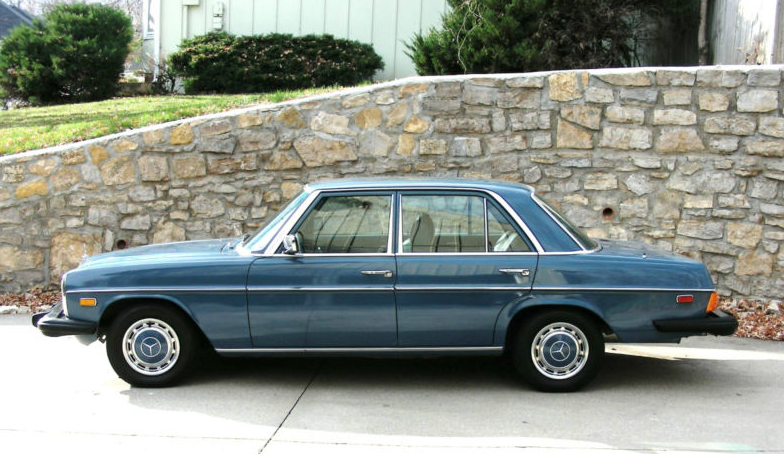 1975 Mercedes-Benz 240D W115 1968-1976 200, 200D, 220, 220D, 230, 240D, 240D 3.0, 300D
1975 Mercedes-Benz 240D W115 1968-1976 200, 200D, 220, 220D, 230, 240D, 240D 3.0, 300D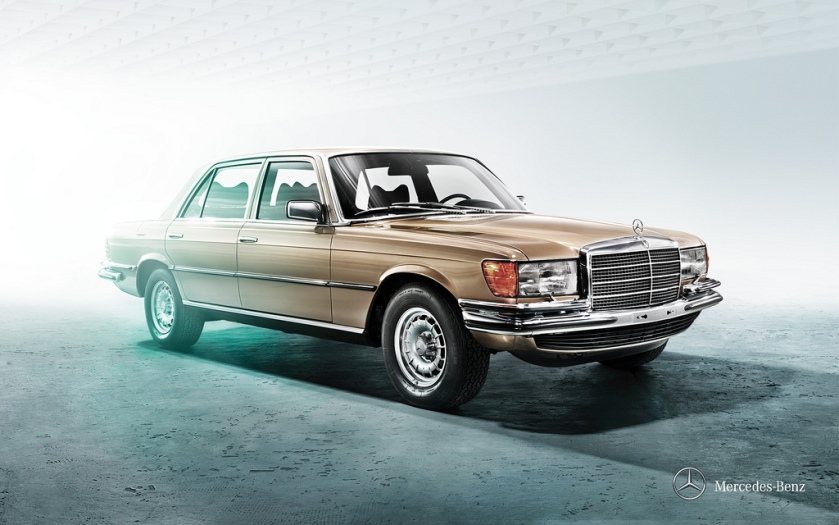 Mercedes-Benz 450 SEL 6.9 W116 1972-1980 280 S – 450 SEL
Mercedes-Benz 450 SEL 6.9 W116 1972-1980 280 S – 450 SEL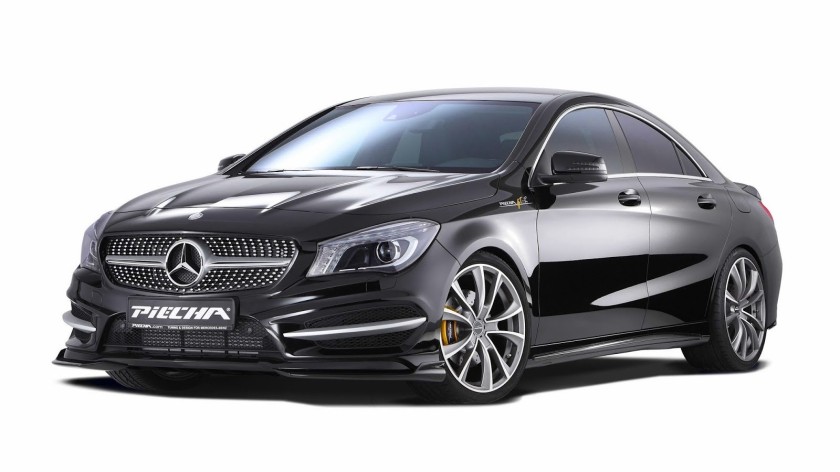 2013 Piecha Design Mercedes-Benz CLA 250 W117 2013 aro 19 2.0 Turbo 211 cv 2013- CLA
2013 Piecha Design Mercedes-Benz CLA 250 W117 2013 aro 19 2.0 Turbo 211 cv 2013- CLA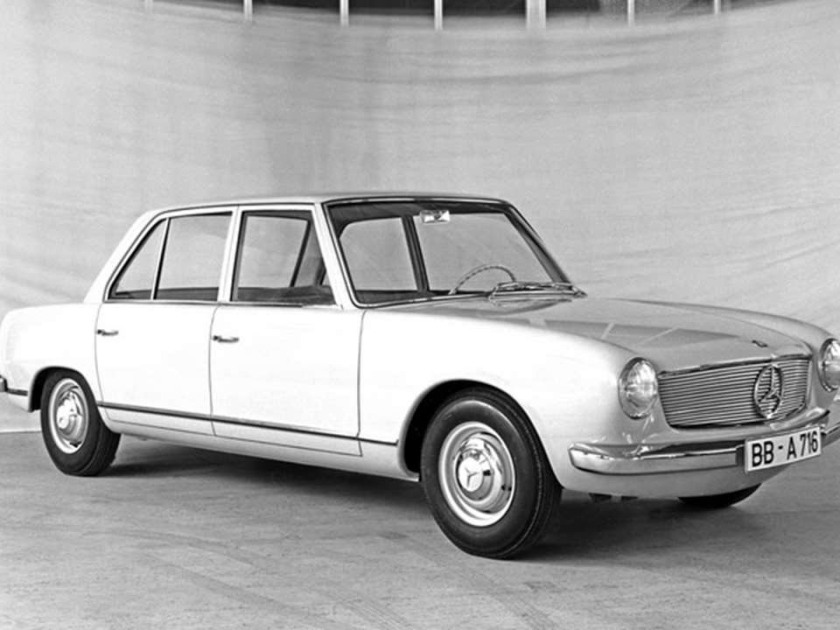 1960 Mercedes Benz w118 (Prototype Car)
1960 Mercedes Benz w118 (Prototype Car)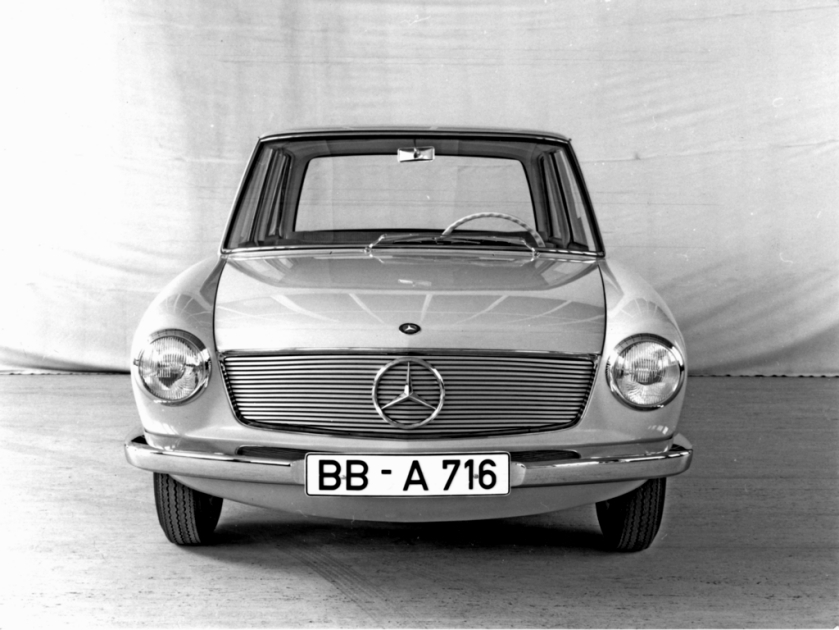 1960 Mercedes-Benz W118-W119 Prototype
1960 Mercedes-Benz W118-W119 Prototype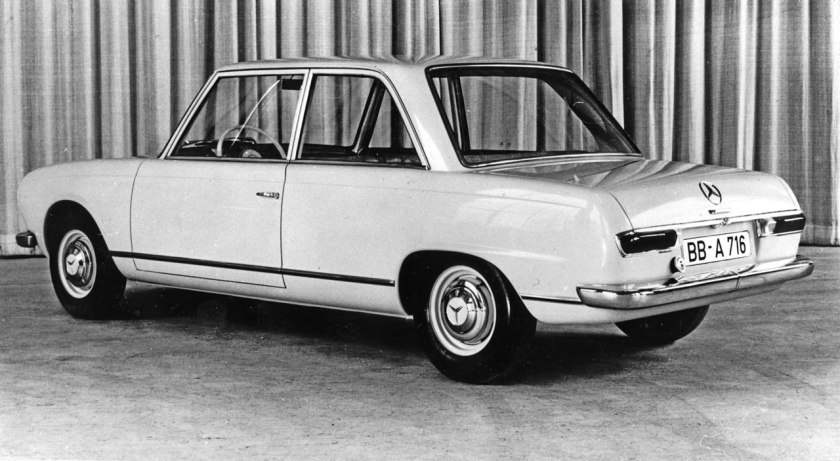 1960 Prototype of a compact Mercedes-Benz dating from around 1960 W118
1960 Prototype of a compact Mercedes-Benz dating from around 1960 W118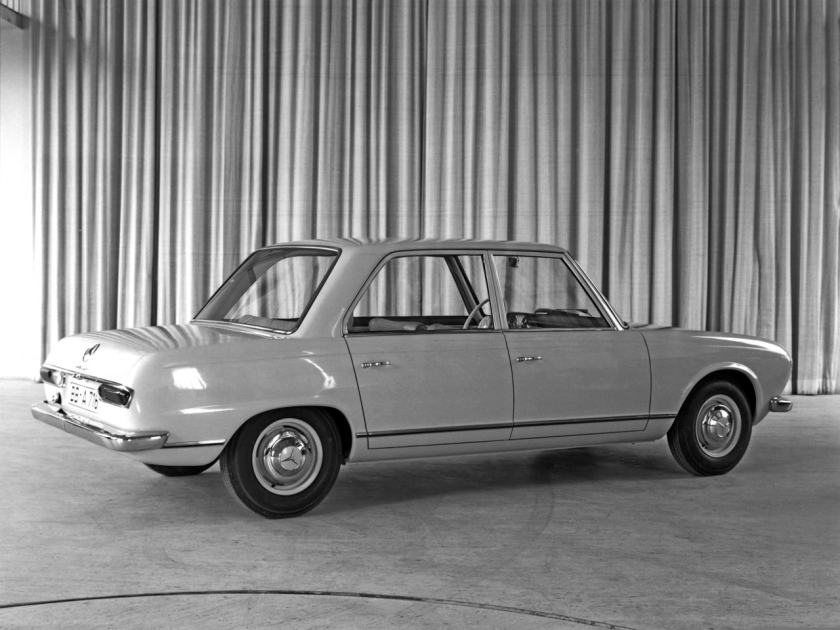 1960 Mercedes-Benz W118-W119 Prototype a W118 1960 prototype
1960 Mercedes-Benz W118-W119 Prototype a W118 1960 prototype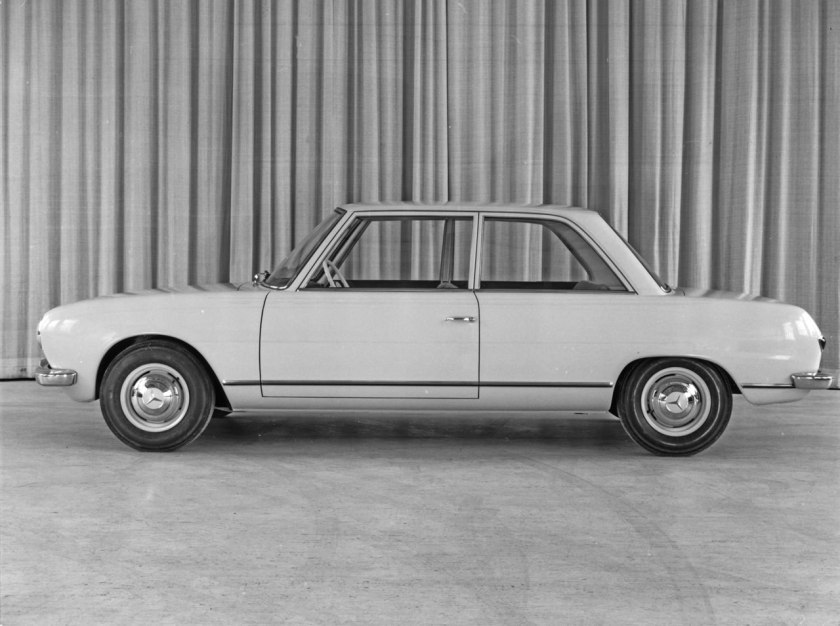 W119 1960 prototype
W119 1960 prototype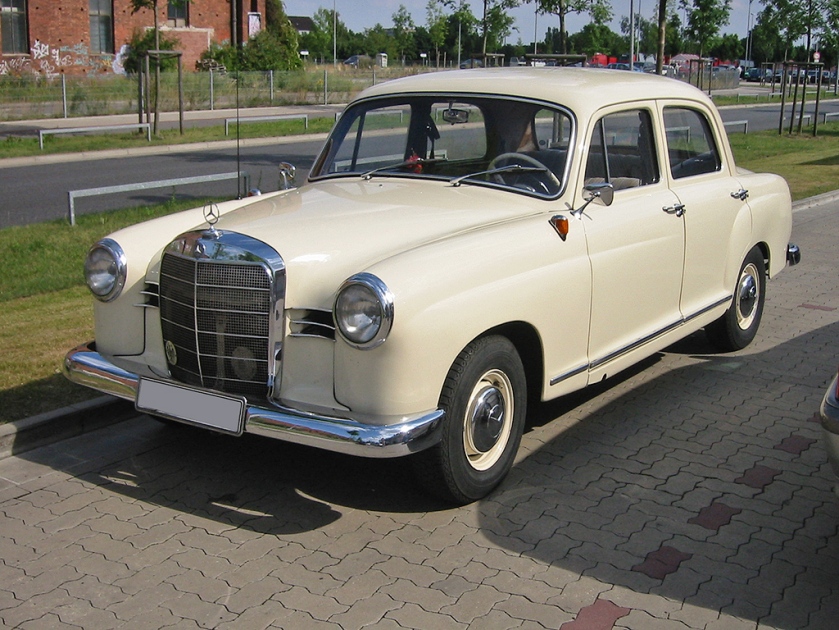 Mercedes Benz 180 2 v sst W120 1953-1962 180, 180D
Mercedes Benz 180 2 v sst W120 1953-1962 180, 180D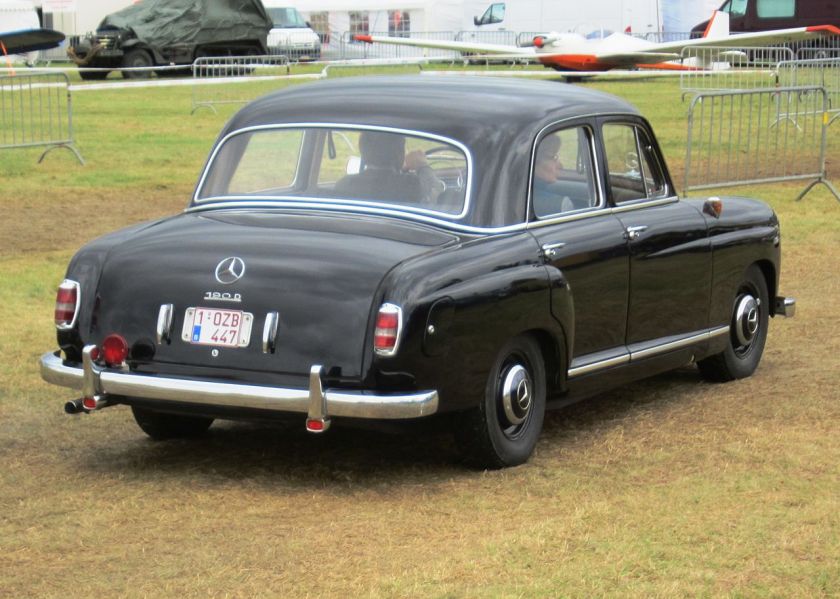 Mercedes-Benz 190D W121 1956-1961 190, 190D
Mercedes-Benz 190D W121 1956-1961 190, 190D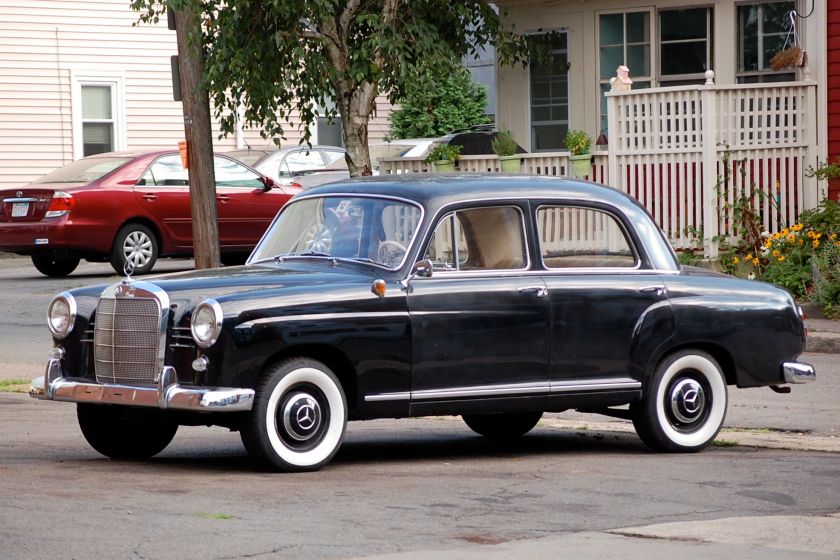
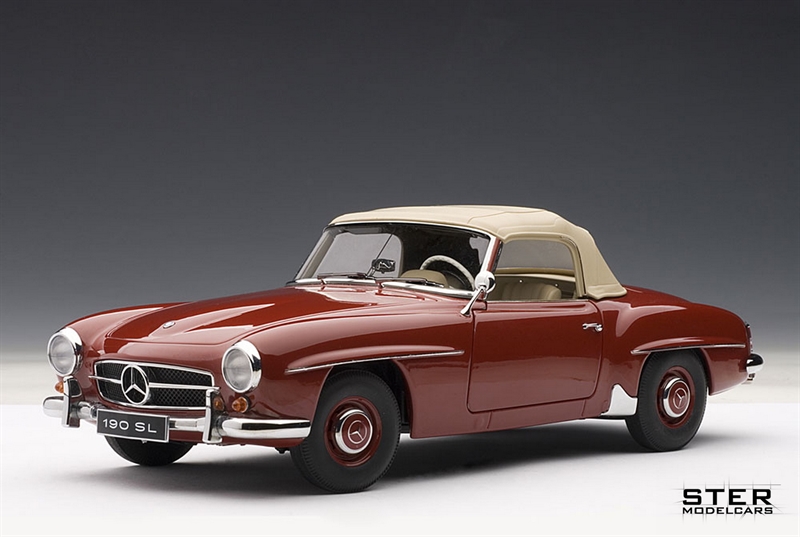 1955-63 Mercedes-Benz 190 SL (R121) R121 1955-1963 190 SL
1955-63 Mercedes-Benz 190 SL (R121) R121 1955-1963 190 SL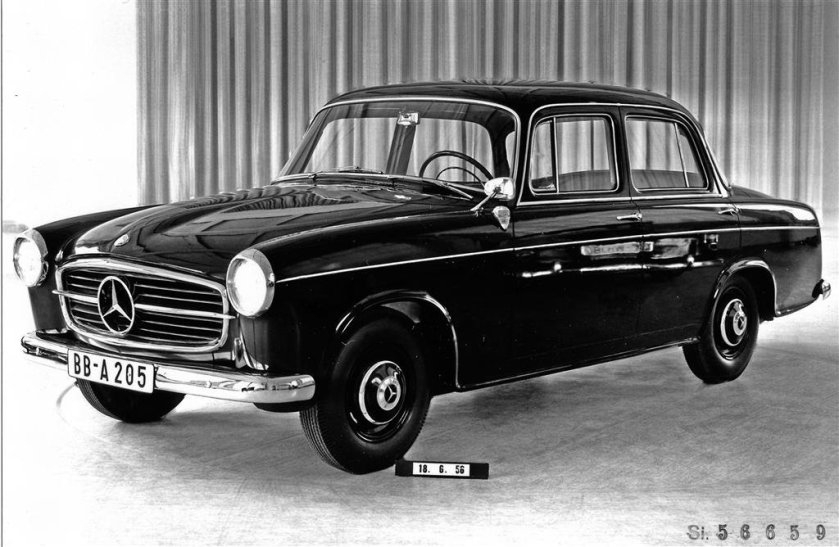 1956 Mercedes Benz W122 prototype 03.jpg W122 1956 prototype
1956 Mercedes Benz W122 prototype 03.jpg W122 1956 prototype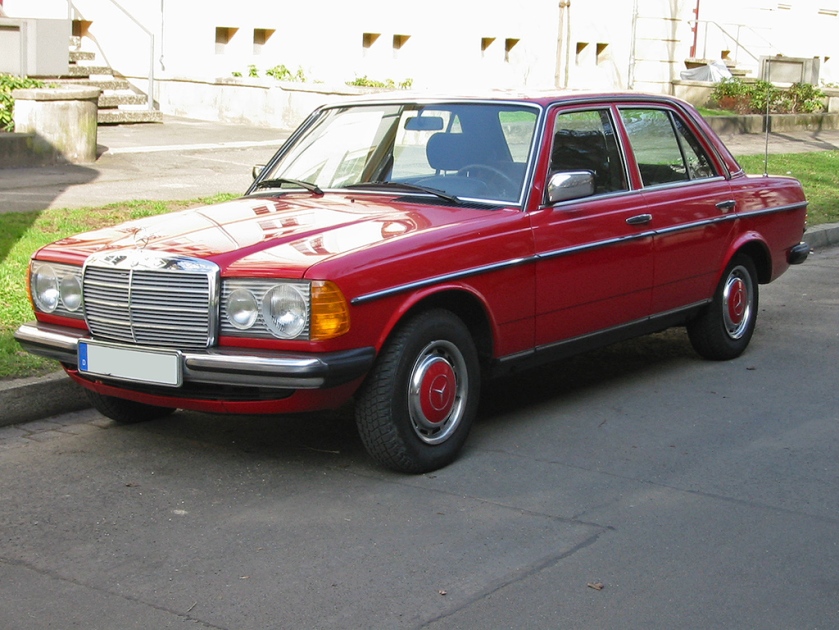 Mercedes W123 1976-1985 200, 230, 230E, 250, 280E, 300E
Mercedes W123 1976-1985 200, 230, 230E, 250, 280E, 300E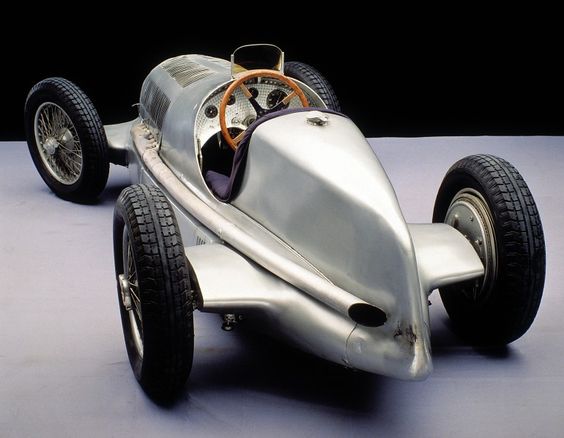
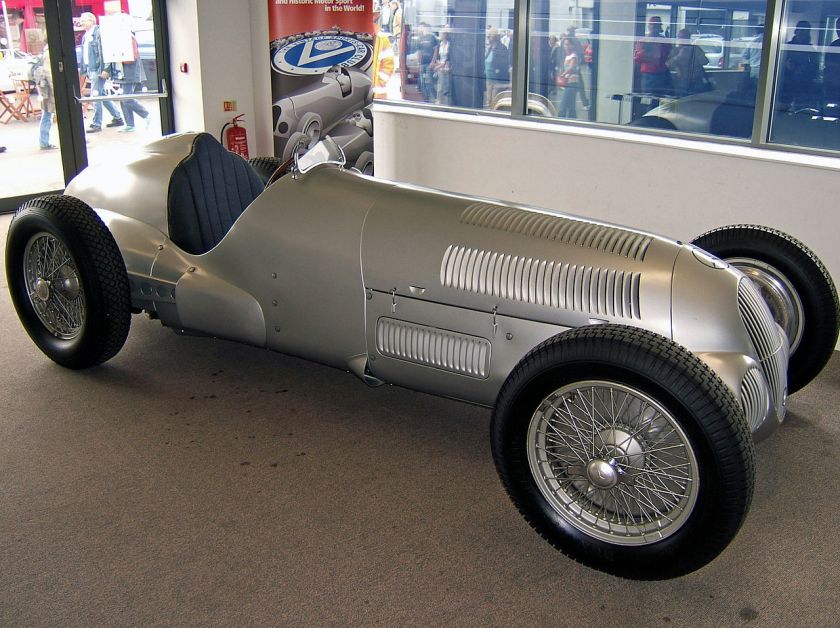 Mercedes Benz W125 1936-1938 W125 Silver Arrow
Mercedes Benz W125 1936-1938 W125 Silver Arrow Mercedes Benz W124 1985-1996 200 – 500E
Mercedes Benz W124 1985-1996 200 – 500E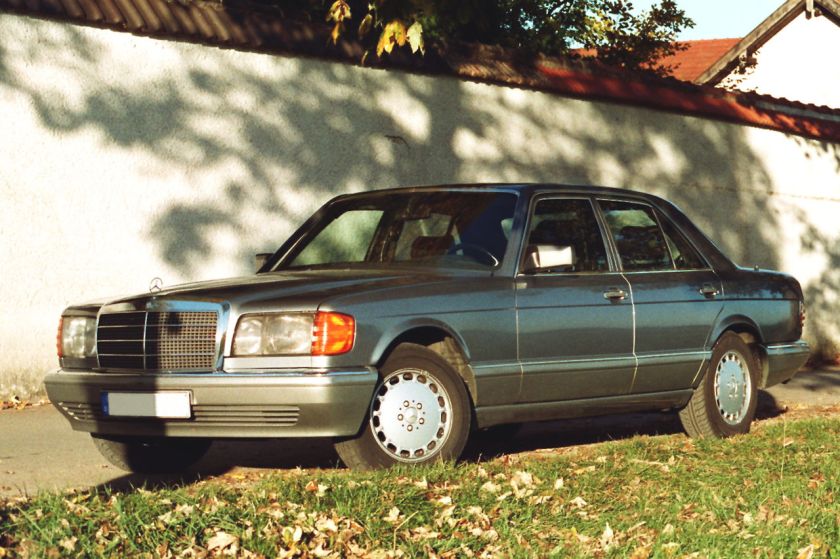 1987 Mercedes Benz 500 SE W126 1979-1993 260SE – 560SEL
1987 Mercedes Benz 500 SE W126 1979-1993 260SE – 560SEL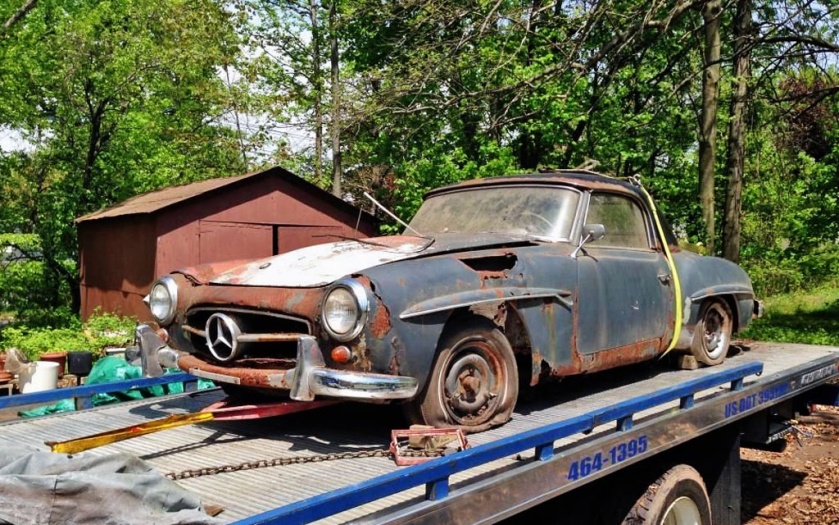 1960 Mercedes 190sl W127.jpg
1960 Mercedes 190sl W127.jpg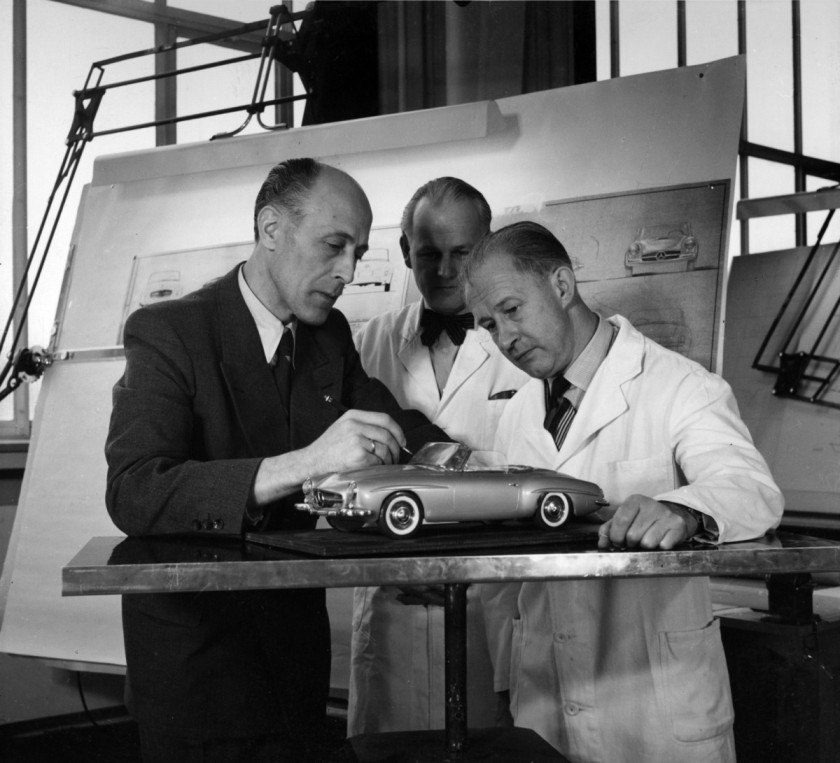 1955 mercedes-benz-190-sl-w-121-1955-1963-1955-3.jpg
1955 mercedes-benz-190-sl-w-121-1955-1963-1955-3.jpg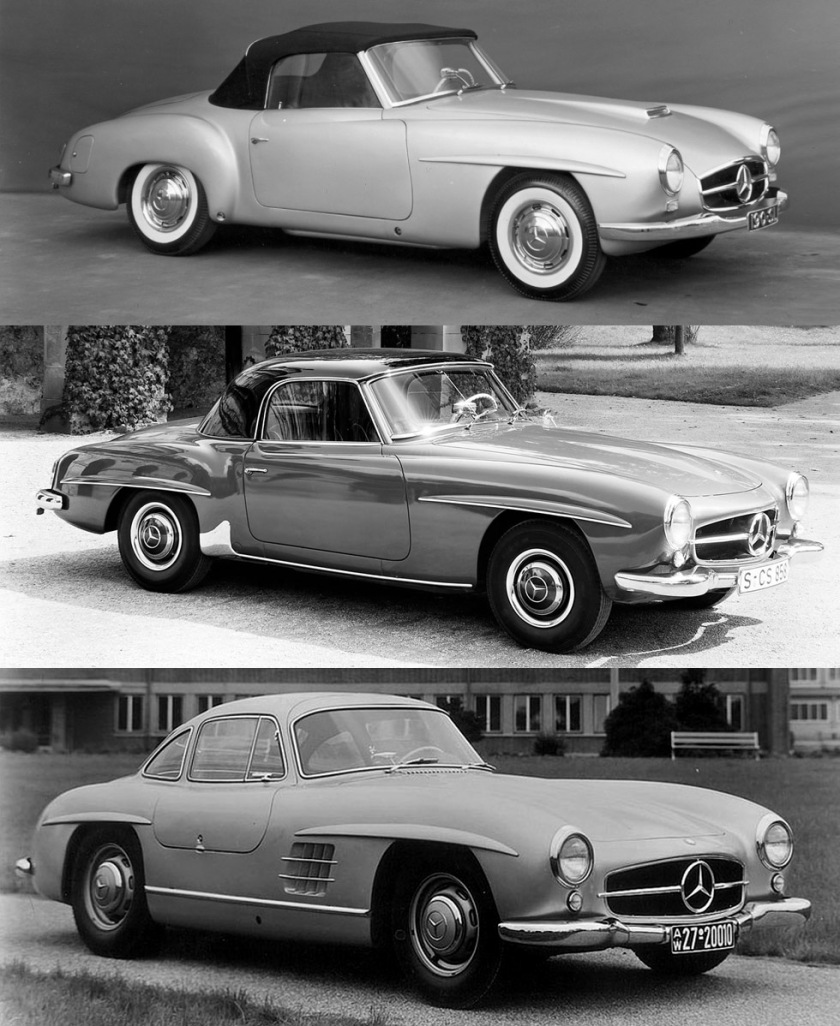 1955 Mercedes Benz oldnew190sl.jpg
1955 Mercedes Benz oldnew190sl.jpg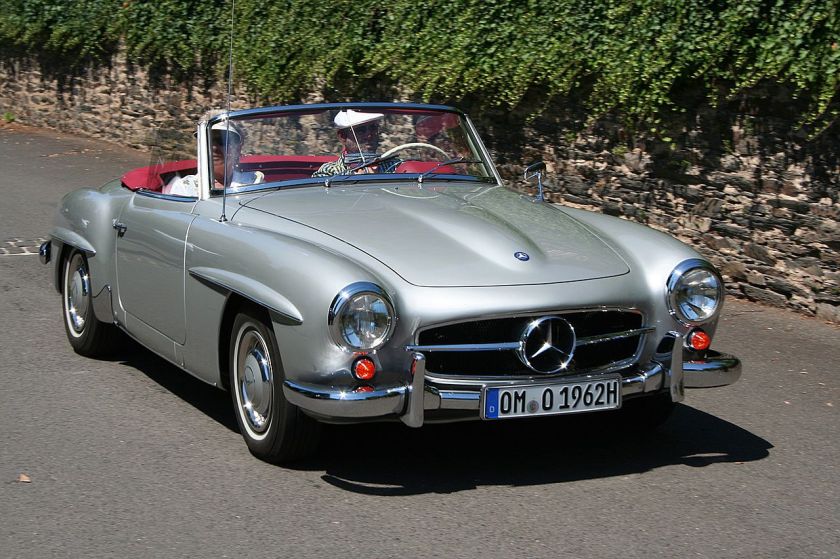 1955 Mercedes-Benz 190 SL W127 1955 190 SL (prototype)
1955 Mercedes-Benz 190 SL W127 1955 190 SL (prototype)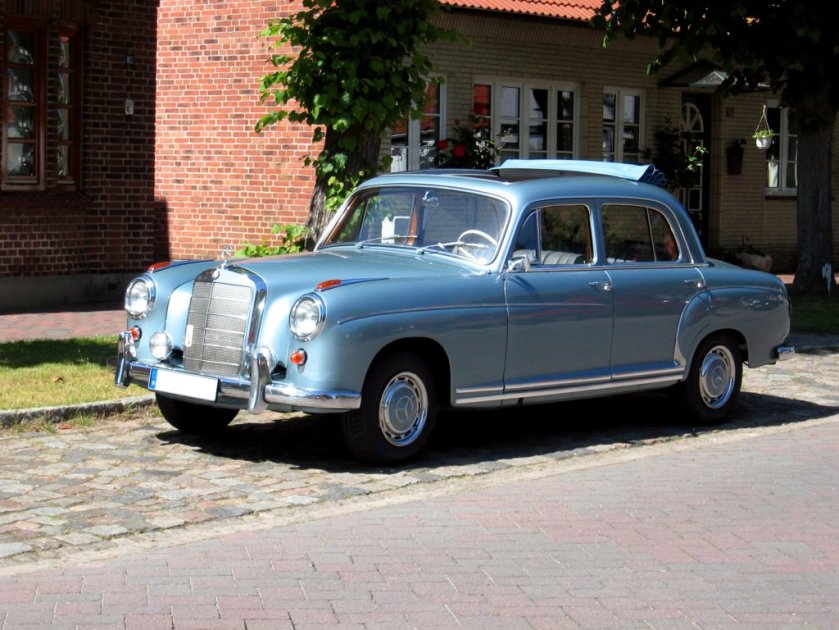 1959 Mercedes Benz 220SE W128 1958-1960 220 SE
1959 Mercedes Benz 220SE W128 1958-1960 220 SE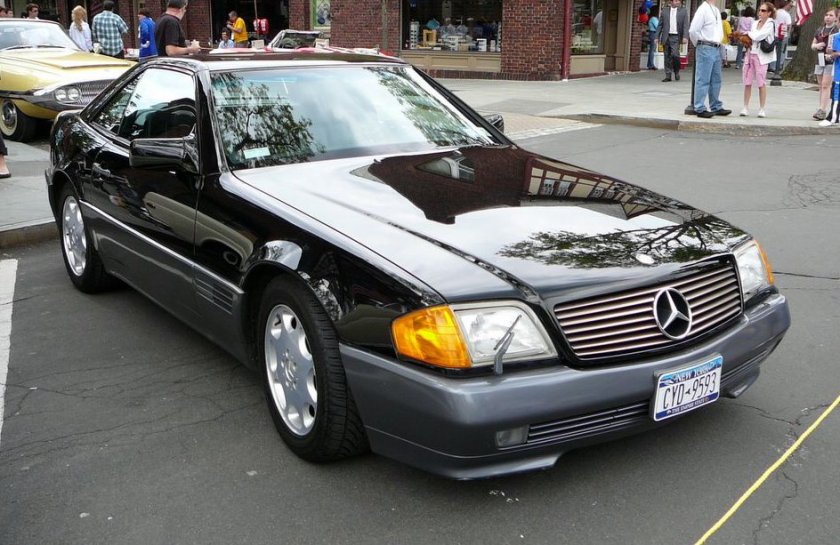 1989 Mercedes-Benz R129 SL SC06.
1989 Mercedes-Benz R129 SL SC06.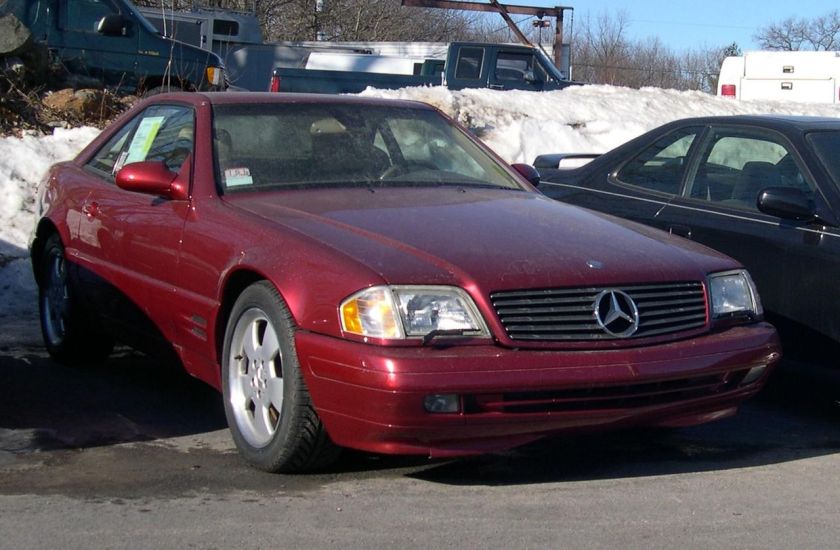 1999 Mercedes-Benz R129 SL500 R129 1989-2001 280 SL – 600 SL
1999 Mercedes-Benz R129 SL500 R129 1989-2001 280 SL – 600 SL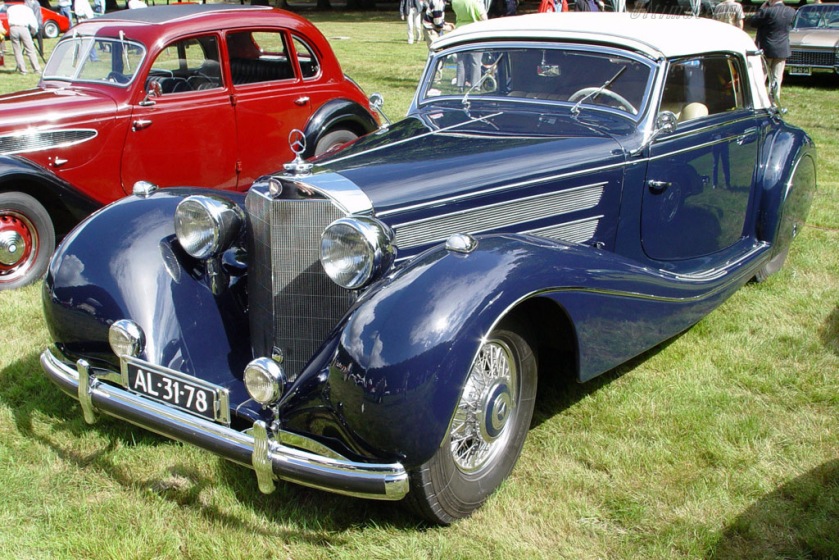 1939 Mercedes-Benz-580-K W129-Sport-Roadster W129 1939-1940 typ 540 K, 580 K
1939 Mercedes-Benz-580-K W129-Sport-Roadster W129 1939-1940 typ 540 K, 580 K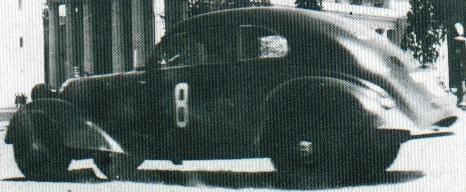 1935-36 Mercedes-Benz-150 Heckmotor Sport W130
1935-36 Mercedes-Benz-150 Heckmotor Sport W130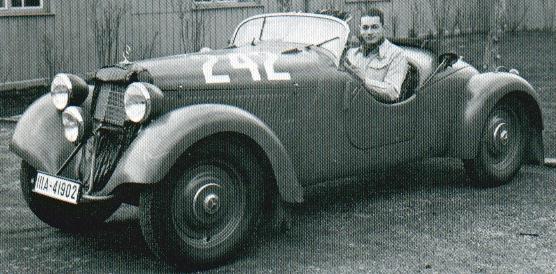 1935-36 Mercedes-Benz-150 Heckmotor Sport W130 open
1935-36 Mercedes-Benz-150 Heckmotor Sport W130 open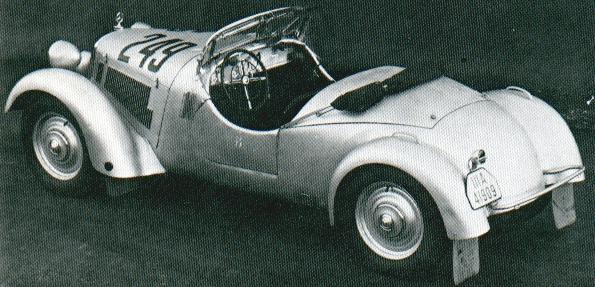 1935-36 Mercedes Benz 150 Heckmotor Sport W130
1935-36 Mercedes Benz 150 Heckmotor Sport W130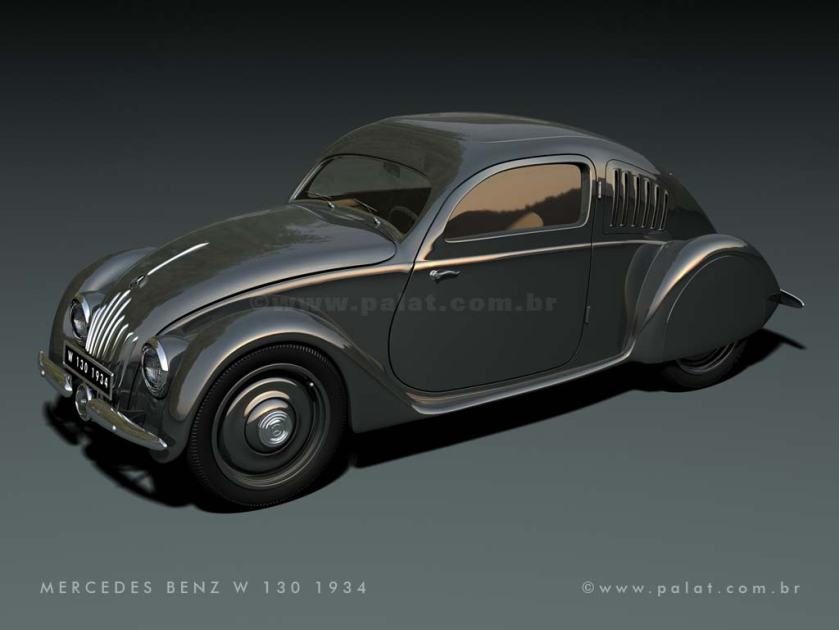
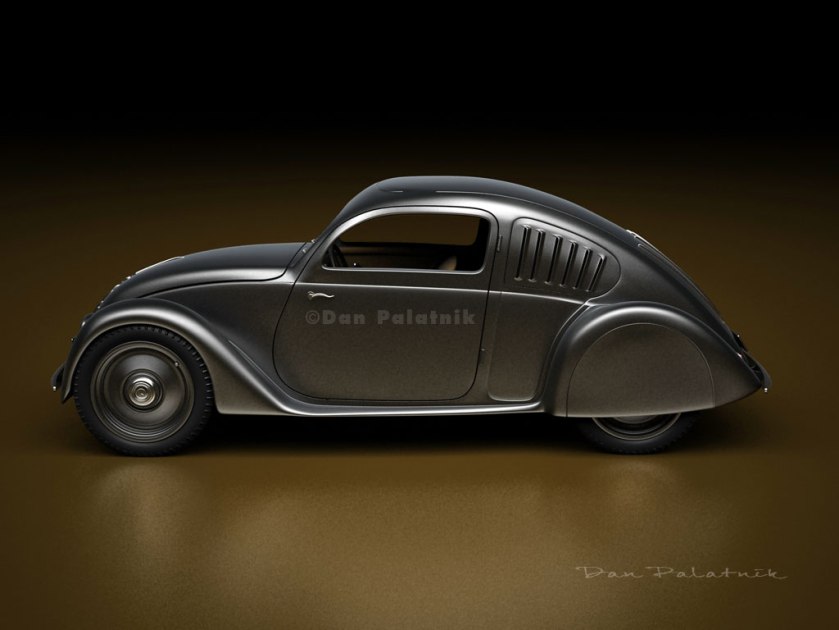 1934 Mercedes-Benz-W-130-Production-5-1934-2 W130 1935 typ 150 (rearmotor)
1934 Mercedes-Benz-W-130-Production-5-1934-2 W130 1935 typ 150 (rearmotor)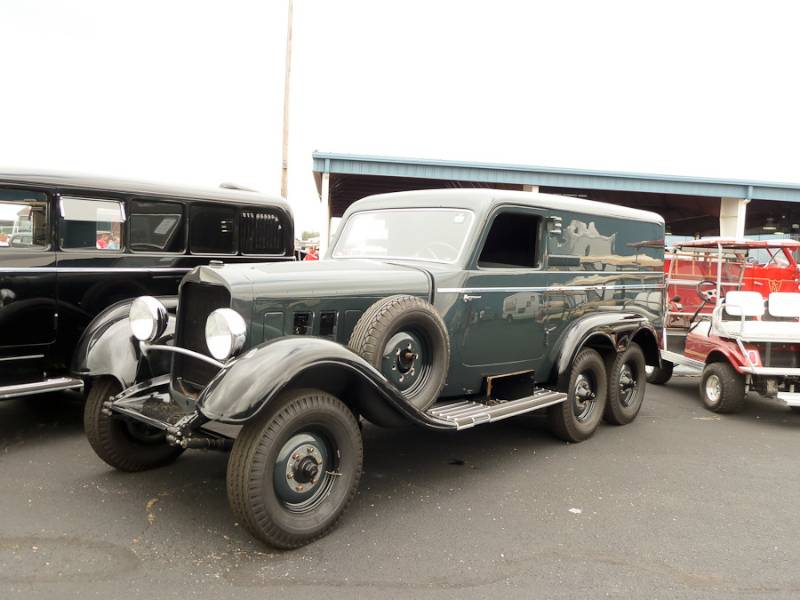 Mercedes-Benz Replica G-4 W131 Grosser Six Luggage Carrier S-N 440891E Black-Black
Mercedes-Benz Replica G-4 W131 Grosser Six Luggage Carrier S-N 440891E Black-Black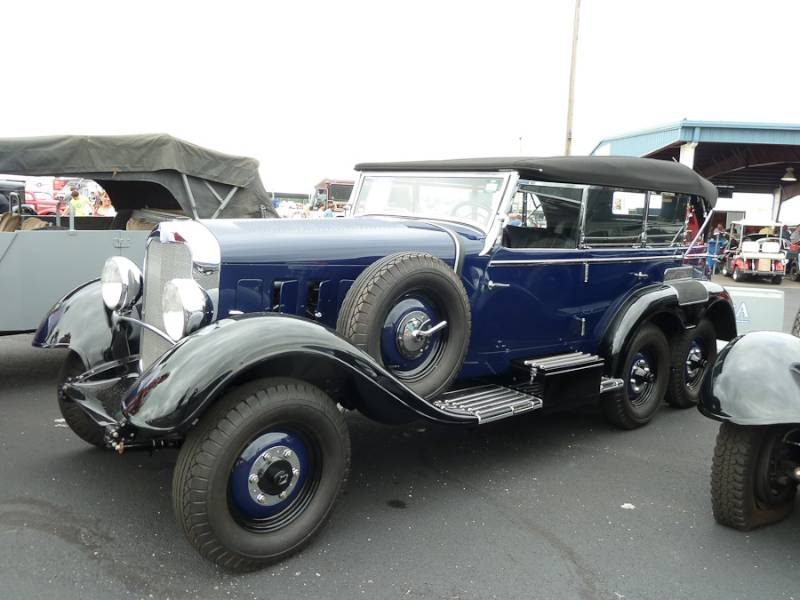 Mercedes-Benz Replica G-4 W131 Grosser Six Seven-Passenger Convertible Sedan
Mercedes-Benz Replica G-4 W131 Grosser Six Seven-Passenger Convertible Sedan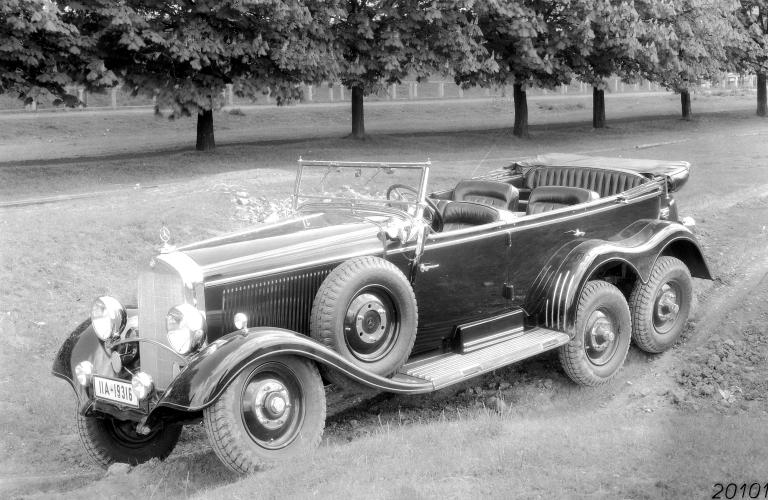 1934 mercedes benz 520 540 g 4 W131.jpg
1934 mercedes benz 520 540 g 4 W131.jpg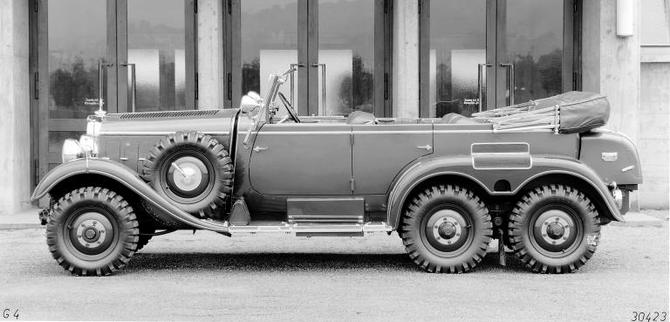 1934 mercedes benz 520 540 g 4 W131a.jpg W131 1934 G 4
1934 mercedes benz 520 540 g 4 W131a.jpg W131 1934 G 4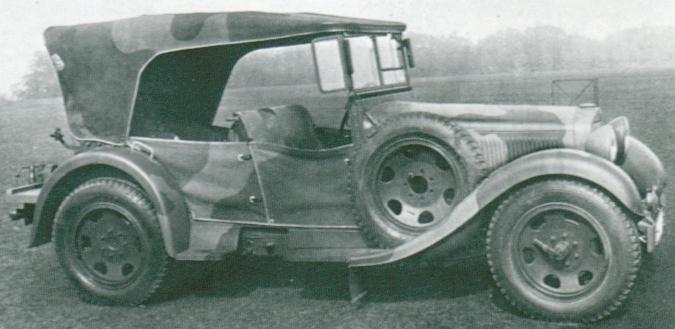 1935 Mercedes-Benz-170VG W133 III W133 III 1935 typ 170 VG Kuebelsitzer 4×4
1935 Mercedes-Benz-170VG W133 III W133 III 1935 typ 170 VG Kuebelsitzer 4×4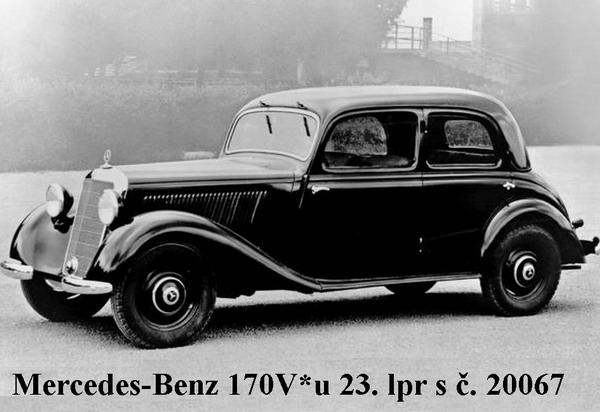 1935 mercedes-benz-05 170VG (W133 III).jpg
1935 mercedes-benz-05 170VG (W133 III).jpg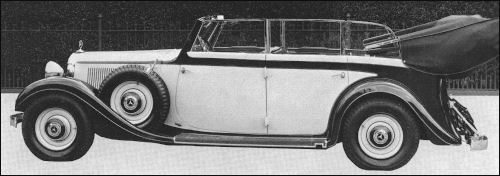 1936 mercedes benz 1936 W135 cabrio papler W135 1936-1937 typ 290 Kübelwagen II
1936 mercedes benz 1936 W135 cabrio papler W135 1936-1937 typ 290 Kübelwagen II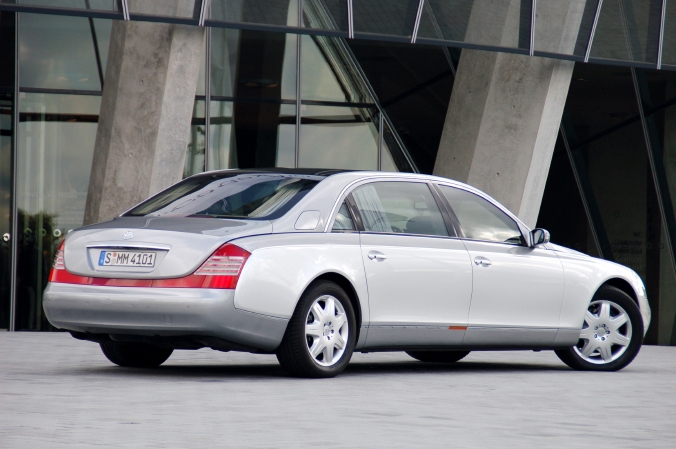
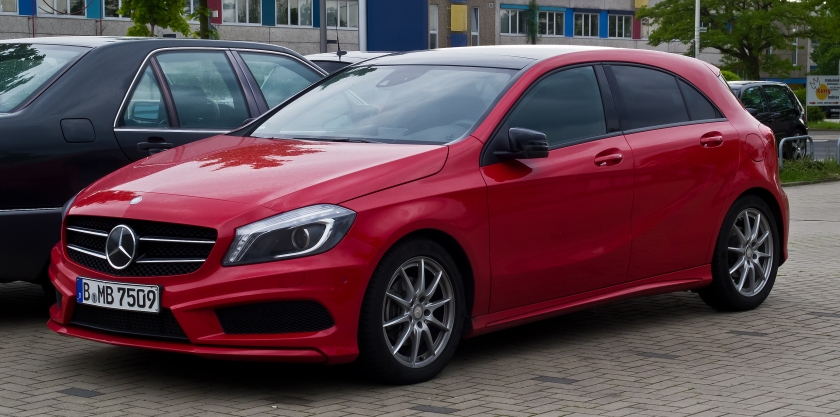
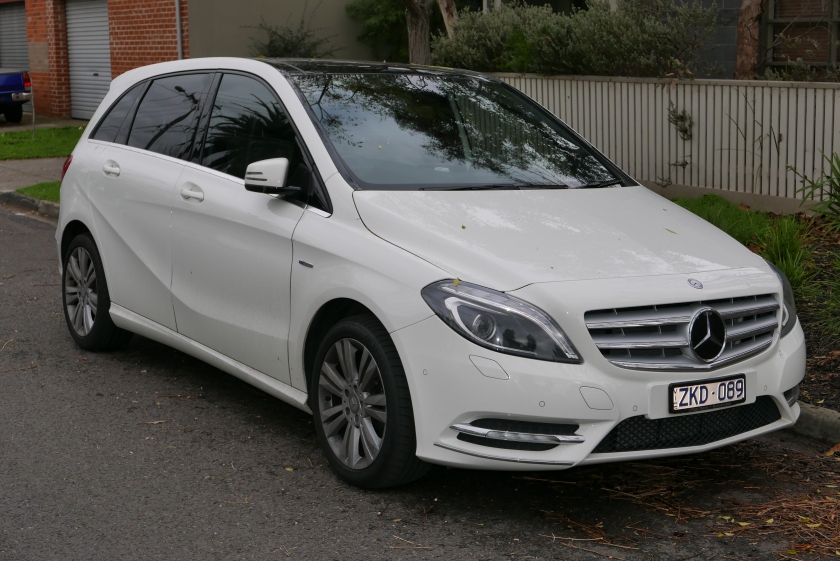
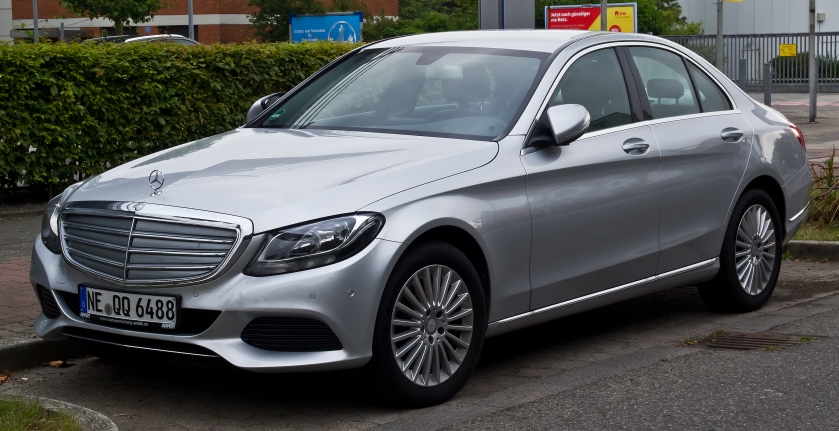
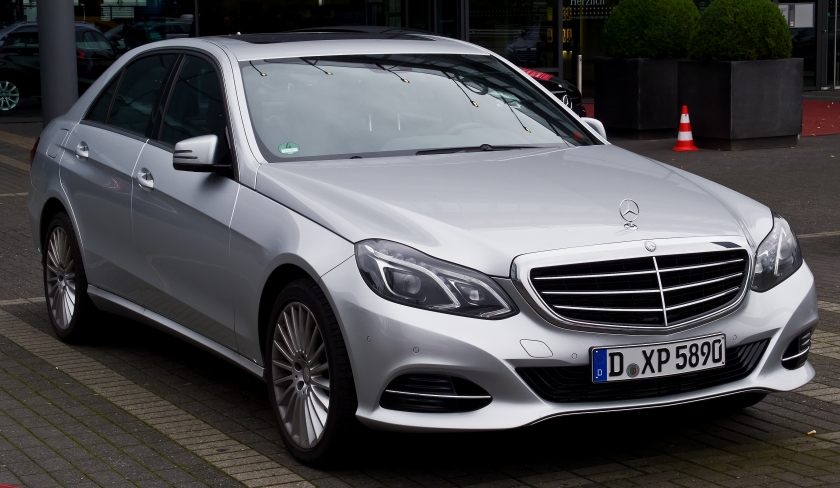
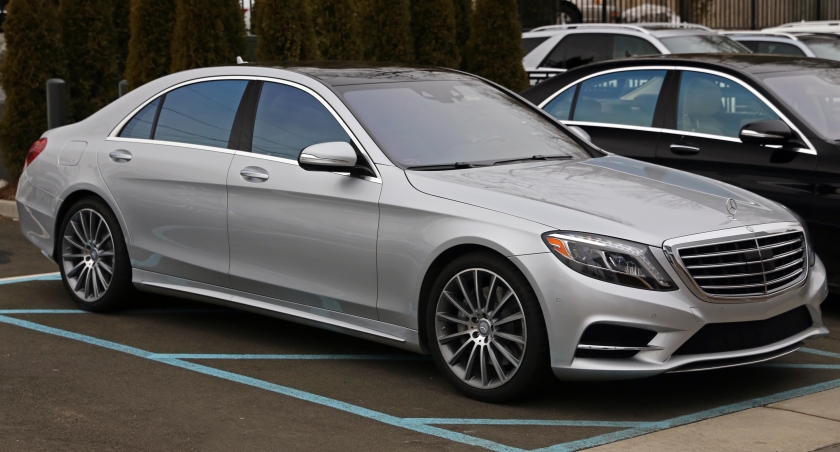
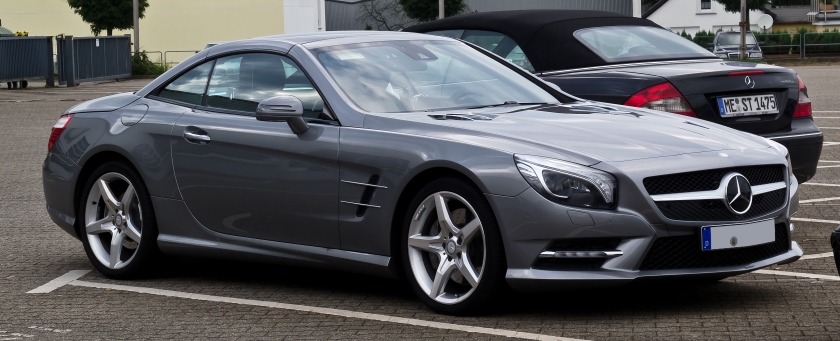
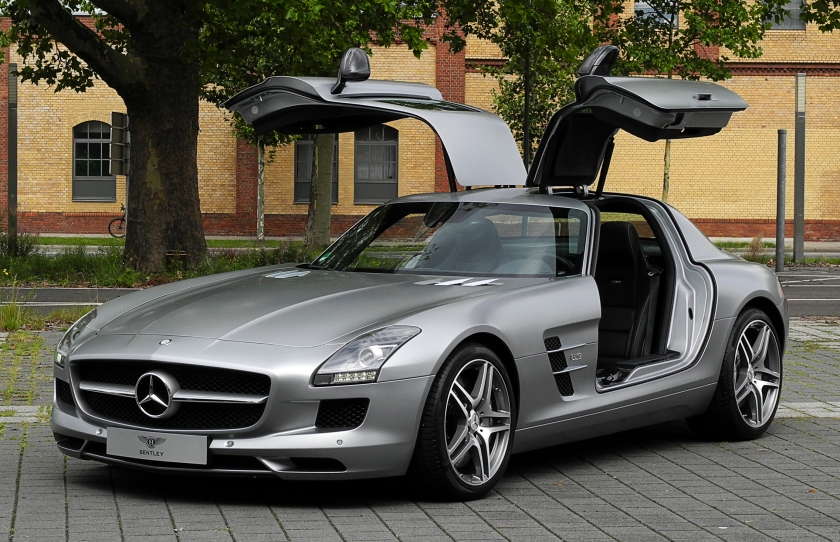
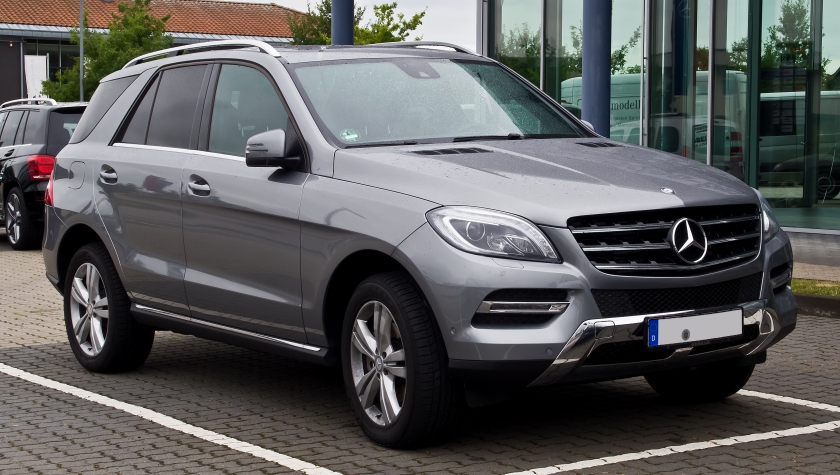
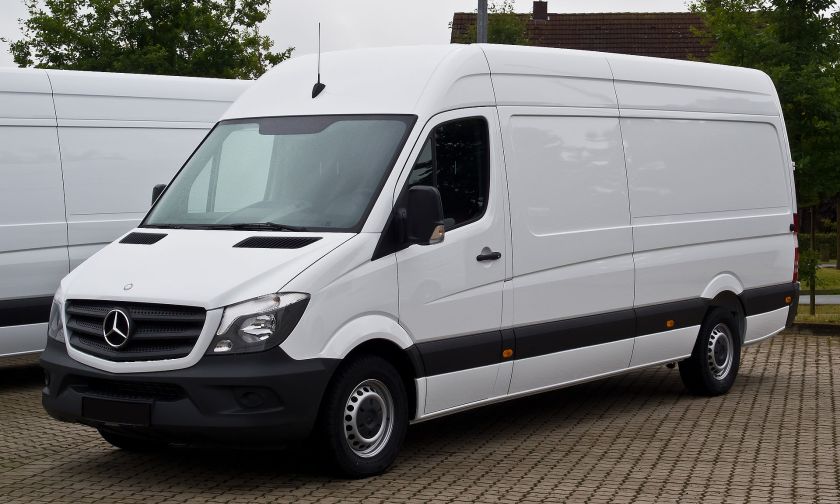
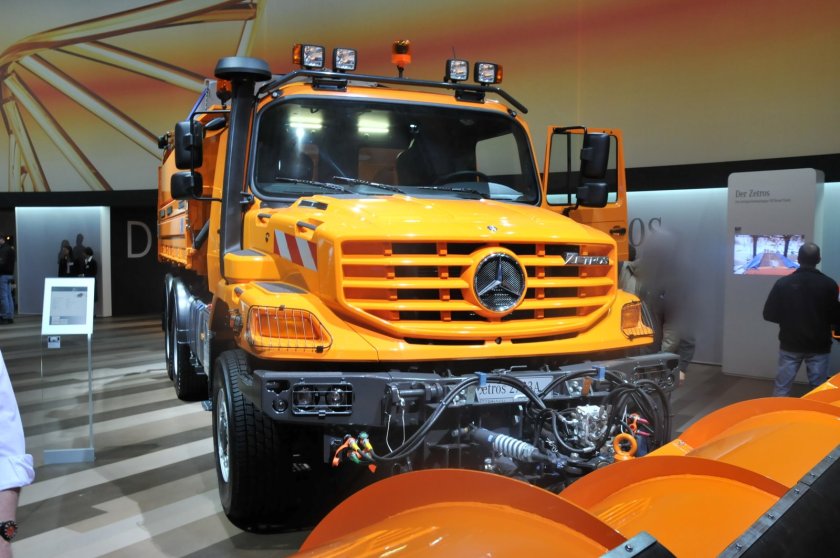
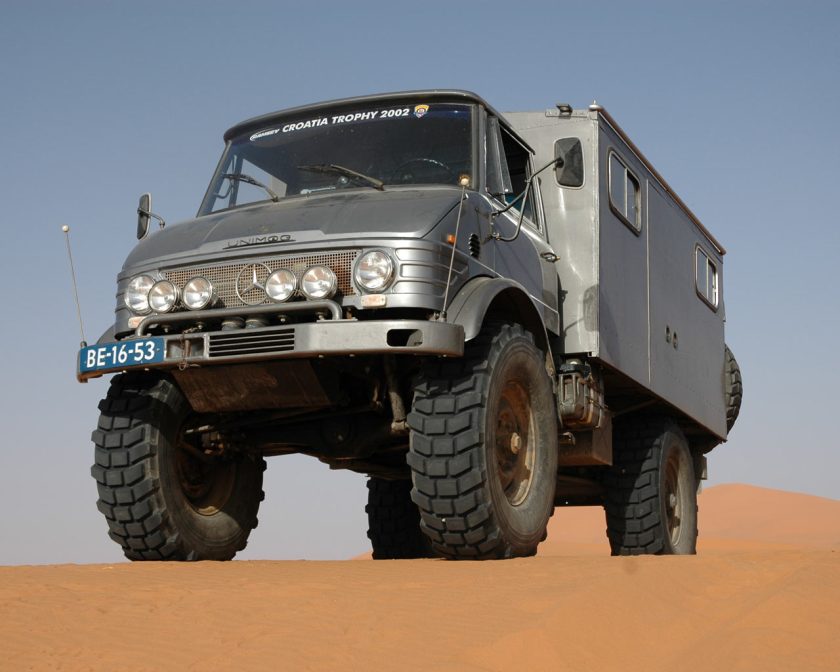
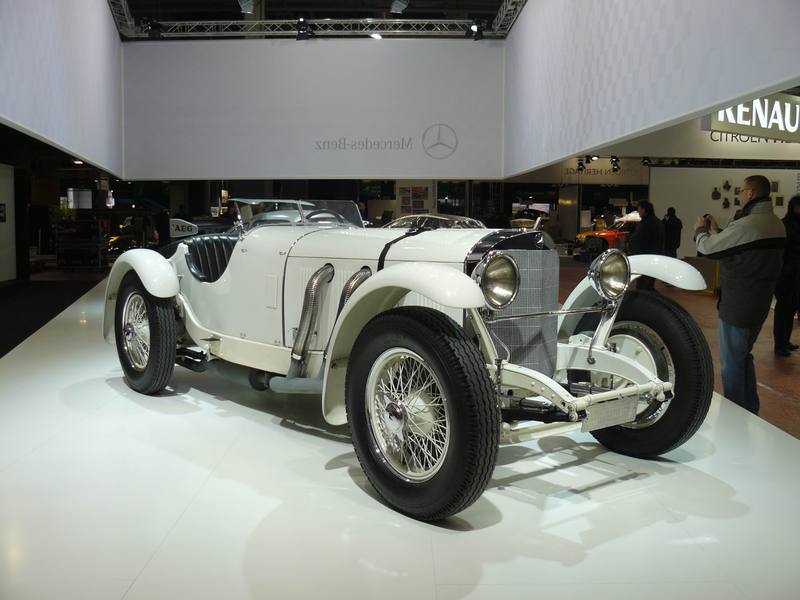 1928:
1928: 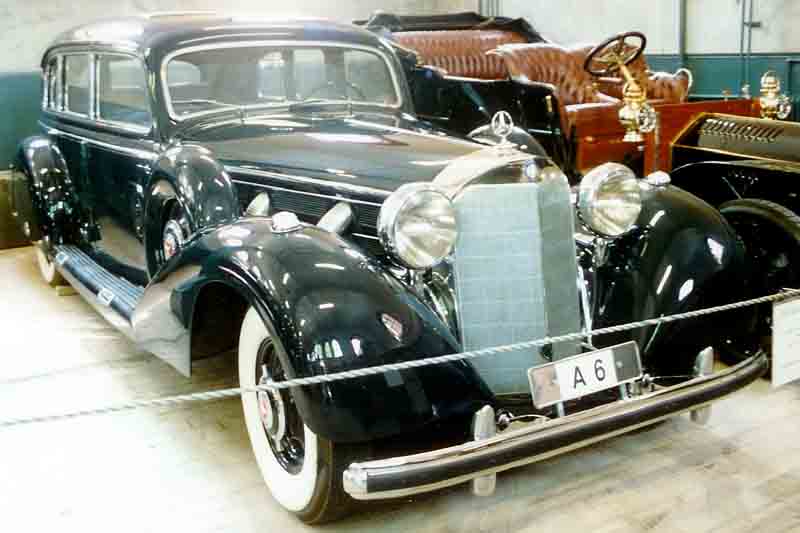 1930:
1930: 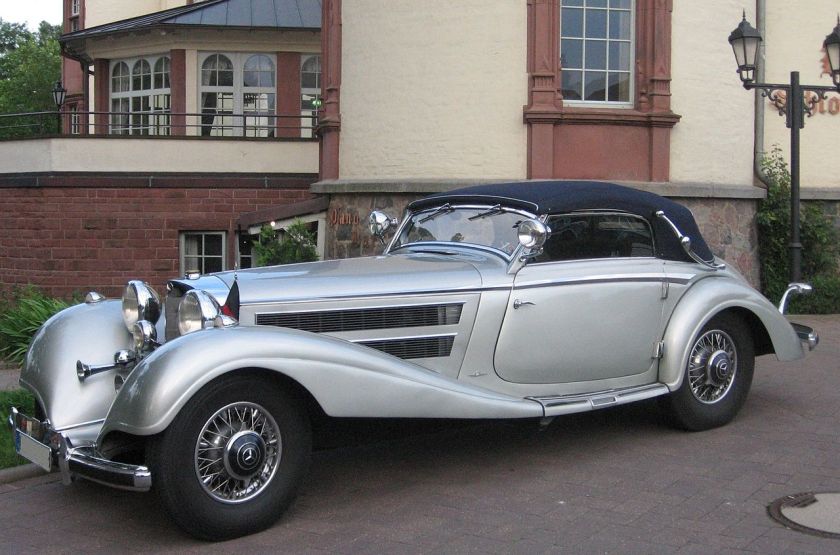 Mercedes Benz 500K 1934:
Mercedes Benz 500K 1934: 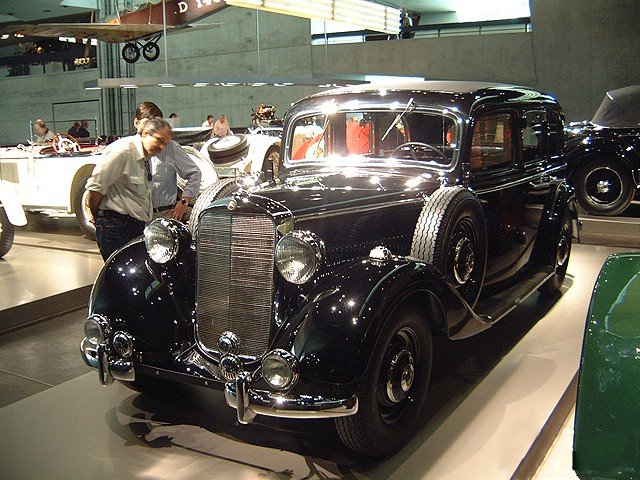 1936:
1936: 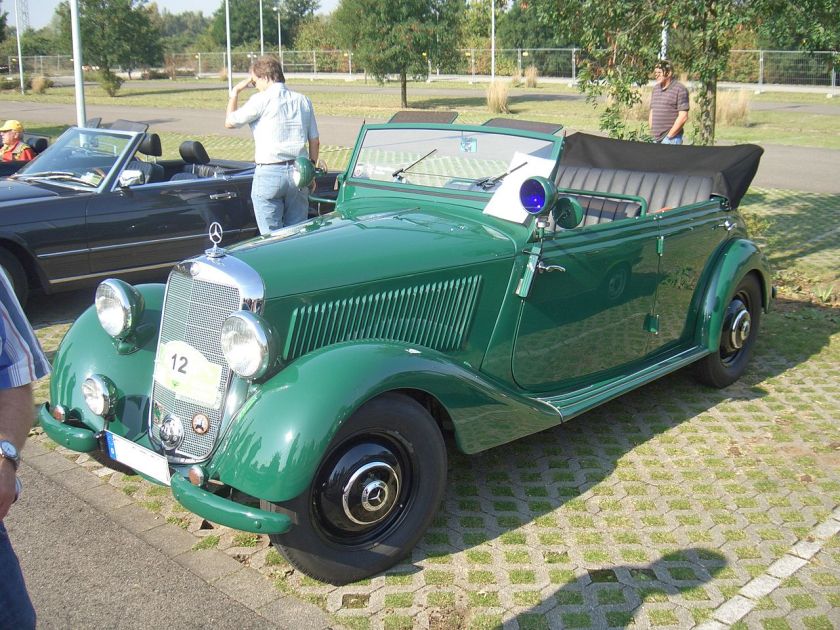 1936:
1936: 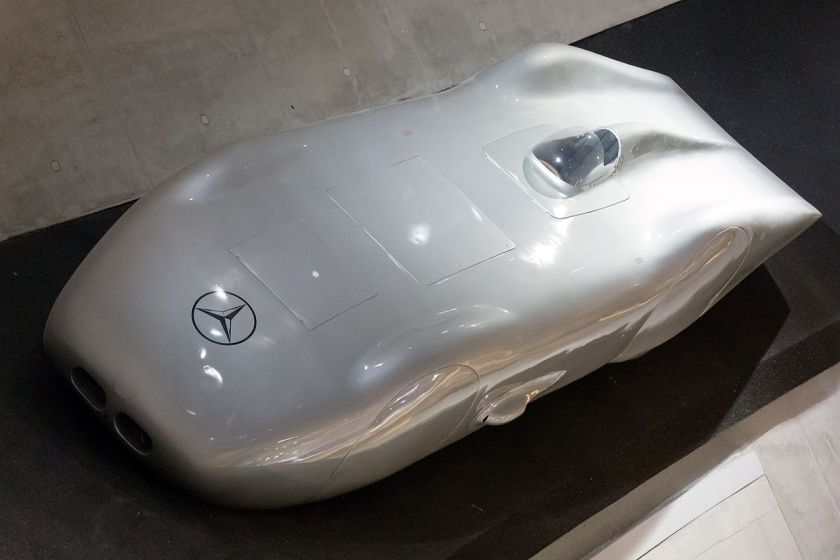 1938:
1938: 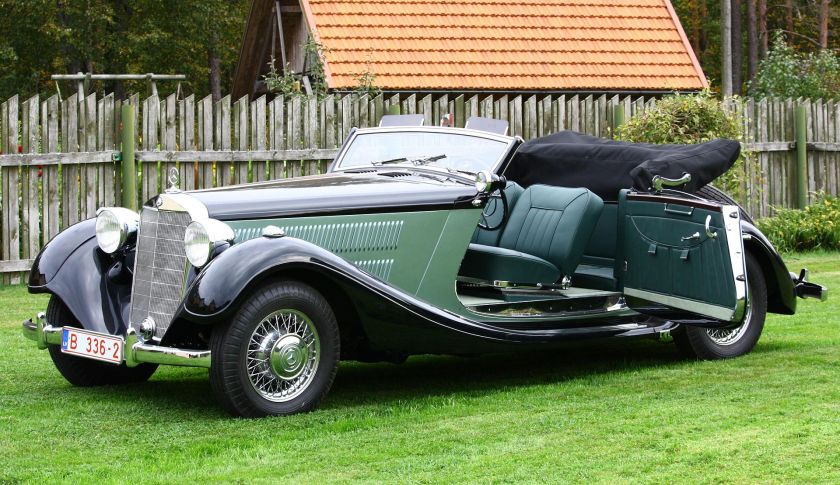 1939:
1939: 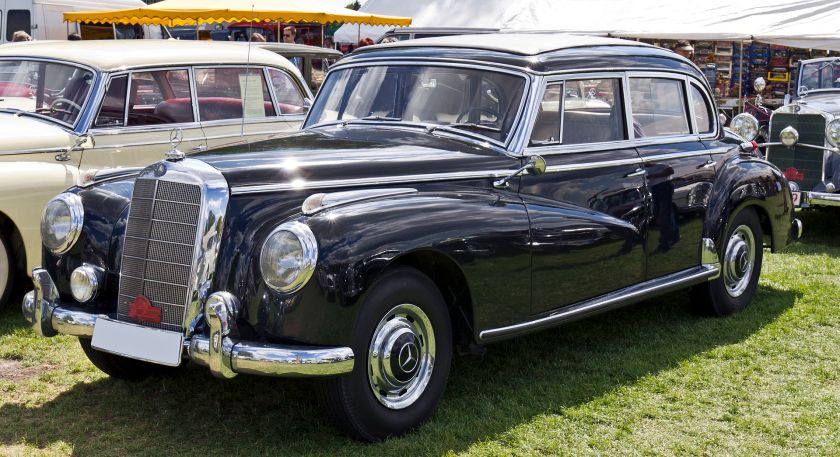 1951:
1951: 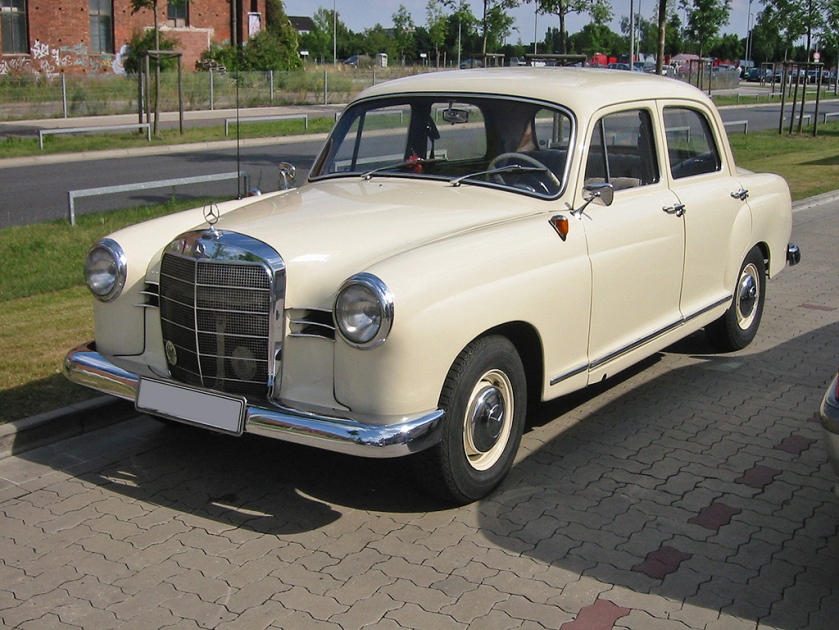 1953:
1953: 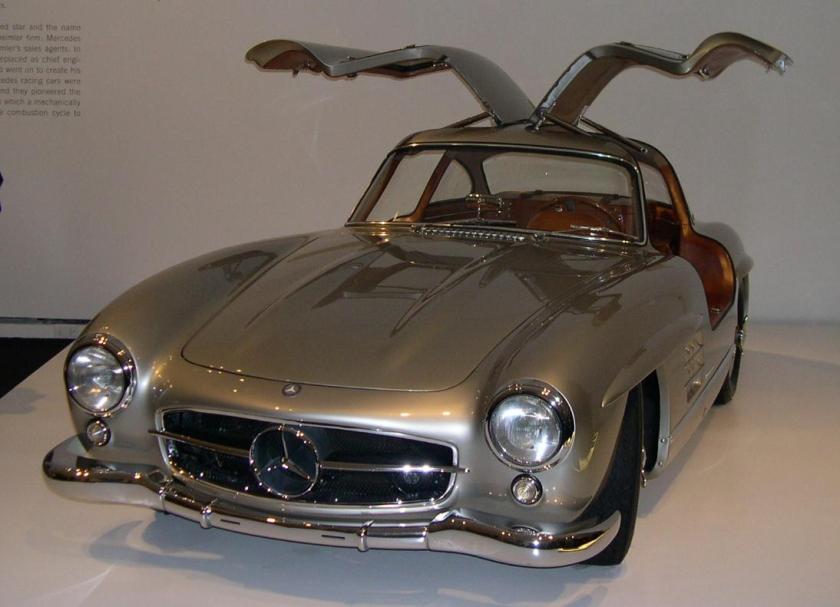 1954:
1954: 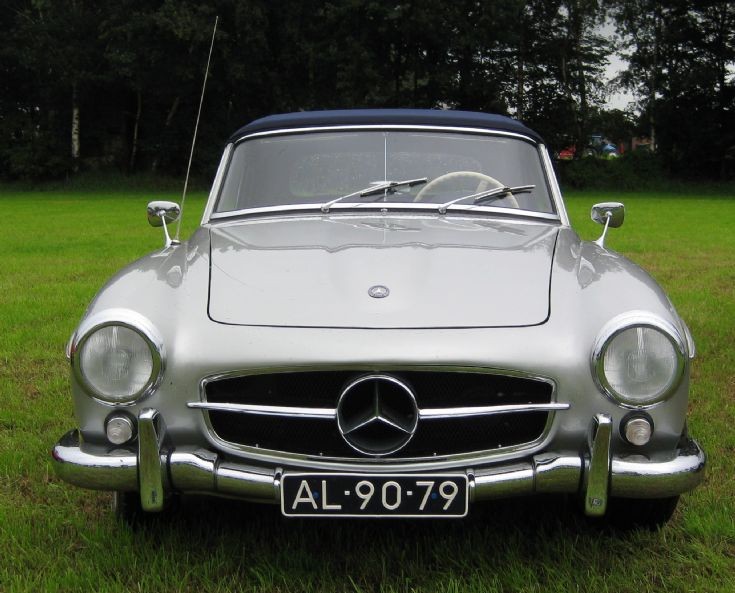 1956:
1956: 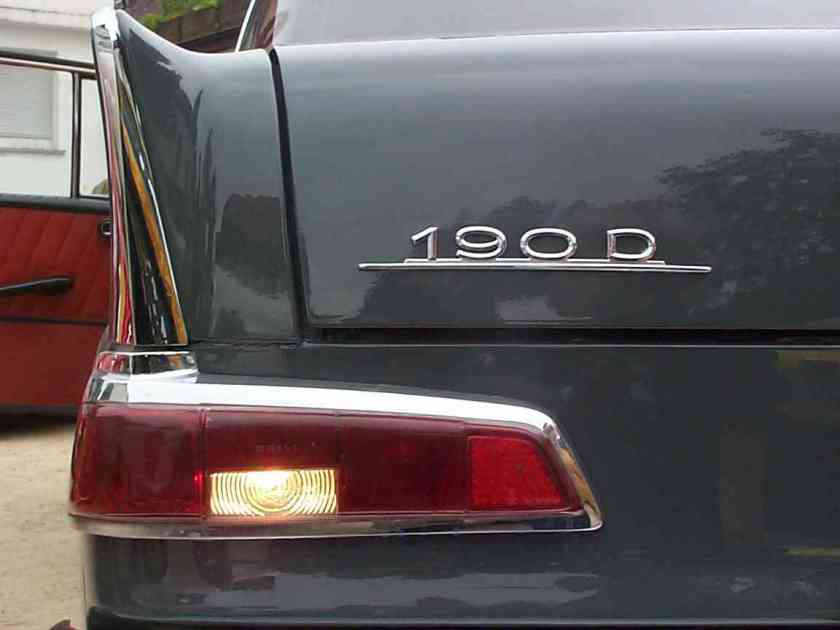 1959:
1959: 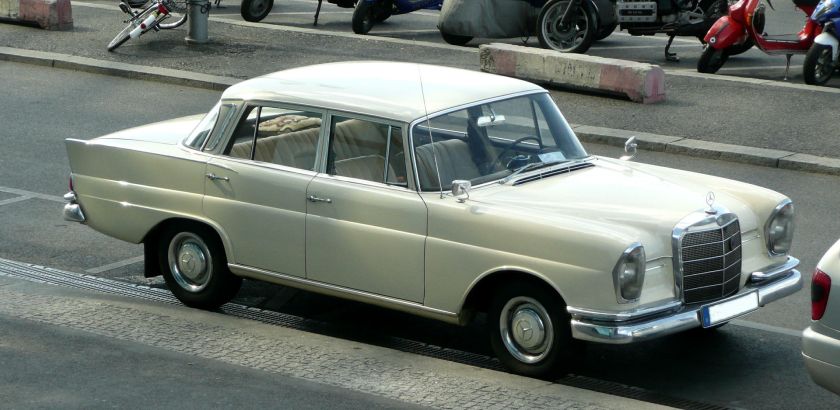 1960:
1960: 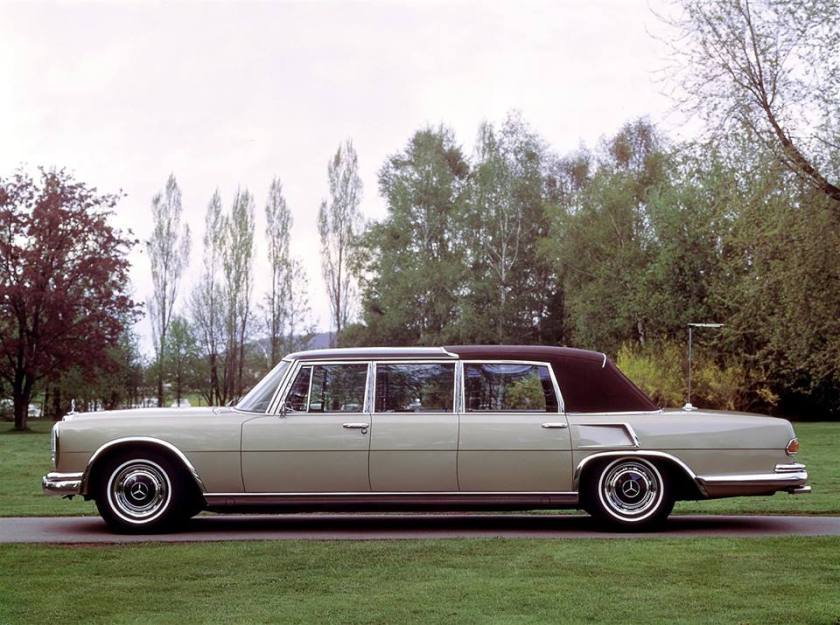 1963:
1963: 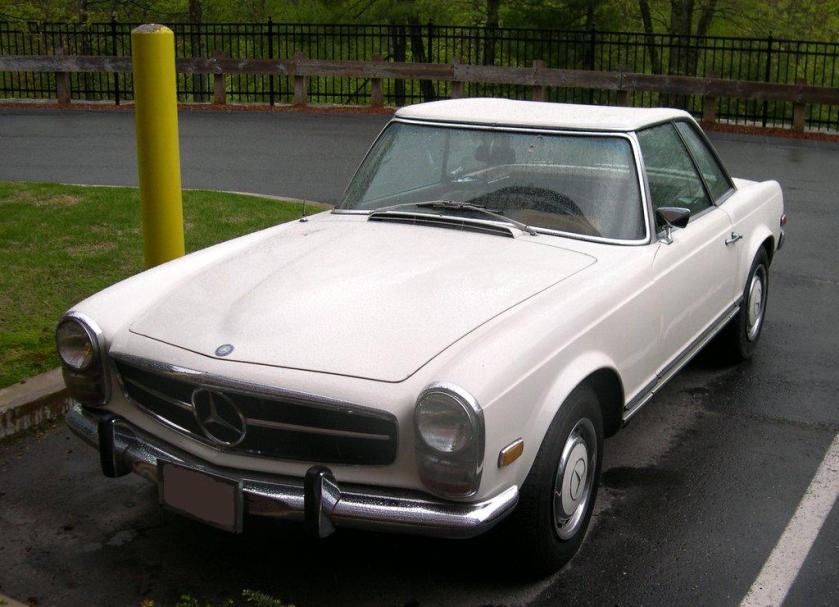 1963:
1963: 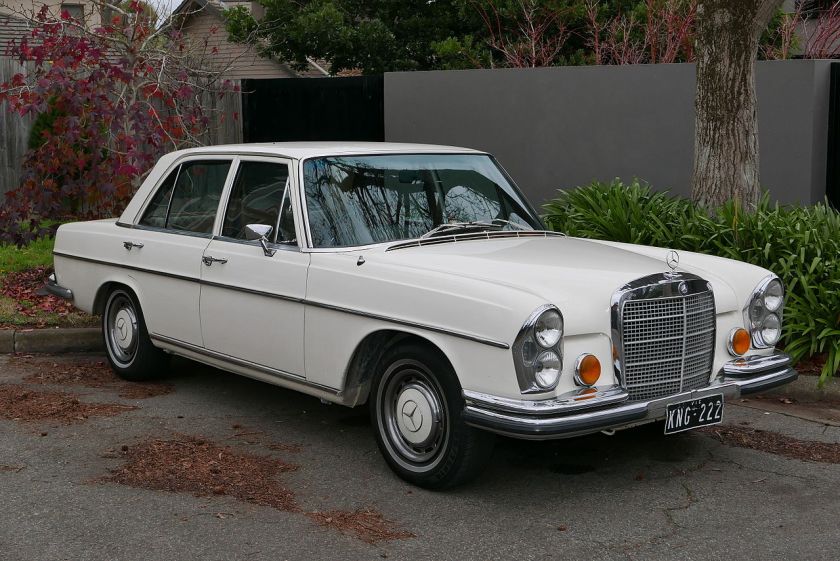 1965:
1965: 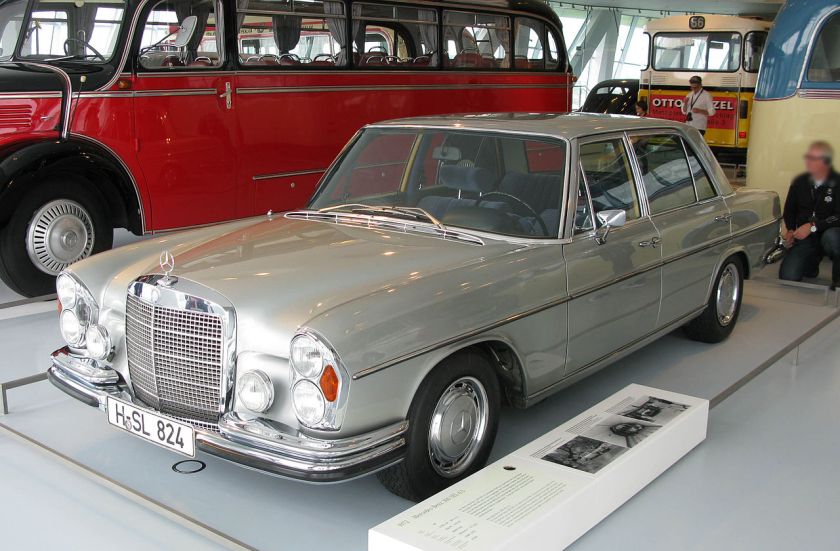 1966:
1966: 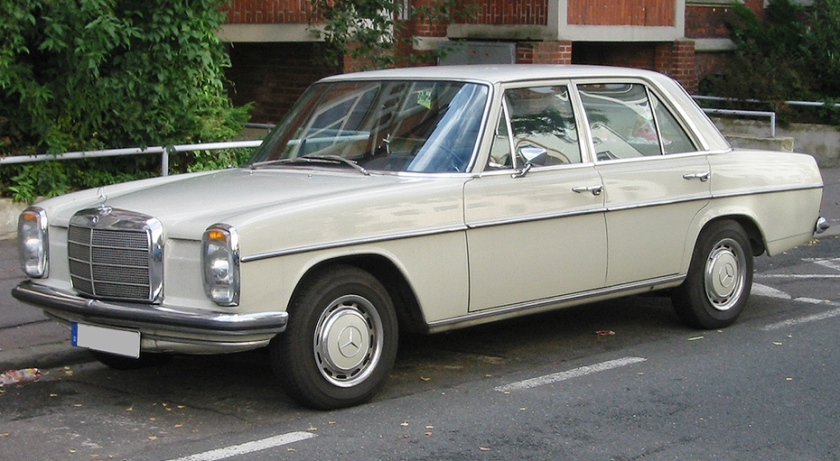 1968:
1968: 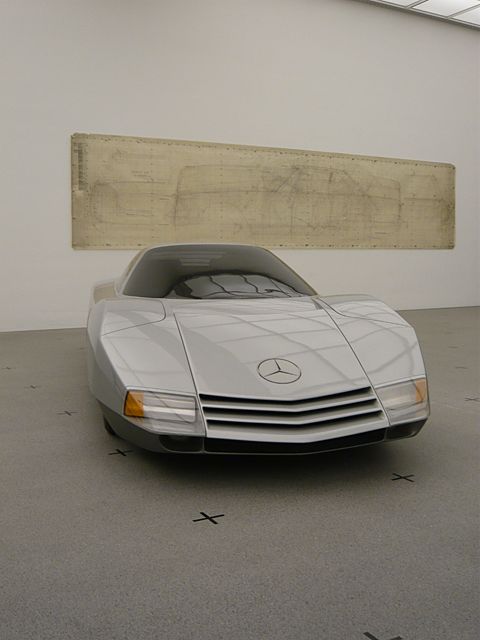 1969:
1969:  1972:
1972: 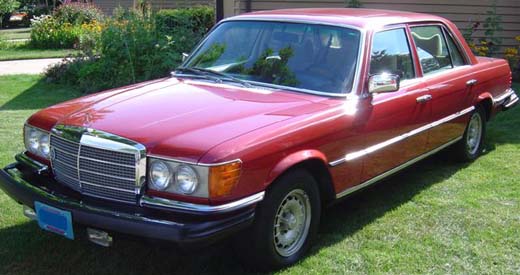 1974:
1974: 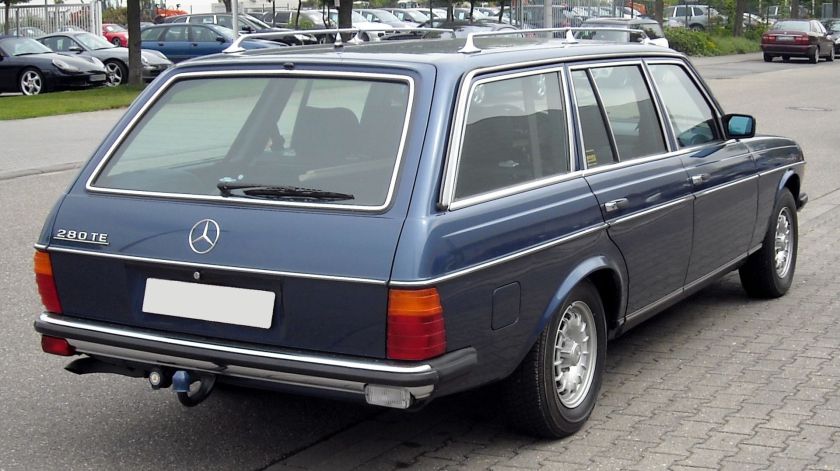 1977:
1977: 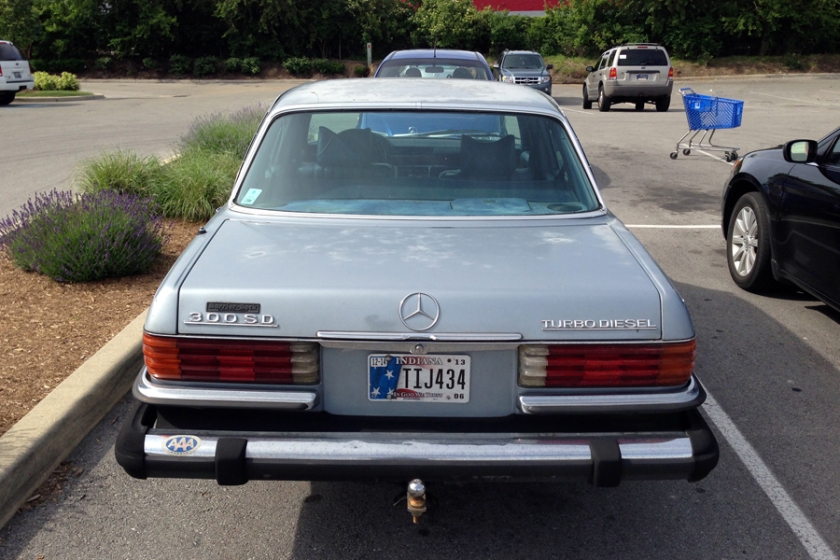 1978:
1978:  1979:
1979: 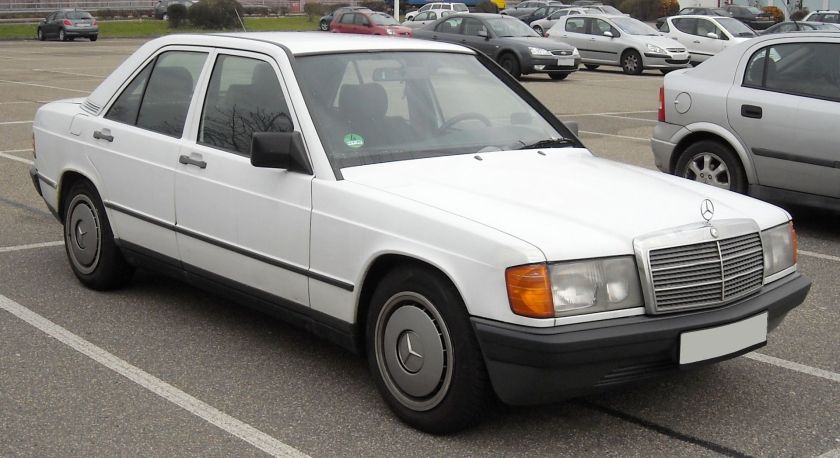 1983:
1983: 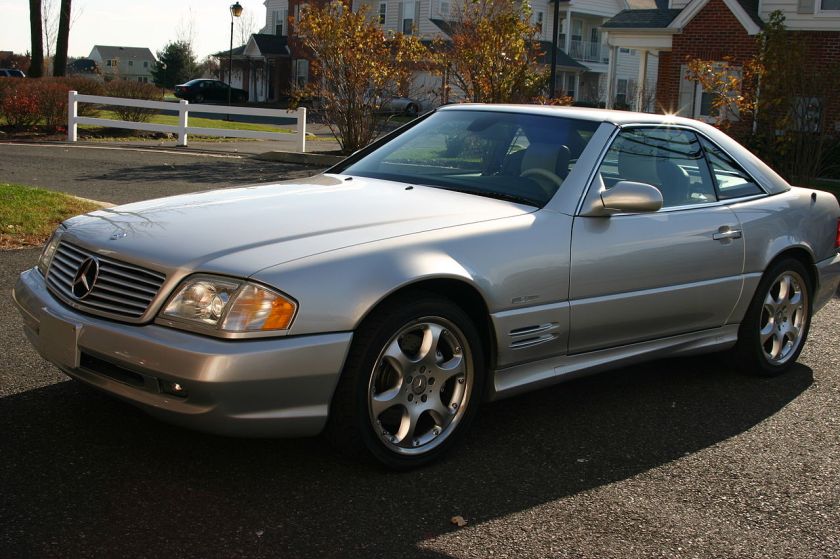 1989:
1989: 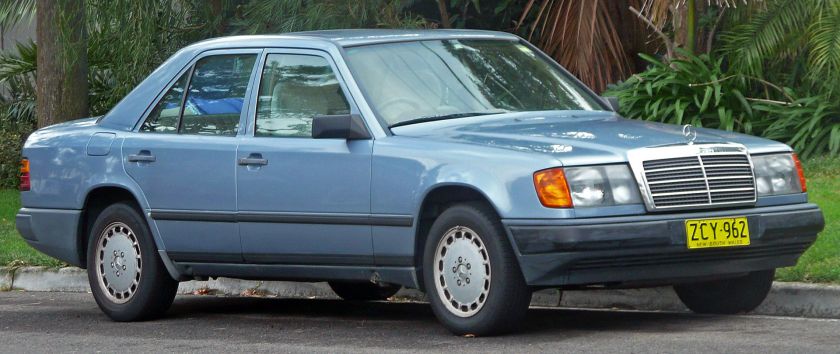 1990:
1990: 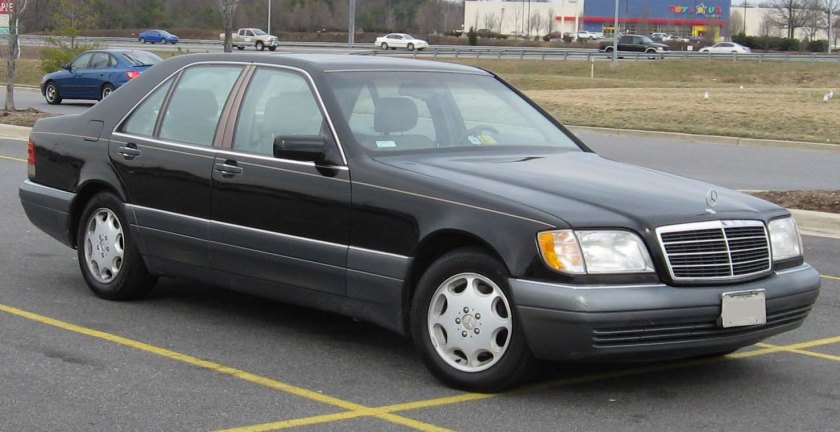 1991:
1991: 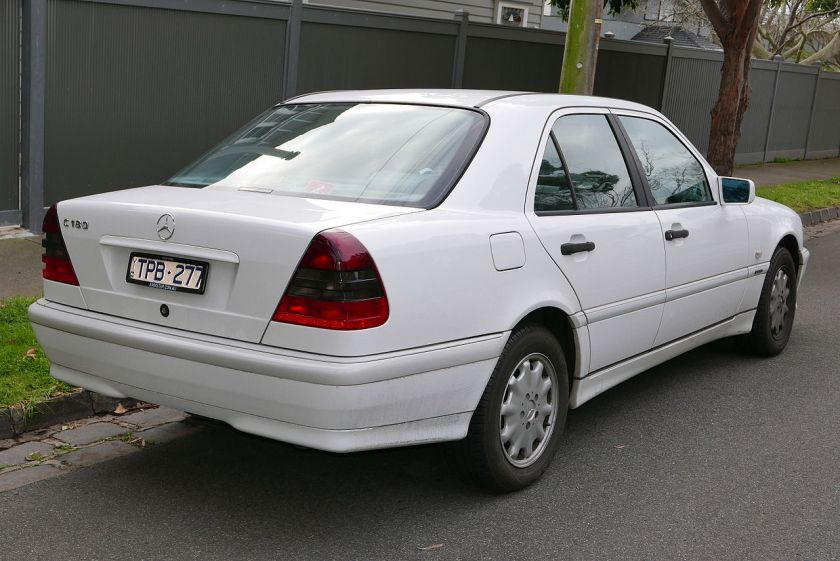 1993:
1993: 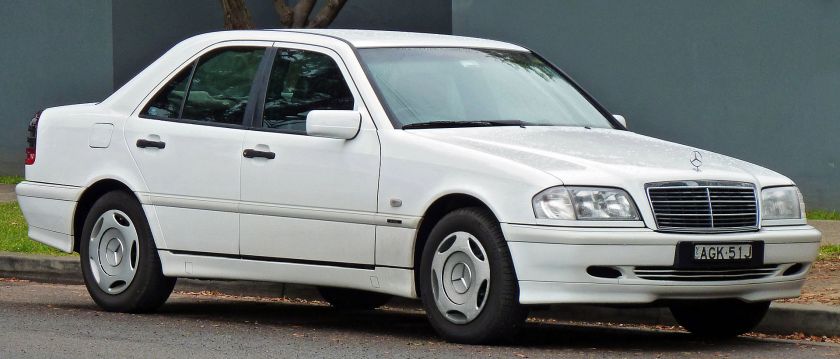 1995:
1995: 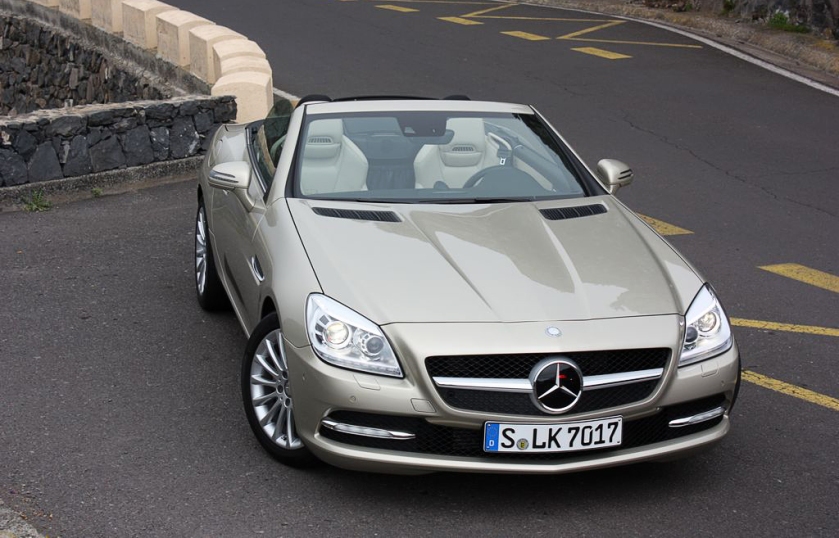 1996:
1996: 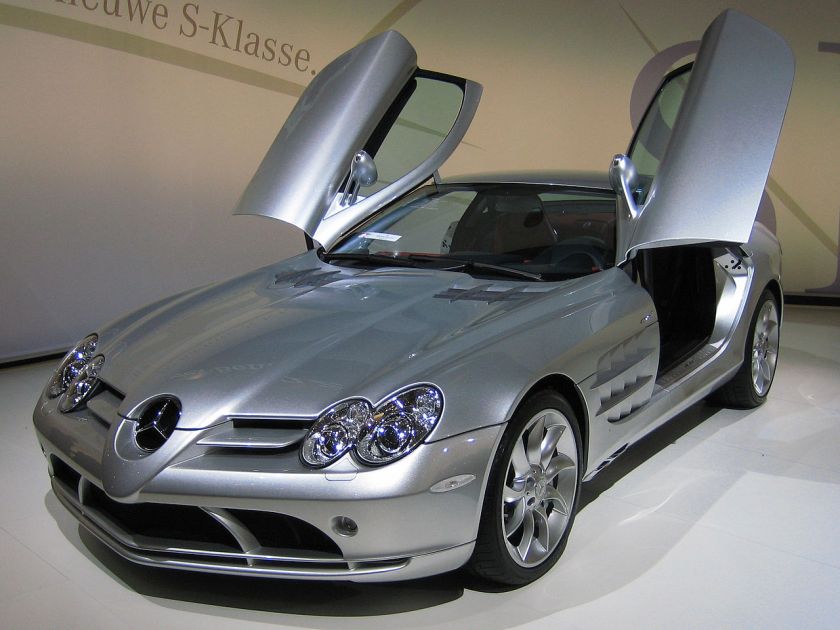 2004:
2004: 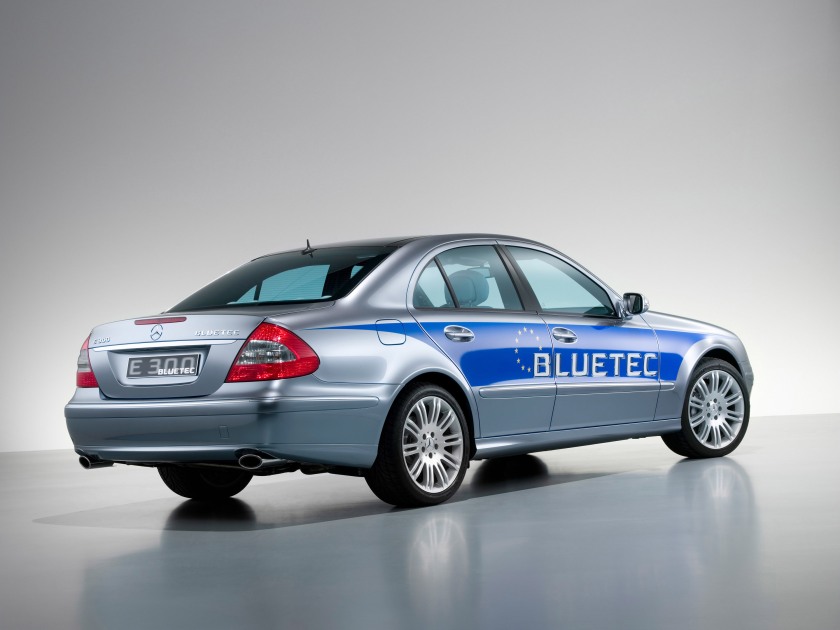
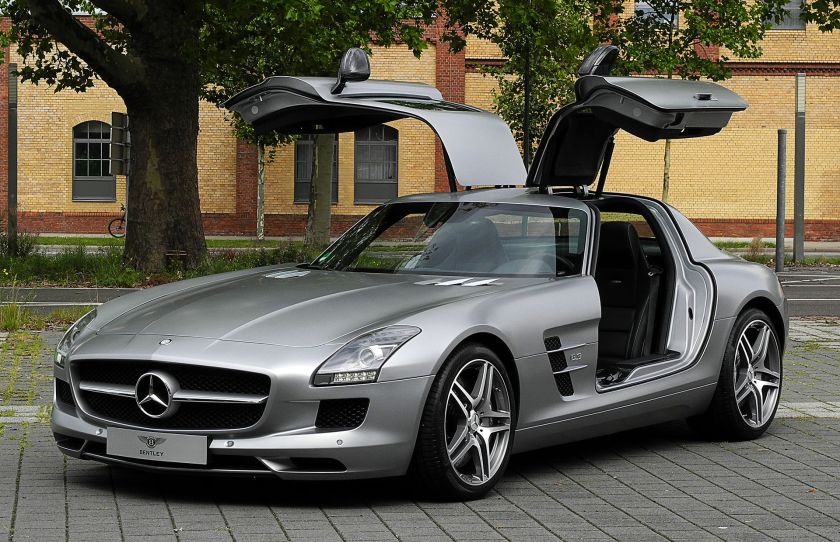 2010:
2010: 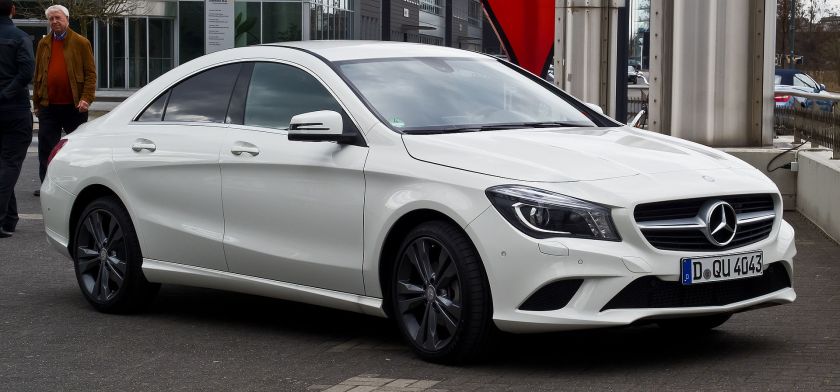 2013:
2013: 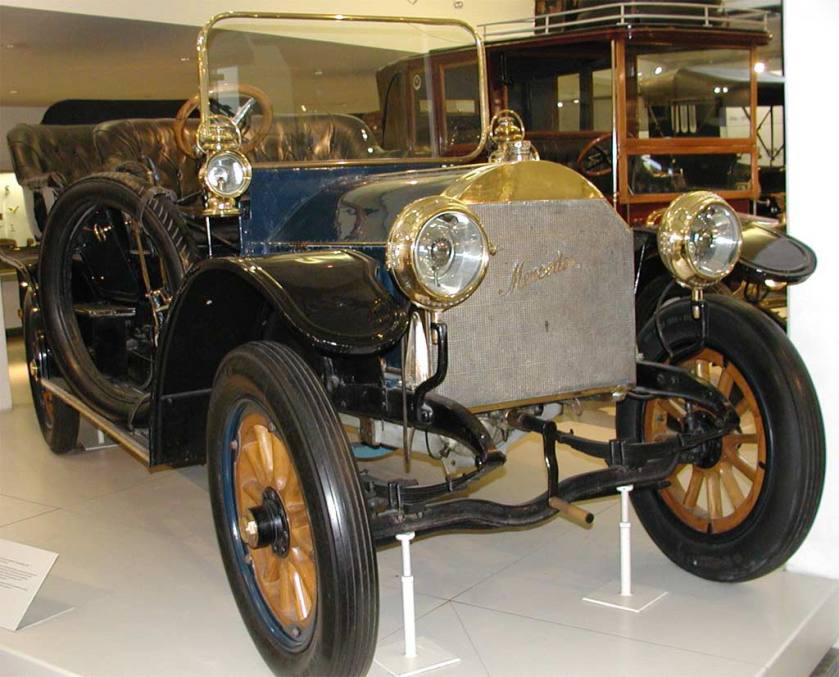
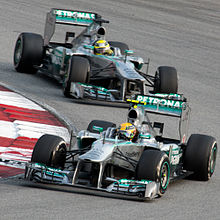


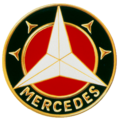



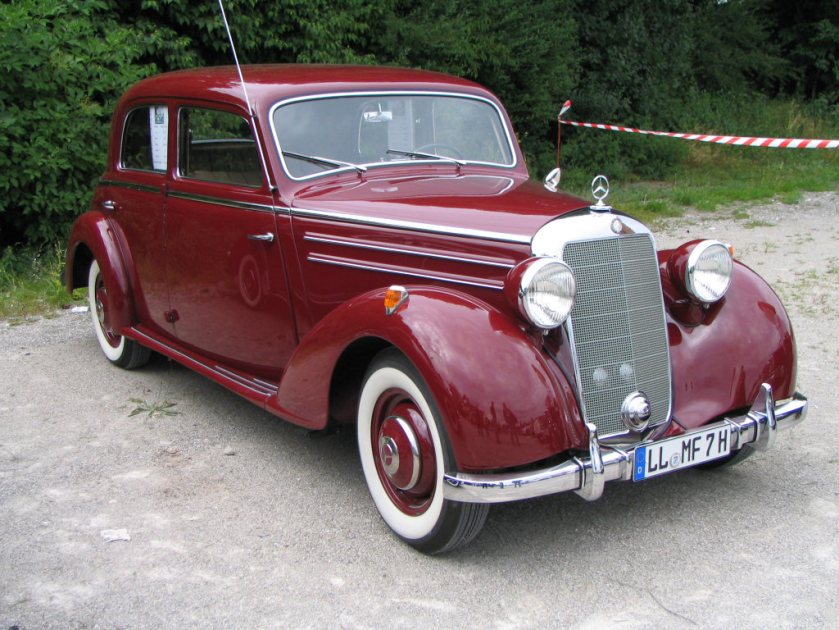
 1938 (1936-40) Mercedes Benz 260D W138 In 1936, the
1938 (1936-40) Mercedes Benz 260D W138 In 1936, the 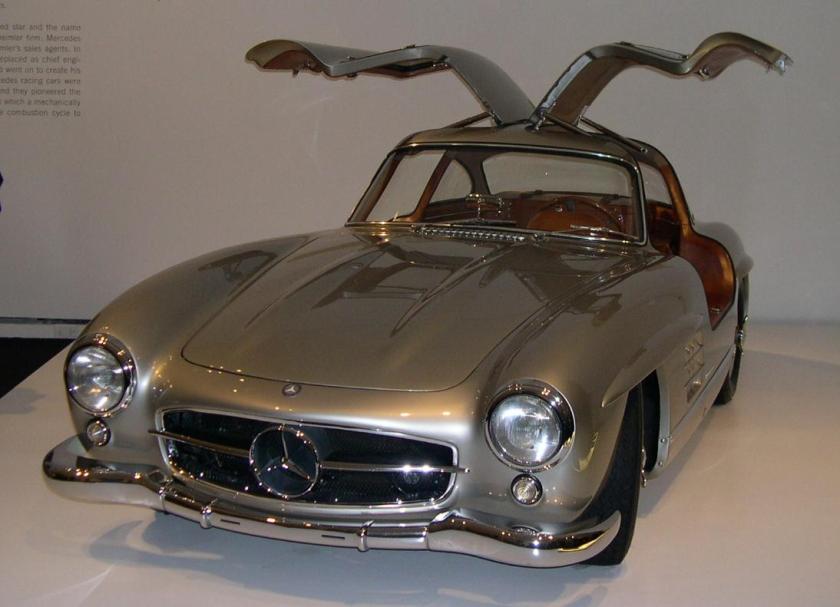 Mercedes-Benz were the first to offer direct fuel injection on the (1955)
Mercedes-Benz were the first to offer direct fuel injection on the (1955)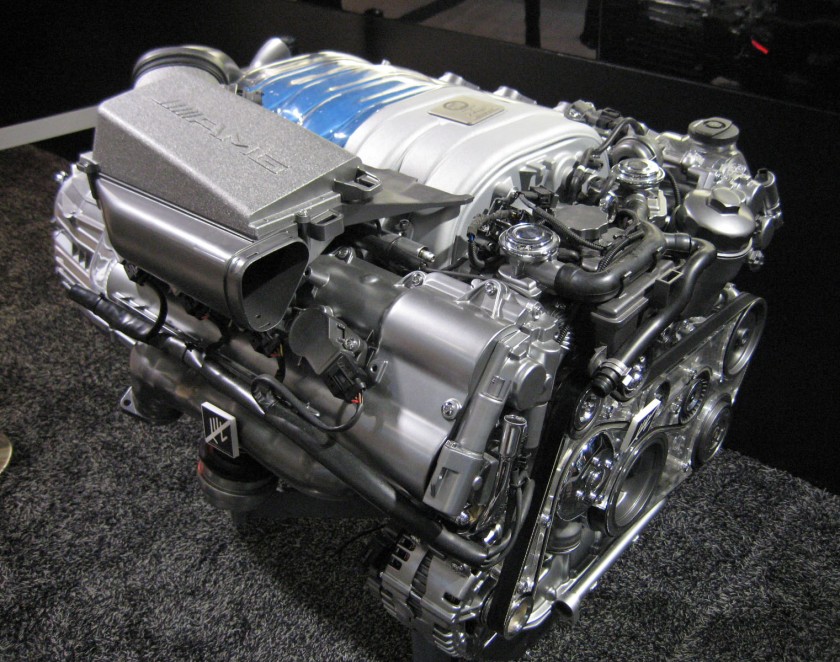
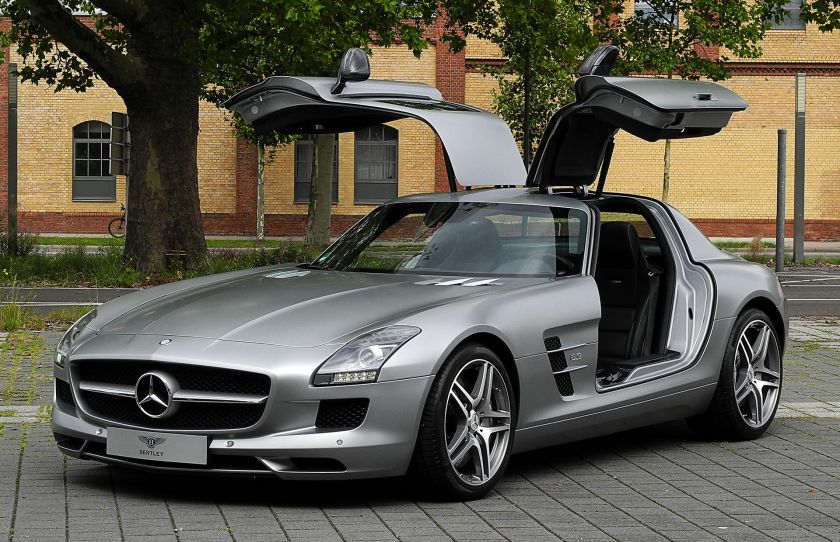
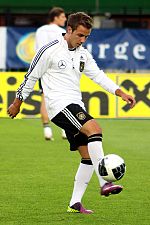
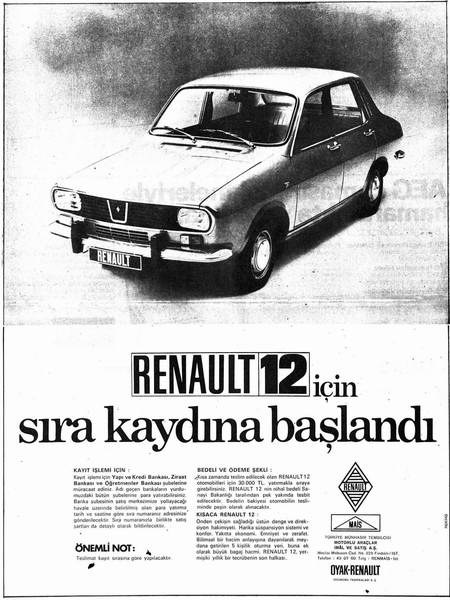
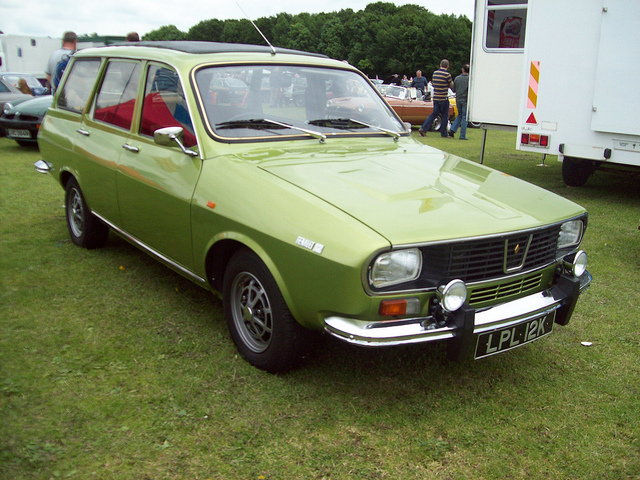
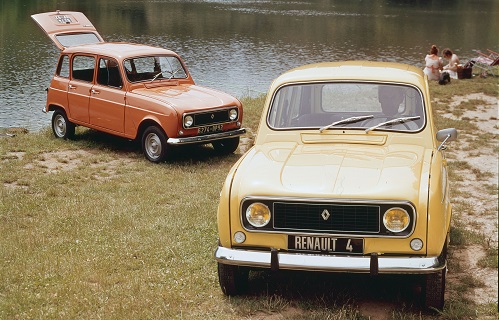
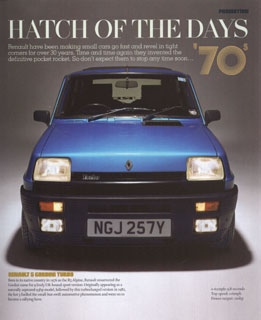
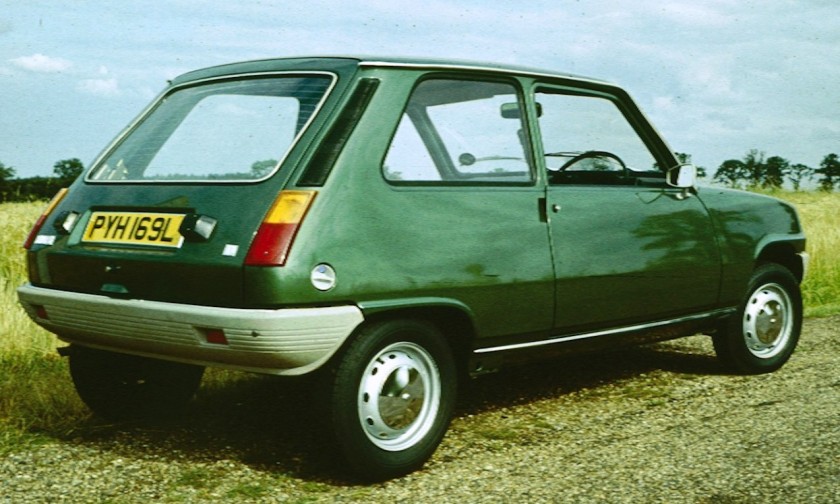
![1972 Renault 6 TL Série 1 [X18]](https://myntransportblog.wordpress.com/wp-content/uploads/2014/09/1972-renault-6-tl-sc3a9rie-1-x18.jpg?w=840)
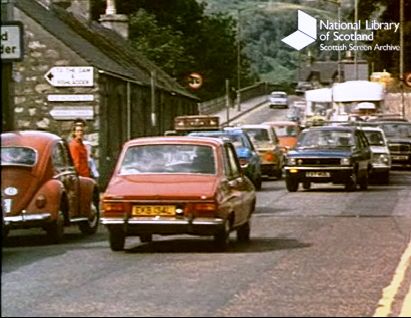
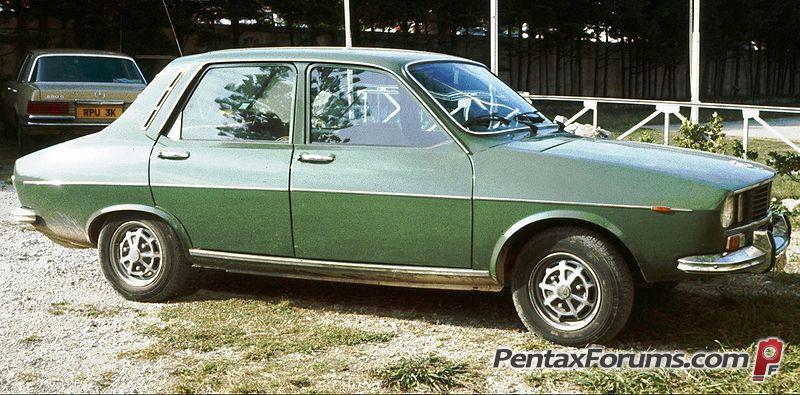
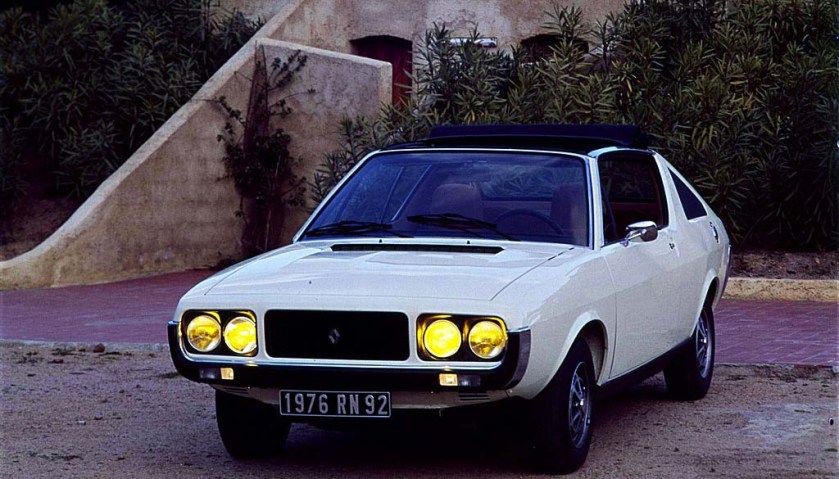
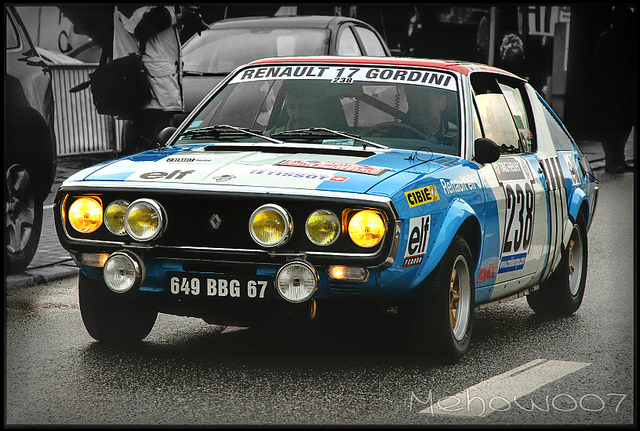
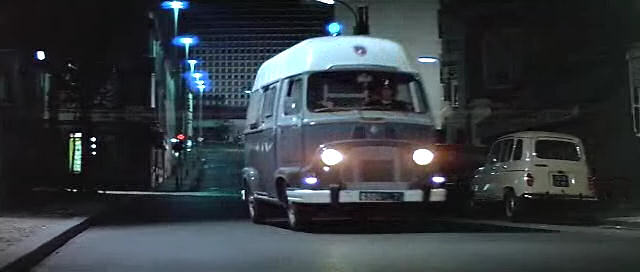

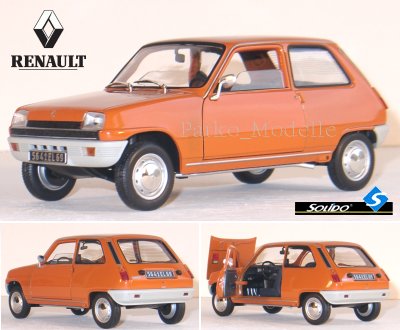
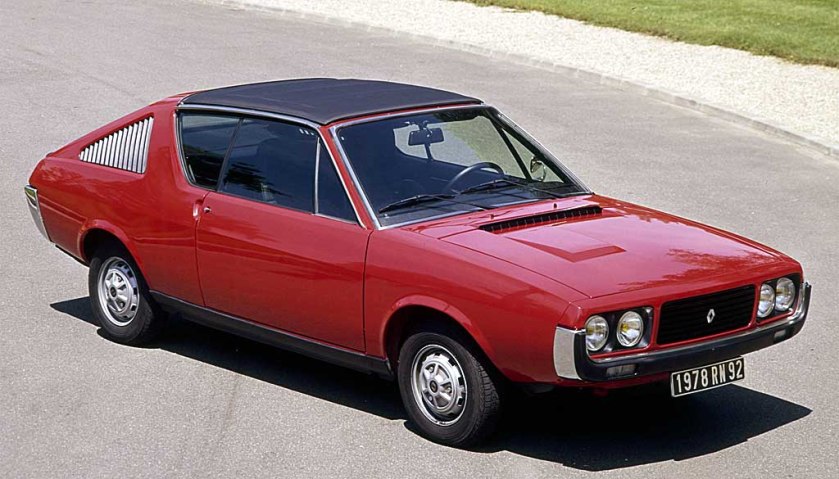
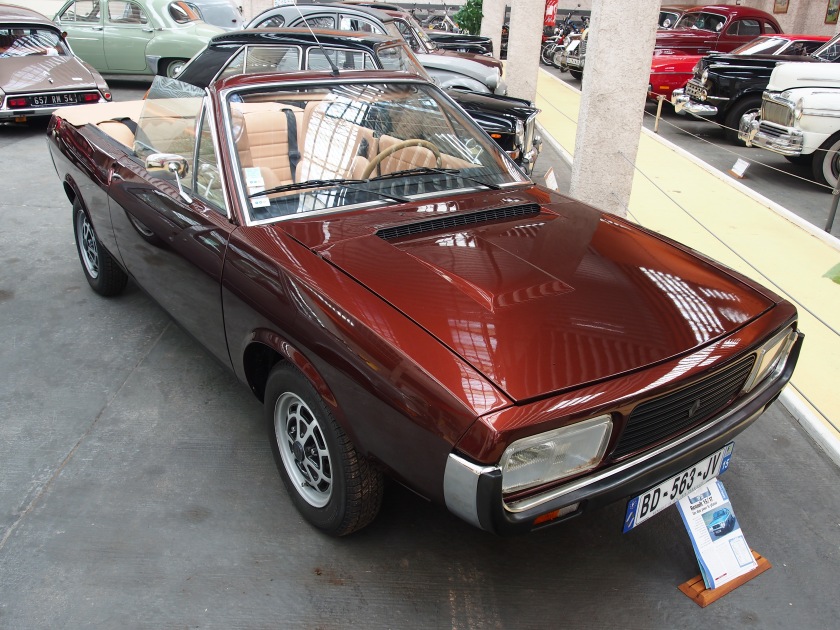
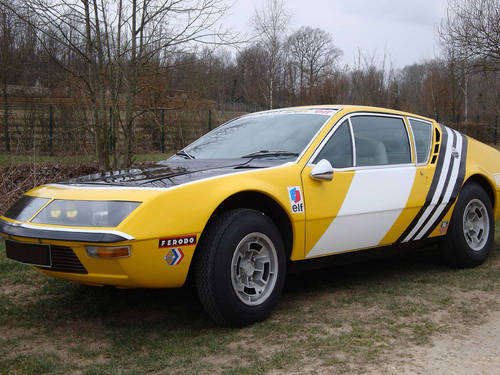
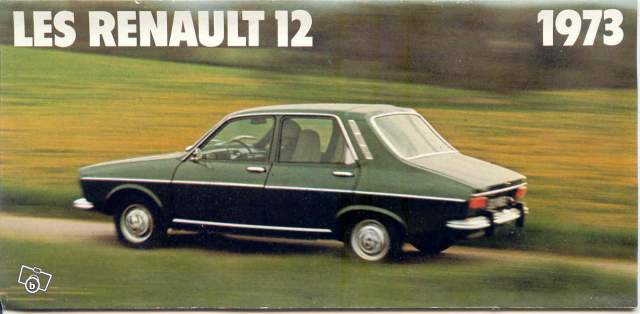
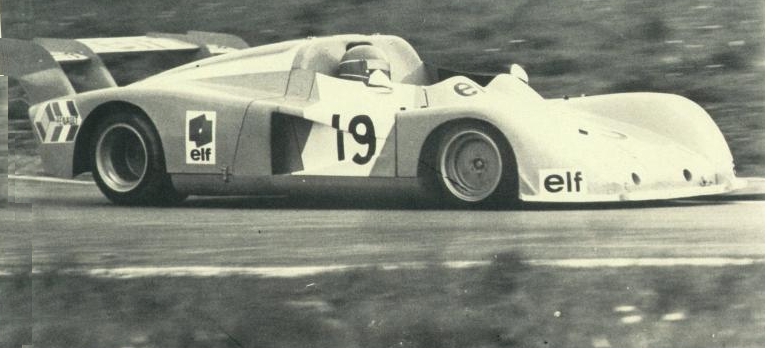
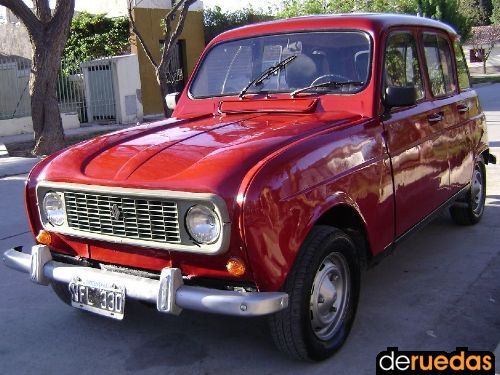
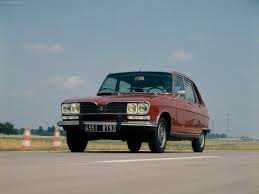
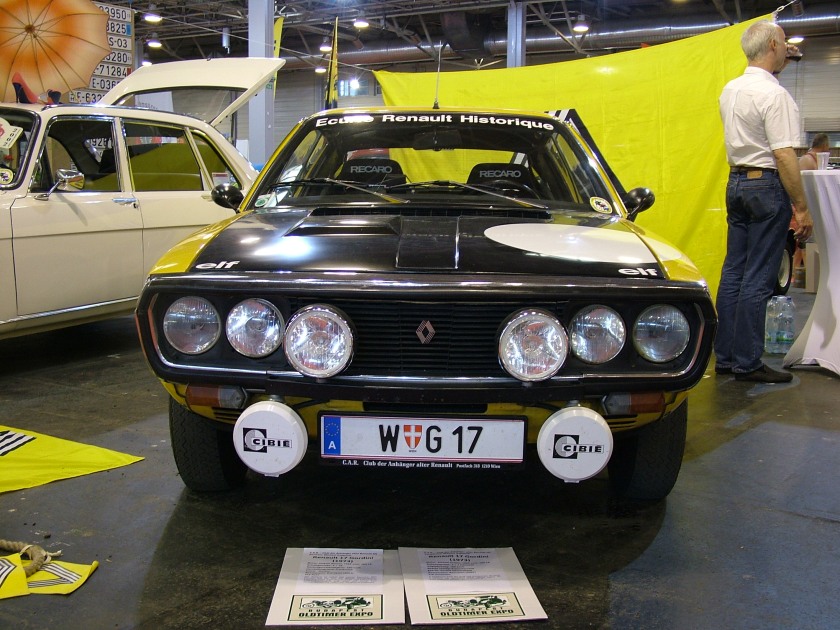
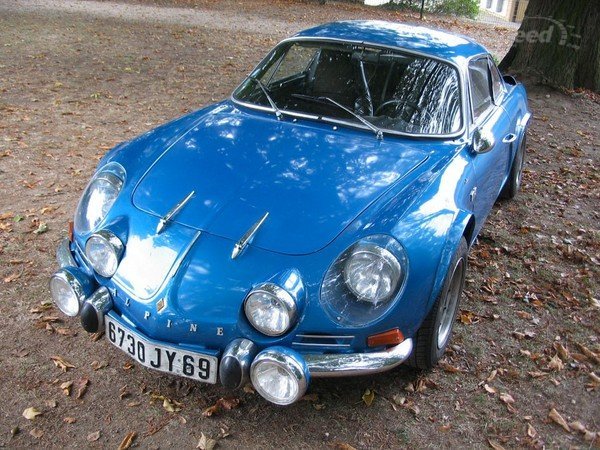
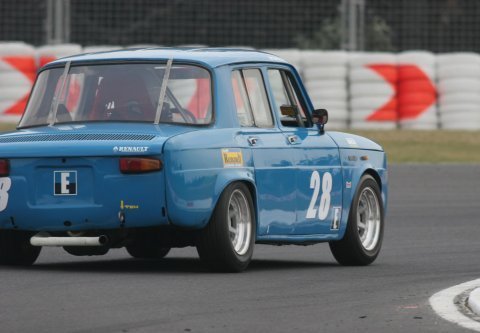
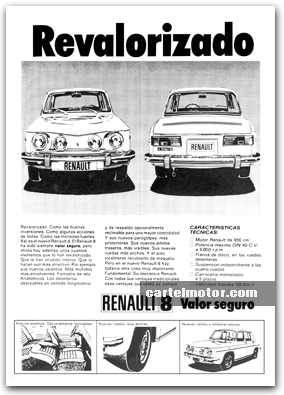
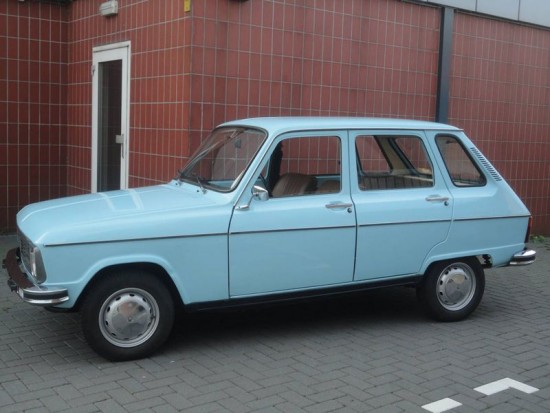
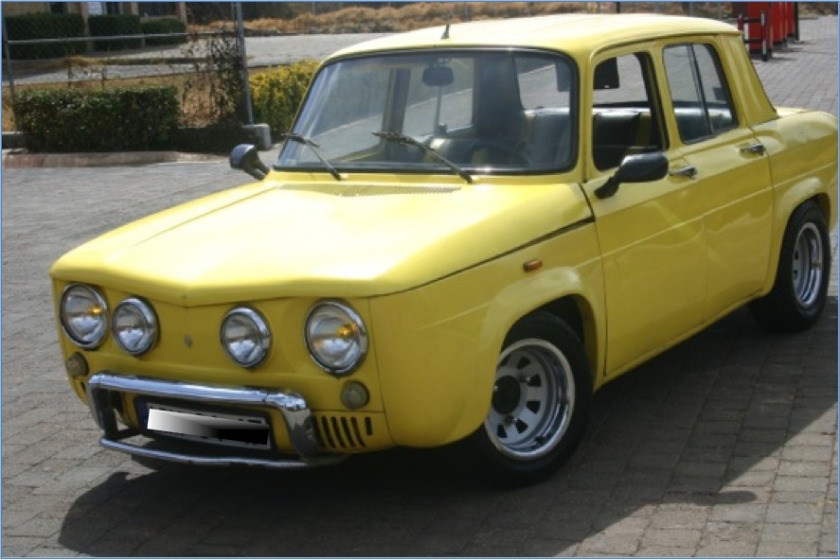
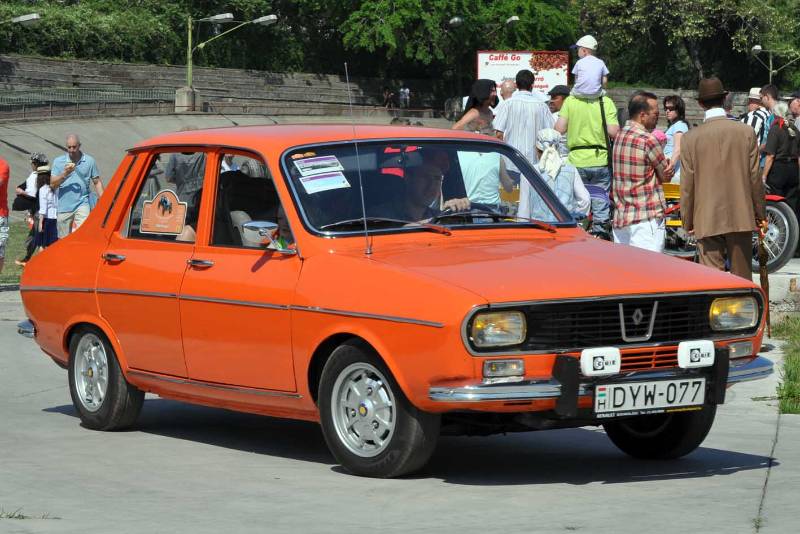
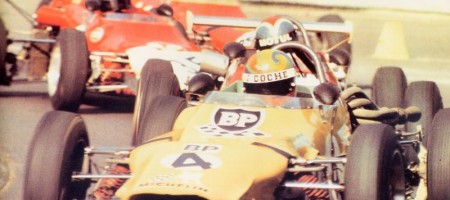
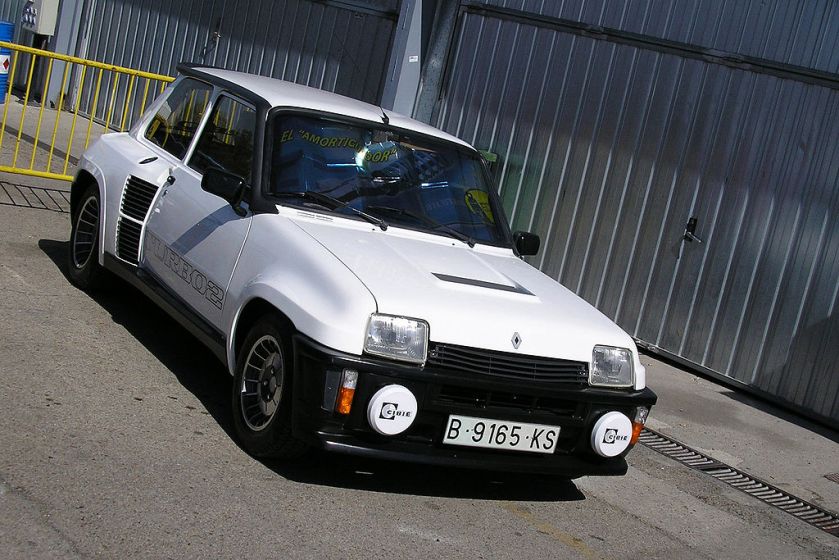
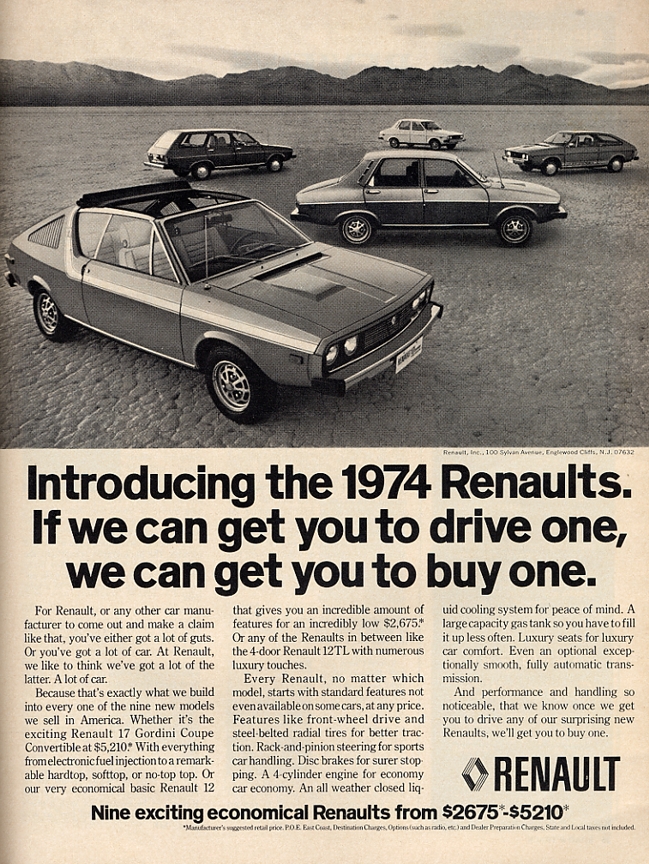
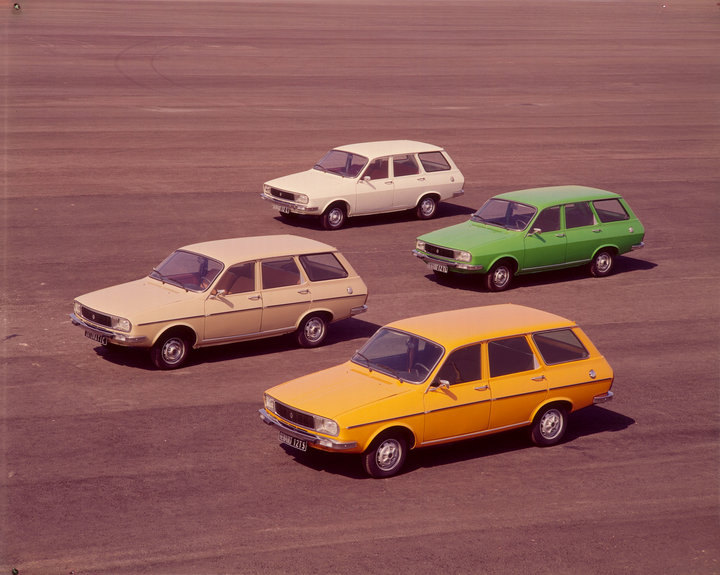
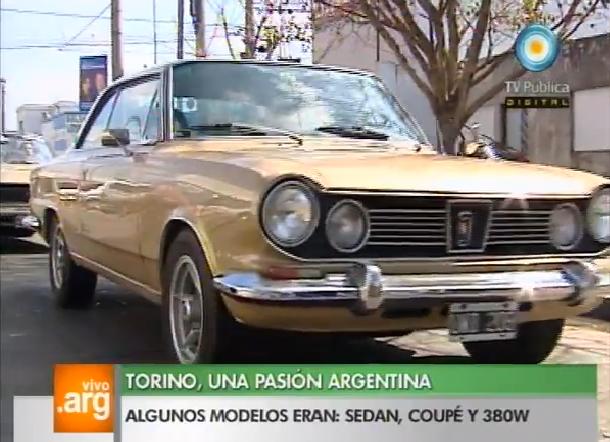
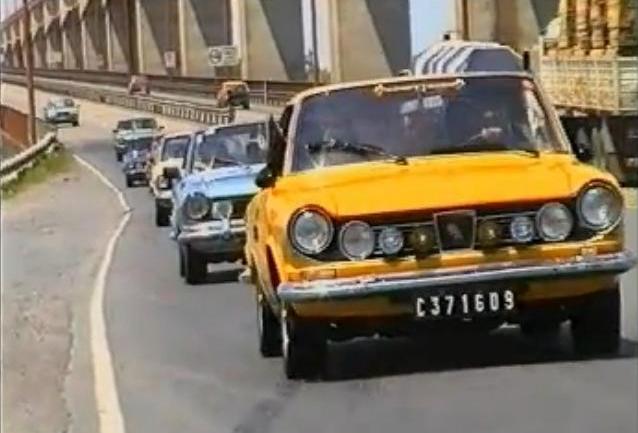
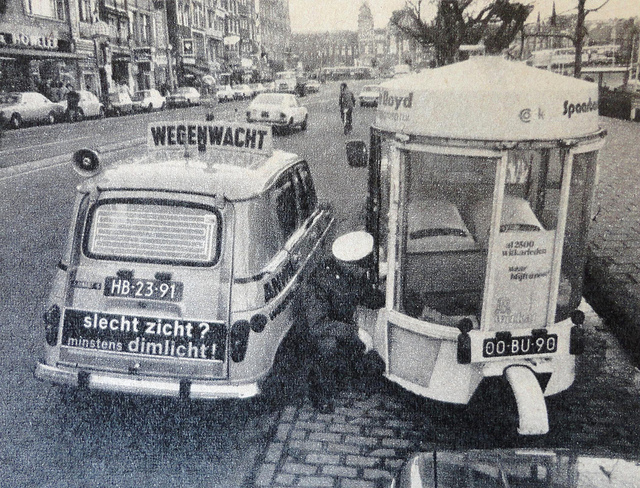

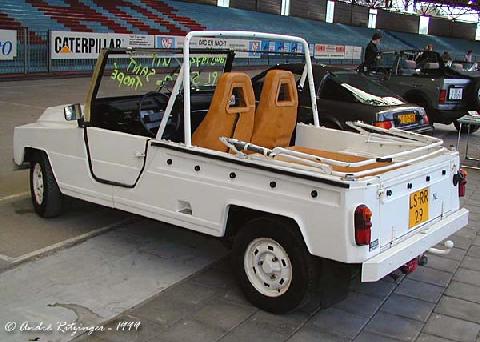
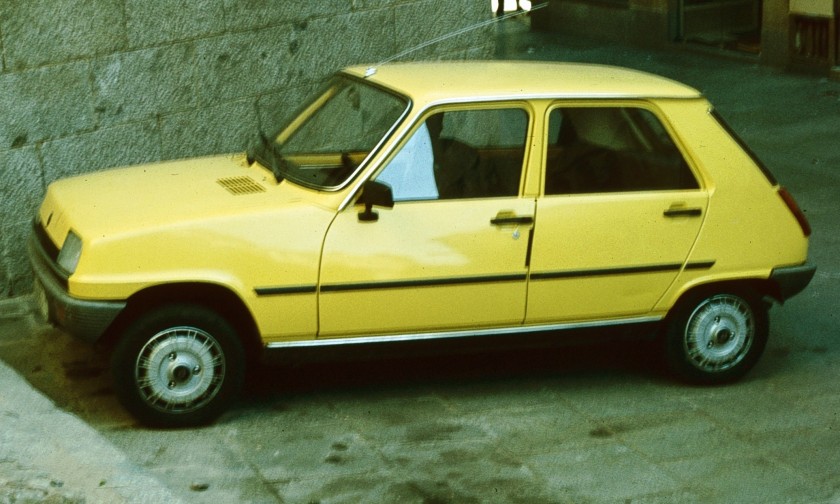
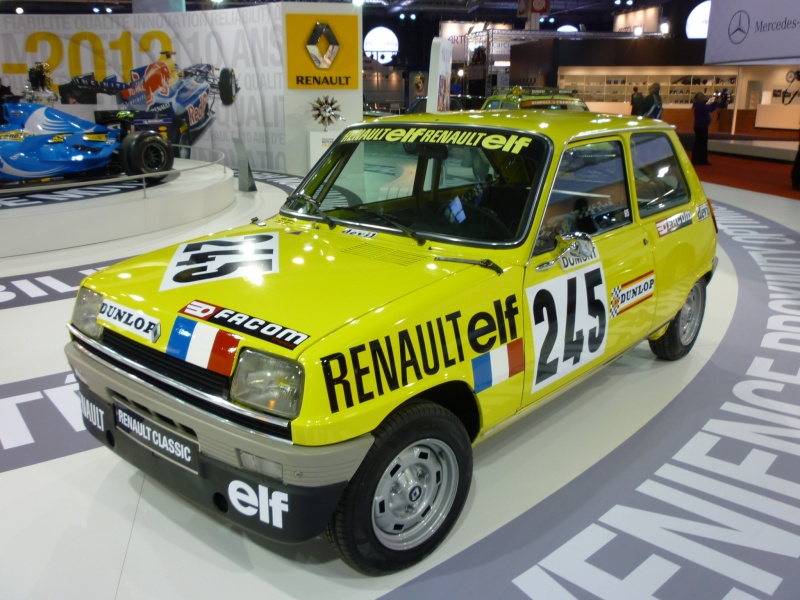
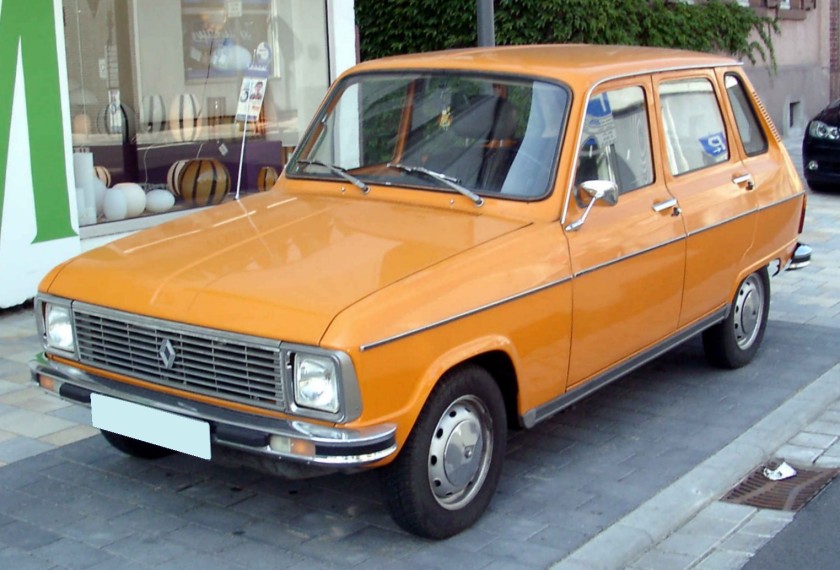
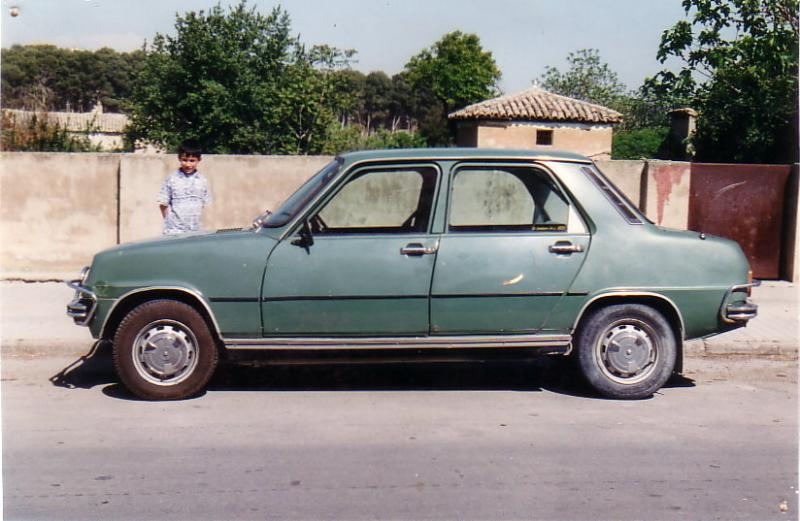
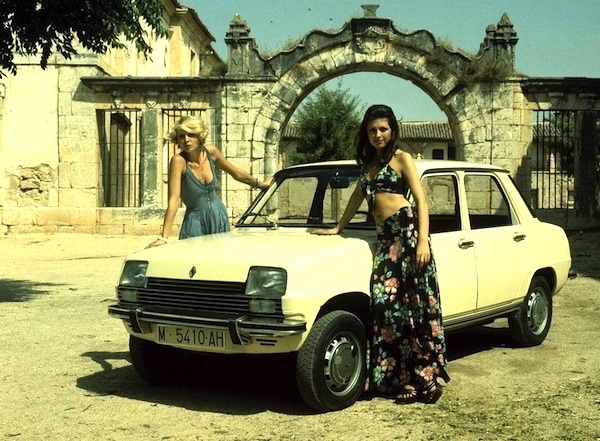
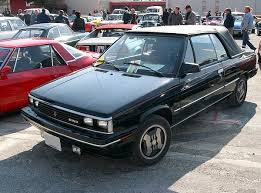
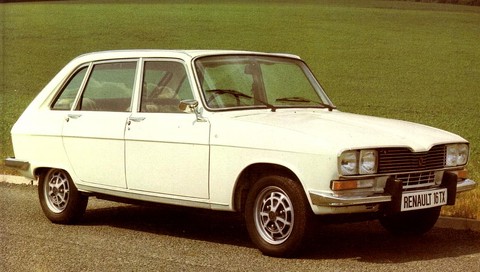
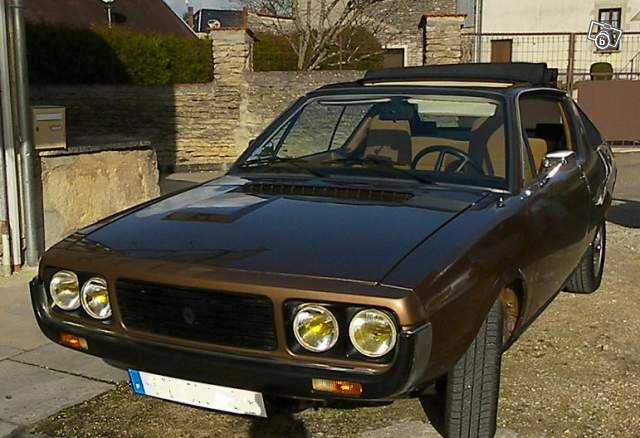
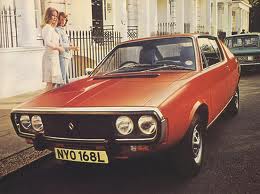
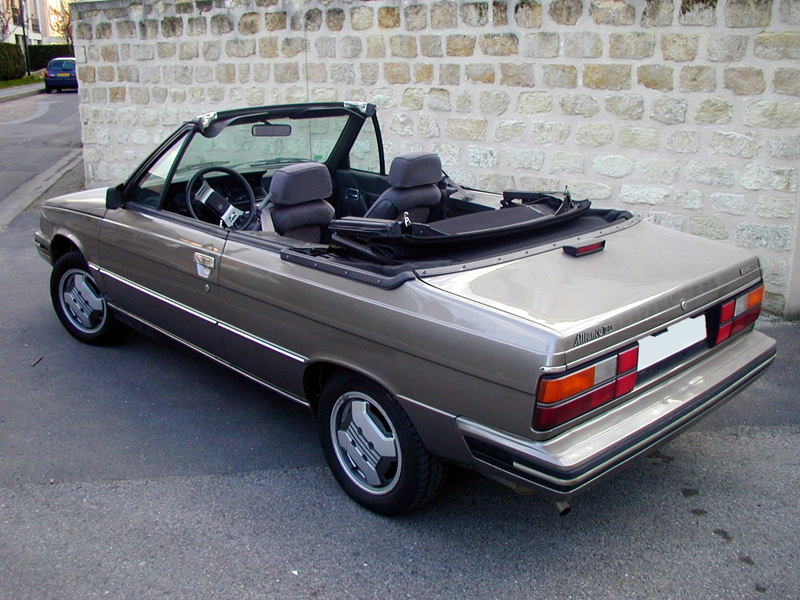
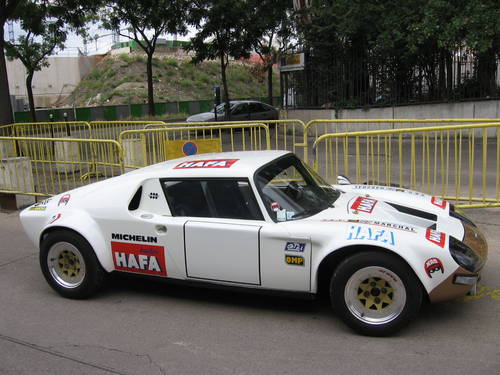
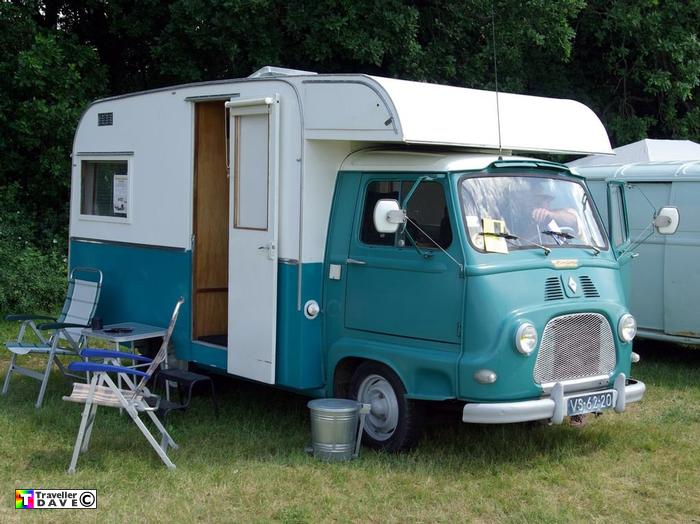
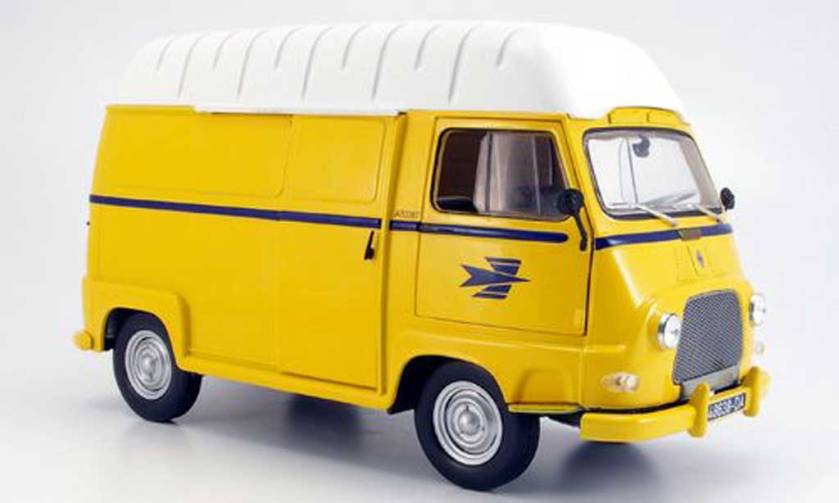
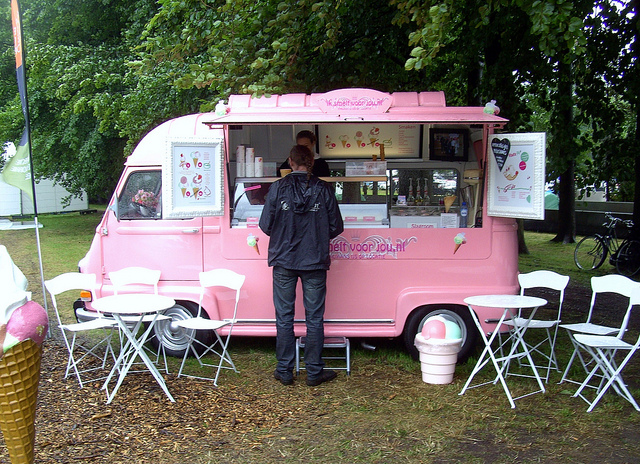
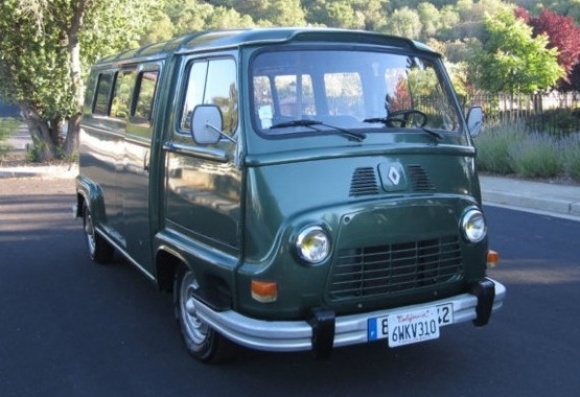
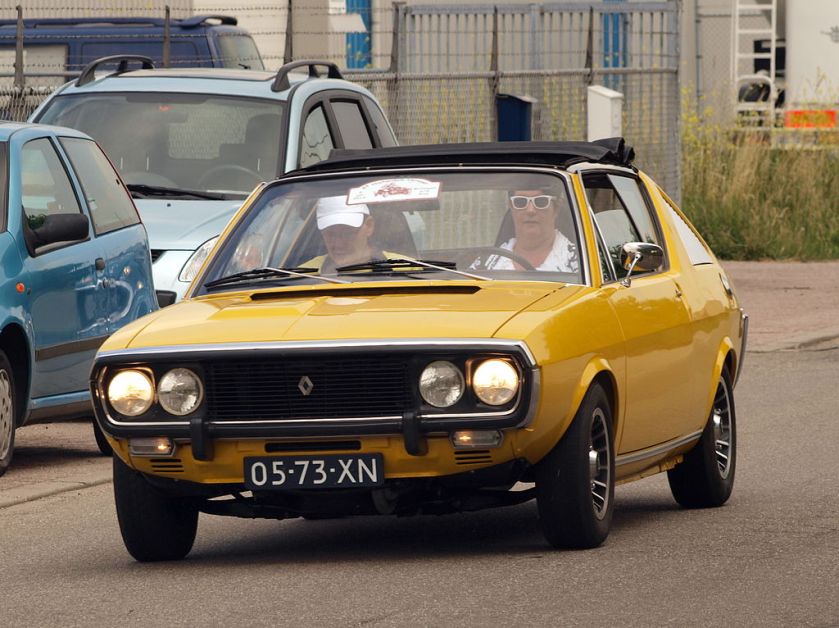
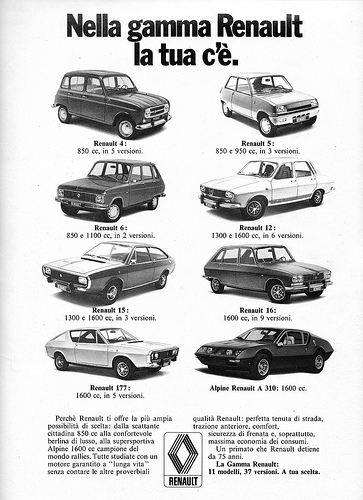
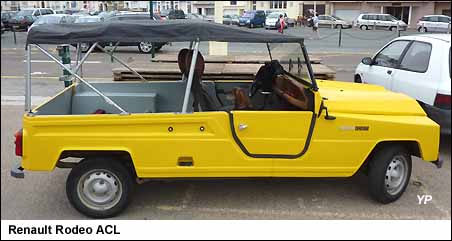
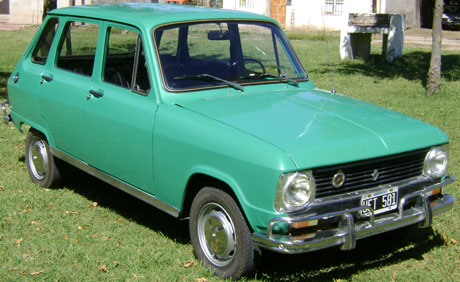
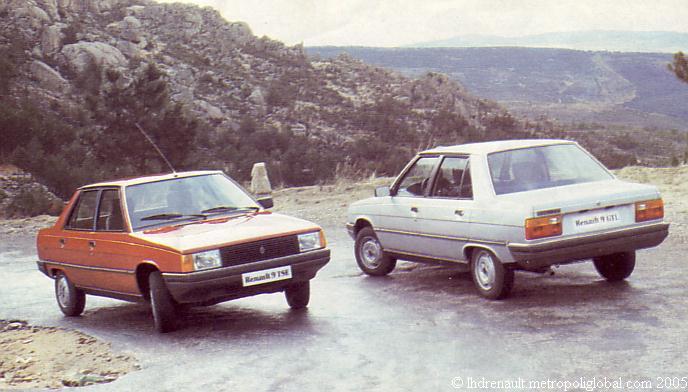
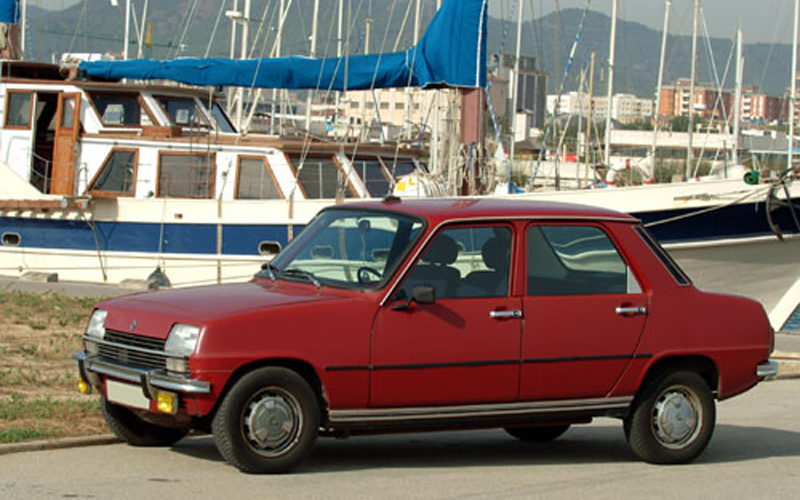

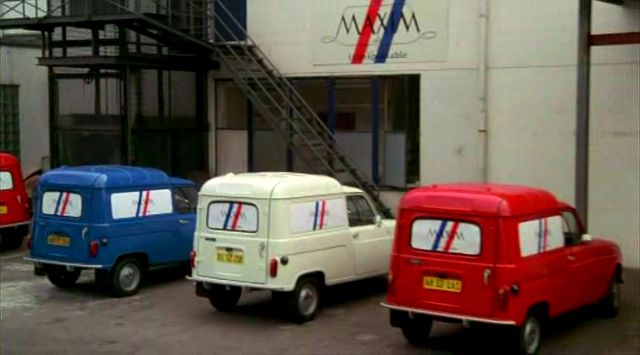
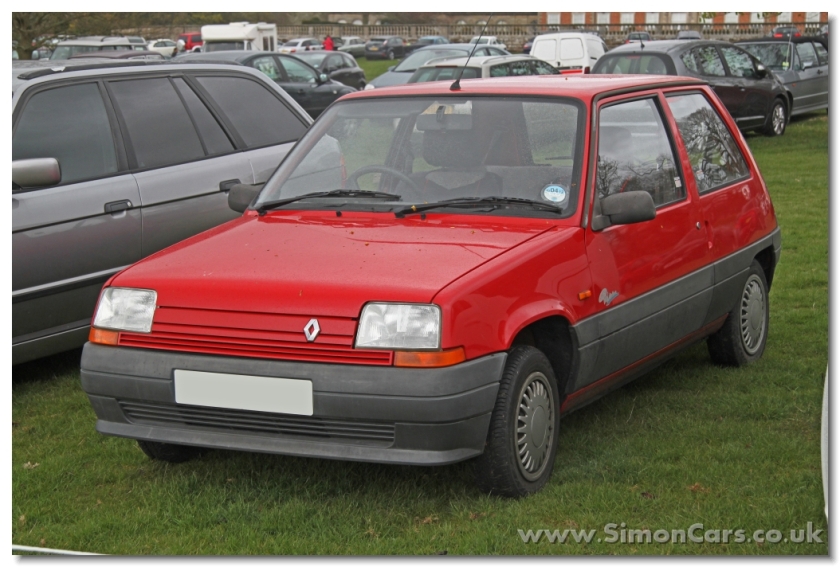
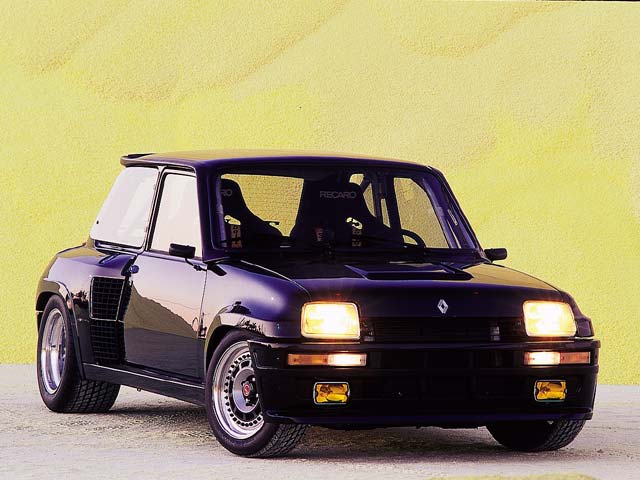
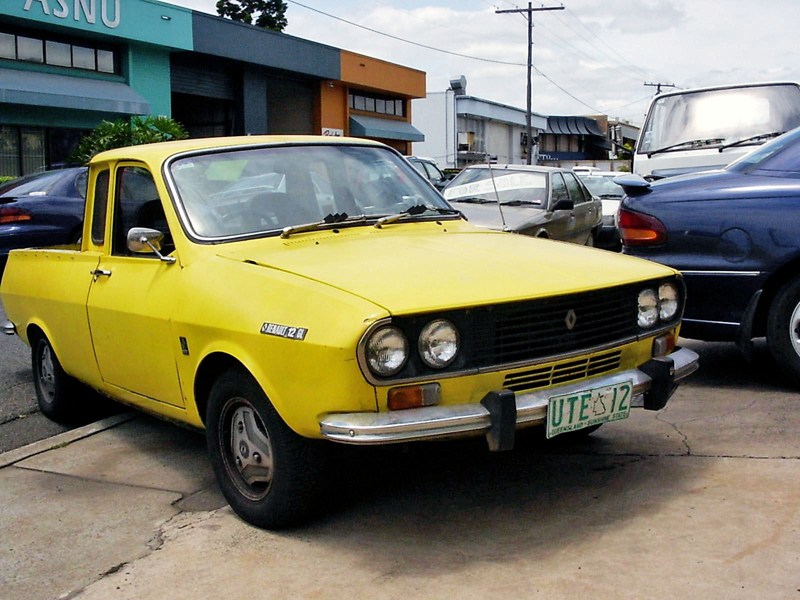
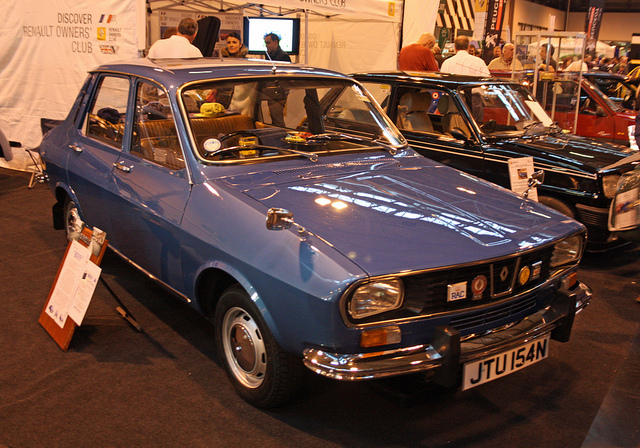
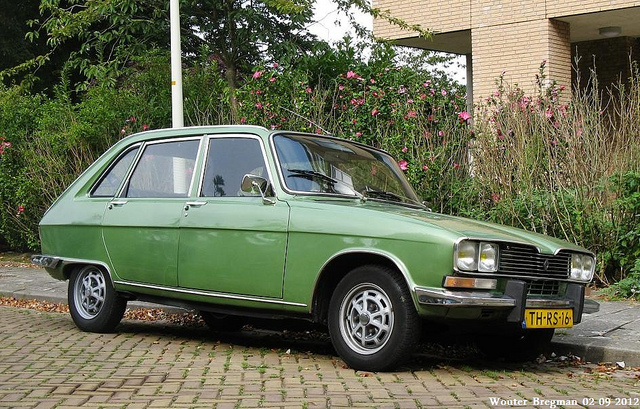
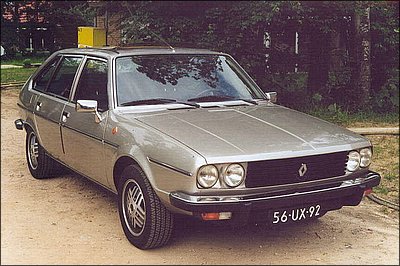
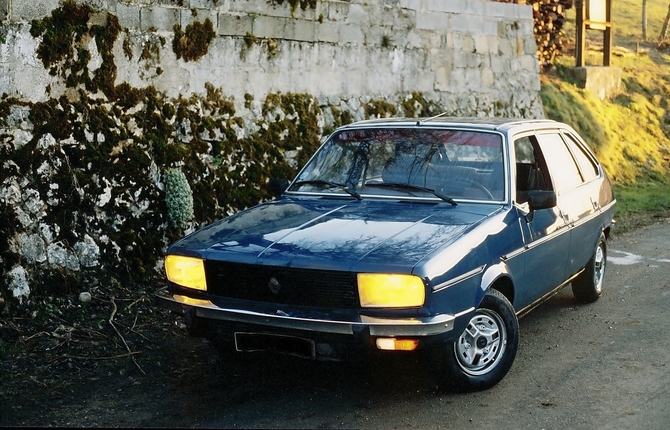
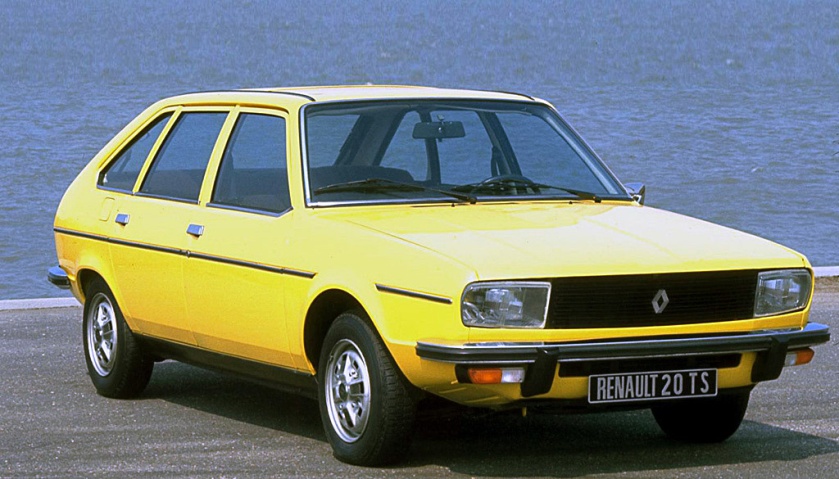
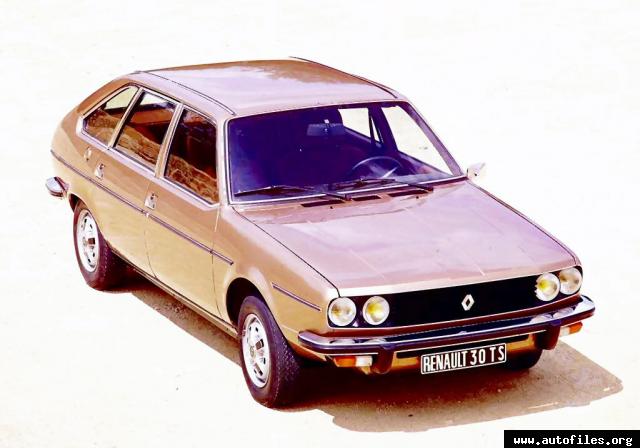
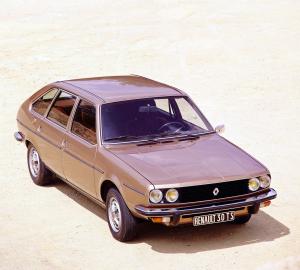
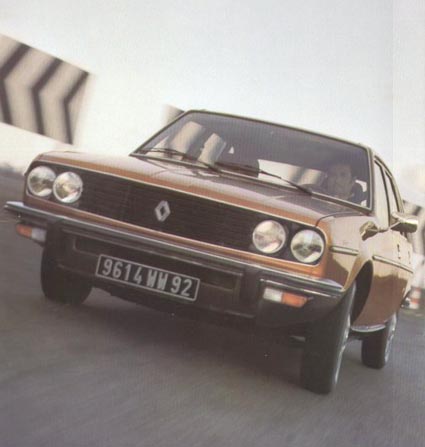
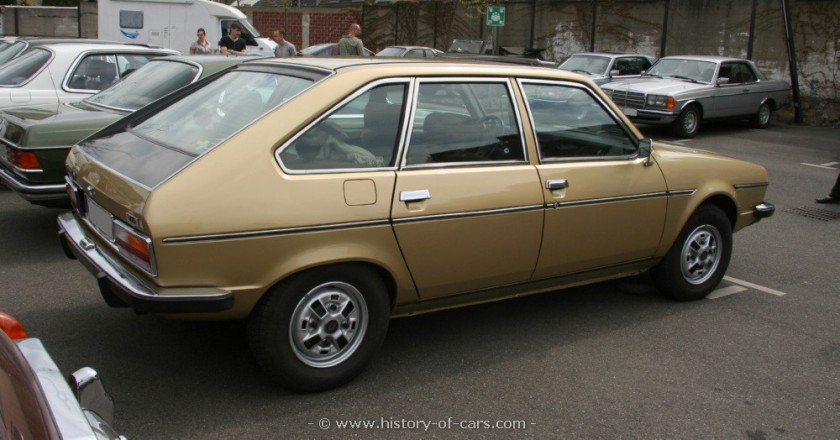

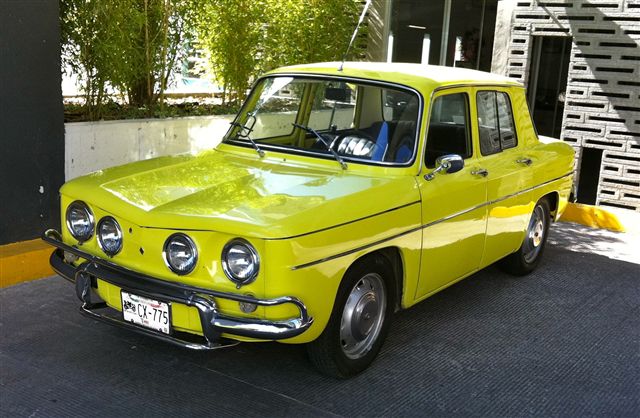
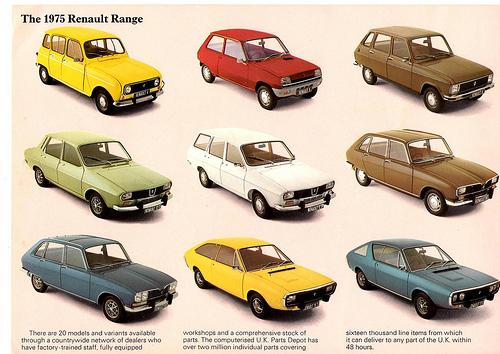
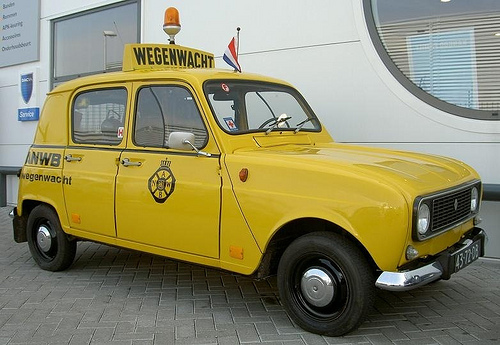
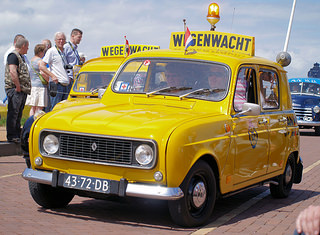
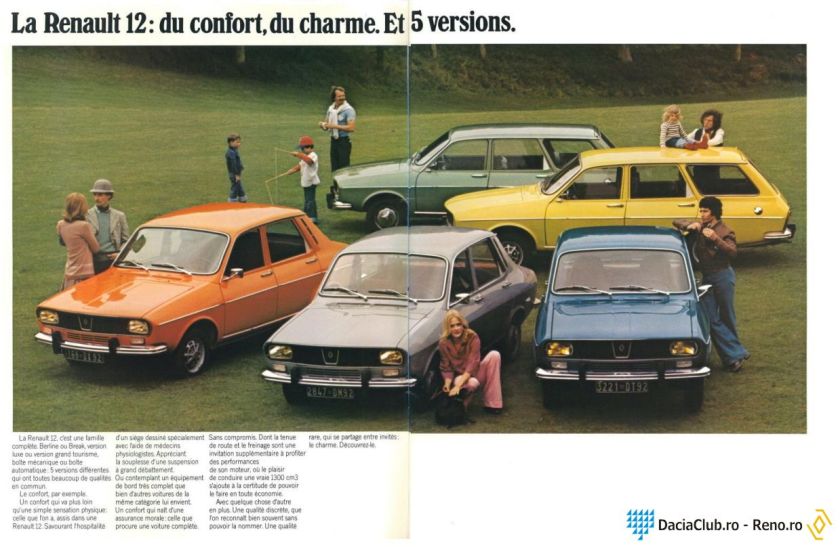
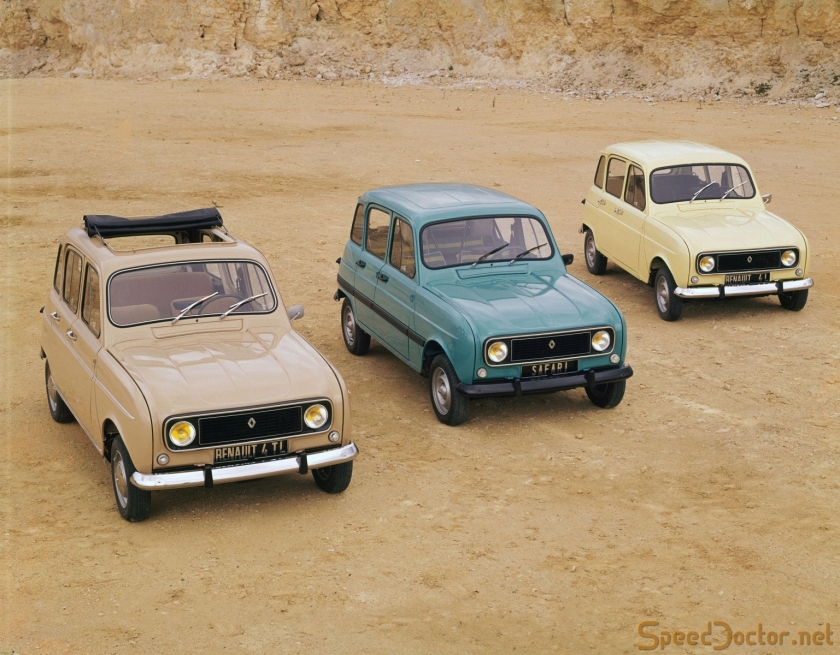
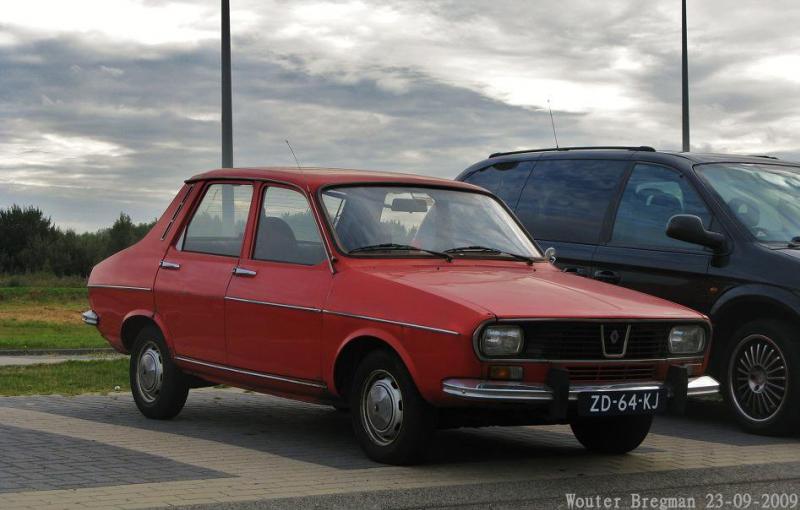
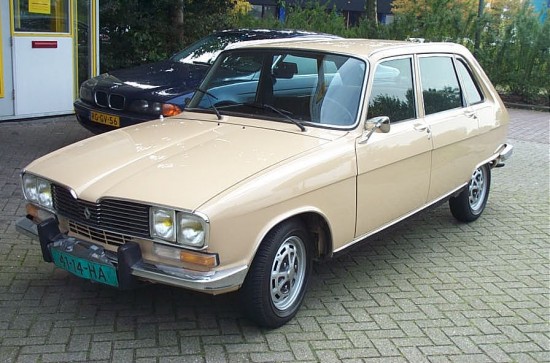
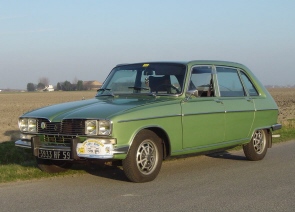
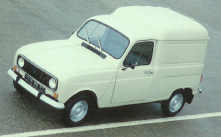
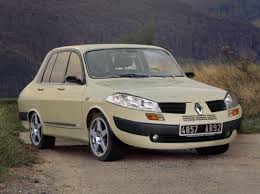
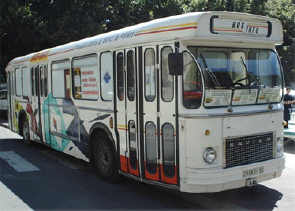
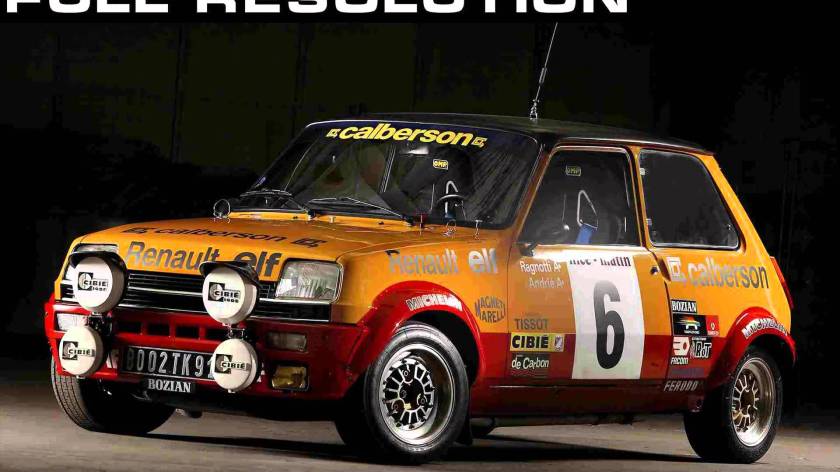
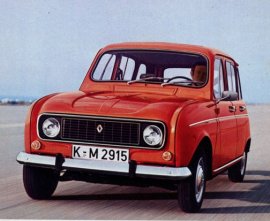
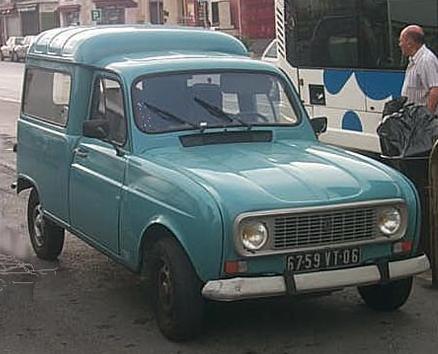
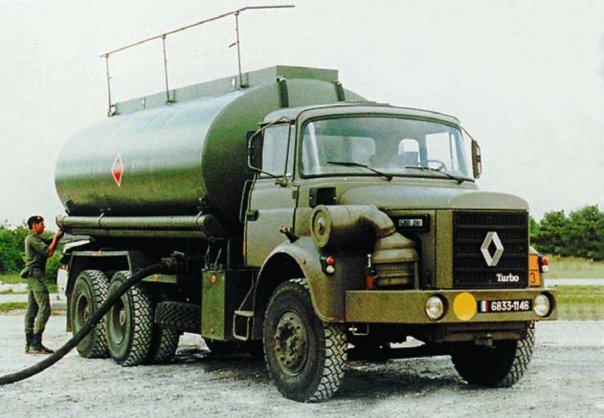
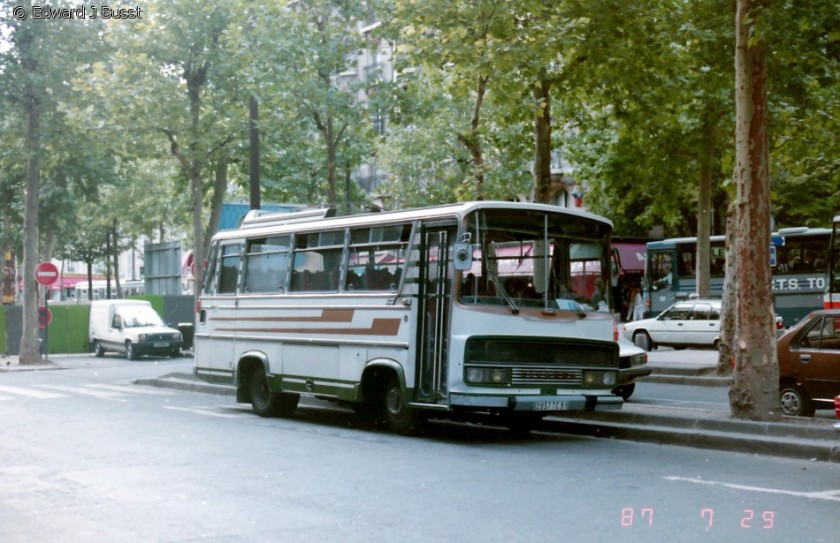
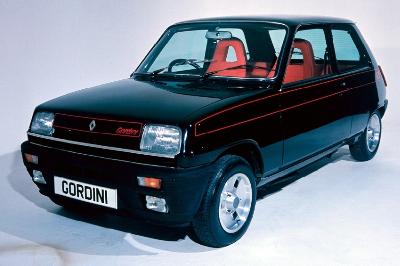
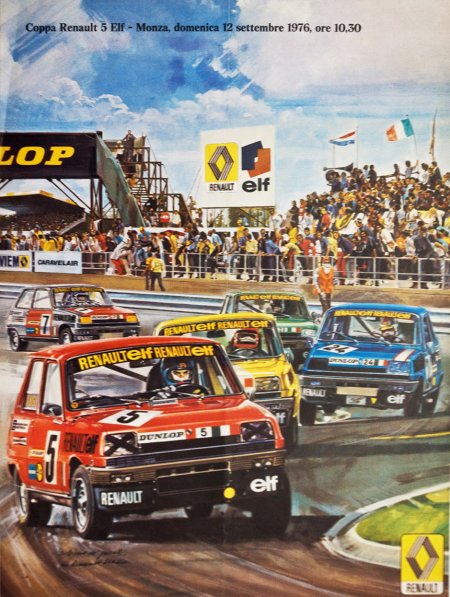
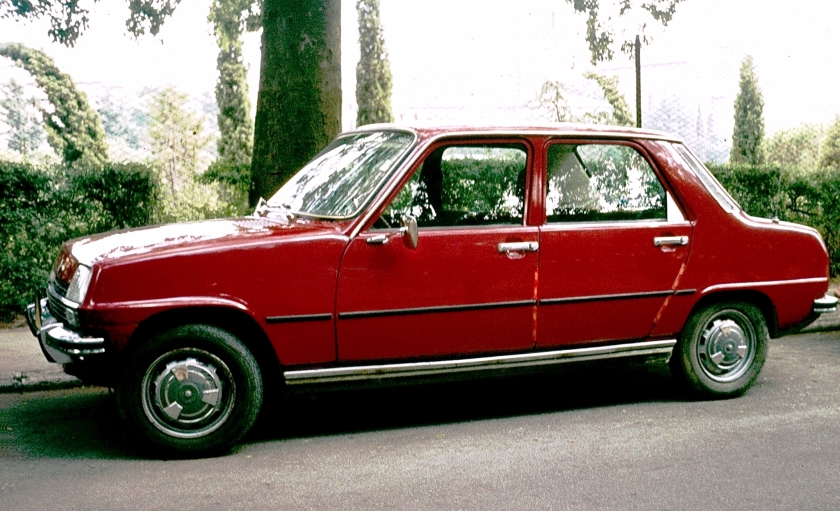

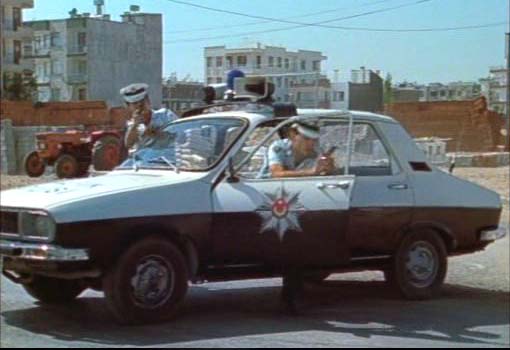
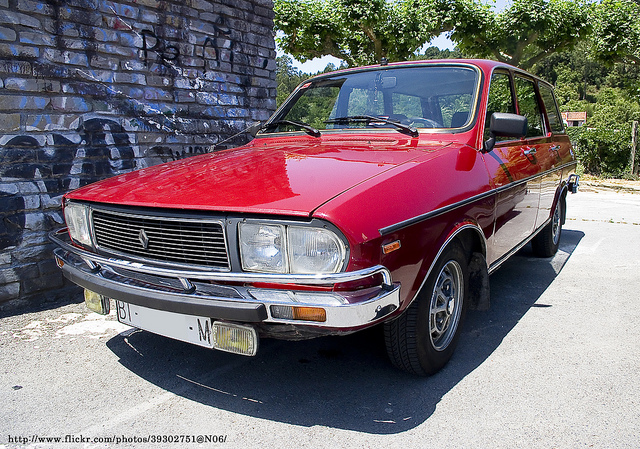
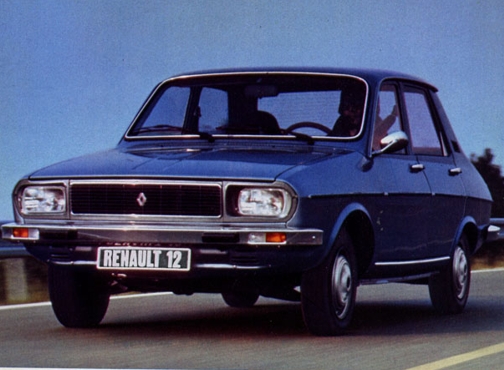
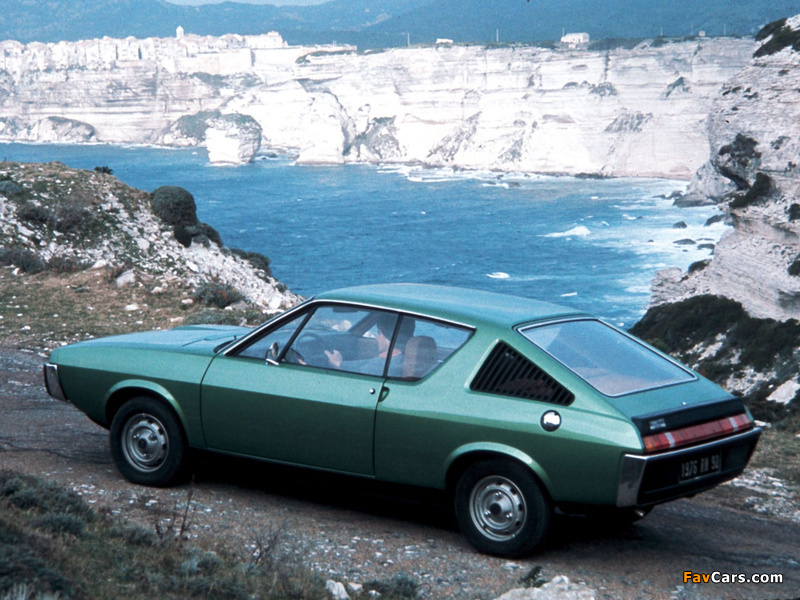

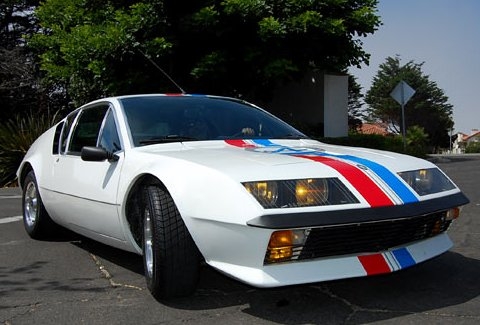
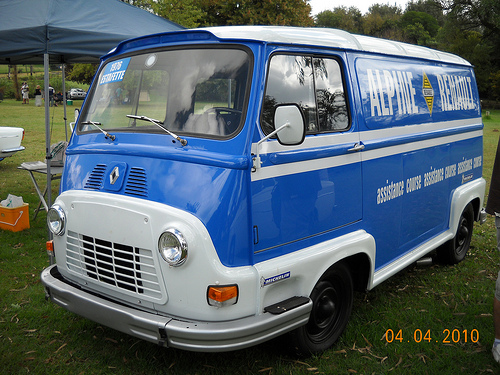
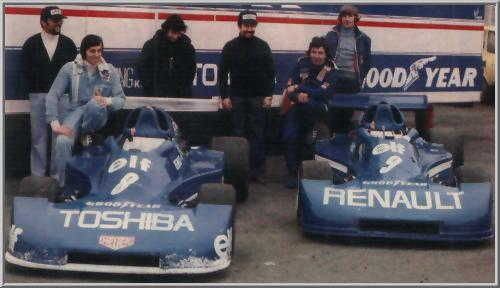
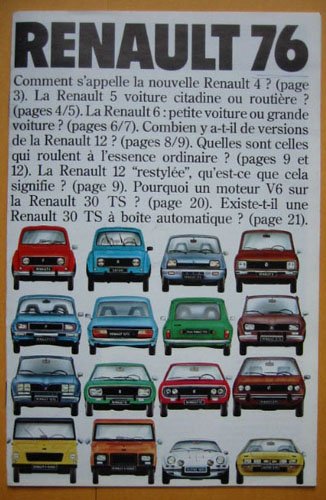
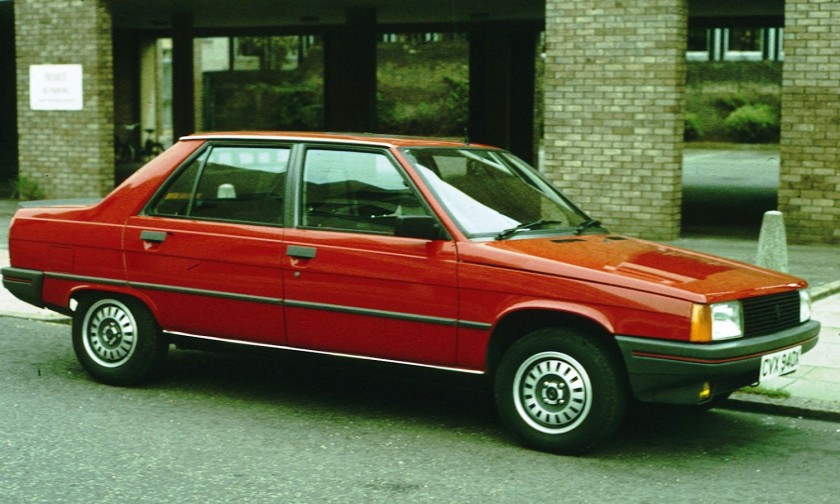
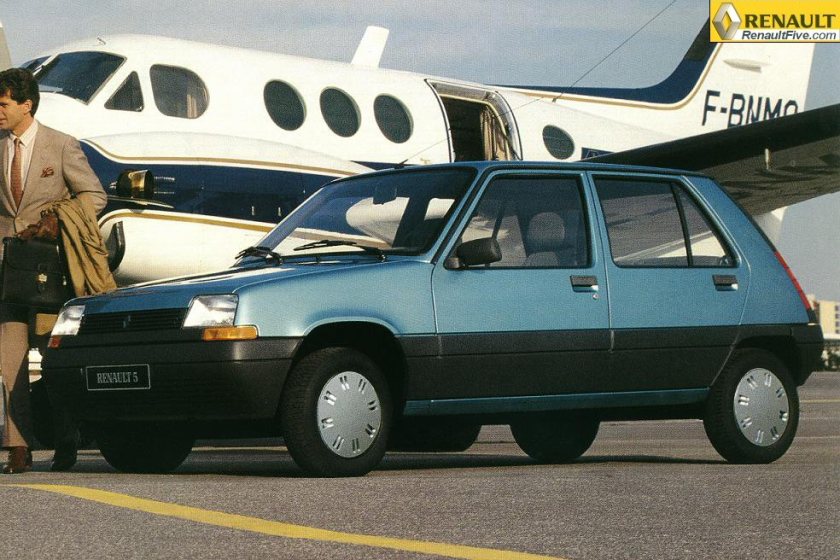
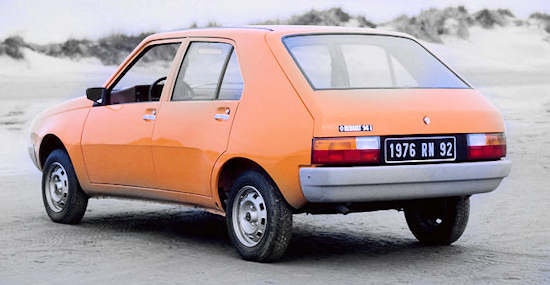
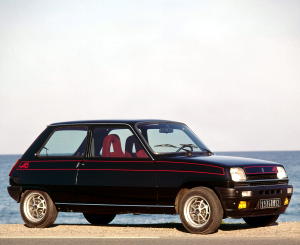
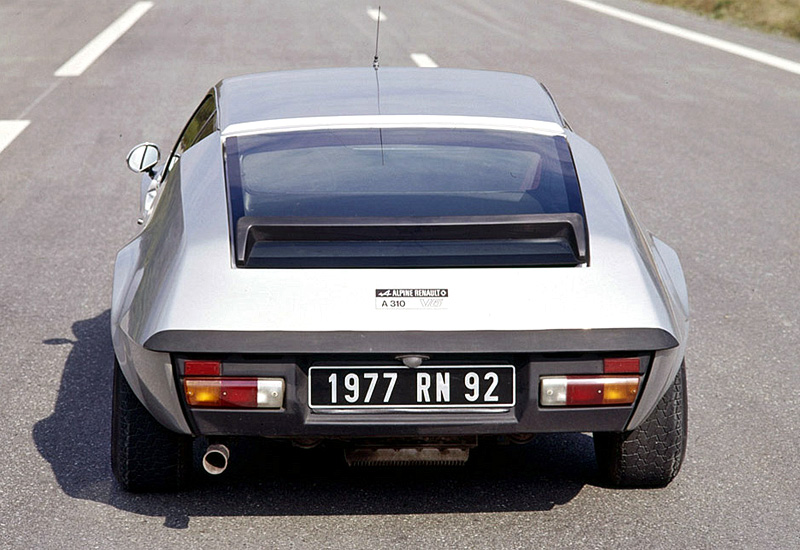
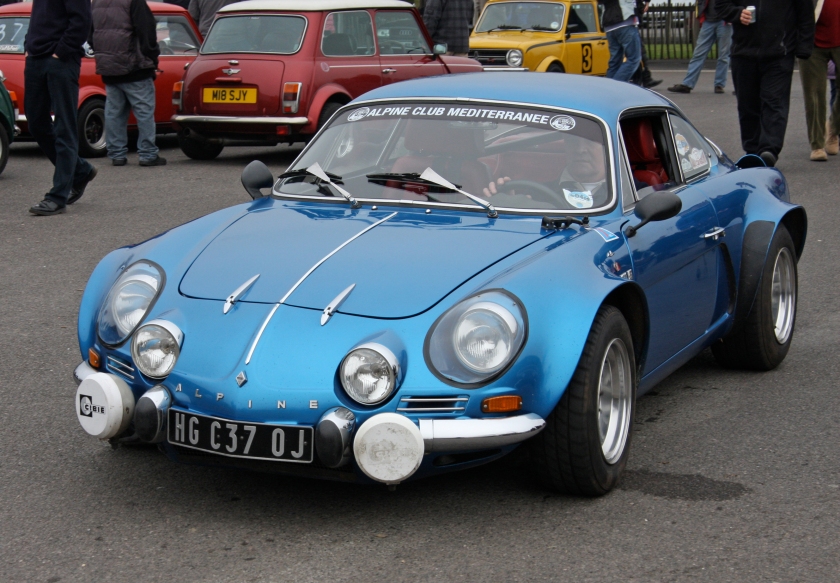
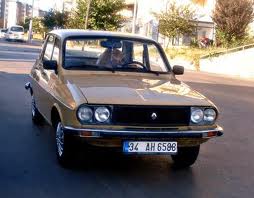
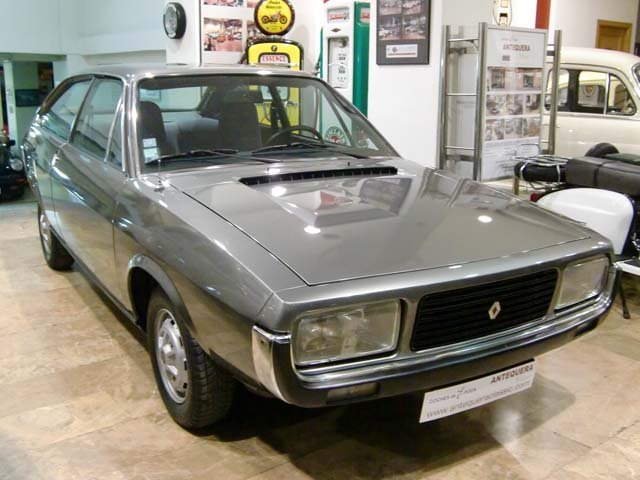
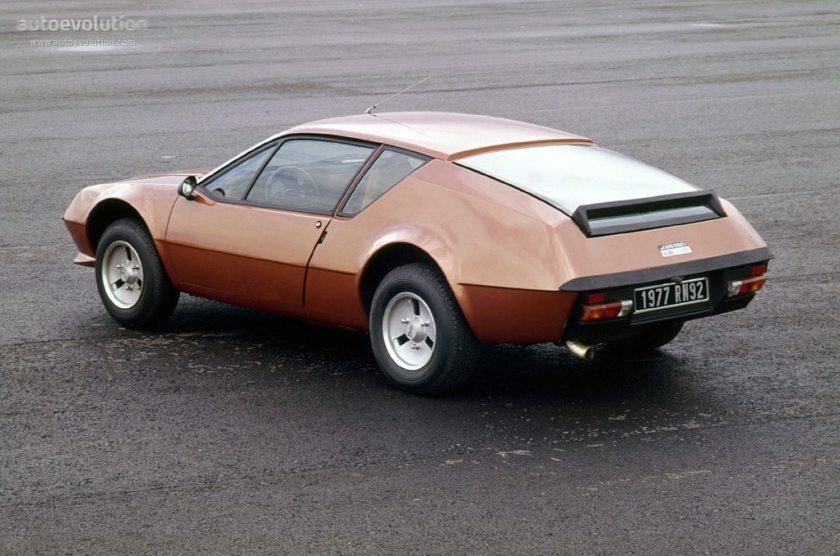
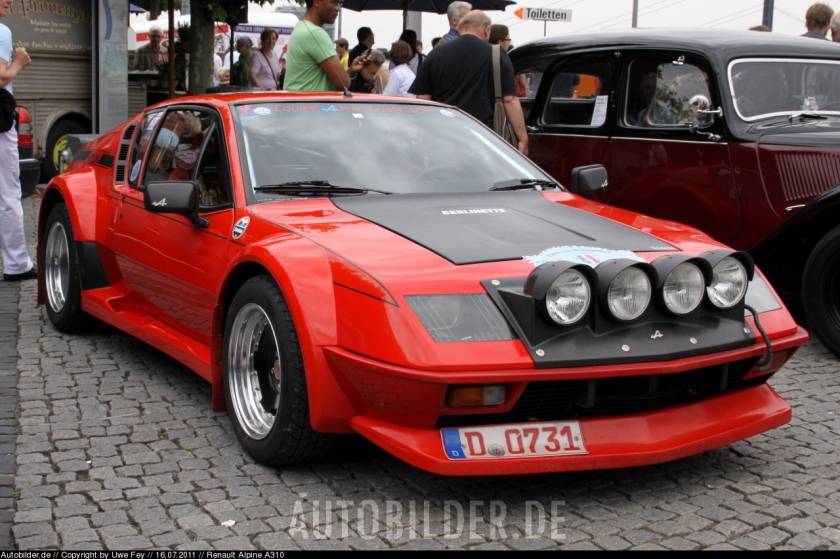
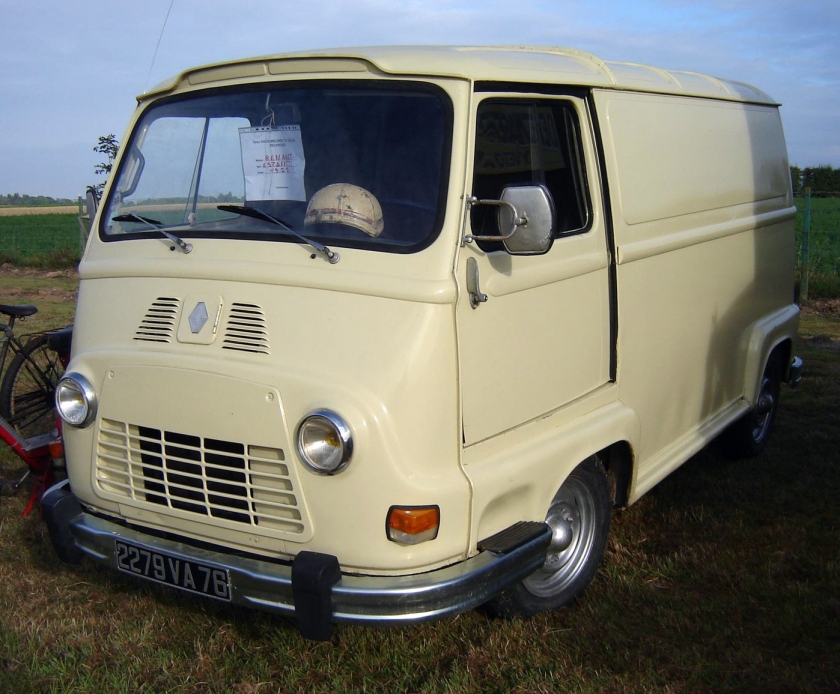
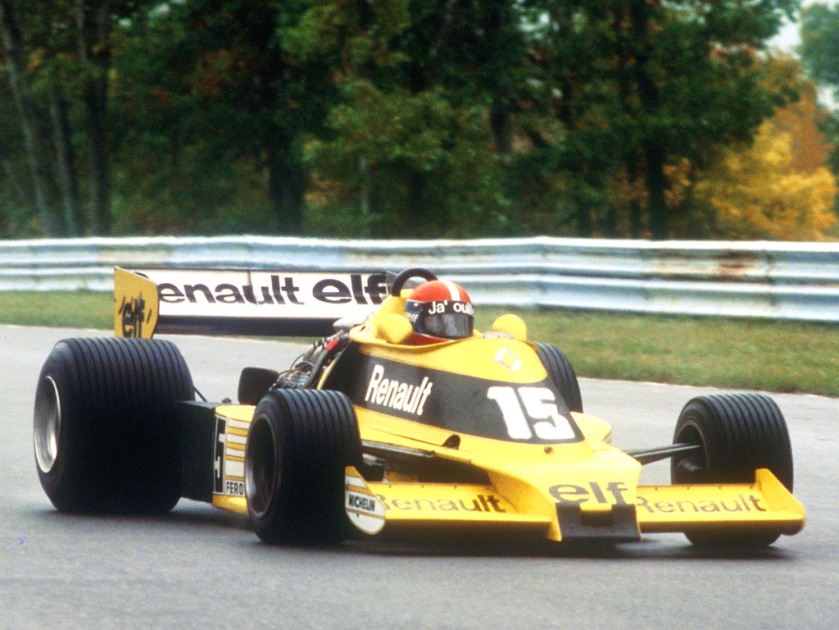
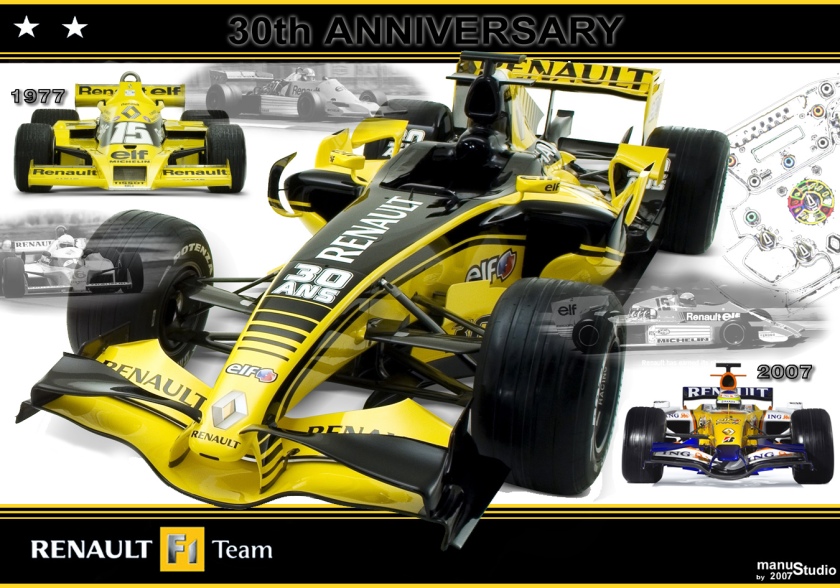
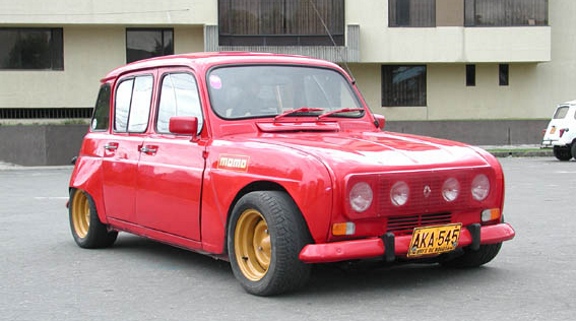
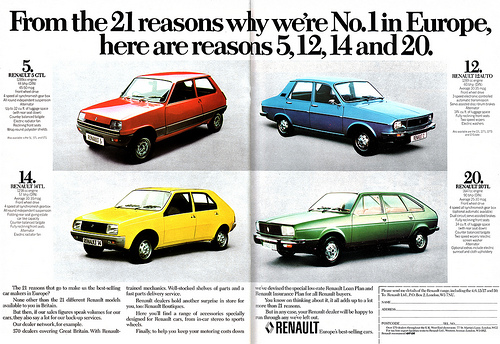
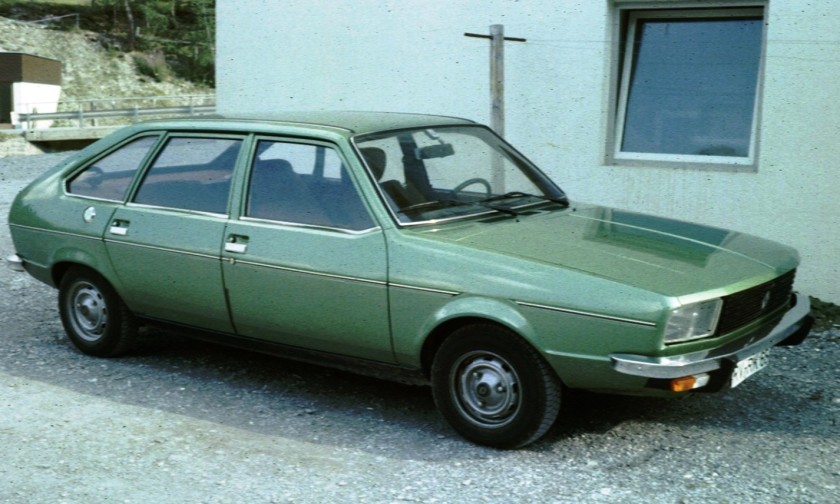
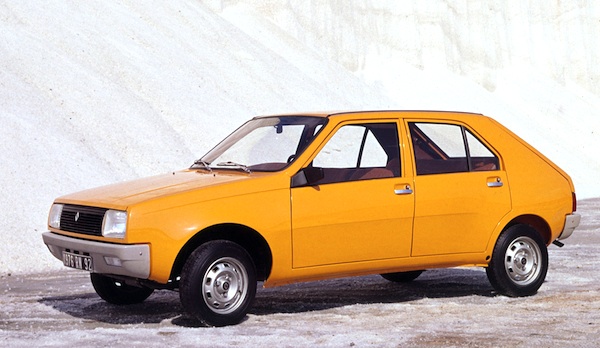
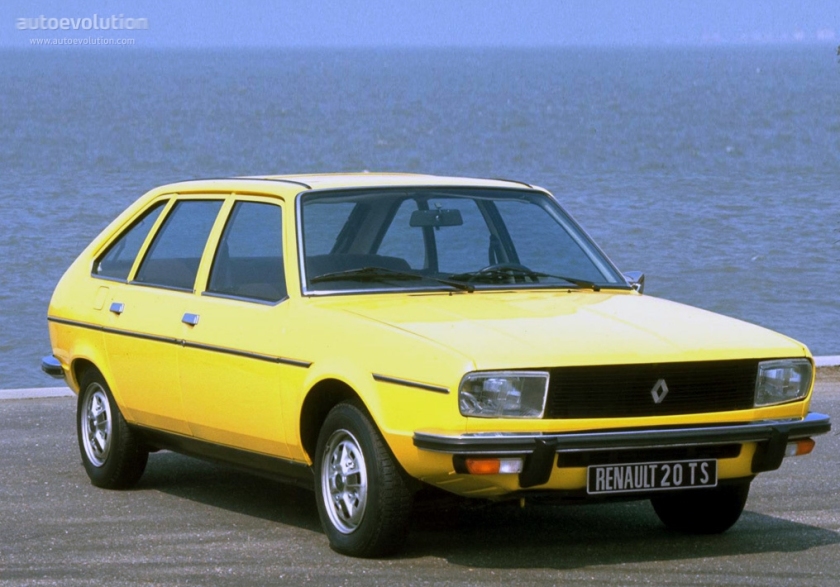
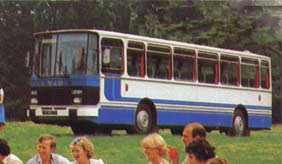
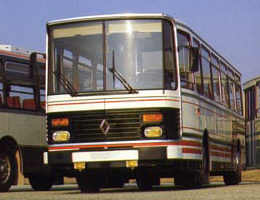
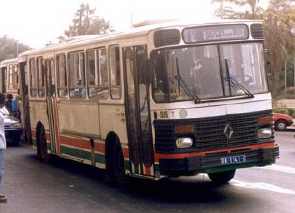

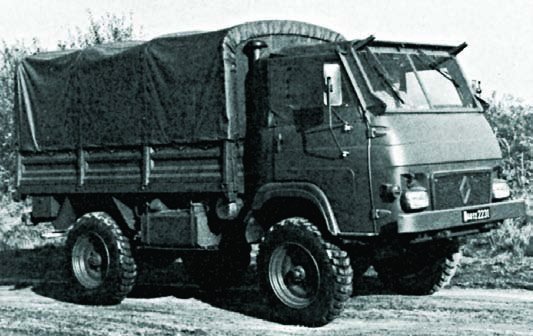
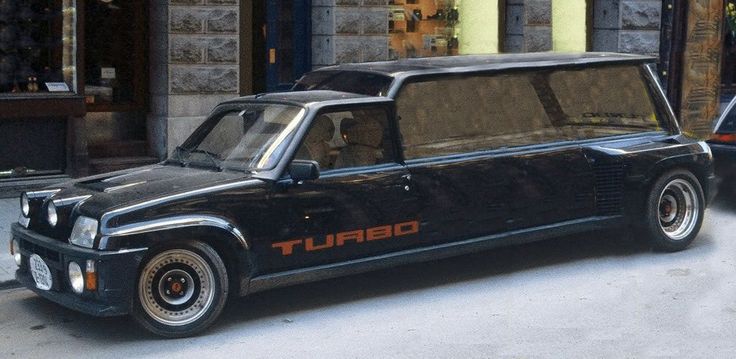
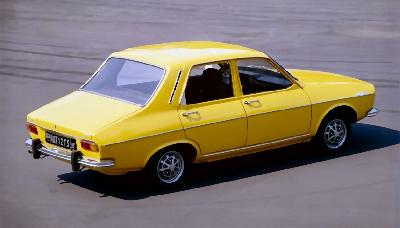
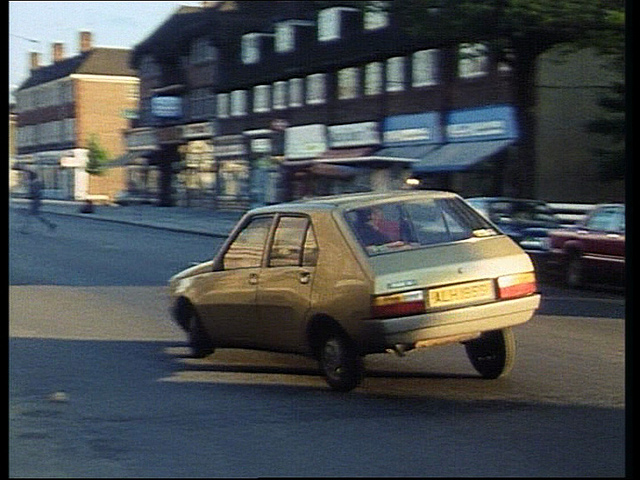

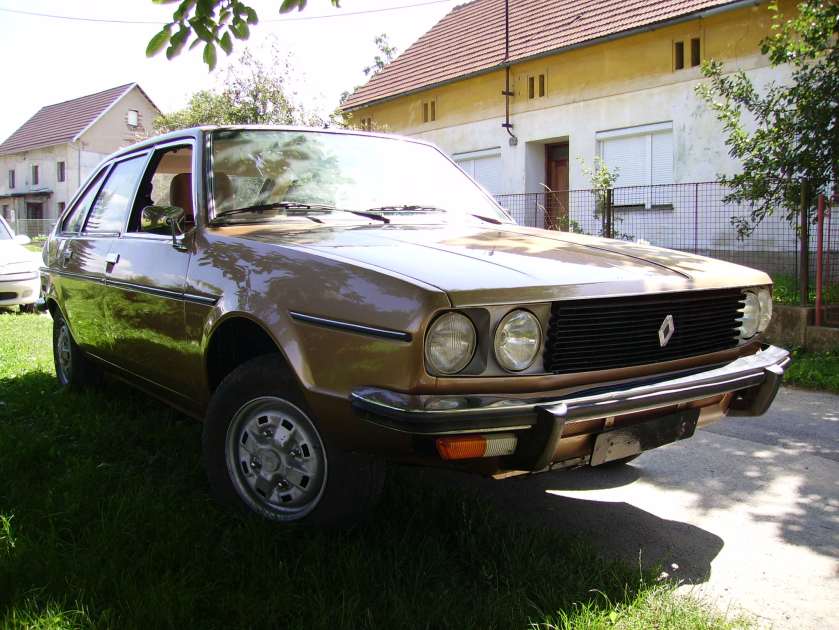
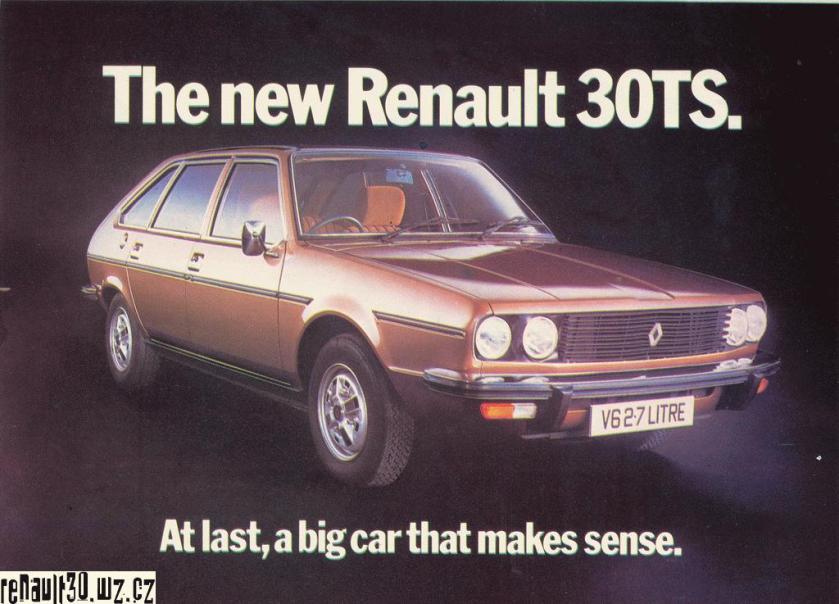
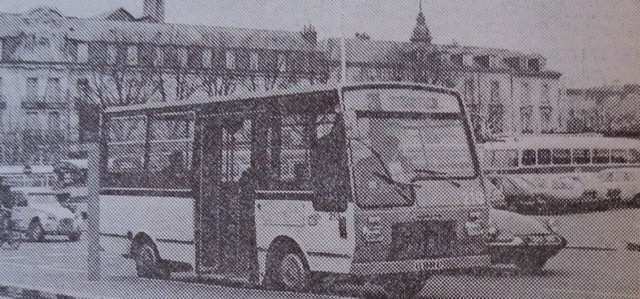
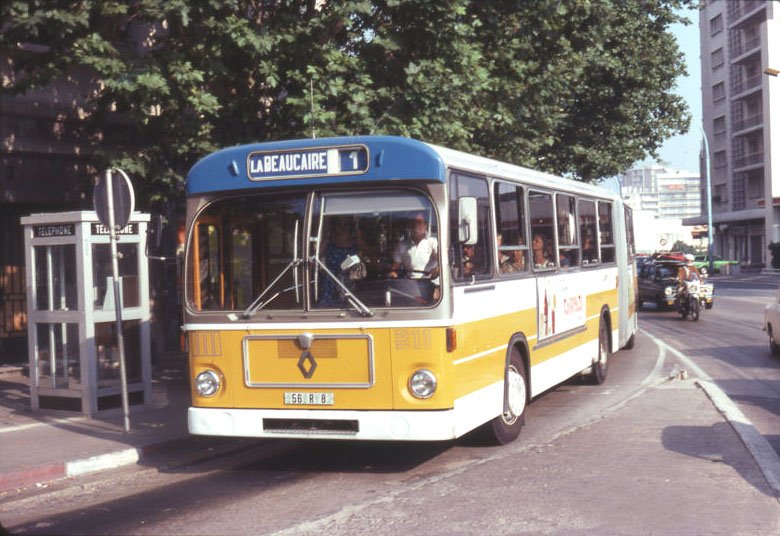
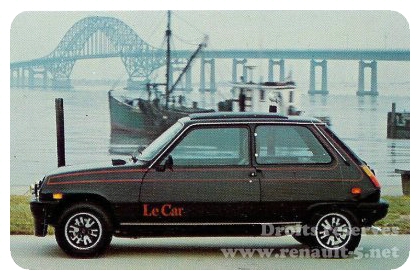
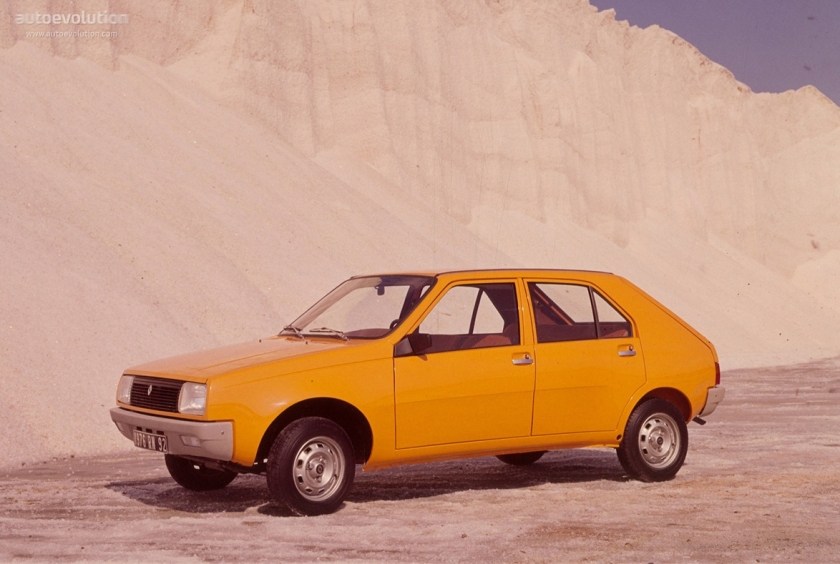
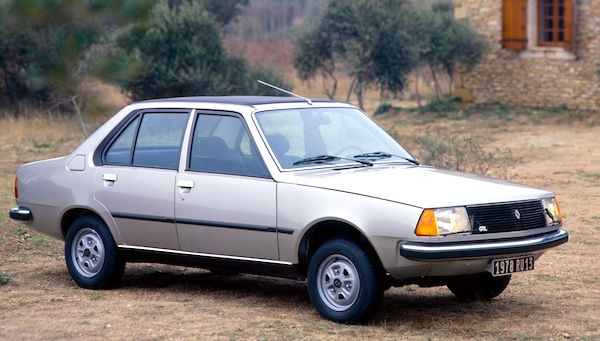
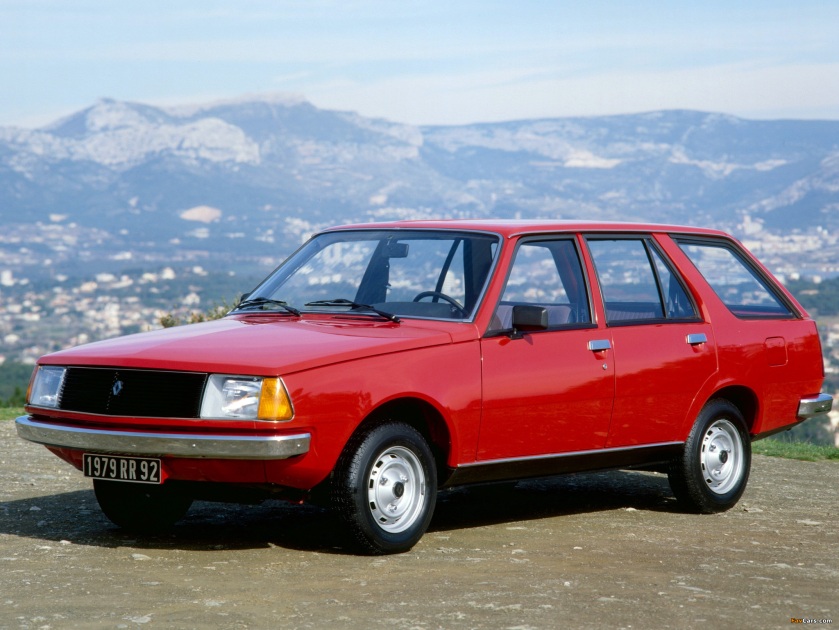
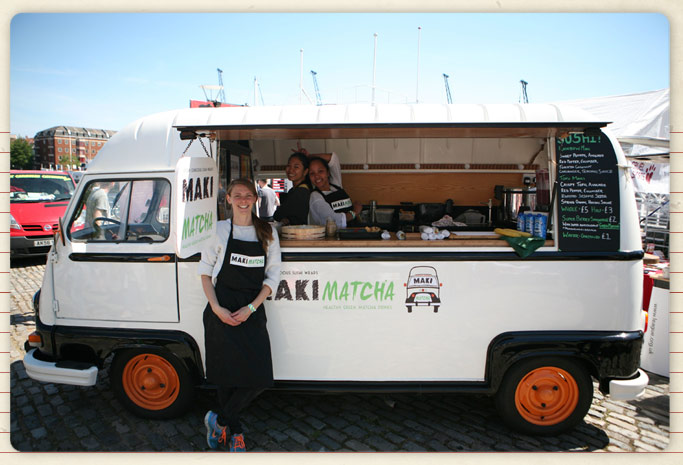
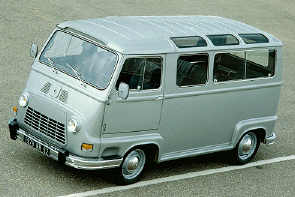
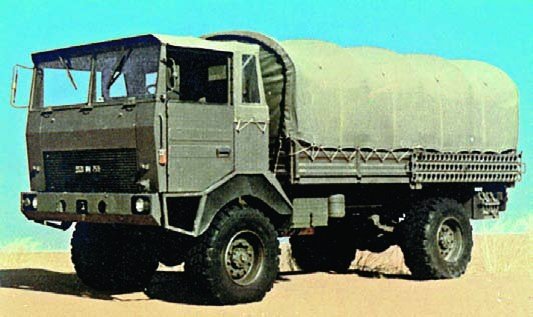
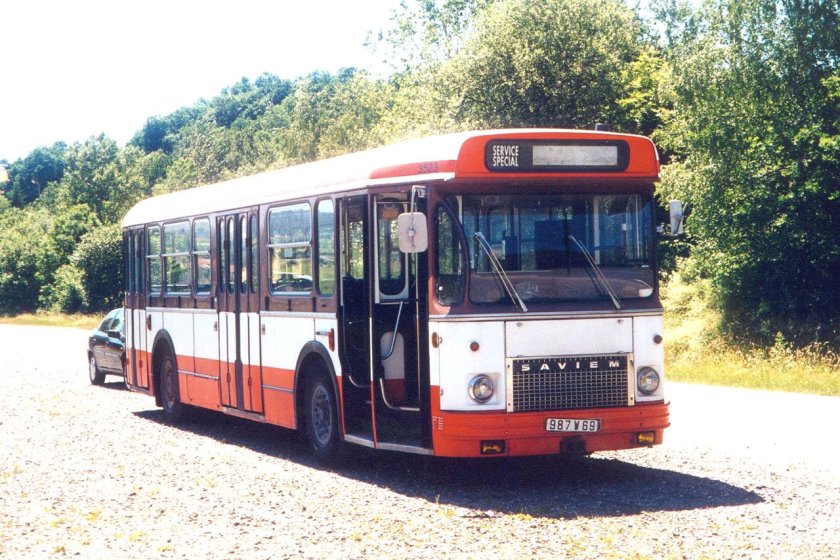
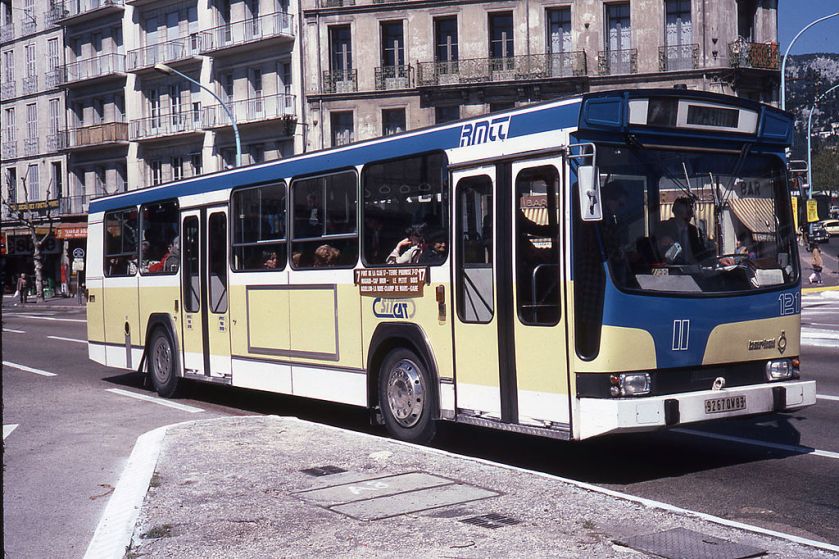
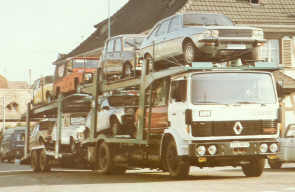
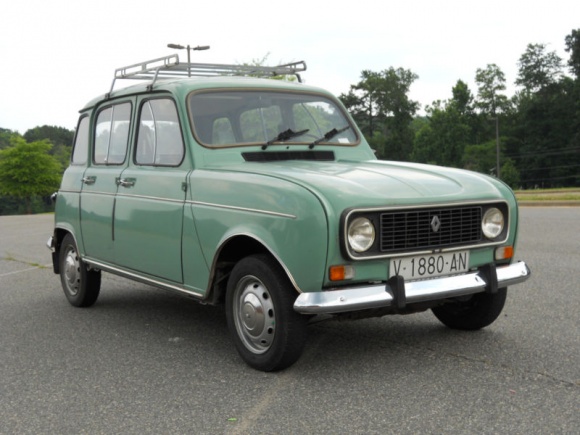
![1980 Renault 14 TS [R1212]](https://myntransportblog.wordpress.com/wp-content/uploads/2014/09/1980-renault-14-ts-r1212.jpg?w=840)
